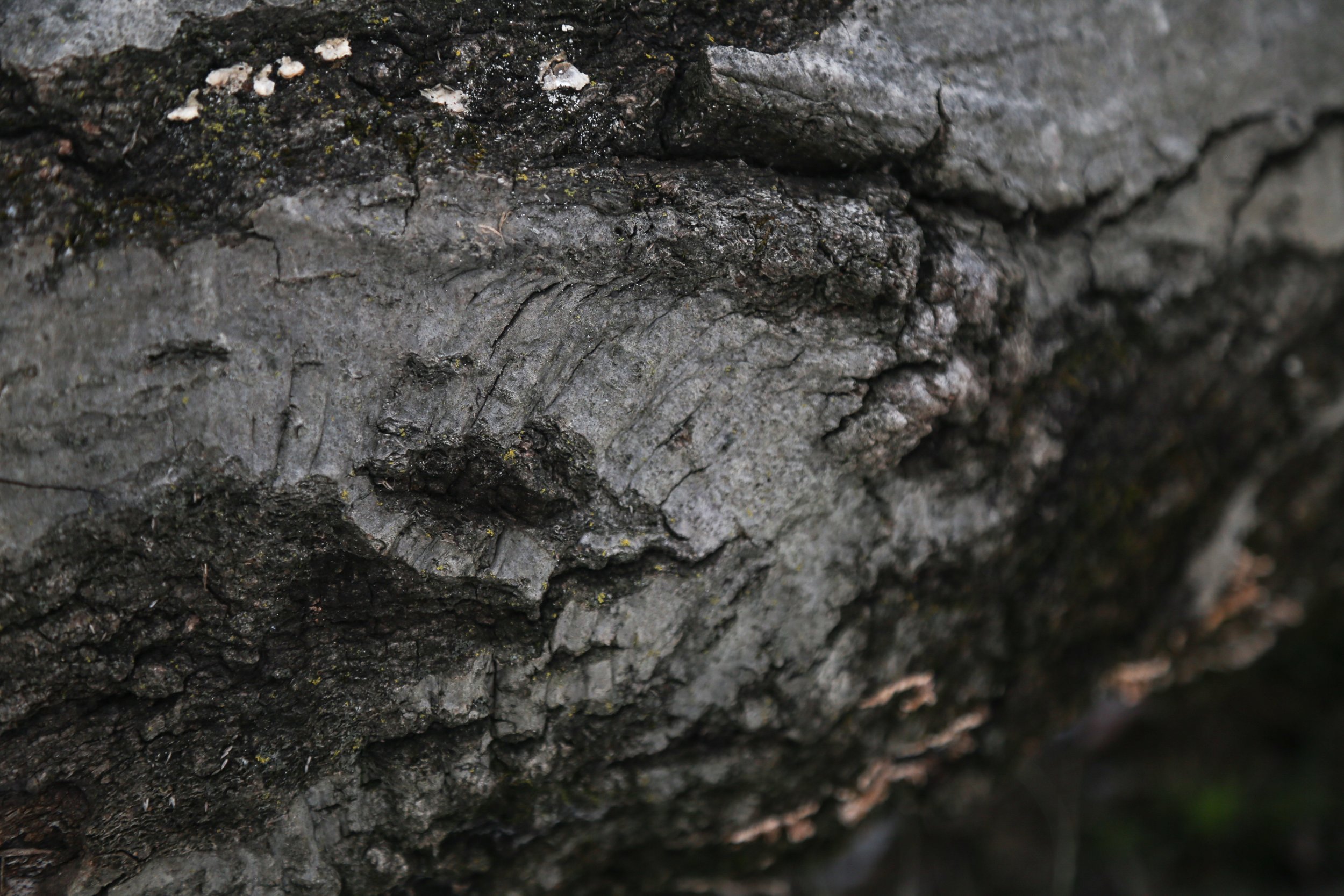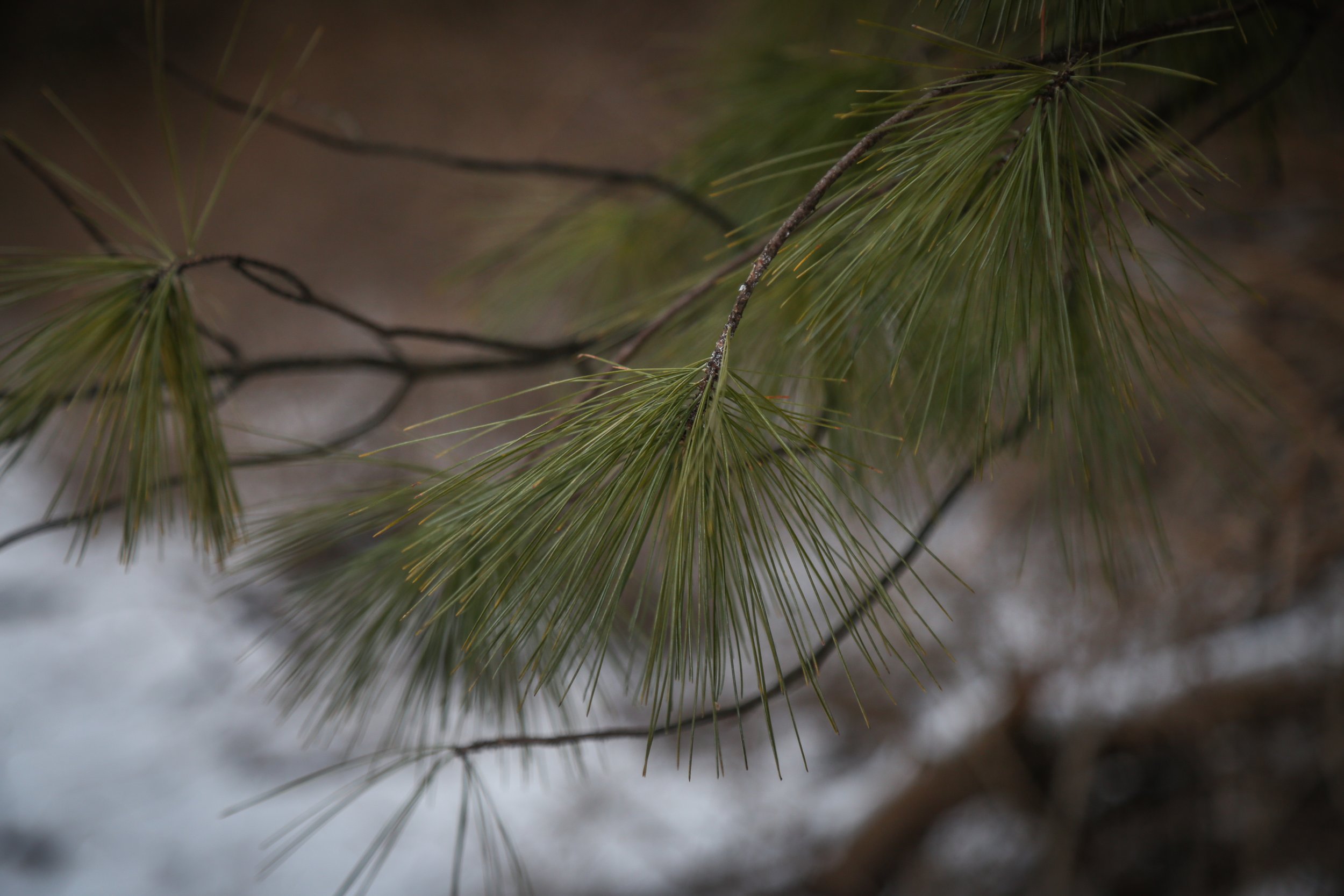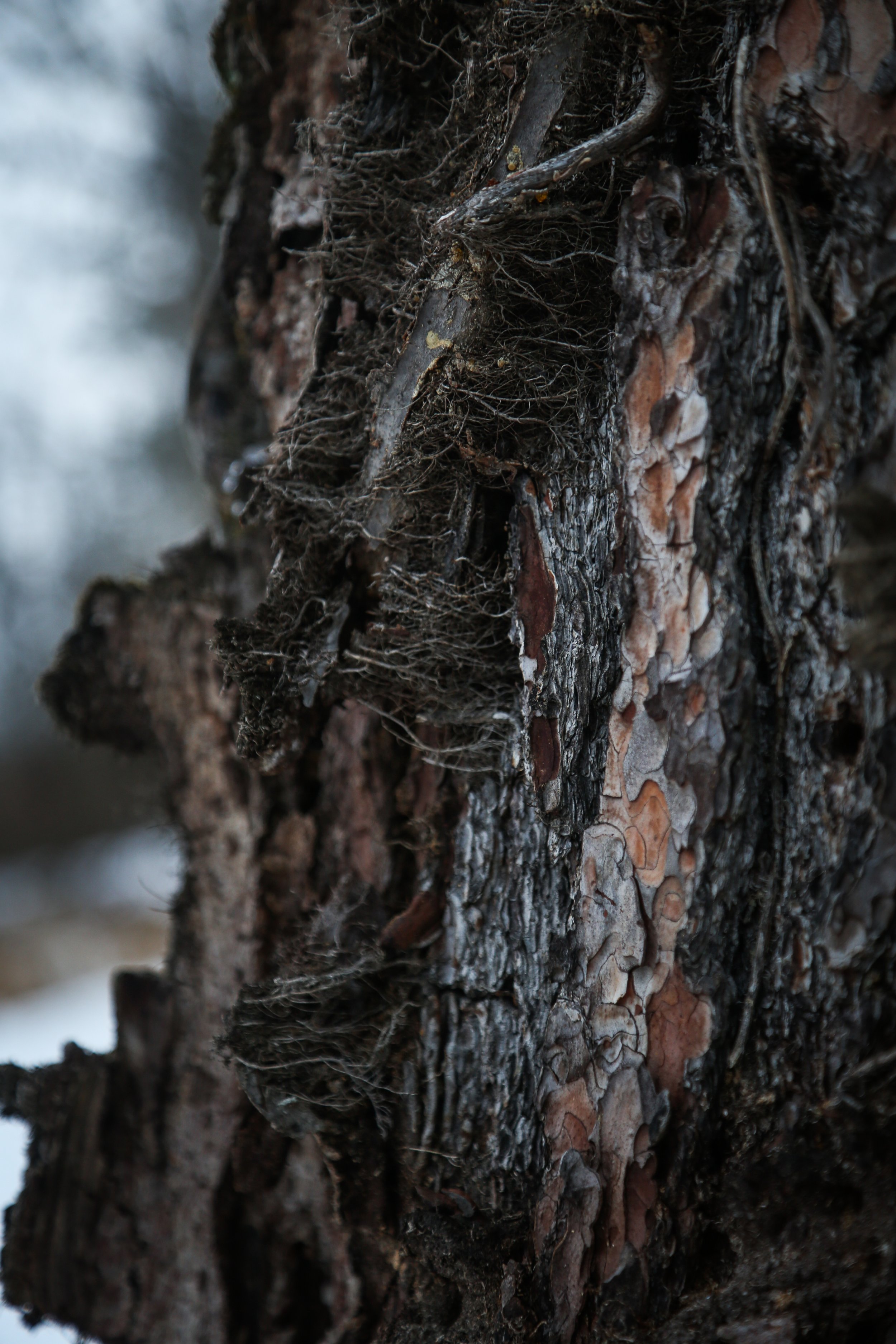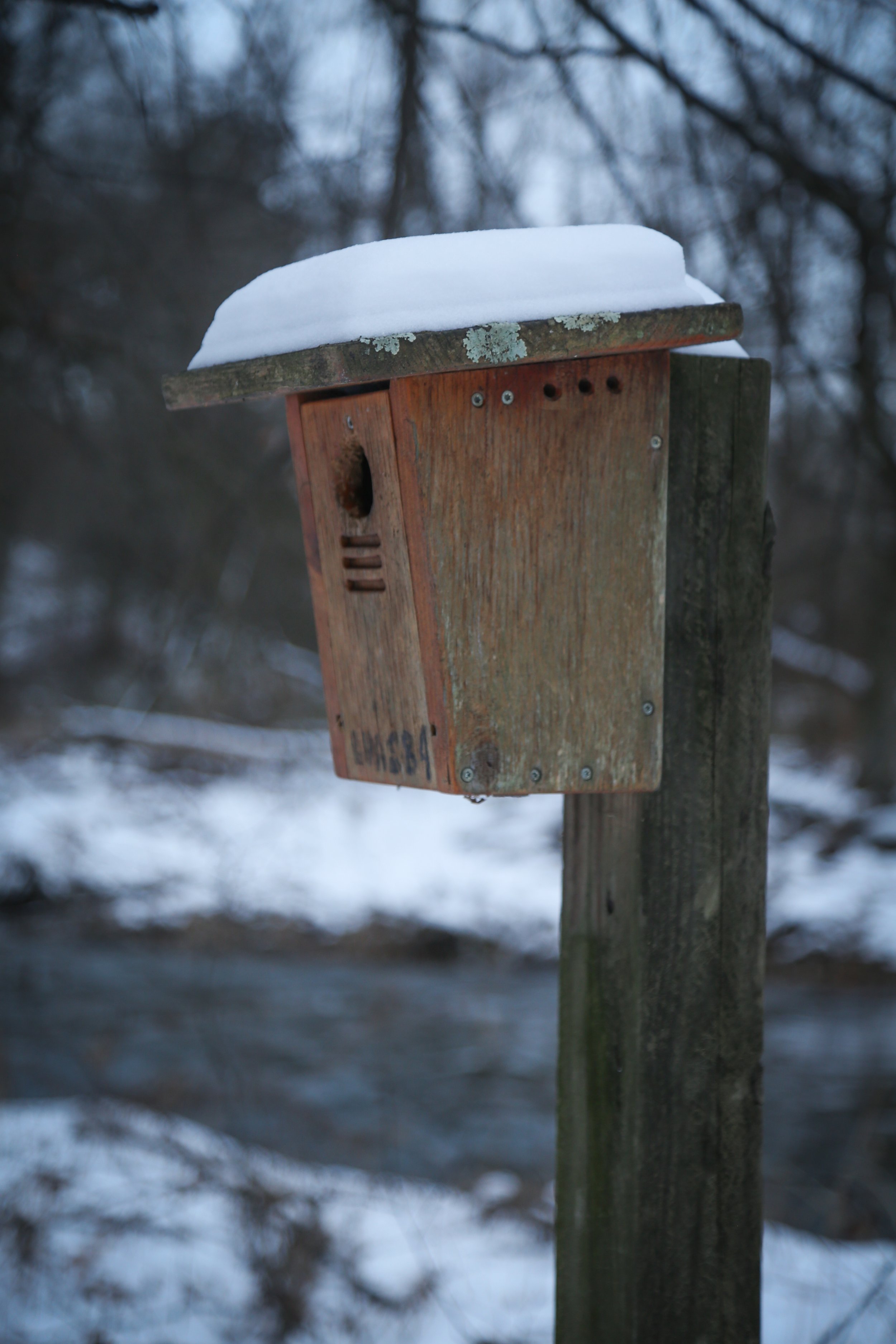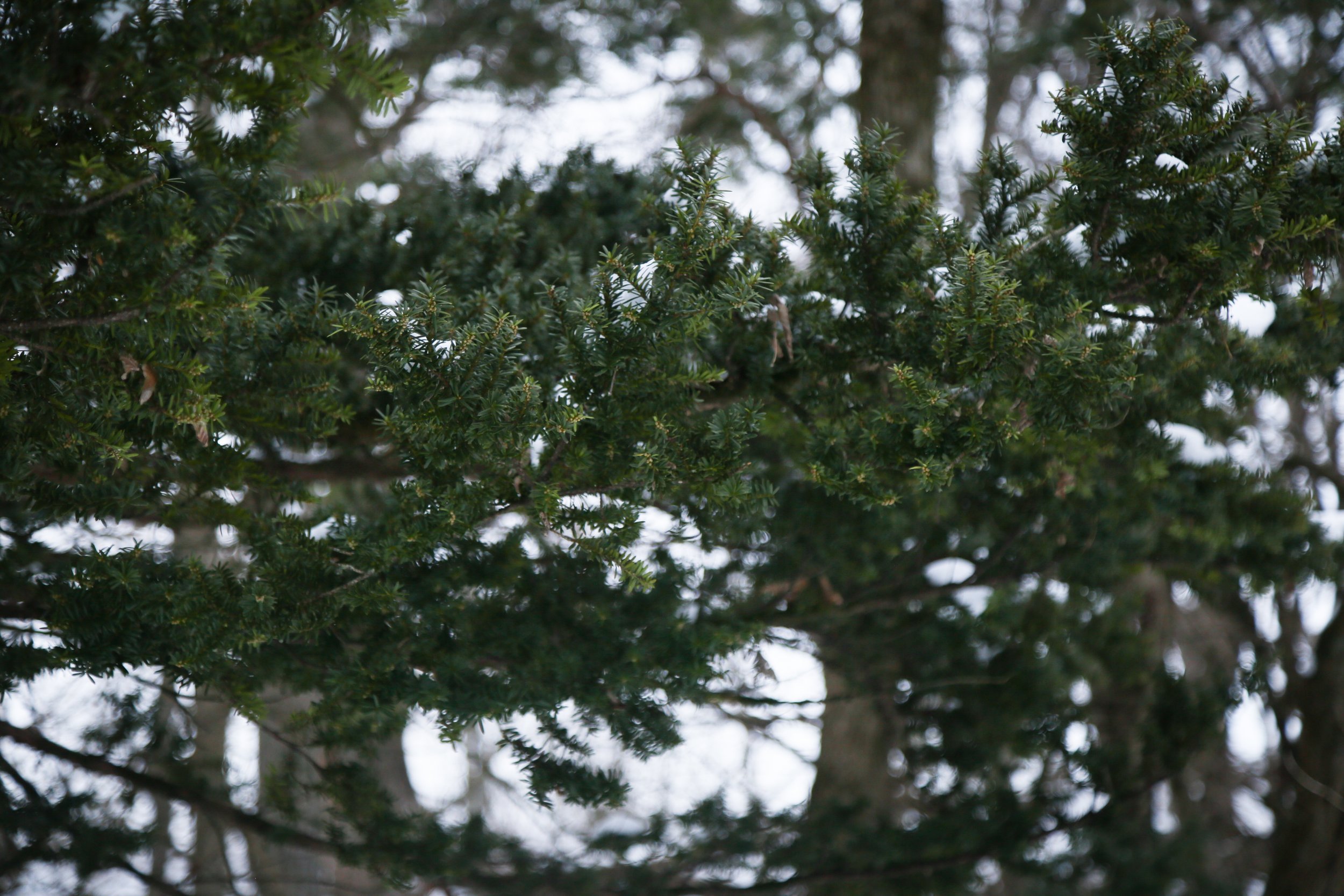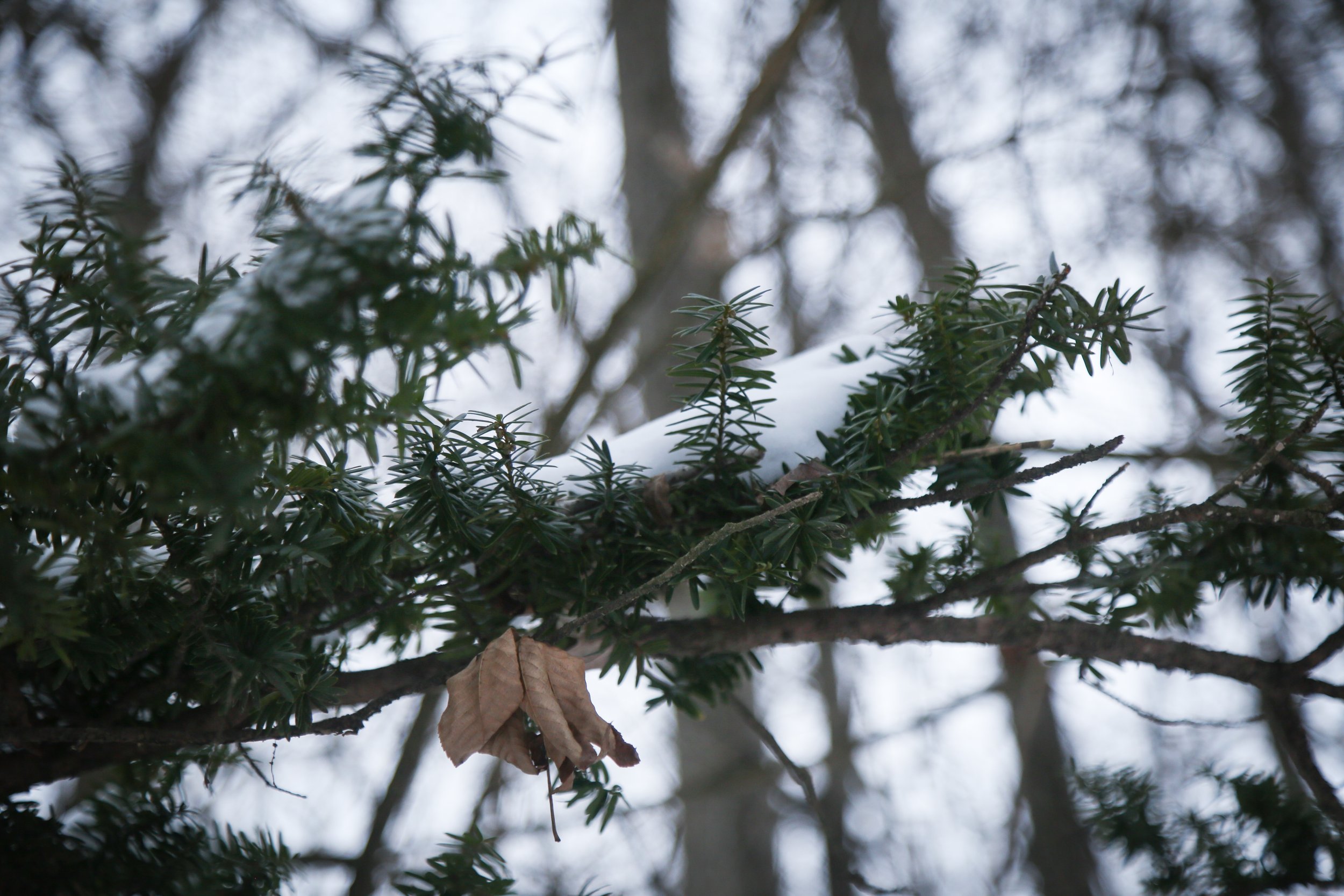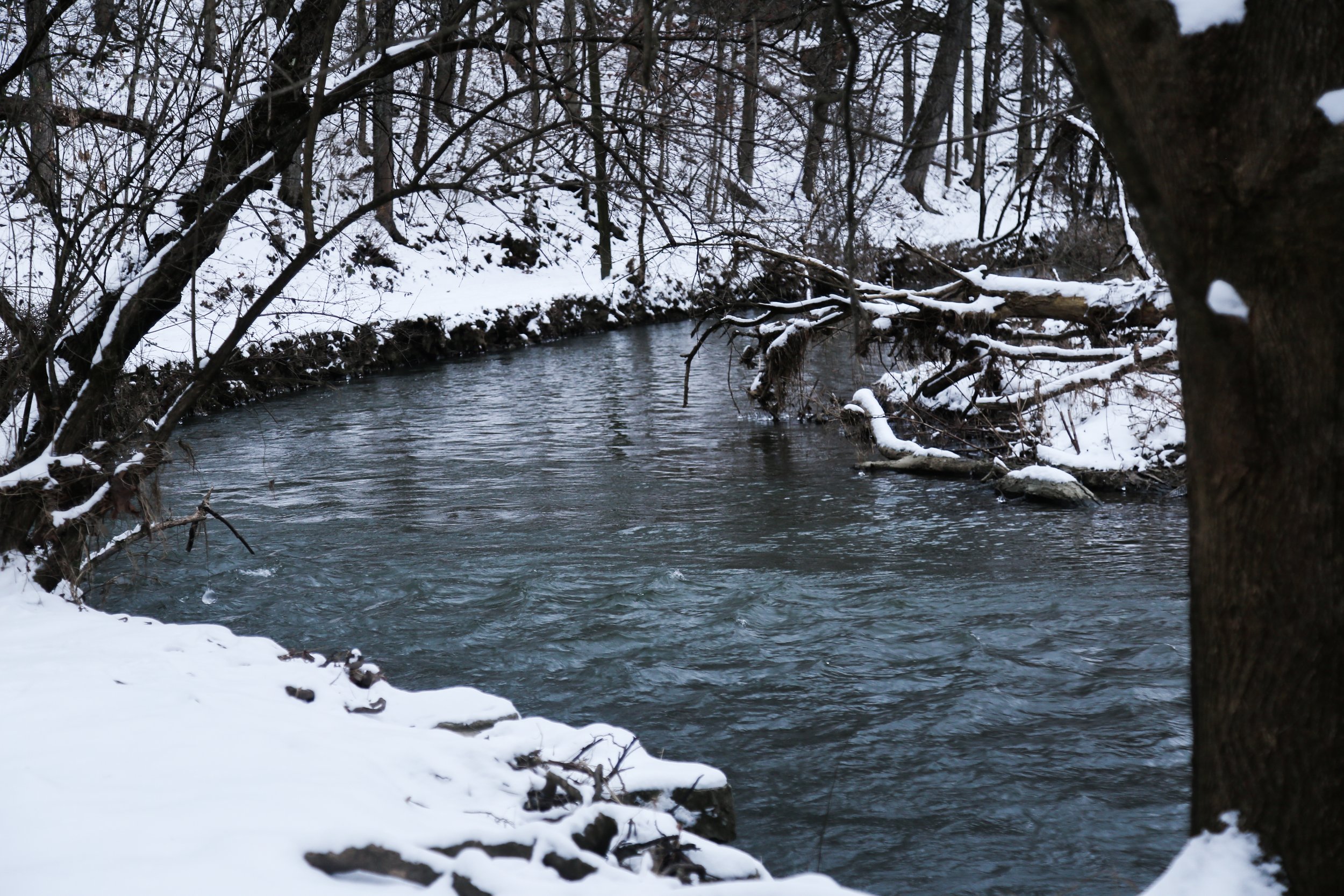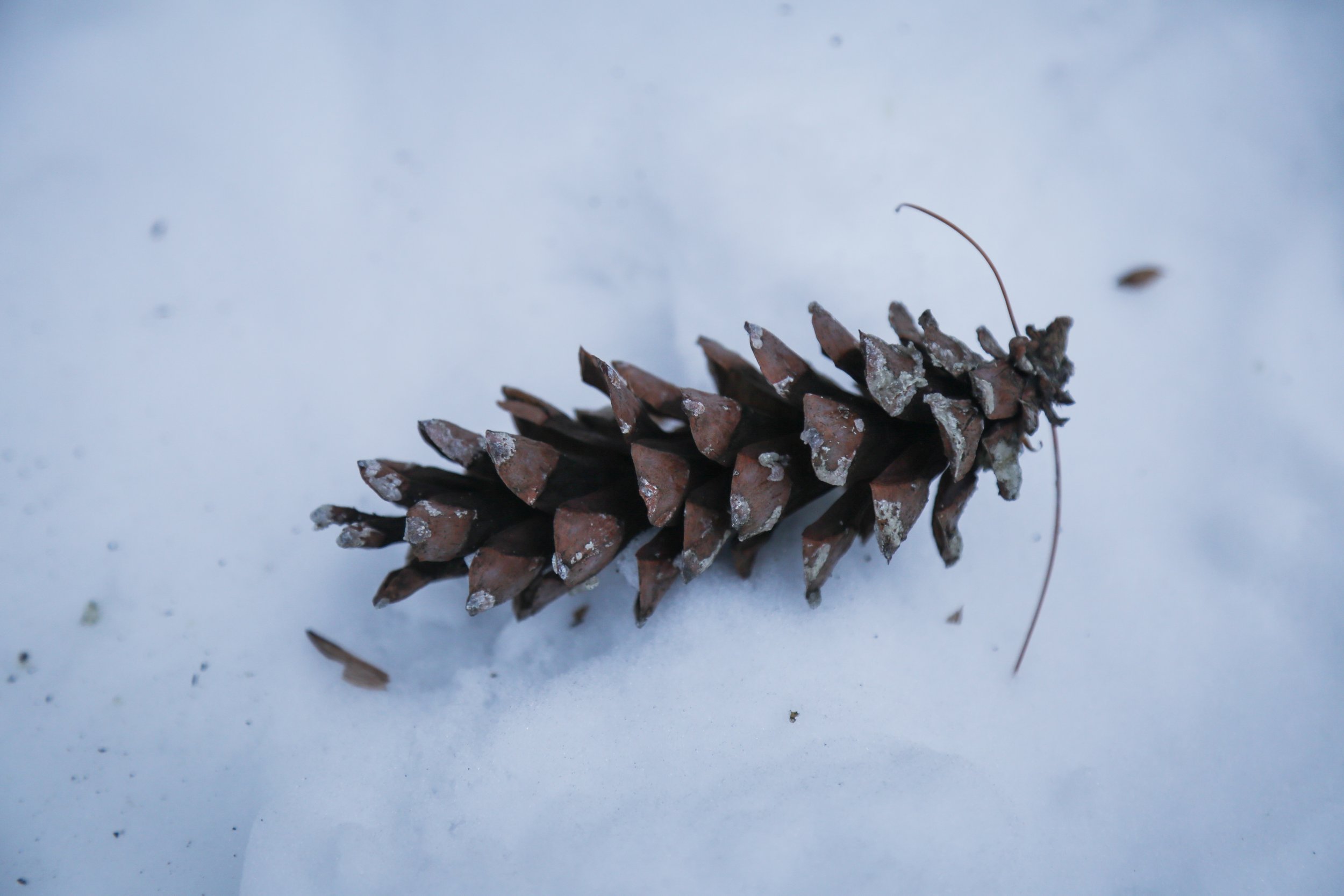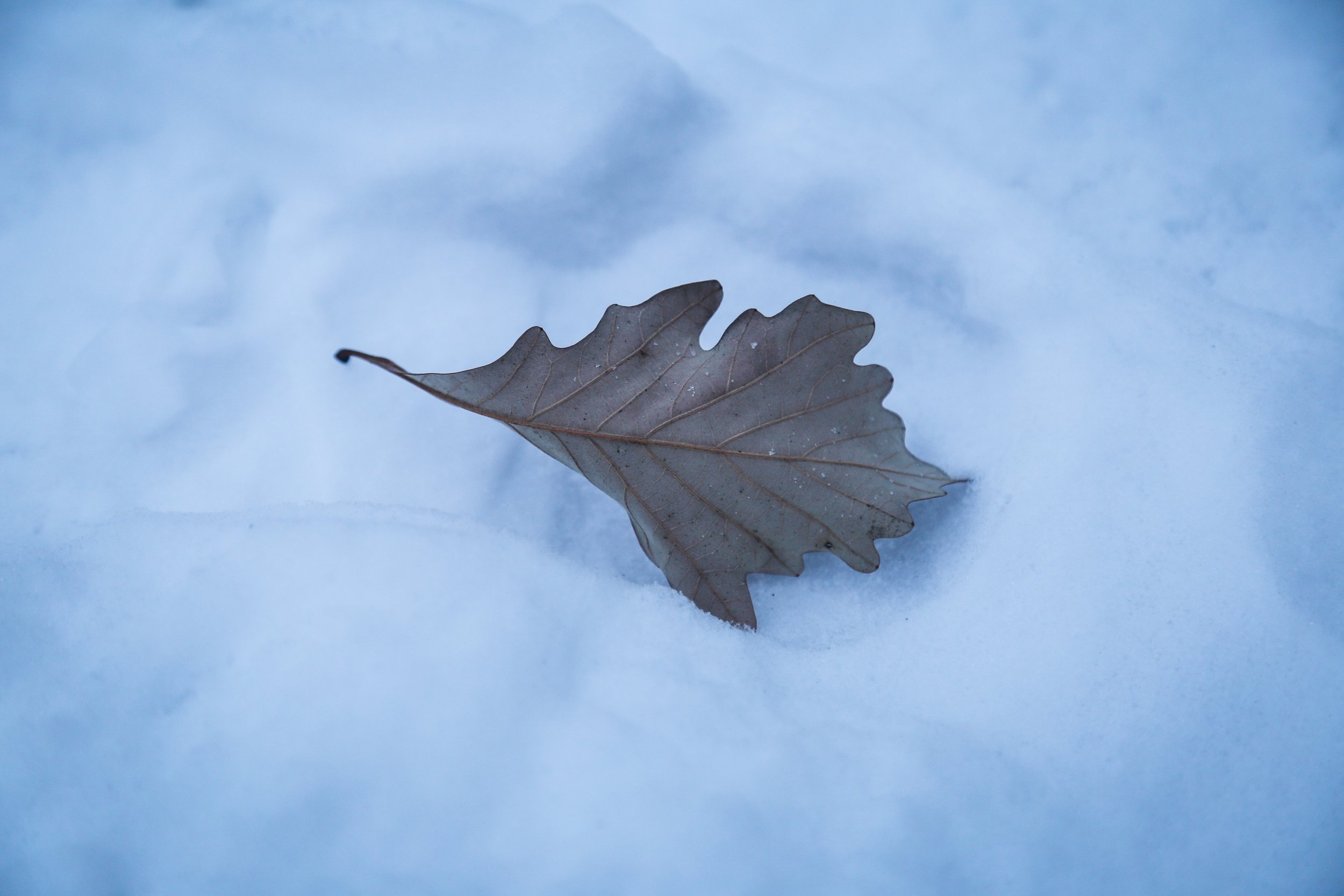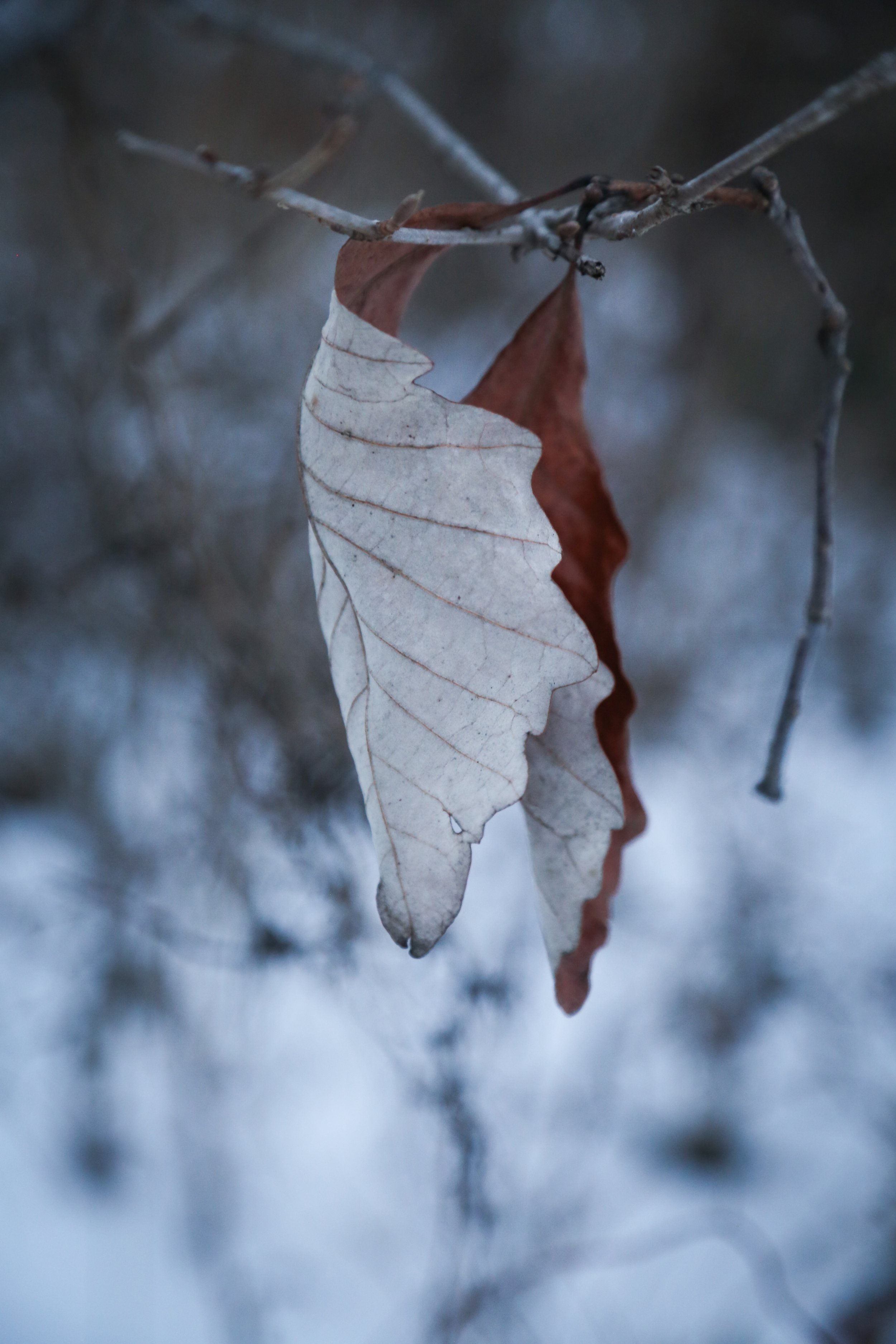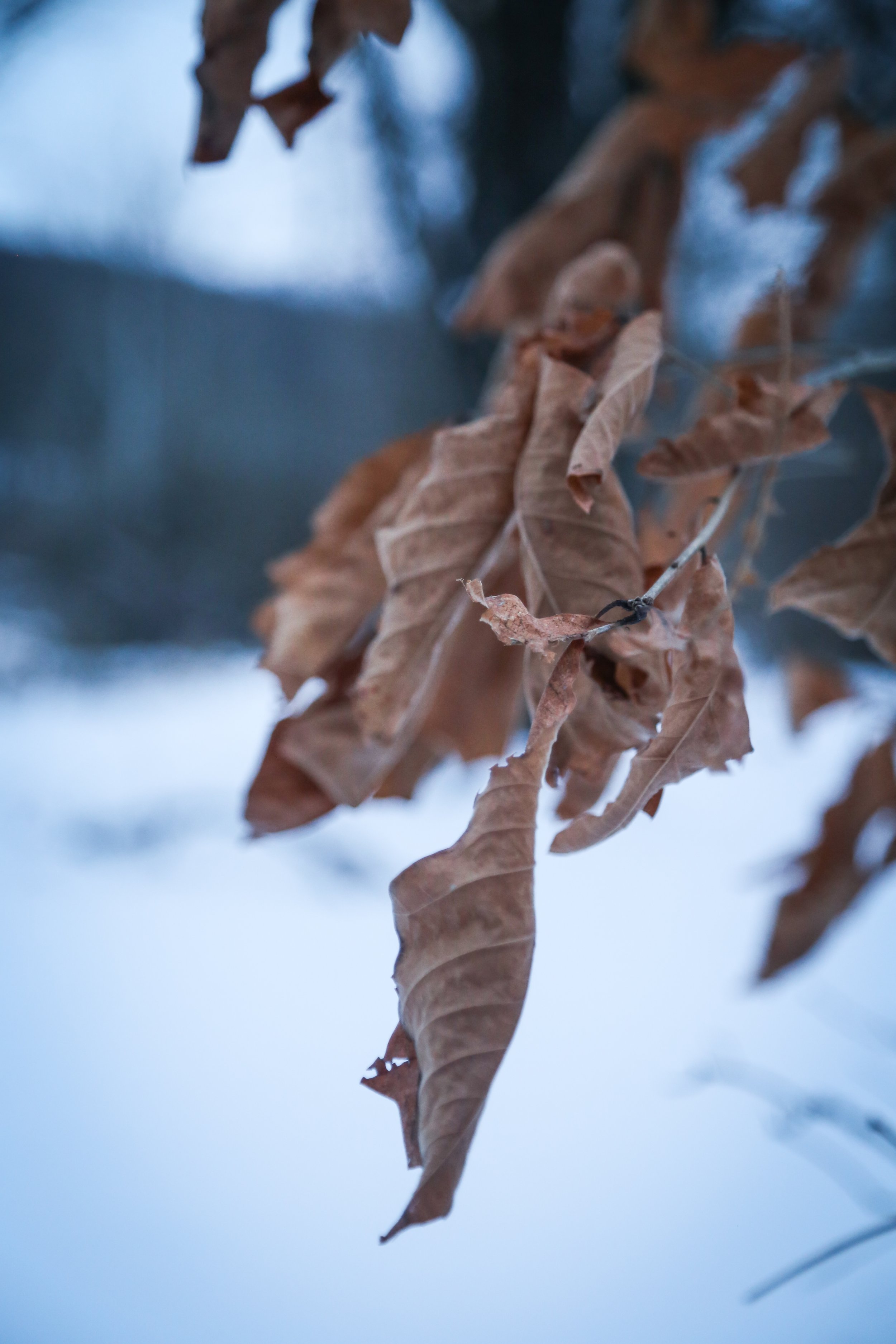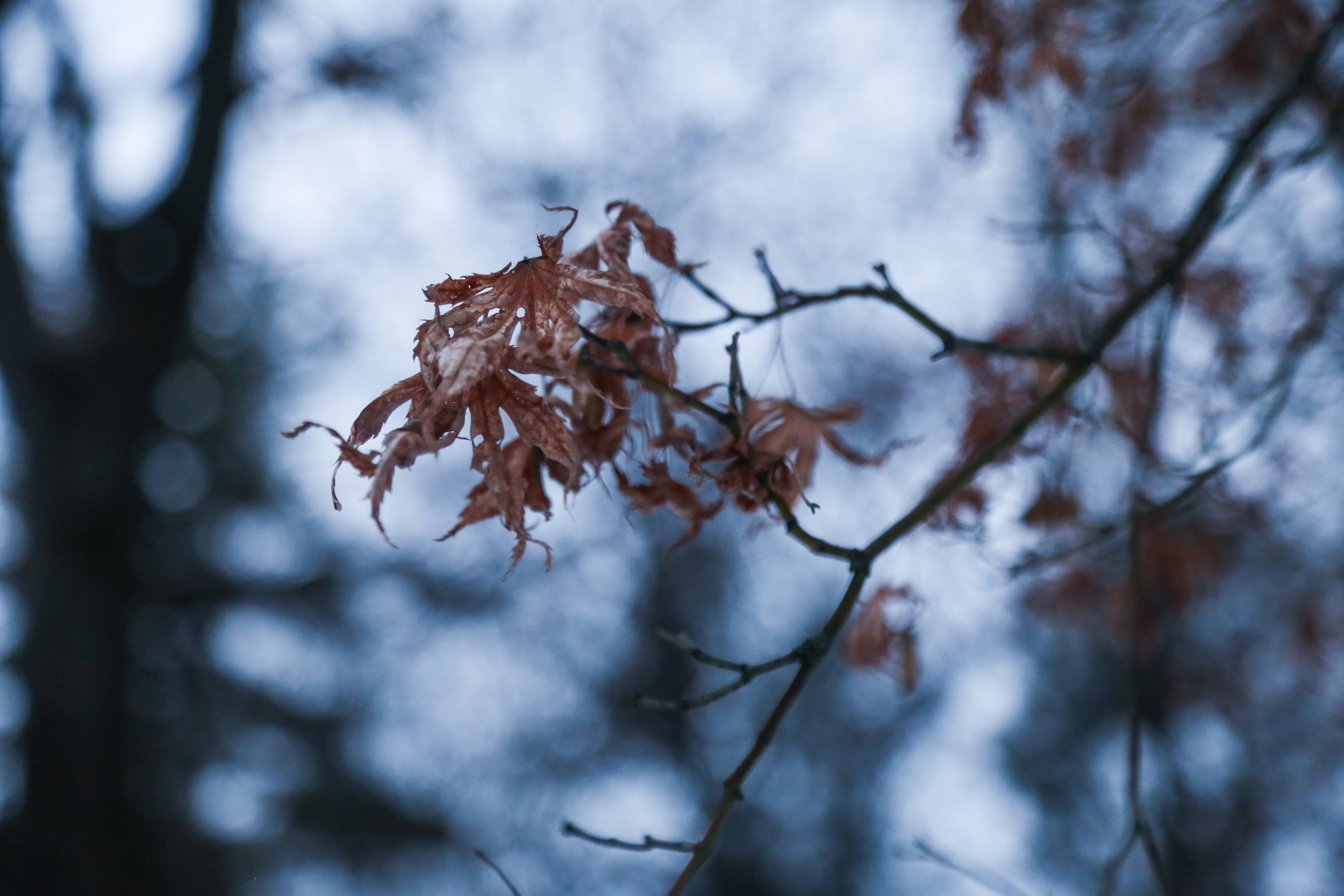I continue to take advantage of the nature at Central Park’s North Woods. There’s always good birdwatching around The Loch and there are usually a red-tailed hawk or two waiting for an easy meal.

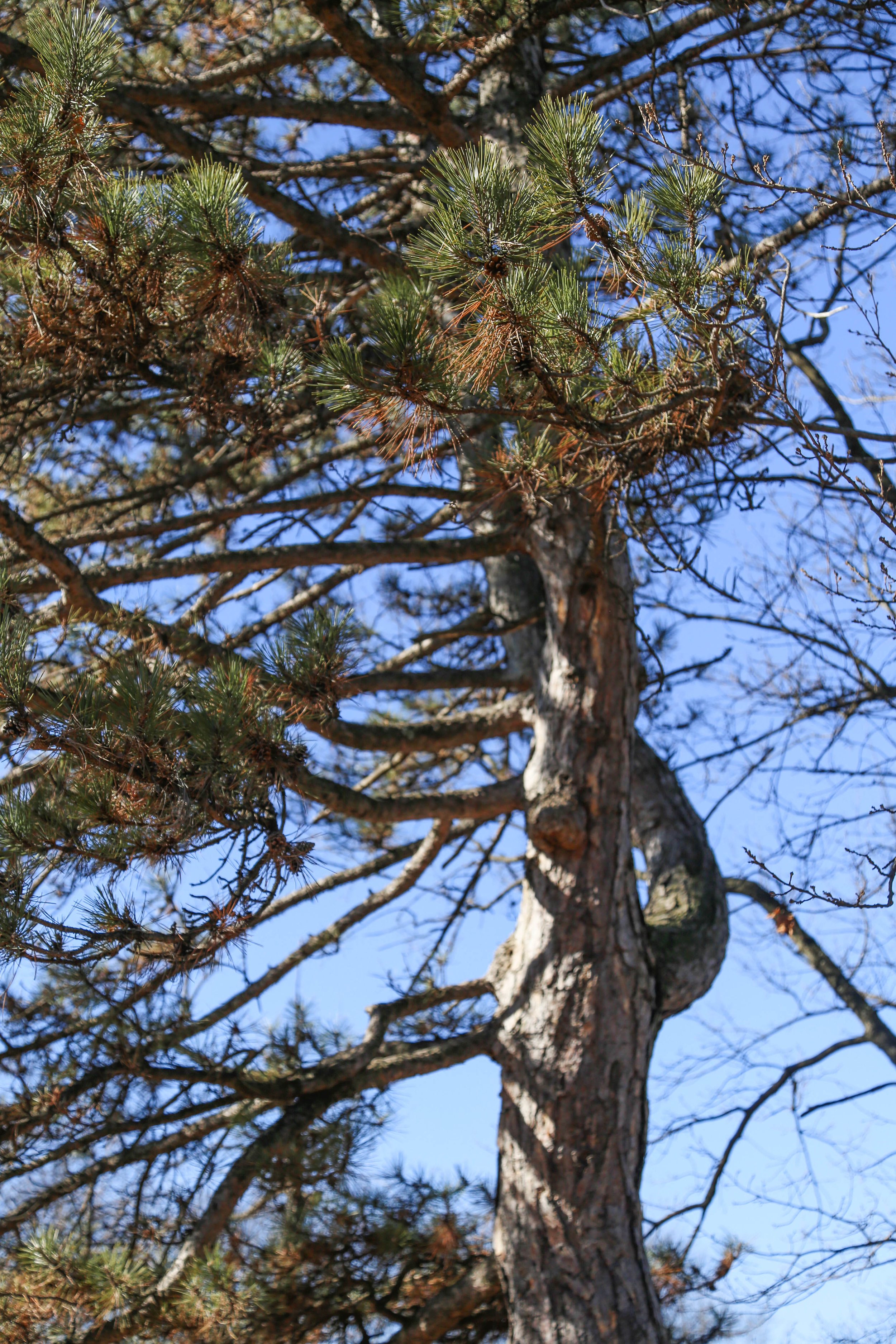



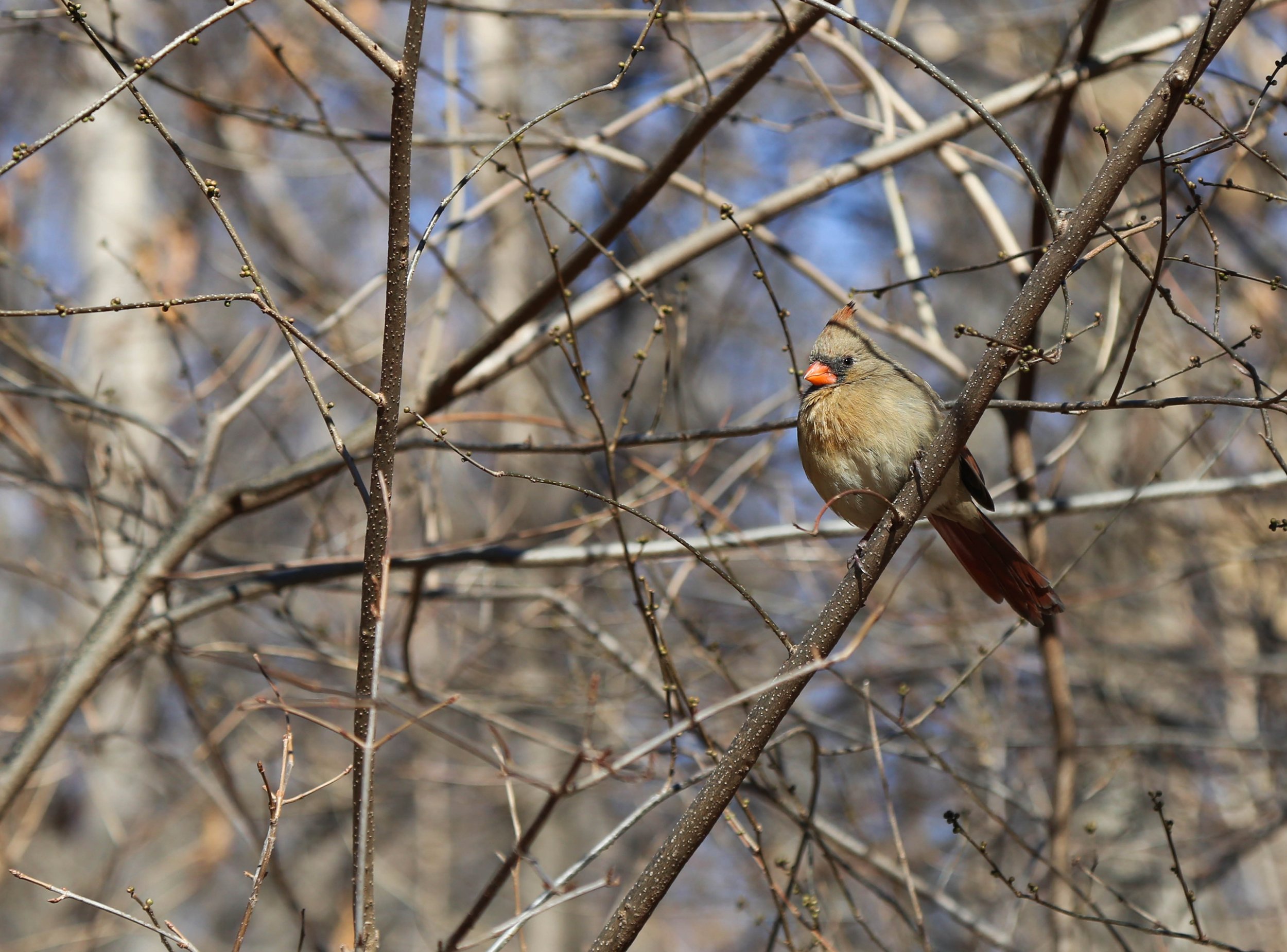



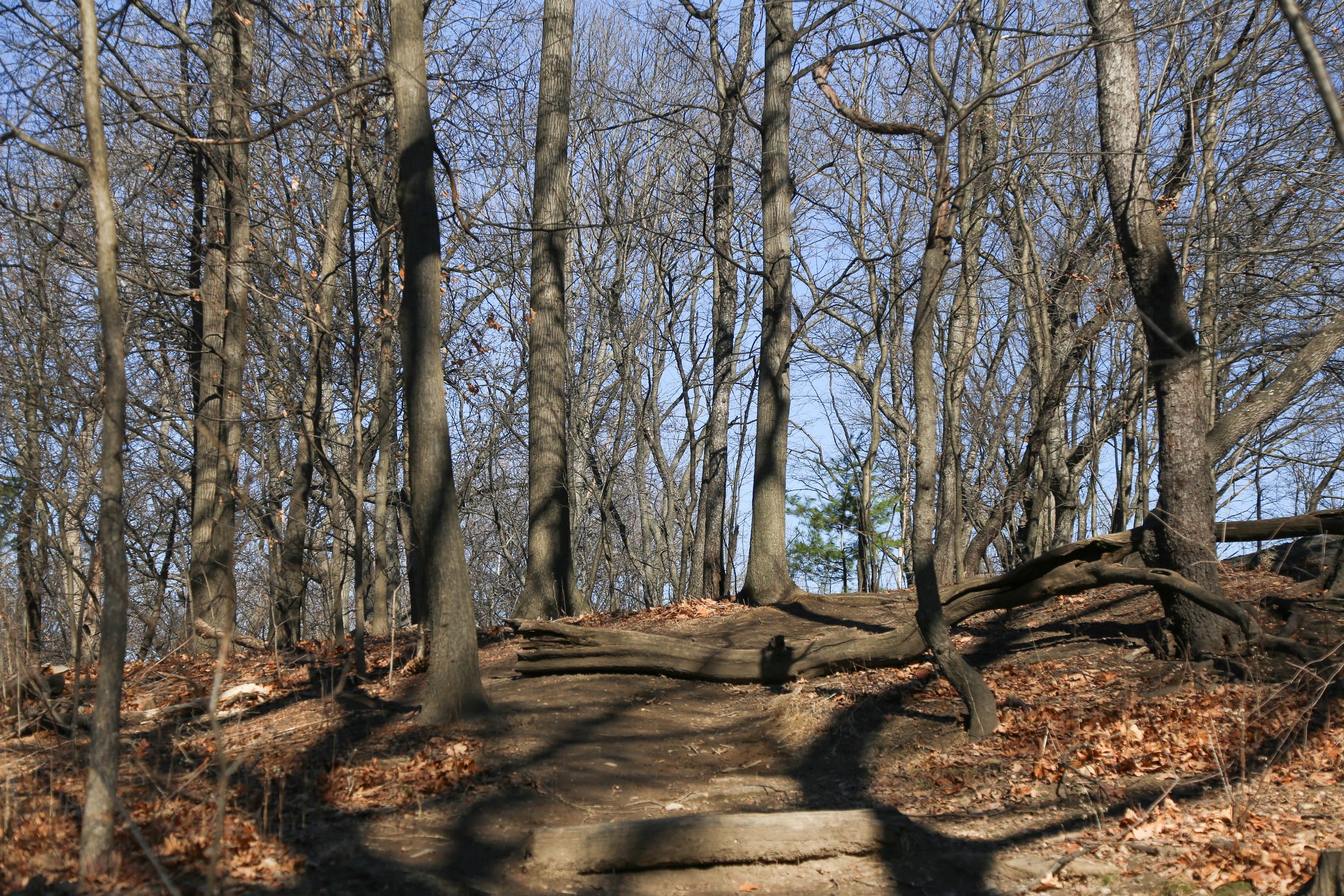


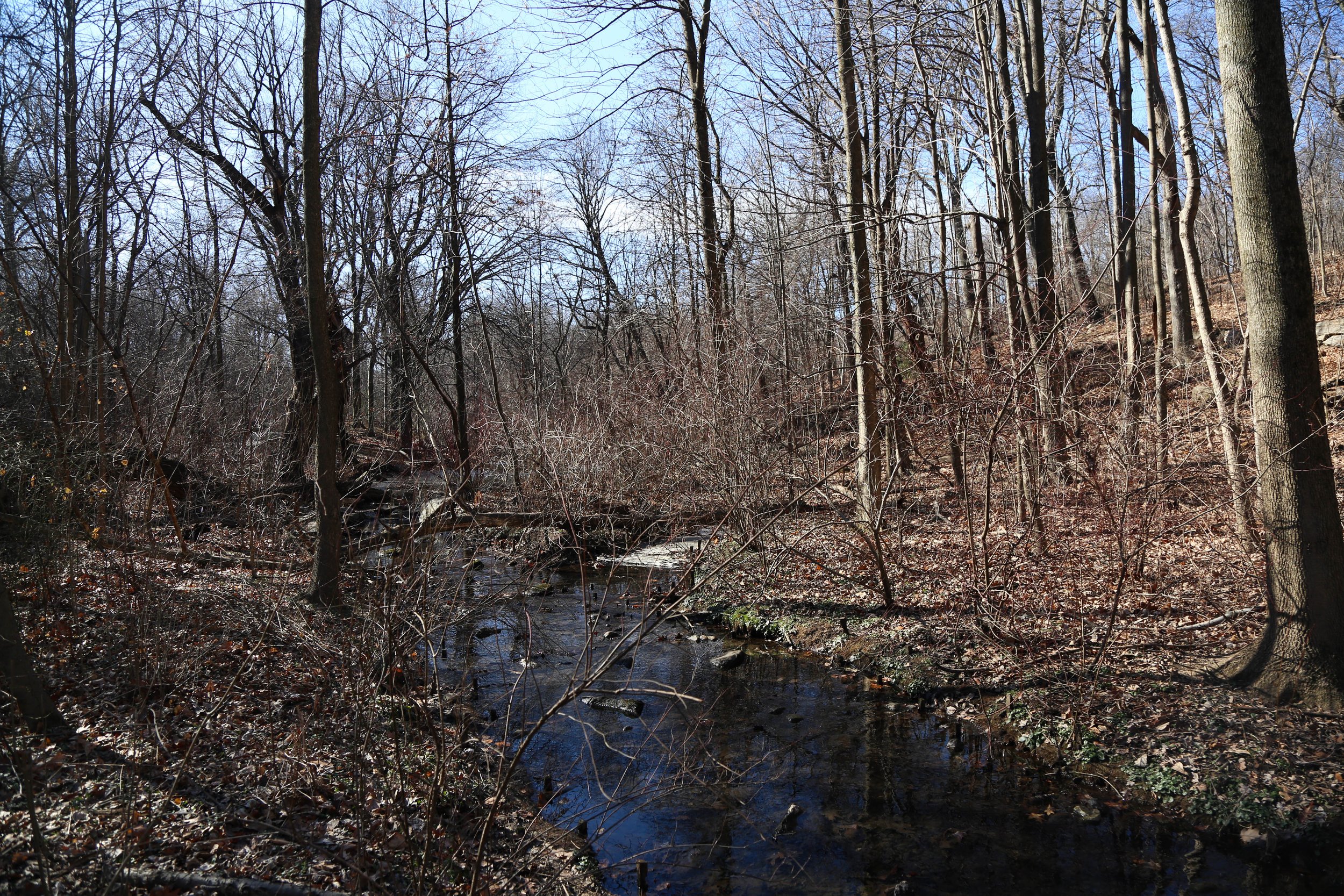
Today, I felt an urge to visit a White Pine in person after taking an herbal medicine class with Robin Rose Bennett at the Fou Gallery yesterday.
I took the train to Central Park and walked my usual route toward the North Woods. It didn’t take long before I spotted three Eastern White Pines just west of Ballfield 2.
I greeted the trees with a friendly hello and spent time studying the needles and bark. I noticed some cones on the ground, lying among a carpet of fallen brown needles. I picked up a twig, made a small scratch in the bark, and inhaled the fresh, piney scent. One of the trees had resin oozing from its bark, so I scooped up a tiny bit with my fingernail. Nothing beats the fresh smell of pine resin!
White Pine, when taken medicinally, can be beneficial to the respiratory system, helping to soothe the lungs. It’s also rich in vitamin C. And let’s not forget that trees help filter air pollutants, cleaning the air we breathe—something I really appreciate while living in Manhattan.
I thanked the trees for their time and headed to the Loch. I found myself at the special spot again where people sit to feed the birds. Just as I sat down, a large red-tailed hawk flew in and landed on the tree directly above me. I sat quietly, watching the great raptor perch high above, scanning the ground below and preening its feathers.
As I watched, I heard the voice of a woman on her cell phone. She ended her conversation and sat down to observe the hawk too. Eventually, more people arrived—a couple, probably just discovering this special place for the first time. They seemed enchanted as more and more birds flitted about and perched in the trees below the hawk. We all sat together in quiet anticipation, watching.
Eventually, the hawk flew away, and everyone went on their way. But for a moment, we all shared something magical. Nature really does bring people together, even for a New York minute.
It’s the weekend, and the North Woods is a little busier than when I was here during the week. I’m with my husband today. He has never been to this section of the park. We enter the Ravine, and I notice three mallard ducks—two males and one female. Their heads are tucked under their wings. Are they sleeping or just keeping warm on this cold, gray winter morning?
We continue north past Huddlestone Arch and stop to admire another waterfall. We cross over the Loch to the other side and go to a special spot where people sometimes sit, put out their hands with a handful of birdseed, and let the birds perch right on their hands to get the seed. At this spot, there is an abundance of house sparrows, male and female. I’m getting to know the regulars now, which also include common grackles, black-capped chickadees, cardinals, nuthatches, and tufted titmice.
We sit quietly for a time to listen and watch. A squirrel sidles up to me, seemingly disappointed that I did not bring a handout. Having a moment to connect with nature in a large city such as New York is so important, especially during the winter. As we sit, more people approach. It’s time for us to move on so that others can feel the same connection.
It’s cold in New York City today. Temps are in the mid to upper 20s, and the wind gusts make it feel even colder. I head to Central Park anyway because it’s a sunny day, and there are so few of those during the long winters on the east coast. I enter the park on the east side of 96th and head west. I’m headed to Central Park’s largest woodlands, the North Woods. I turn north and pass by the ball field now covered by a large flock of Canada Geese. Ascending to West Drive, I can see the Pool from the crest of the hill as I cross the street. Some of the water is frozen, and there are ducks swimming on the parts that aren’t. I head down the path and stop for a moment to admire a waterfall to my left just before Glen Span Arch. The arch is made of large, rustic stone, and as I walk underneath it, I cross the threshold into a woodland known as the Ravine, entering the North Woods.
The environment is very different from bustling Manhattan. The noise of traffic, sirens, and cars is replaced by birdsong and the sound of flowing water. The watercourse, known as the Loch, predates the park and flows into the Harlem Meer in the far north. I walk slowly along the path, observing the birds, the brown, decaying leaves on the ground, and a holly tree. The path leads me to another waterfall with an outcropping of rocks. I stop, take a photo, and listen to the sound before crossing a wooden bridge.
The bridges within the North Woods are constructed from black locust, chosen for its ability to withstand rot caused by harsh weather. I continue along the path and stop again to watch the birds: Tufted Titmouse, White-throated Sparrow, and Northern Cardinal. It’s so quiet here. I am alone. Suddenly, I realize that, for a moment, I have forgotten I’m in the middle of New York City!
It is true that the North Woods evokes the feeling of wilderness in the Adirondacks. This was the intention of Central Park’s designers, Frederick Law Olmsted and Calvert Vaux. Having hiked the trails of the Adirondack wilderness quite a few times, I can honestly say these gentlemen have done a remarkable job.
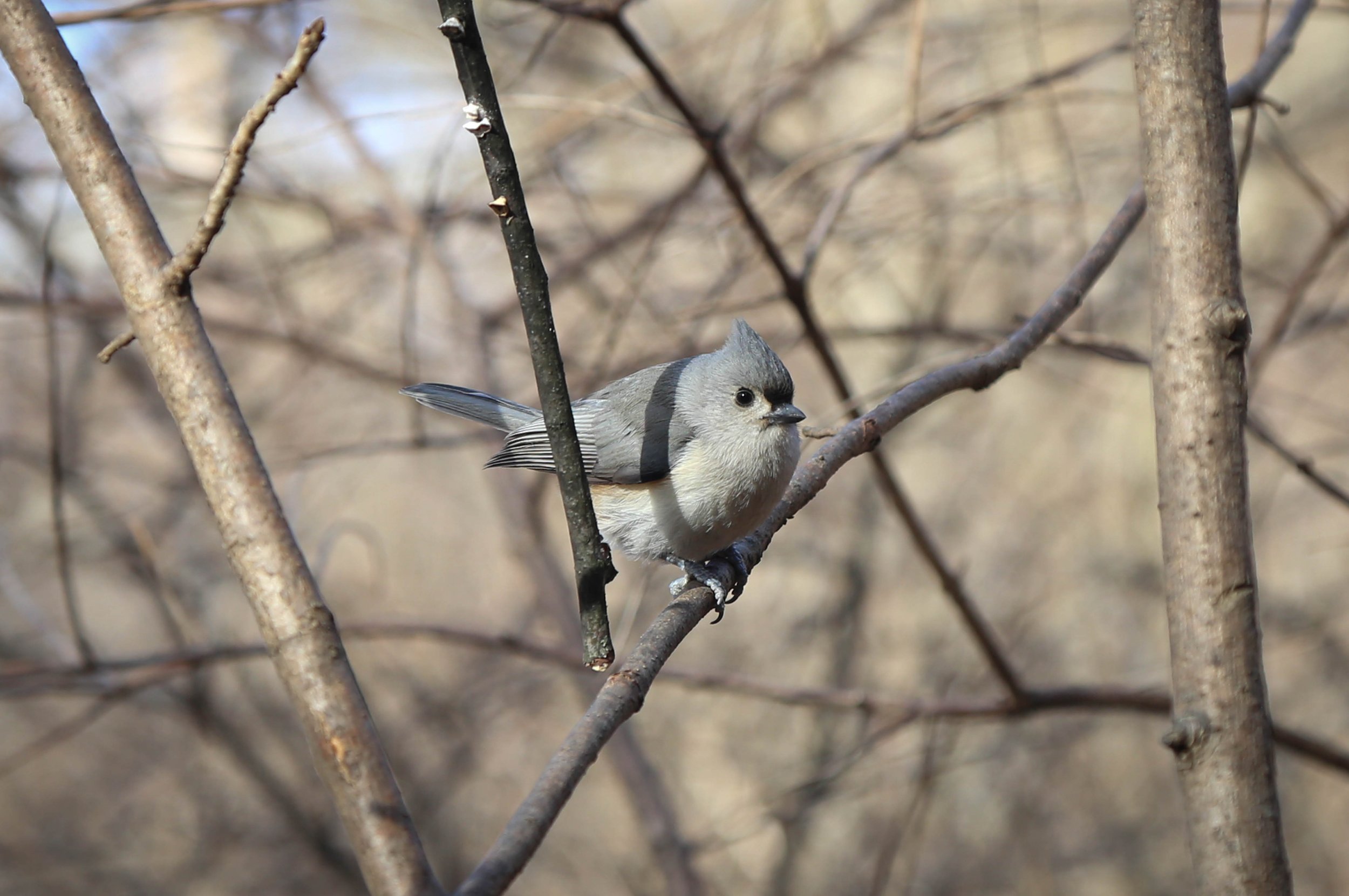





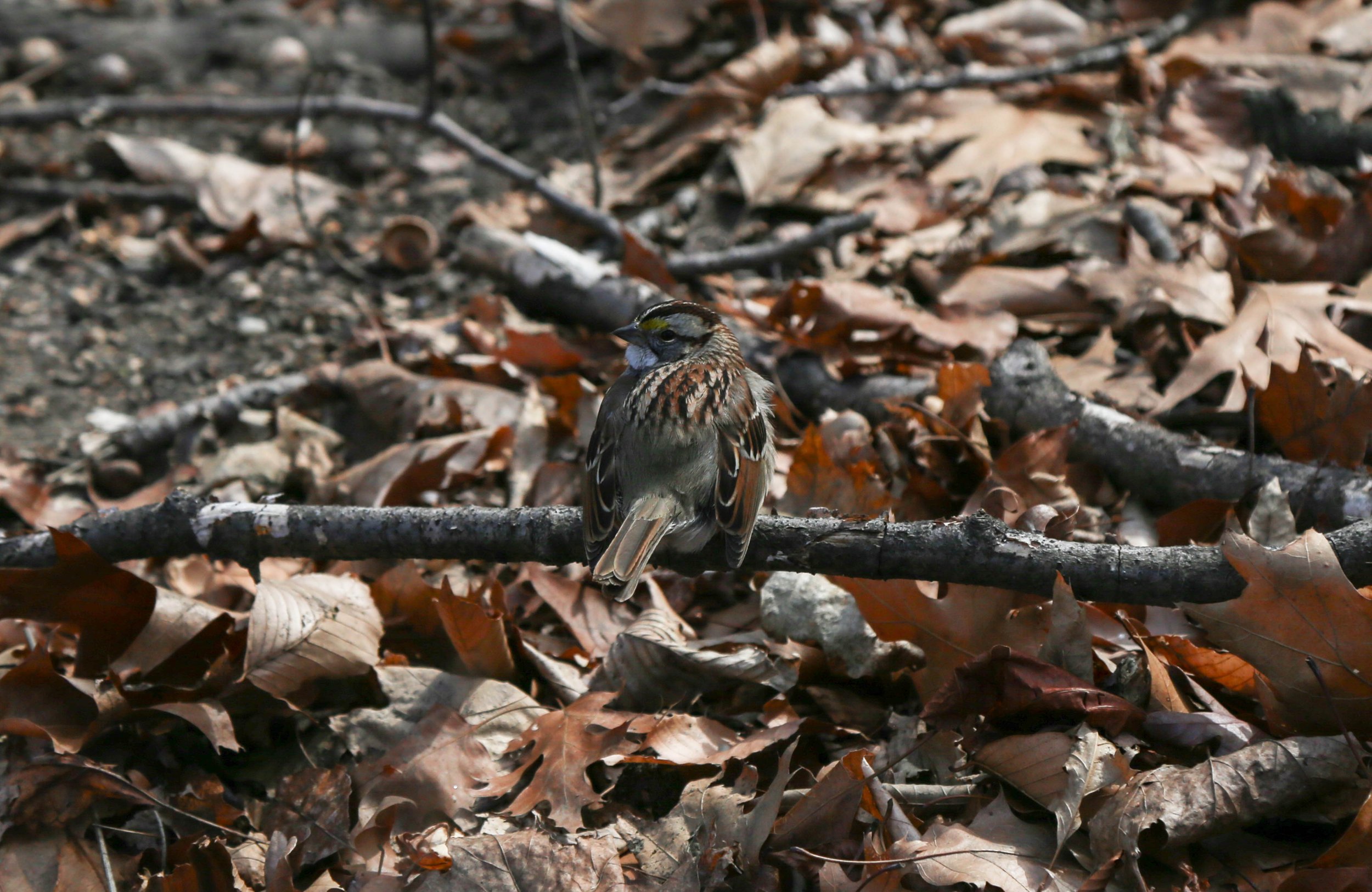




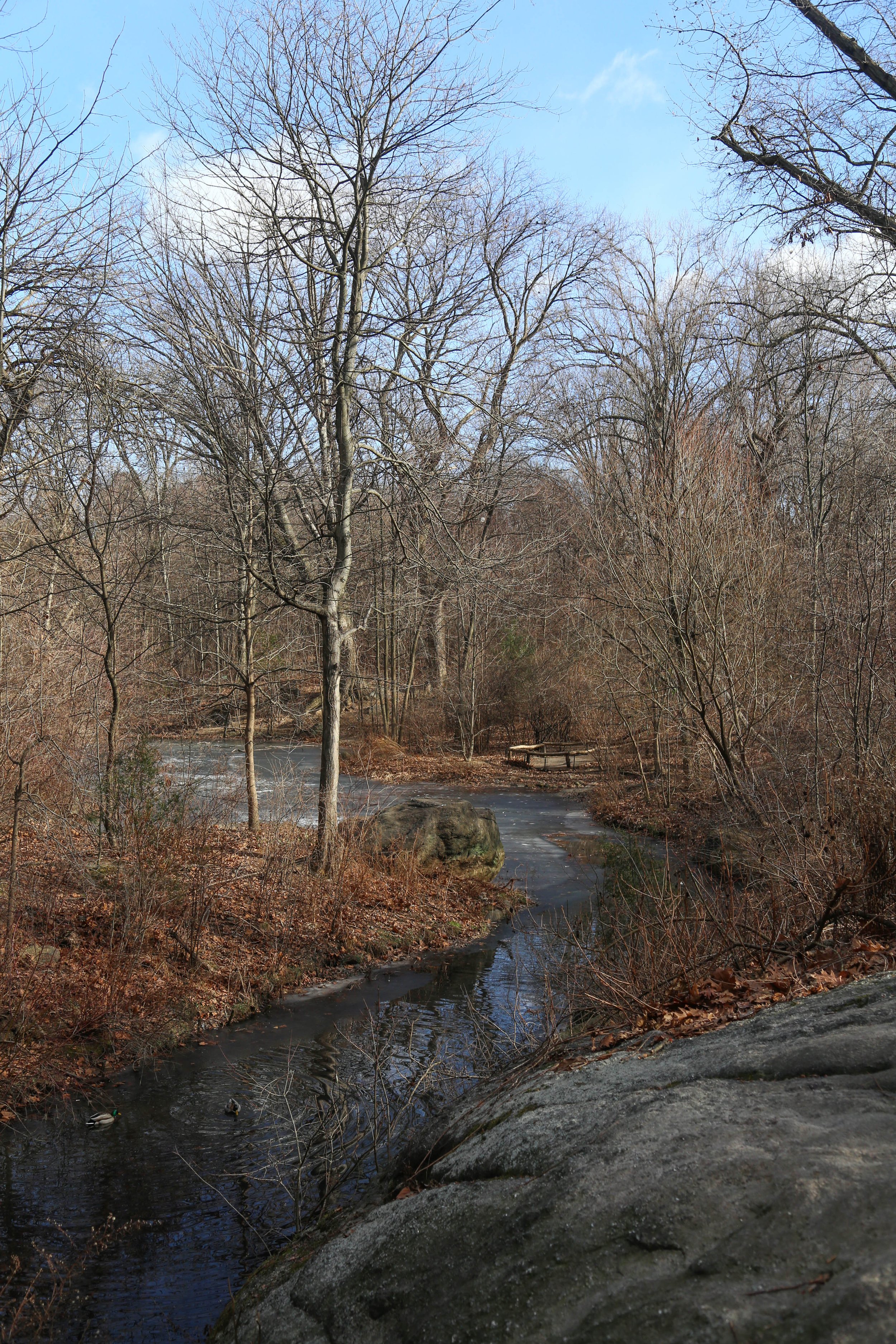

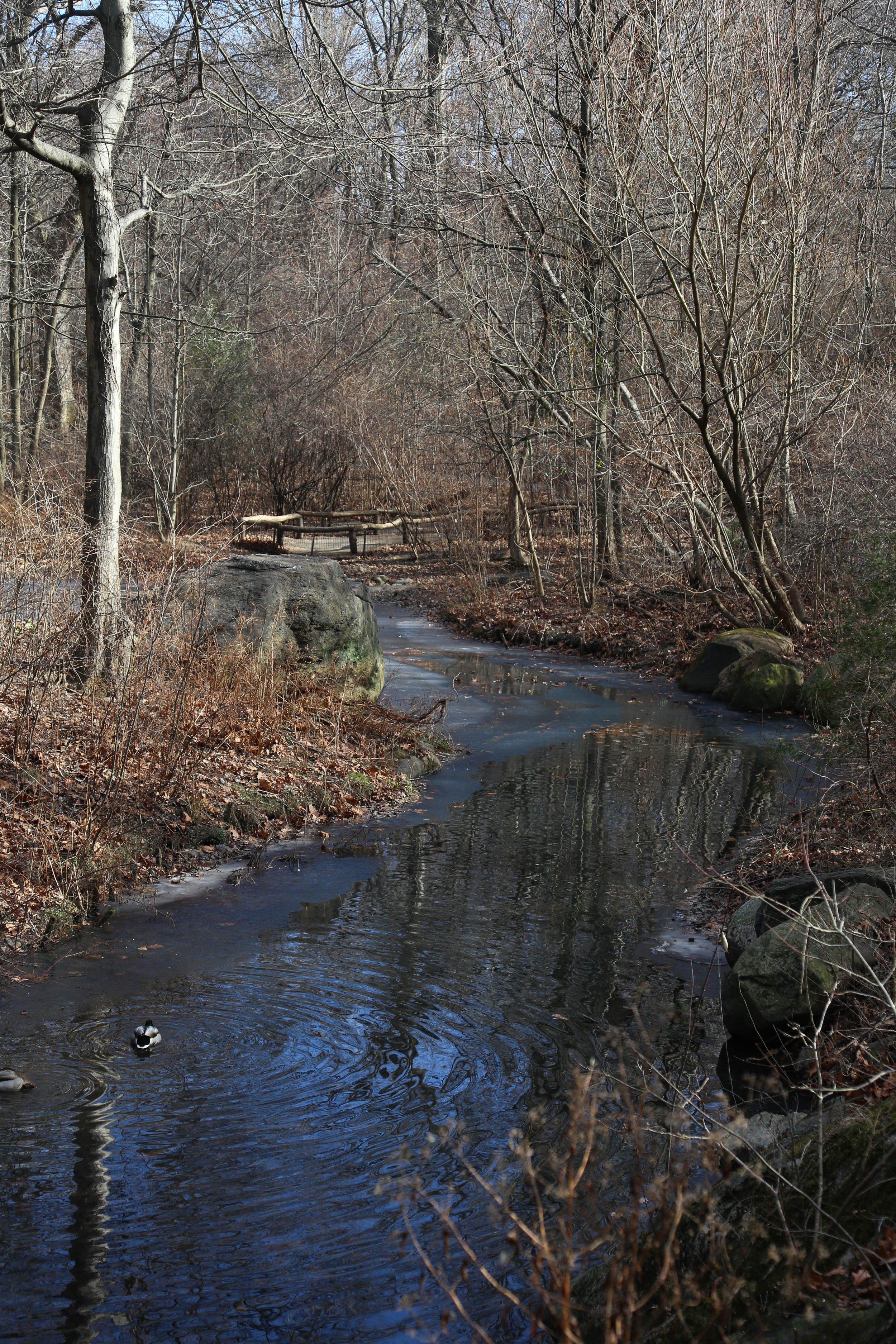



















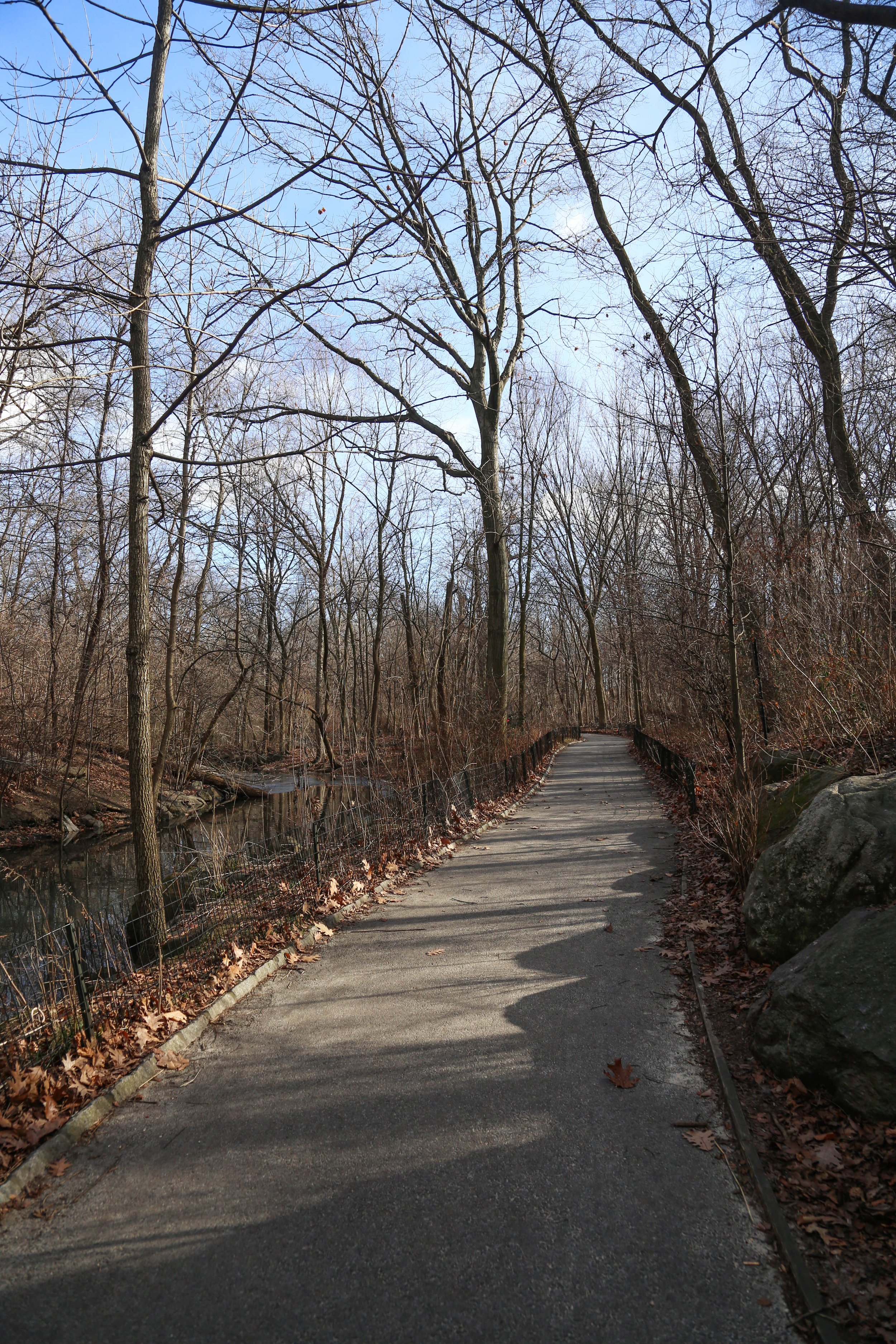

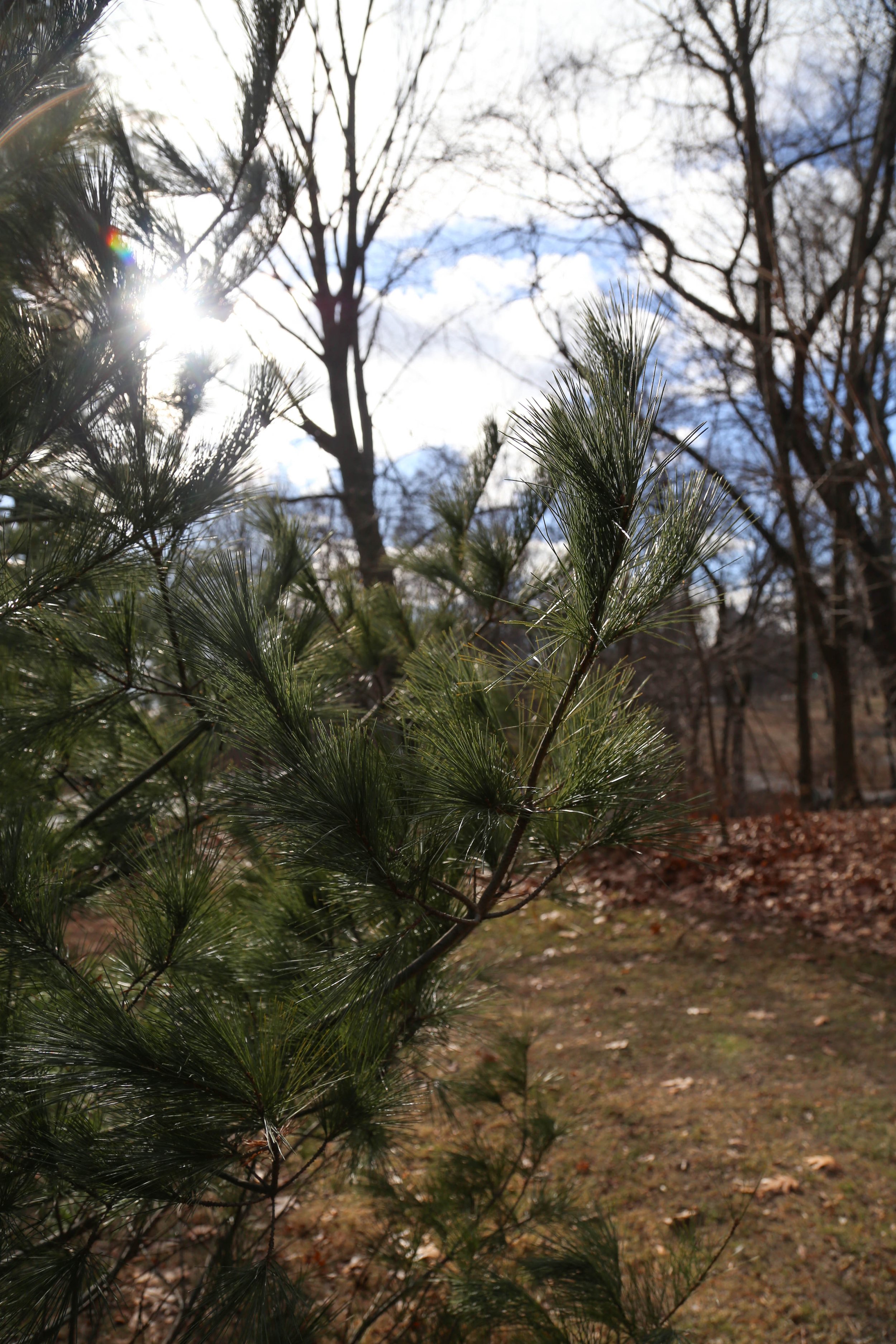



It’s butterfly season on the east coast. The weather was somewhat cloudy this morning, but I was able to spot a few butterflies today; Great Spangled Fritillary and an Eastern Tiger Swallowtail. The native rhododendrons are blooming now and the meadows are full of wildflowers. It appears much of the common milkweed has bloomed and the pollinators are out and about. The wood thrushes are singing in the forest and I was able to make auditory id’s of the following: Veery, Northern Cardinal, Indigo Bunting, Black-capped Chickadee, Red-bellied Woodpecker, Eastern Wood-Pewee, Carolina Chickadee, Red-eyed Vireo, Tufted Titmouse, White-breasted Nuthatch, Gray Catbird, Blue Jay and Carolina Wren.
Photographed my first Northern Pearly-eye butterfly today at Jacobsburg state park. I walked about 4 miles on the trails this morning before it got too hot. I’m still not adjusted to east coast humidity; however, I’m making the best of it. Finding a new butterfly was the highlight of my short hike today.
Today I signed up for a guided wildflower walk at Mariton Wildlife Sanctuary. Learning something from an actual human instead of an app on my phone was so refreshing. Don’t get me wrong, most of what I’ve learned about the Pennsylvania flora and fauna has been through apps like iNaturalist, Merlin, Seek, and eBird. But sometimes it’s just really nice to be around other like-minded people.
Zane Miller, the Preserve Manager at Mariton, facilitated the walk. He was so inspiring and passionate about nature and sharing his knowledge. Within the first quarter of a mile, he pointed out many plants and tiny flowers that I wouldn’t have noticed otherwise. We spent an enjoyable morning walking, uncovering tiny hidden flowers and identifying others more obvious and showy. I learned so much.
The more I learn, the more I connect with the East Coast natural land; Mariton in particular. It’s a beautiful thing. I could get super sappy here, but I’ll save it for another time and leave you with my Wildflower Report, photos and some things I learned from this morning’s walk on the trail:
Phlox is just starting to bloom. Not to be confused with the non-native Dames Rocket; Also pretty, just not native.
Mayapple has just begun flowering. Look for stems with 2 leaves. Single leaf doesn't produce a flower.
One-flower Broomrape - super tiny parasitic plant. Related to ghost pipes. Did I mention how much I love ghost pipes? This one is a first for me and it’s a favorite!
Wild Ginger - the flowers can be found in the leaf litter under the leaves. I just saw this for the first time today and would not have even known it was there if it hadn’t been pointed out.
Showy orchis - this is an orchid. People try to take them. But just don't. They are delicate and will not survive the transplant.
Blackhaw is in full bloom and starting to leaf out.
Wild Sarsaparilla - to see their flower which looks like a fluffy puff ball, take a peek under the leaves and you’ll find them.
Solomon's Seal - another one you have to stand in your head to find the flowers.
Tulip Tree - Their flowers are blooming and the orange color is other-worldly. It’s just hard to get close since they’re up so high in these towering deciduous giants of the forest.
Wild Geranium is now making its first appearance. I expect to see a lot of these over the summer.
Red Trillium - Which I did not know can also be white (even though it’s called red…hmmm?) :)
Large White Trillium - these are turning a beautiful shade of pink now.
Baneberry or Doll's Eyes - Ever see those weird plants that look like eyeballs staring at you along the trail usually towards the end of summer? Well, they make a fluffy little white flower before they turn into those creepy eyes.
Jack-in-the-Pulpit a plenty! There are many blooms along the trail.
Flowering dogwood - Still plenty of gorgeous flowers on the trees.
Perfoliate Bellwort - In addition to finding these in the forest, the open-cut meadow still holds onto what’s left of the forest’s understory with an impressive patch of these elegant flowers.
And lastly, Common PawPaw, Foamflower, Yellow Wakerobin, Pennywort, and Celandine Poppy.
Other noteworthy mentions are the Eastern Tent Caterpillars. They’re growing larger now, but don’t worry, it’s unlikely that they’ll defoliate your trees. Just leave them be. The birds will use the leftover silk from the tents to make nests.
Spotted the work of a Pileated Woodpecker. There must have been some delicious ants in the tree because it was missing a huge chunk of its bark.
Until next time…
Phlox (Phlox divaricata)
Phlox (Phlox divaricata)
Phlox (Phlox divaricata)
Mayapple (Podophyllum peltatum)
Mayapple (Podophyllum peltatum)
Mayapple (Podophyllum peltatum)
One-flowered Broomrape (Aphyllon uniflorum)
One-flowered Broomrape (Aphyllon uniflorum)
One-flowered Broomrape (Aphyllon uniflorum)
One-flowered Broomrape (Aphyllon uniflorum)
One-flowered Broomrape (Aphyllon uniflorum)
One-flowered Broomrape (Aphyllon uniflorum)
One-flowered Broomrape (Aphyllon uniflorum)
Wild Ginger (Asarum canadense)
Wild Ginger (Asarum canadense)
Wild Ginger (Asarum canadense)
Common Pawpaw (Asimina triloba)
Foam Flower (Tiarella stolonifera)
Yellow Wakerobin (Trillium luteum)
Yellow Wakerobin (Trillium luteum)
Pennywort (Obolaria virginica)
Celandine Poppy (Stylophorum diphyllum)
Celandine Poppy (Stylophorum diphyllum)
Showy Orchis (Galearis spectabilis)
Showy Orchis (Galearis spectabilis)
Showy Orchis (Galearis spectabilis)
Showy Orchis (Galearis spectabilis)
Eastern Tent Caterpillar
Blackhaw (Viburnumm prunifolium)
Blackhaw (Viburnumm prunifolium)
Blackhaw (Viburnumm prunifolium)
Wild Sarsaparilla (Aralia nudicaulis)
Wild Sarsaparilla (Aralia nudicaulis)
Wild Sarsaparilla (Aralia nudicaulis)
Wild Sarsaparilla (Aralia nudicaulis)
Wild Sarsaparilla (Aralia nudicaulis)
Wild Sarsaparilla (Aralia nudicaulis)
Wild Sarsaparilla (Aralia nudicaulis)
Solomon's Seal (Polygonatum)
Tulip Tree (Liriodendron tulipifera)
Wild Geranium
Red Trillium (Trillium erectum)
Red Trillium (Trillium erectum)
Large White Trillium (Trillium grandiflorum)
Large White Trillium (Trillium grandiflorum)
Baneberry / Doll's Eyes (Actaea pachypoda)
Baneberry / Doll's Eyes (Actaea pachypoda)
Jack-in-the-Pulpit (Arisaema triphyllum)
Jack-in-the-Pulpit (Arisaema triphyllum)
Jack-in-the-Pulpit (Arisaema triphyllum)
Jack-in-the-Pulpit (Arisaema triphyllum)
Eastern Tent Caterpillar
Flowering Dogwood (Cornus florida)
Flowering Dogwood (Cornus florida)
Perfoliate Bellwort (Uvulariaperfoliata)
Perfoliate Bellwort (Uvulariaperfoliata)
Perfoliate Bellwort (Uvulariaperfoliata)
Perfoliate Bellwort (Uvulariaperfoliata)
Perfoliate Bellwort (Uvulariaperfoliata)
Dame’s Rocket
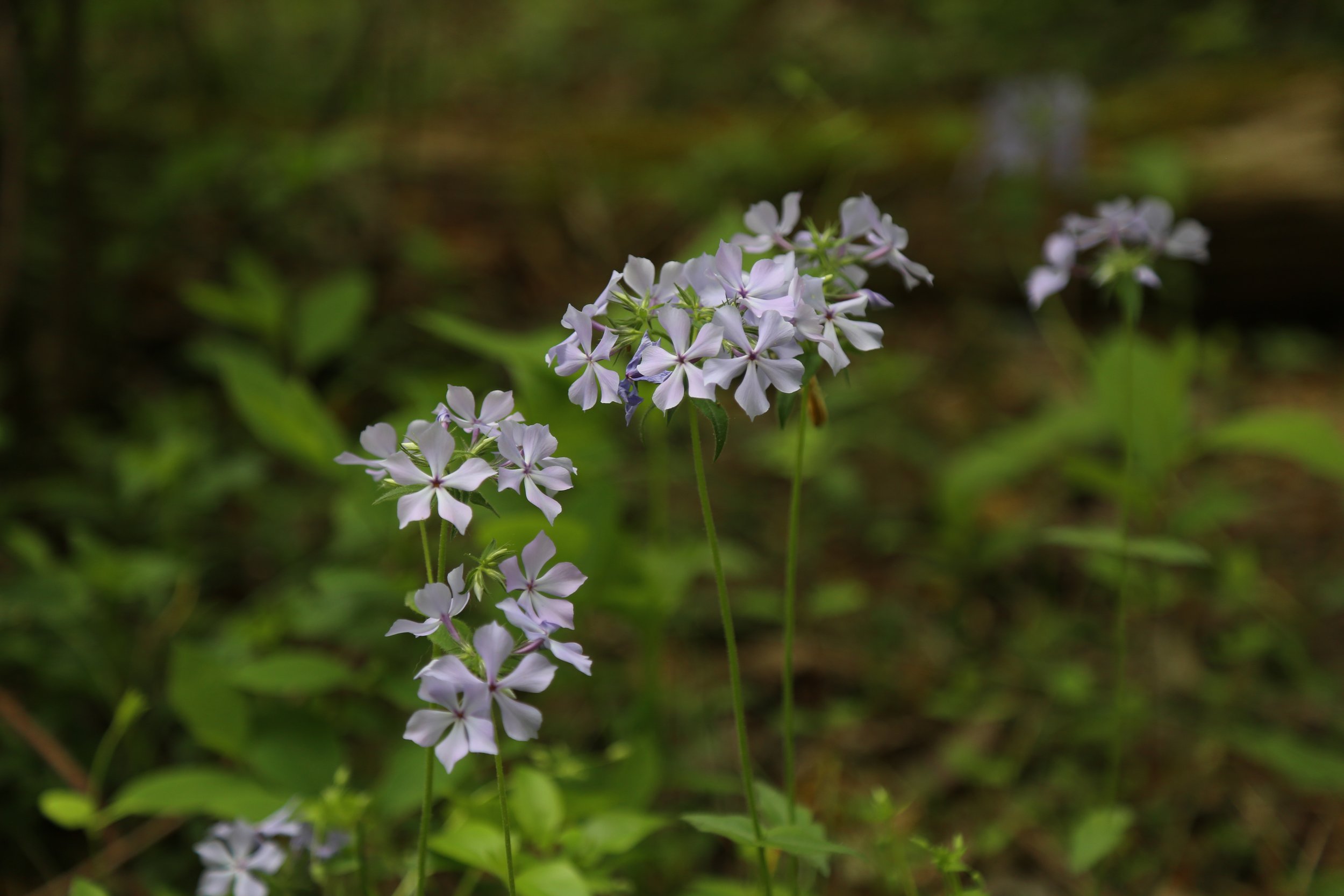
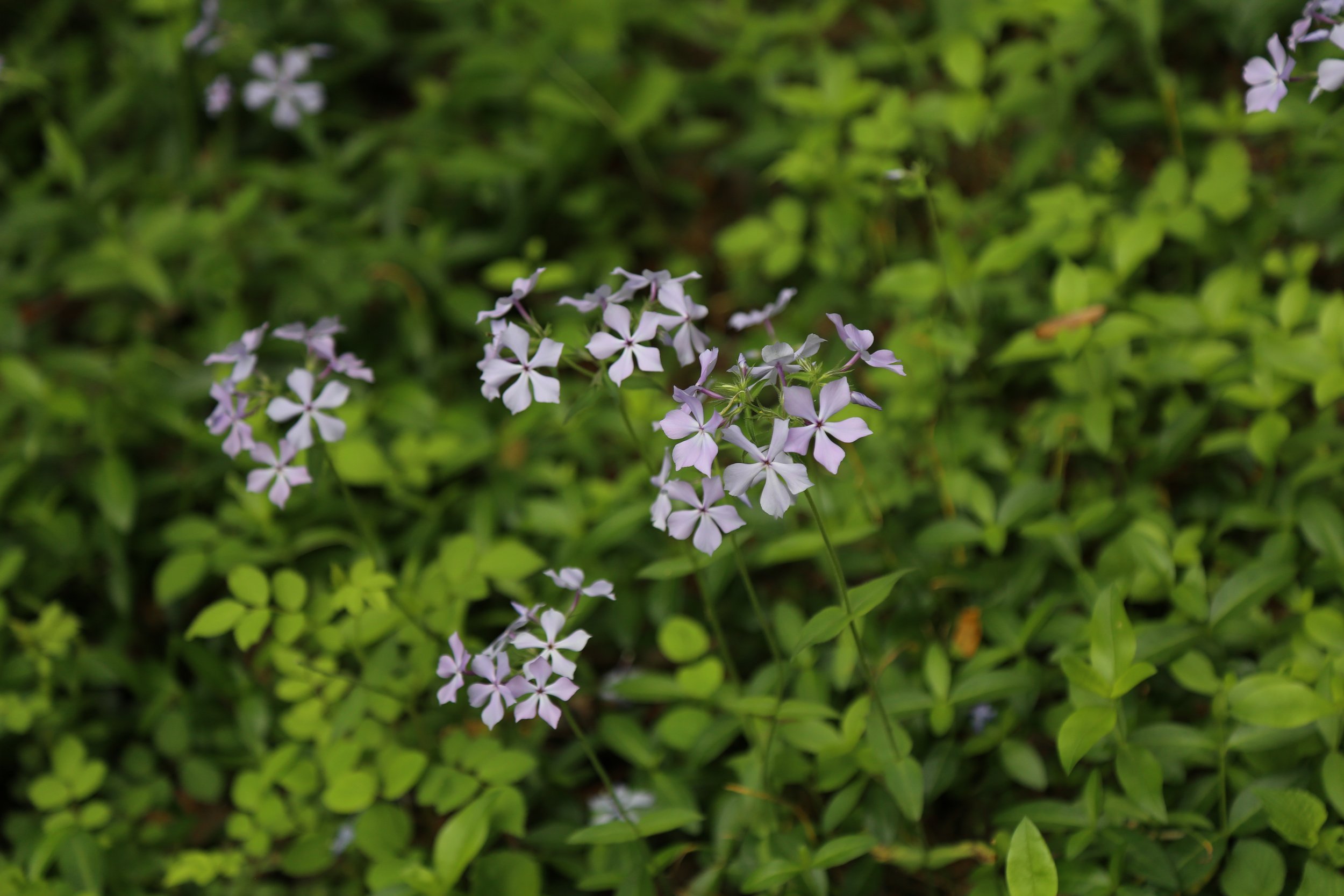
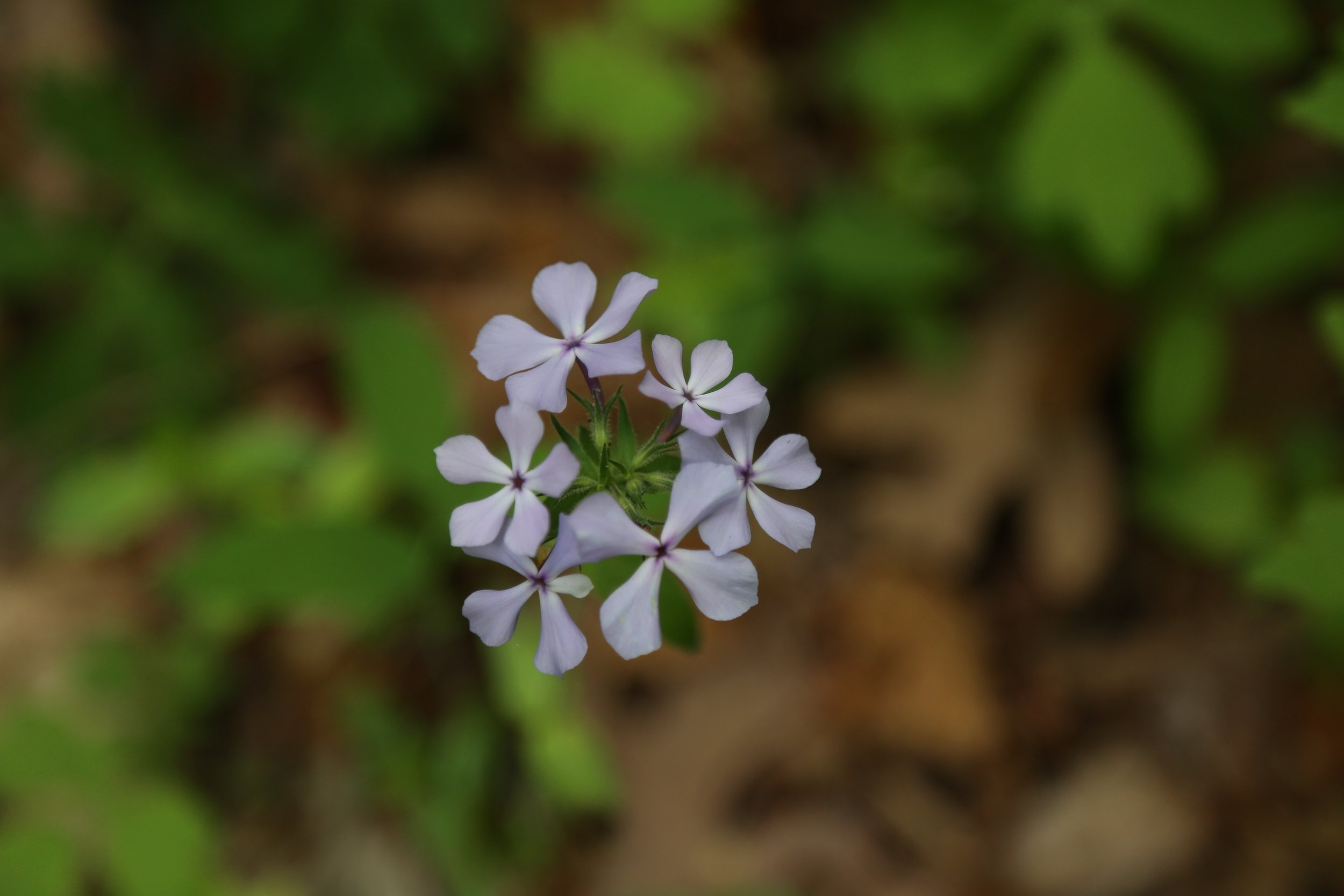

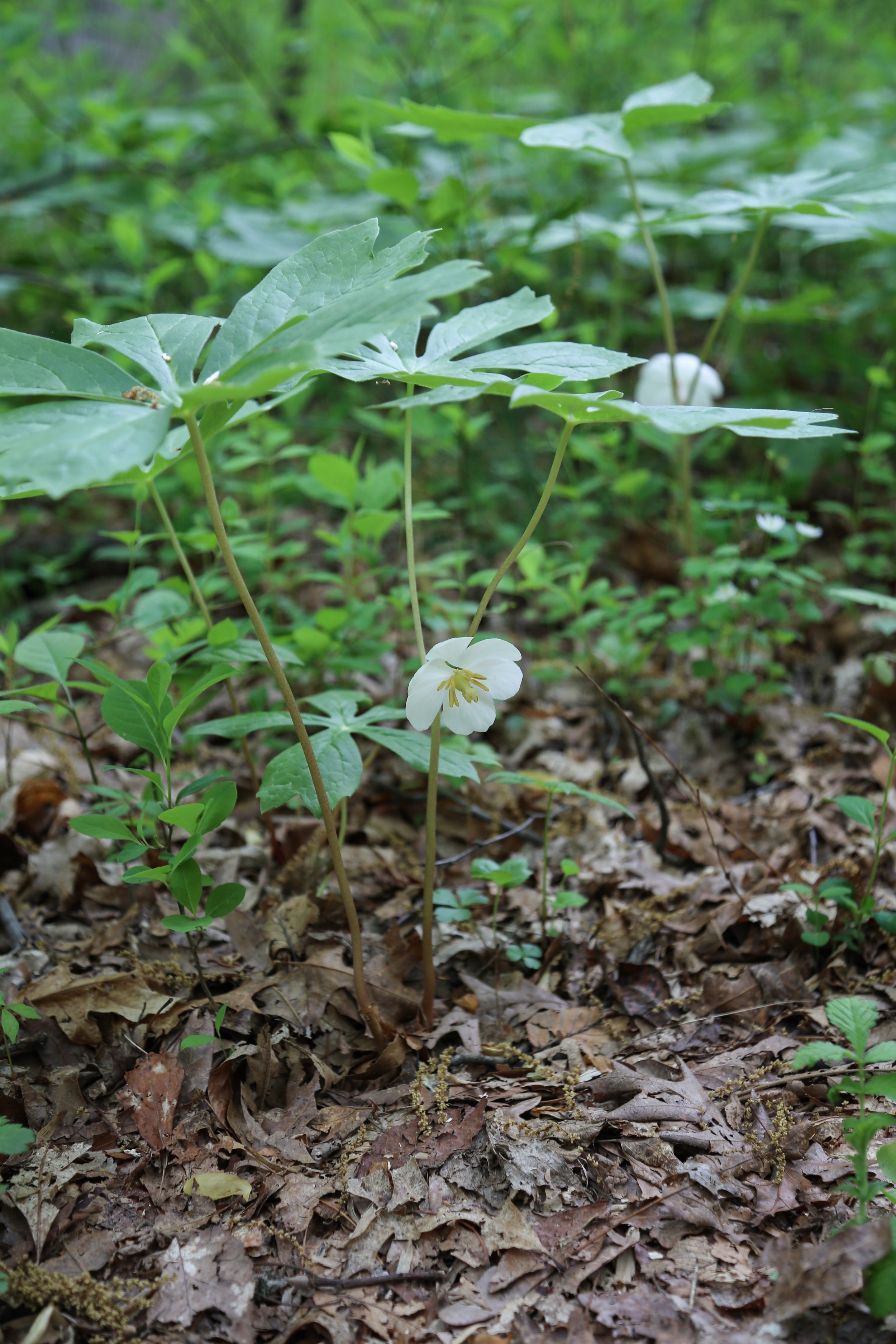
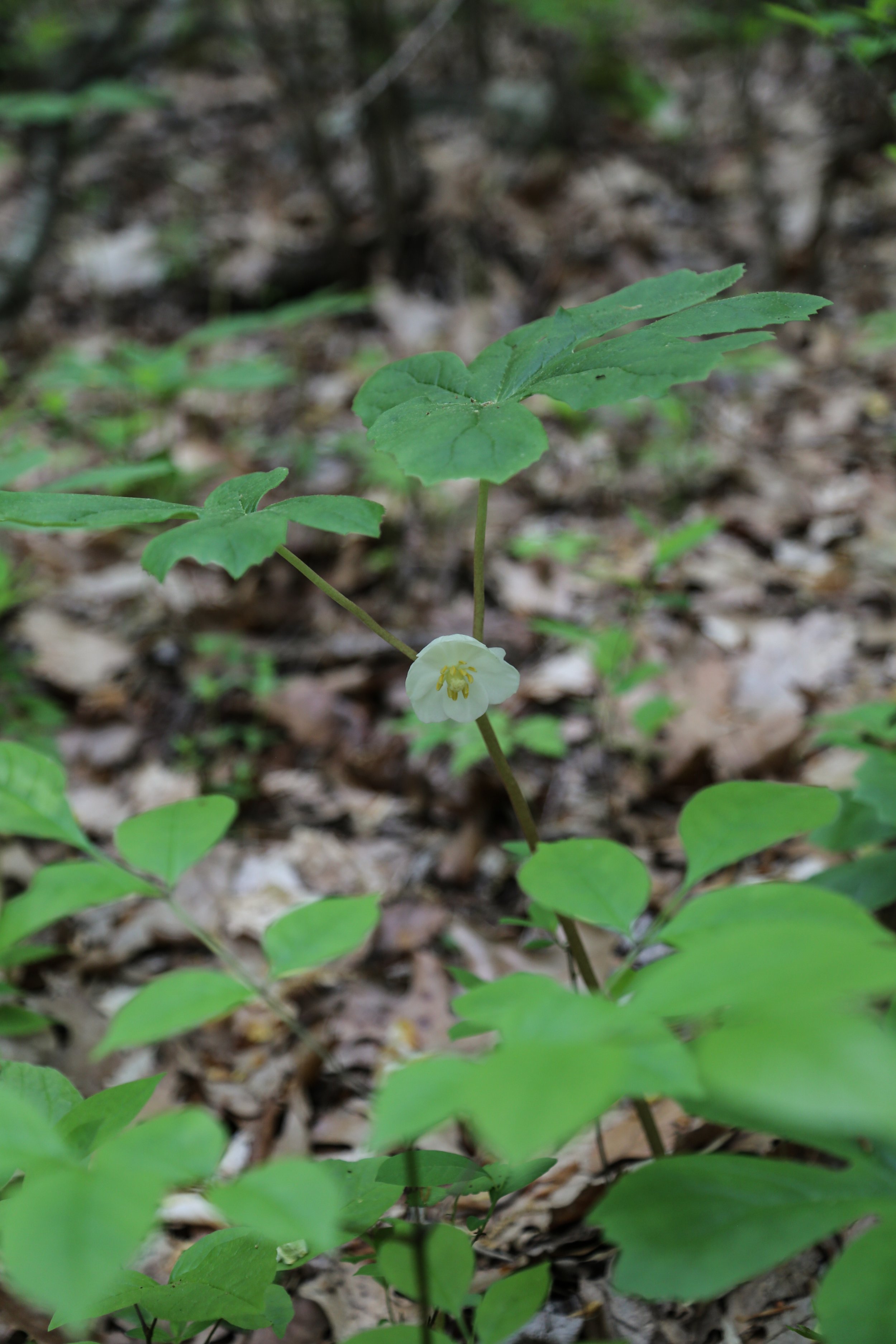
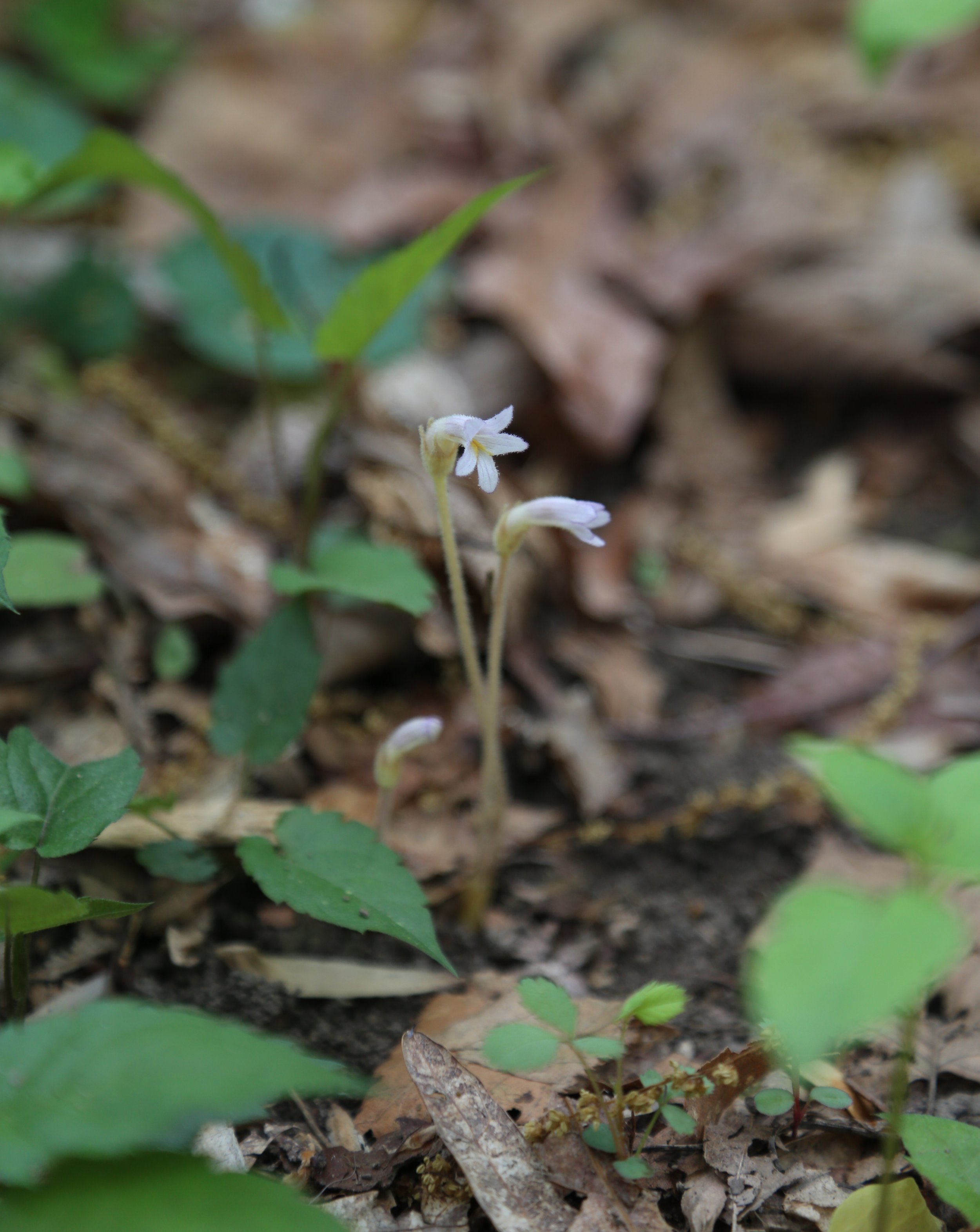
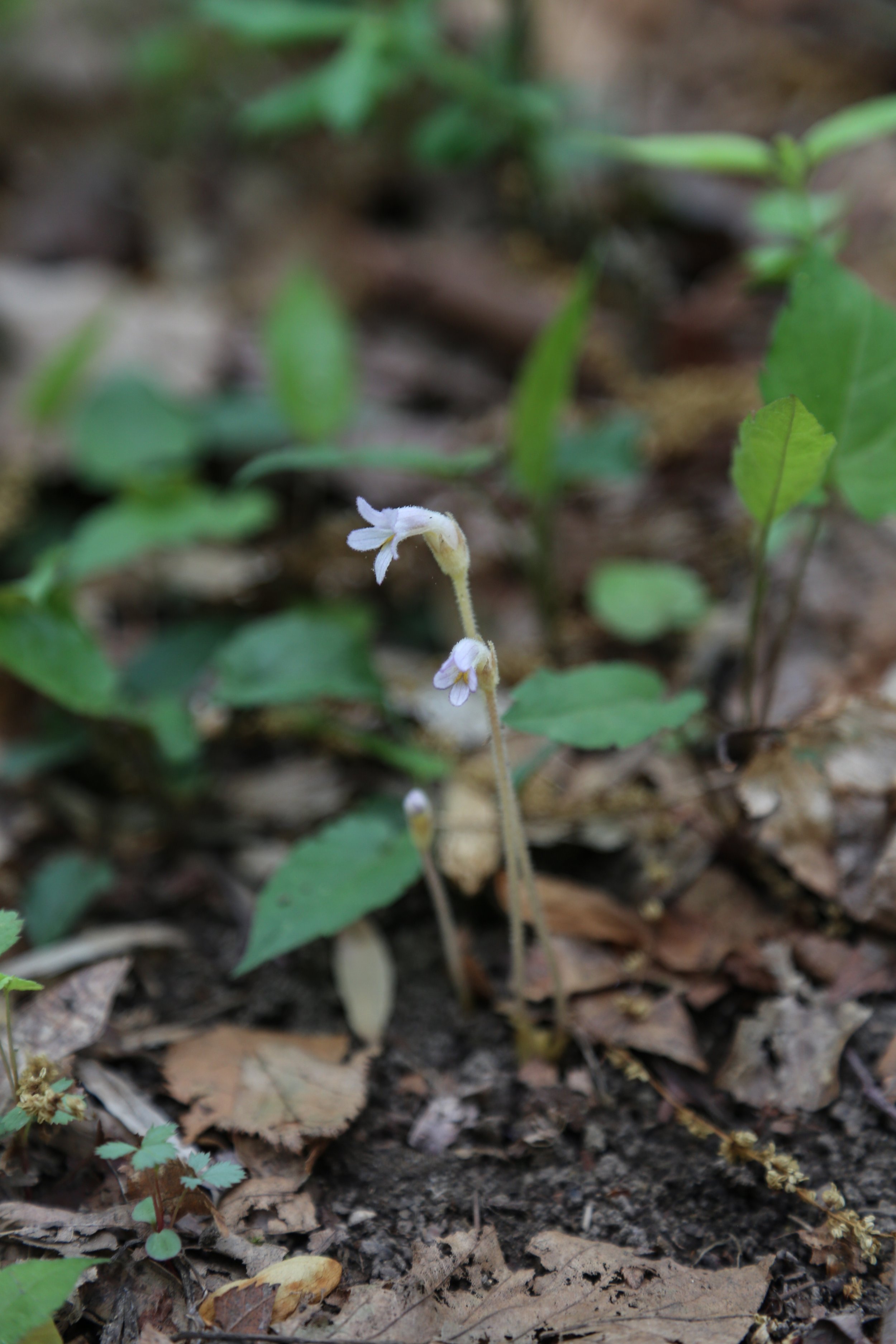
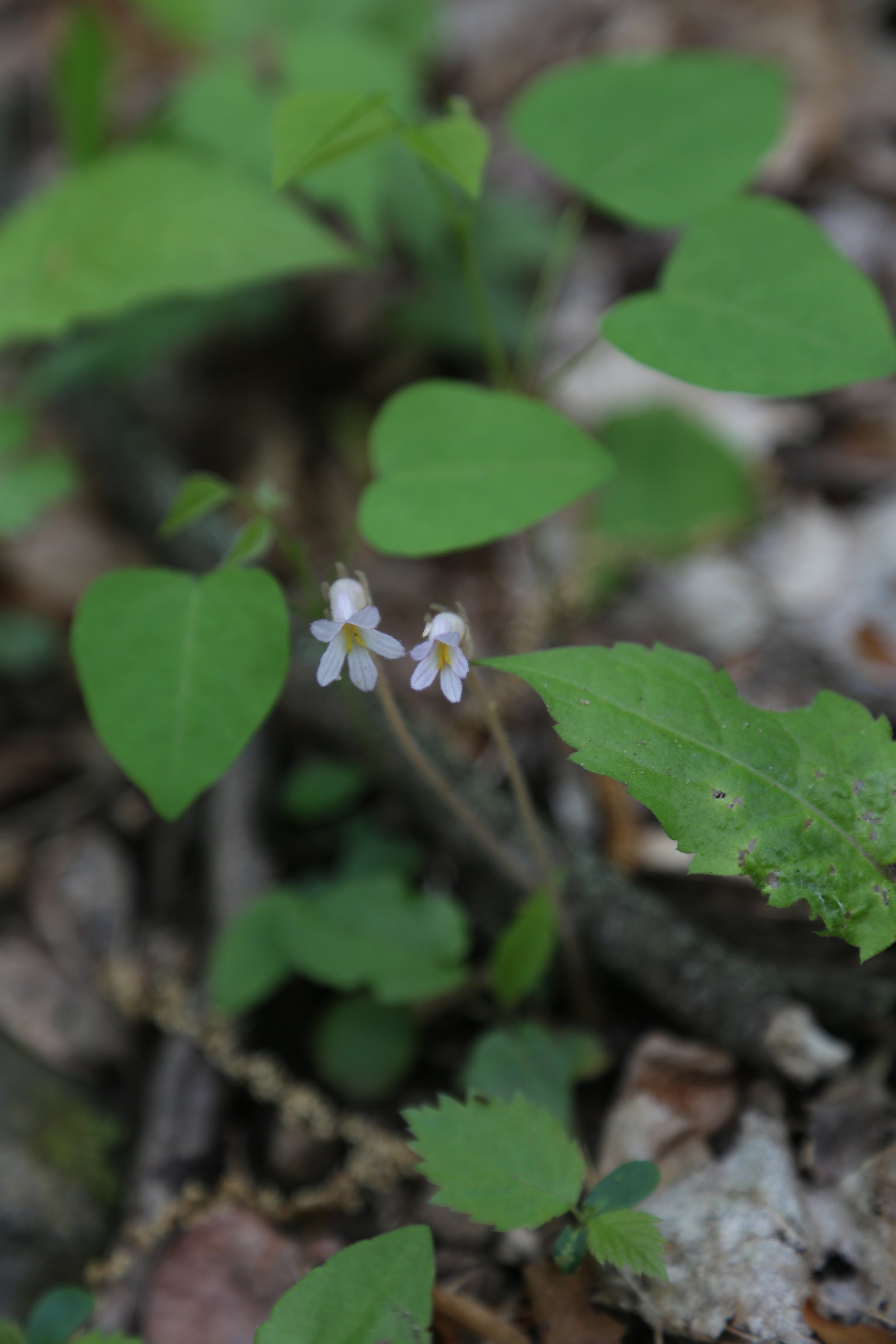
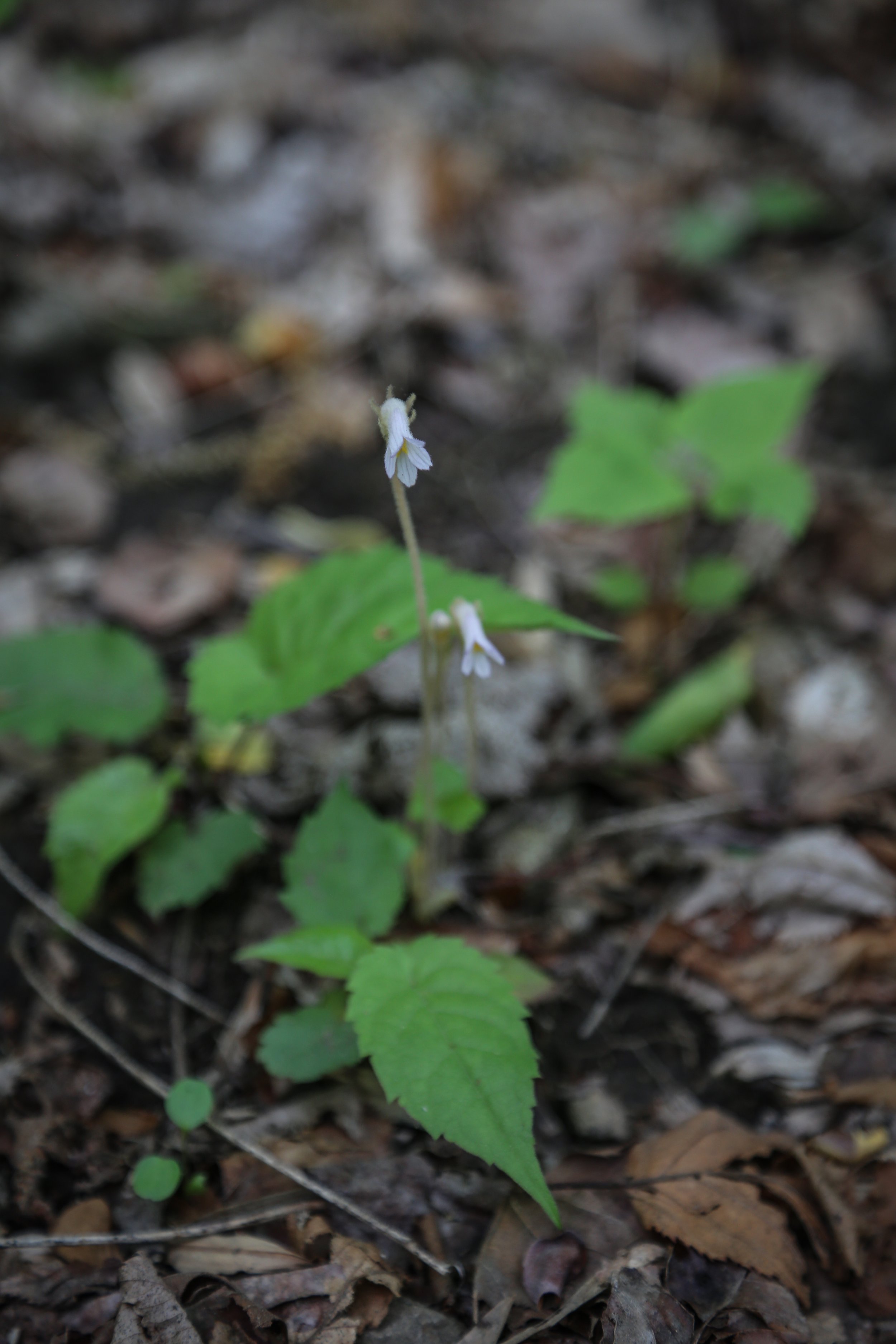
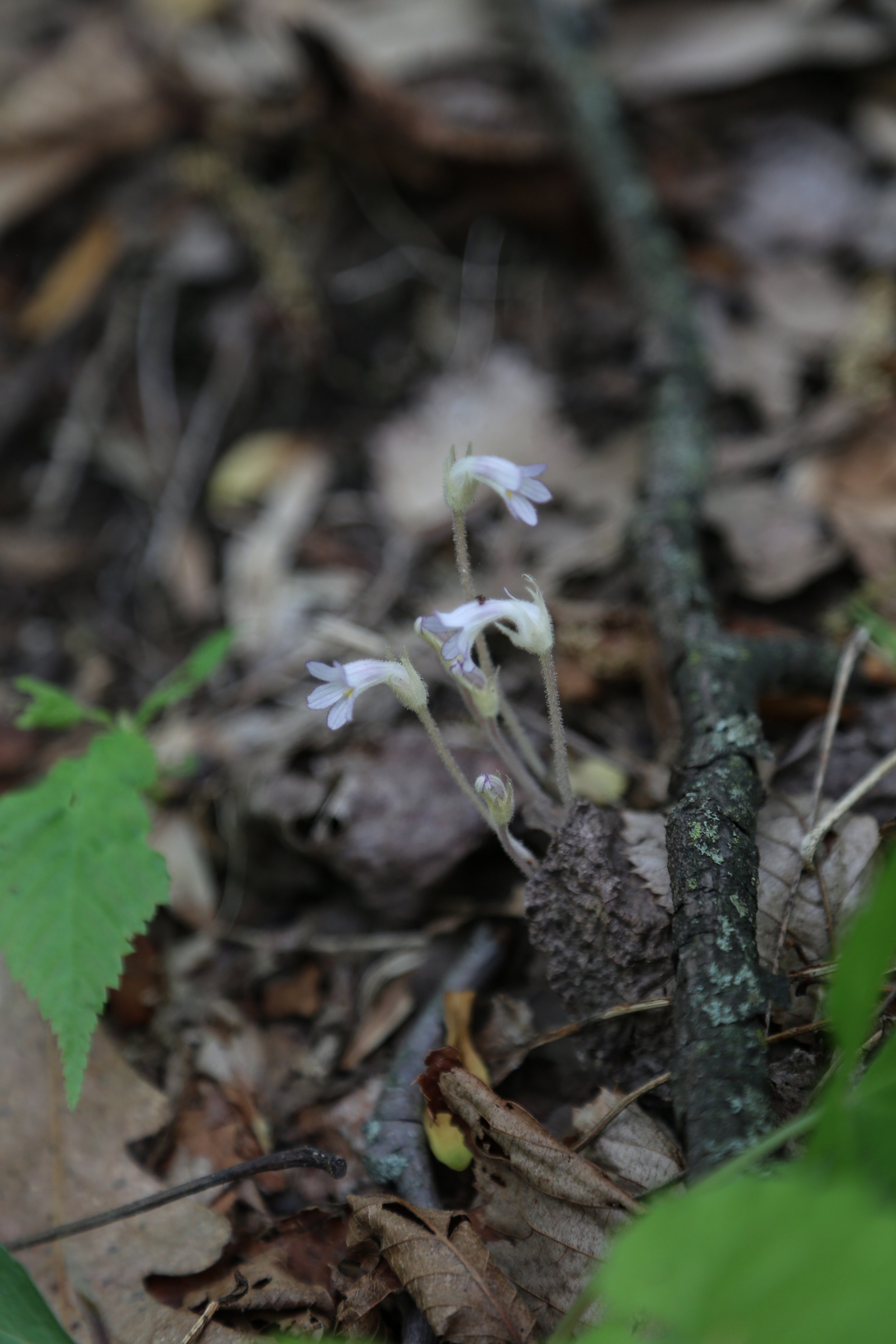
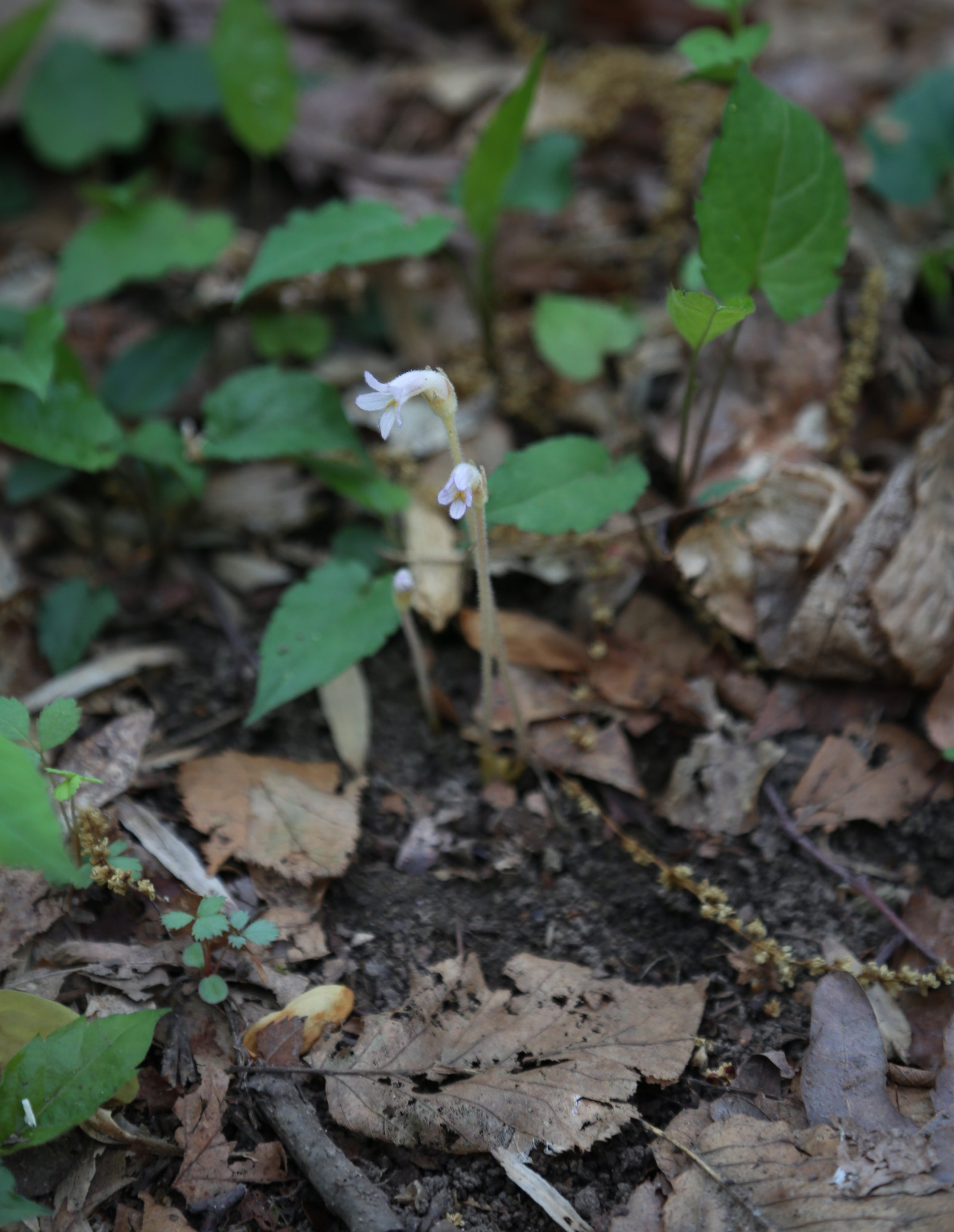
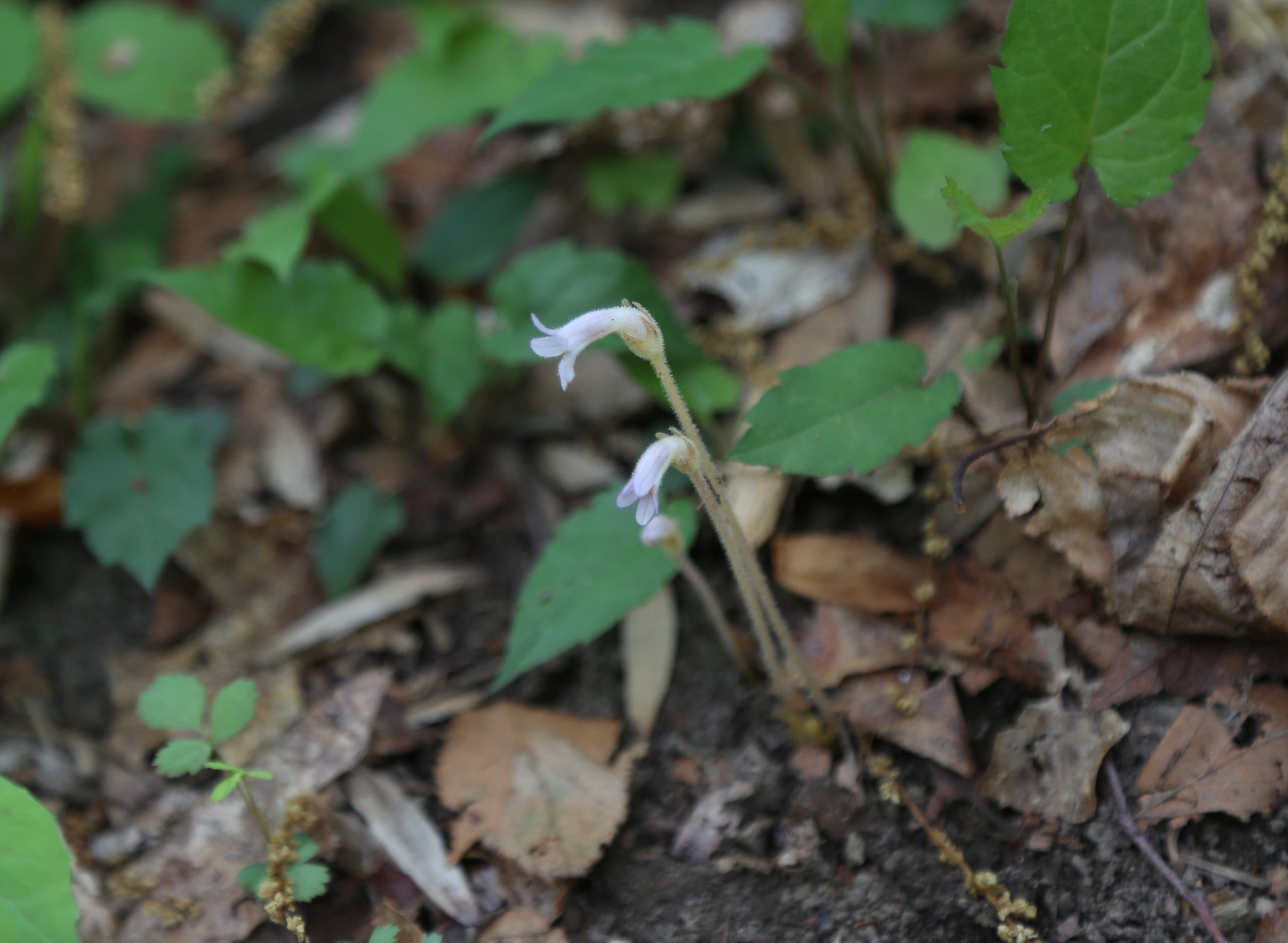
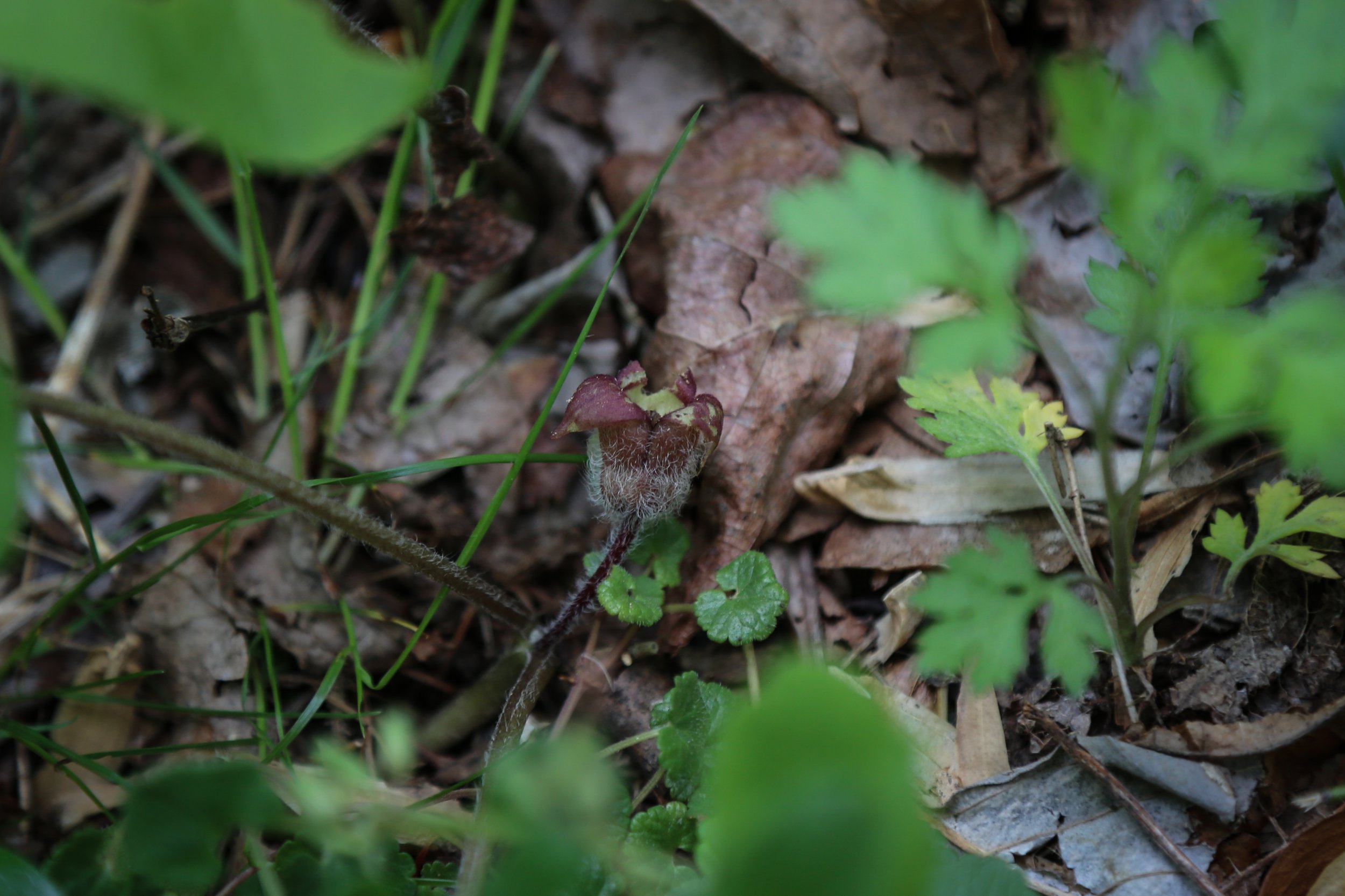
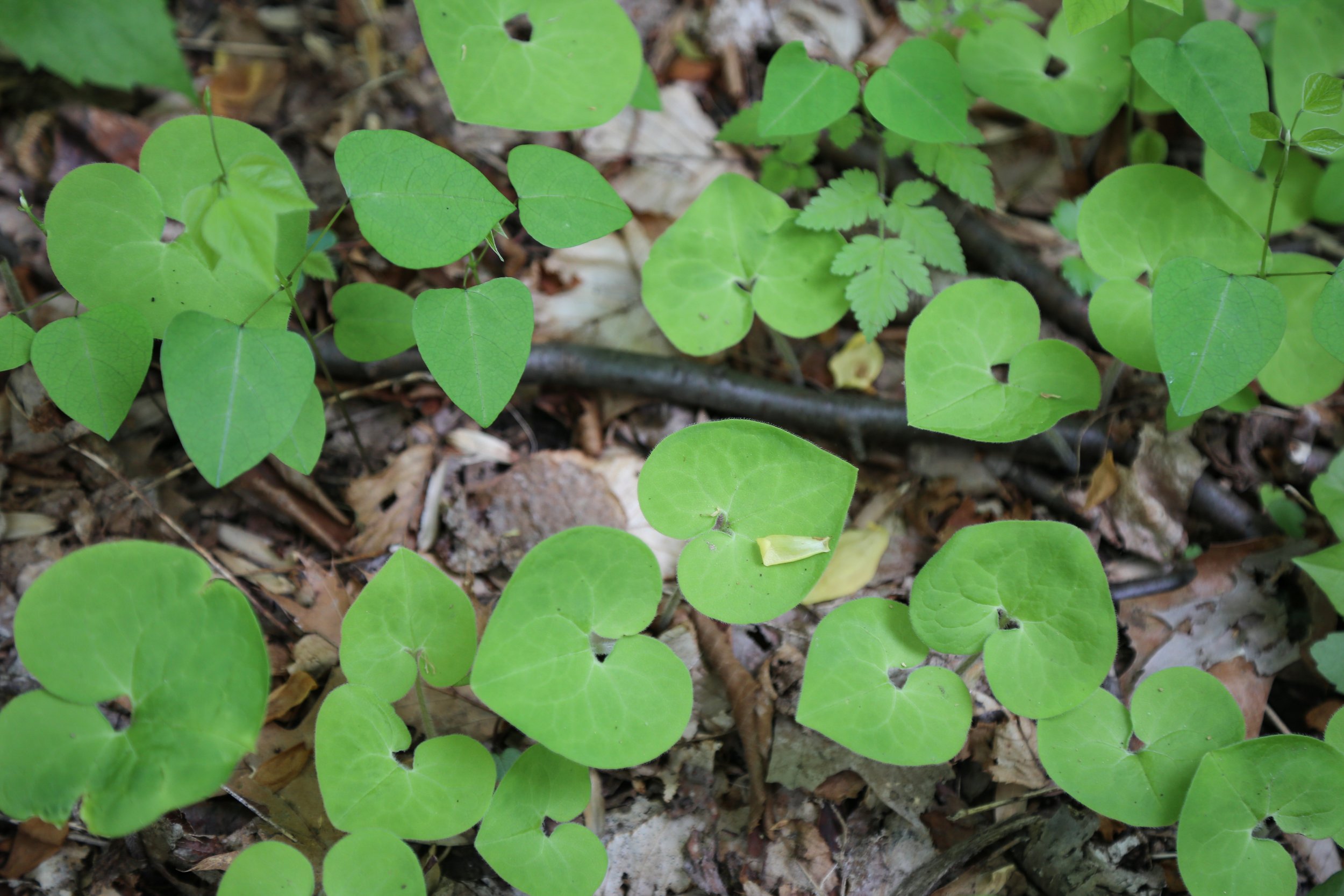
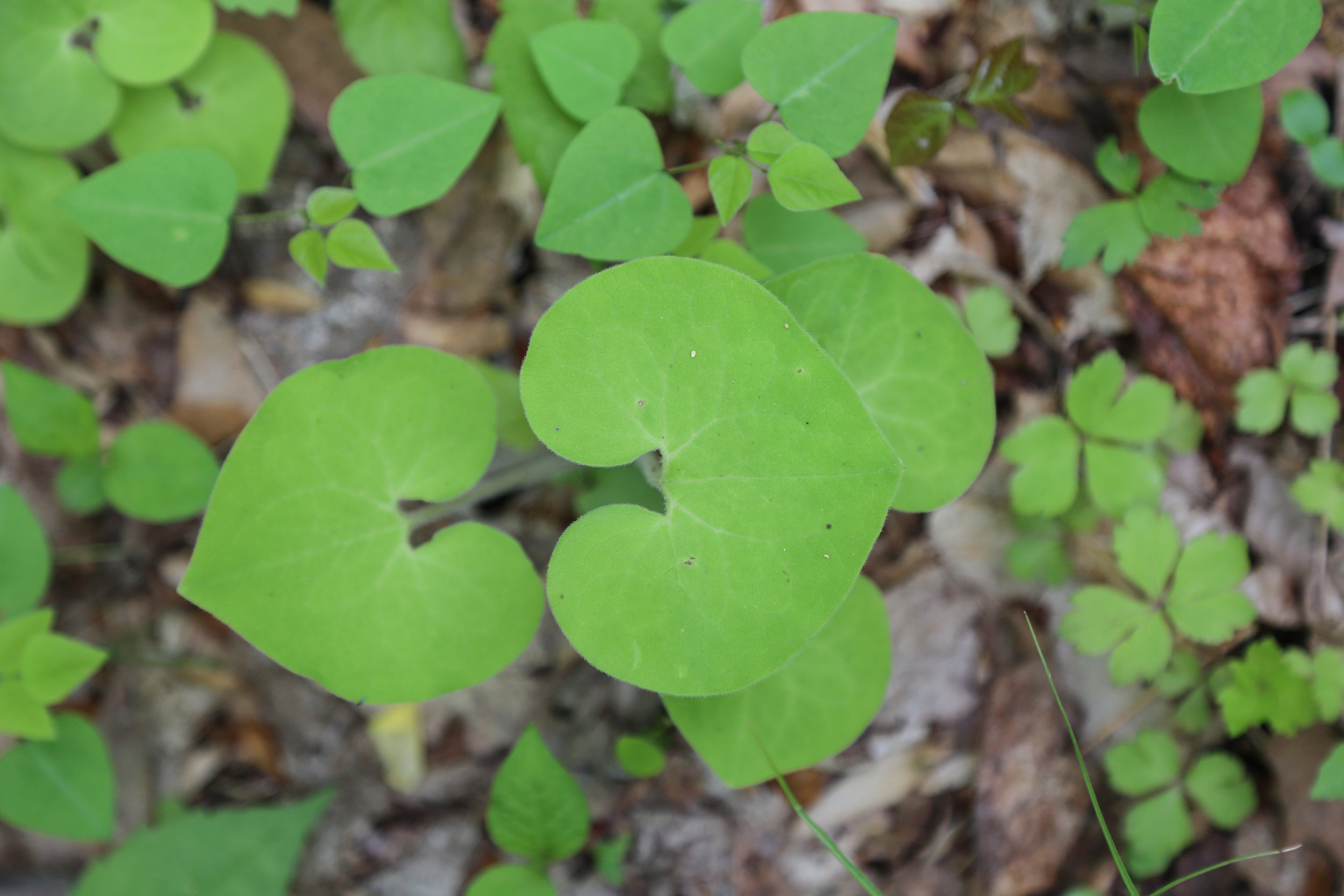
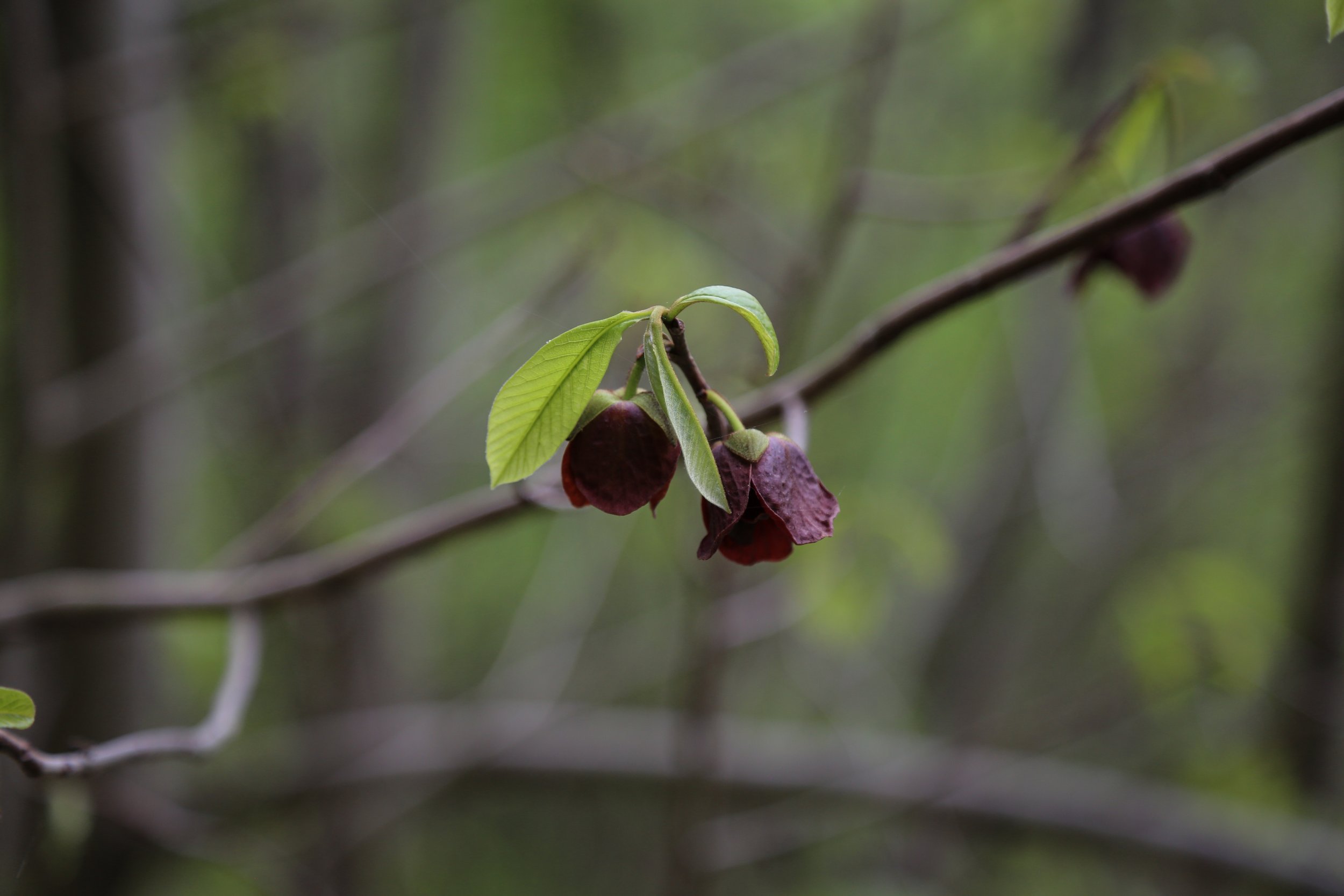
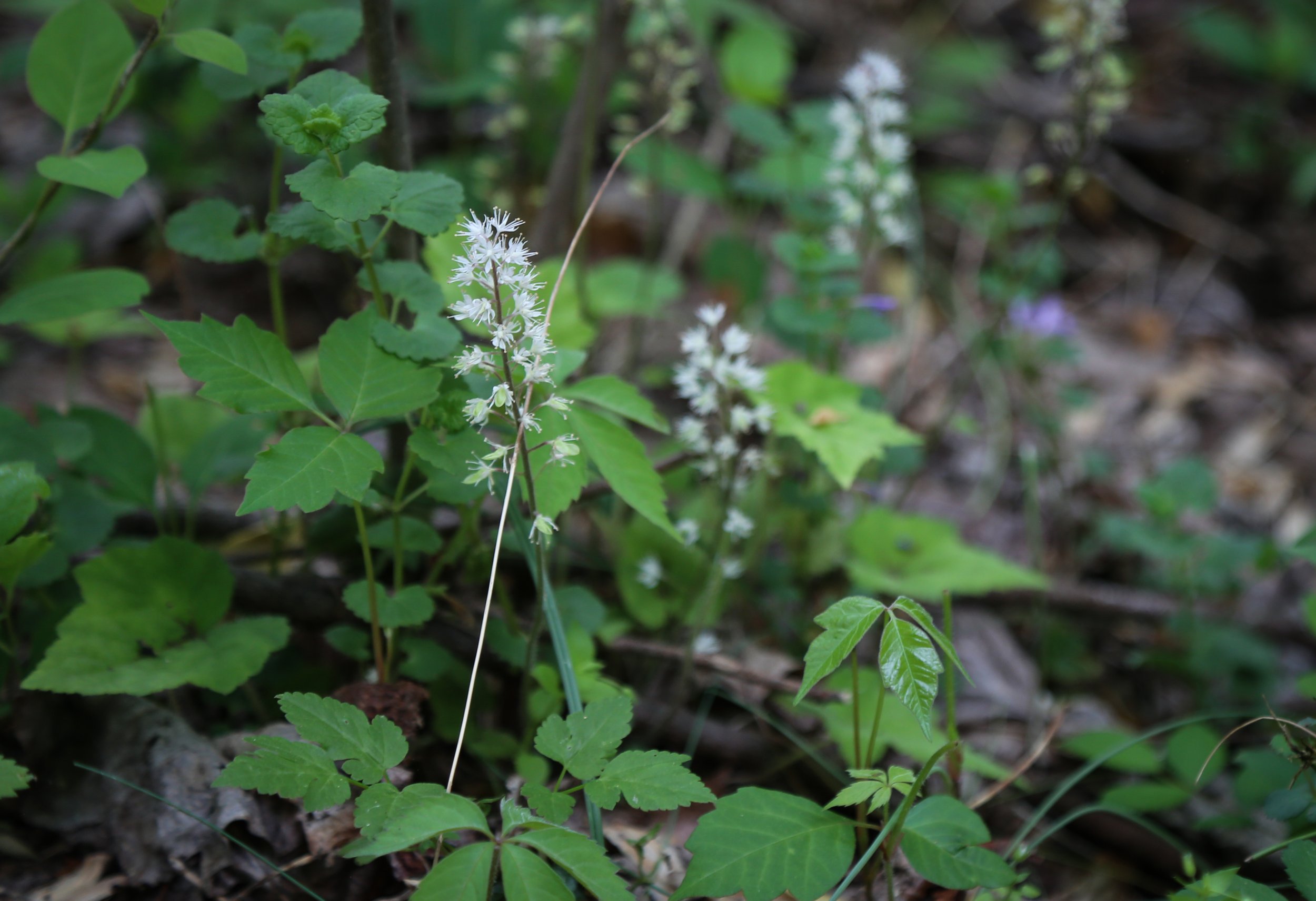
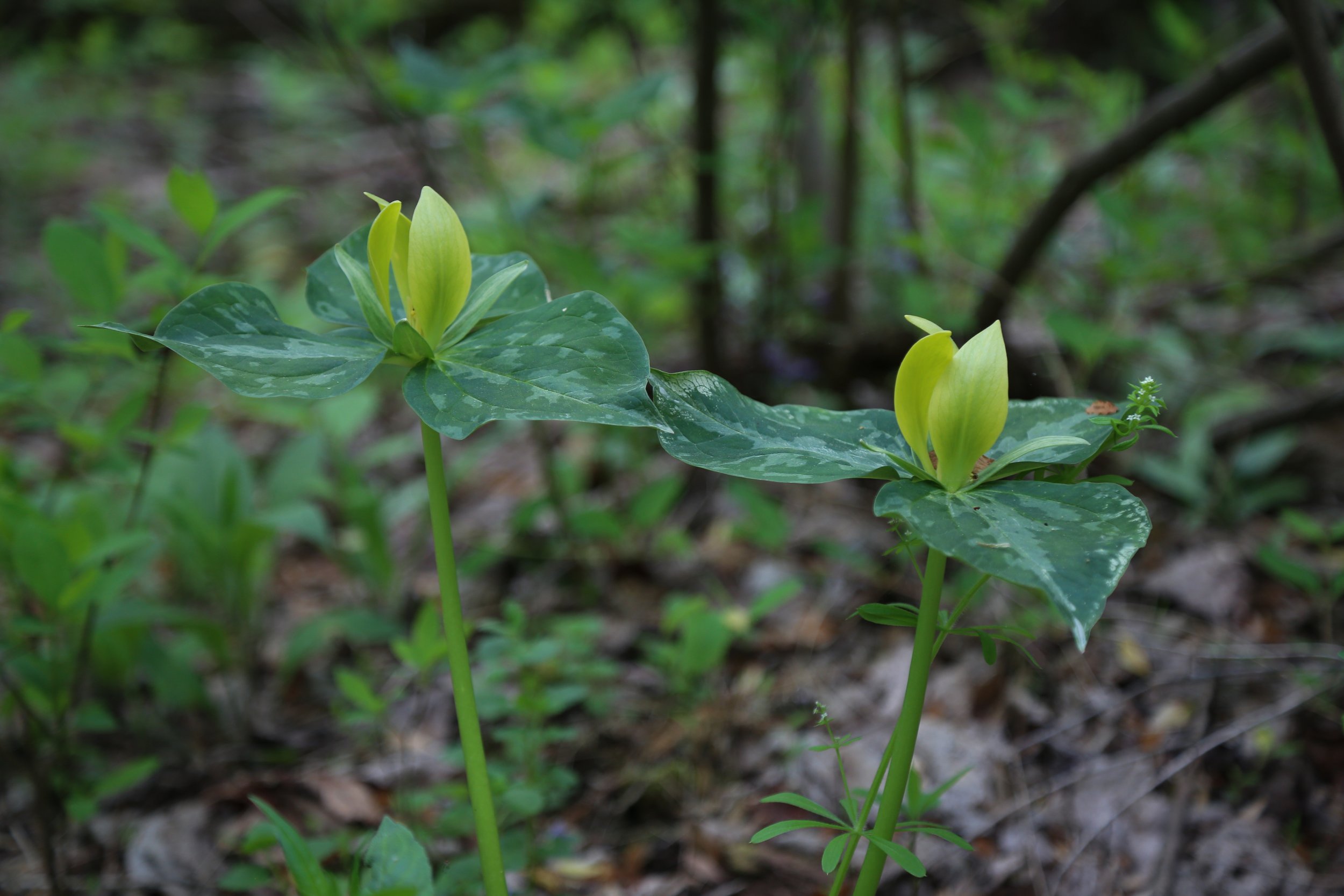

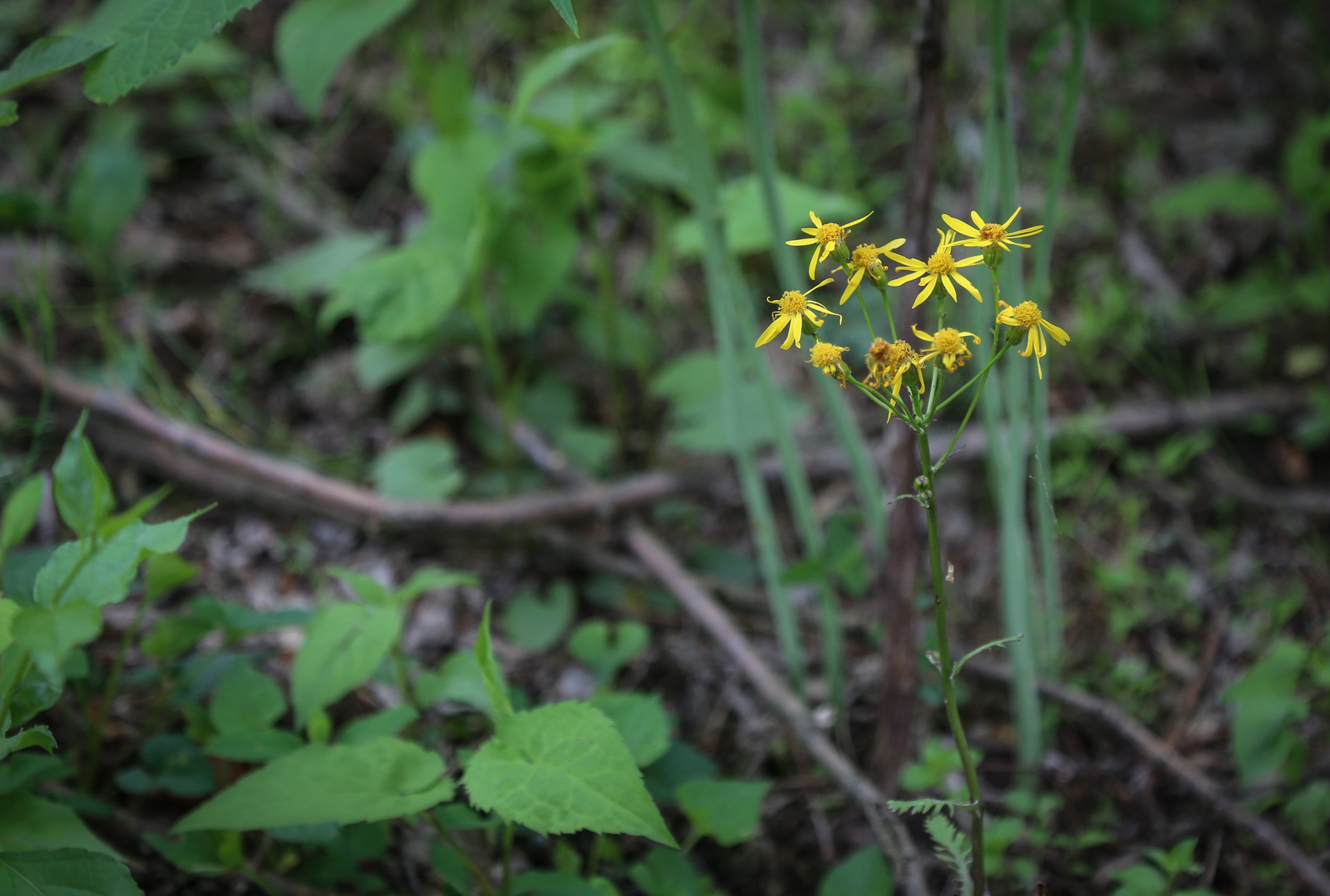
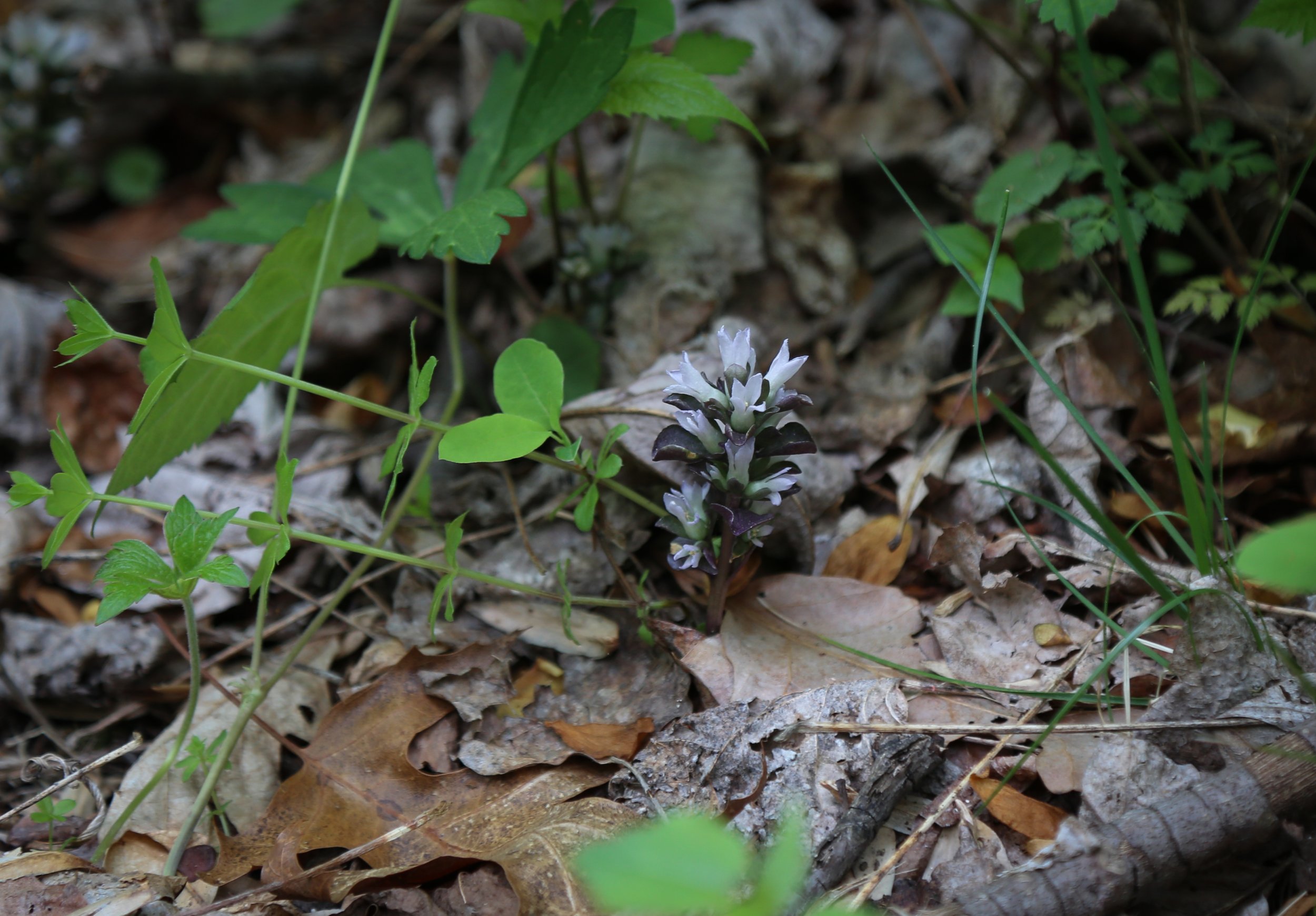
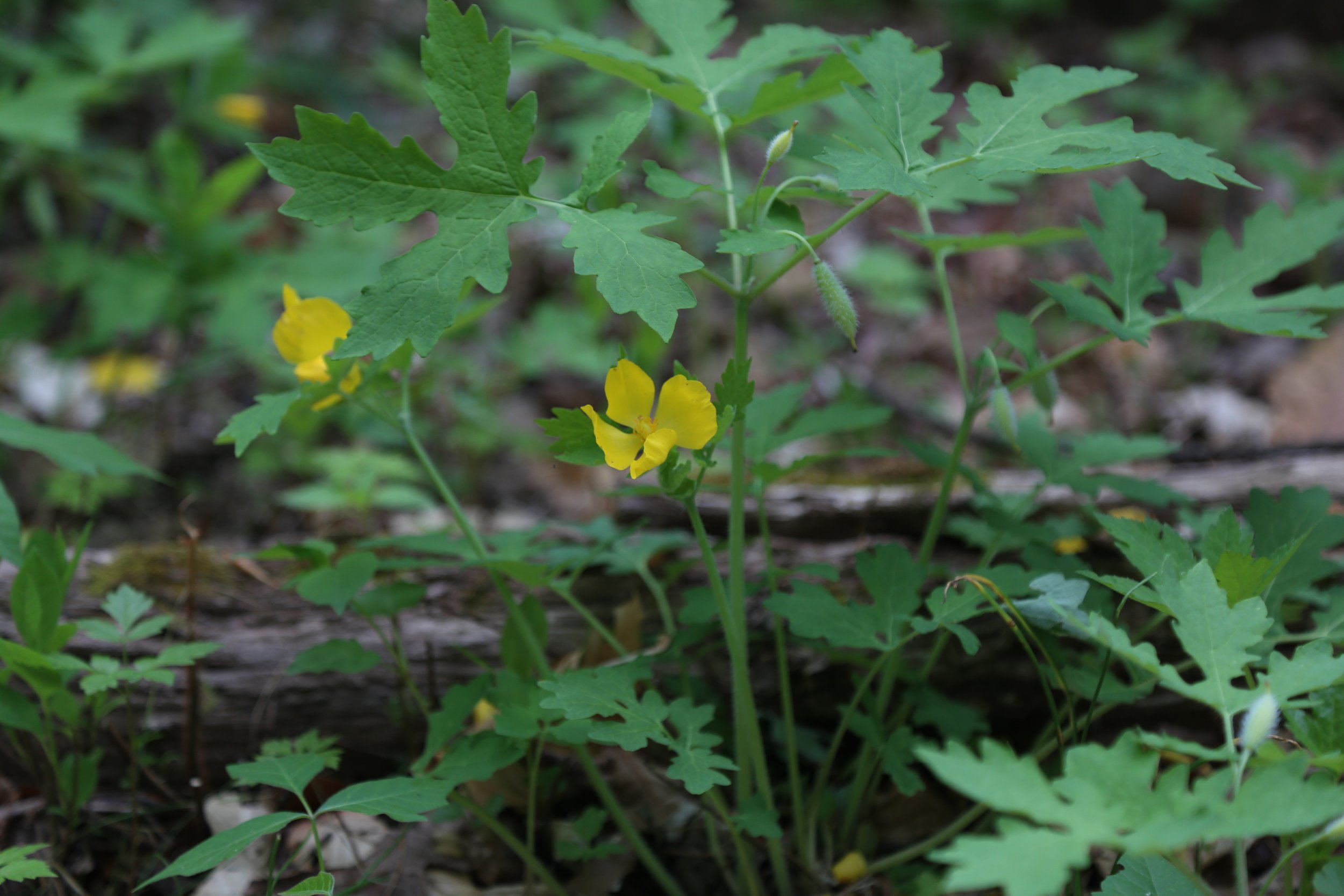
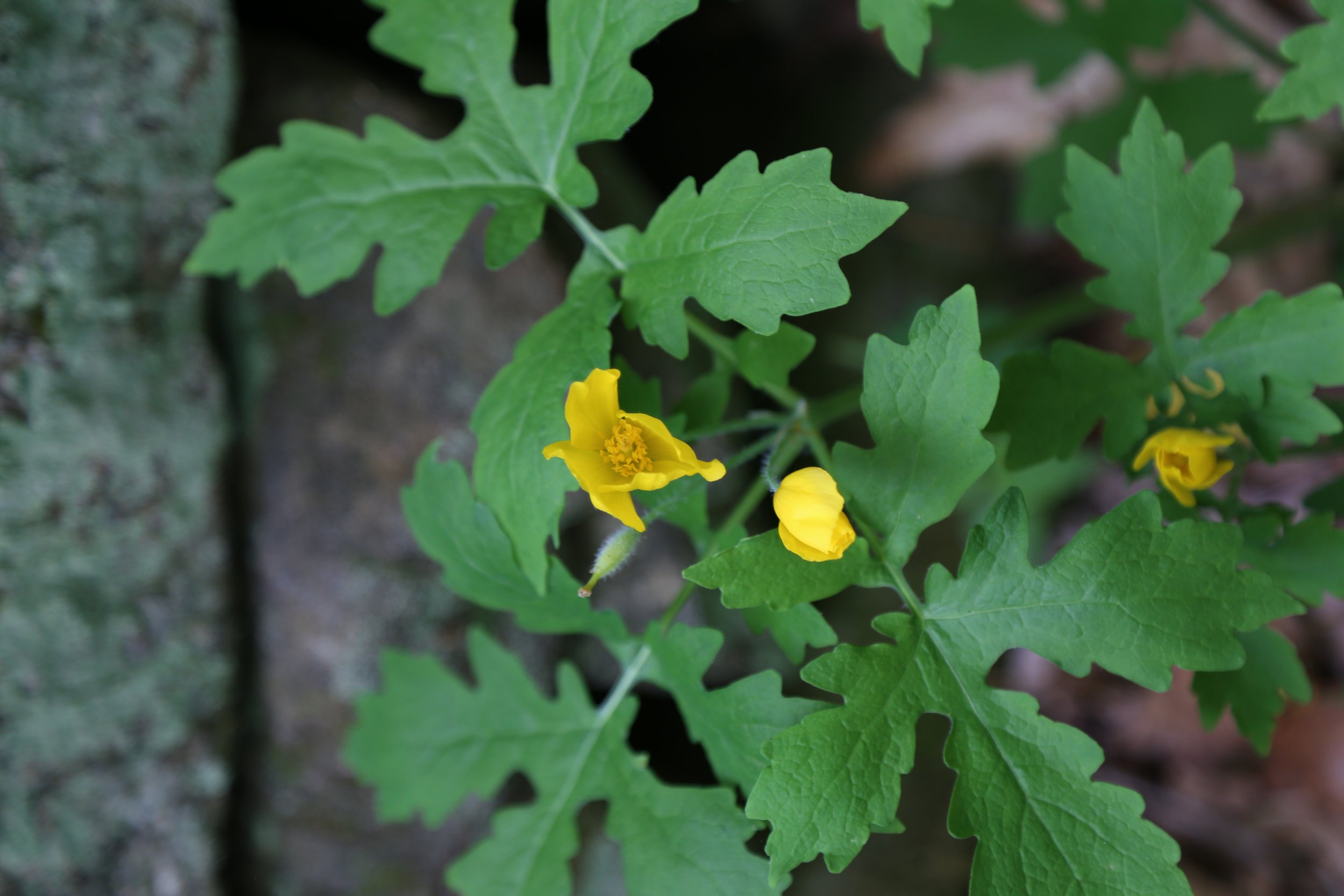

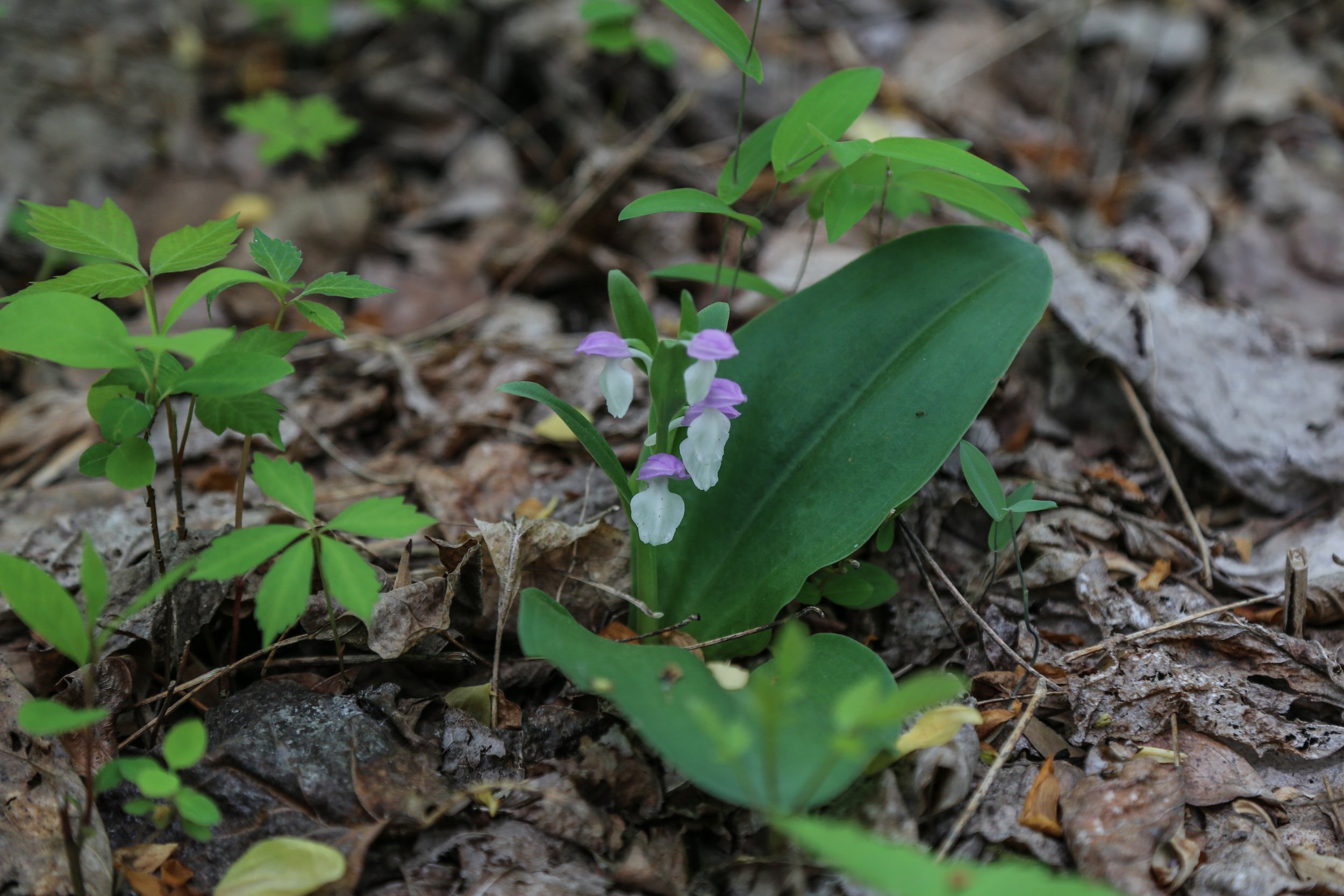
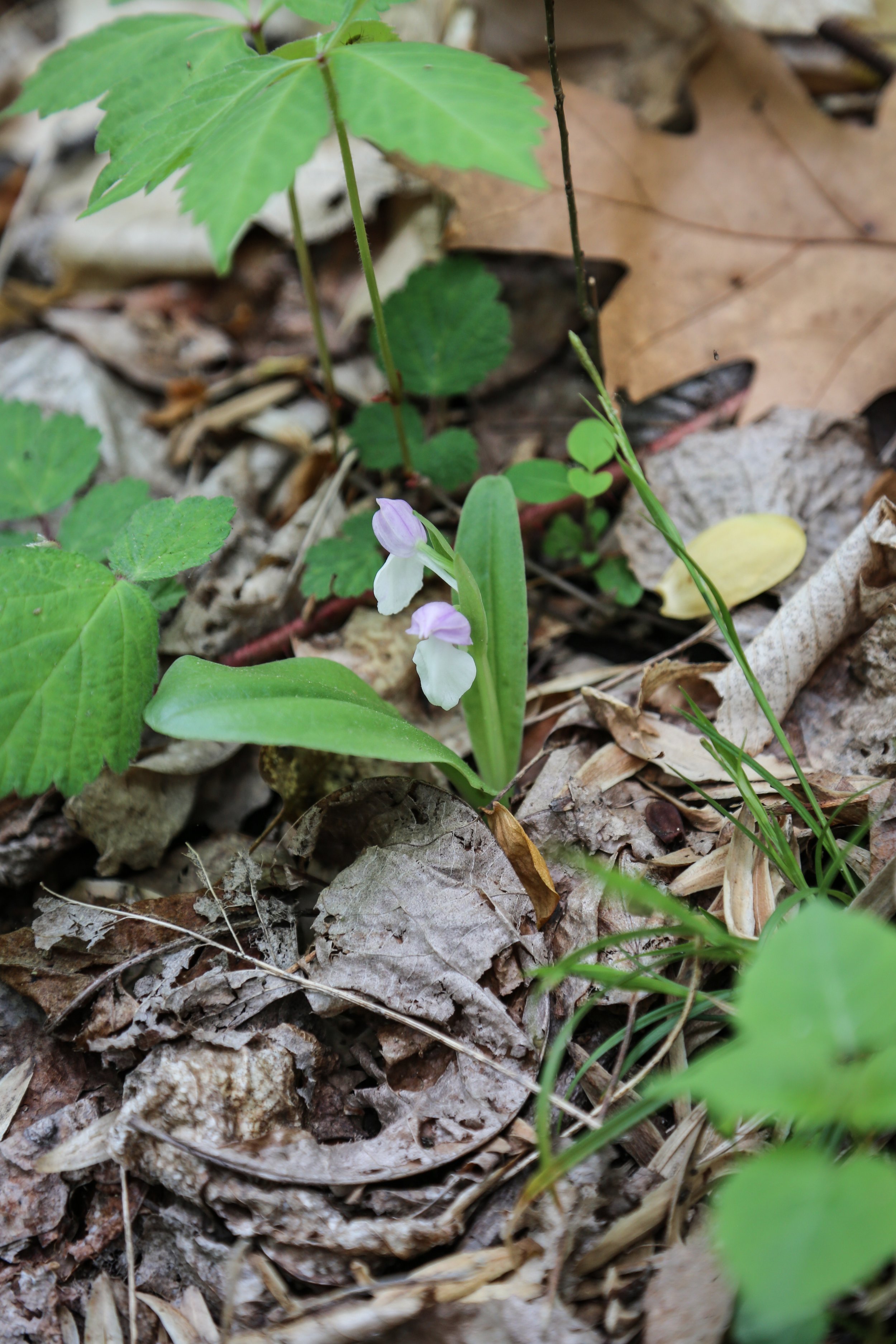
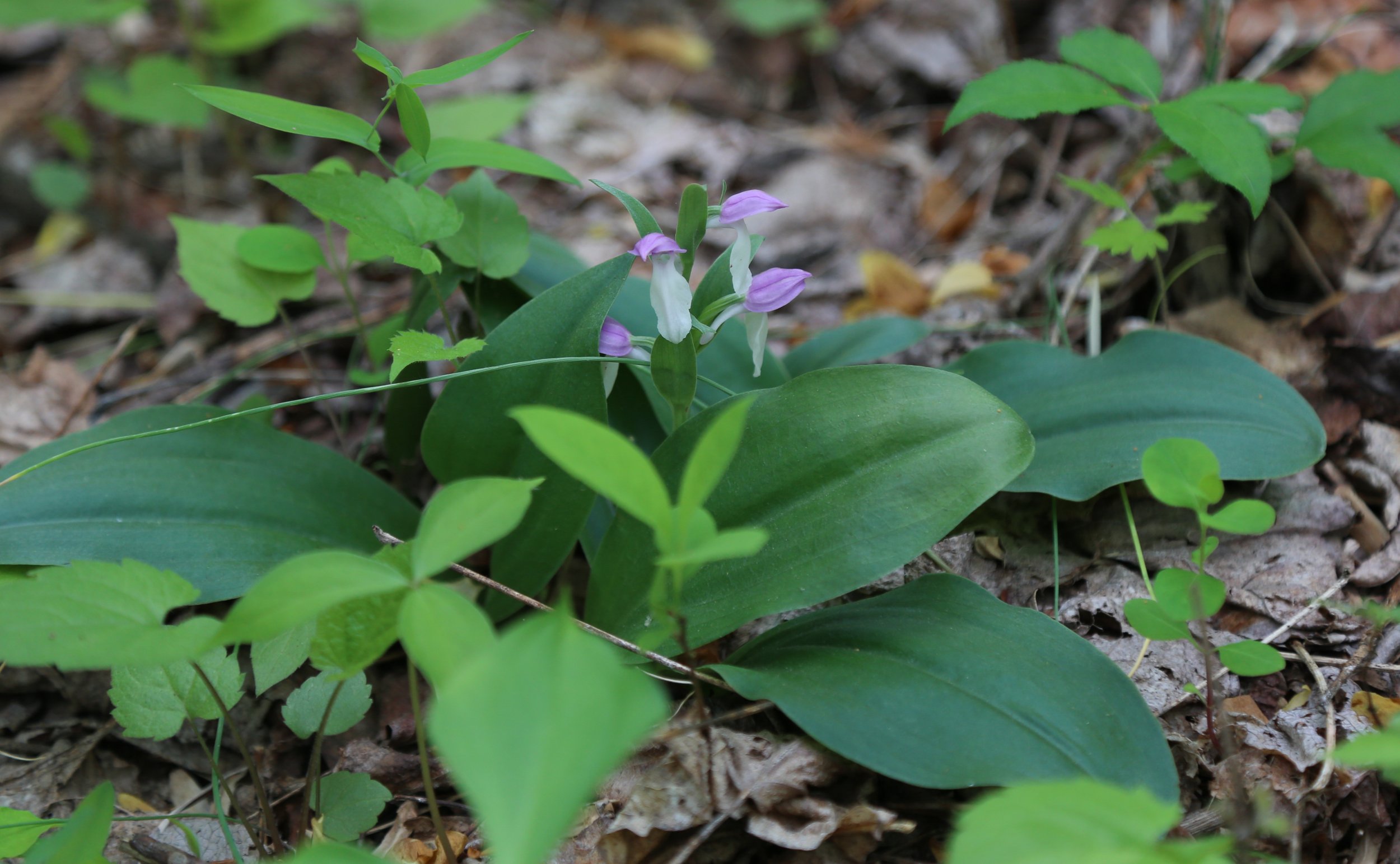

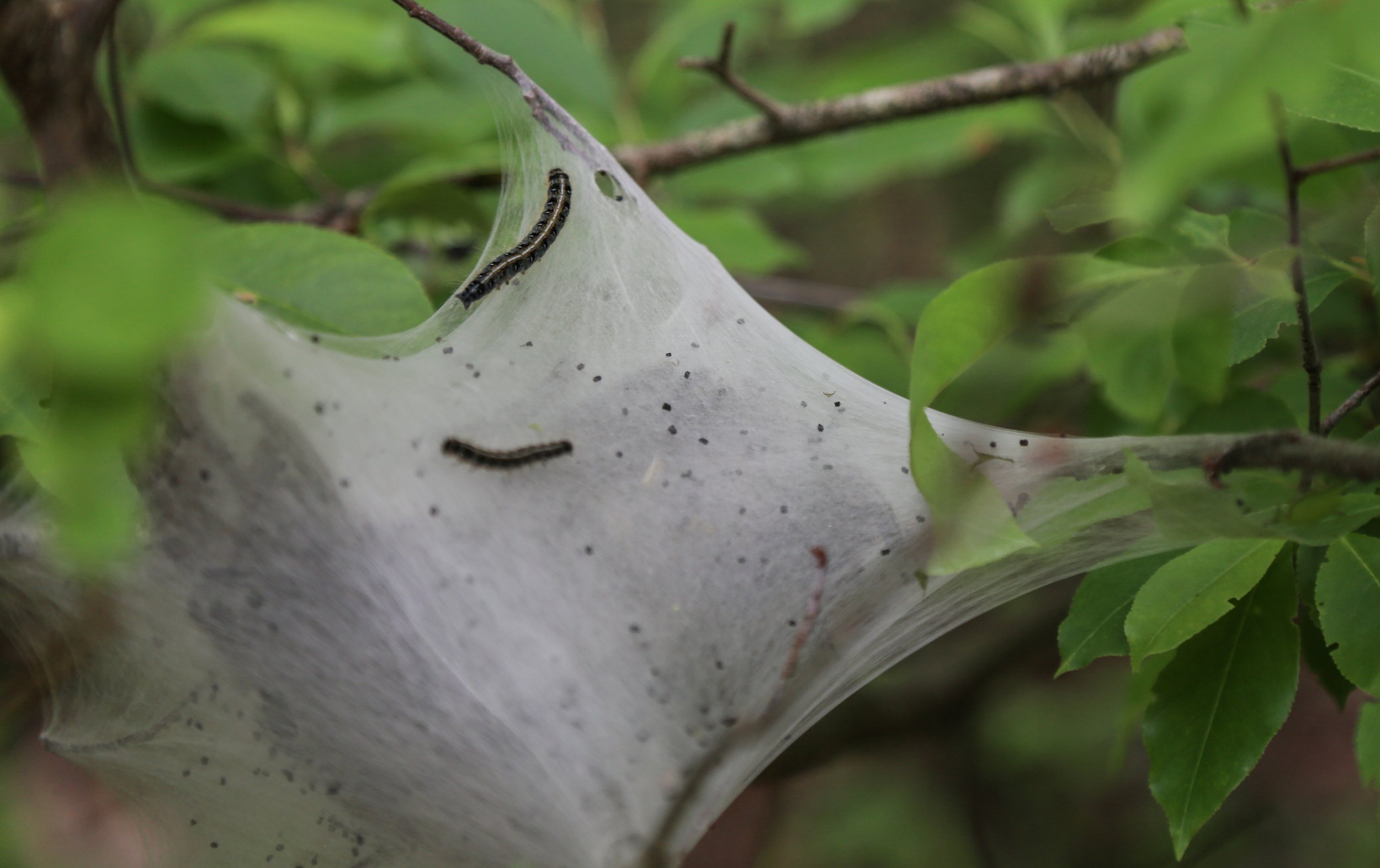
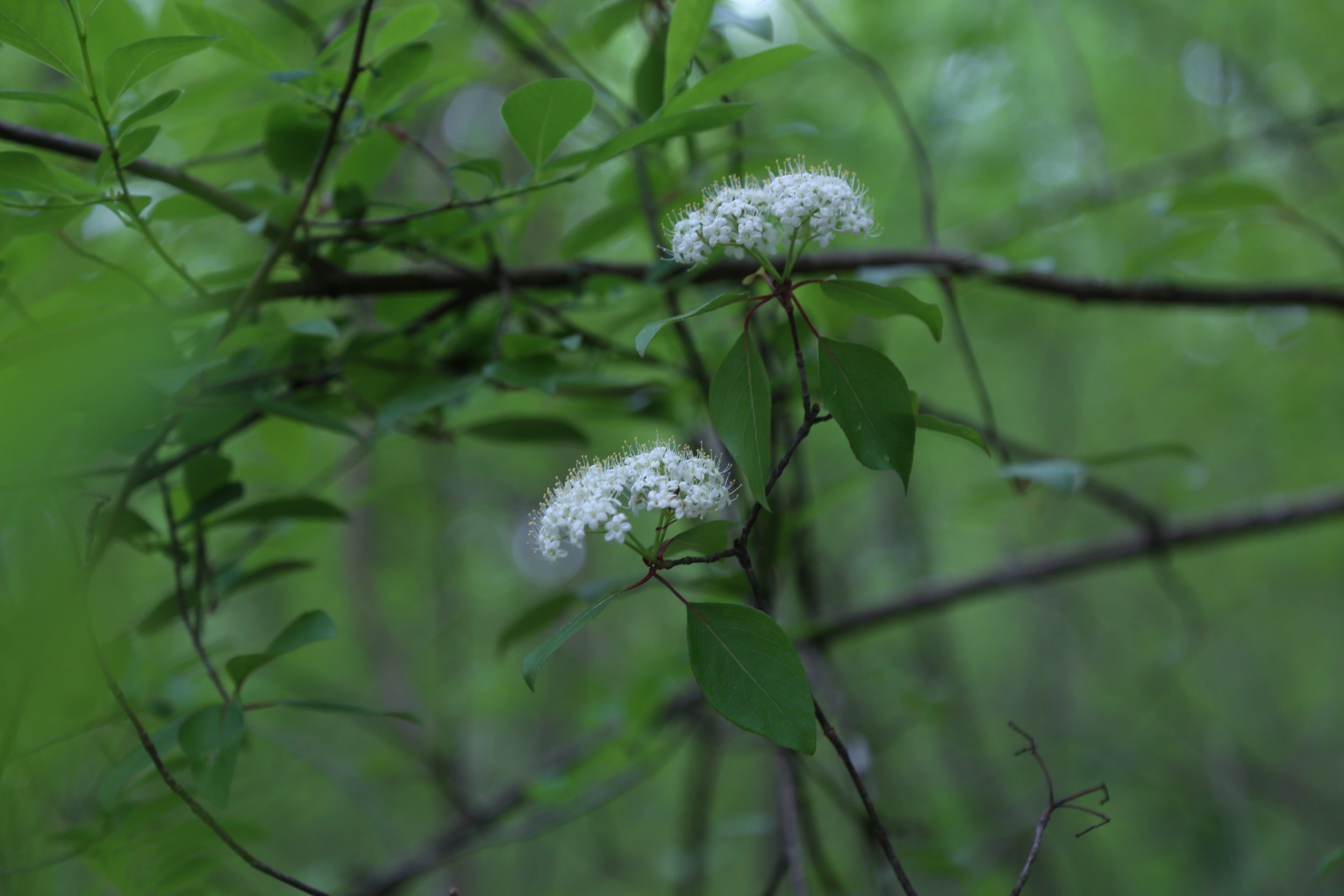
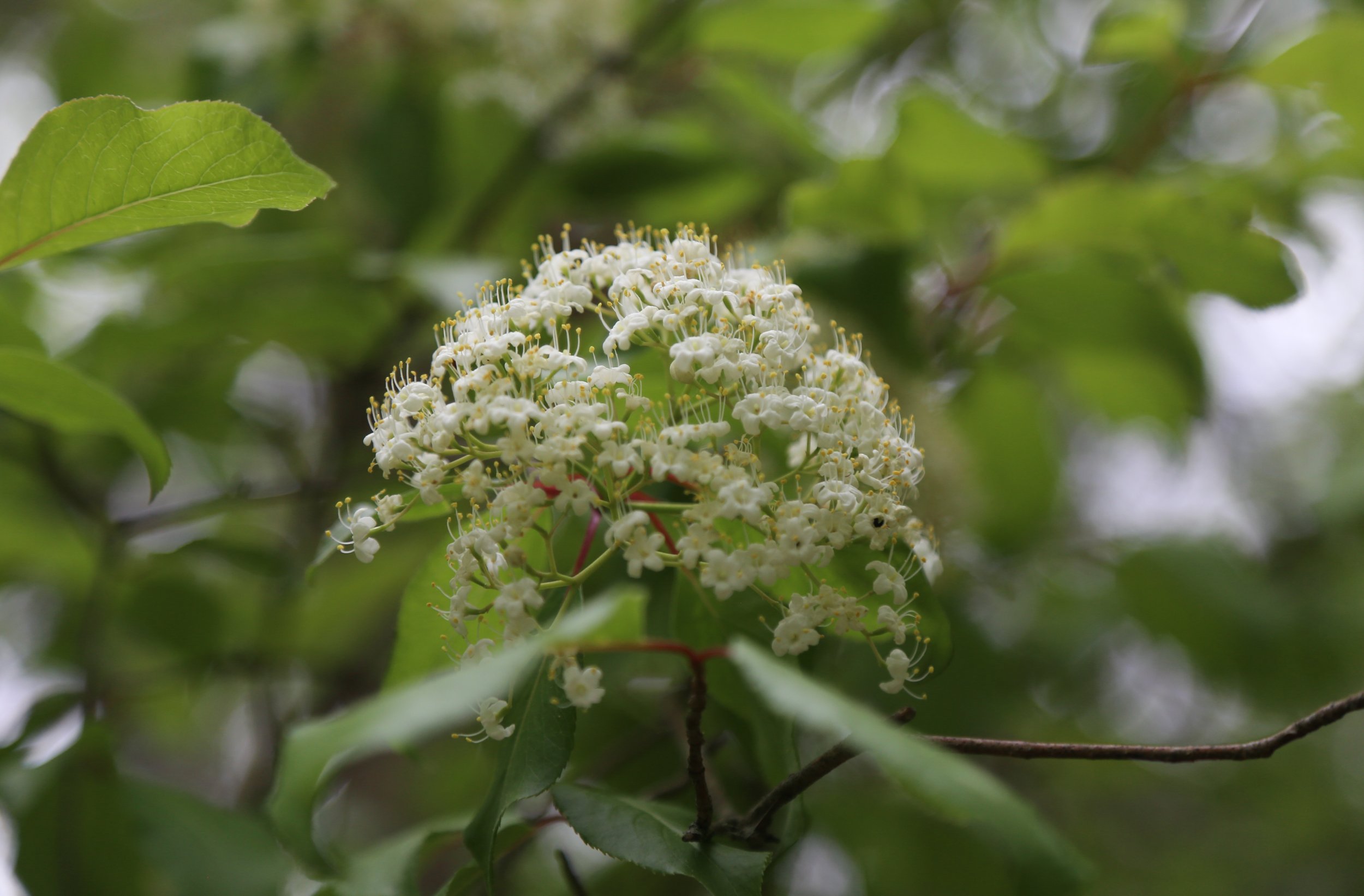
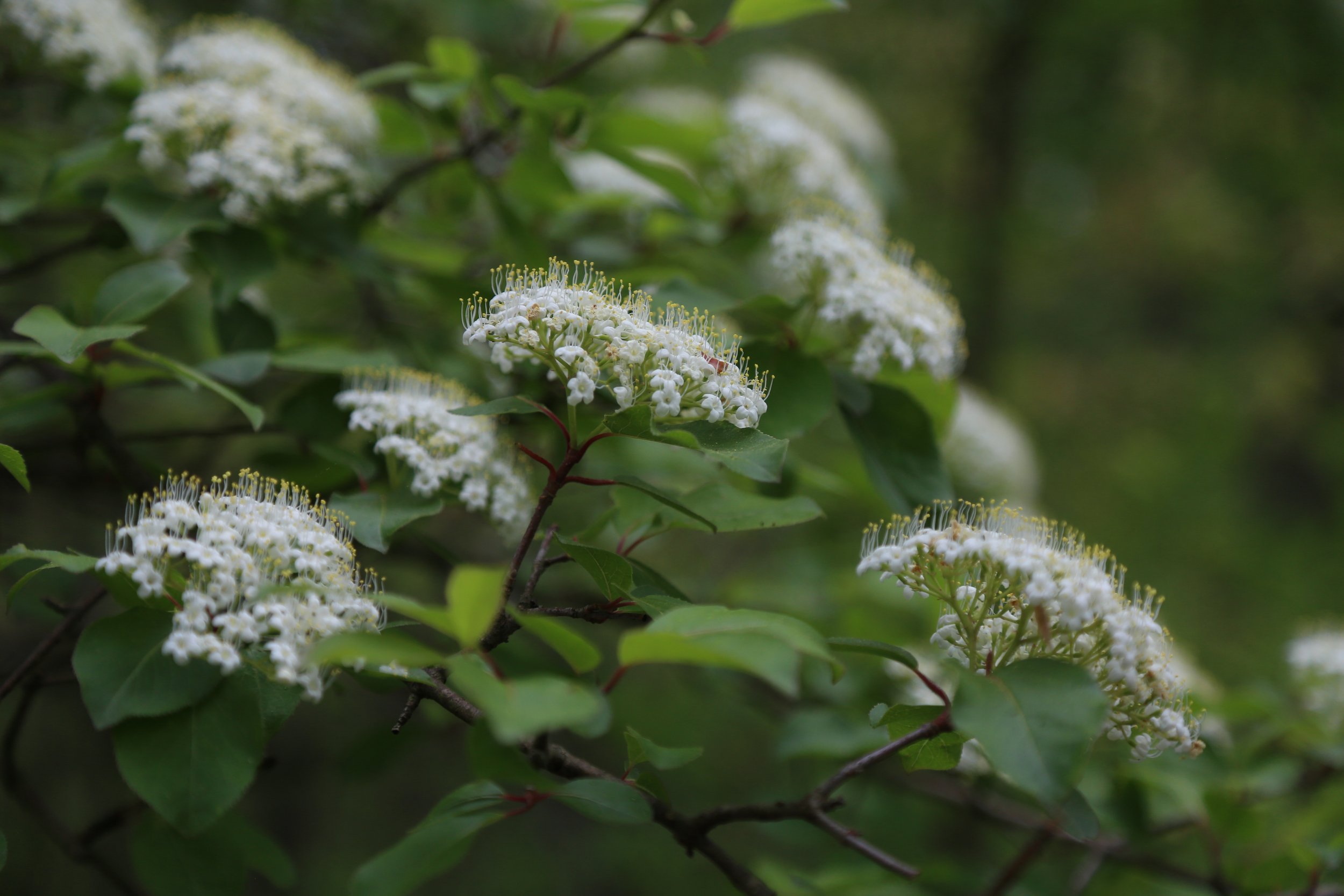
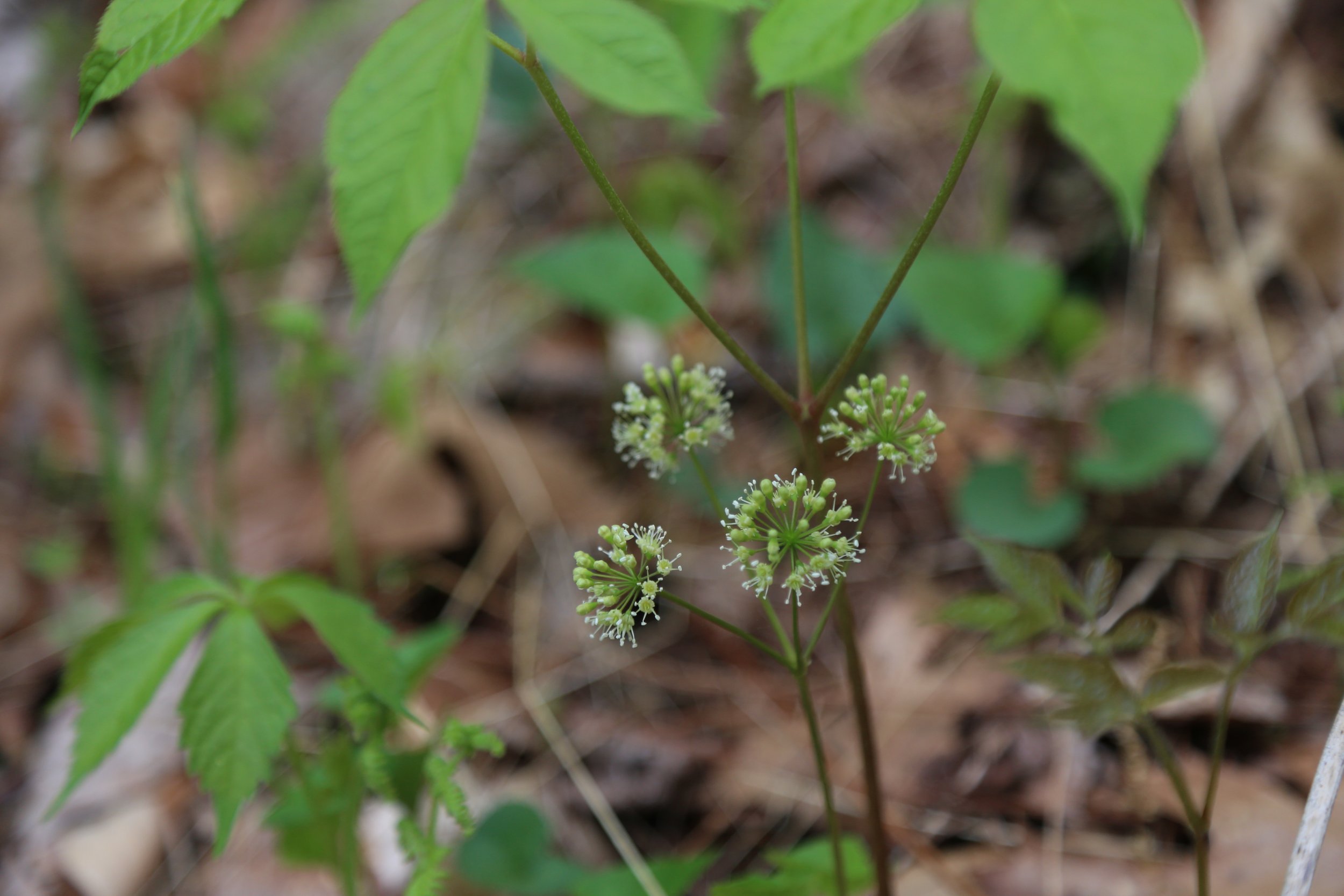
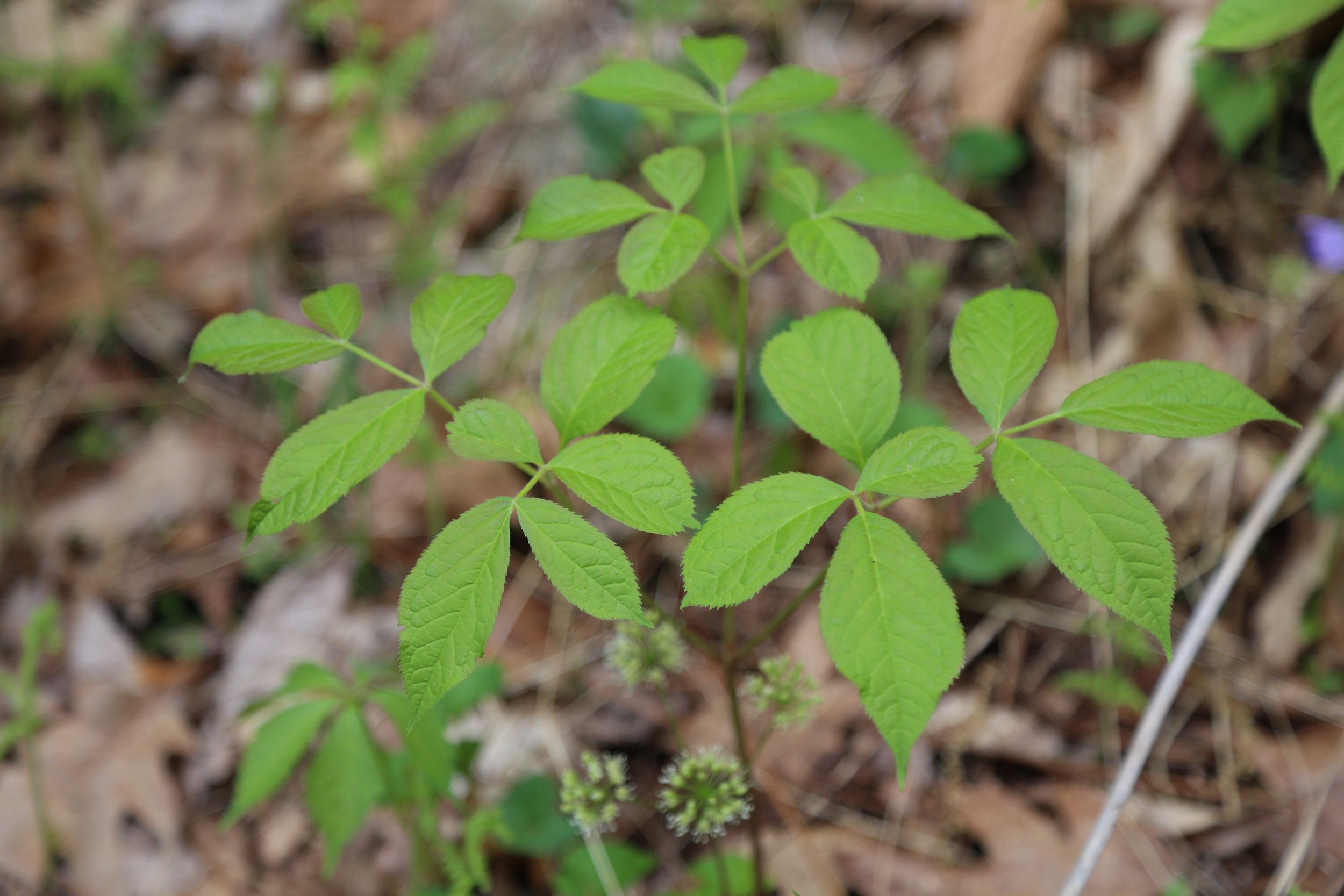
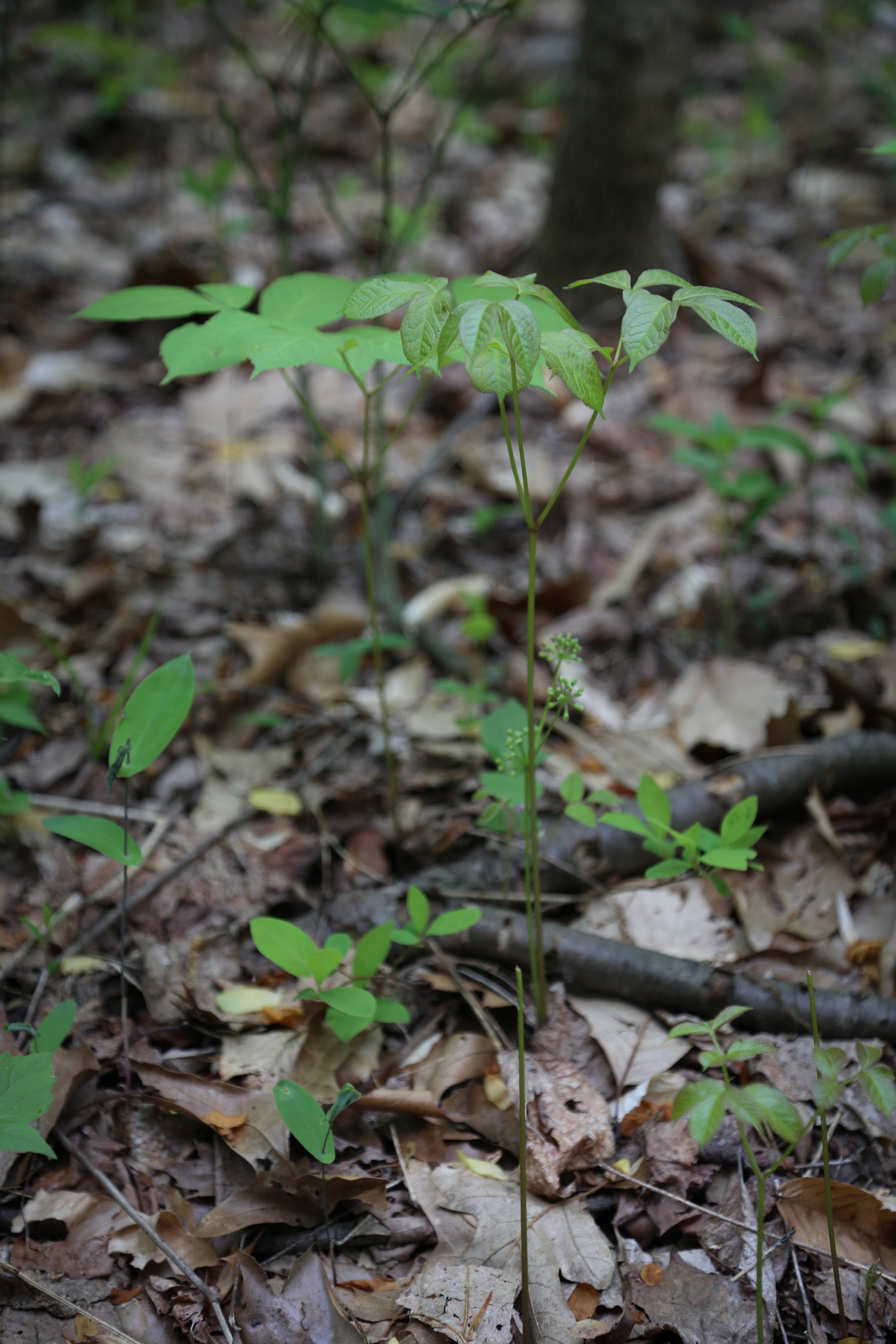
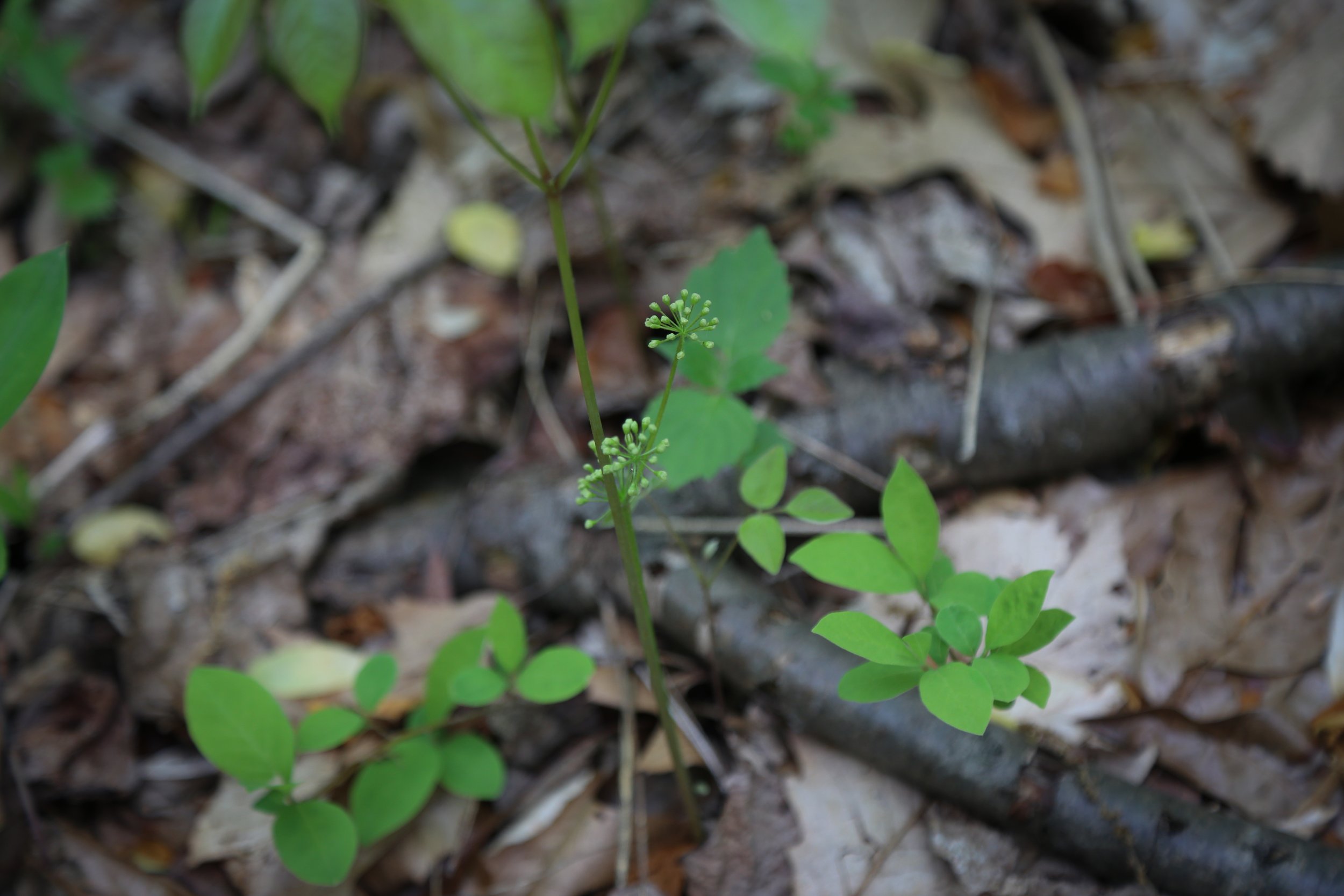
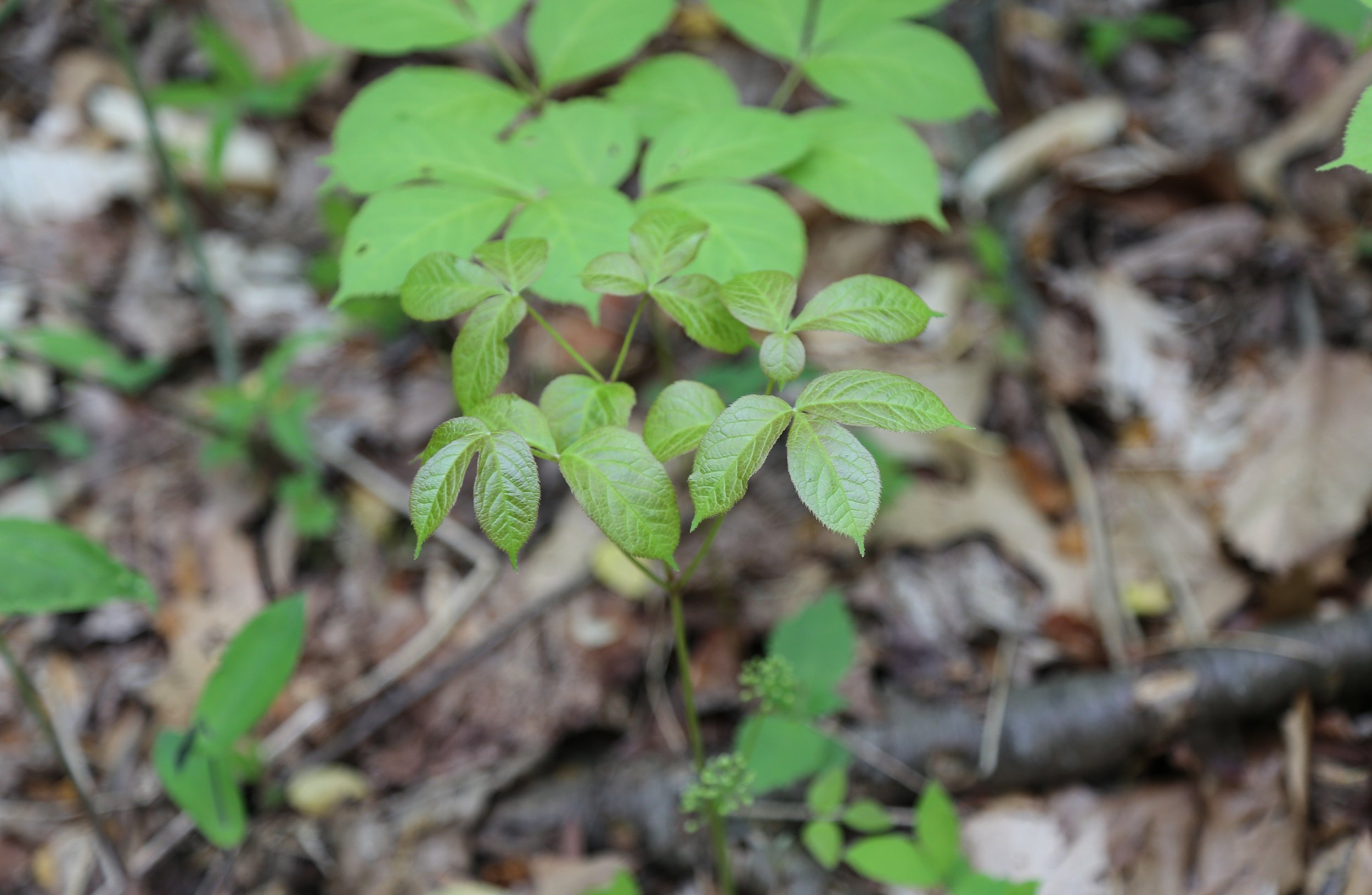
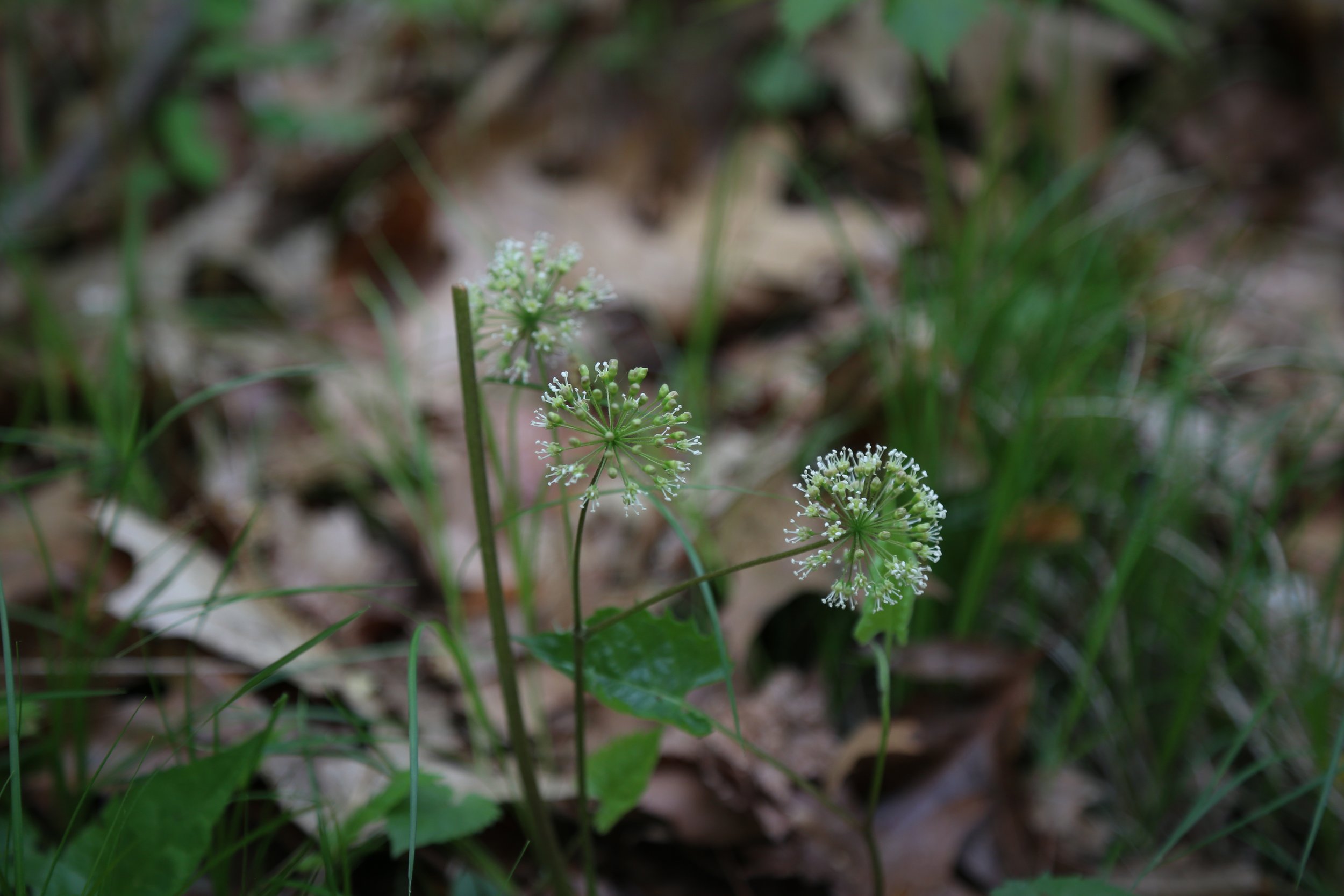
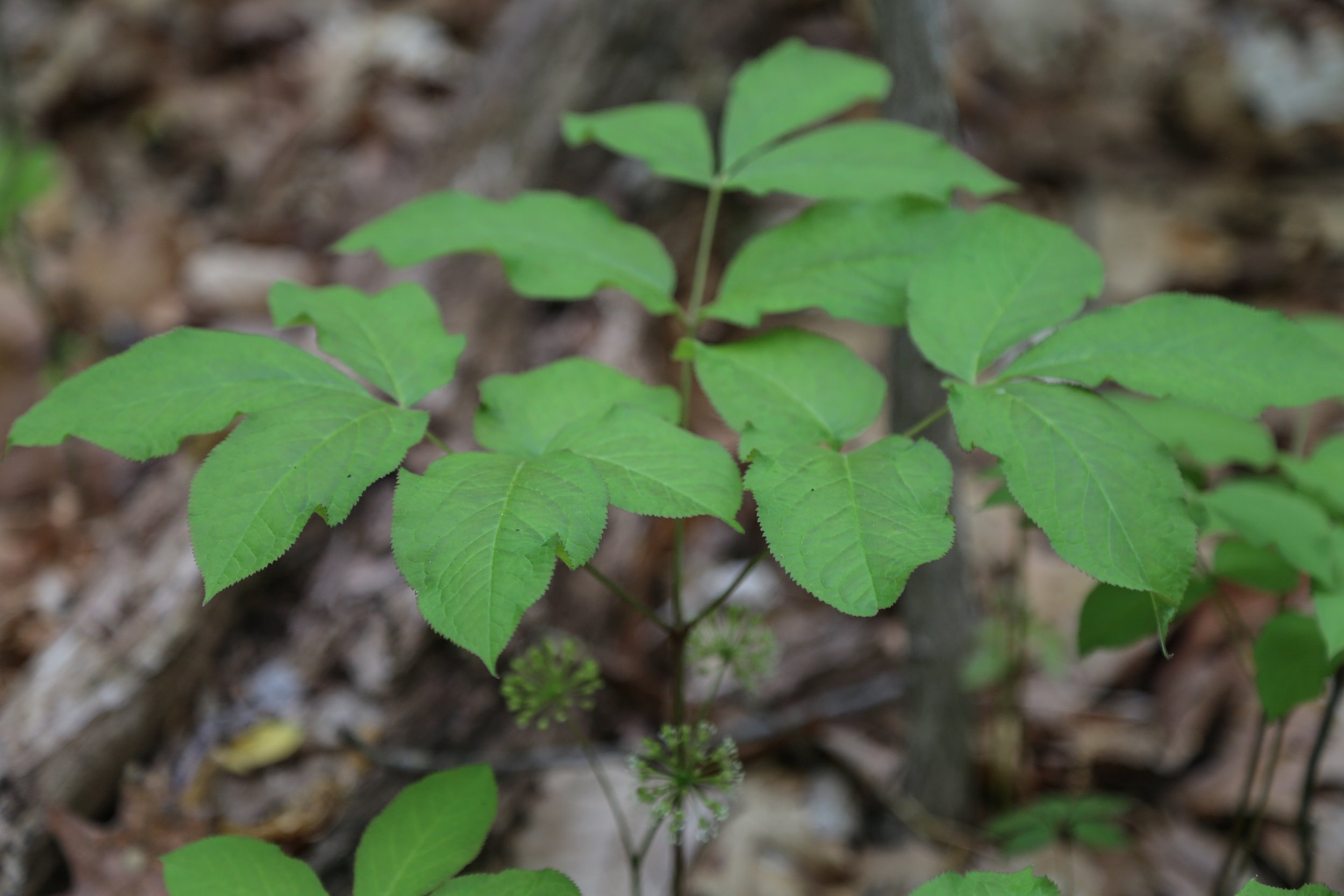
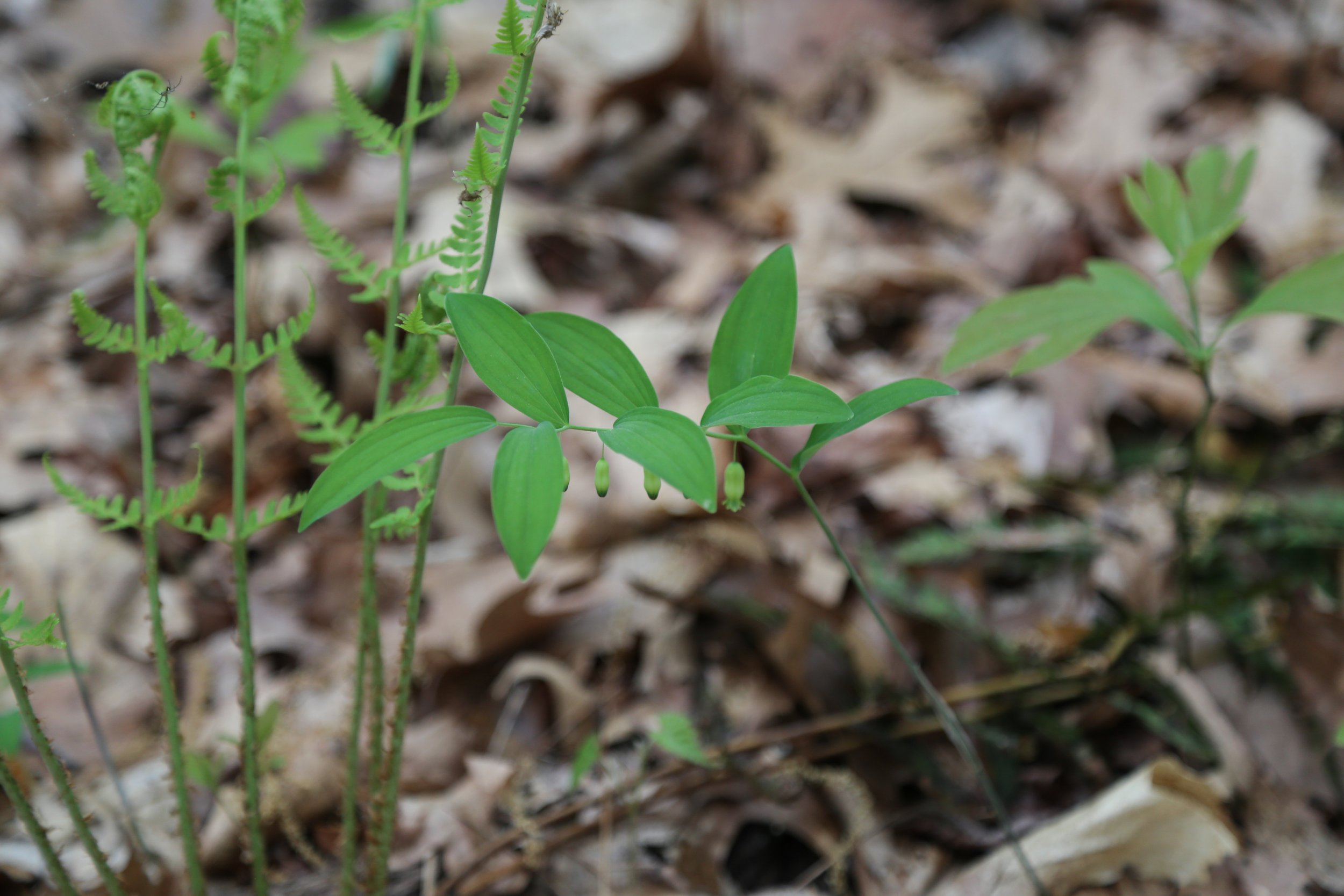
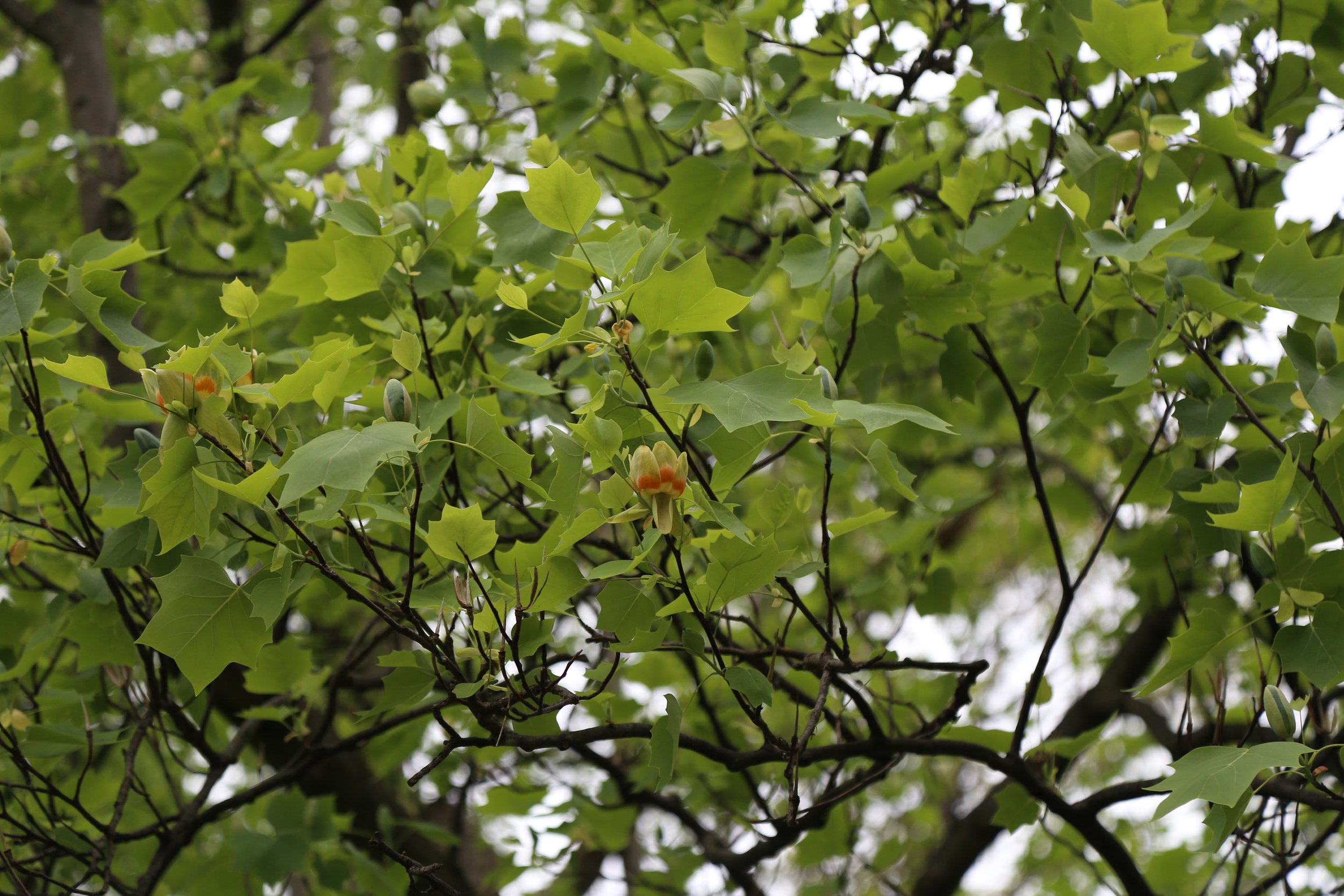
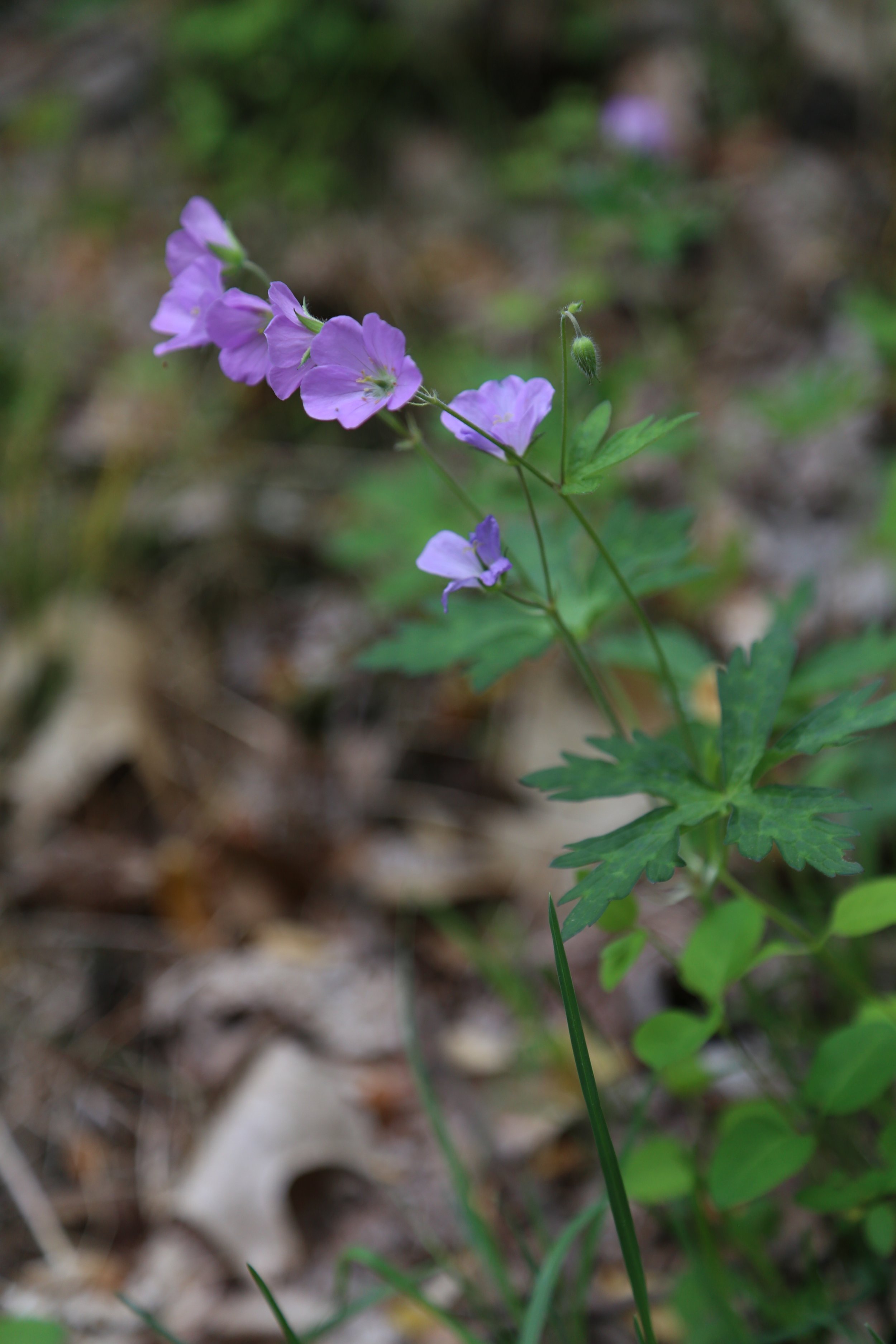
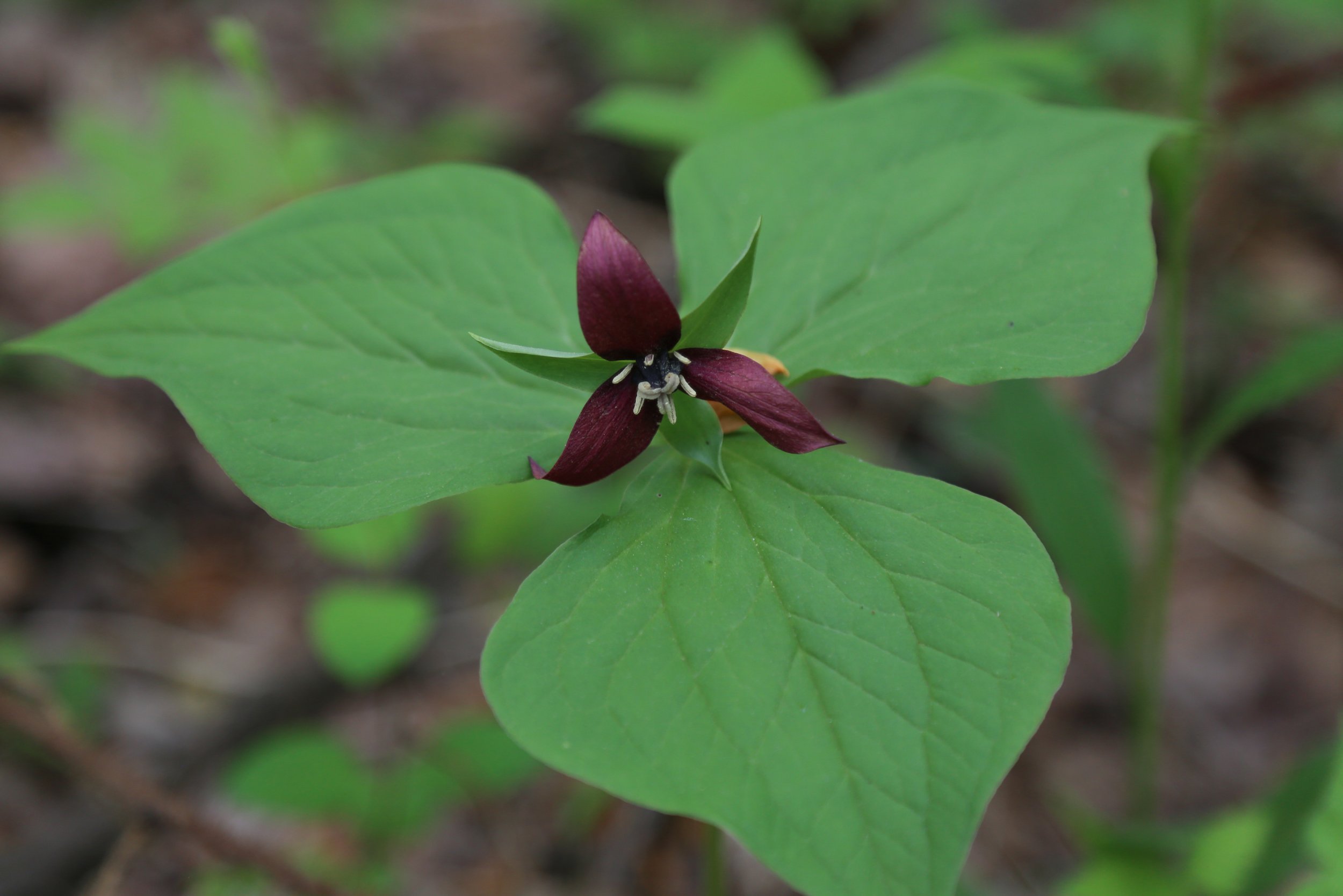
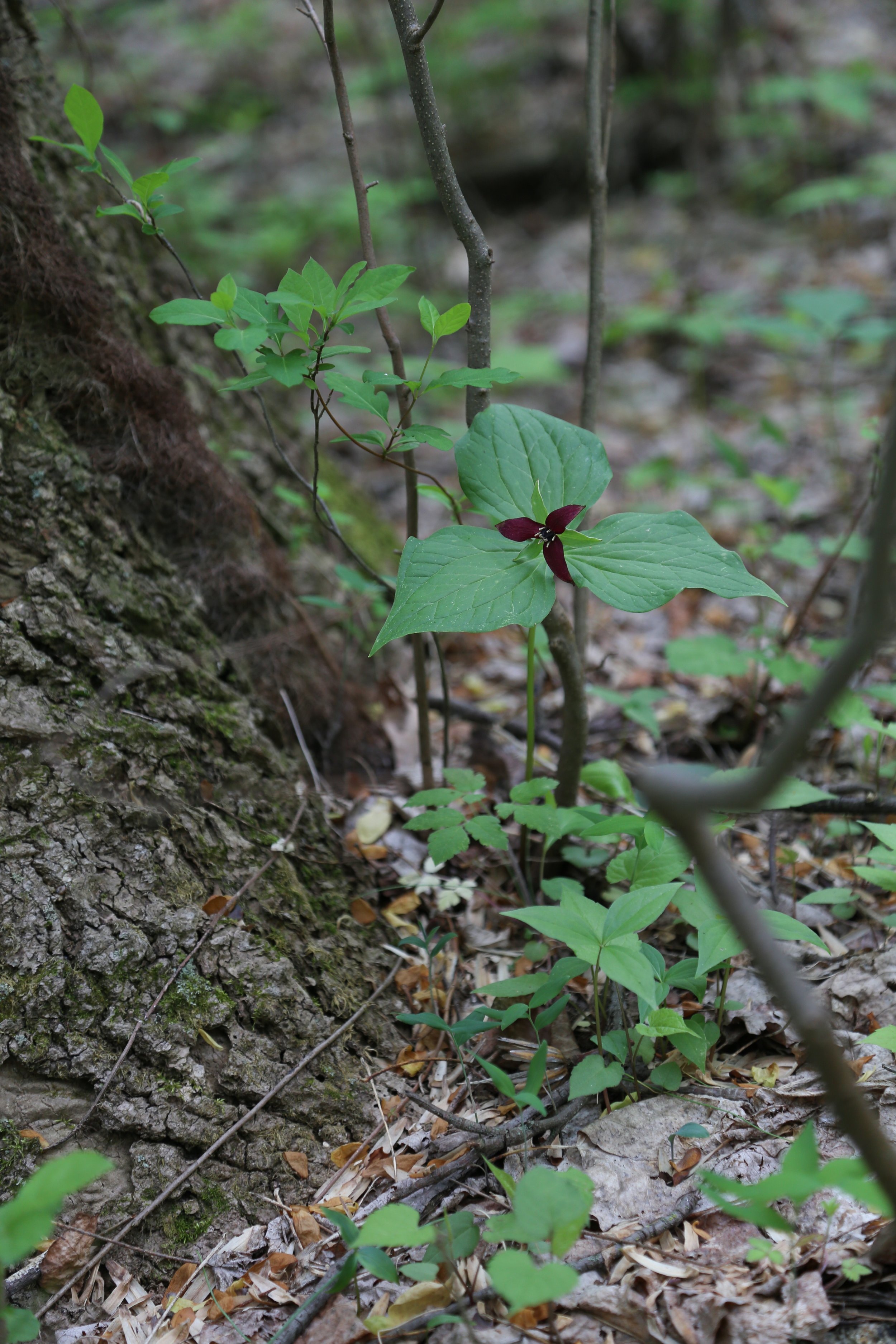
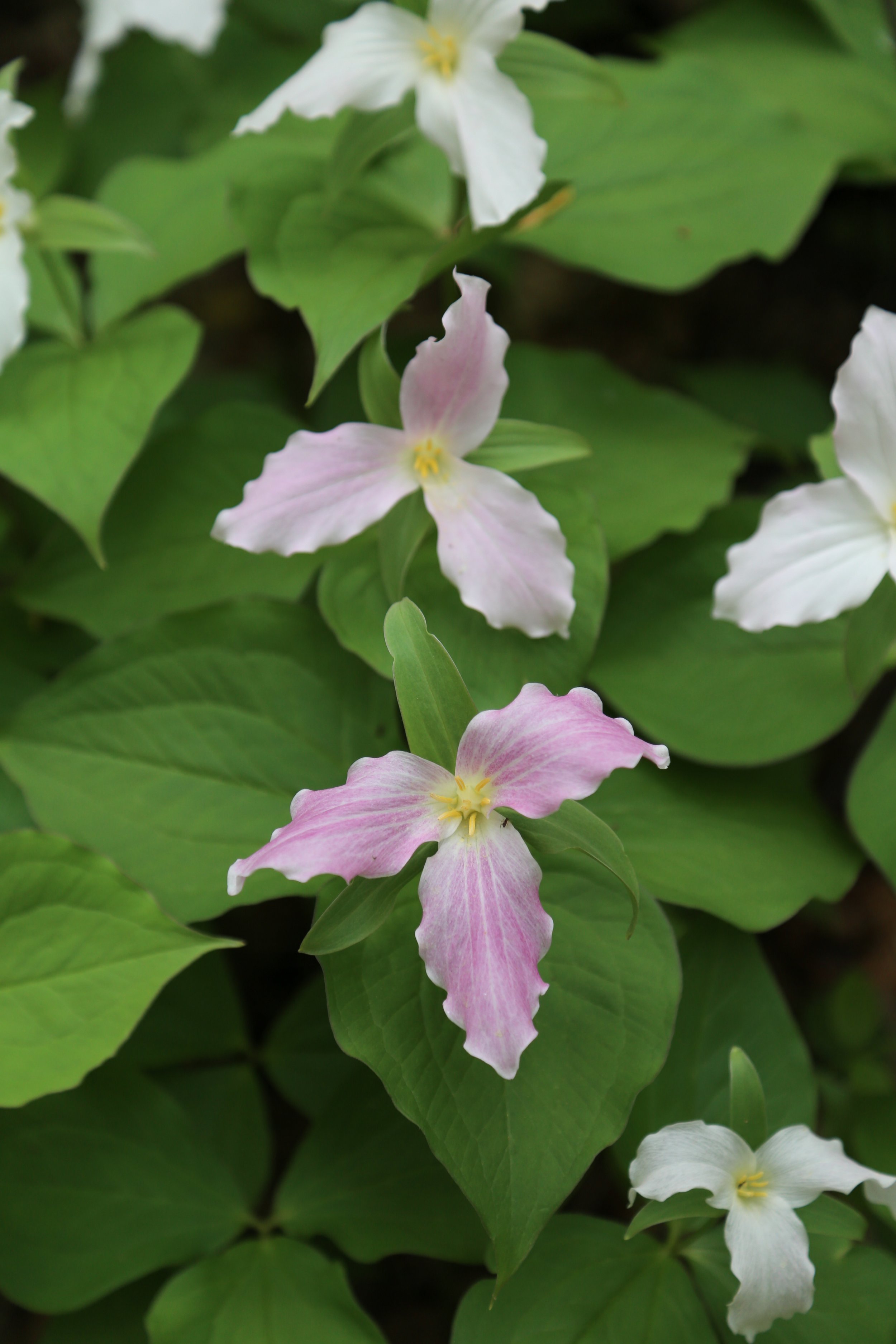
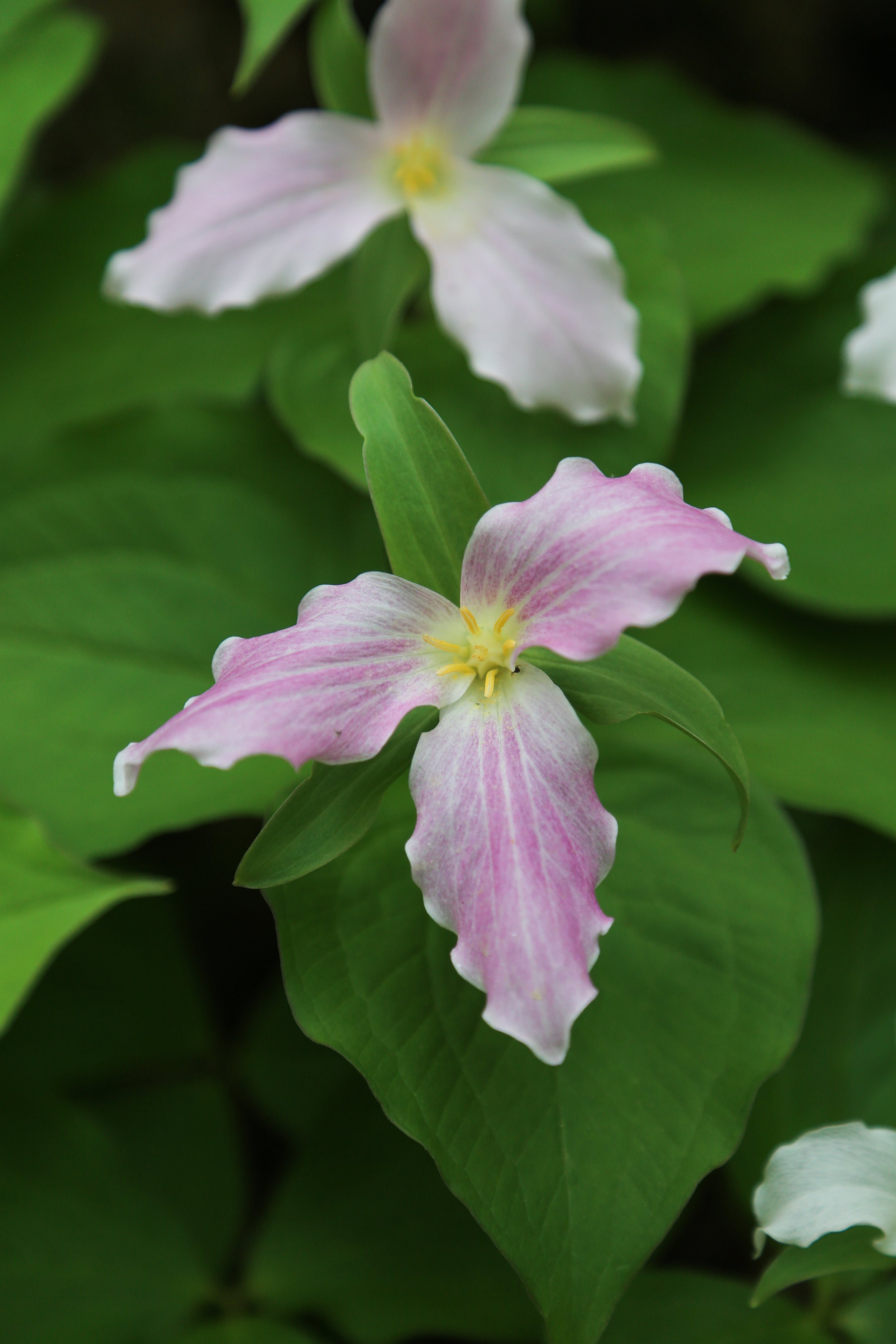
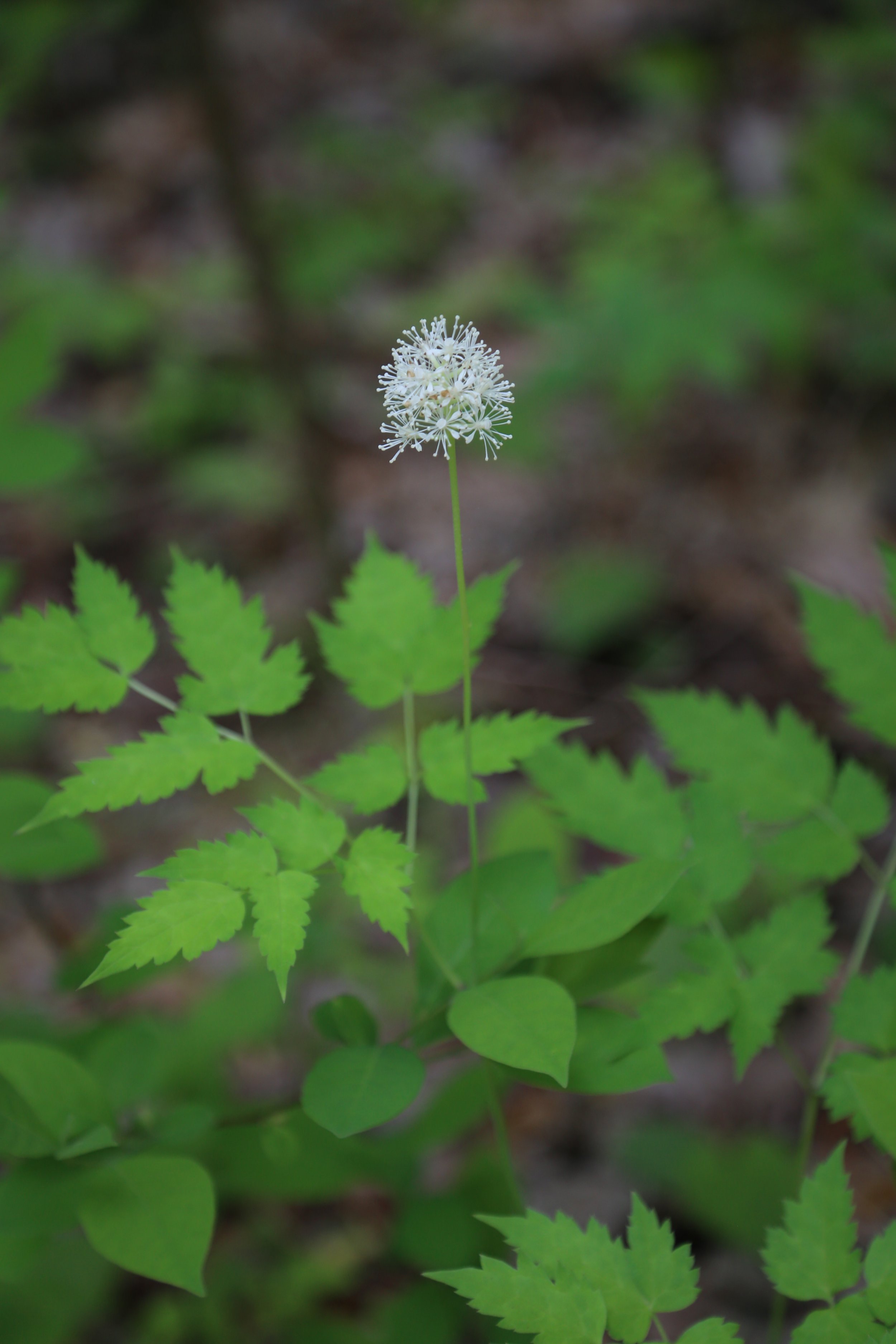
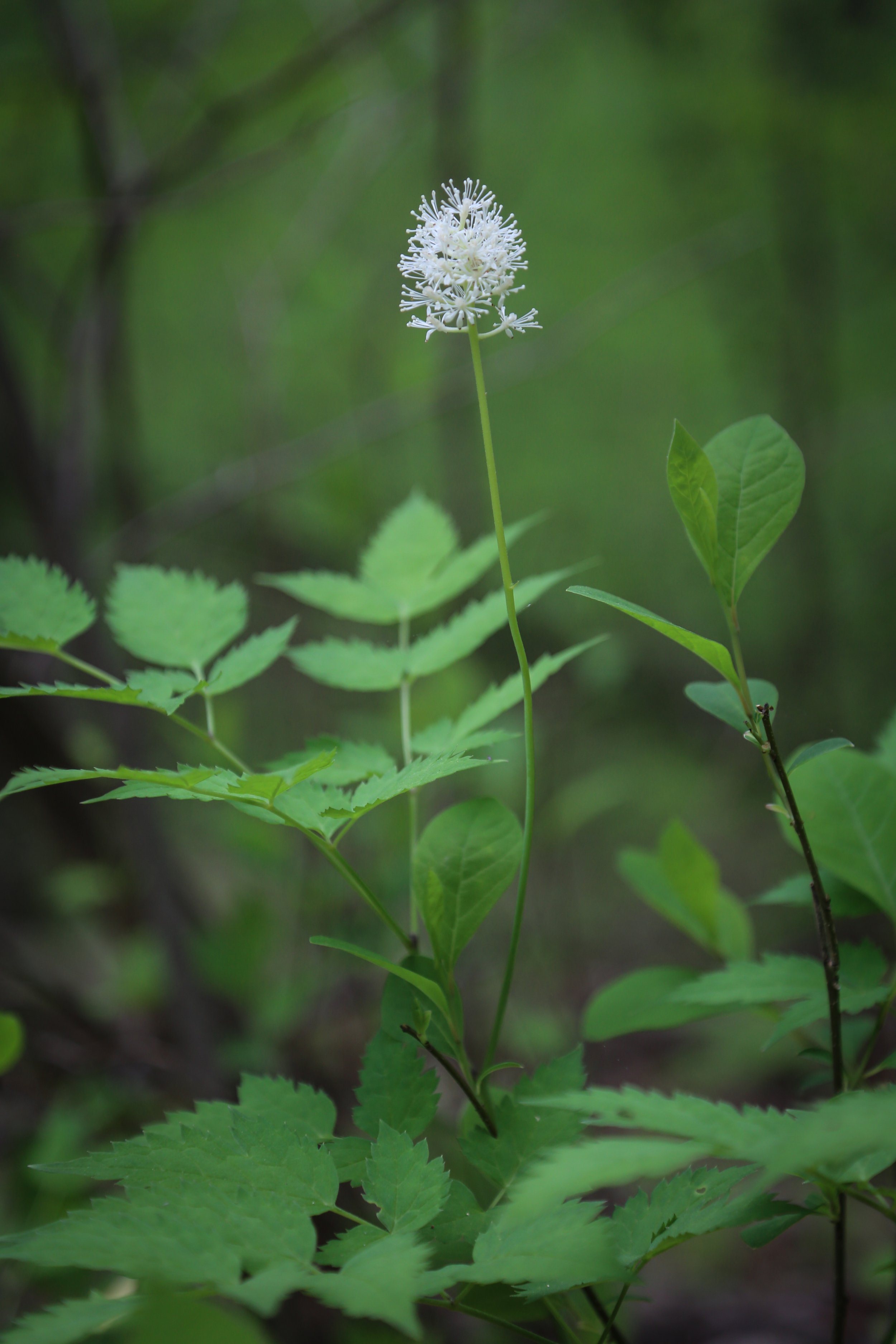
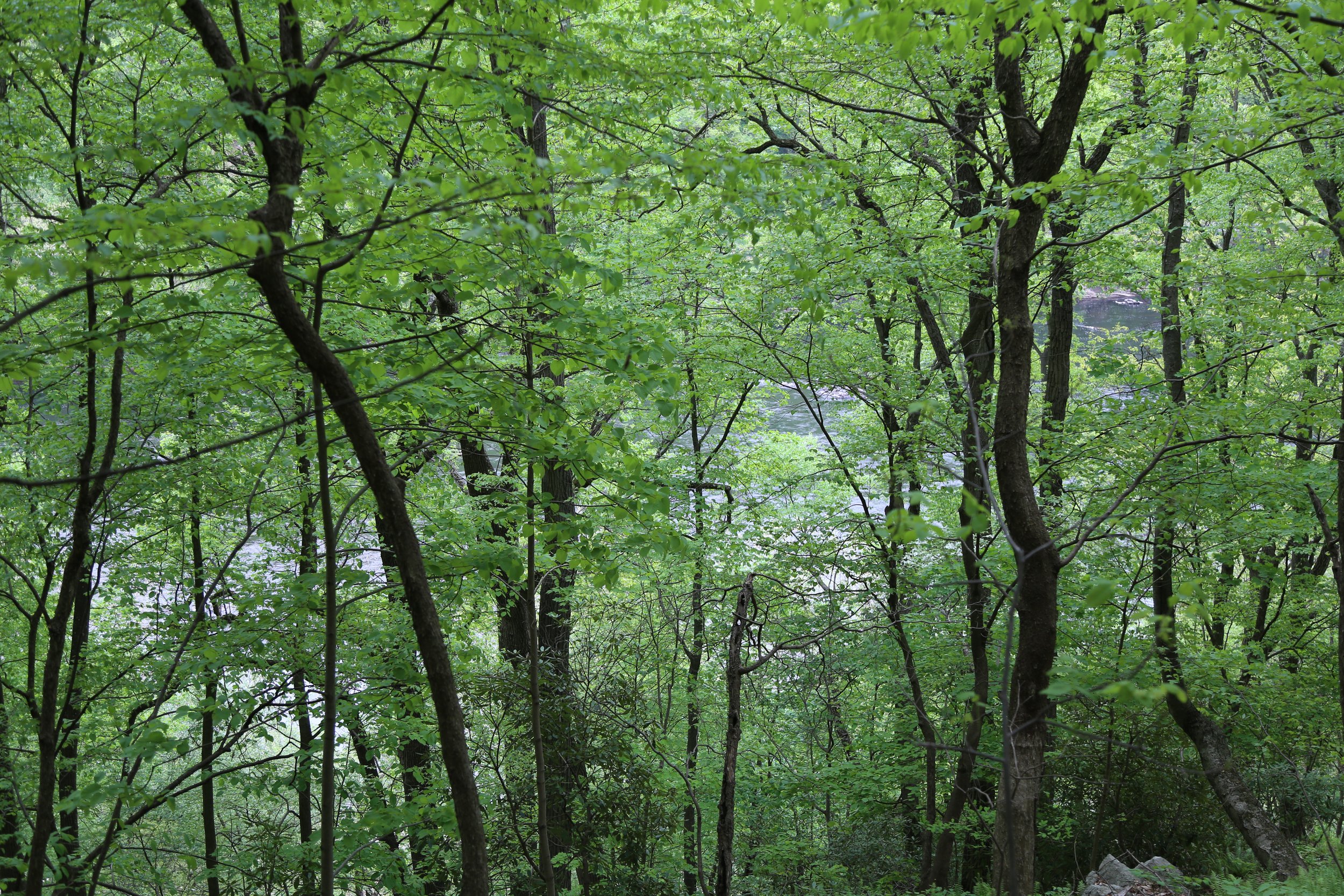
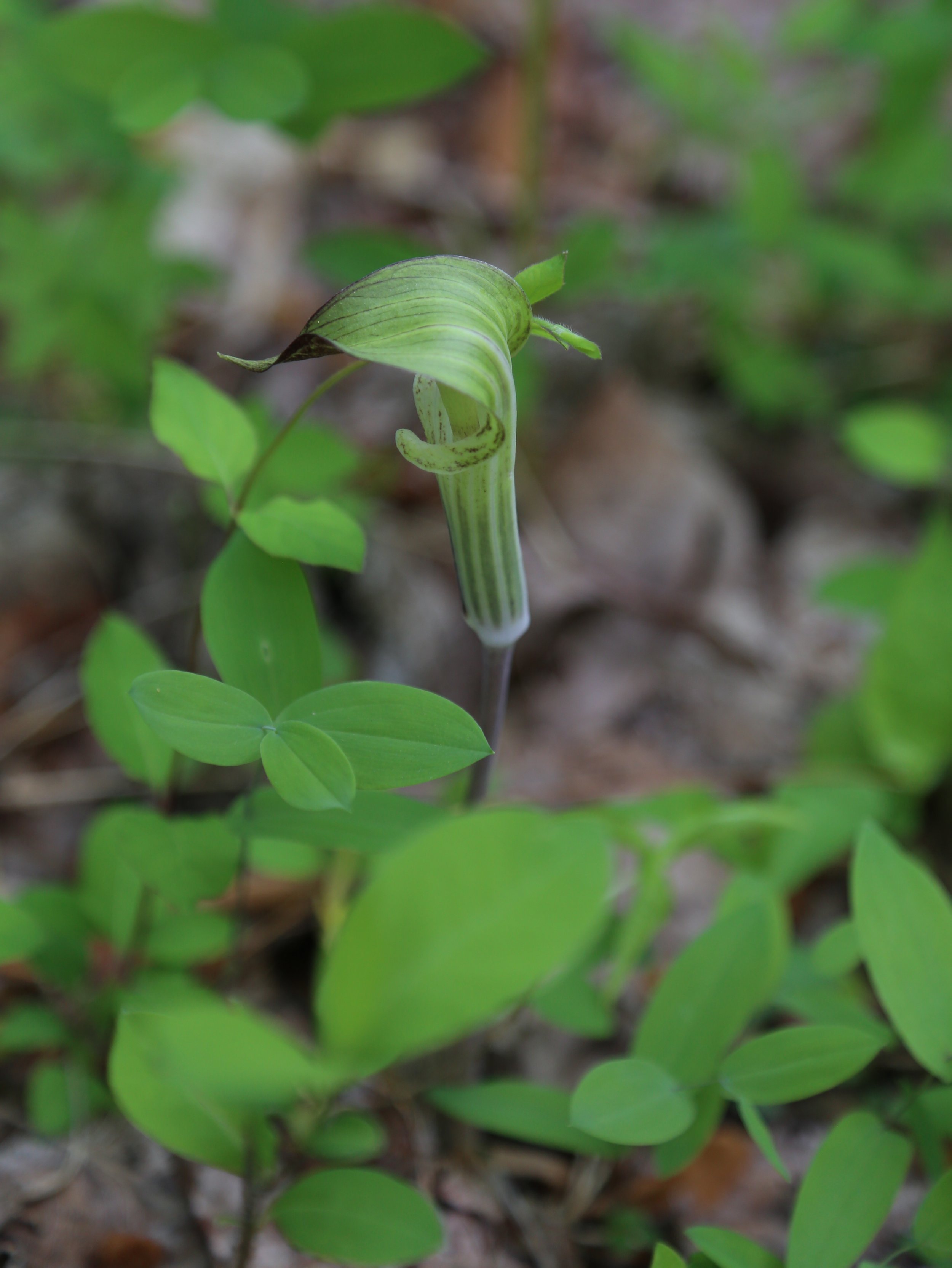
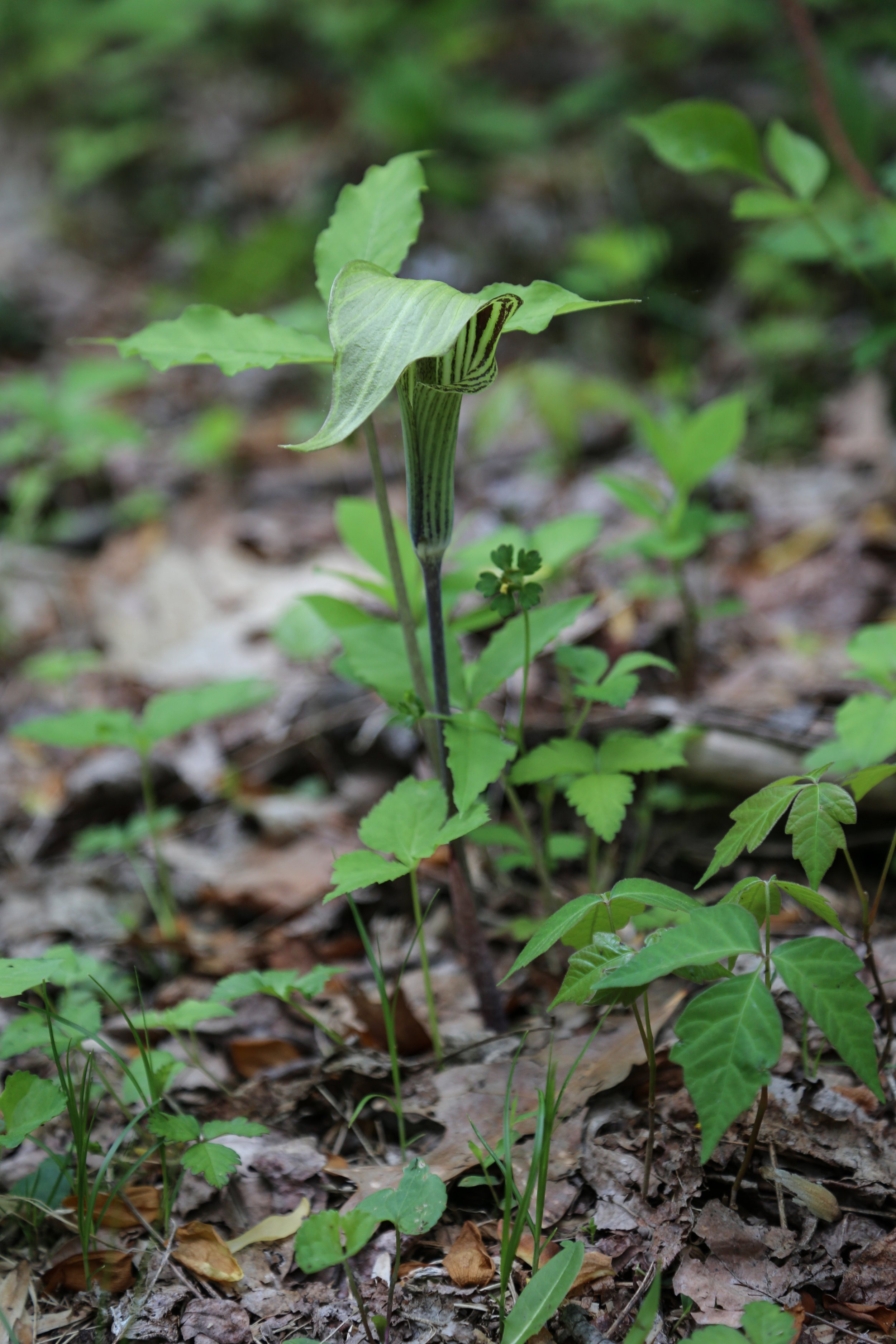
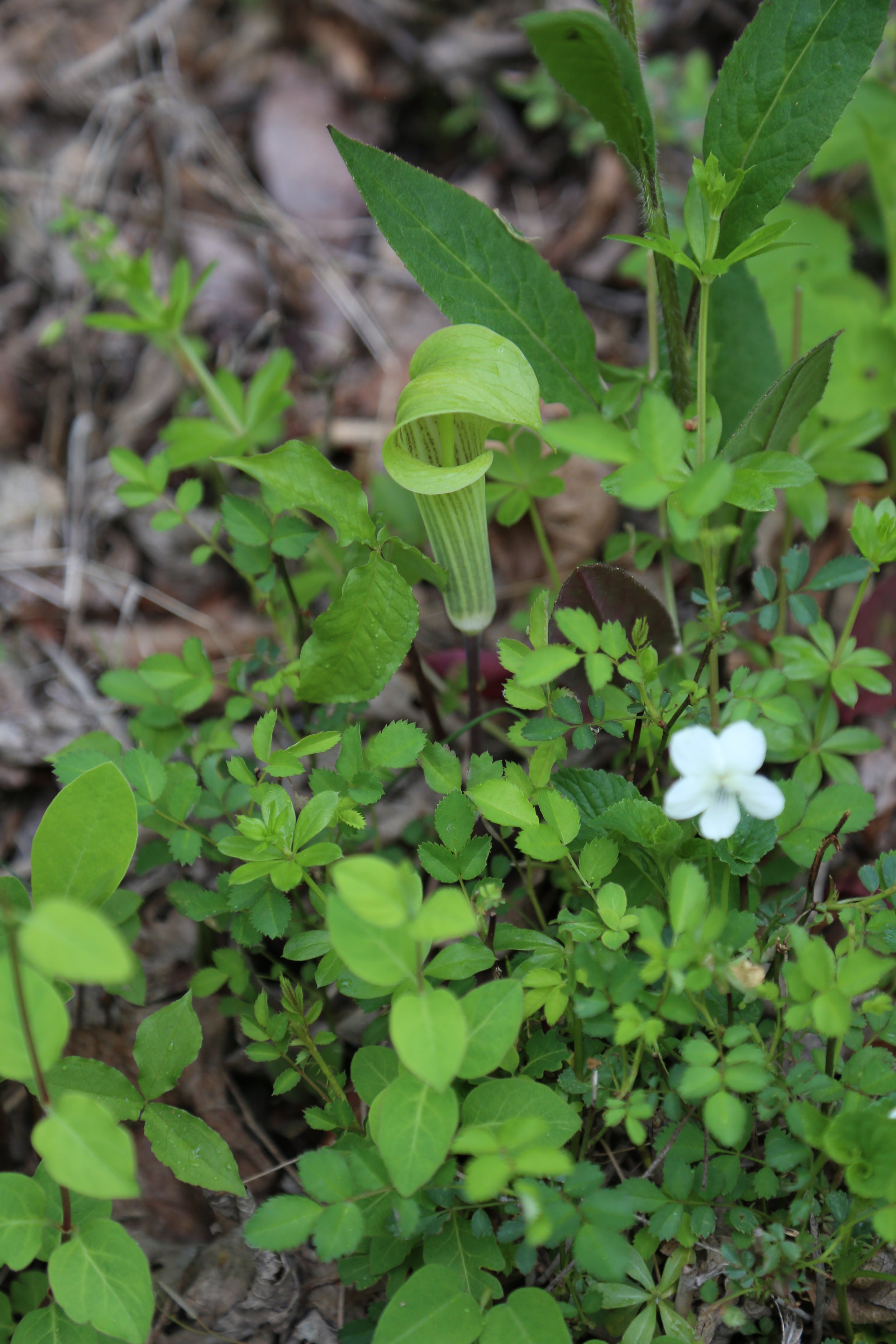
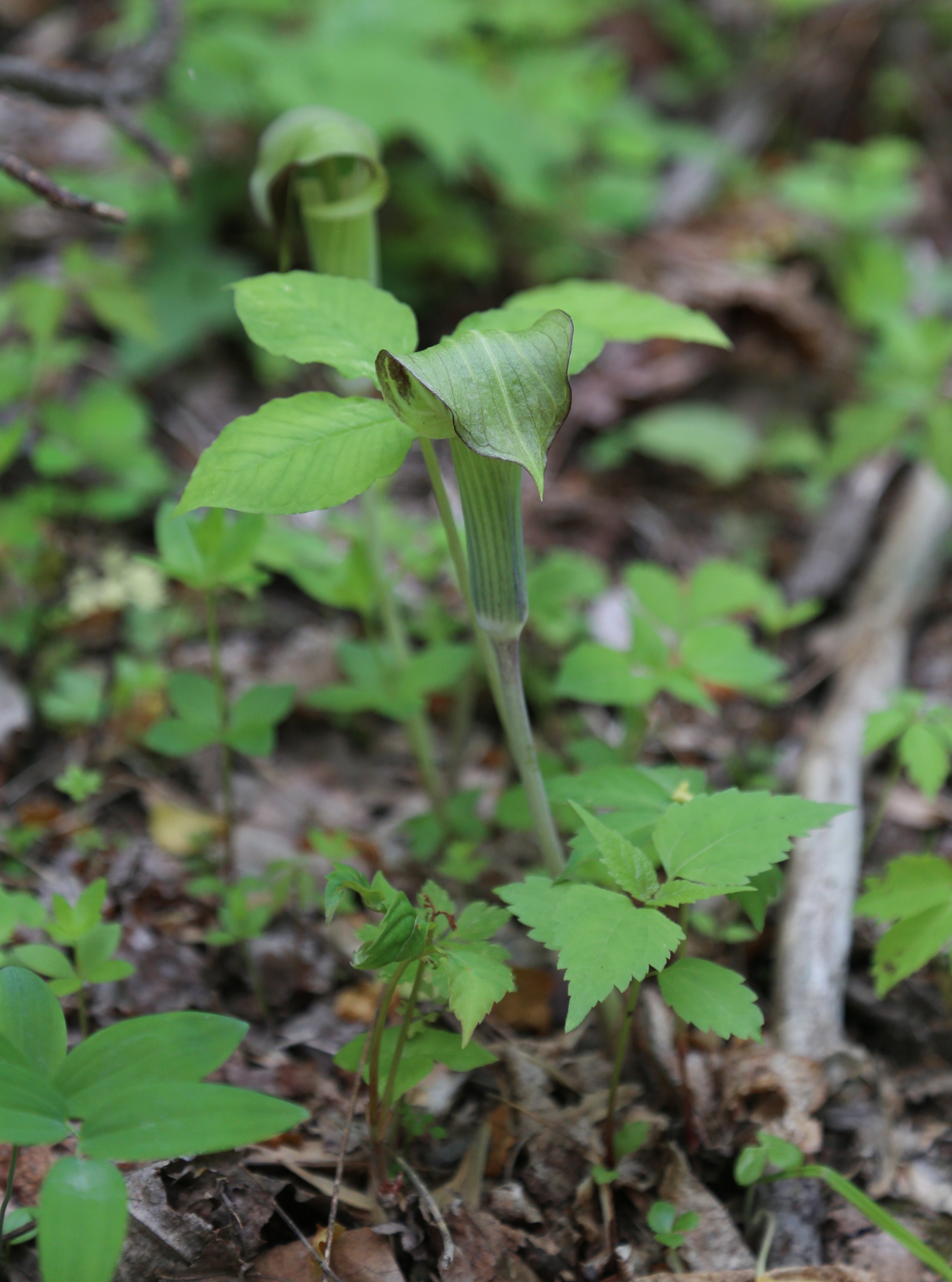

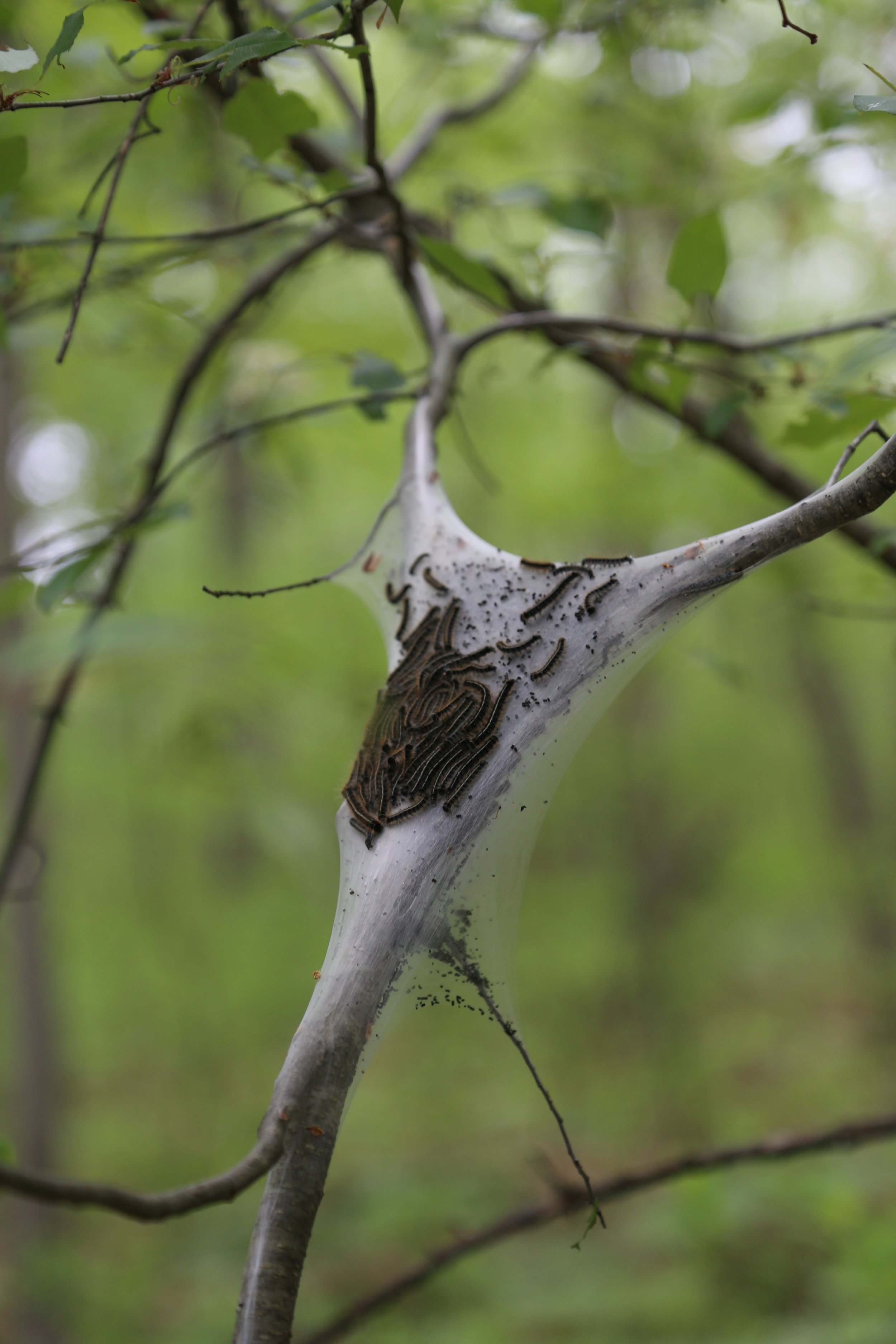
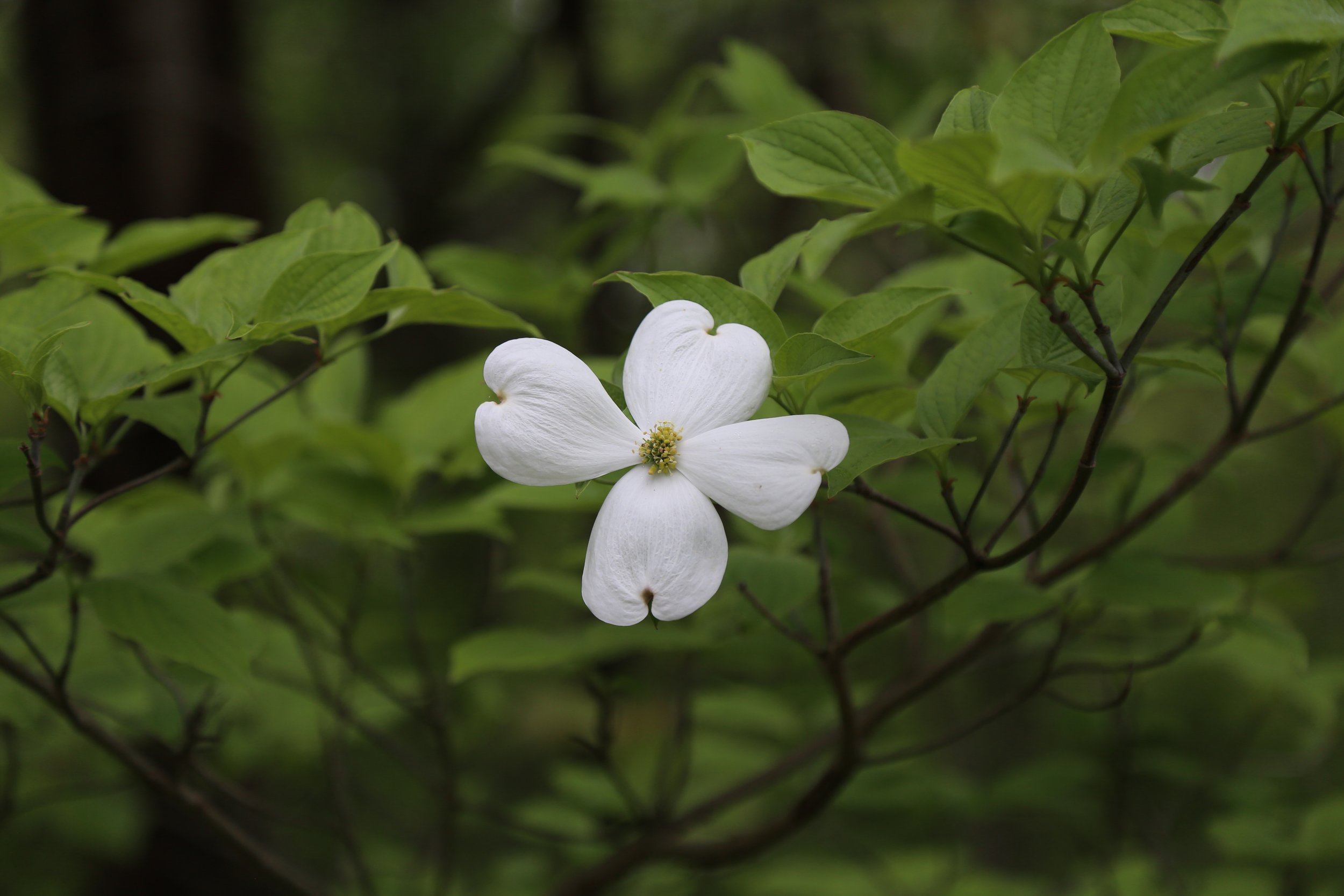
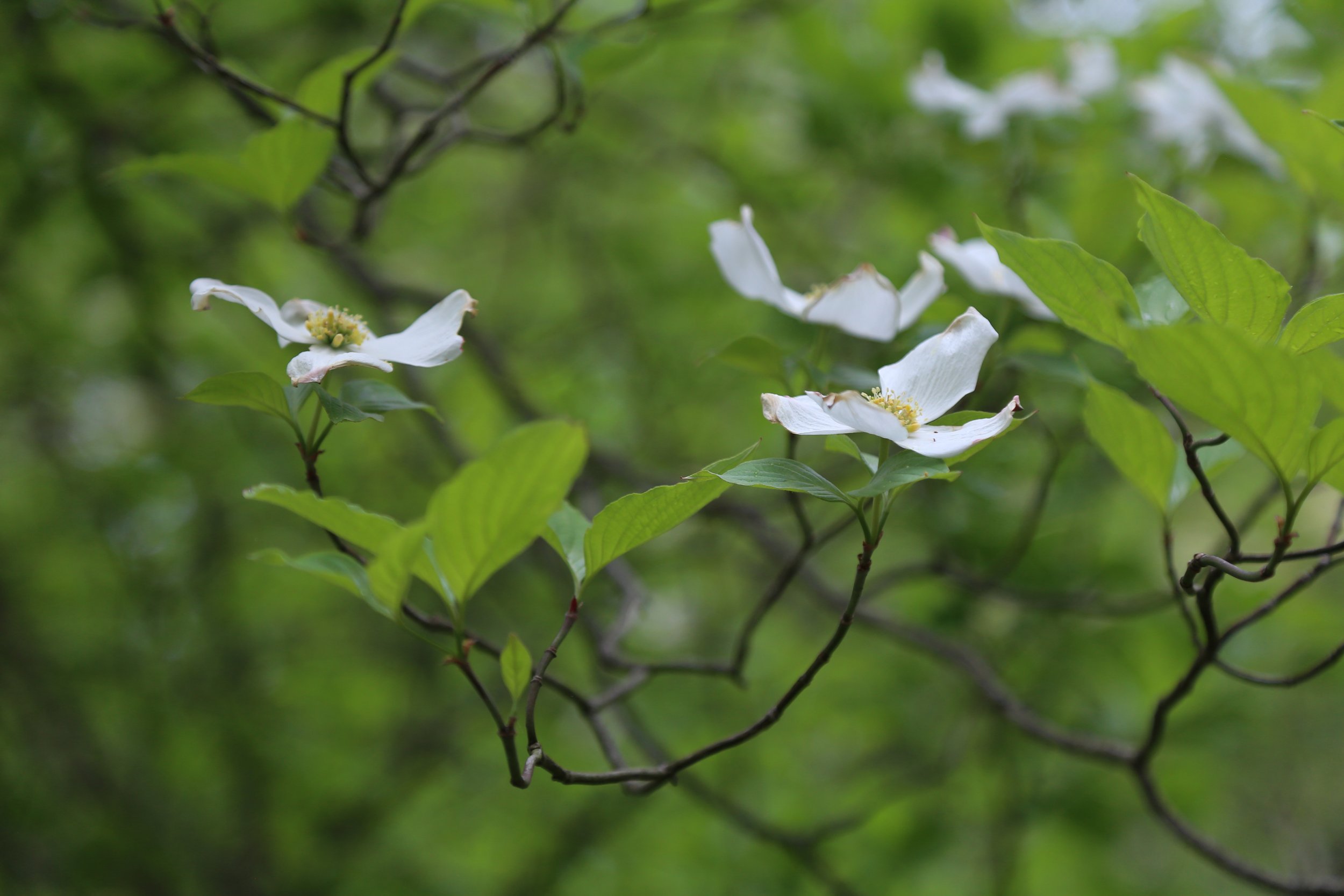
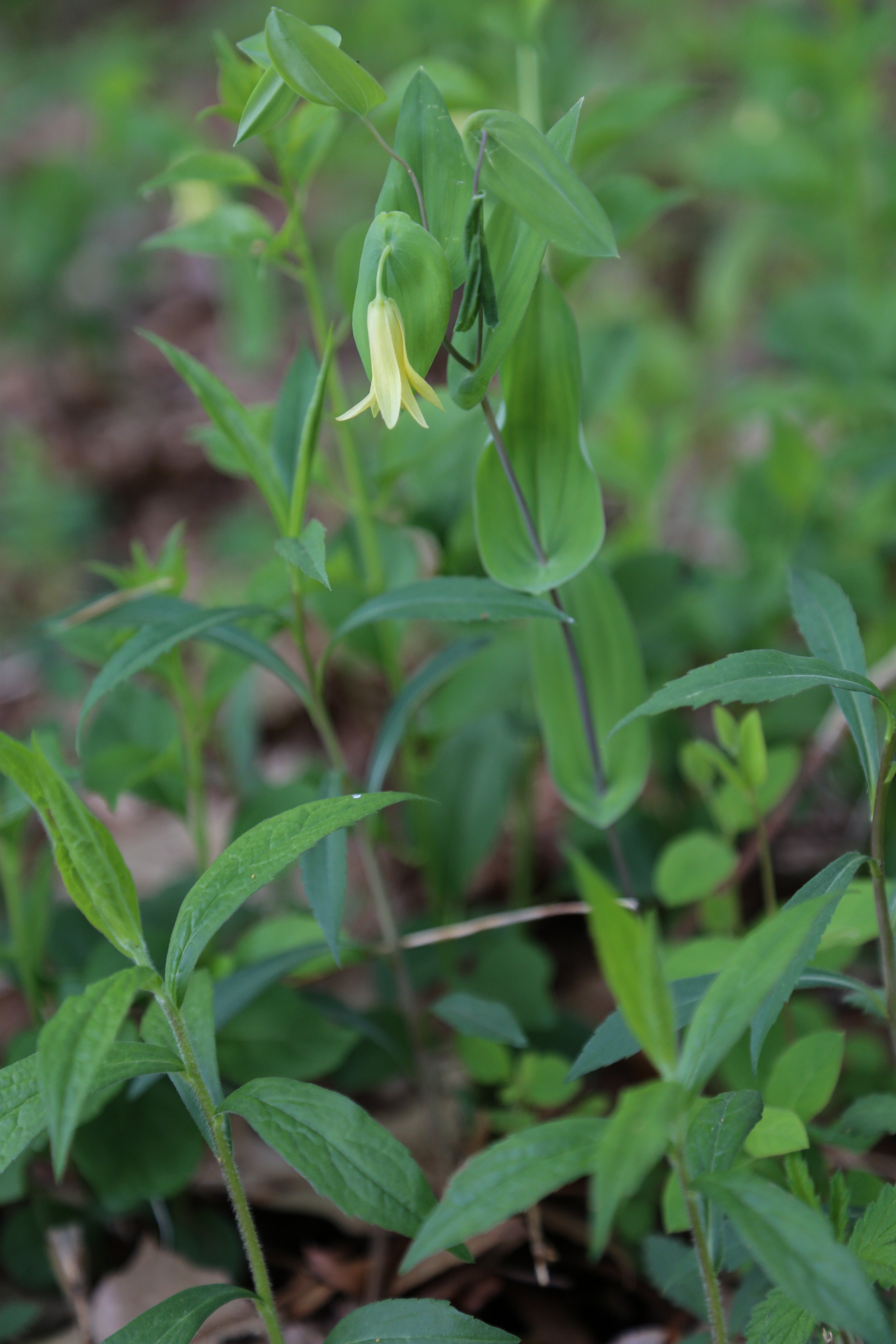
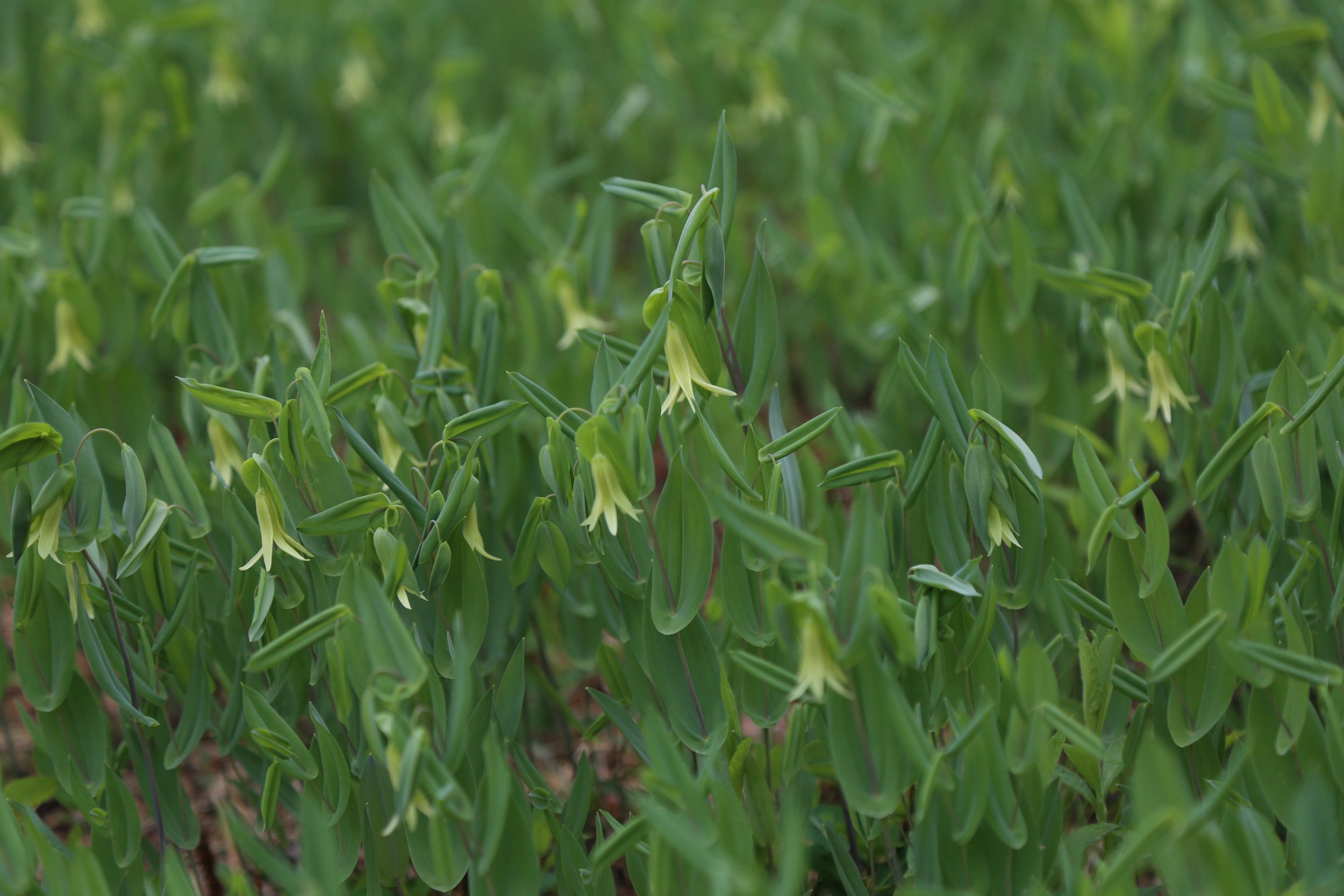
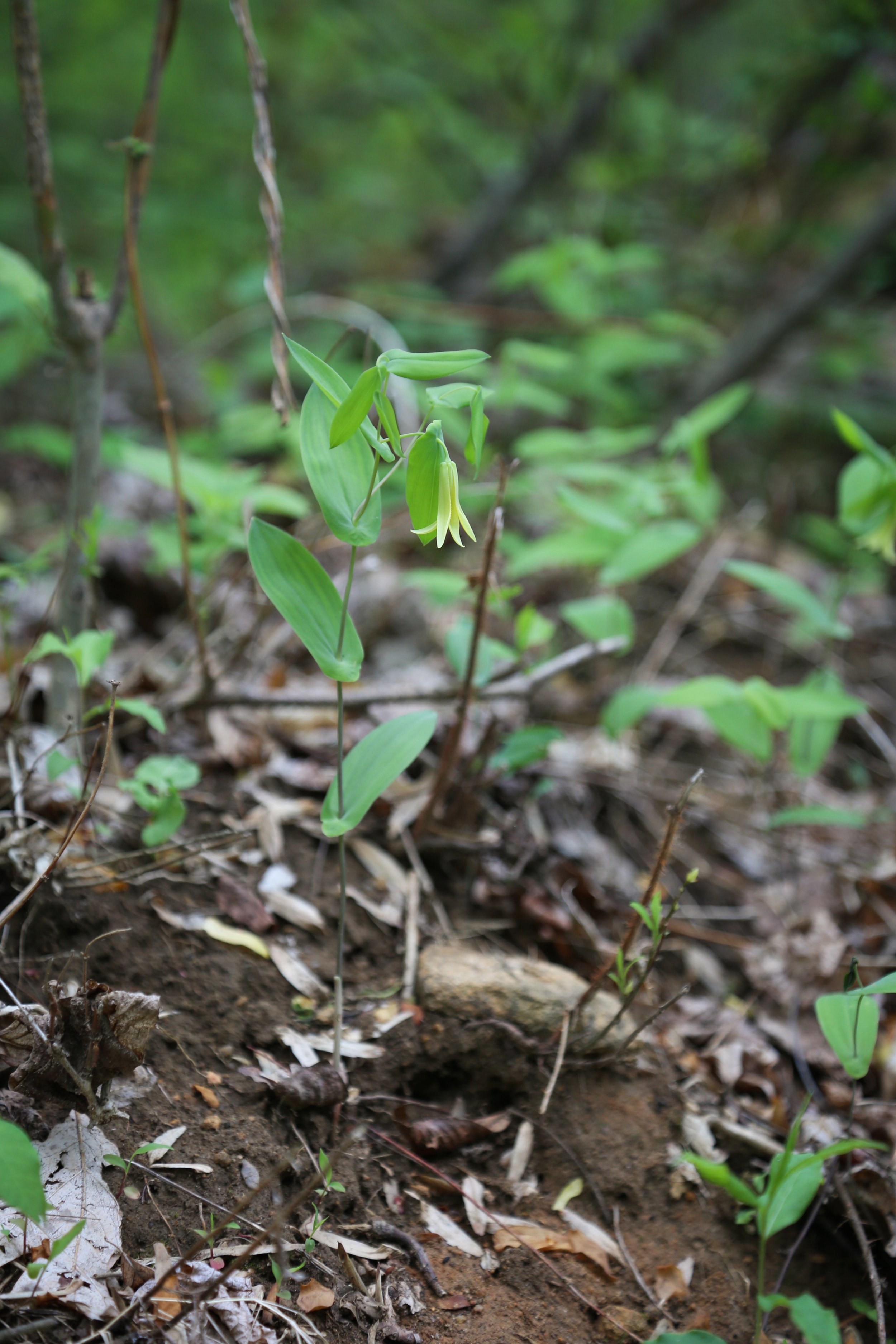
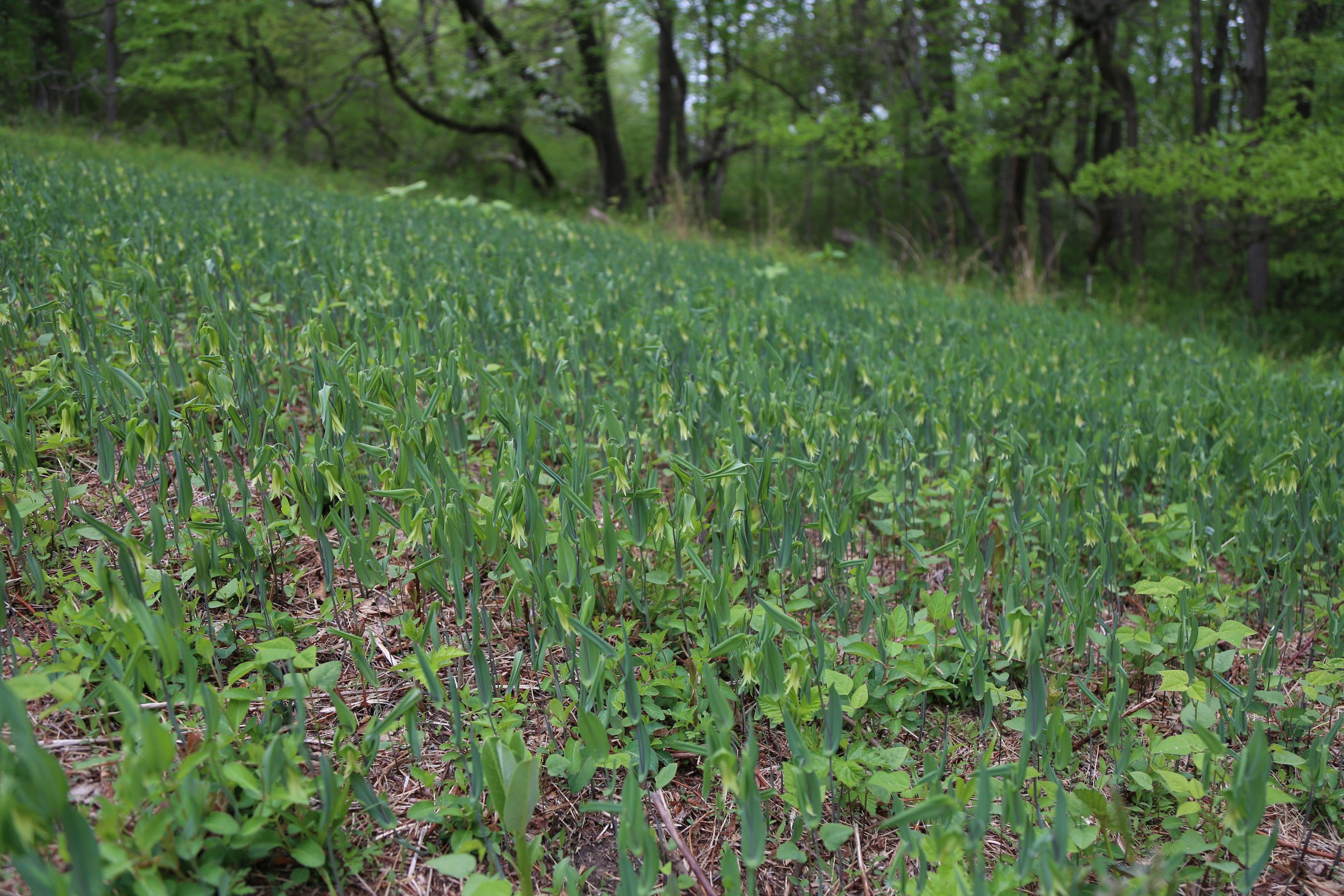
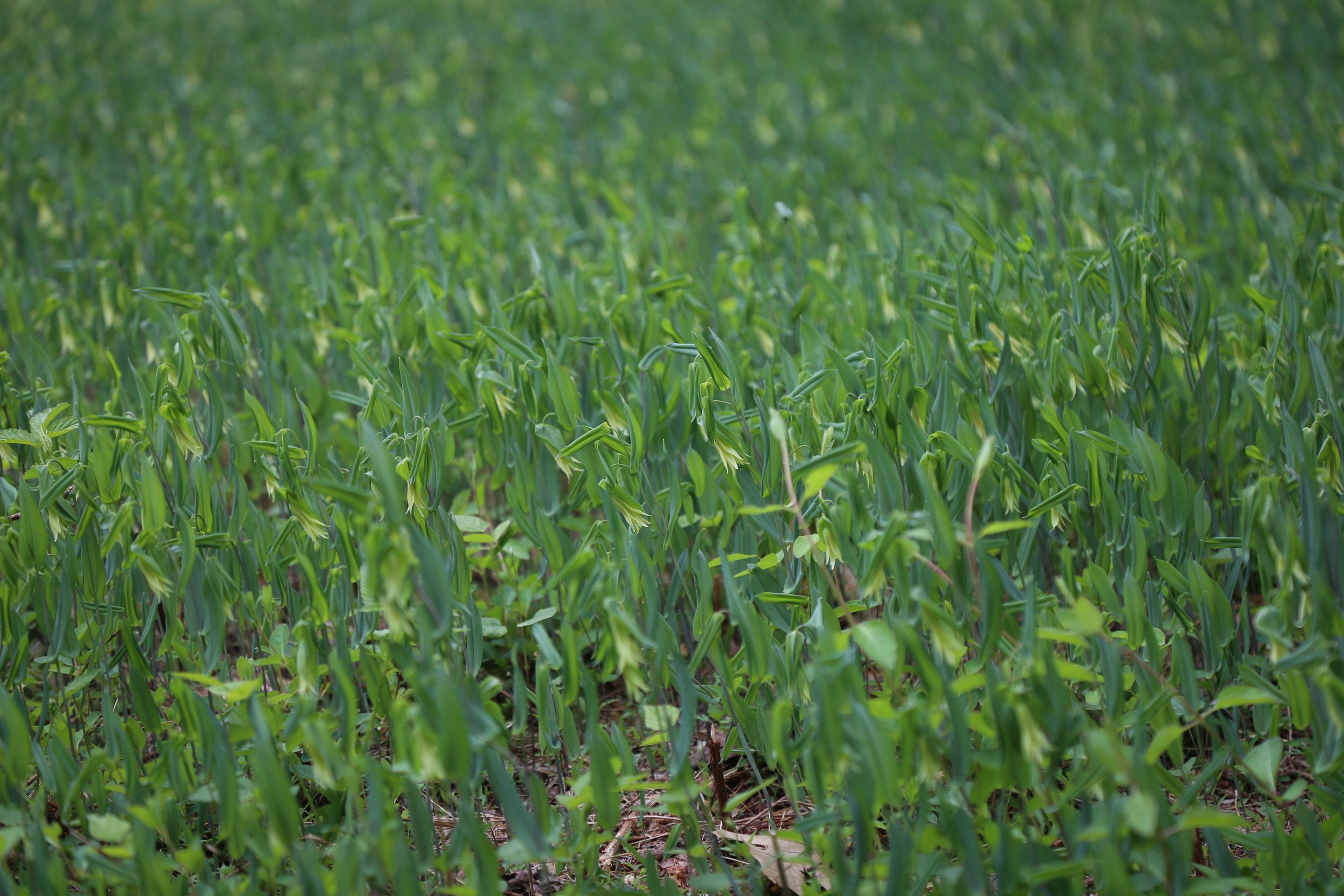
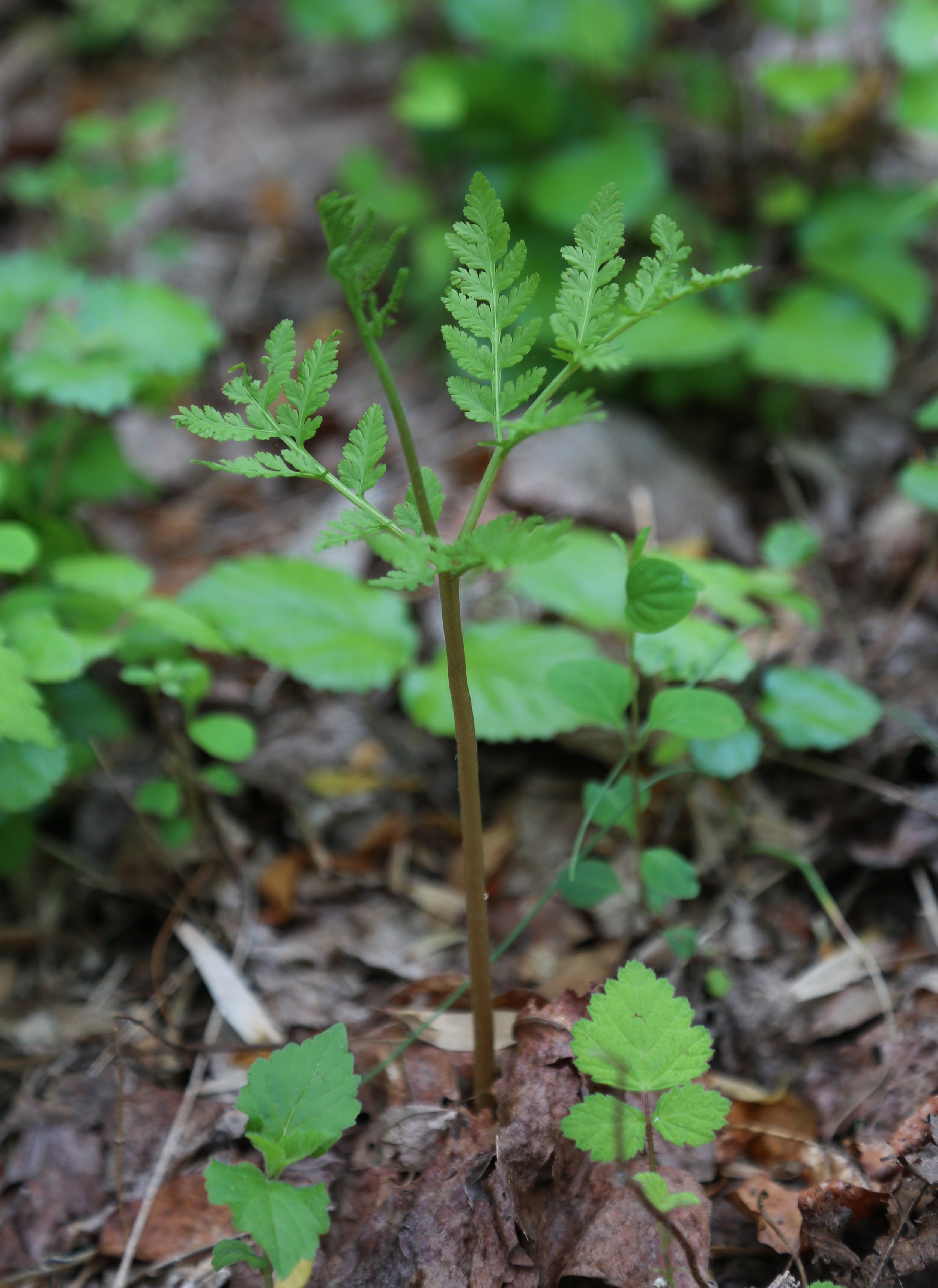
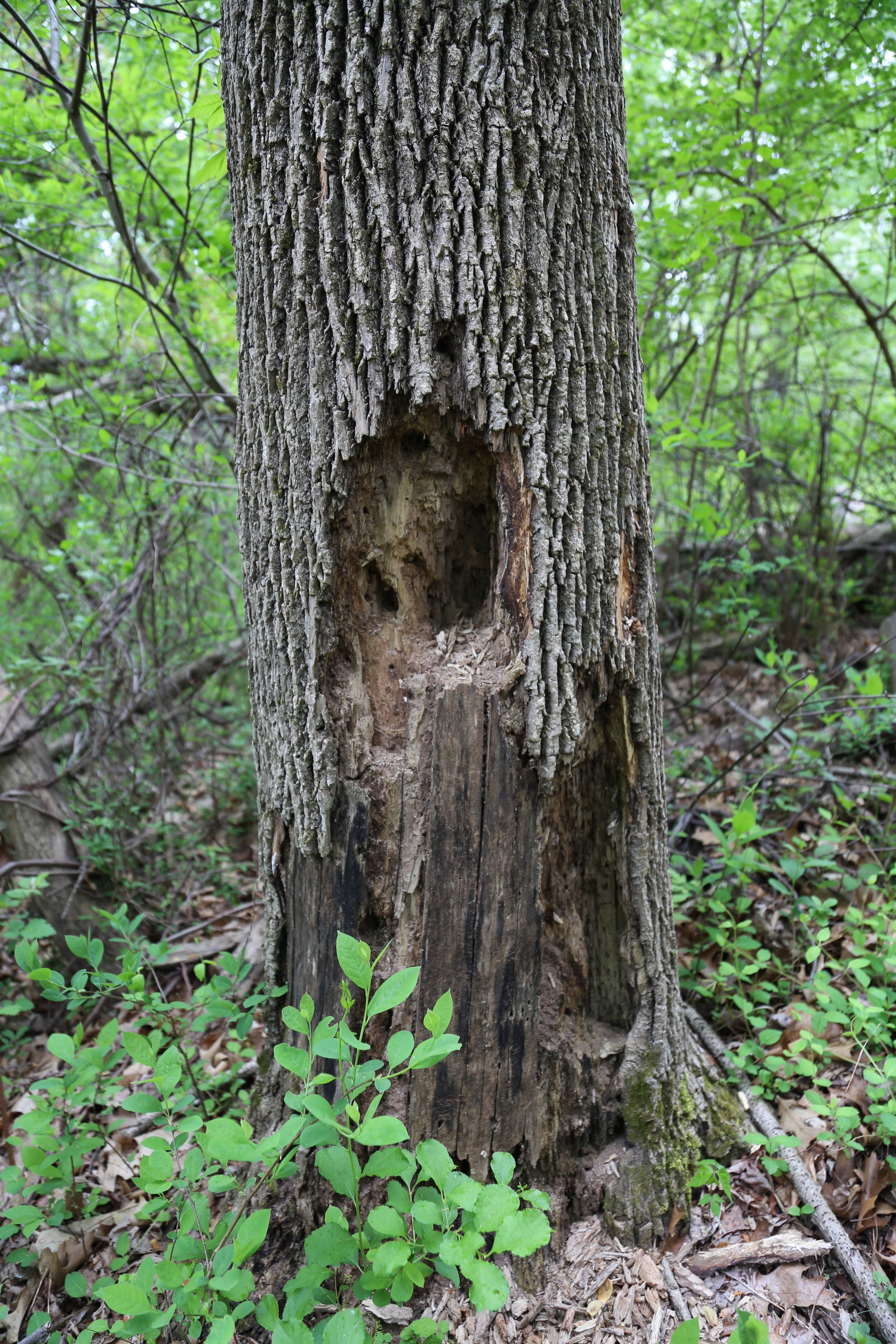
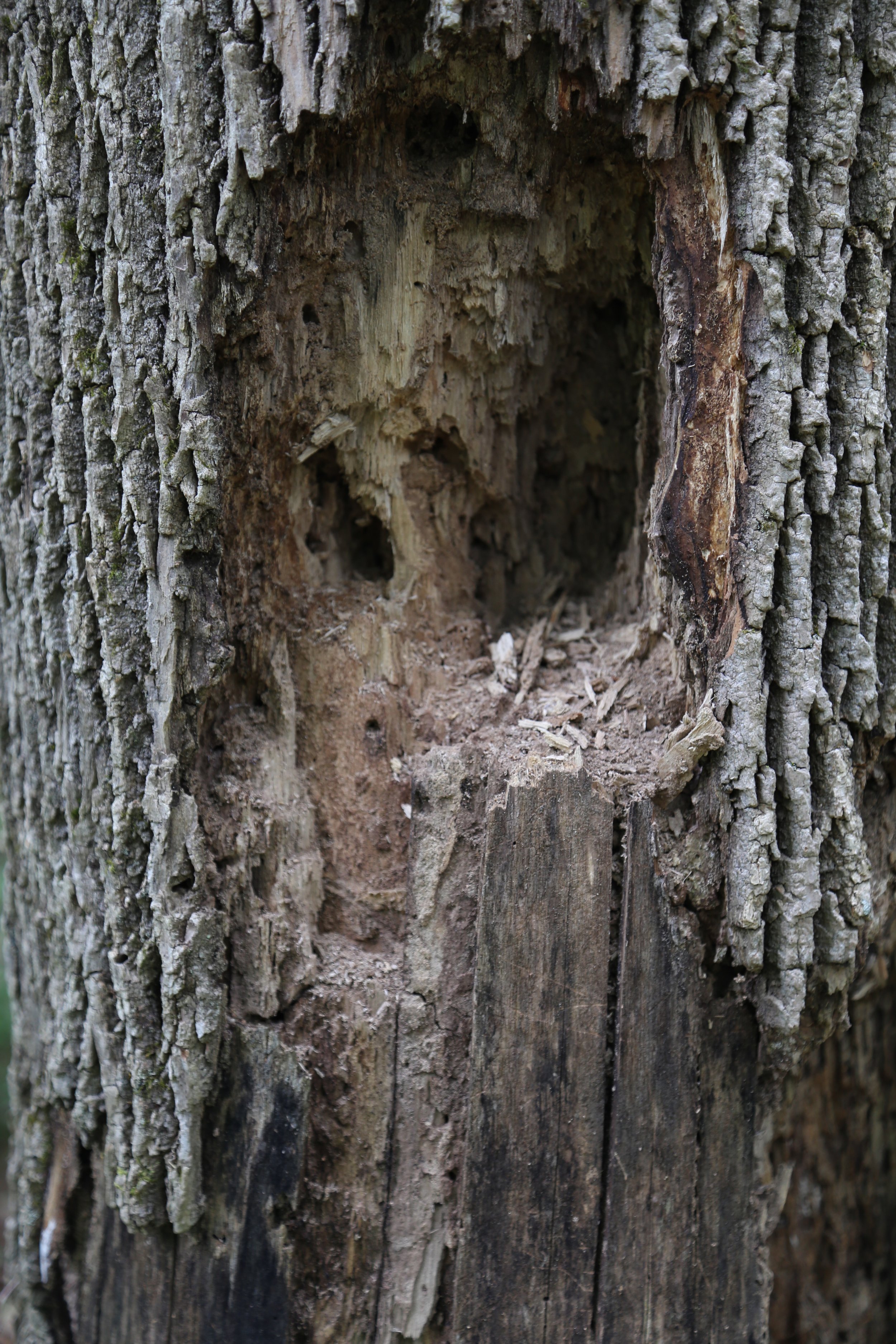

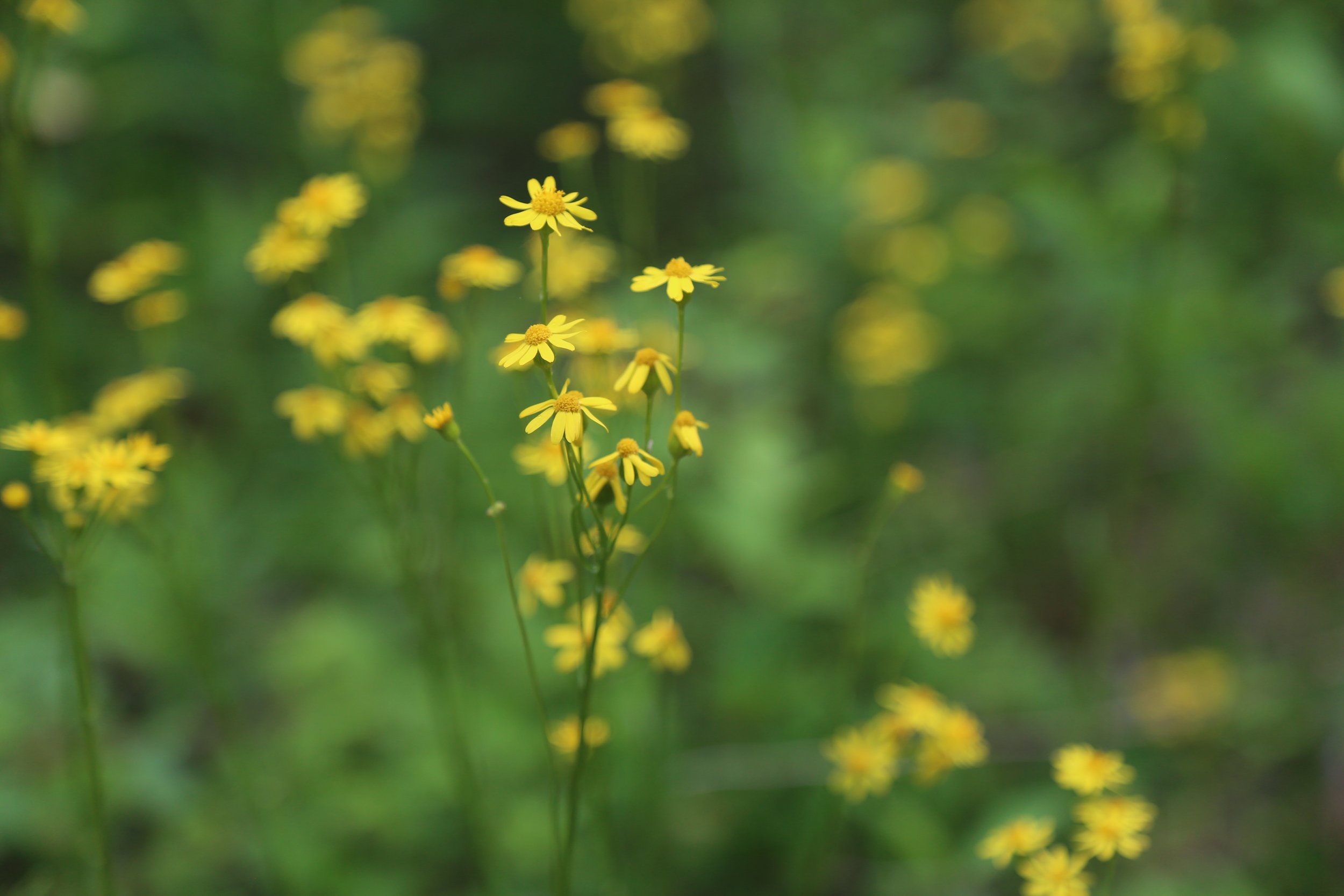
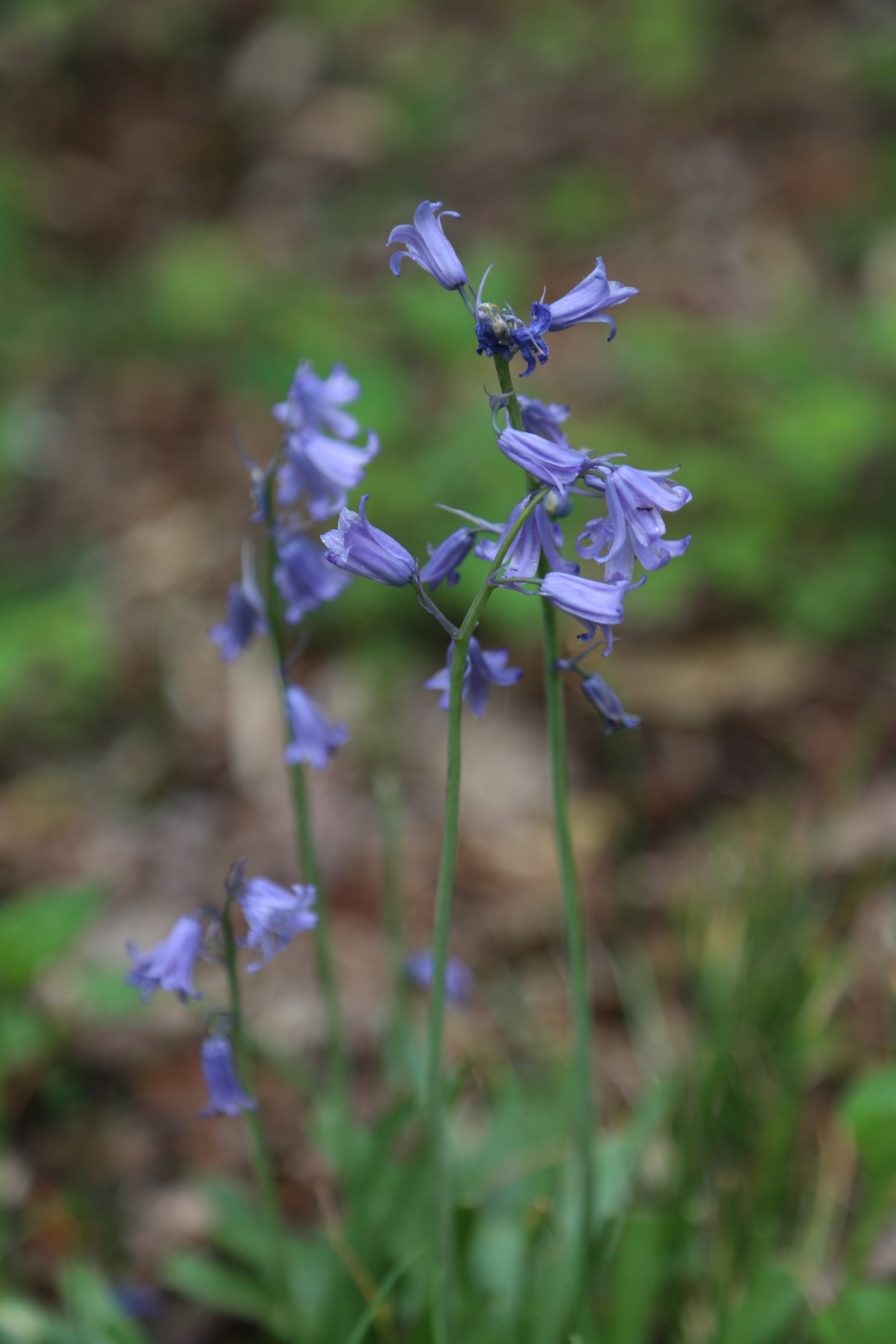
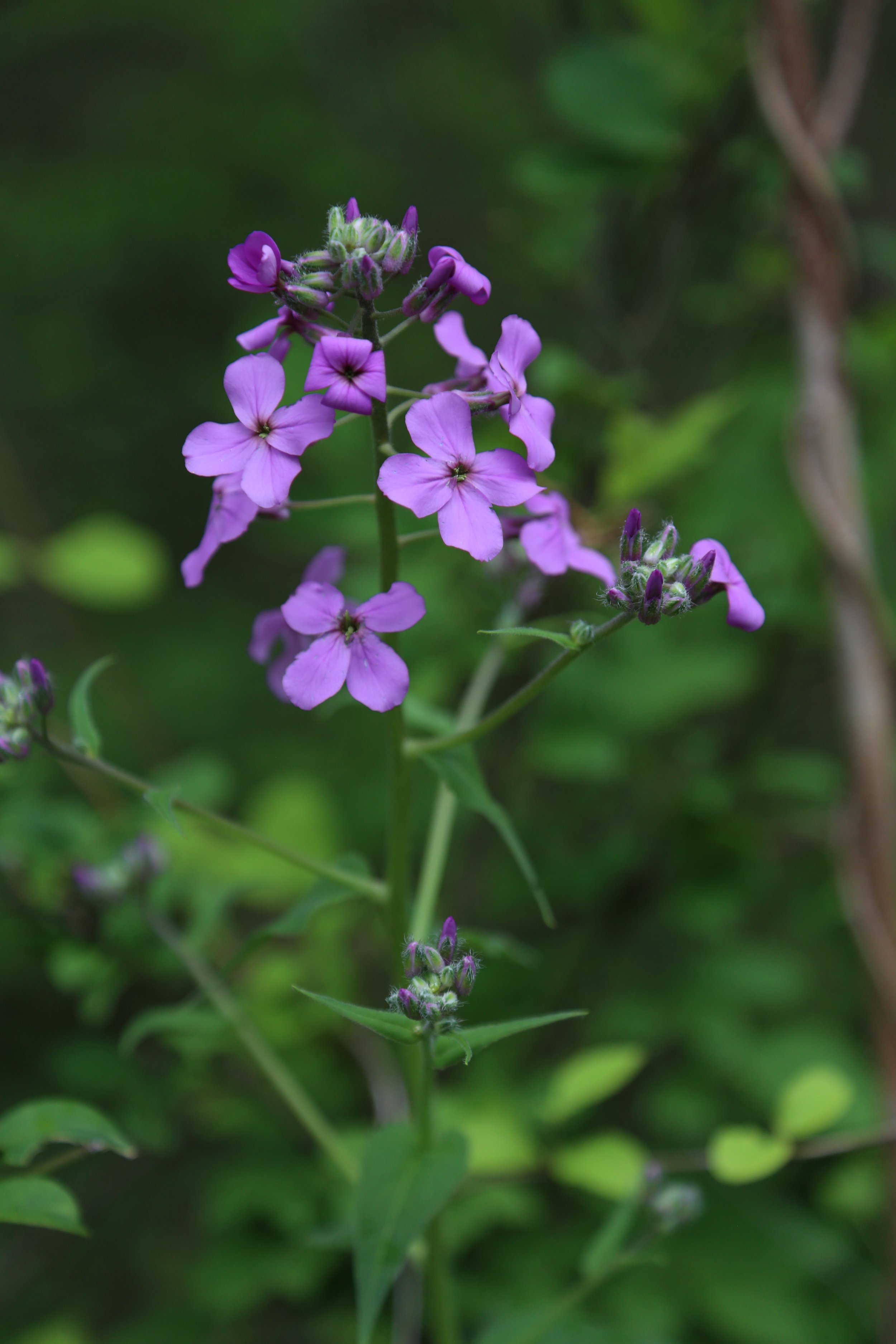
I went back to Mariton early this morning to see what was new in the way of wildflowers. Jack-in-th-Pulpit are all over the trails. I really love this plant. I couldn’t help but photograph almost every one I saw. I was hoping to see more birds today, but not much luck. Of course I was looking down at the flowers most of my walk so I’m sure I missed quite a few. Lots of Trillium starting to bloom along the trail. There’s a nice patch of Large White Trillium (Trillium grandiflorum) in the first quarter mile of the main trail. I spent a good portion of the morning and early after noon wandering the steep hillside, listening to the birds and searching for flowers. I’ll be back next weekend to see what’s new.
Celandine Poppy (Stylophorum diphyllum)
Common Pawpaw (Asimina triloba)
Blue Phlox (Phlox divaricata)
Heartleaf Foamflower (Tiarella cordifolia)
Flowering Dogwood (Cornus florida)
Eastern Tent Caterpillar
Celandine Poppy (Stylophorum diphyllum)
Christmas Fern (Polystichum acrostichoides)
Rue Anemone (Thalictrum thalictroides)
Jack-in-the-Pulpit (Arisaema triphyllum)
Red Trillium (Trillium erectum)
Jack-in-the-Pulpit (Arisaema triphyllum)
Jack-in-the-Pulpit (Arisaema triphyllum)
Red Trillium (Trillium erectum)
Red Trillium (Trillium erectum)
Red Trillium (Trillium erectum)
Yellow Wakerobin (Trillium luteum)
Jack-in-the-Pulpit (Arisaema triphyllum)
Jack-in-the-Pulpit (Arisaema triphyllum)
Jack-in-the-Pulpit (Arisaema triphyllum)
Mayapple (Podophyllum peltatum)
Perfoliate Bellwort (Uvularia perfoliata)
Polystichum acrostichoides (Christmas fern)
Common Blue Violet (Viola sororia)
Flowering Dogwood (Cornus Florida)
Flowering Dogwood (Cornus Florida)
Tulip Tree (Liriodendron tulipifera)
Flowering Dogwood (Cornus Florida)
Large White Trillium (Trillium grandiflorum)
Large White Trillium (Trillium grandiflorum)
Large White Trillium (Trillium grandiflorum)
Large White Trillium (Trillium grandiflorum)
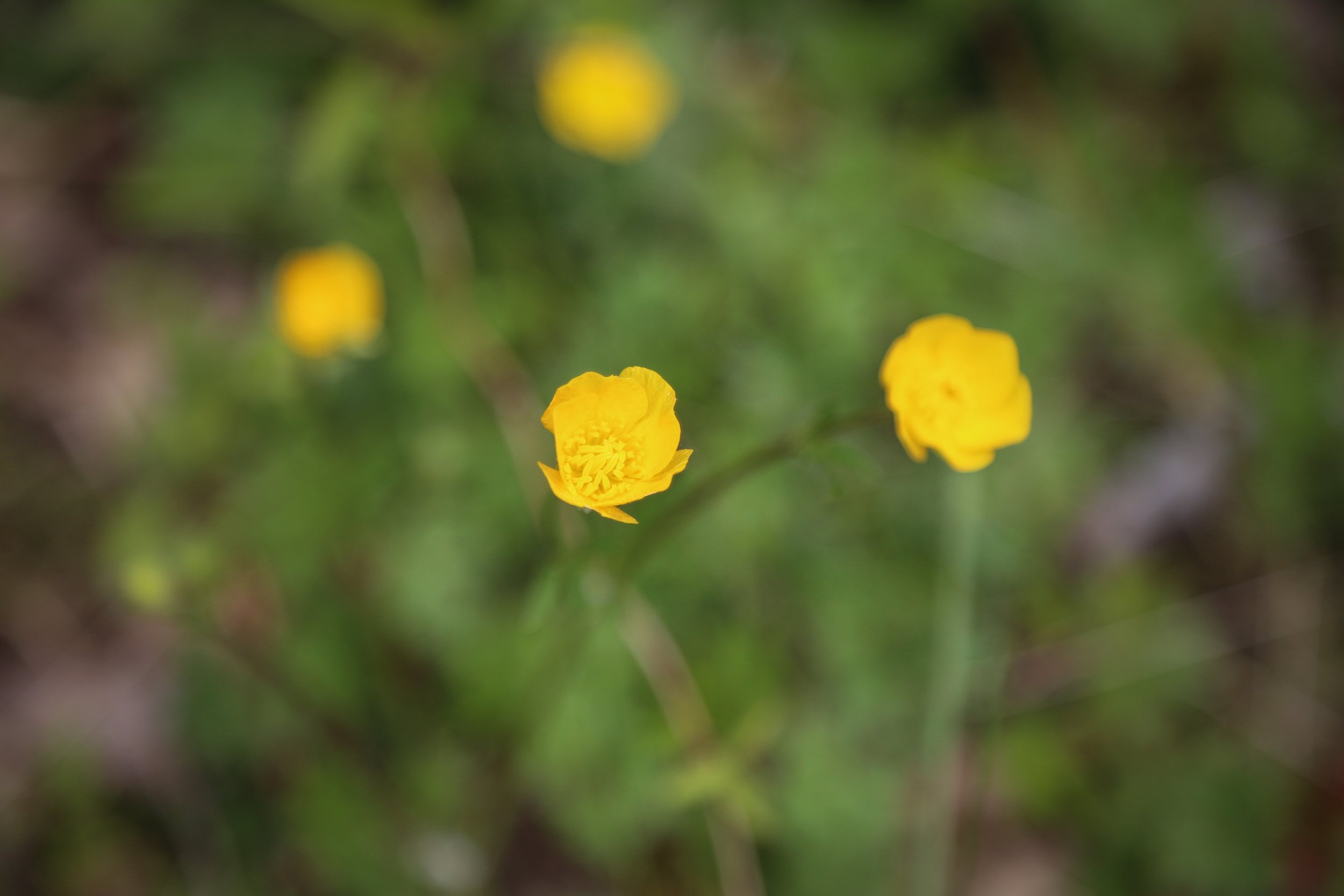
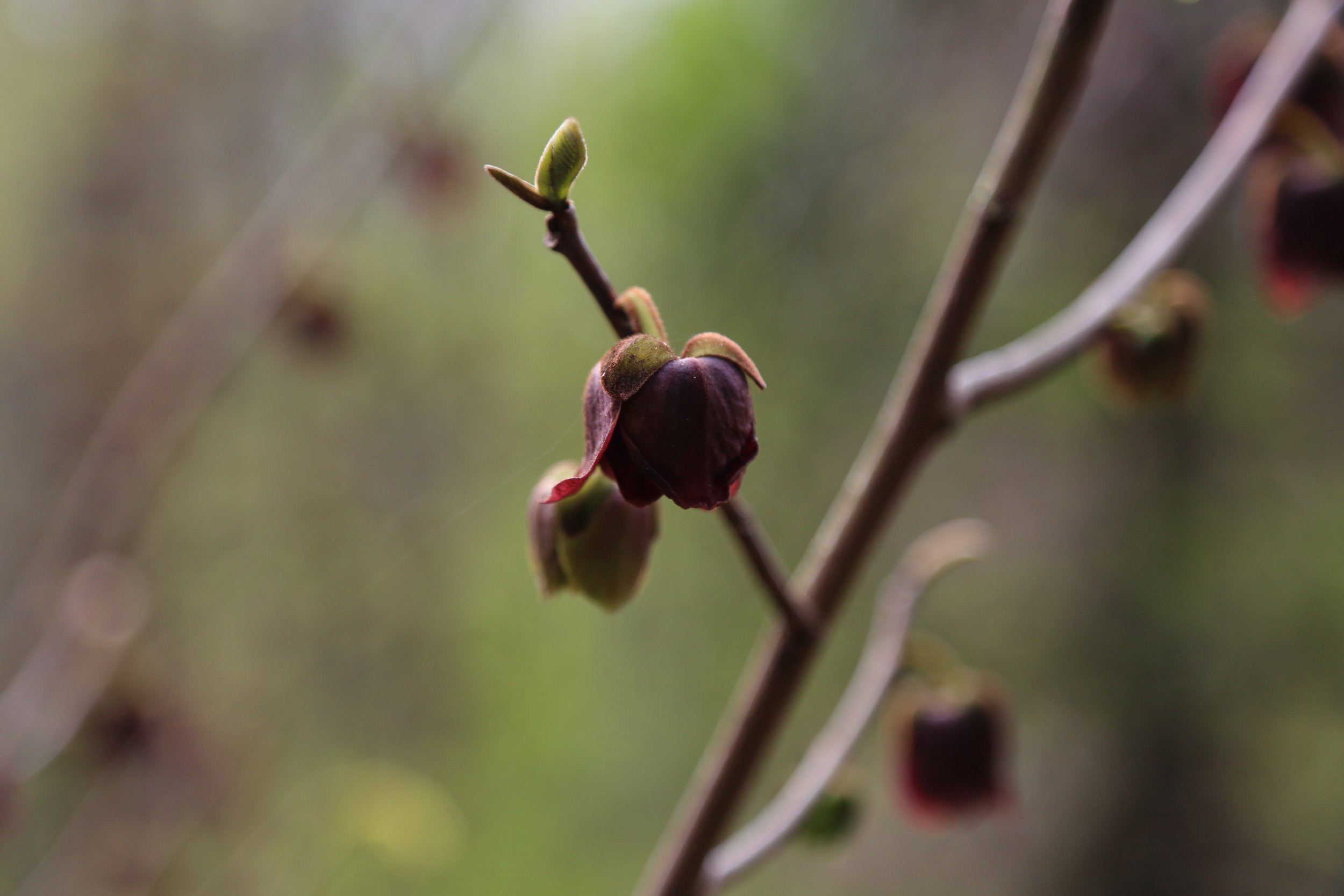
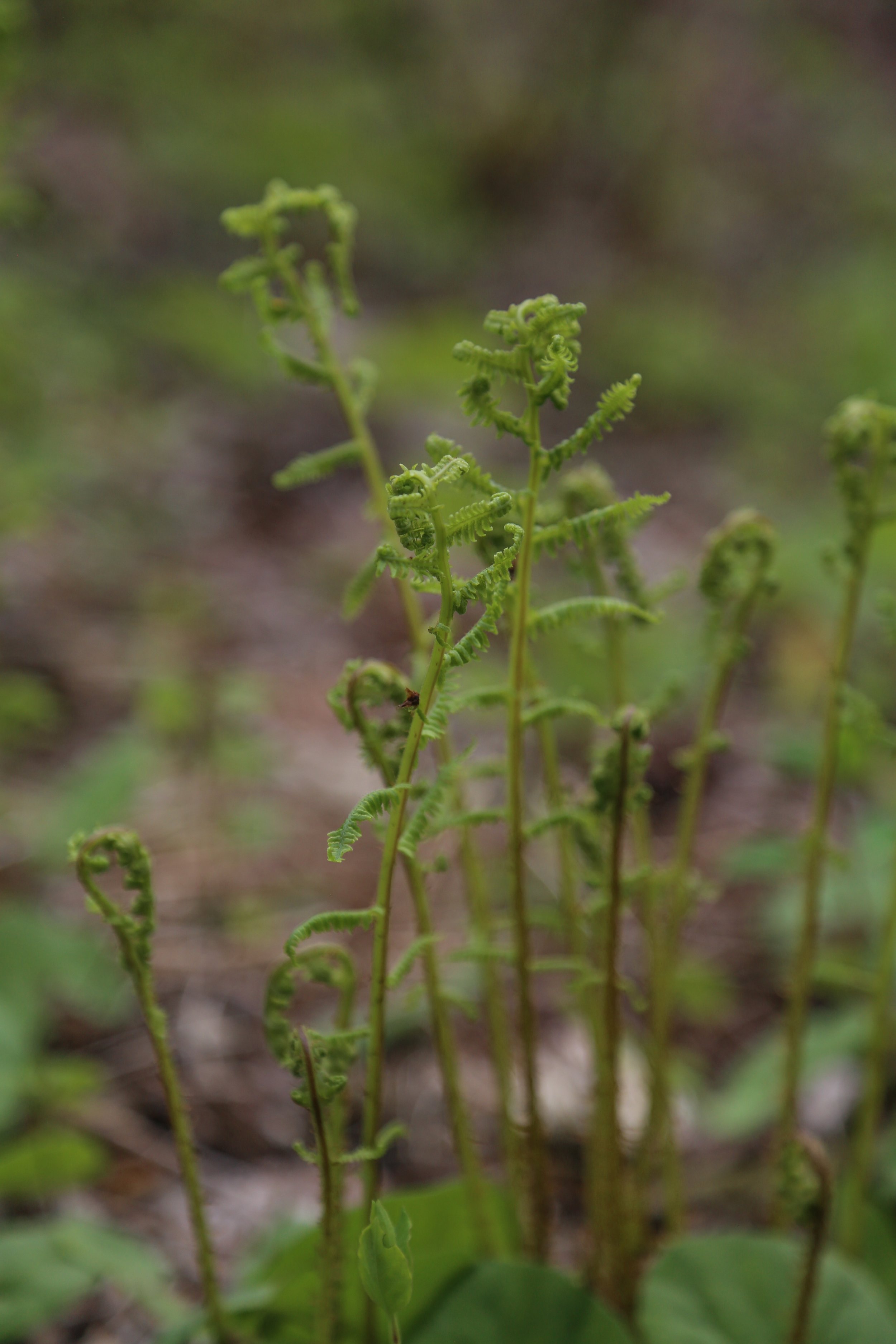
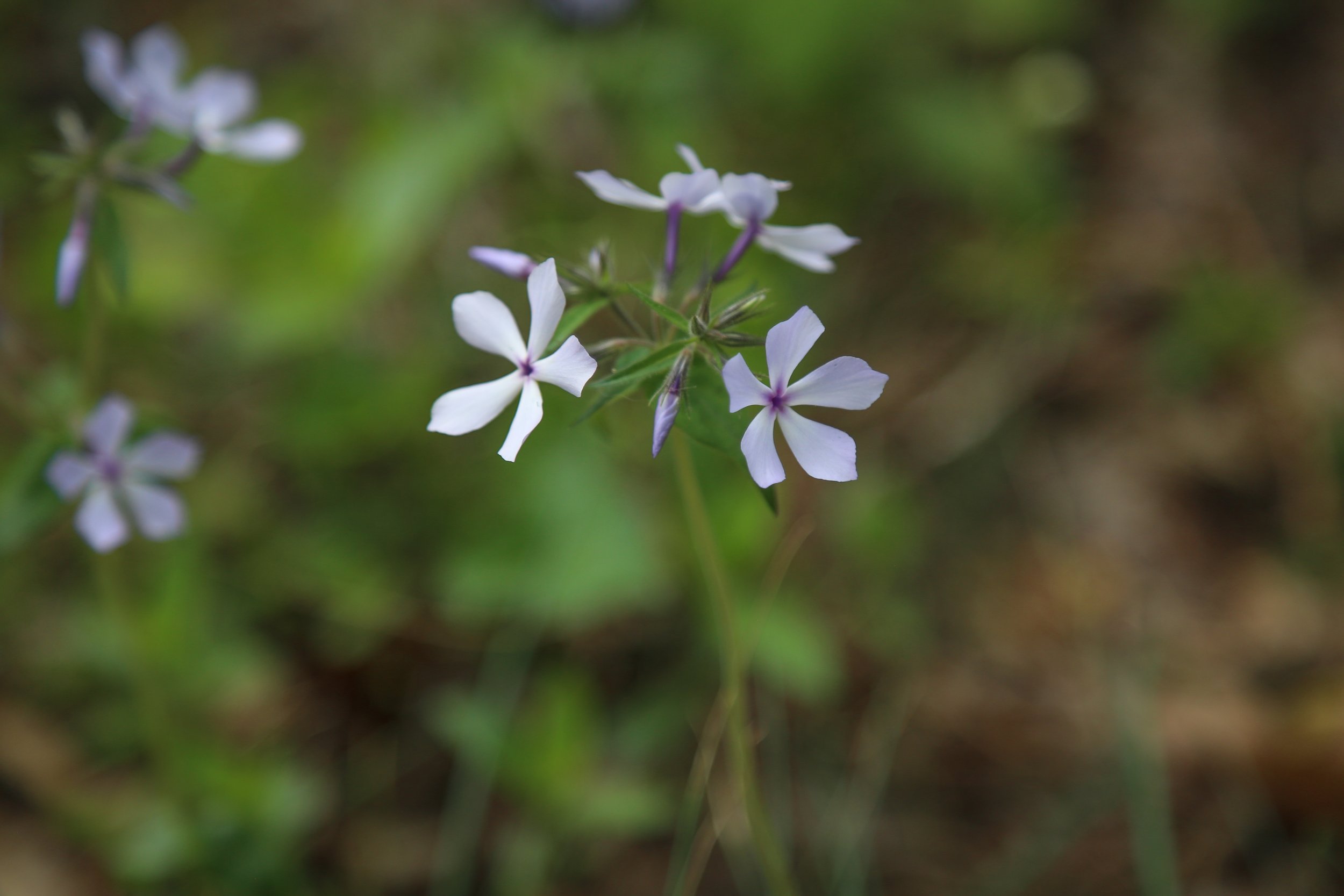
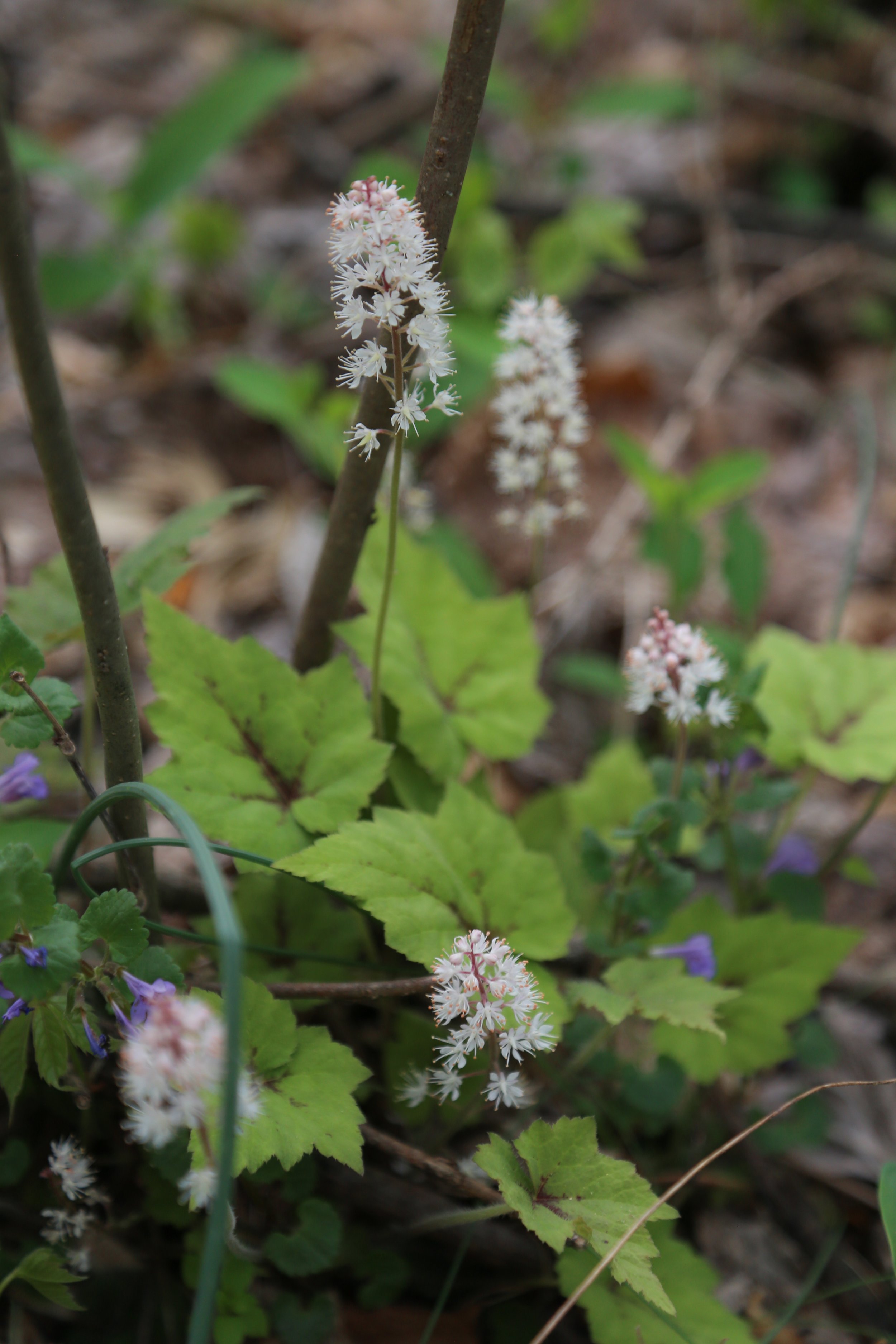
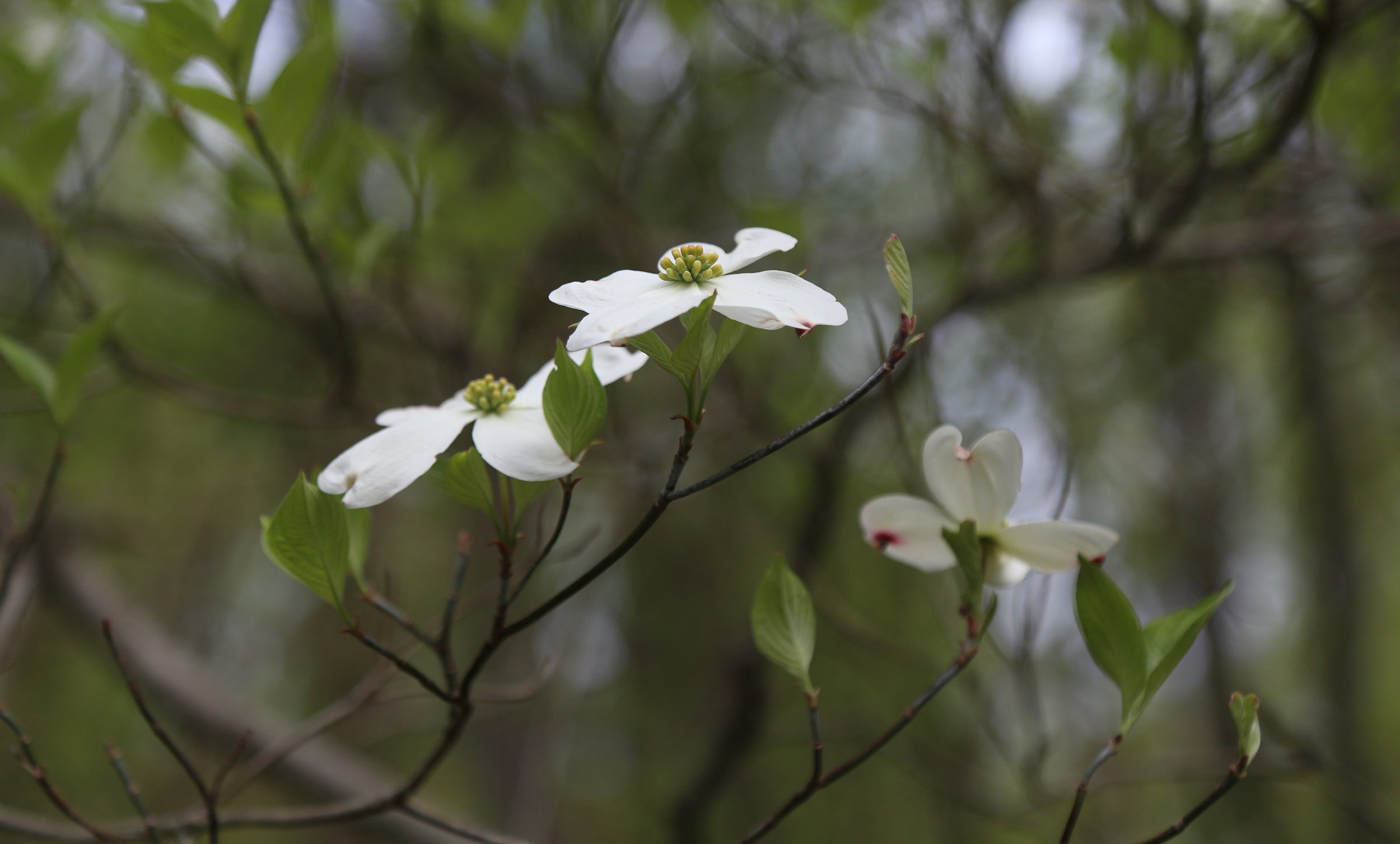
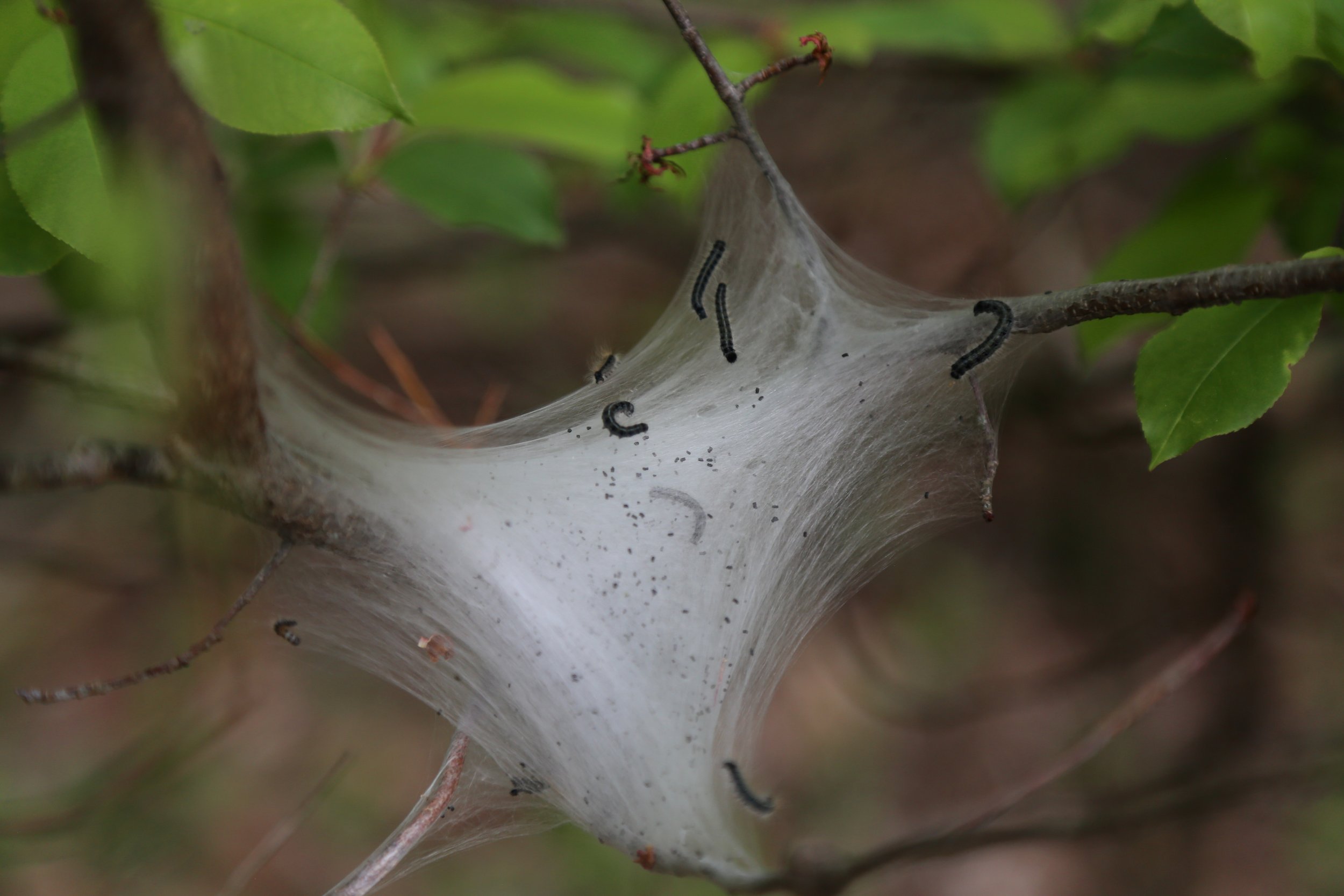
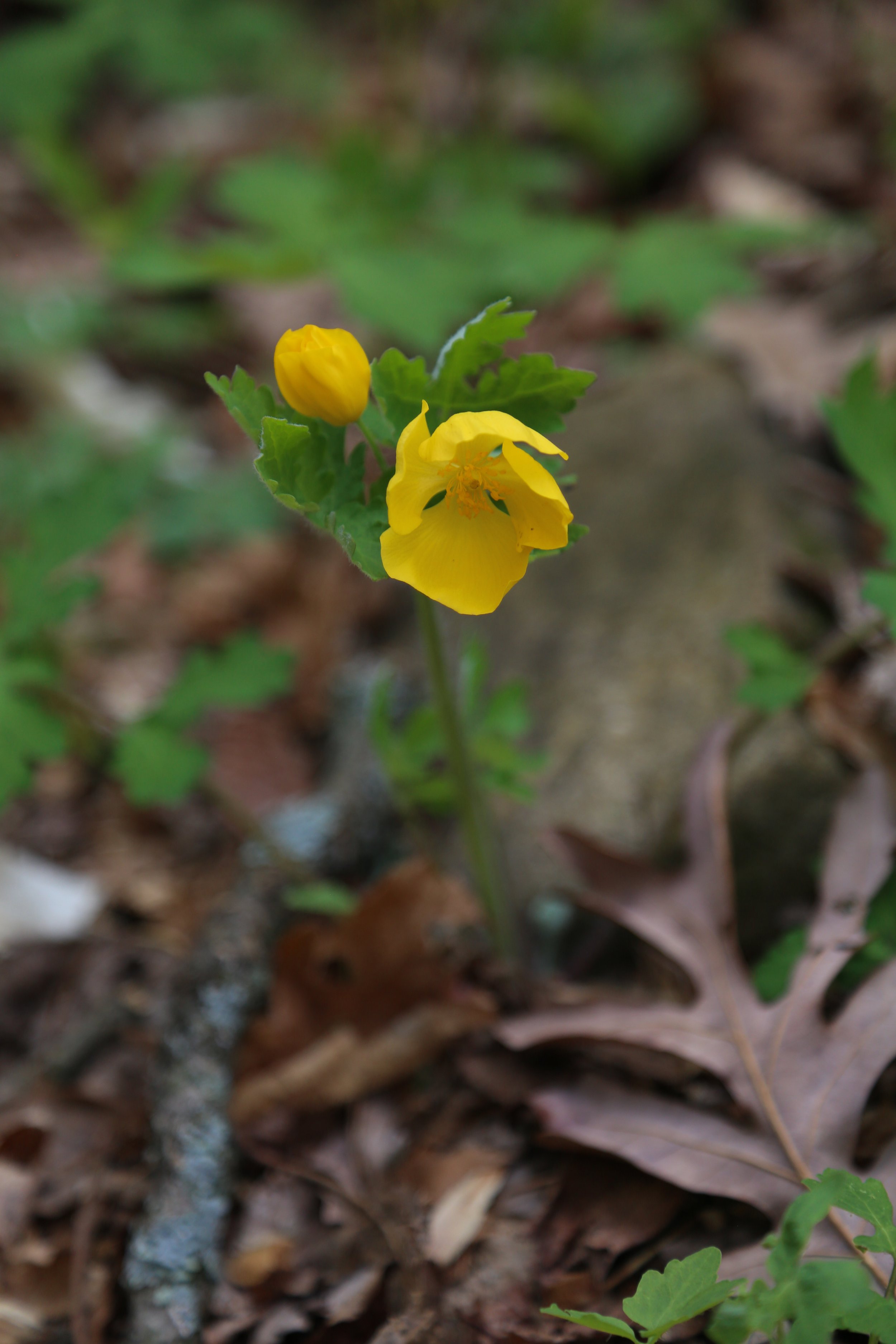
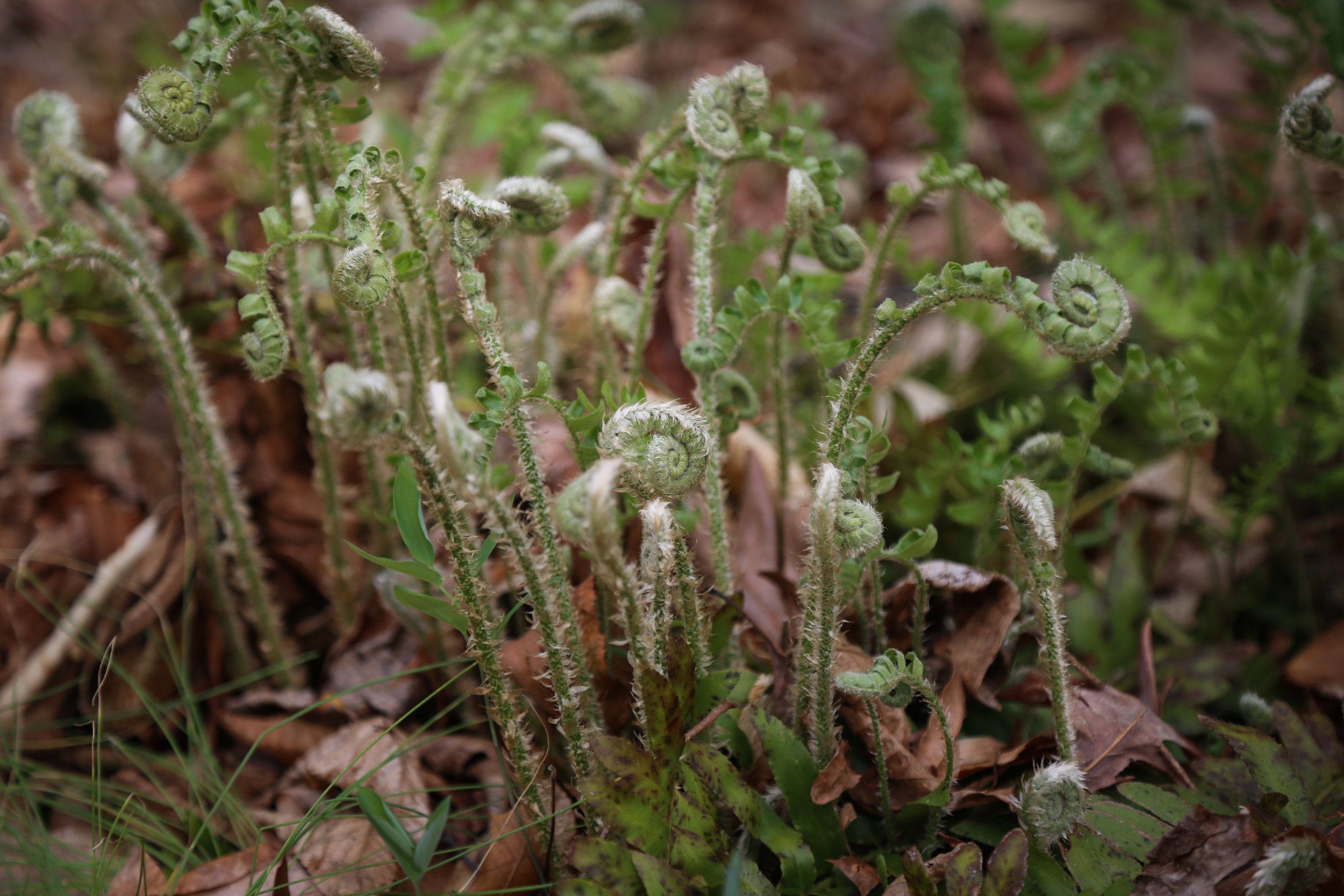
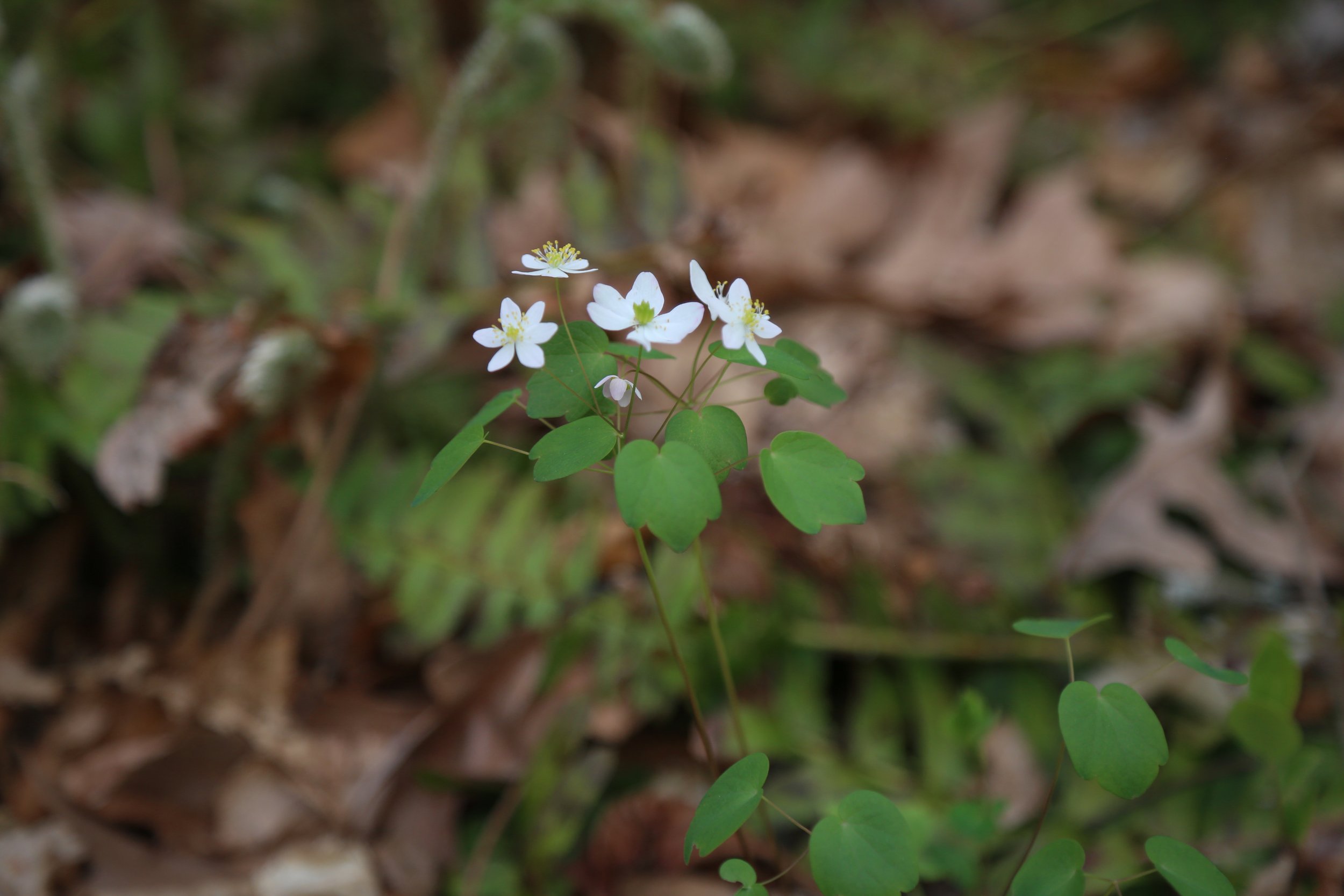
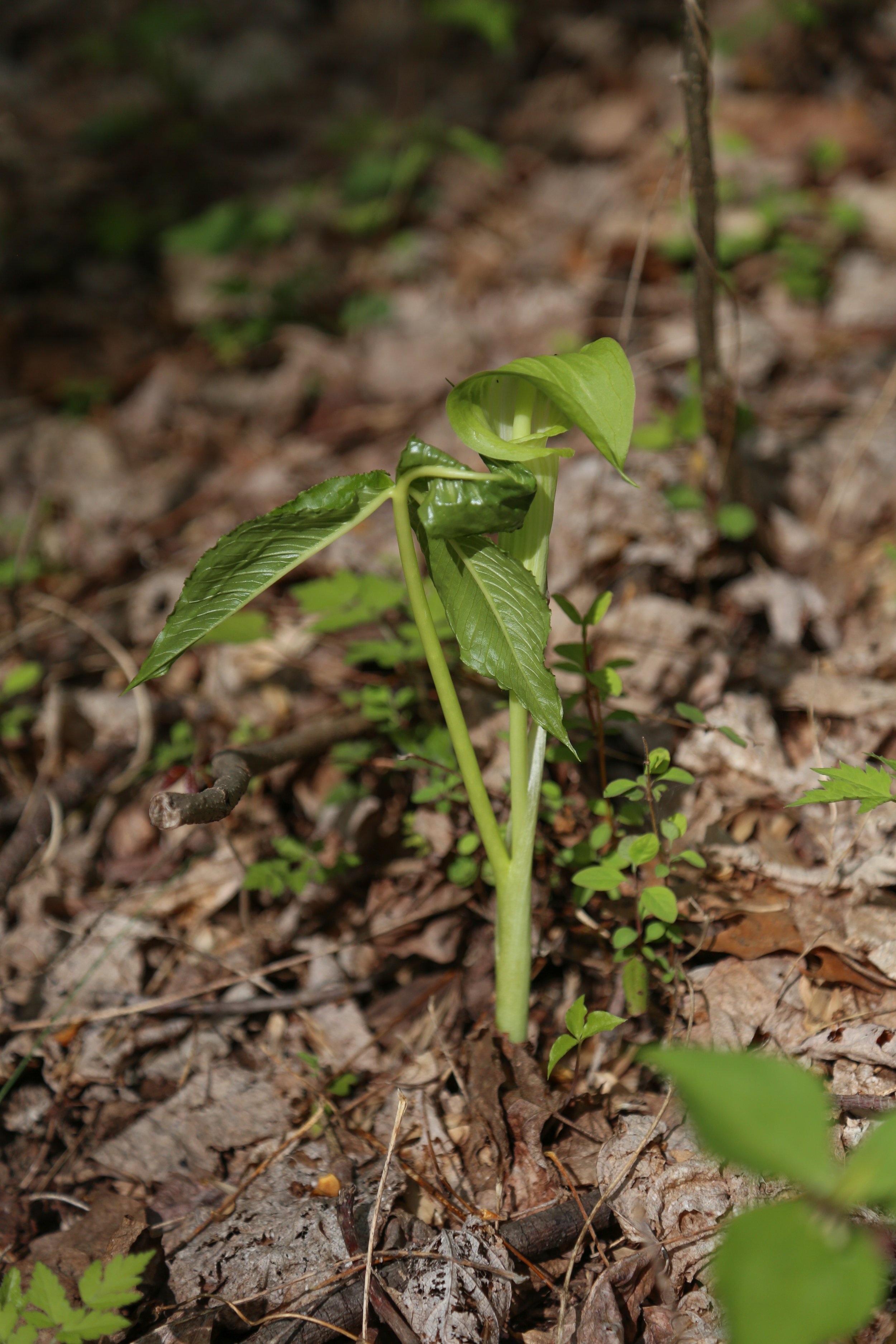

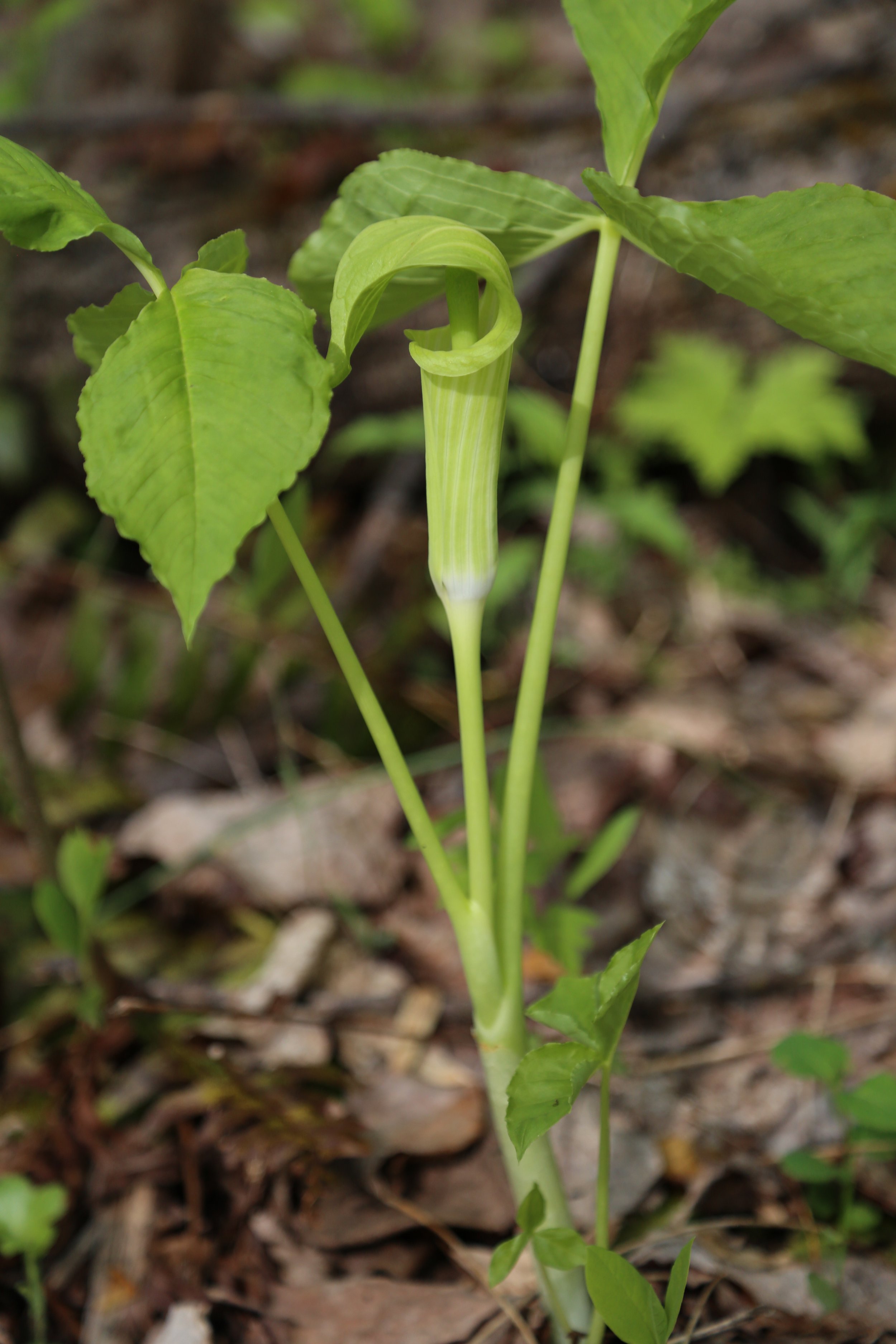
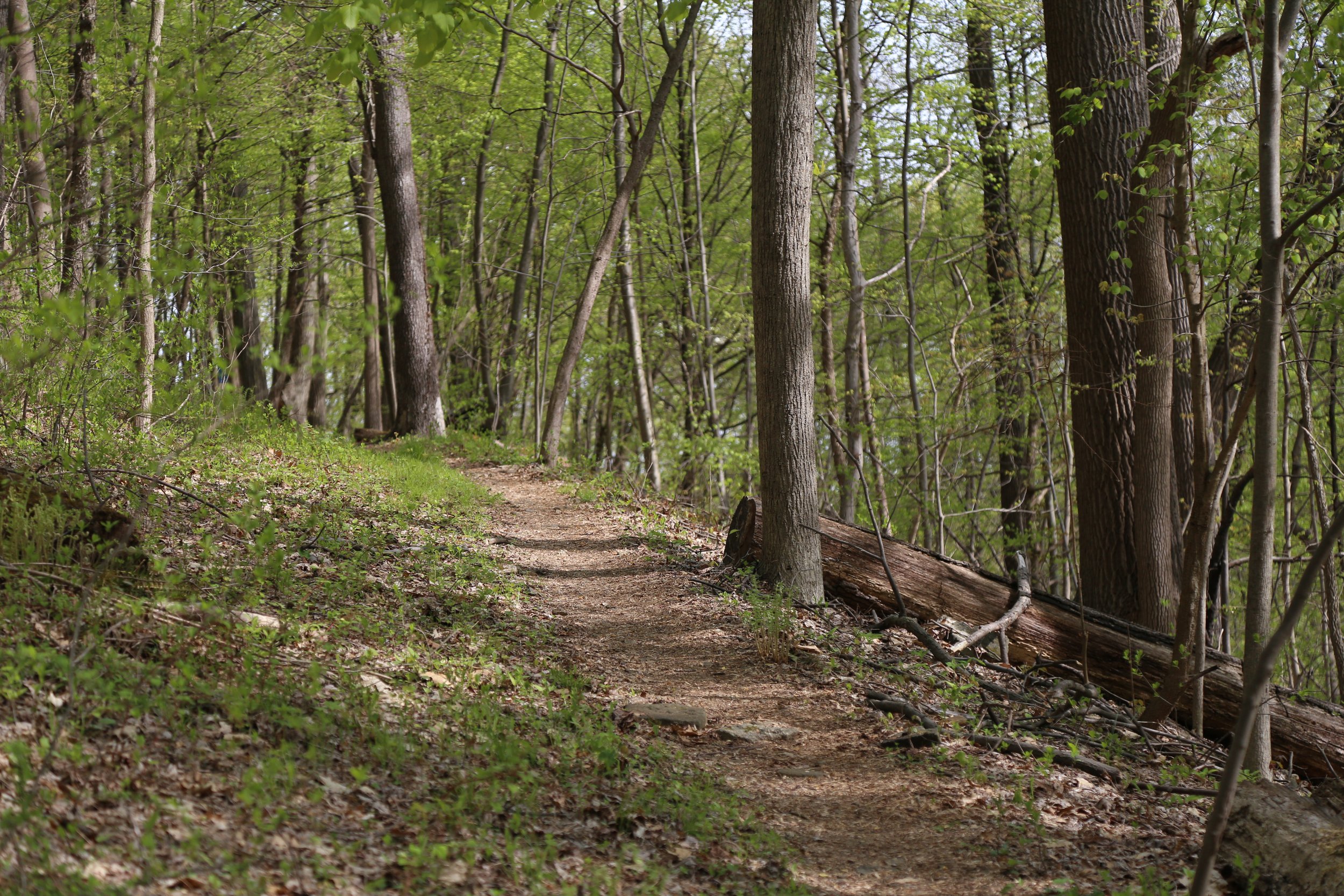
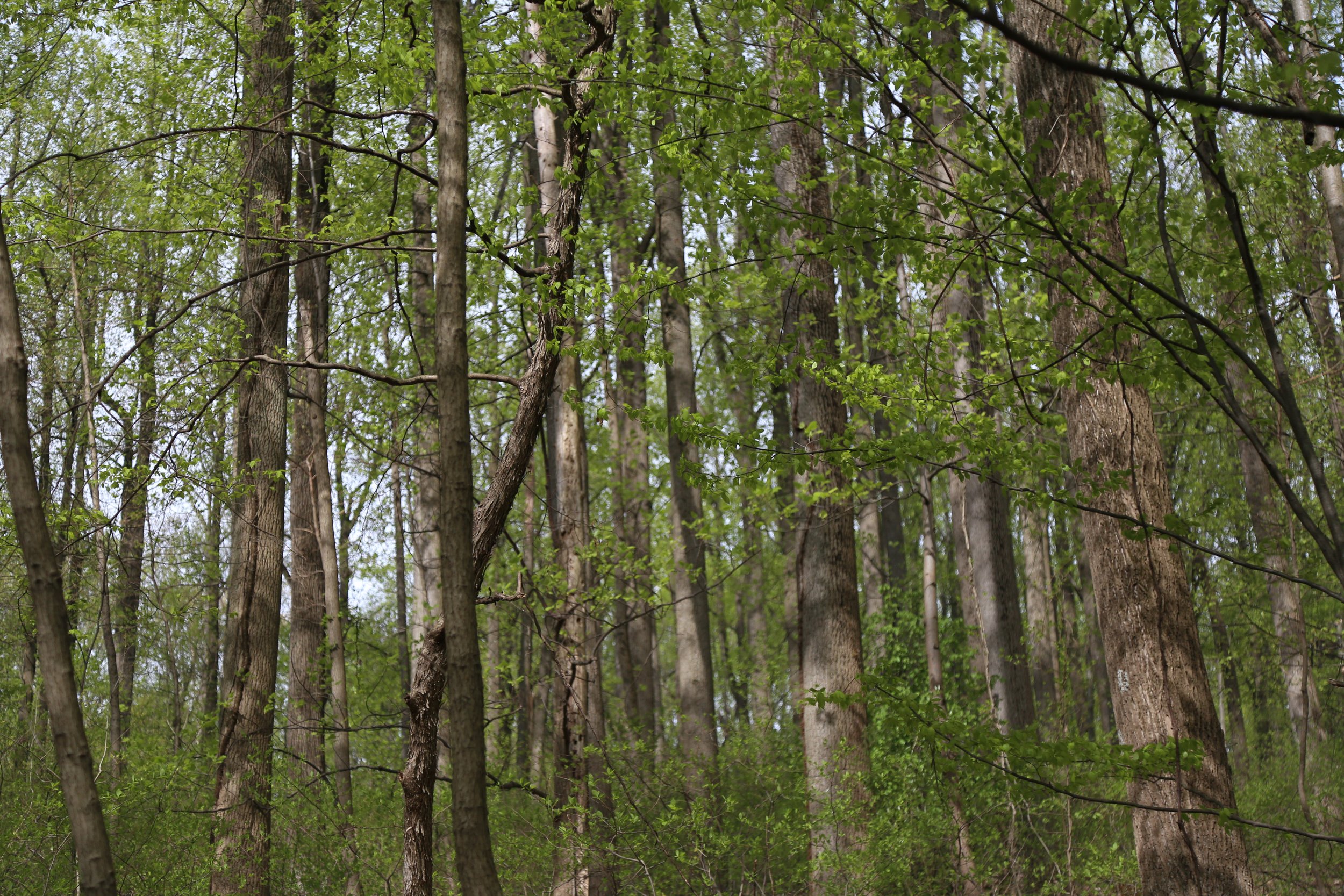
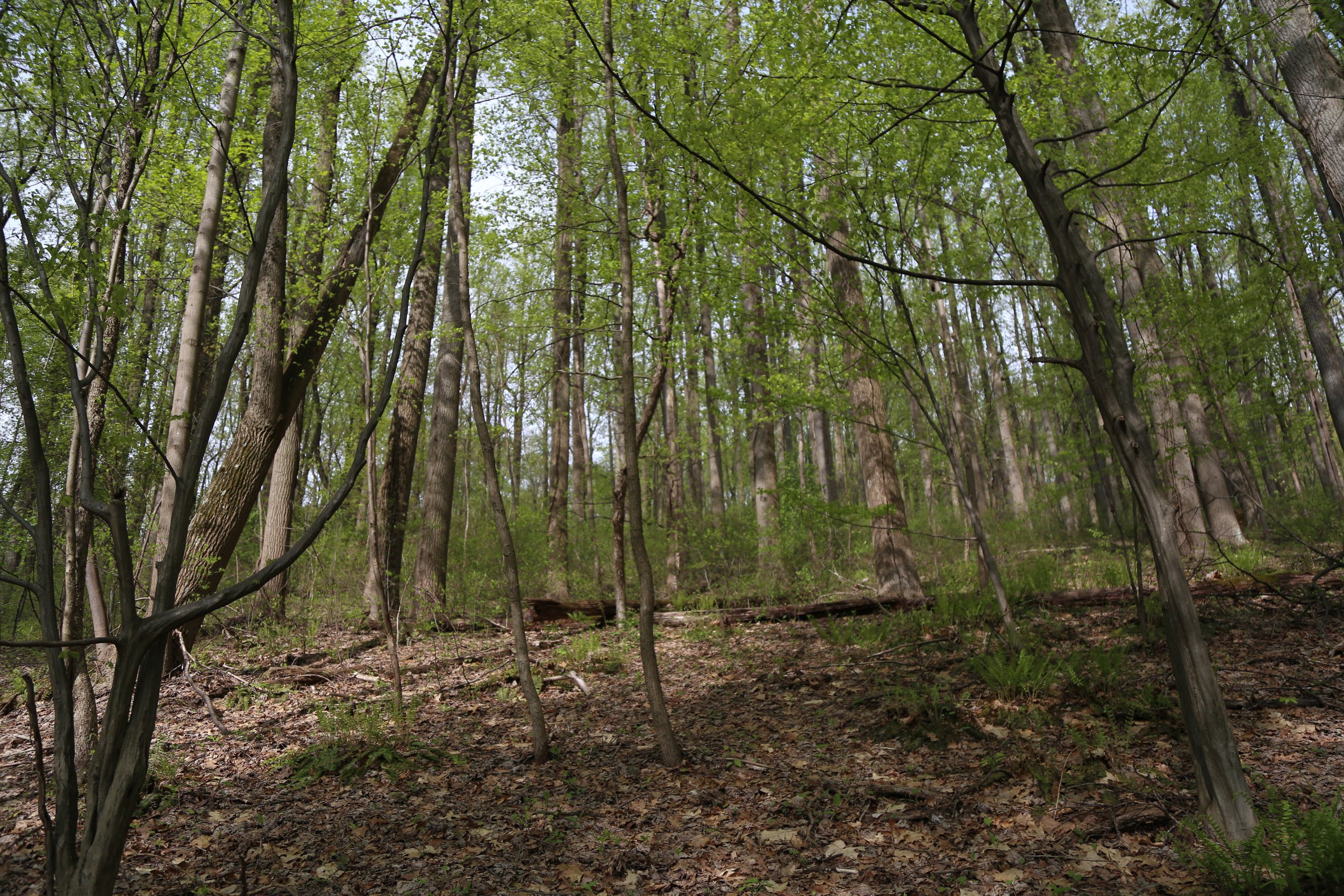
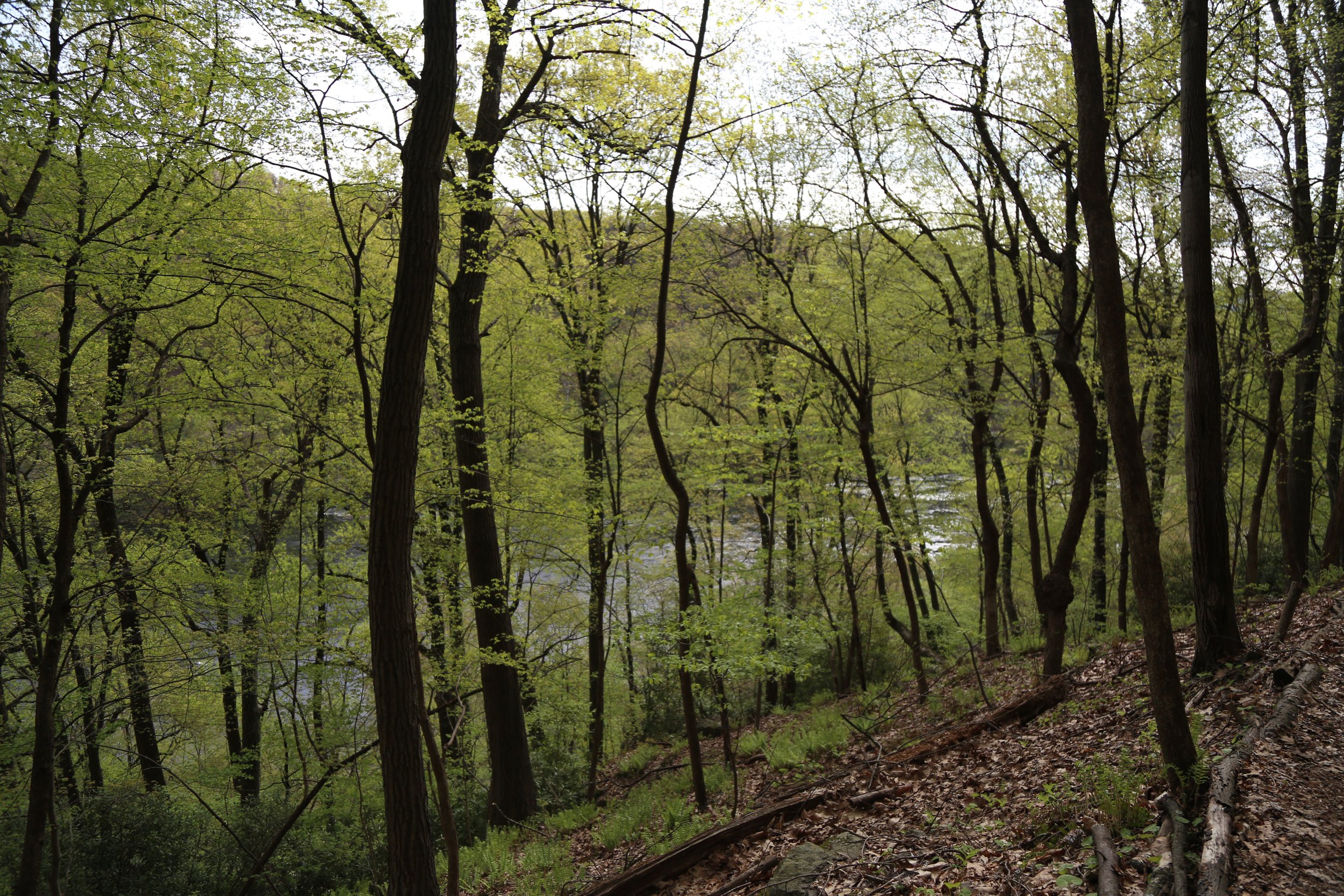
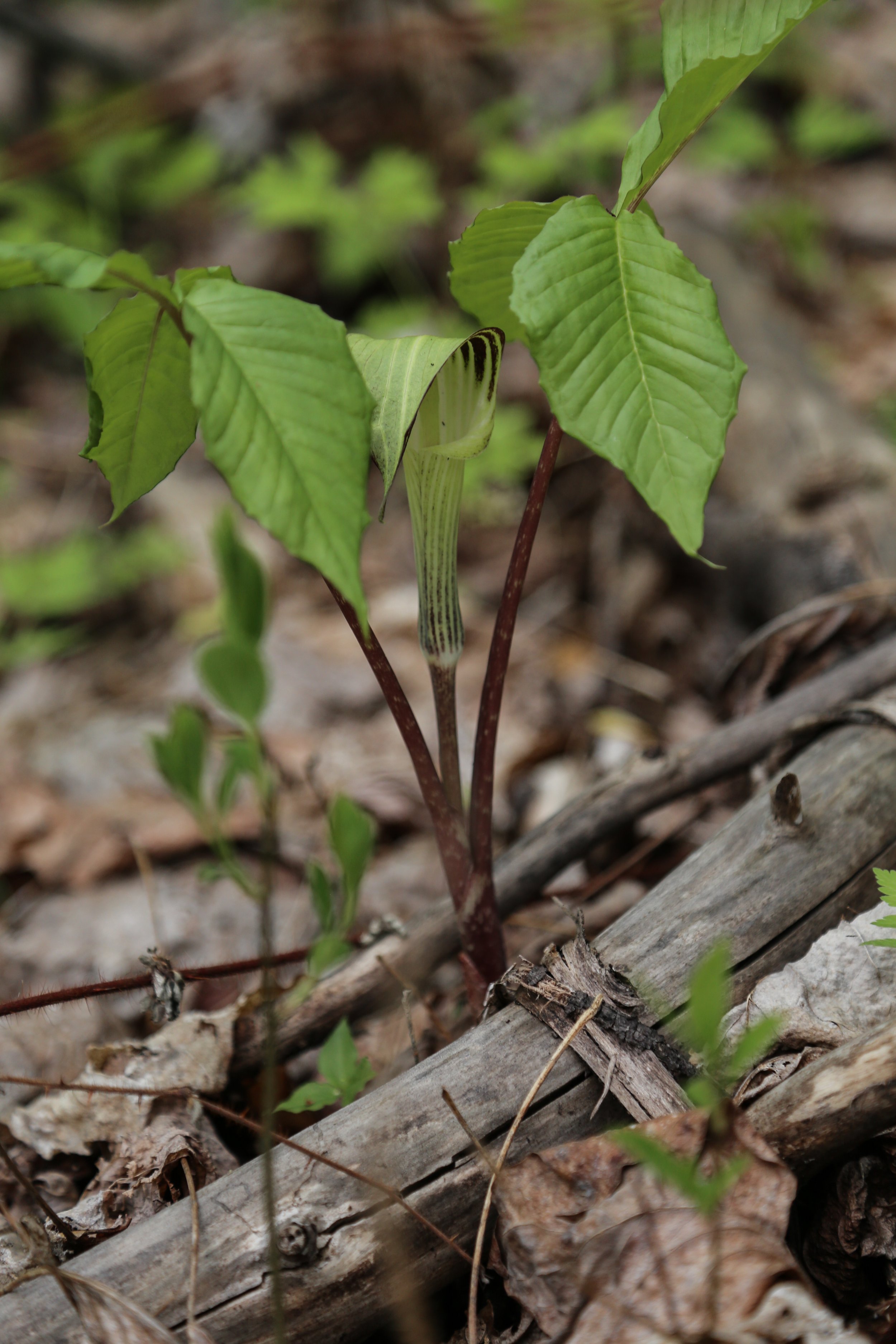

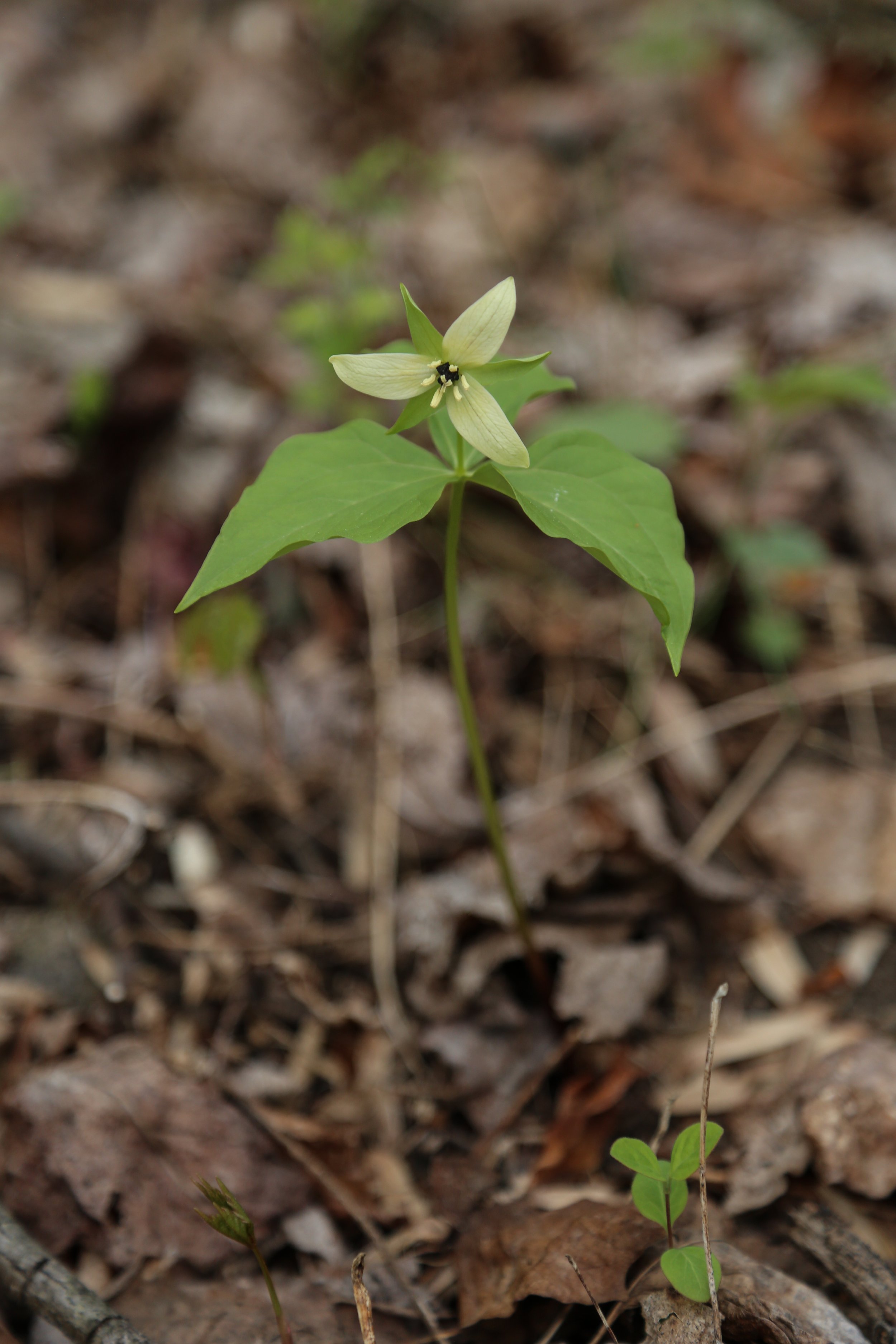
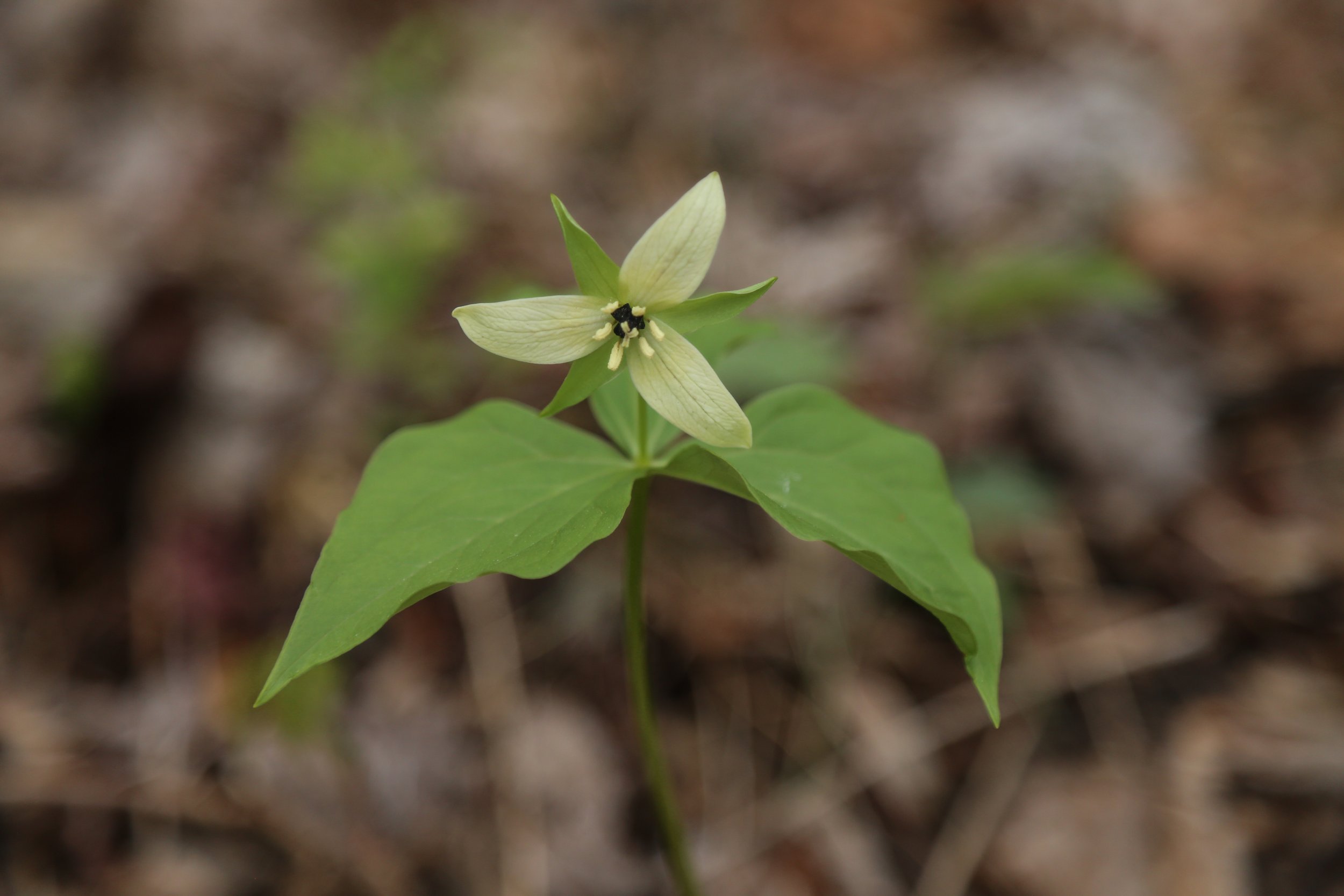
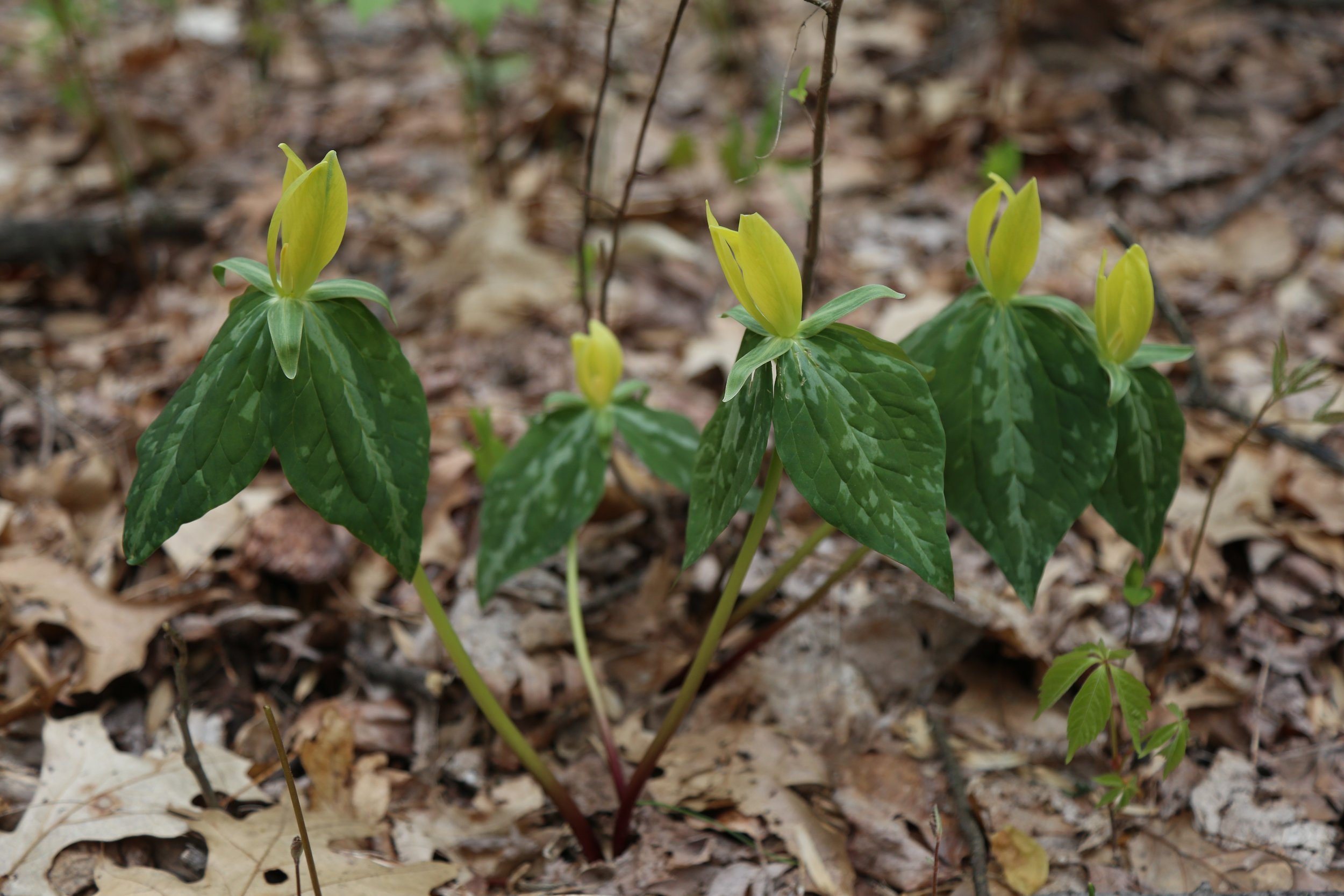
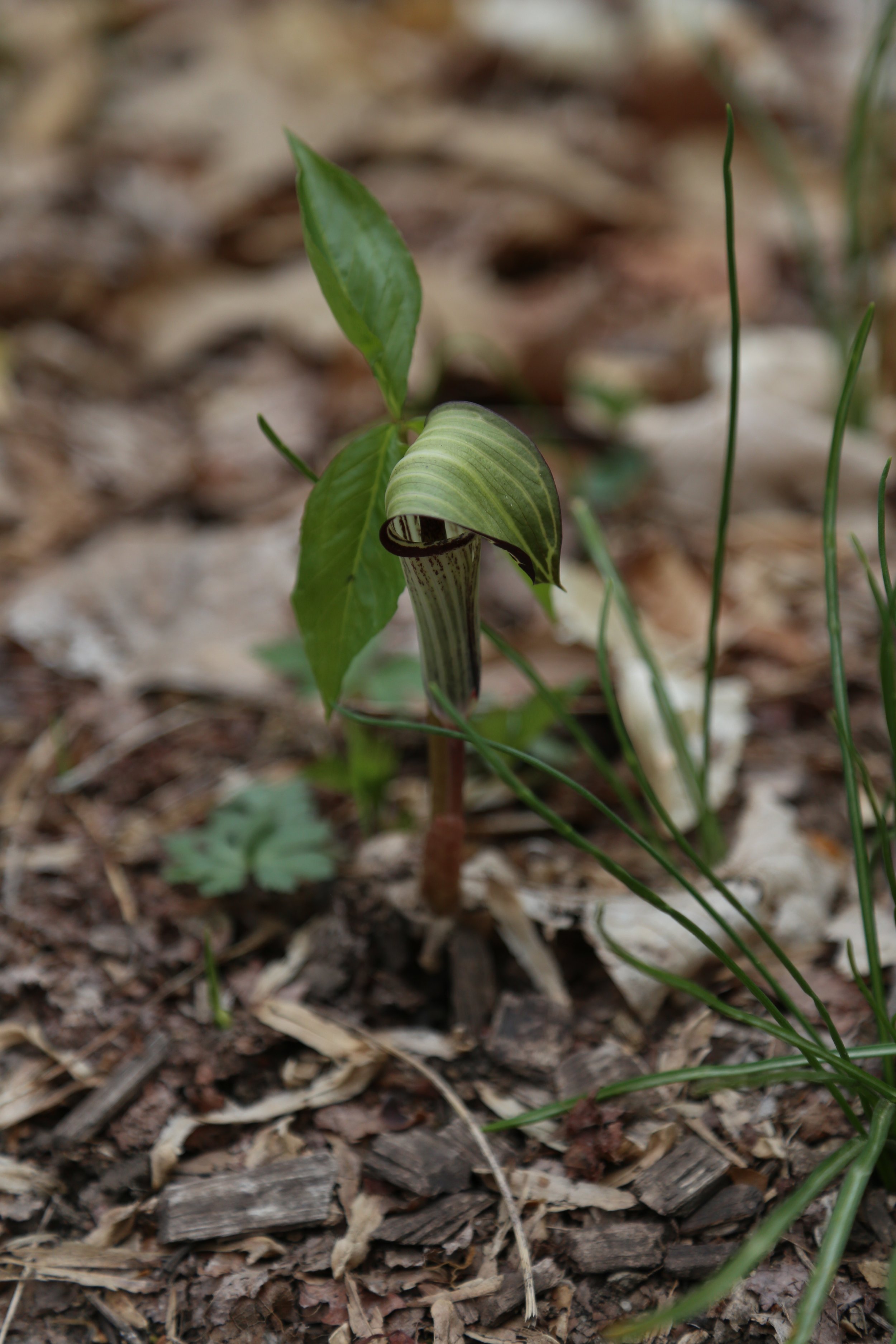
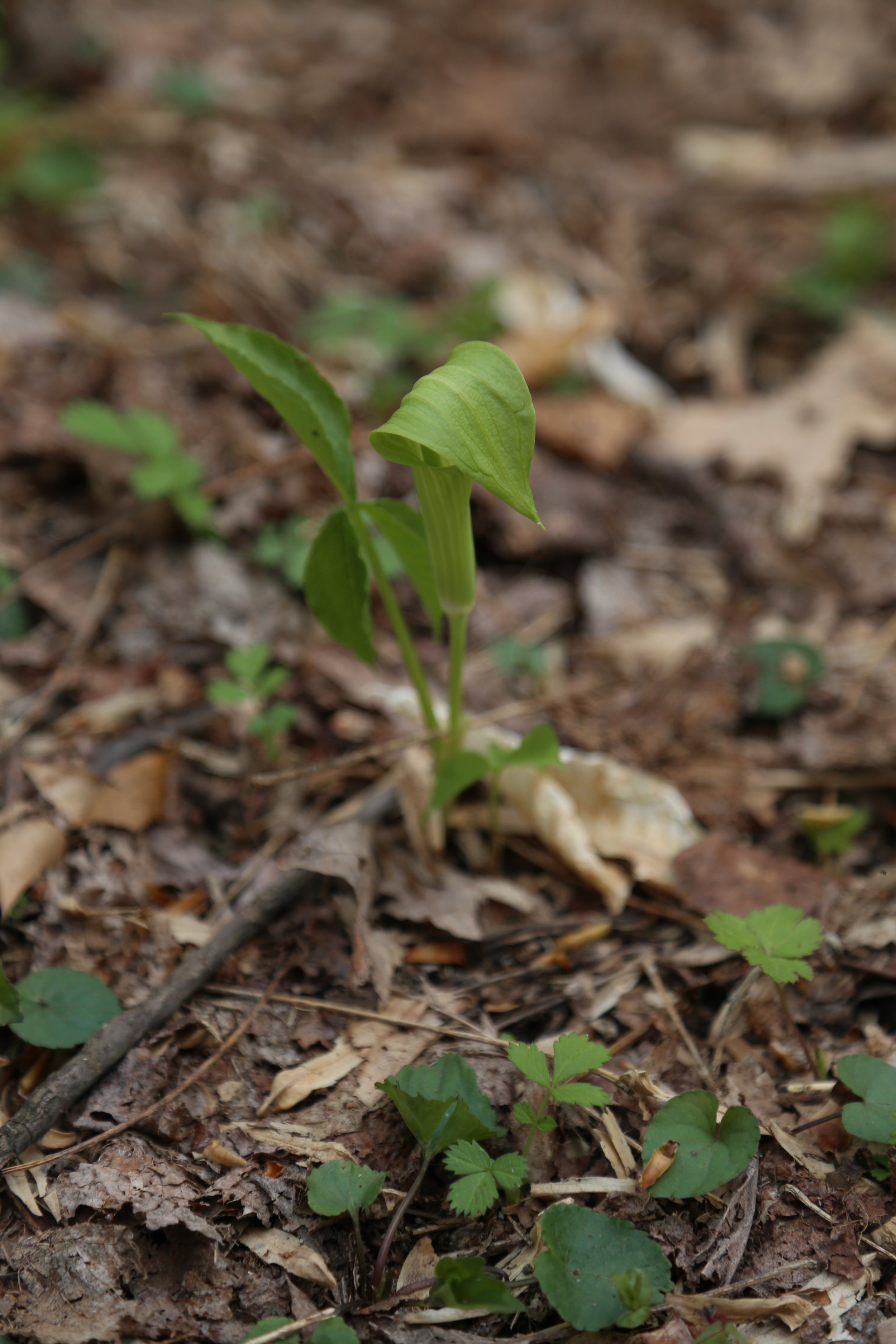


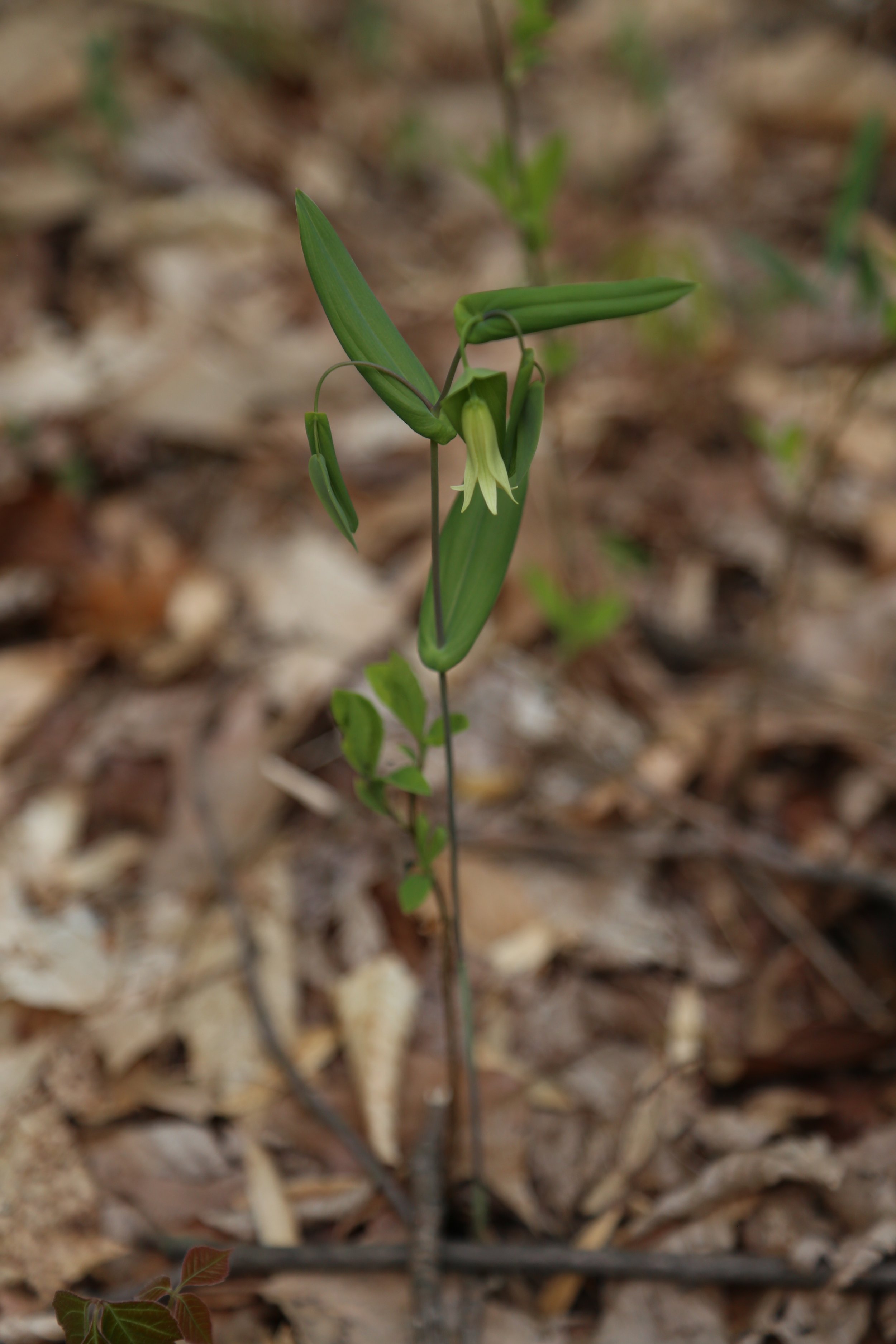
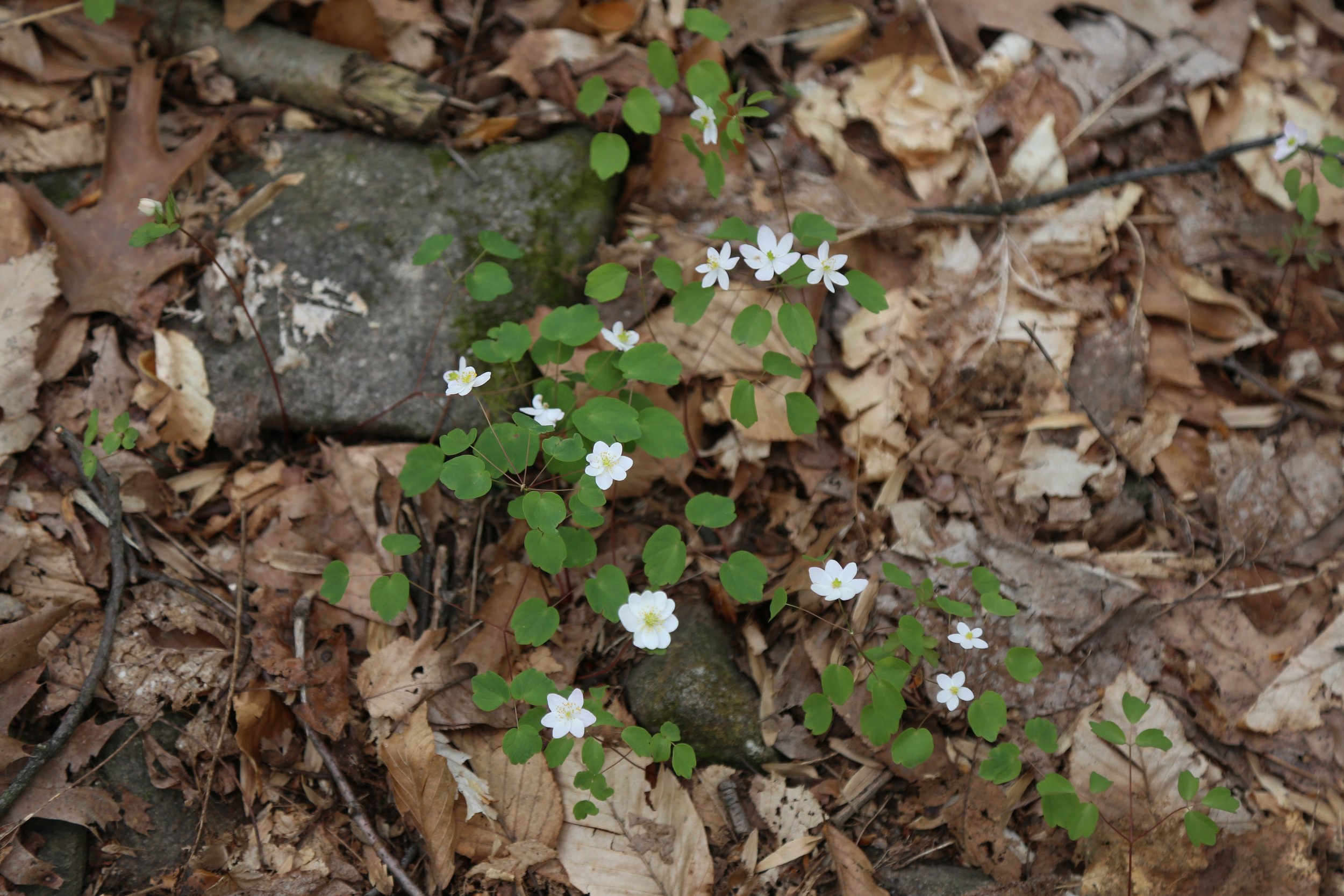
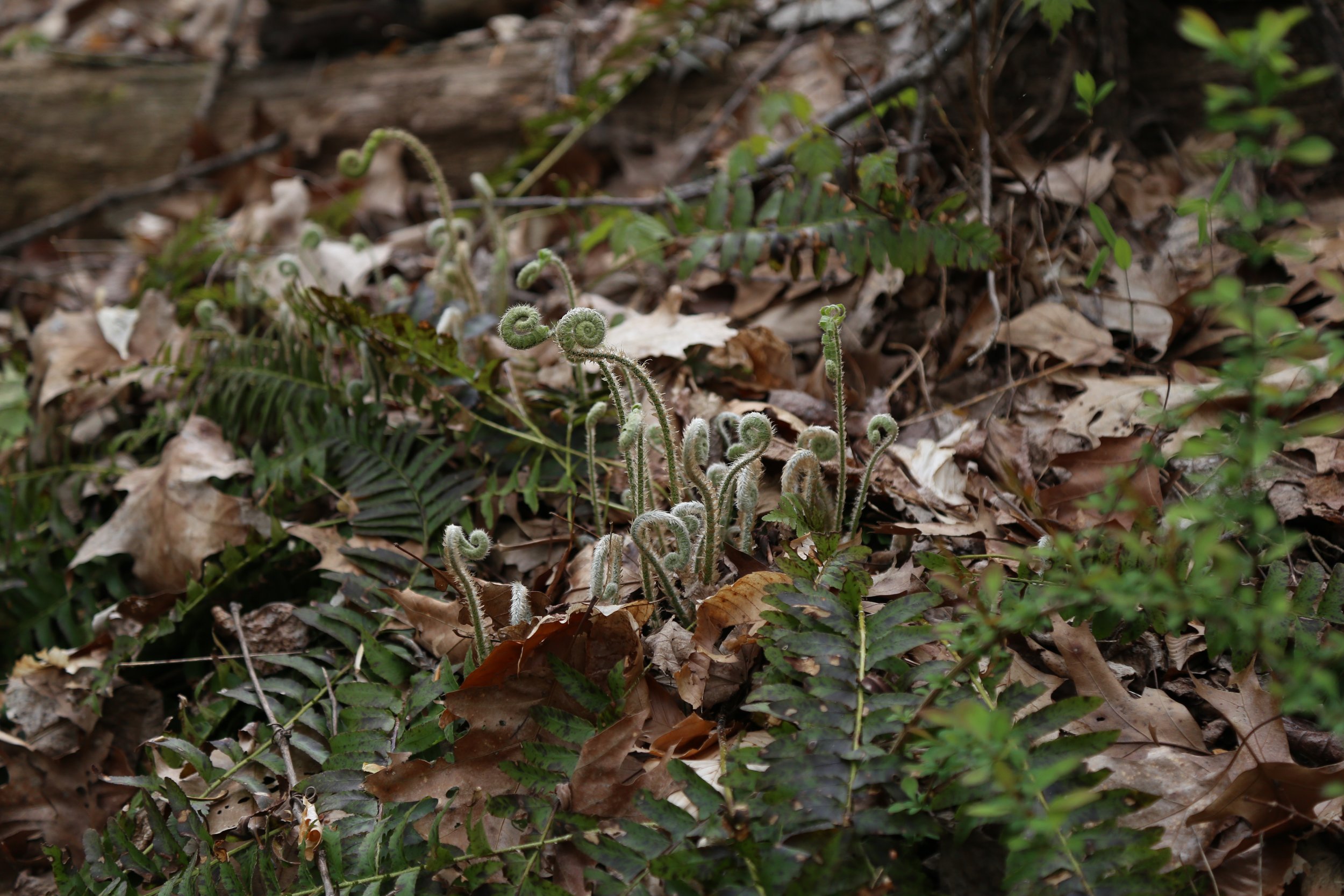

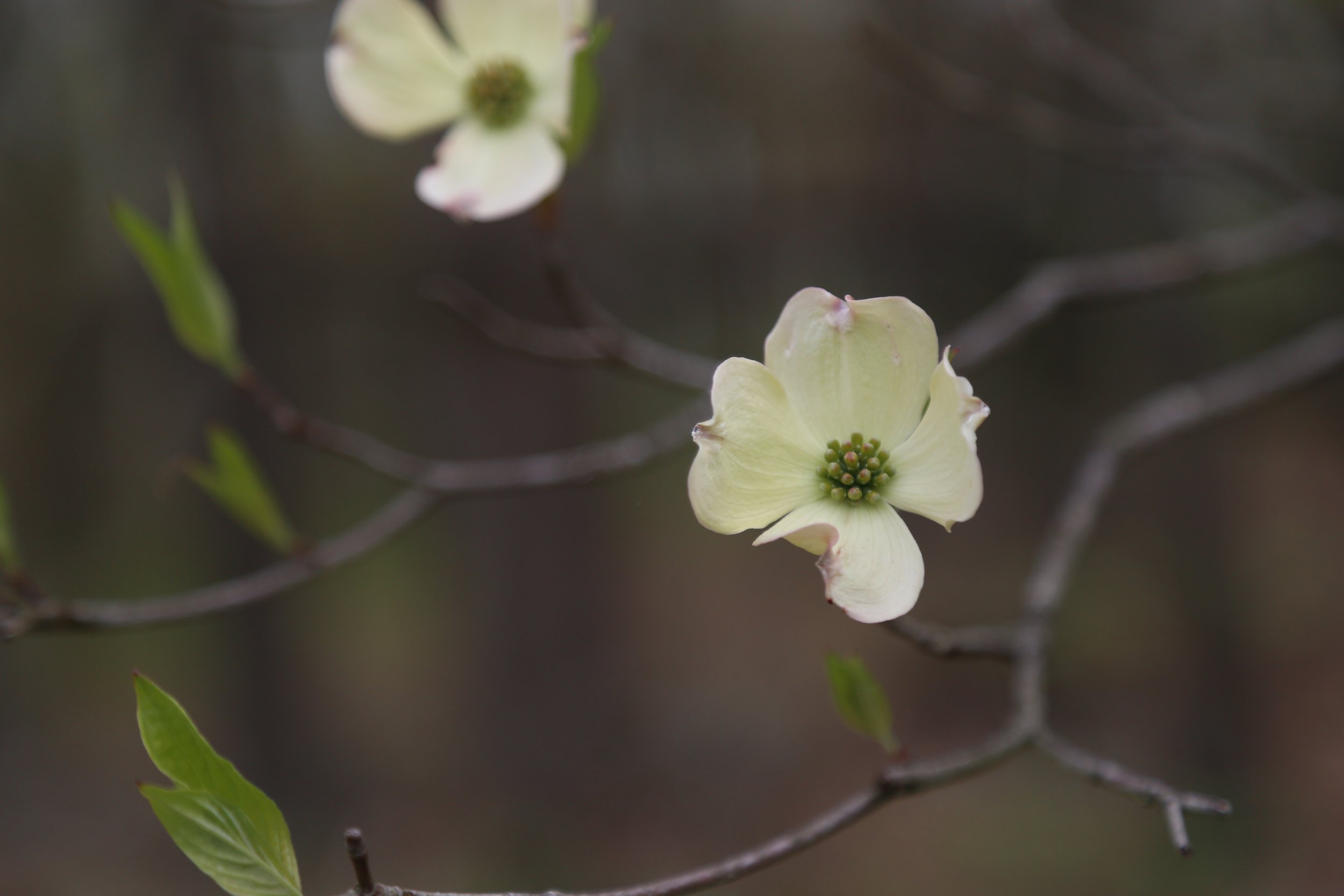
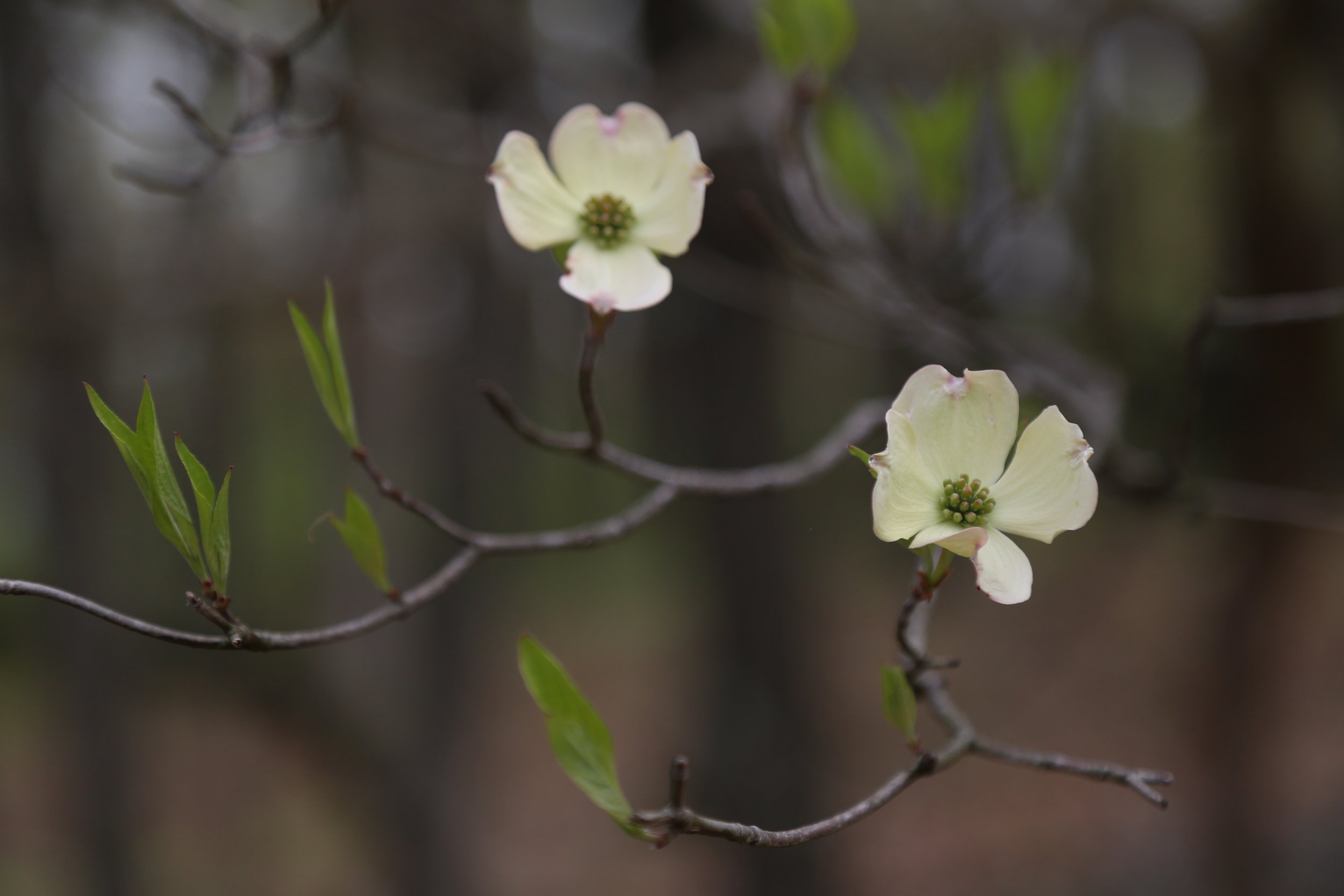
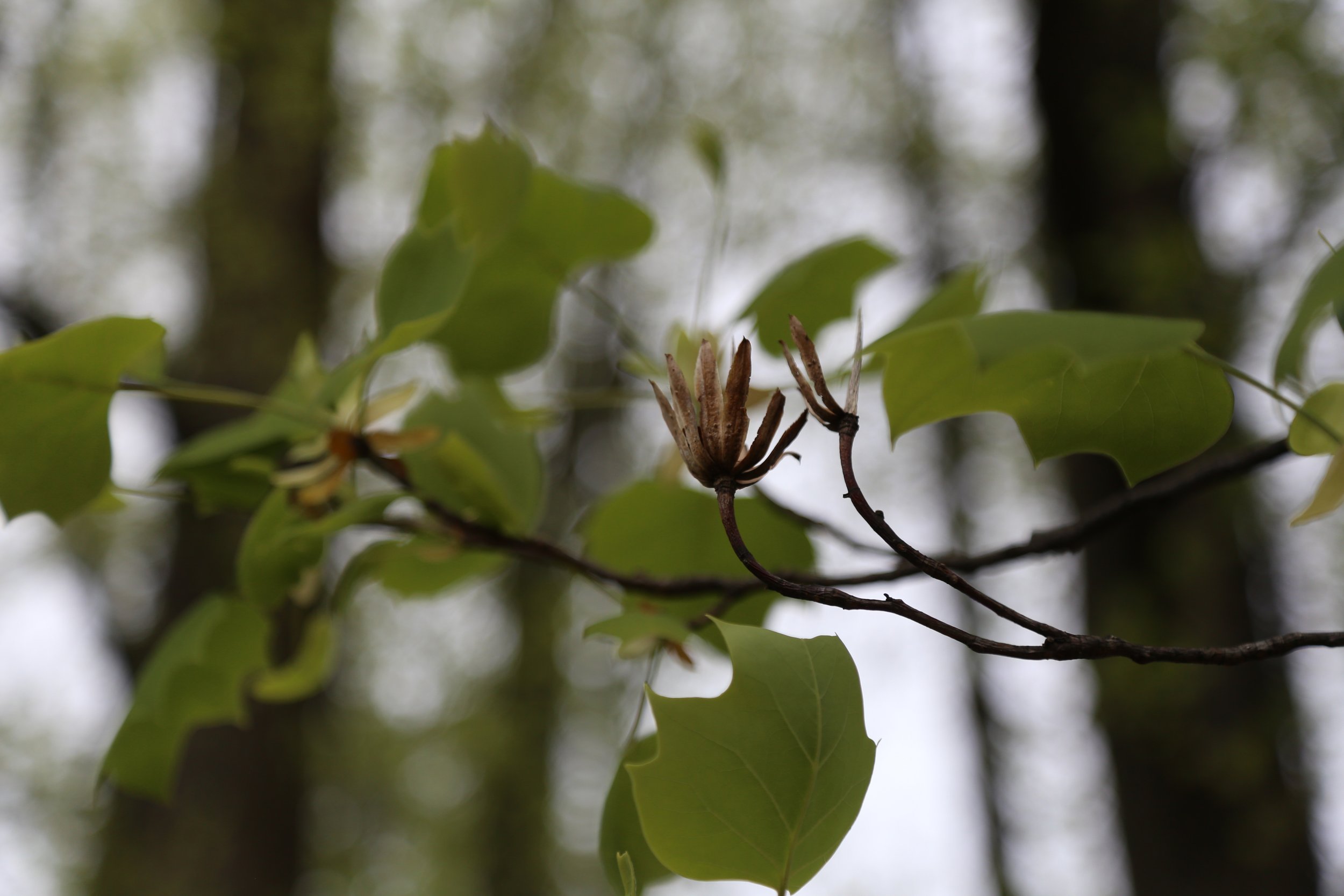
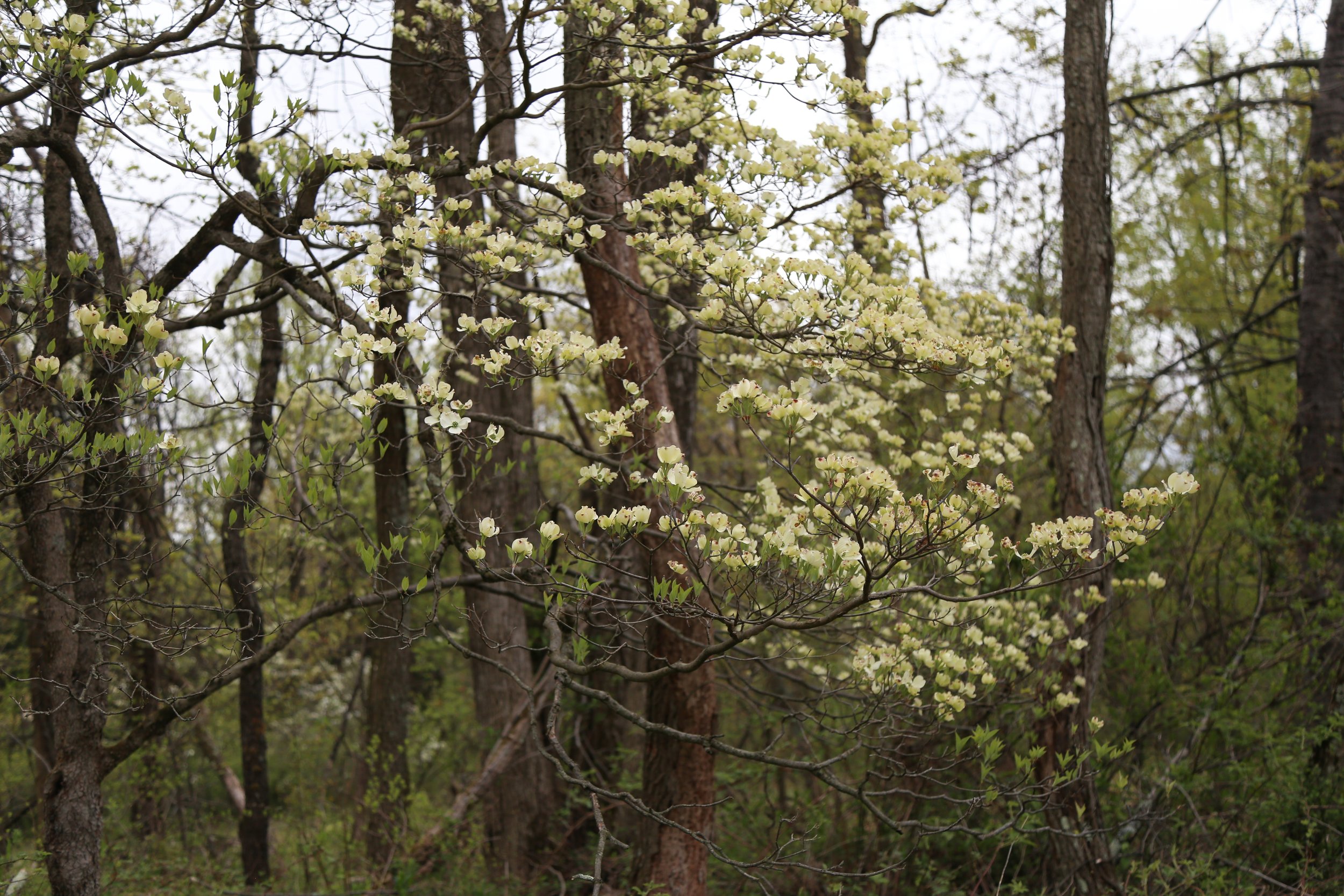
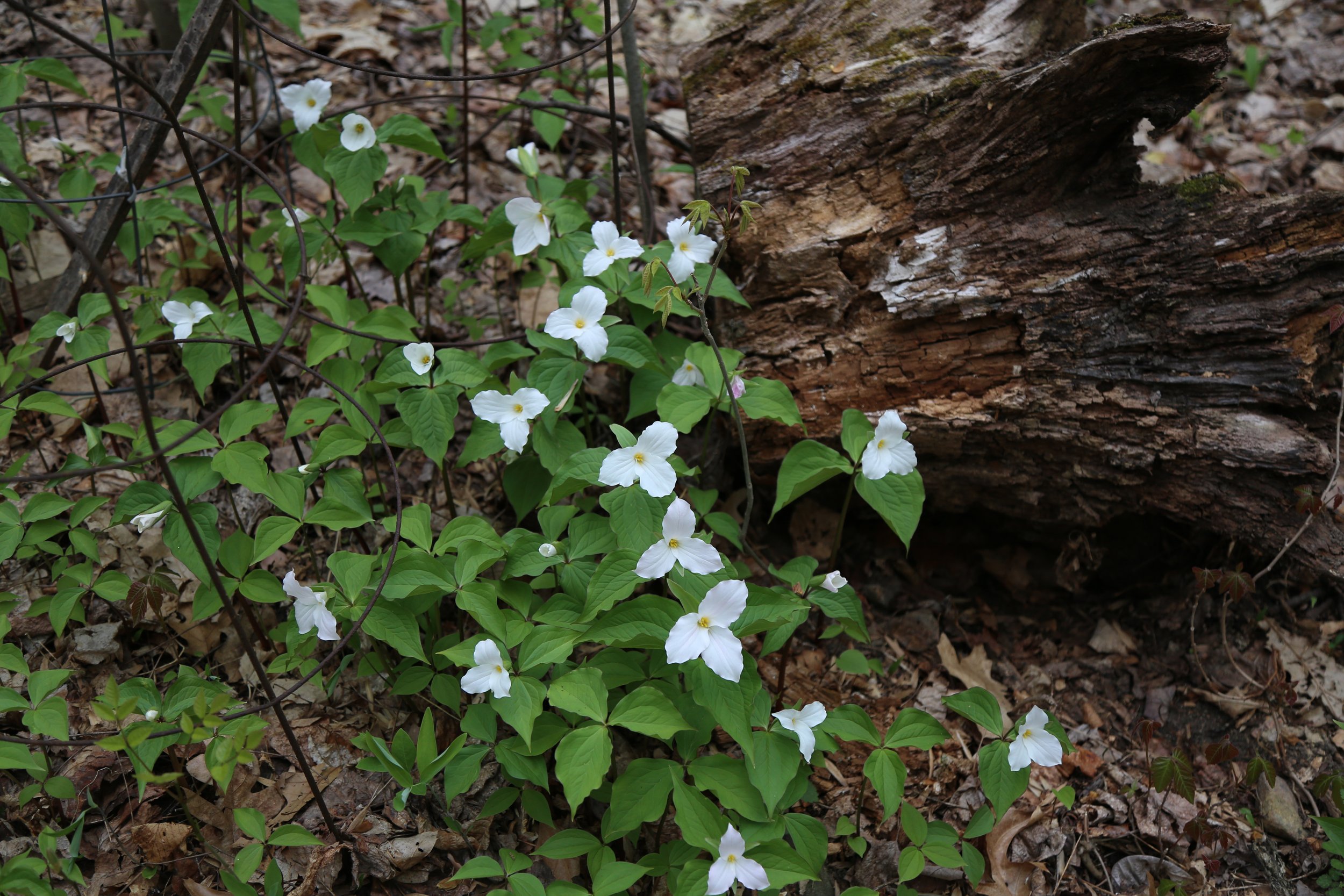
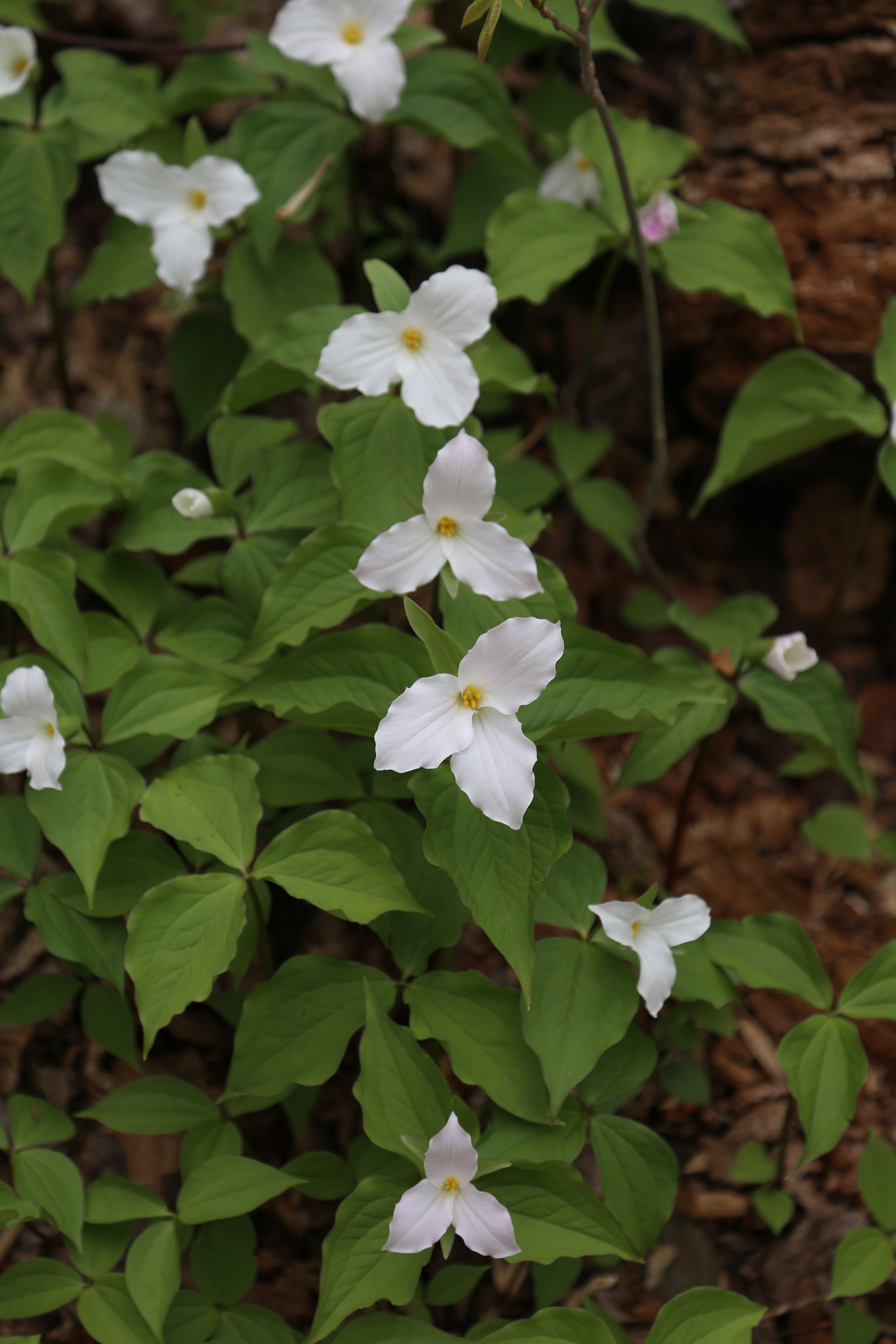
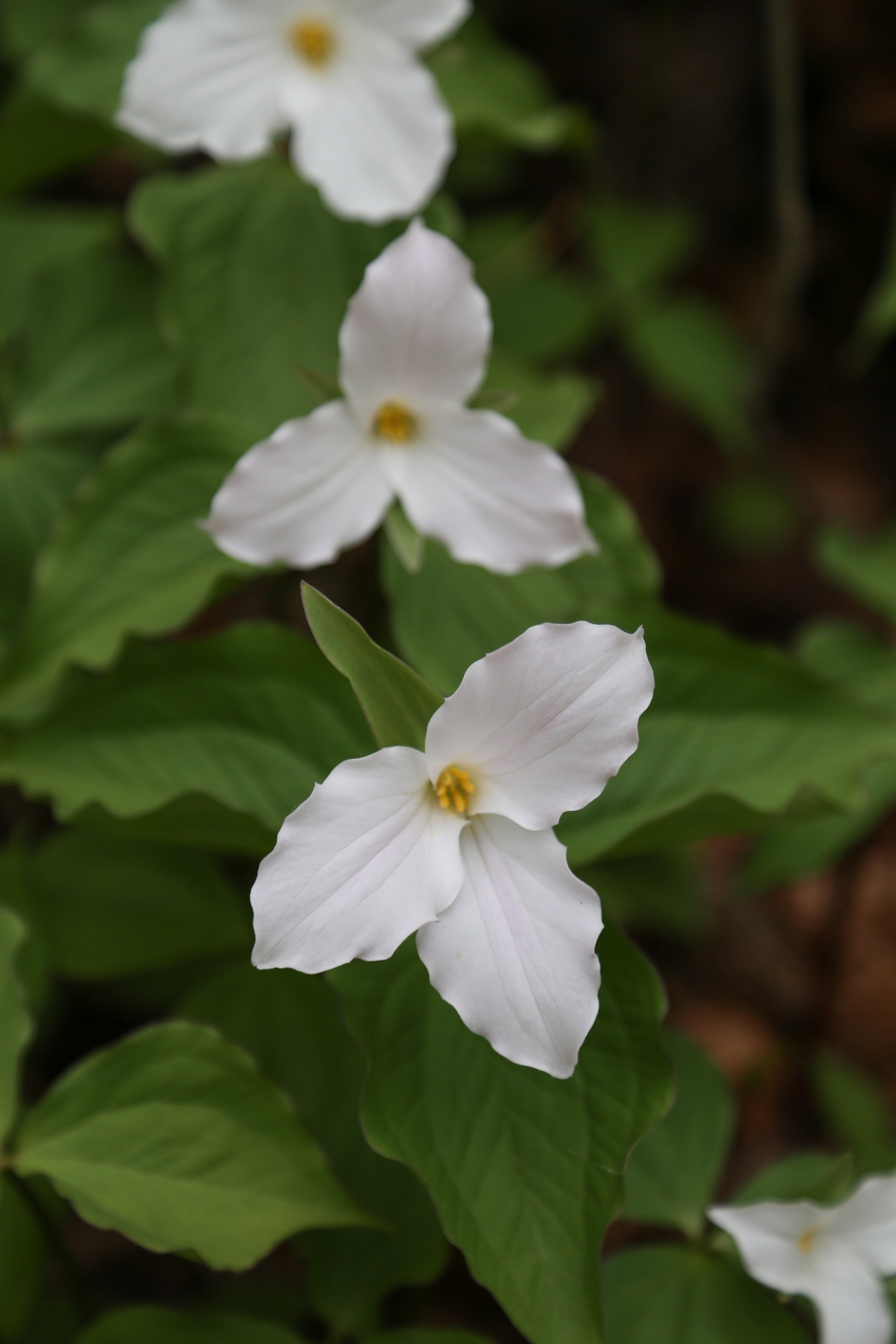
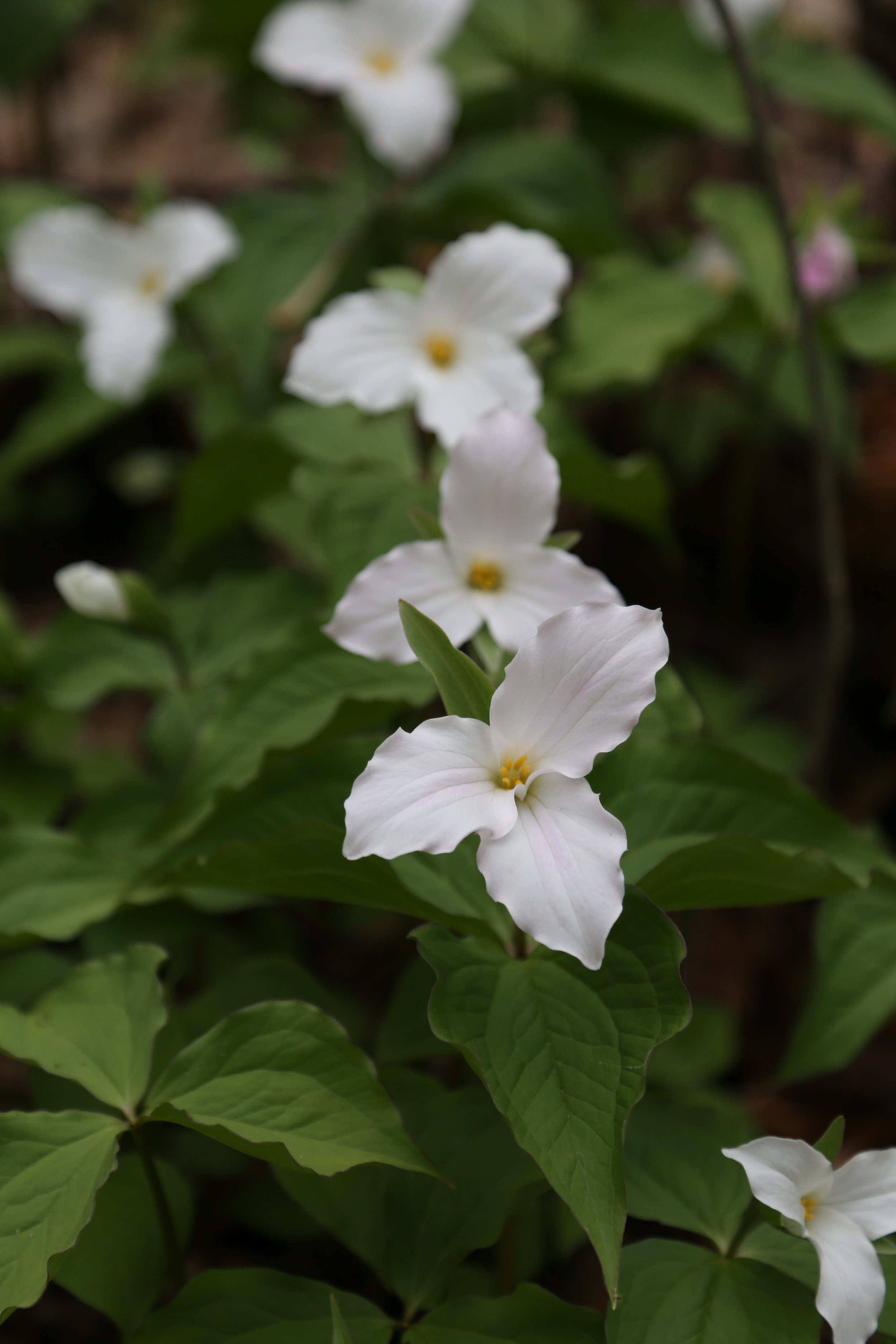
Well here we are again. Finally! Another east coast spring. This side of the country sure makes you wait for it. But I think we are finally starting to warm up and the flowers are starting to pop out. The spring ephemerals won’t be here long, so enjoy them while you can. Dogwoods are in full bloom and violets cover the forest floor. Mayapple is up but not quite ready for blooms. More to come… Enjoy the start of the show. Spring is finally here!
Cream Violet (Viola striata)
Flowering Dogwood (Cornus florida)
Bitter Wintercress (Barbarea vulgaris)
Flowering Dogwood (Cornus florida)
Flowering Dogwood (Cornus florida)
Flowering Dogwood (Cornus florida)
Flowering Dogwood (Cornus florida)
Mayapple (Podophyllum peltatum)
Tulip Poplar (Liriodendron tulipifera)
Mossy Maze Polypore (Cerrena unicolor)
Jack-in-the-Pulpit (Arisaema triphyllum)
Mayapple (Podophyllum peltatum)
Mayapple (Podophyllum peltatum)
Rue Anemone (Thalictrum thalictroides)
Virginia Saxifrage (Micranthes virginiensis)
Virginia Saxifrage (Micranthes virginiensis)
Common Dandelion (Taraxacum officinale)
Virginia Strawberry (Fragaria virginiana)
Flowering Dogwood (Cornus florida)
Flowering Dogwood (Cornus florida)
Flowering Dogwood (Cornus florida)
Mayapple (Podophyllum peltatum)
Mayapple (Podophyllum peltatum)
Flowering Dogwood (Cornus florida)
Flowering Dogwood (Cornus florida)
Downy Yellow Violet (Viola pubescens)
Mourning Cloak (Nymphalis antiopa)
Eastern Tent Caterpillar Moth (Malacosoma americana)
American Holly (Llex opaca)
Christmas Fern (Polystichum acrostichoides)
Large White Trillium (Trillium grandiflorum)
Large White Trillium (Trillium grandiflorum)
Mossy Maze Polypore (Cerrena unicolor)
Pennywort (Obolaria virginica)
Pennywort (Obolaria virginica)
Witch’s Butter (Tremella mesenterica)
Rue Anemone (Thalictrum thalictroides)
Jack-in-the-Pulpit (Arisaema triphyllum)
Round-lobed Hepatica (Hepatica americana)
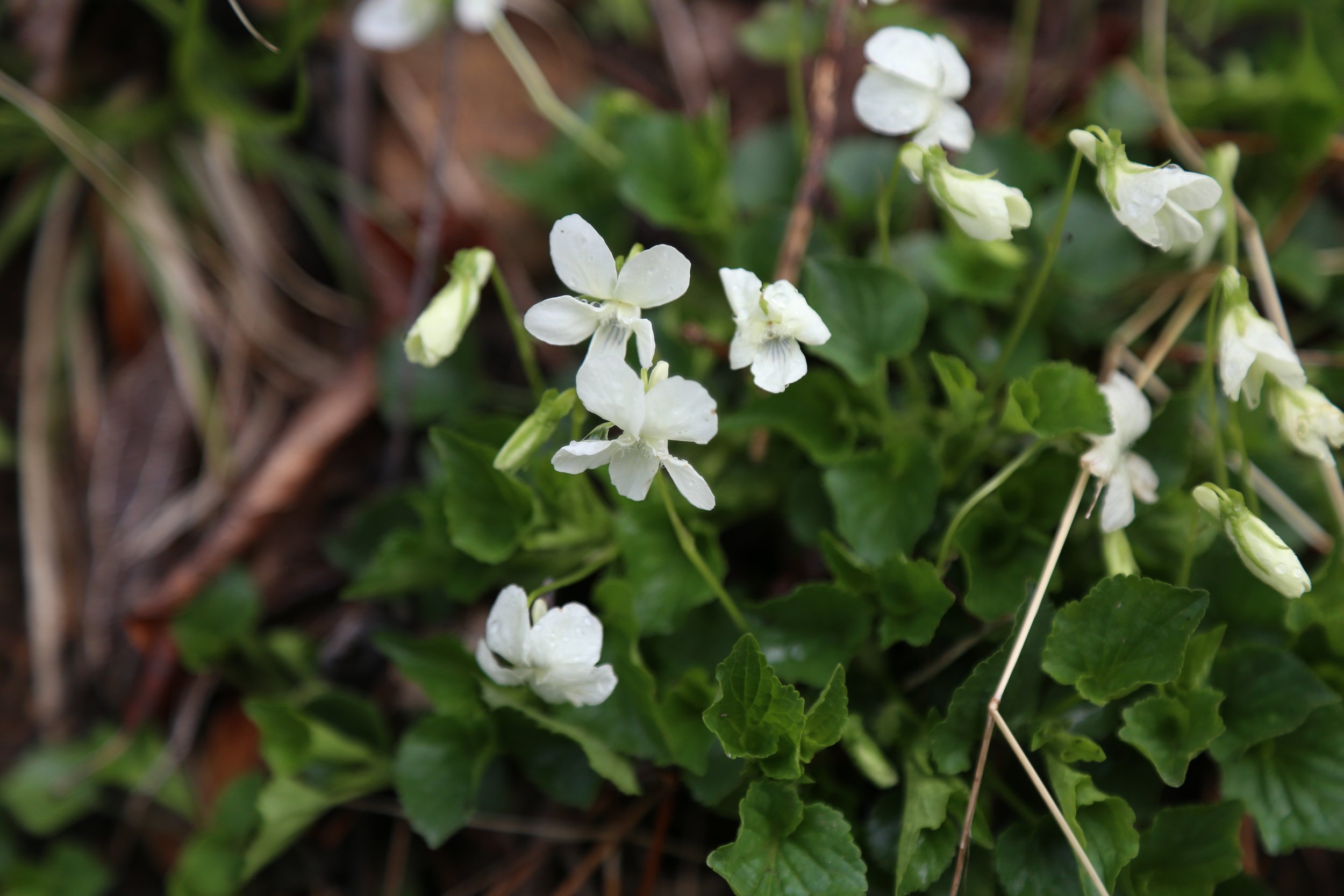
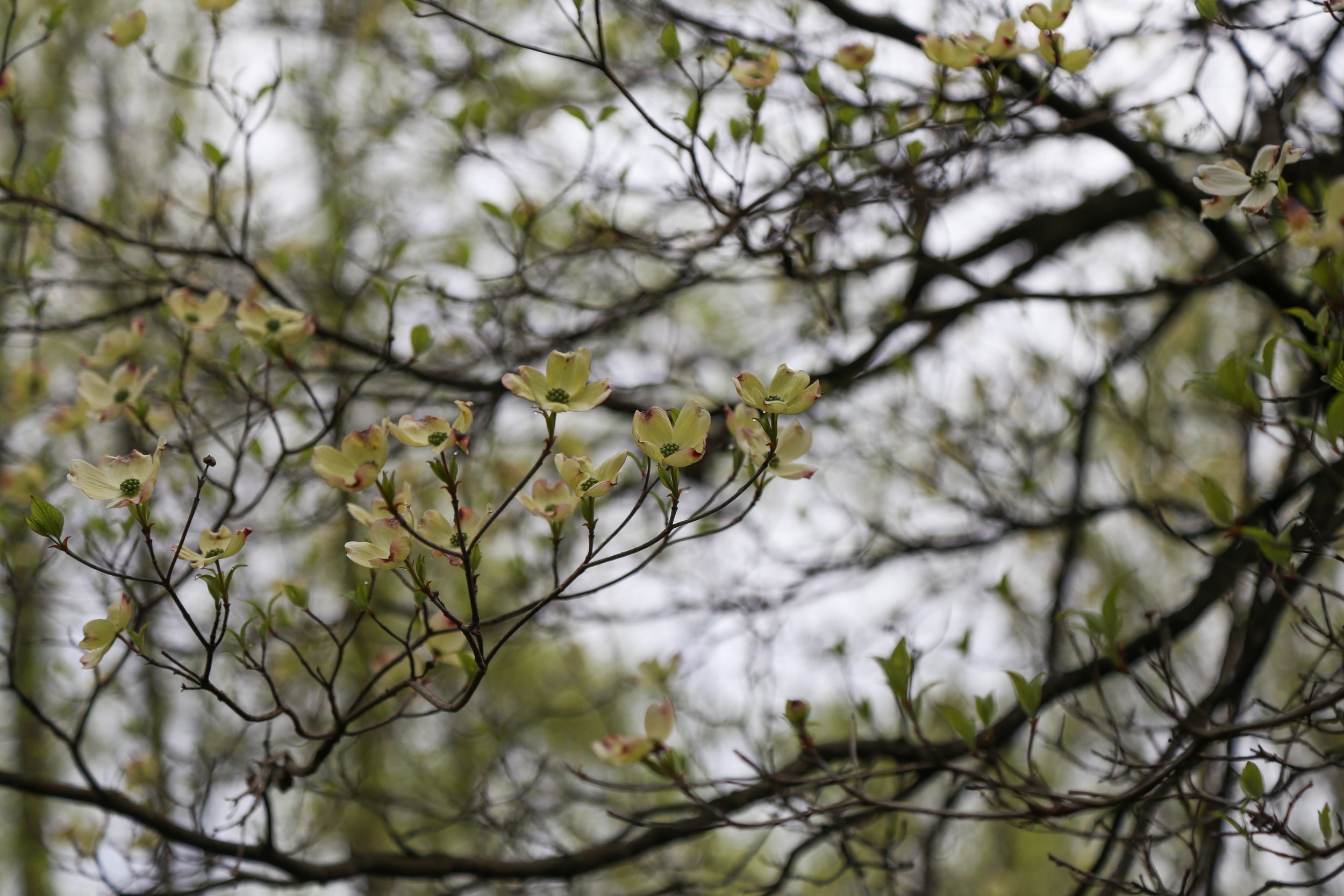

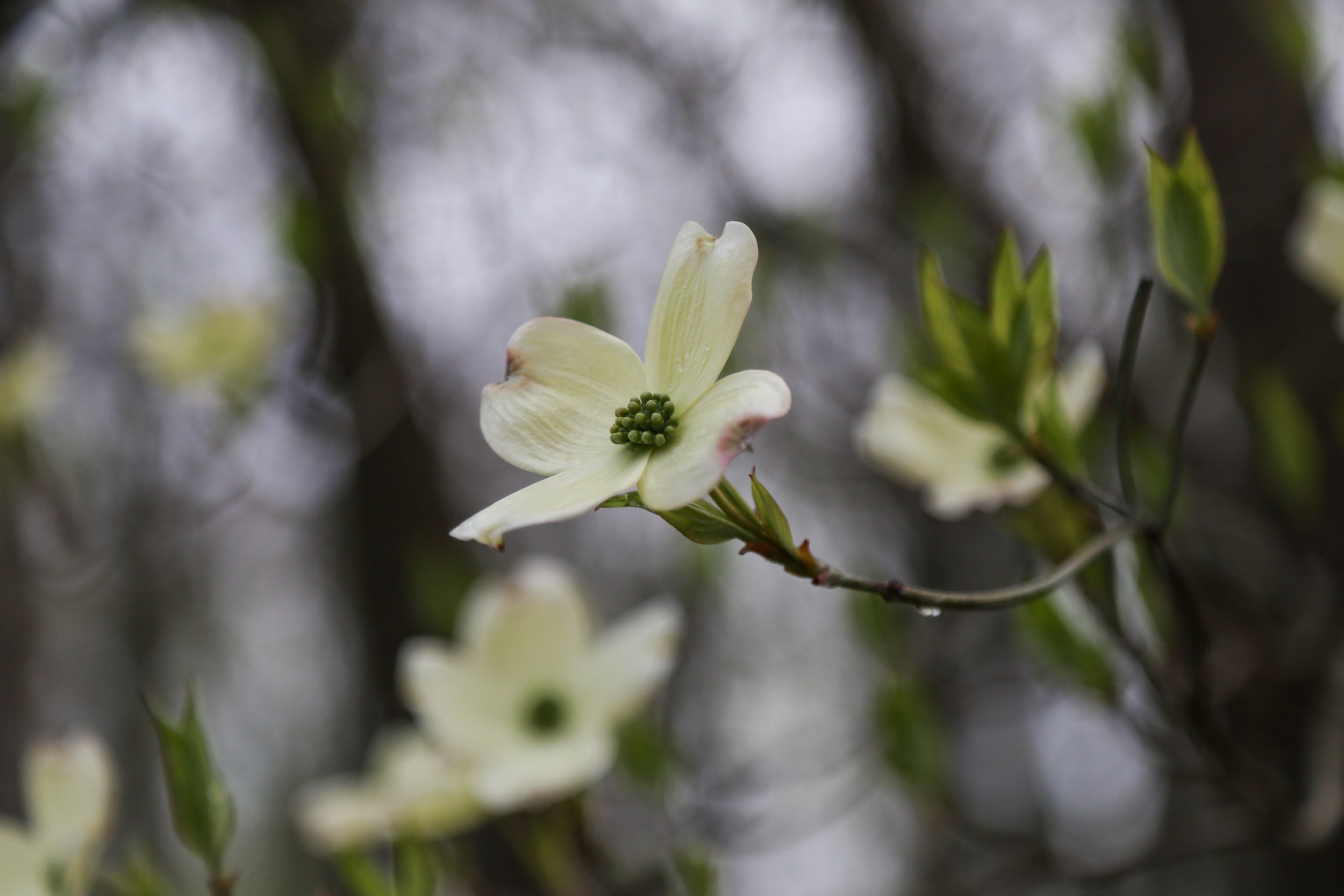
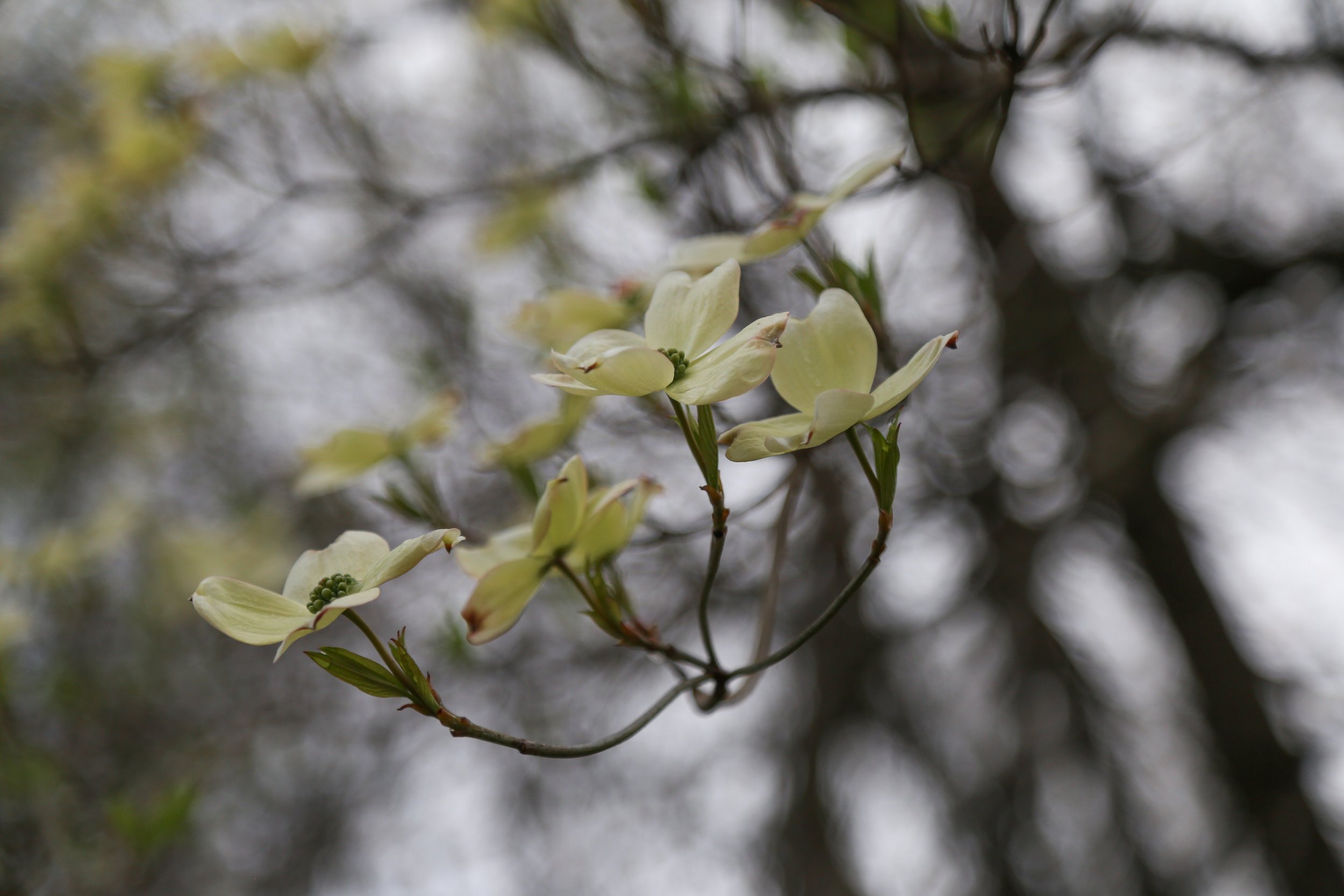

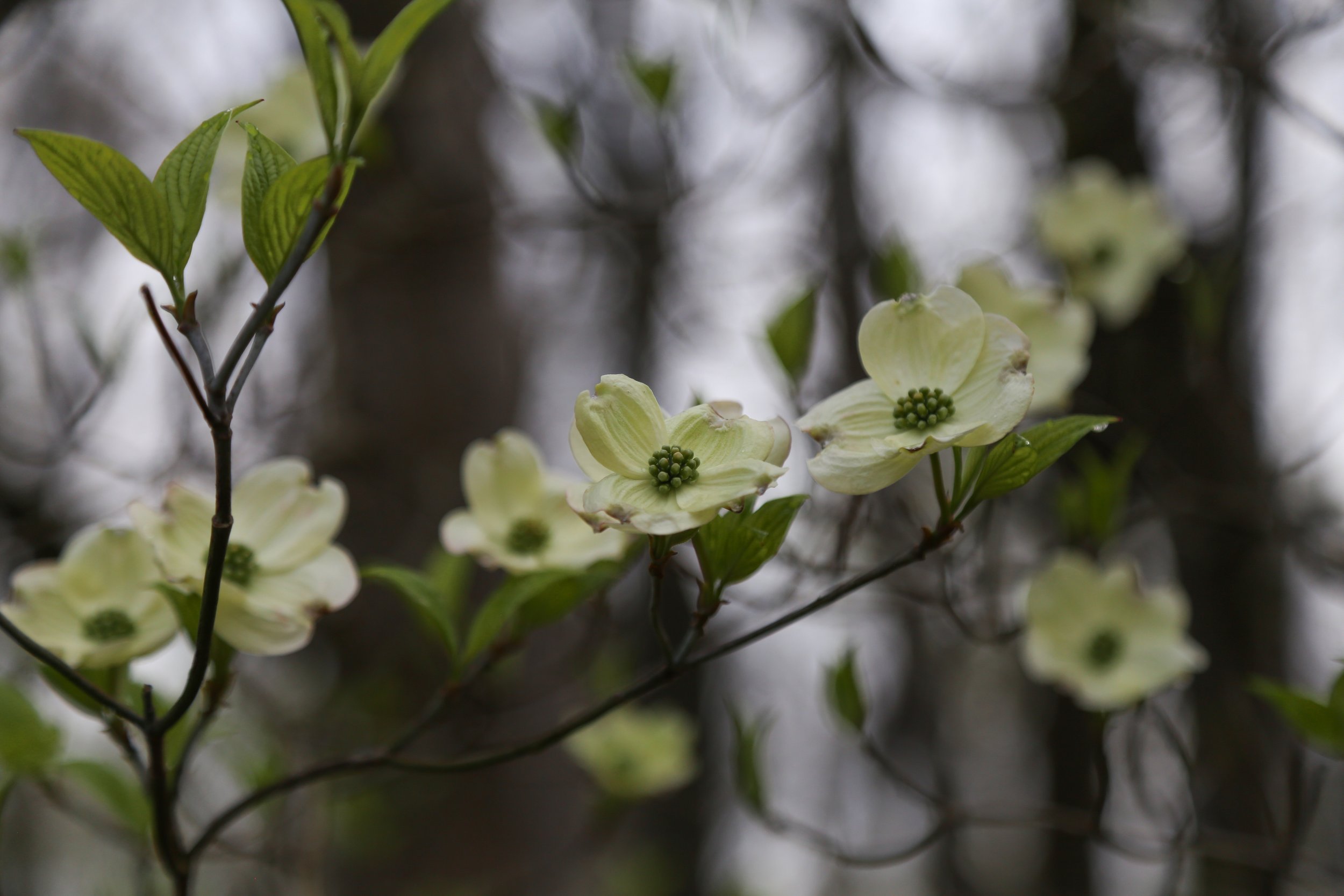
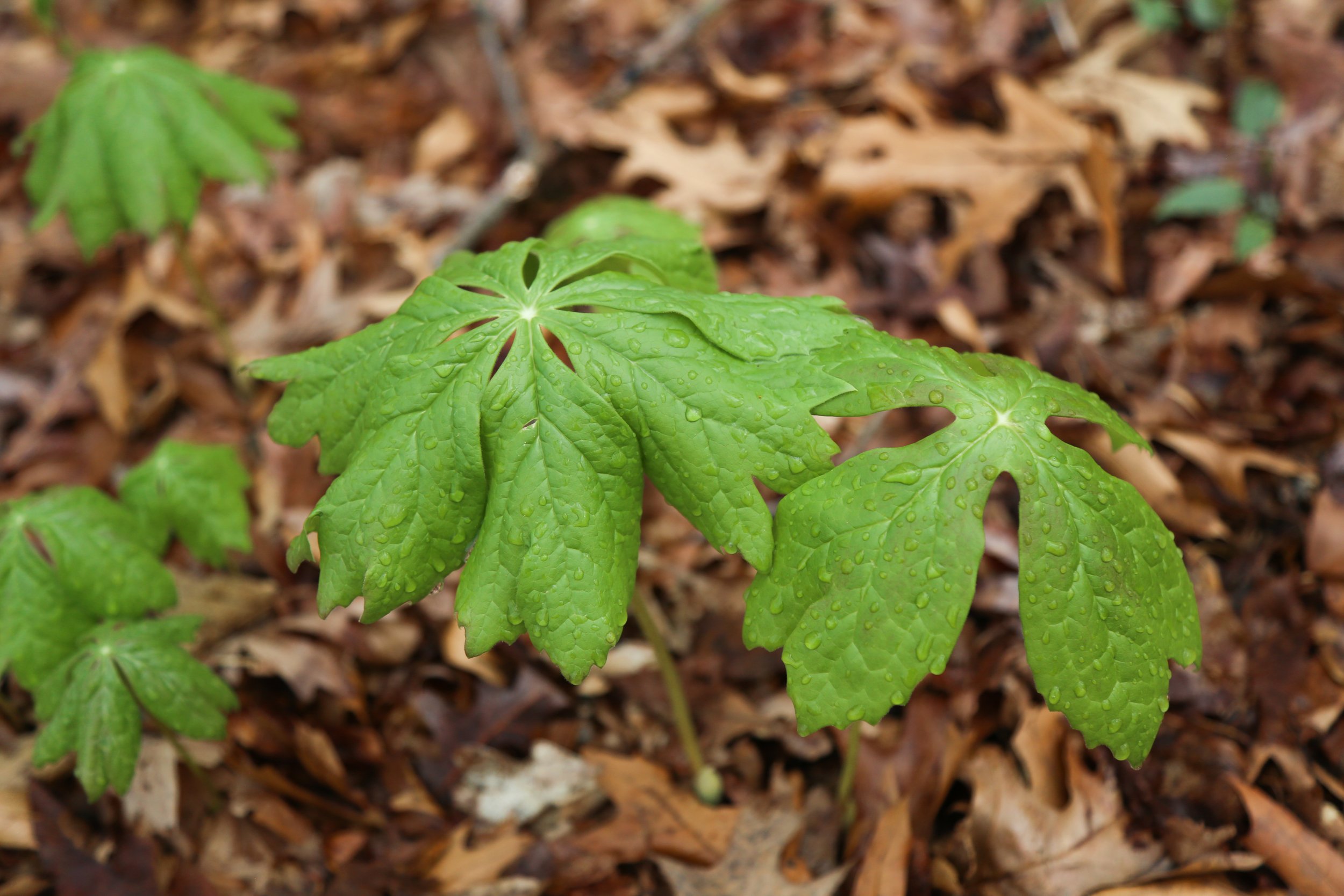
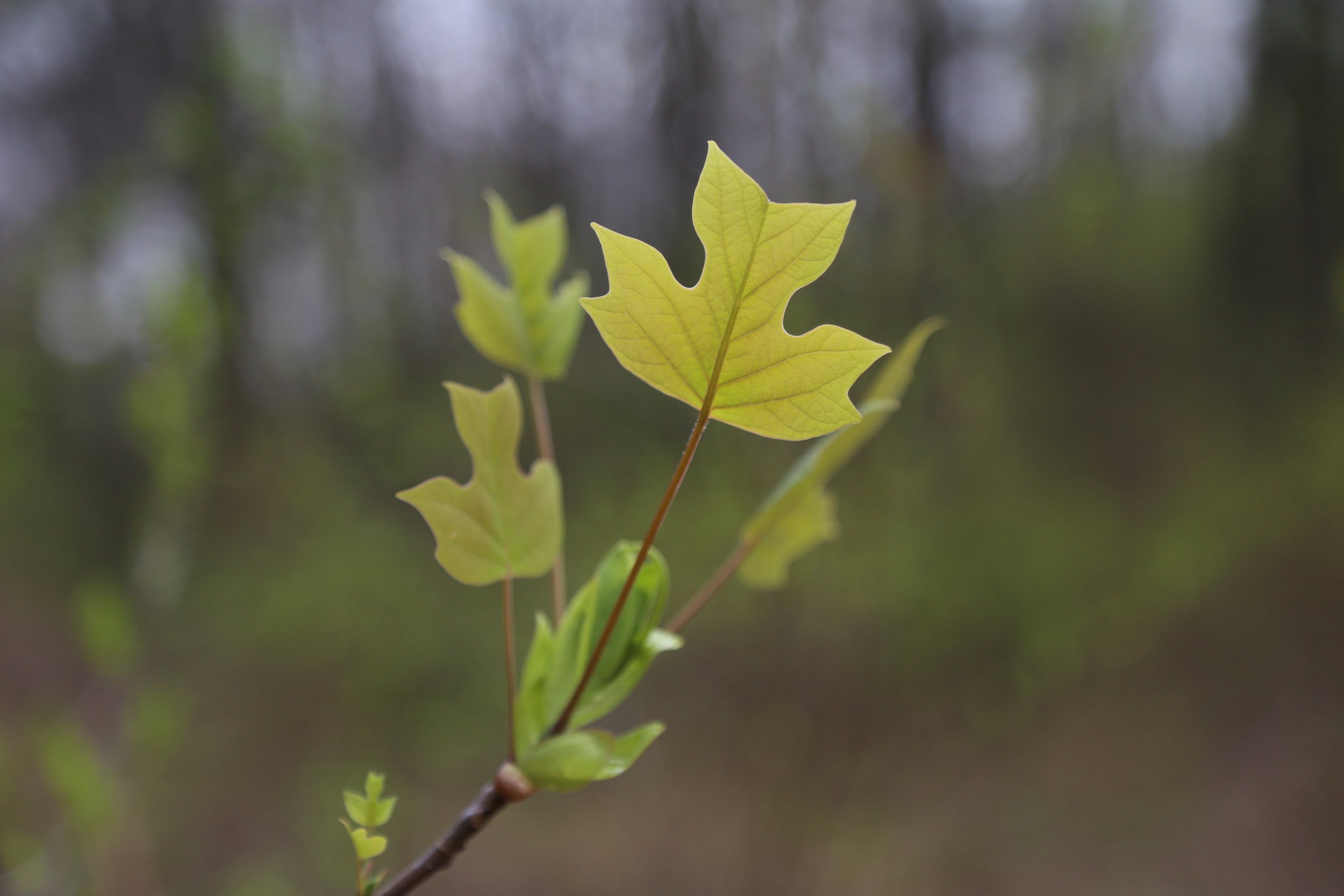
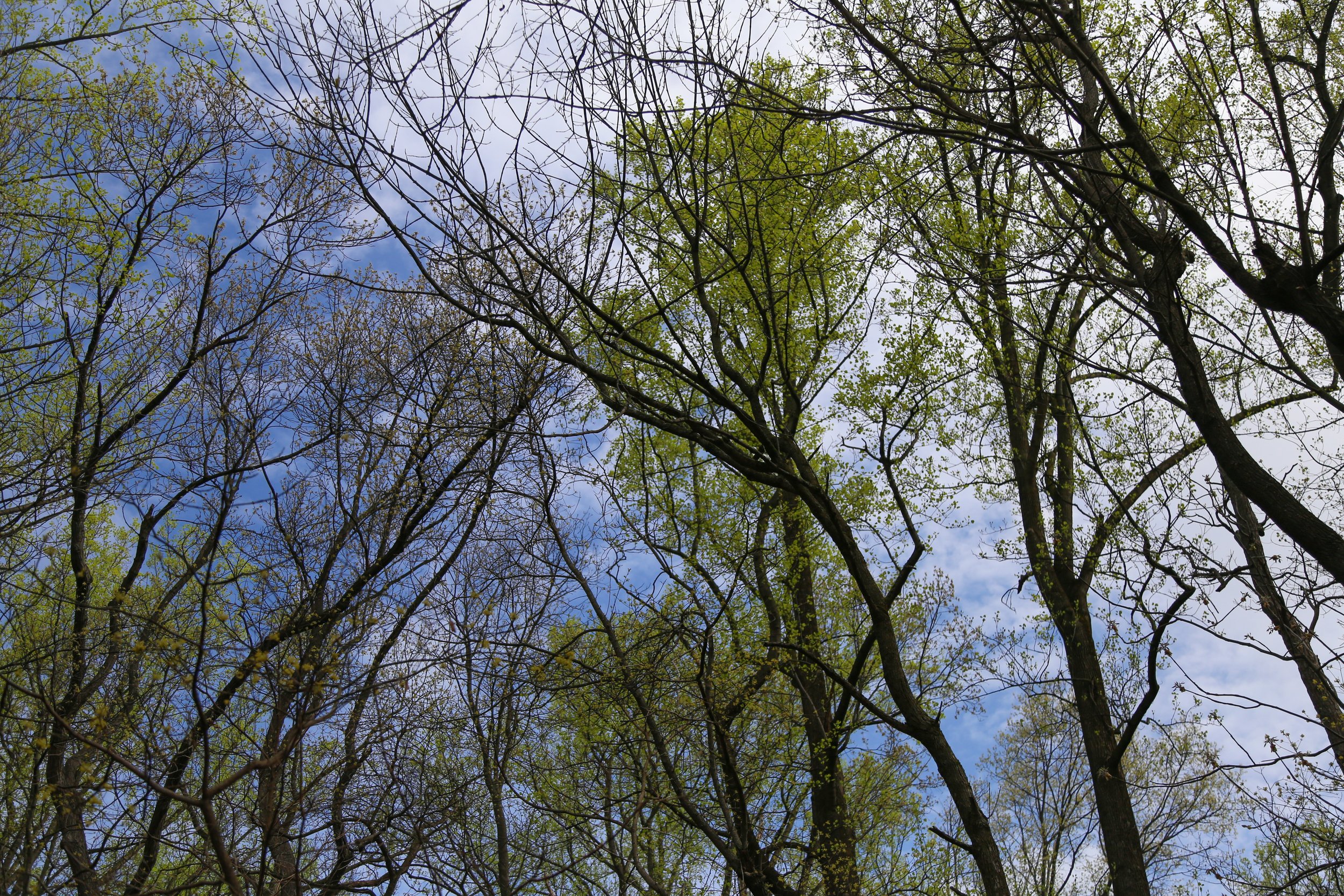

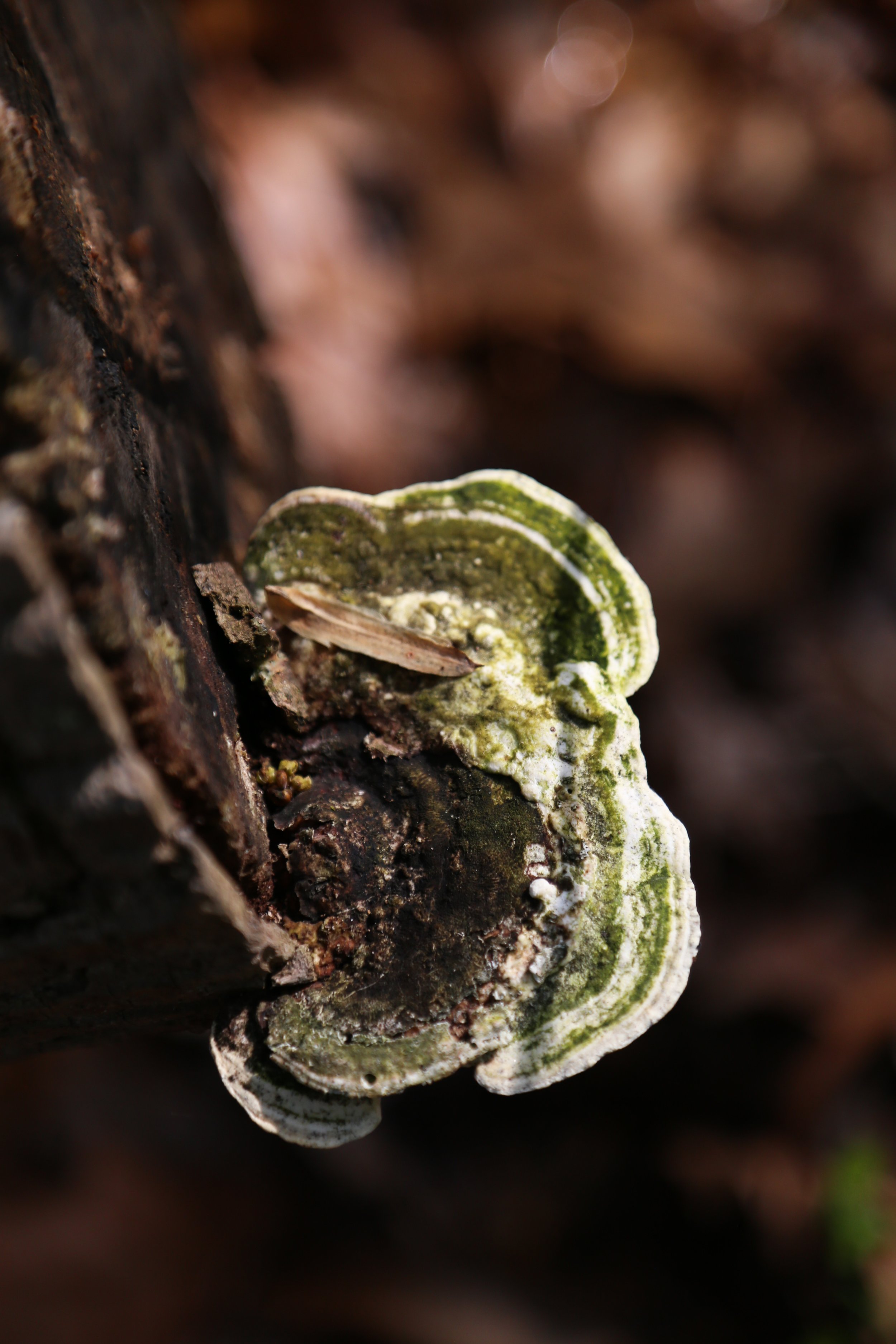
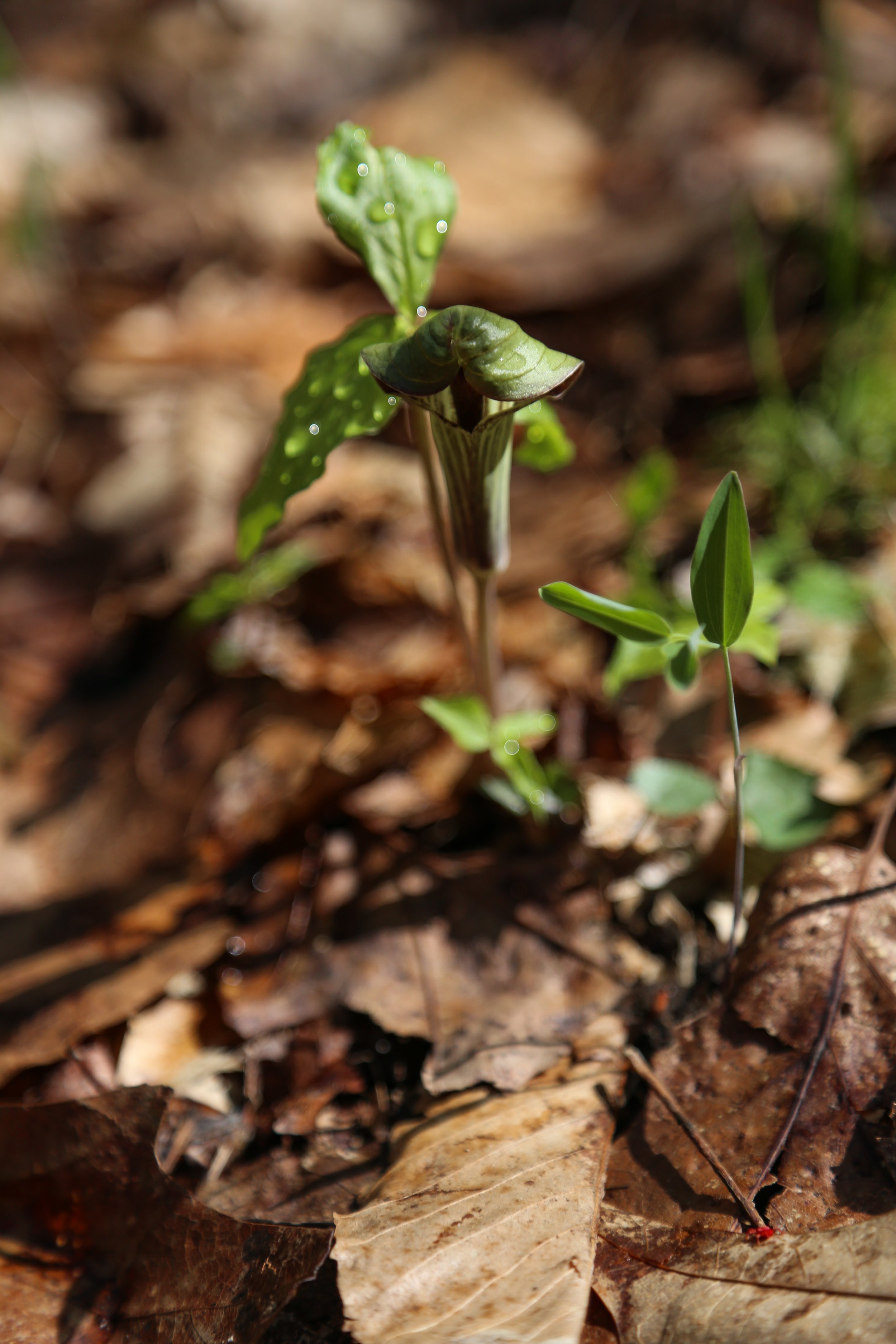
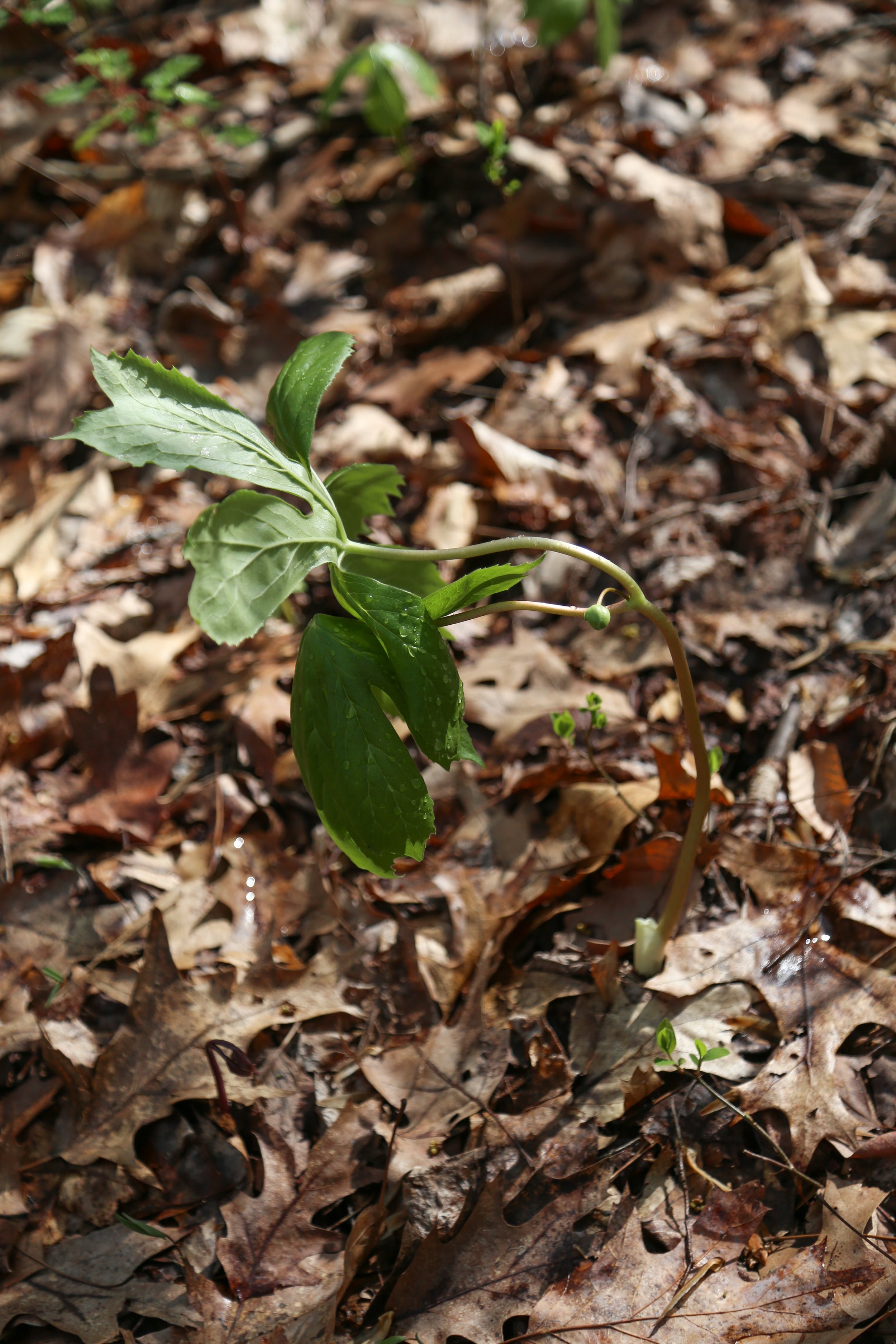
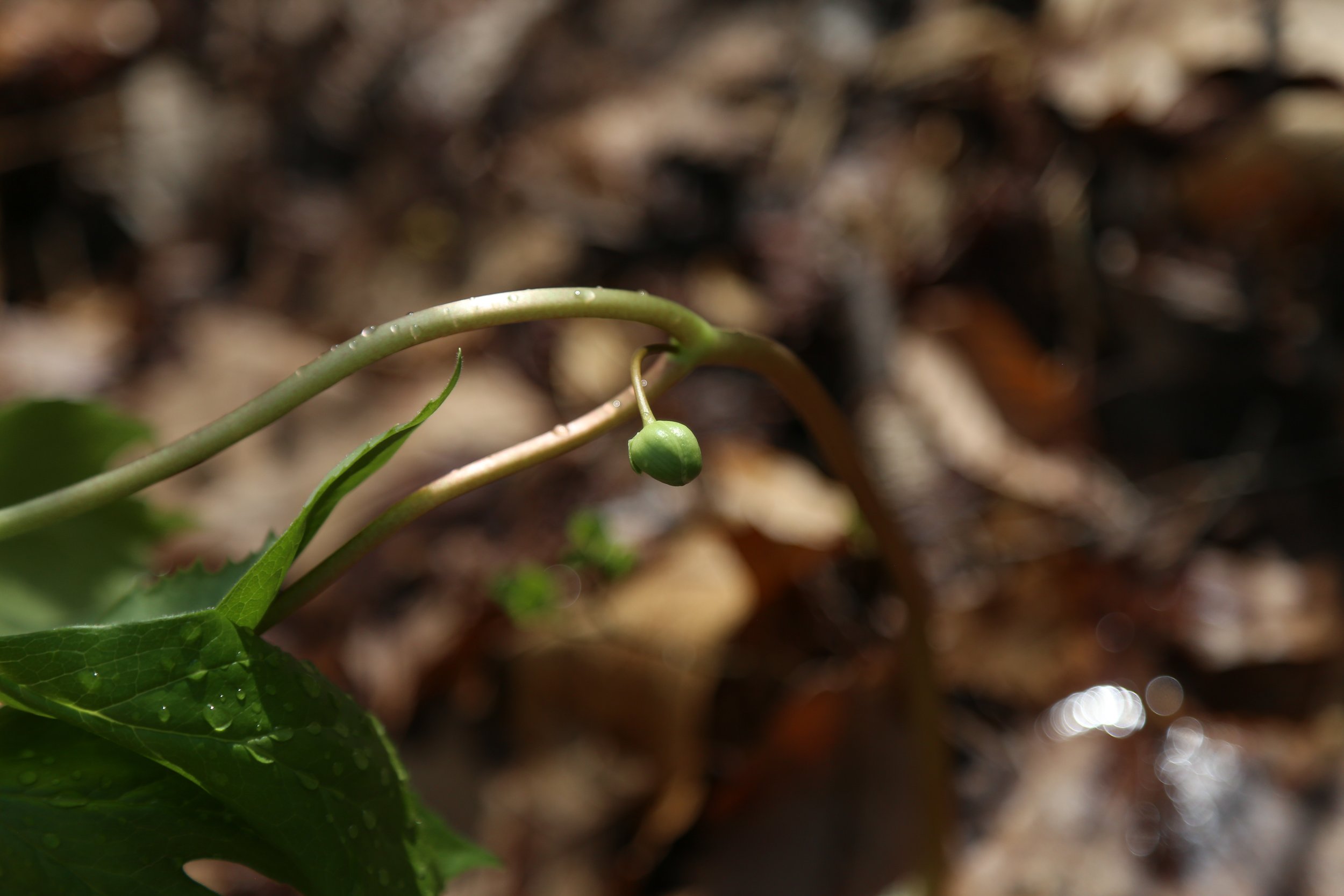
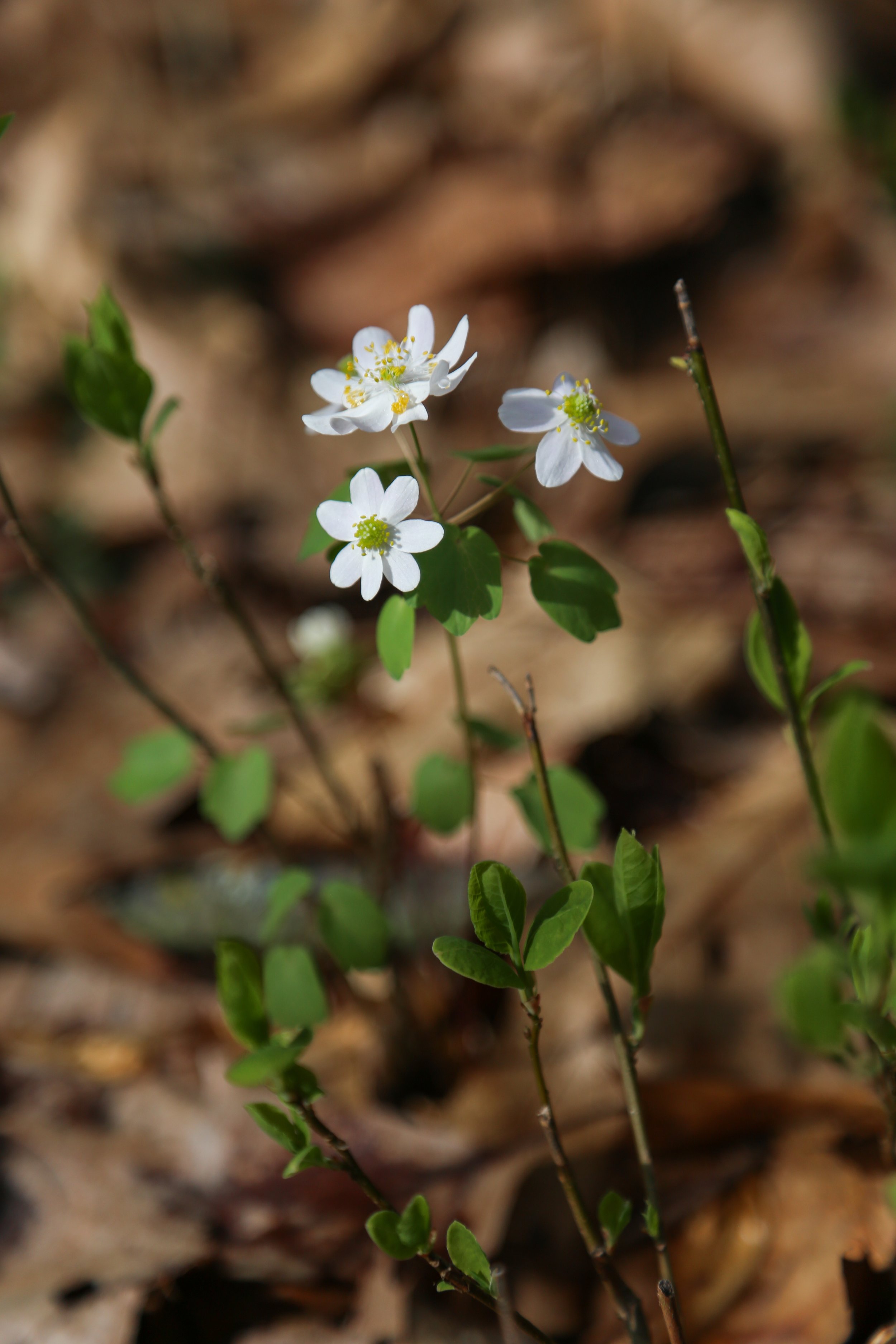
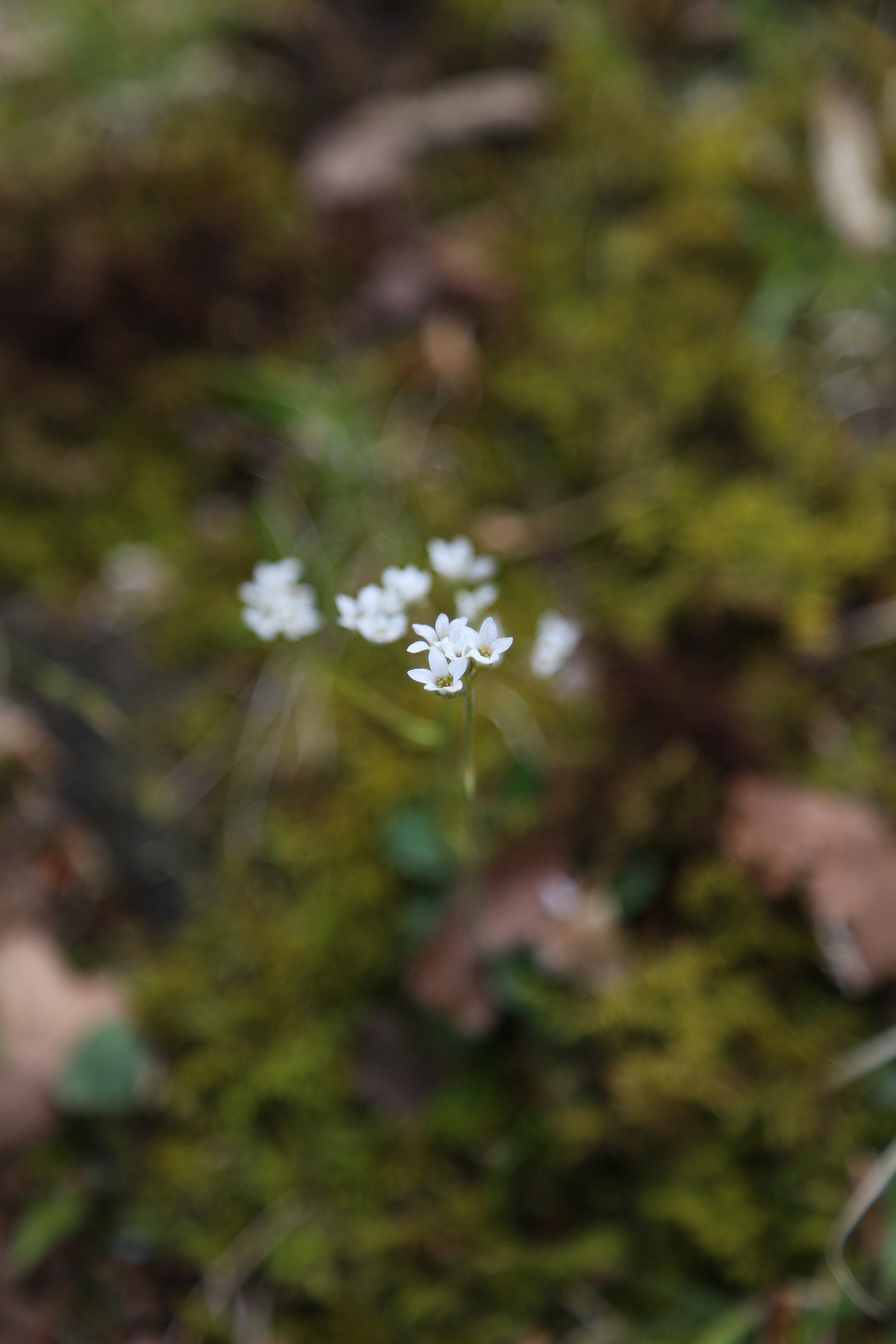
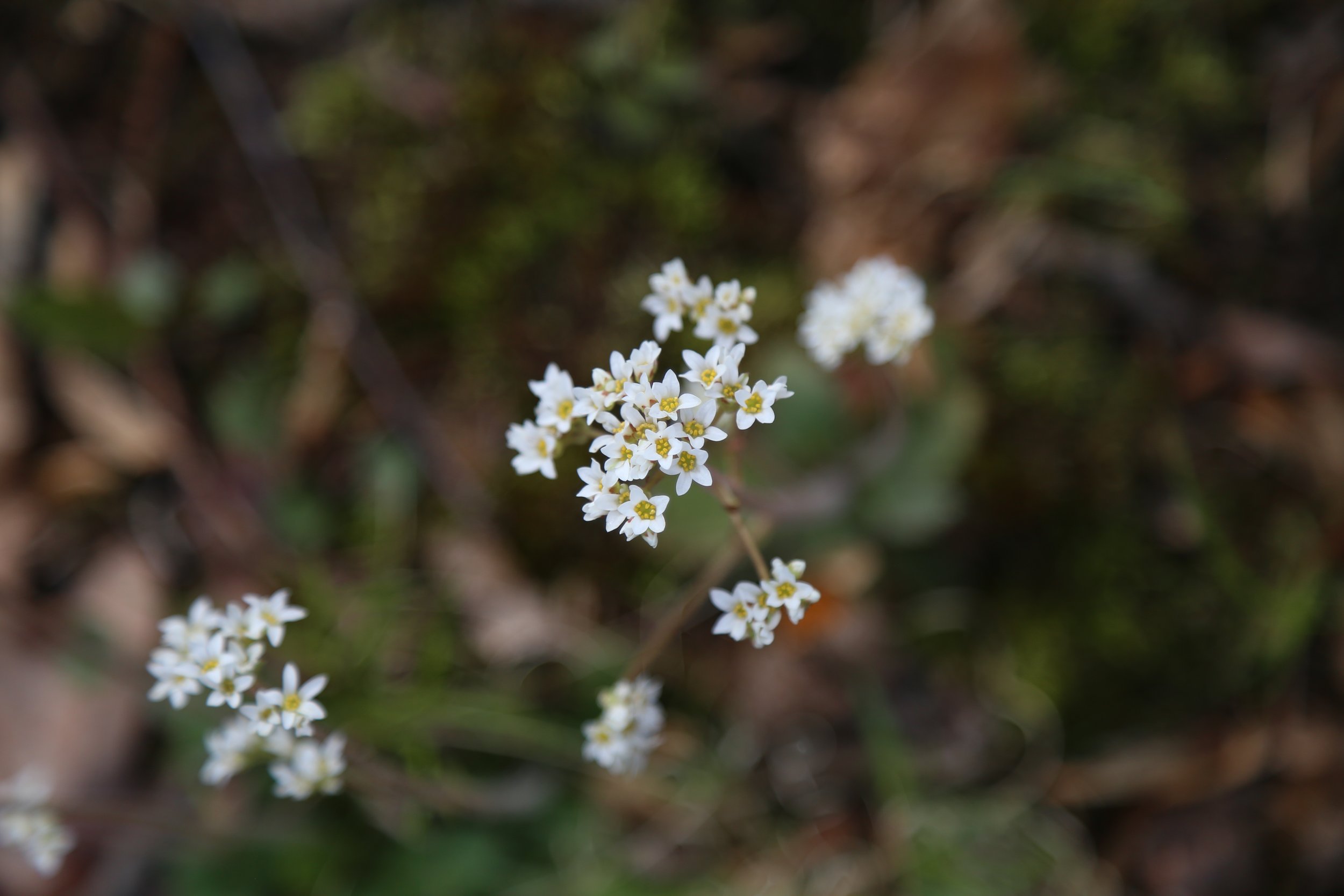
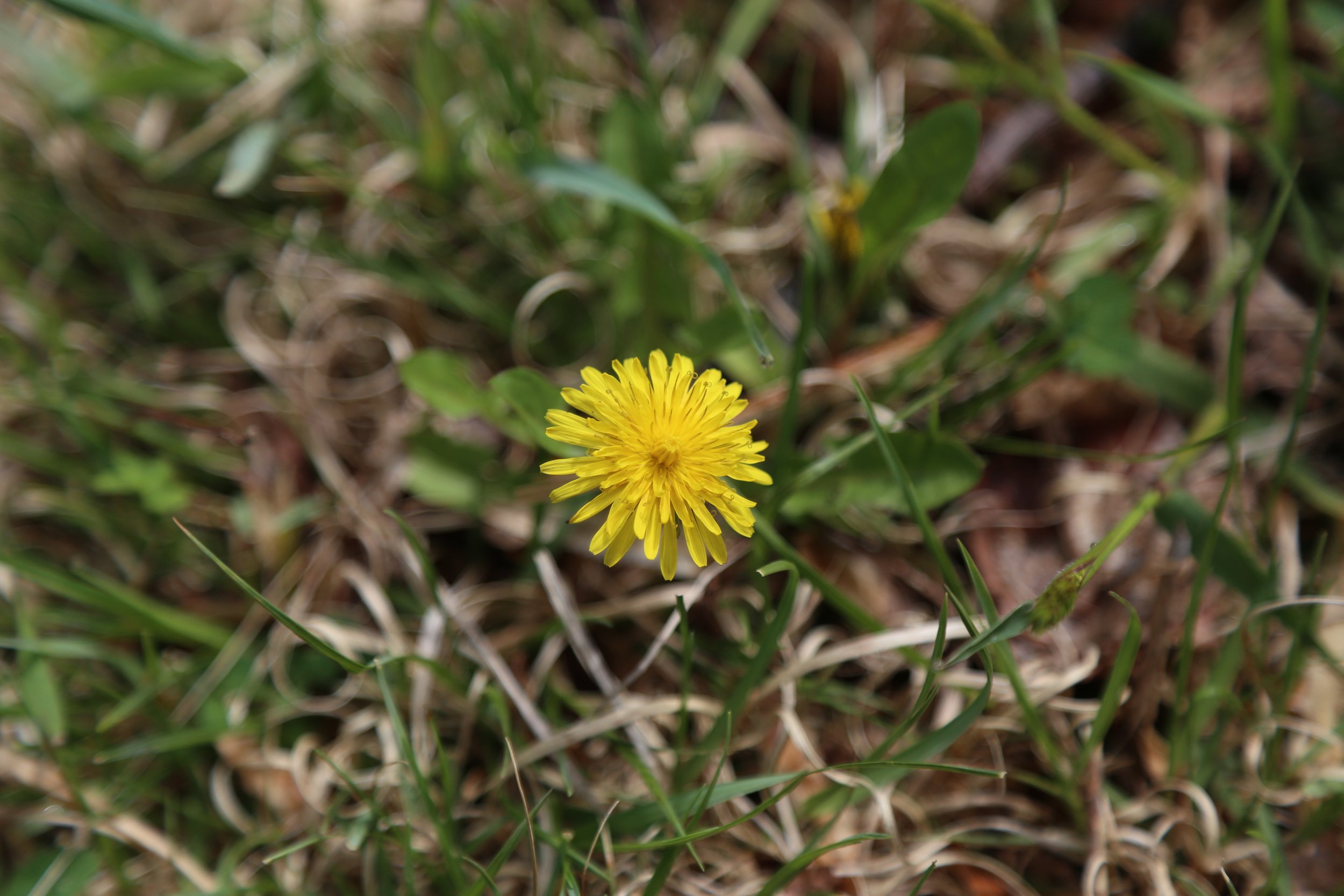
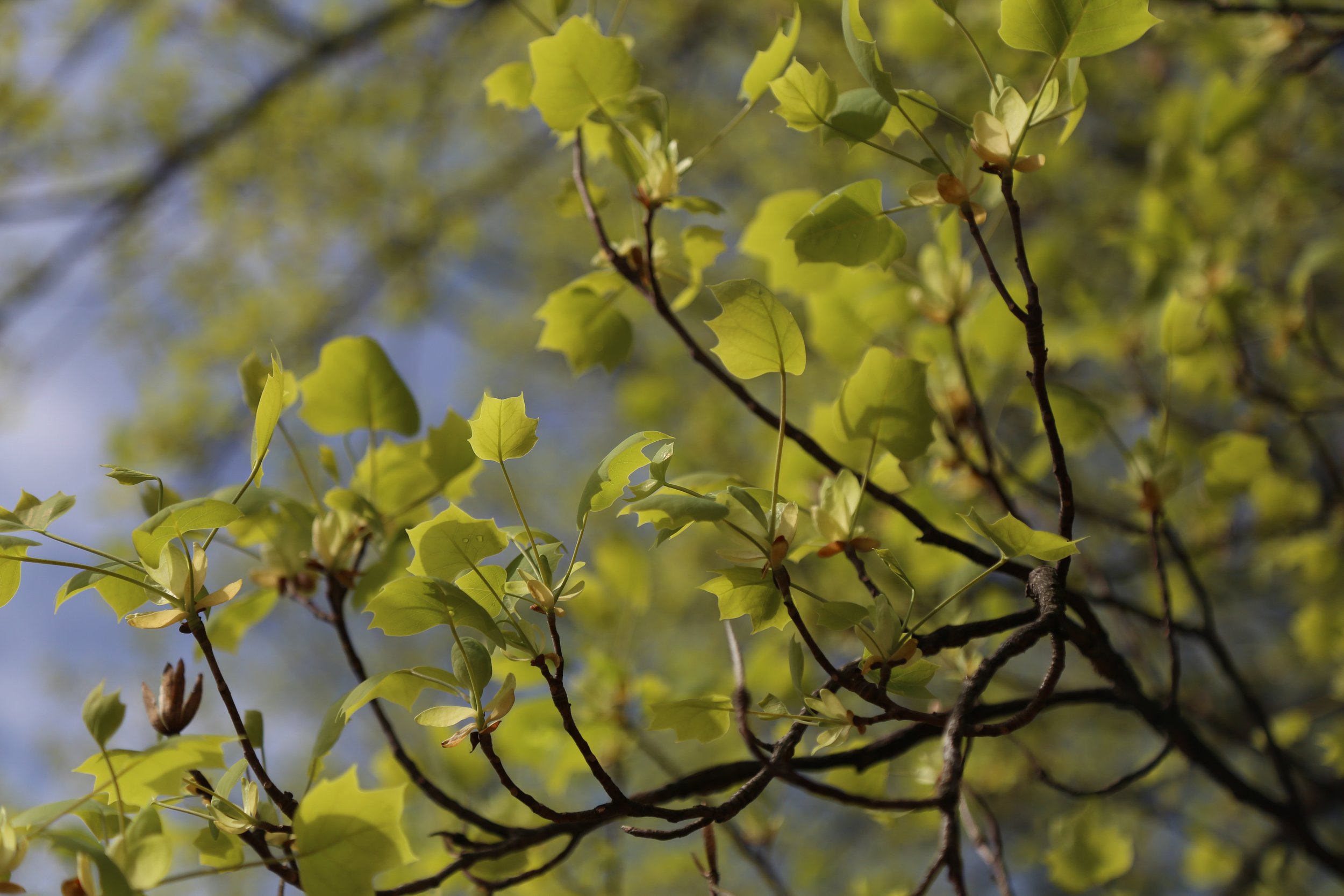
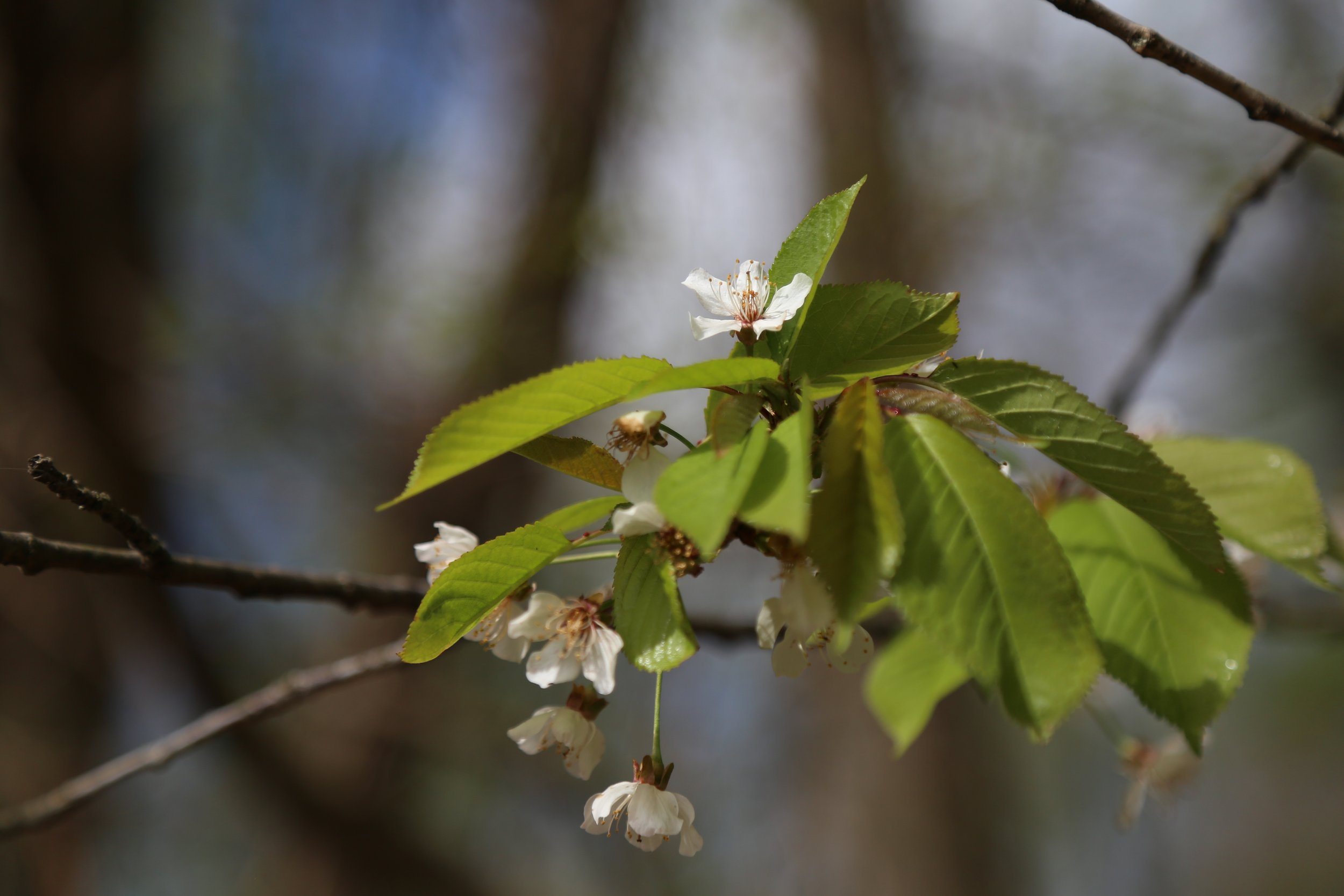
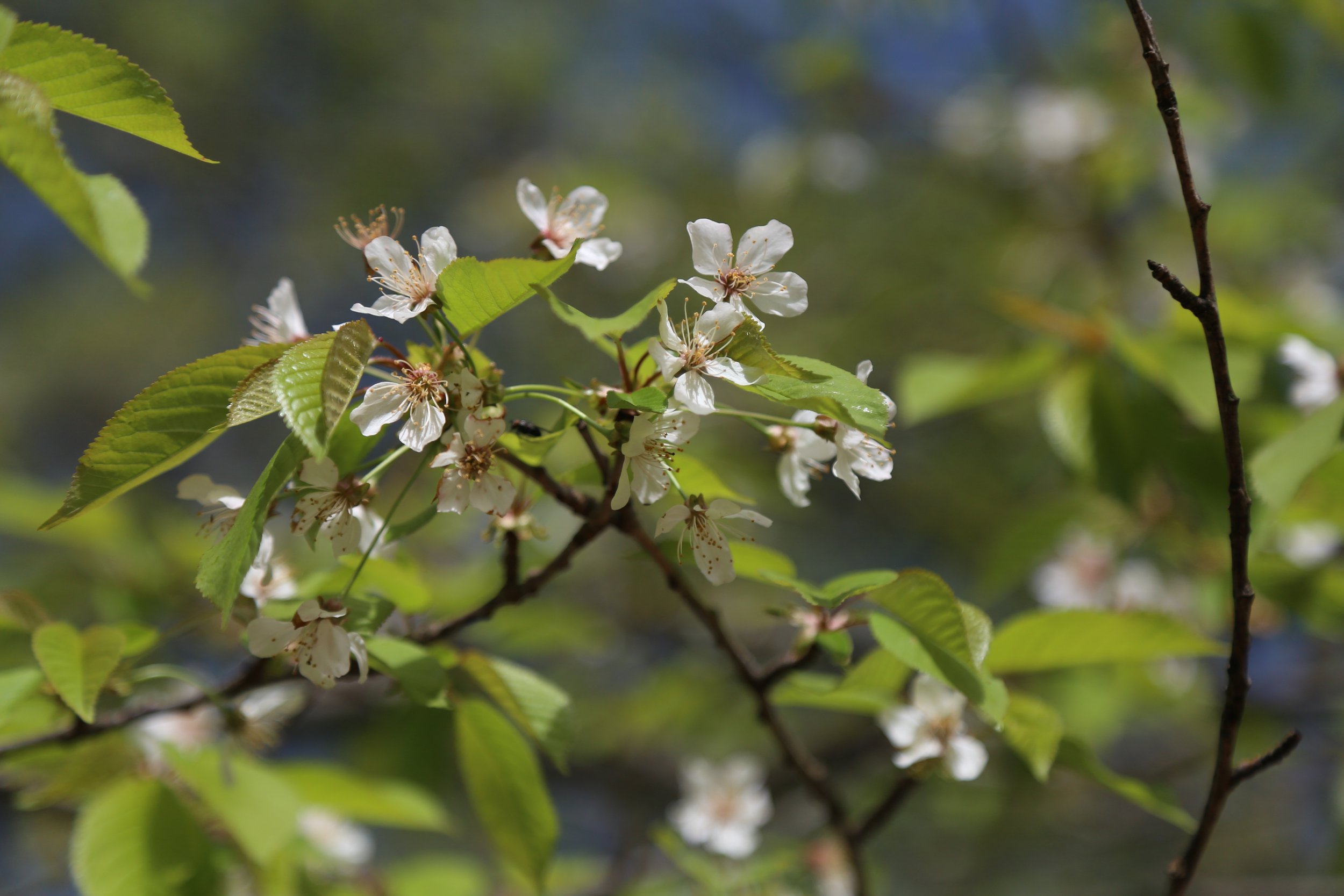
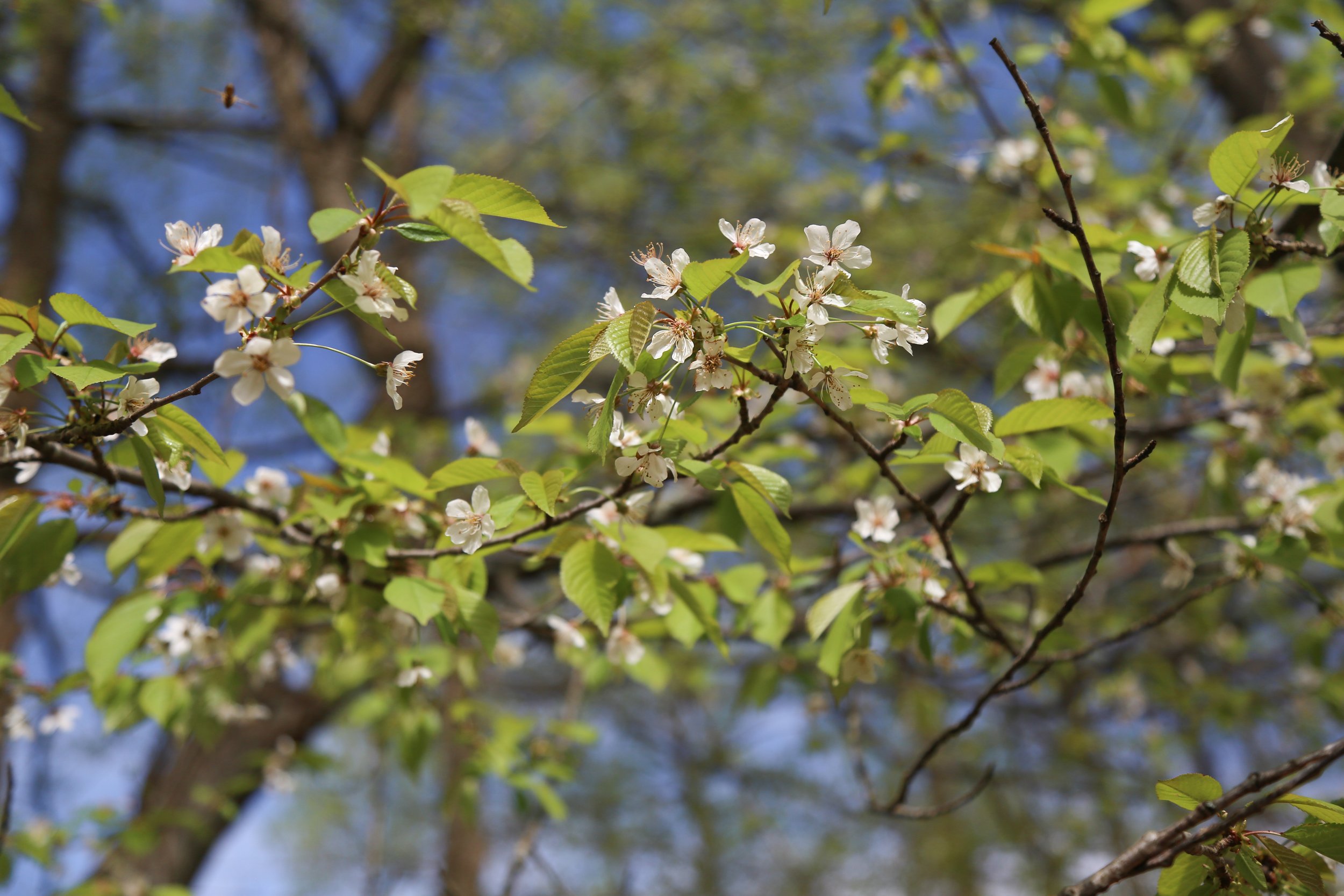
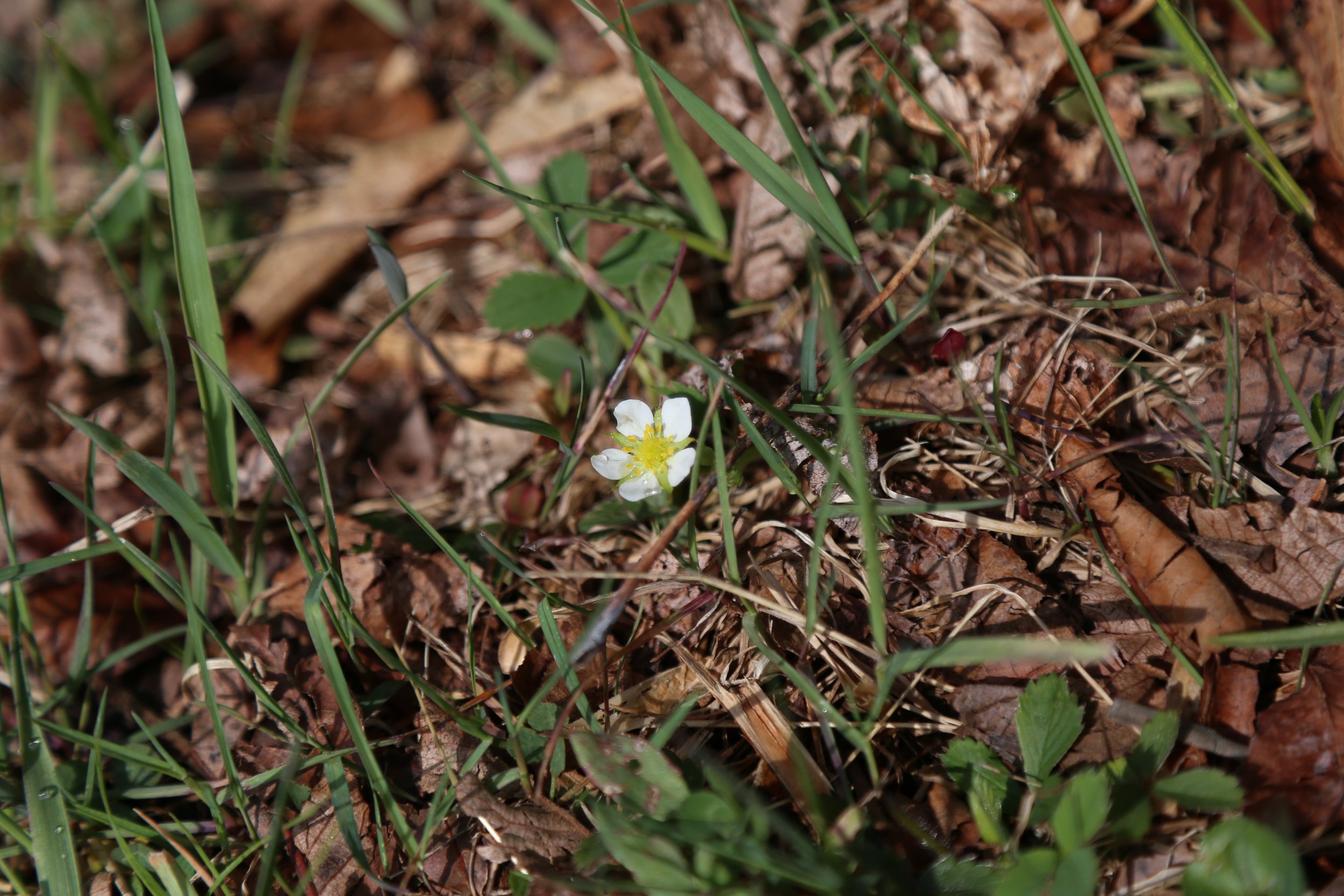
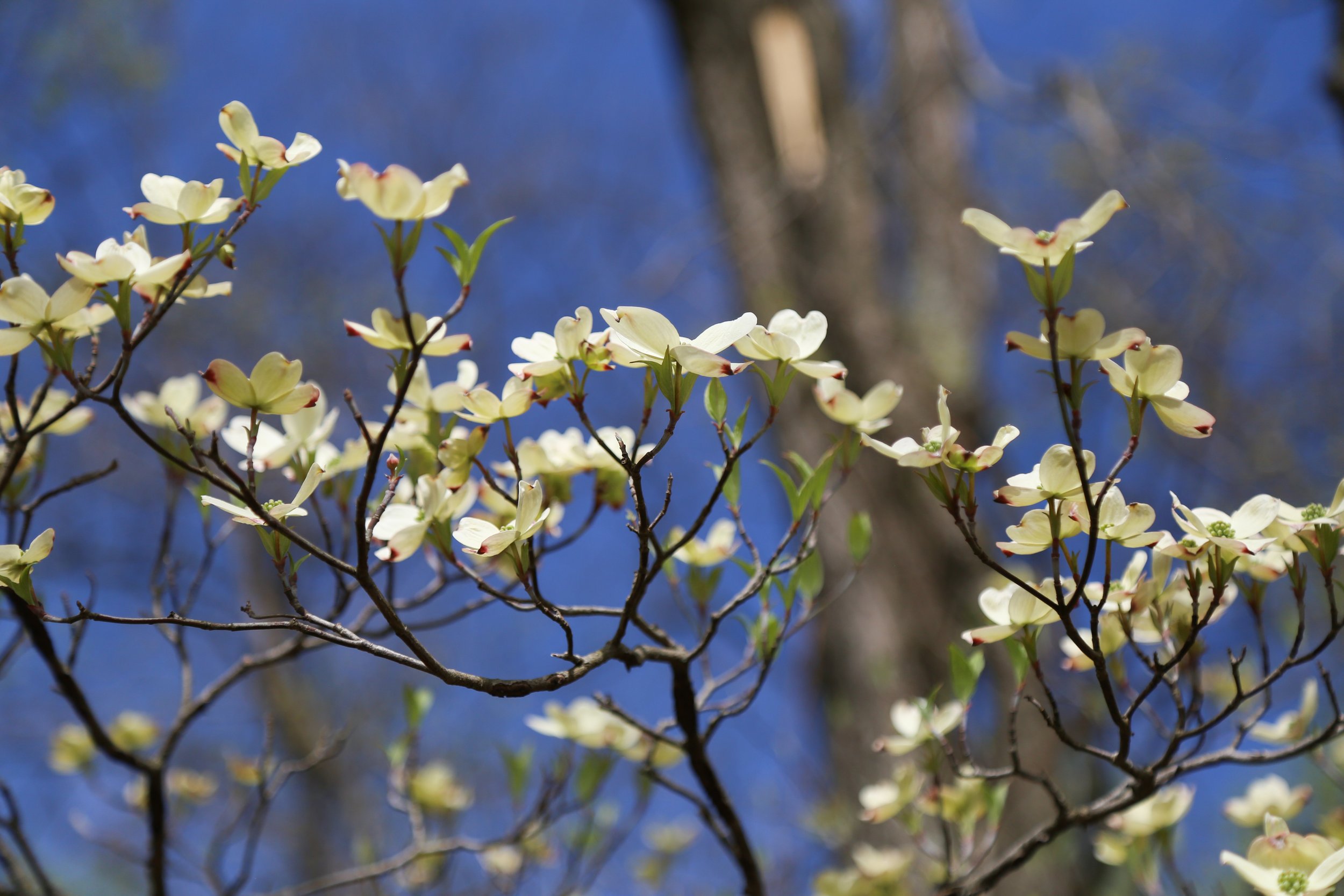
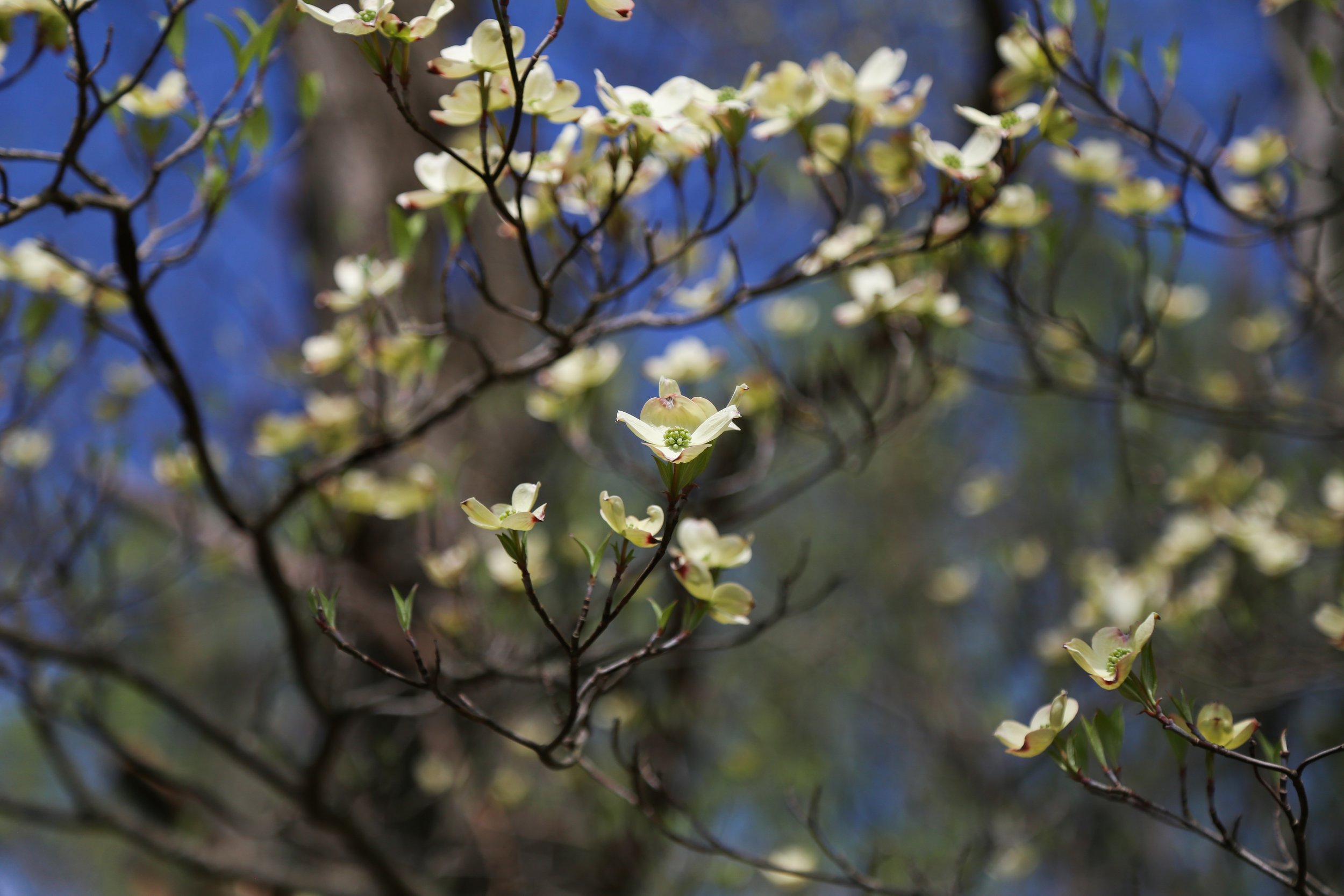
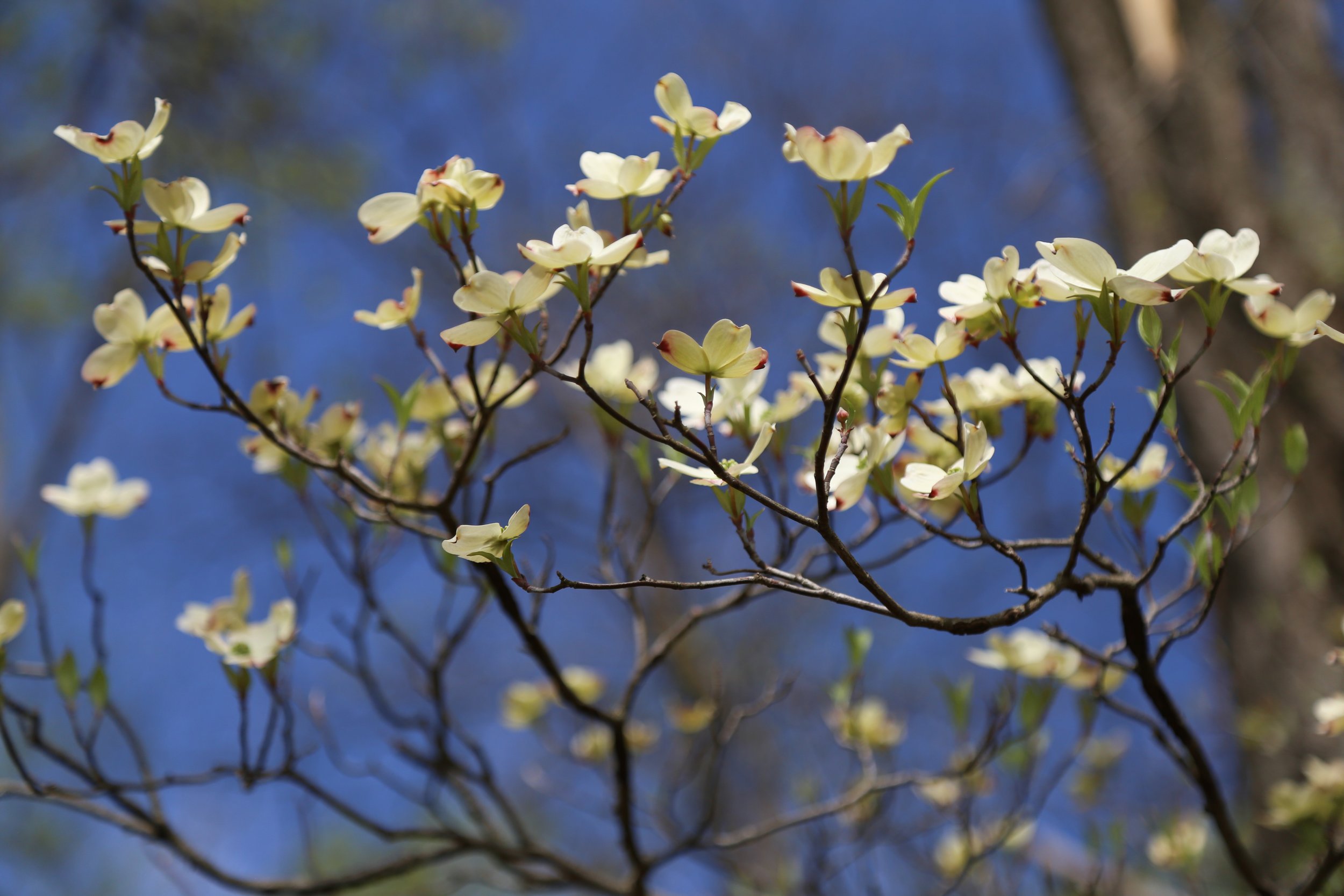
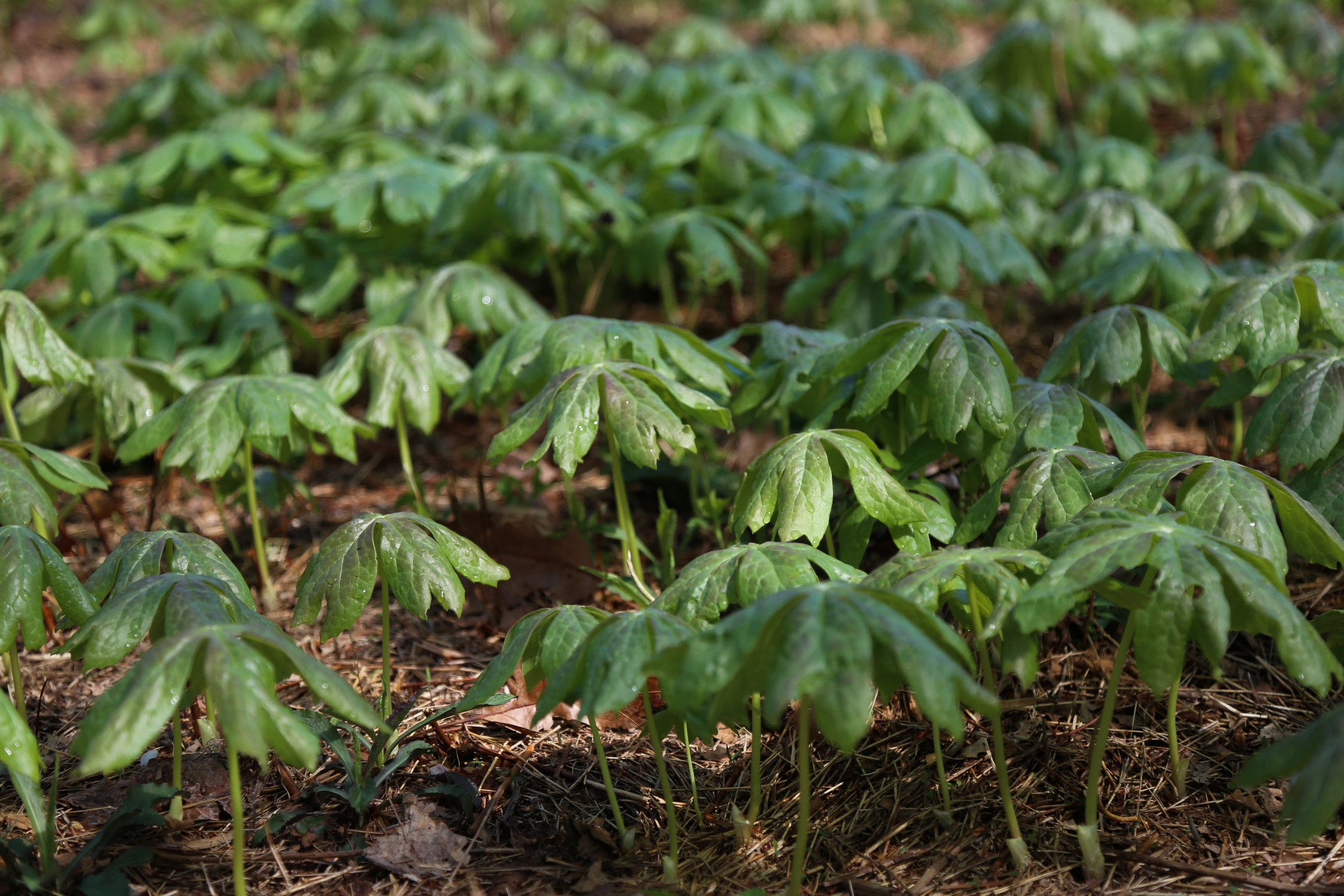

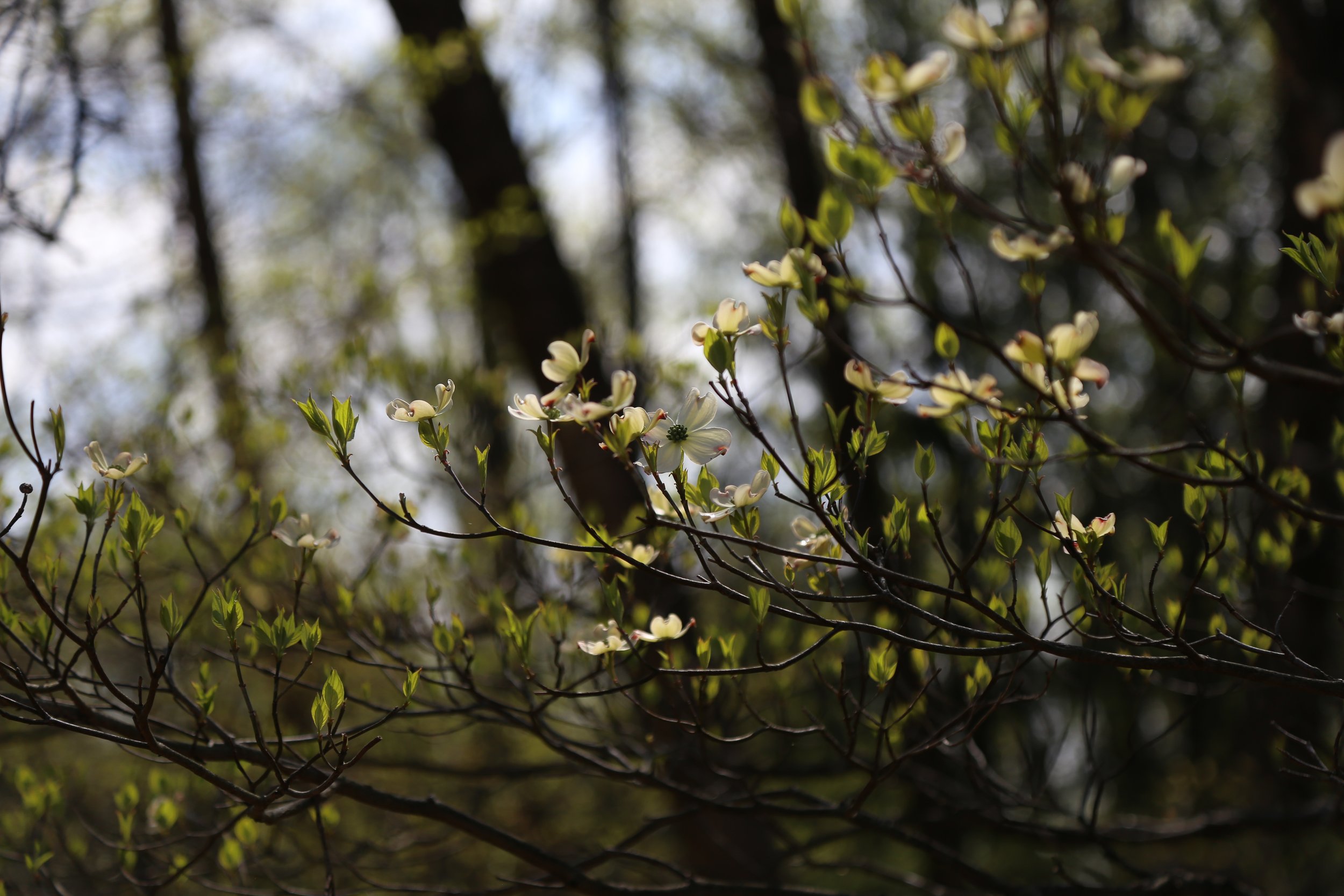

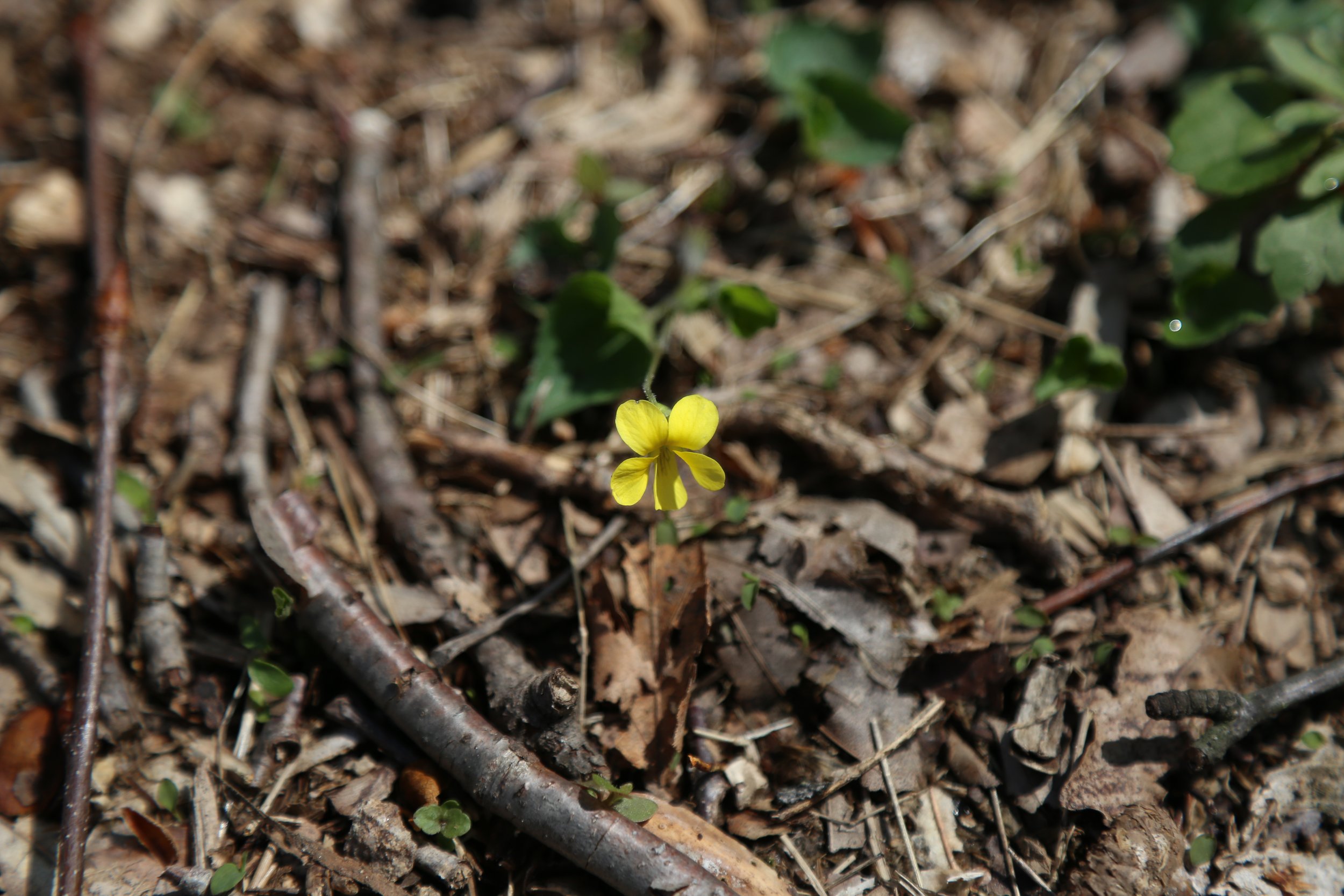
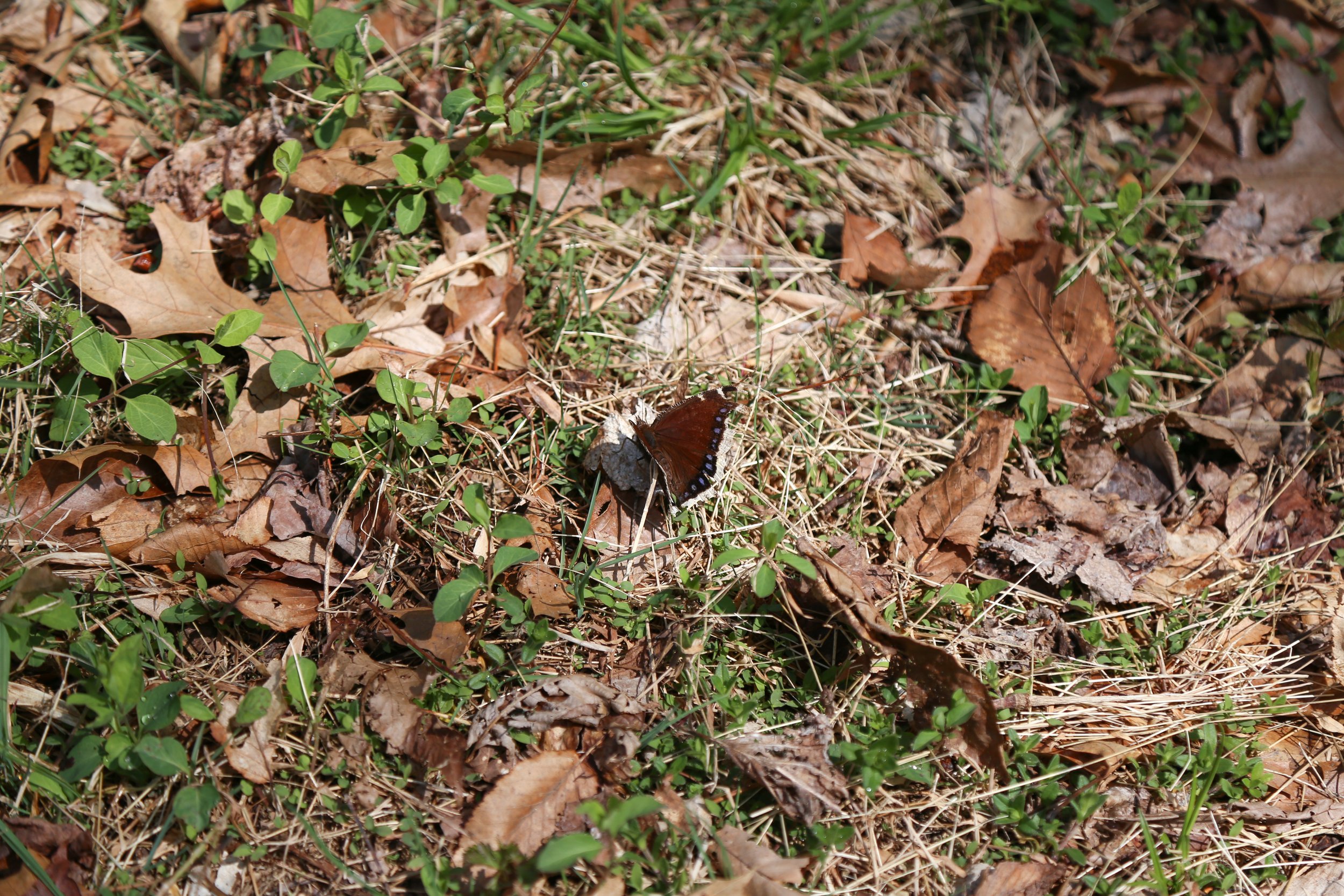
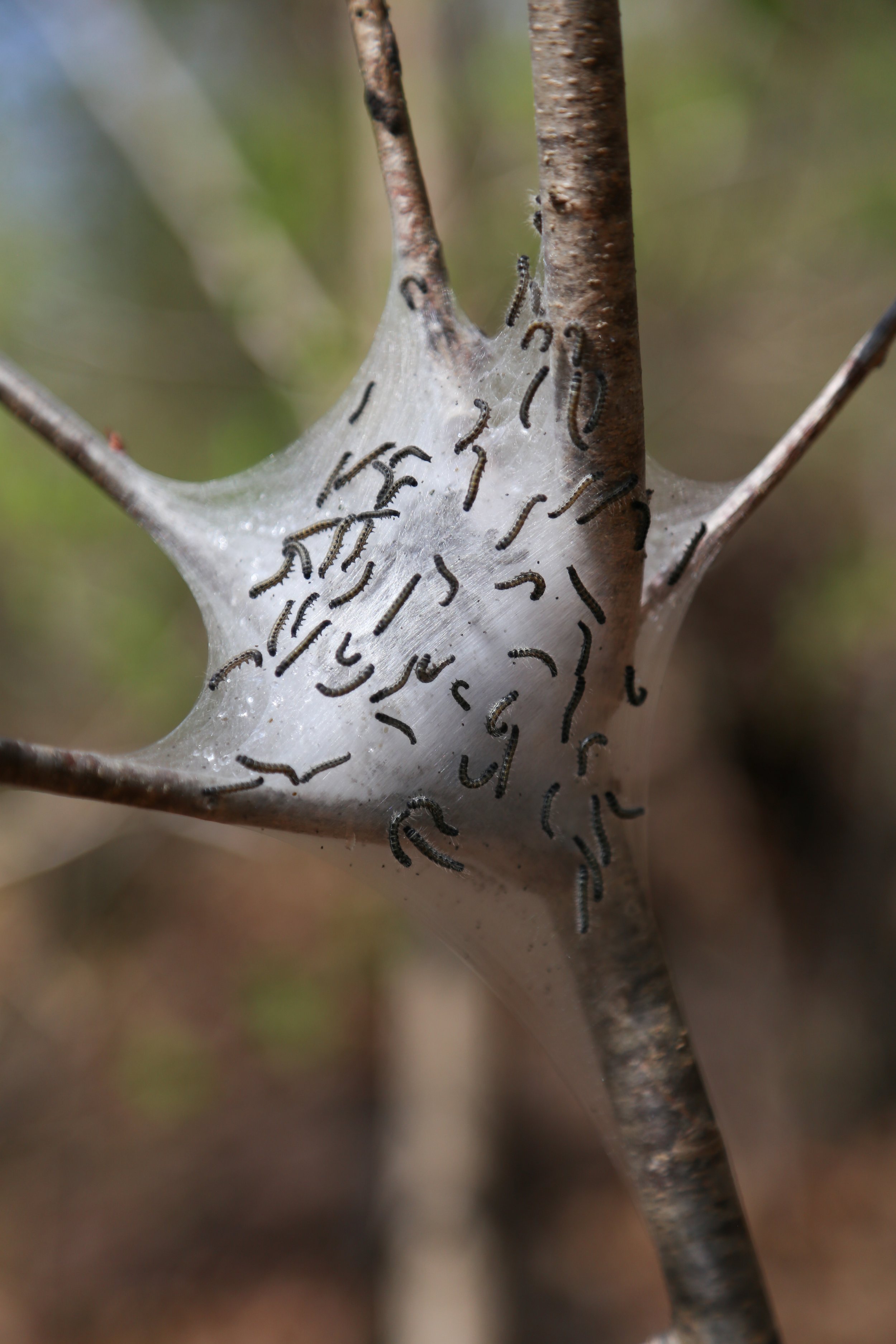
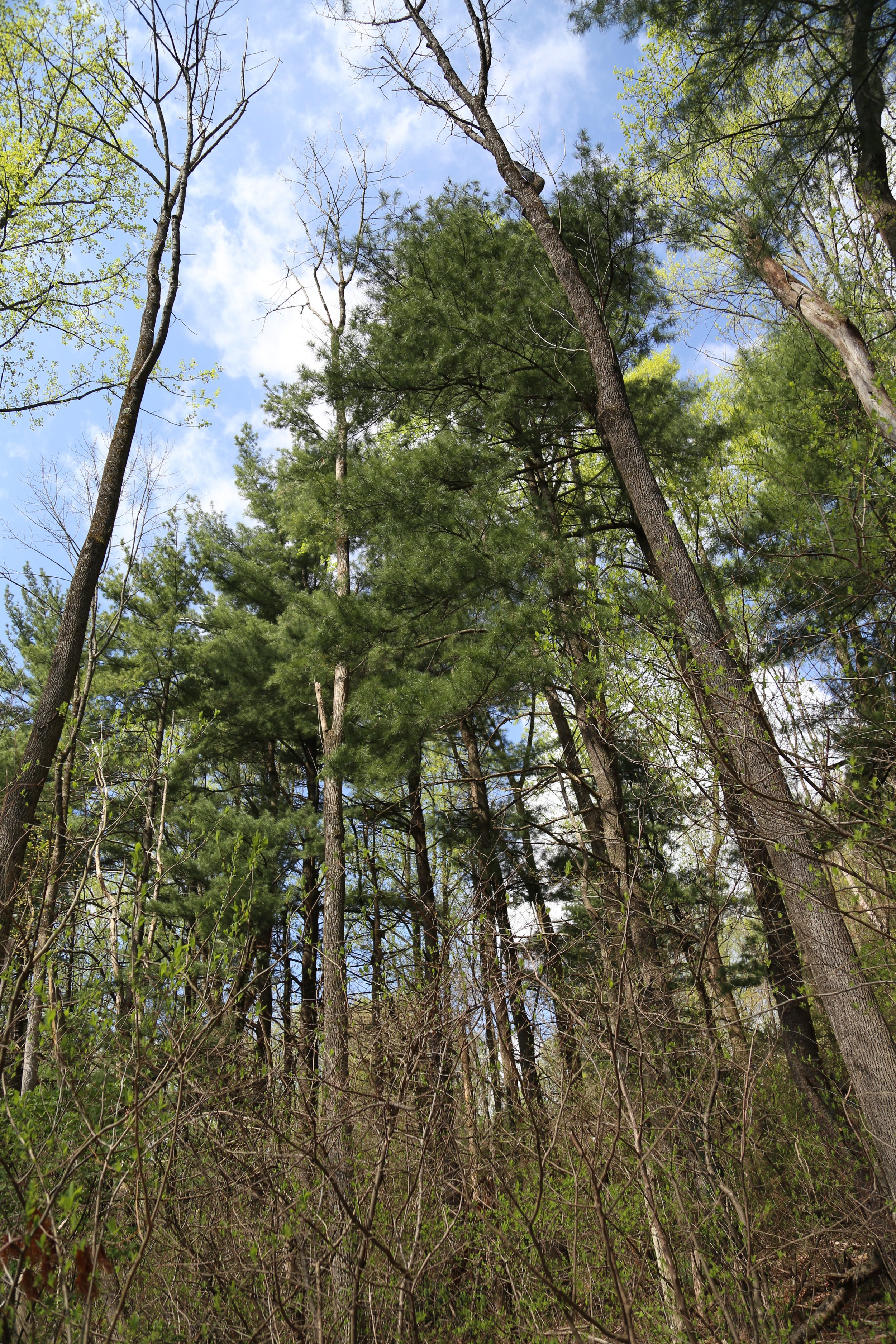
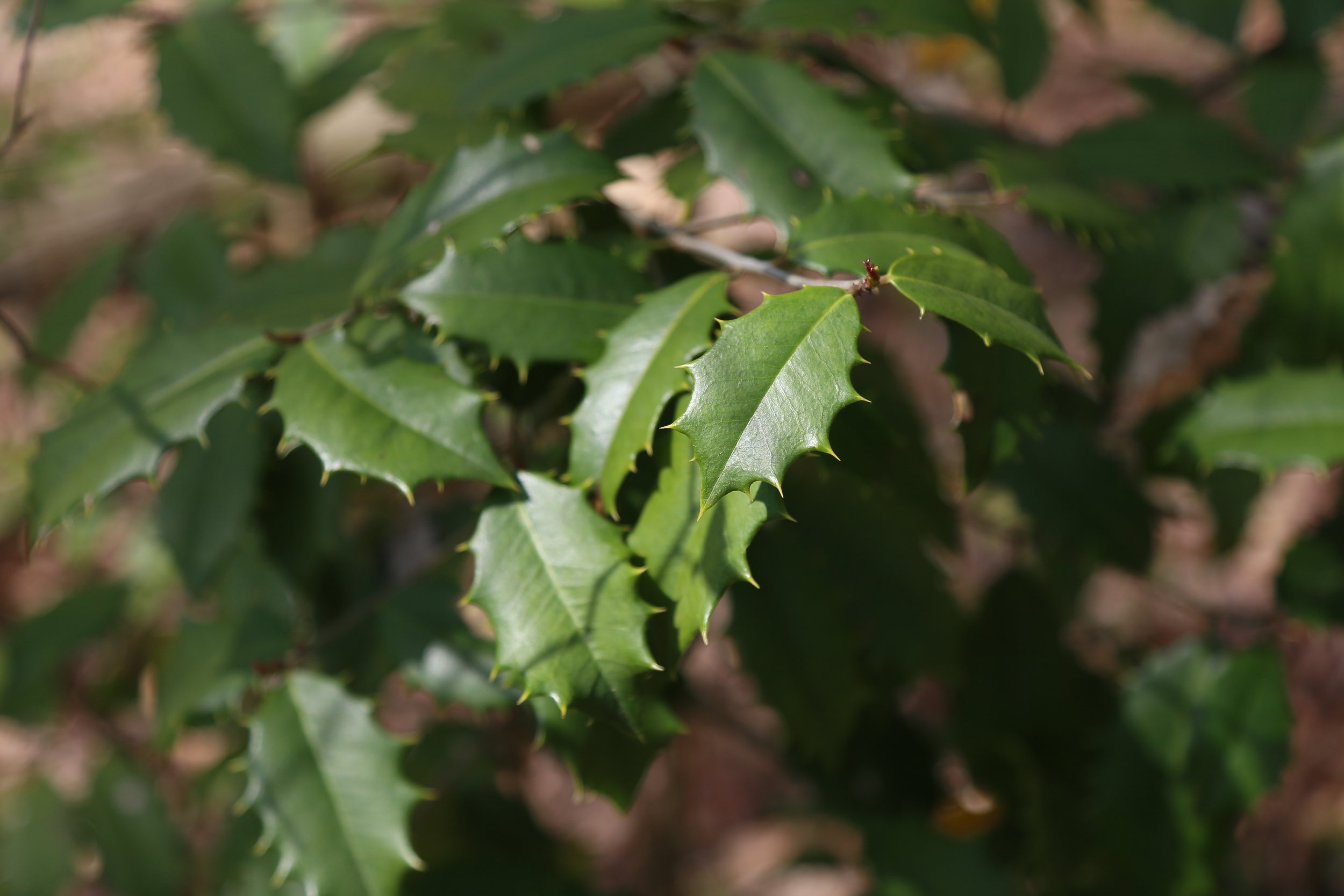
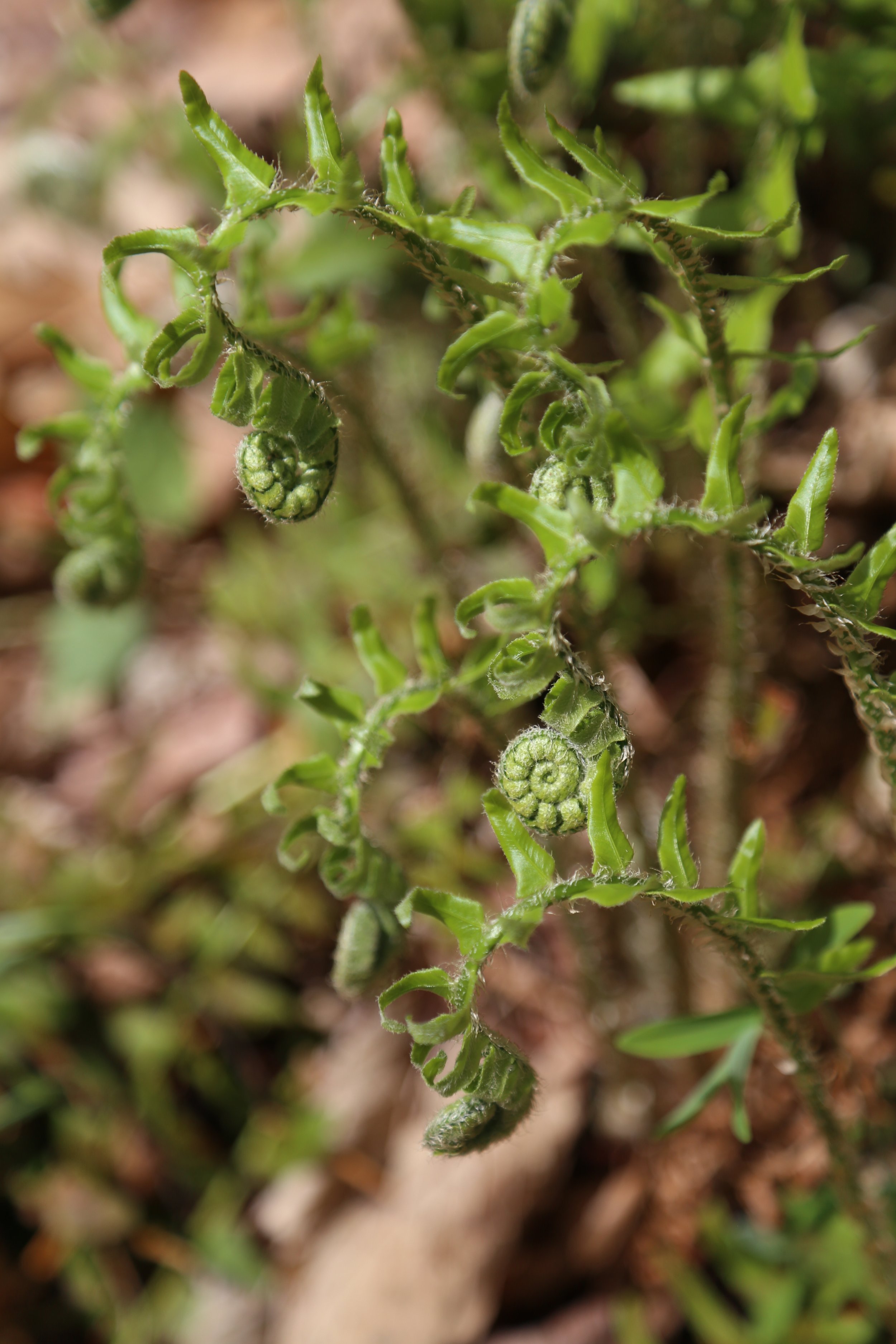
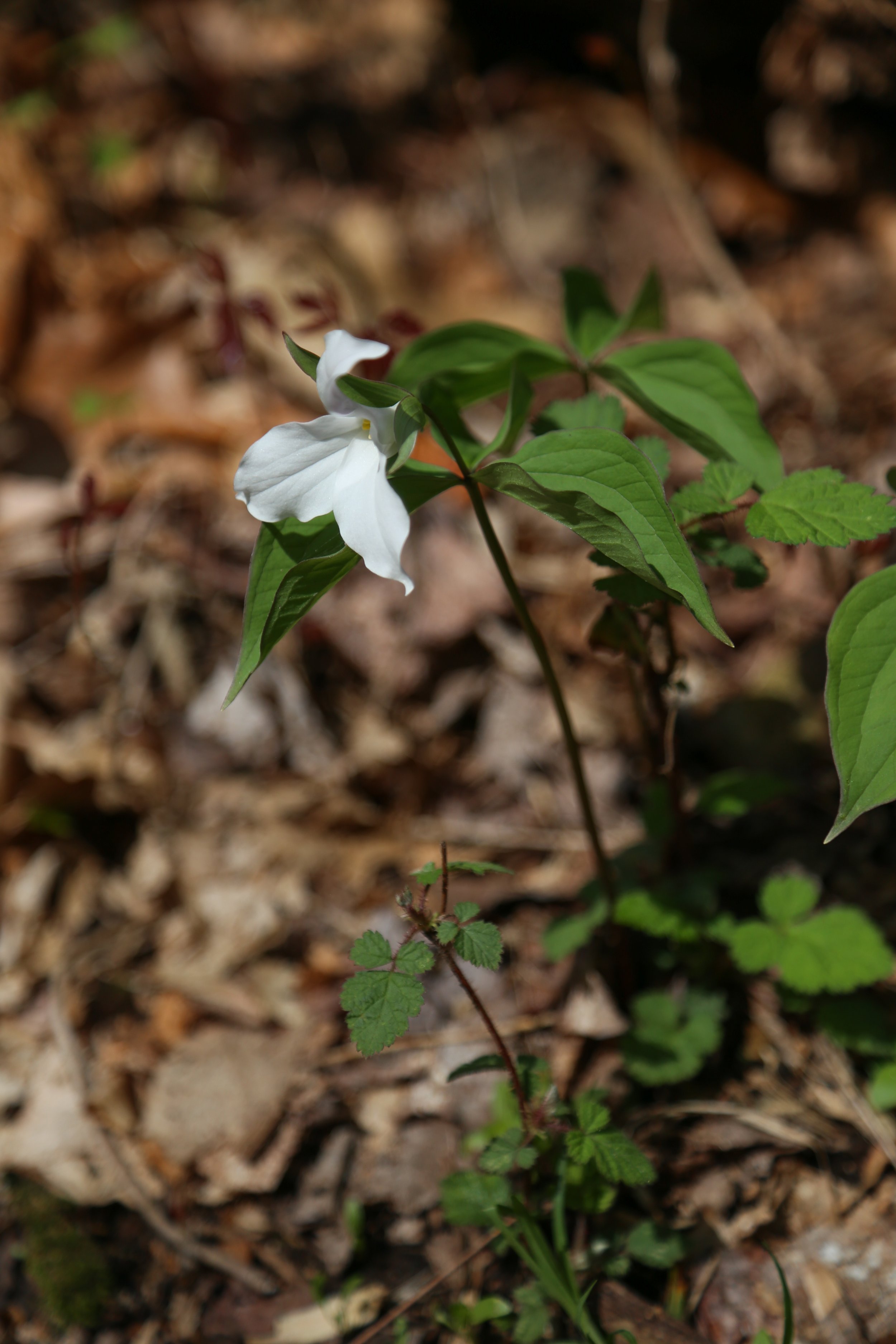

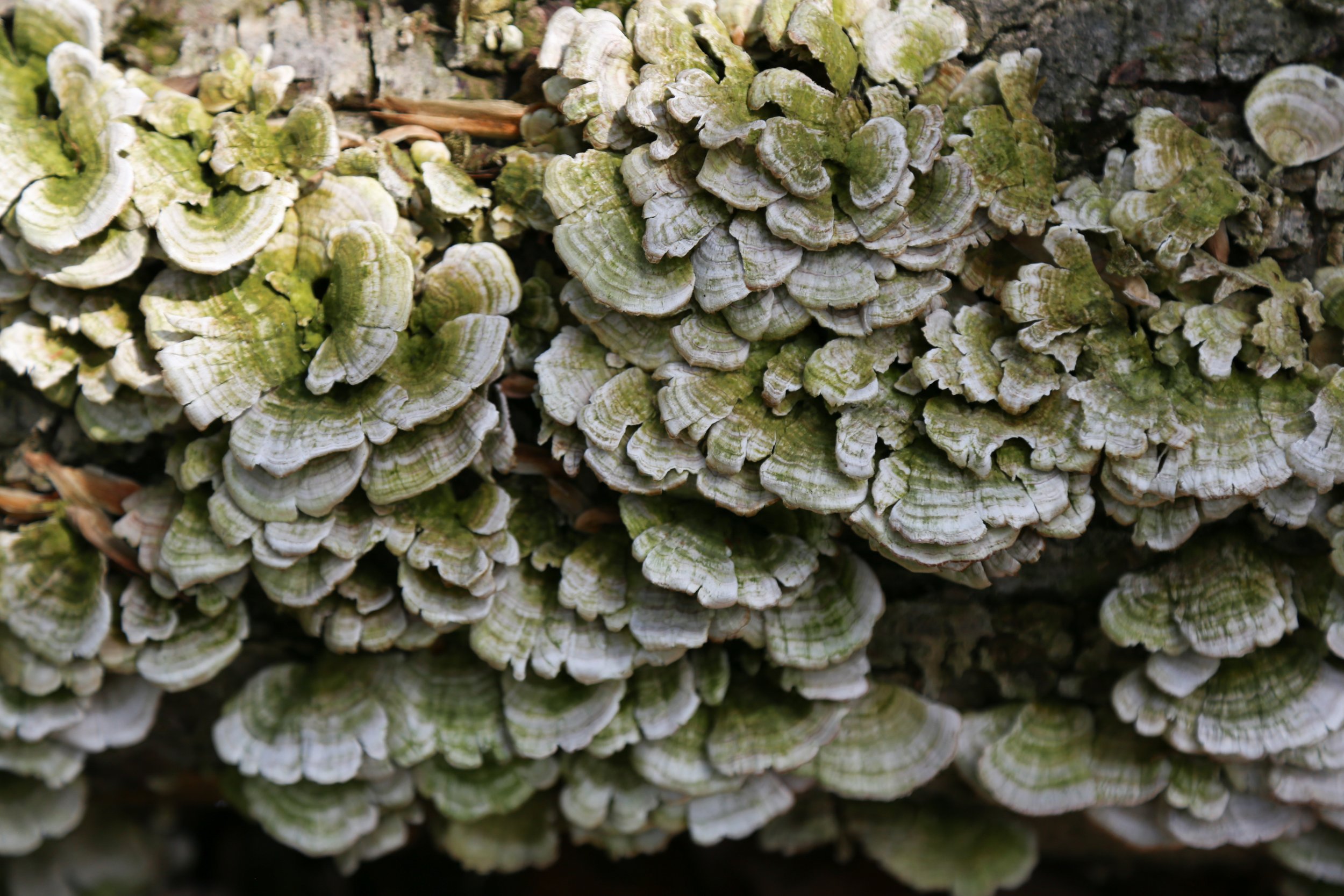
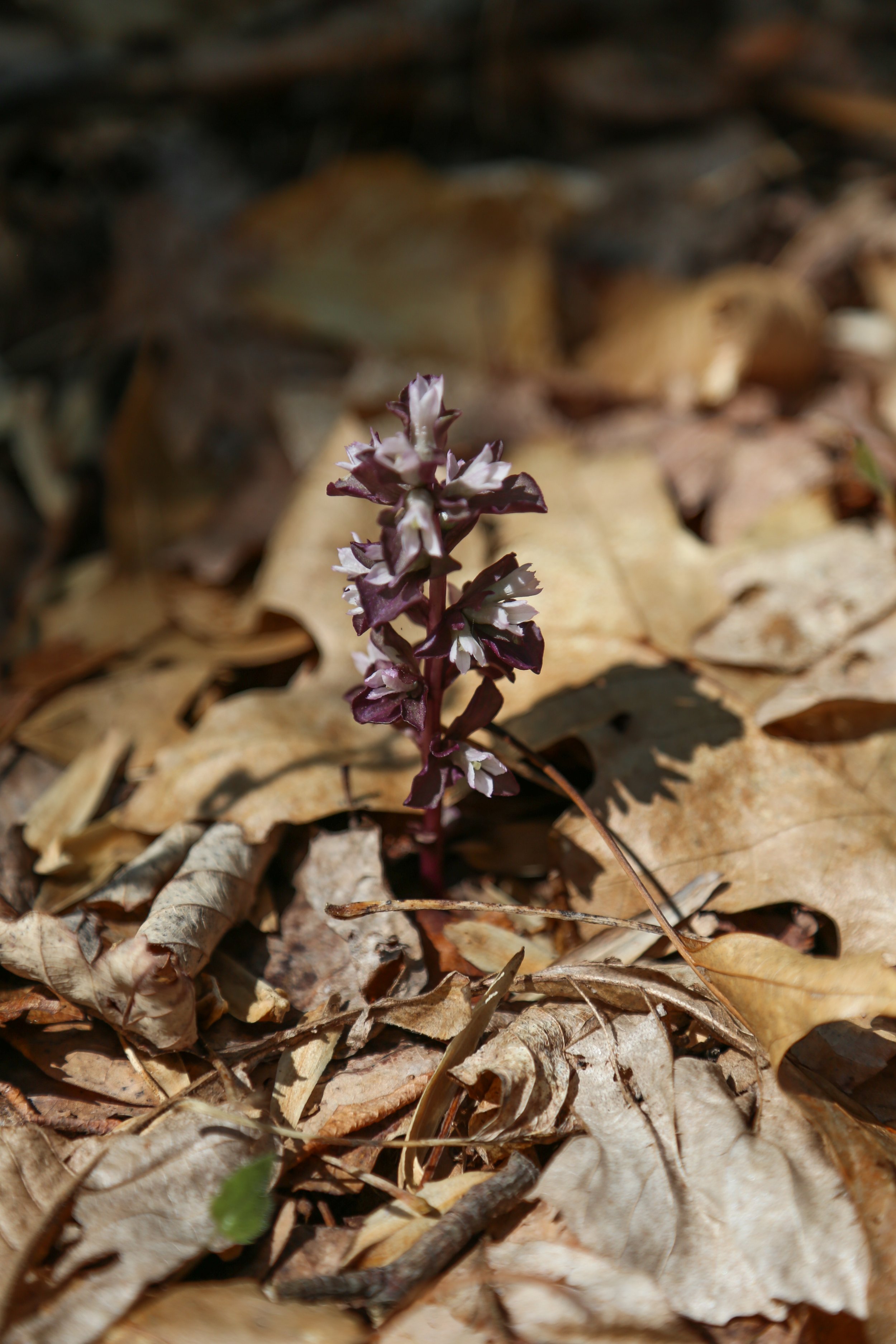
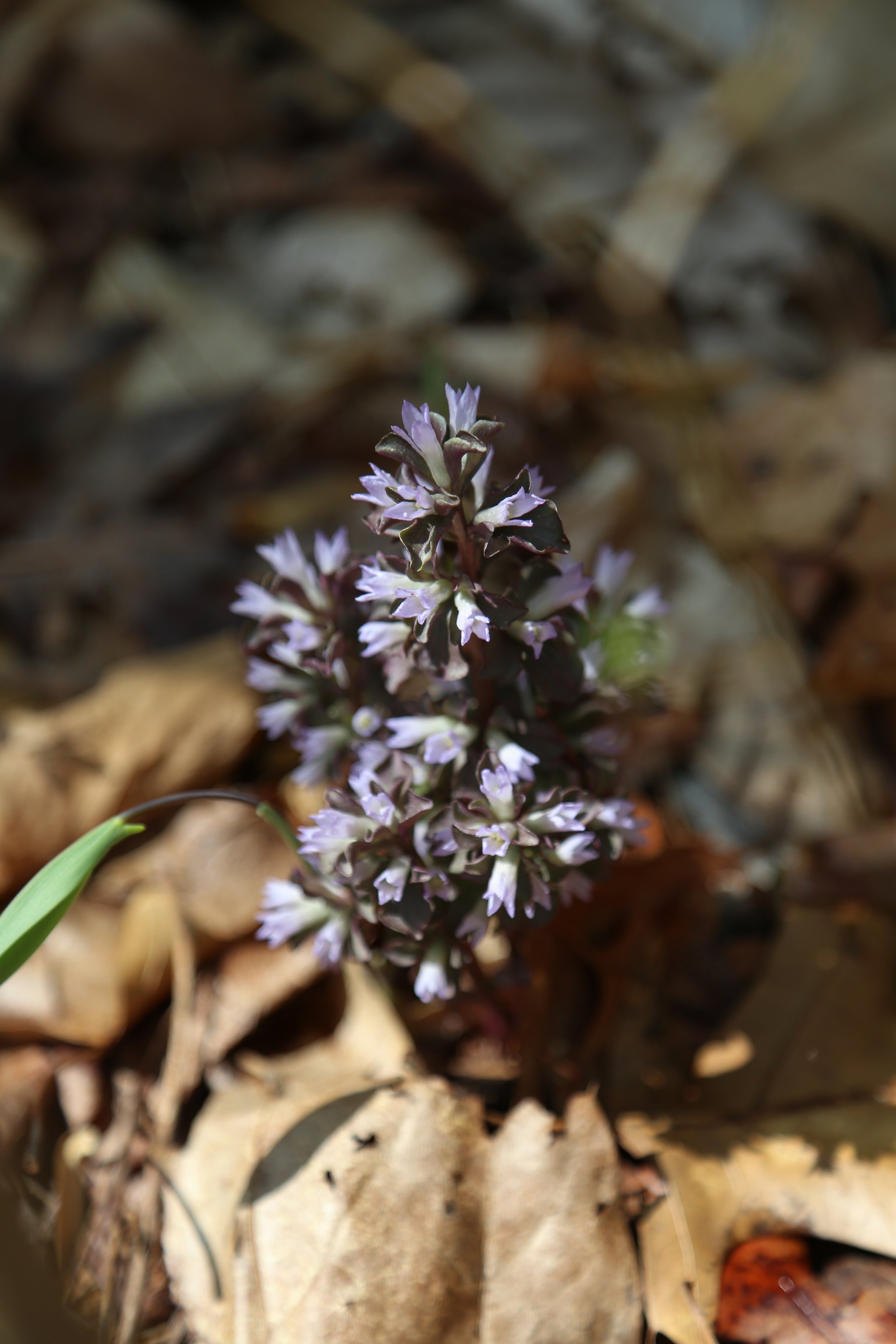
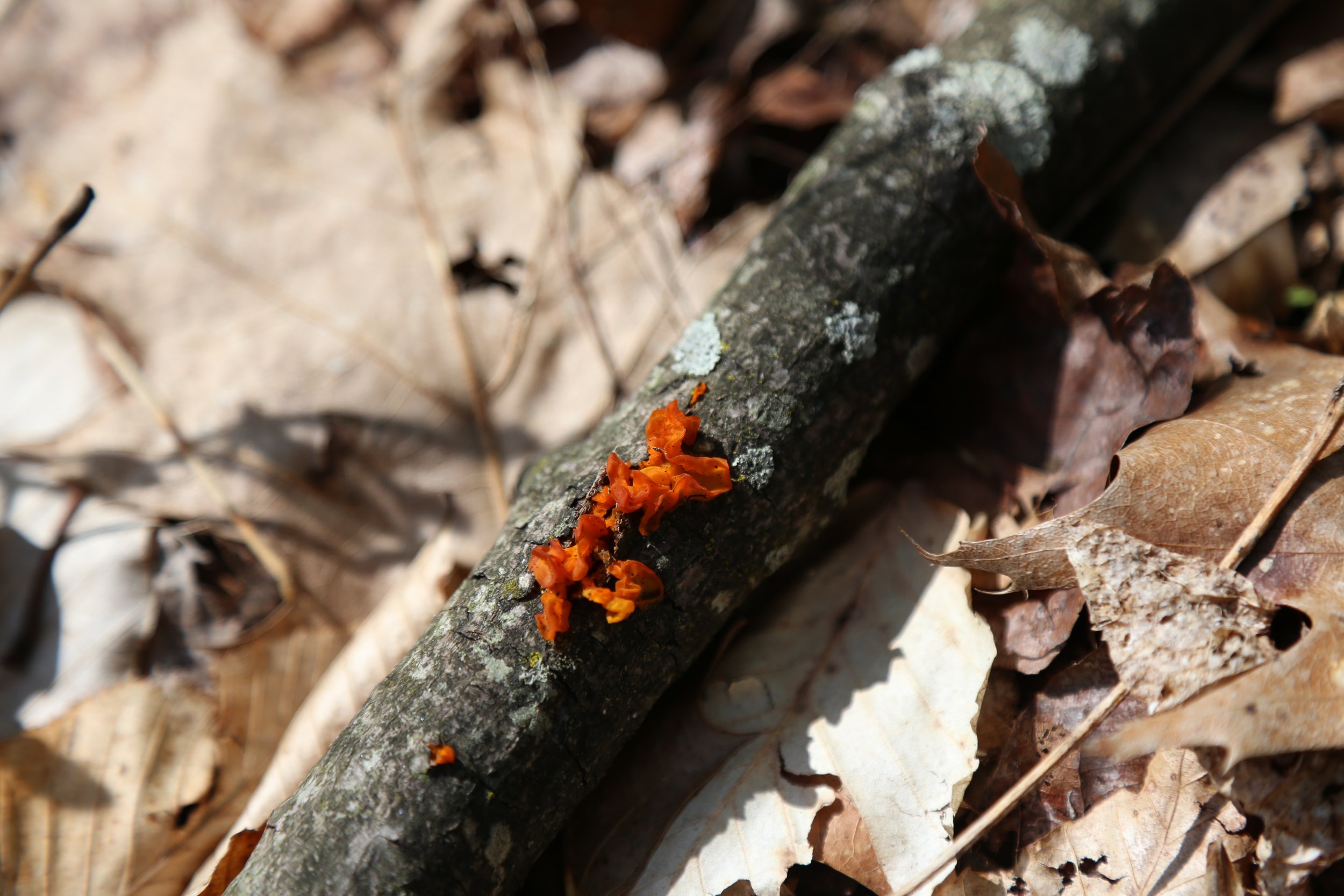
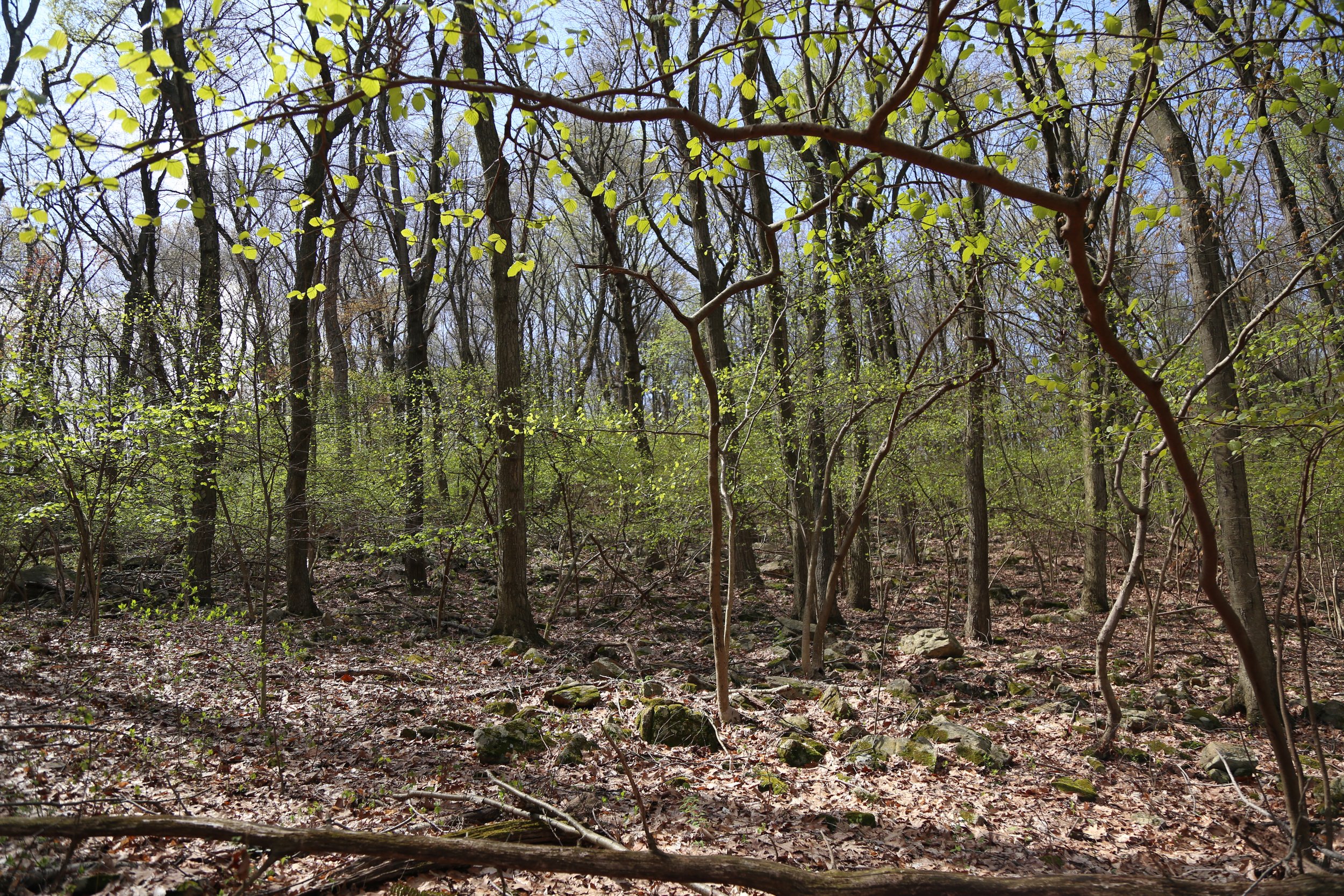
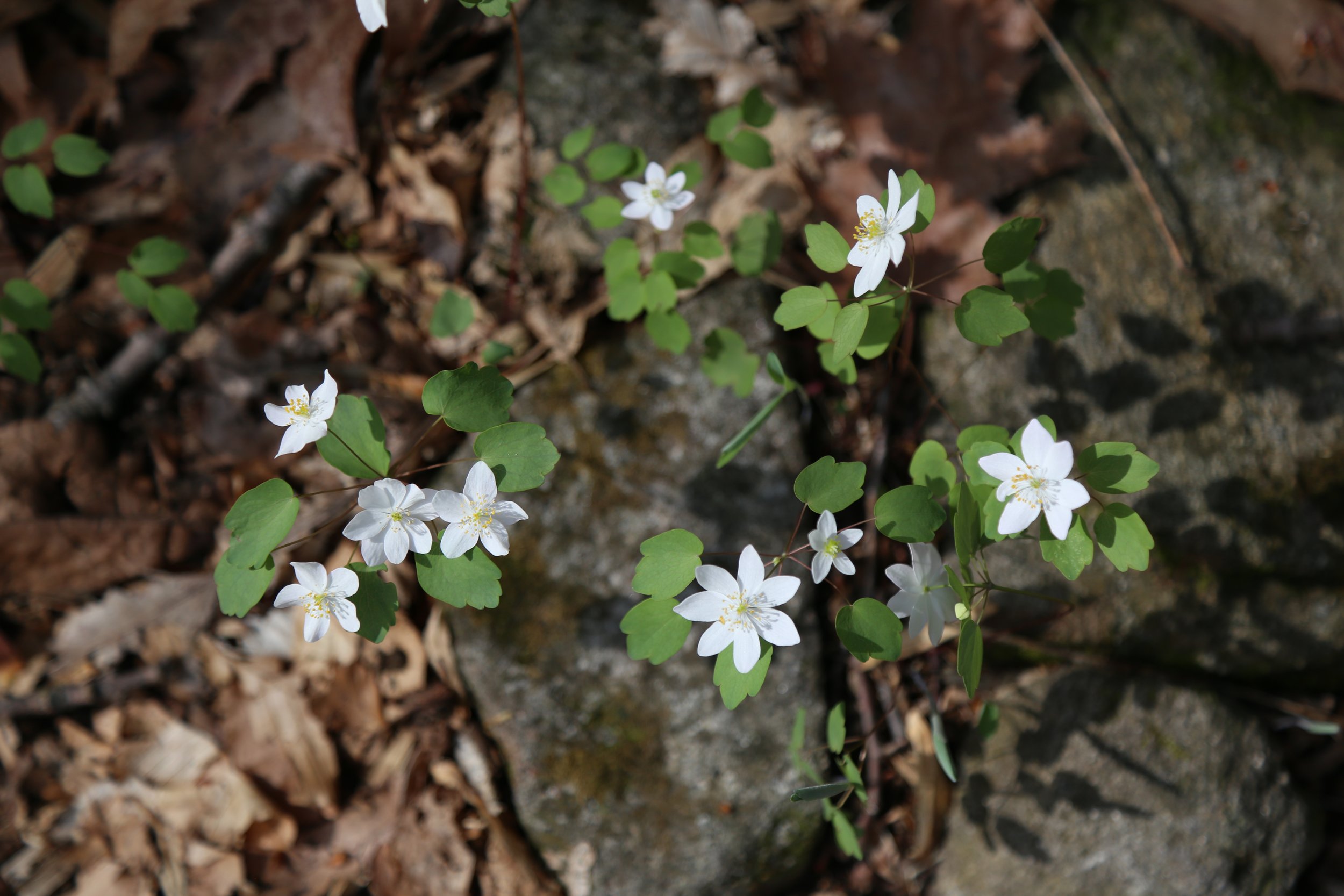
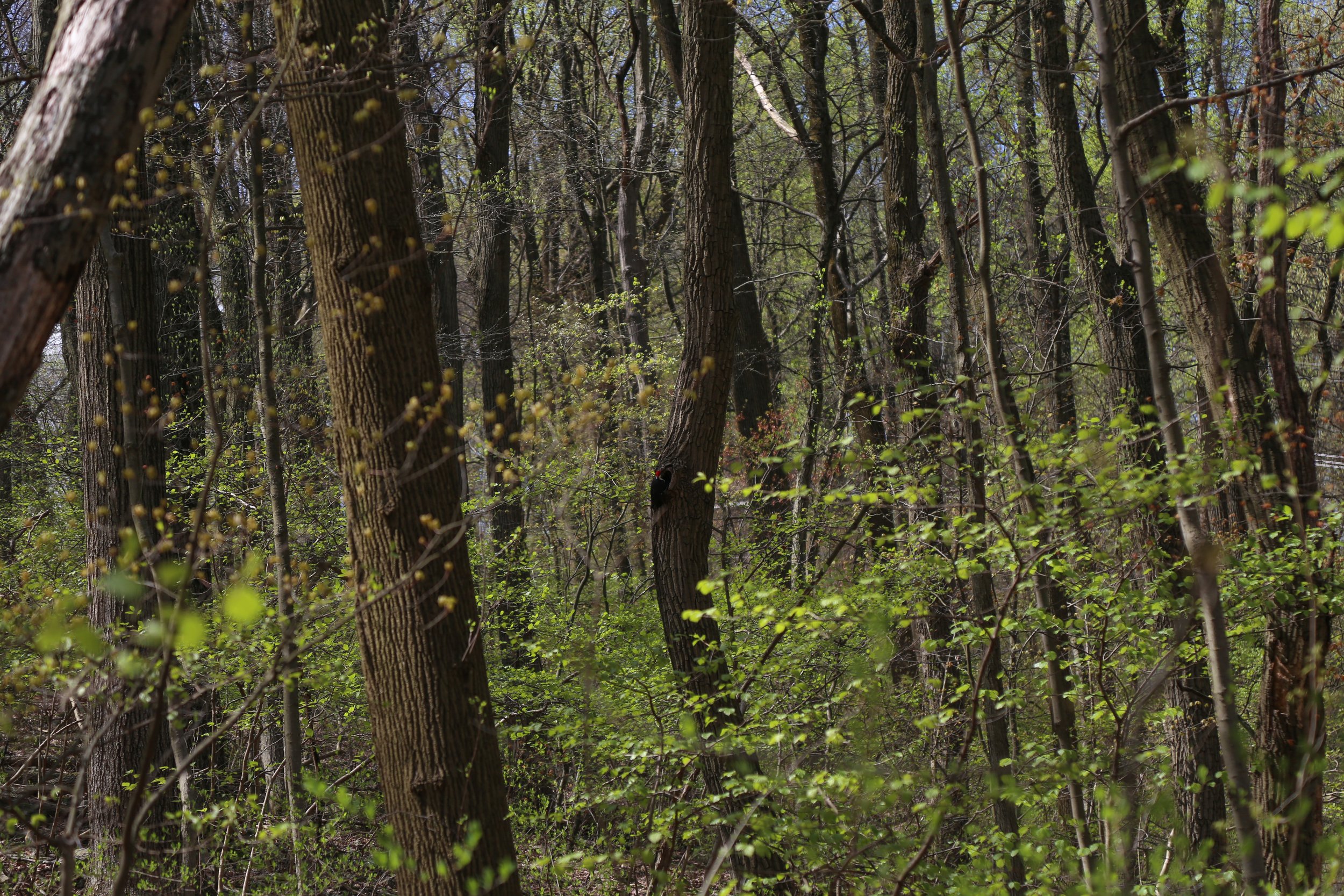

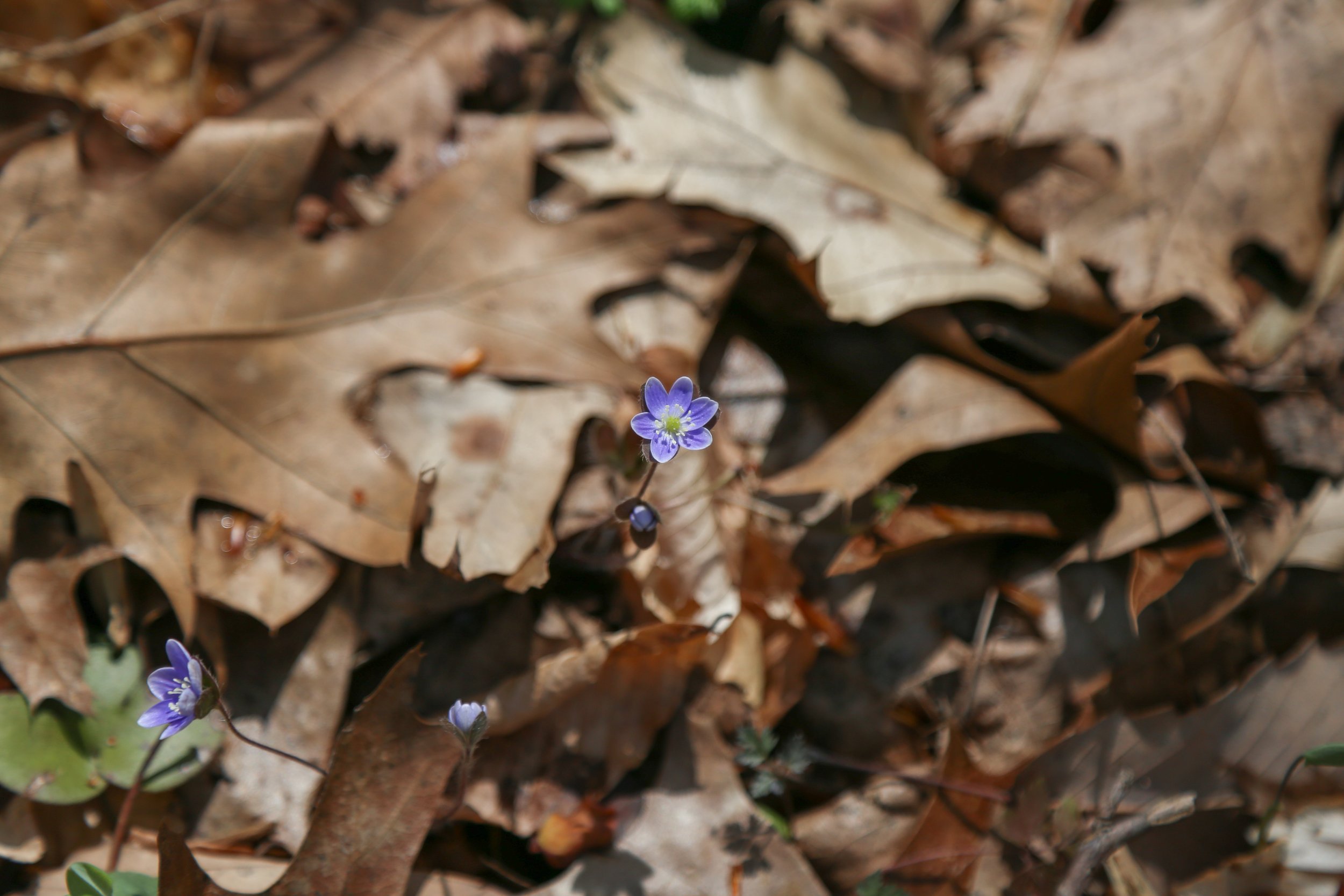
Today was the Solar Eclipse. I knew there wouldn’t be much to see in the way of views with all the cloud coverage, but I took a walk anyway. I drove to Woodland Hills Preserve which is mostly open fields and wetlands. The red-winged blackbirds are back in full force and the cherry trees are blossoming. Totality was approximately 3:20 PM EDT. The sky became dark, and I was able to capture just a slight glimpse of the eclipse with video shot on my cell phone. Not much in the way of views, but it was still an enjoyable time.
Mariton Wildlife Sanctuary is a part of Natural Lands, a non-profit organization that saves open spaces from development and encourages connection to nature and the outdoors. Mariton has become one of my regular places to visit whenever I need some alone time. Because it sits on the top of a steep slope called Bougher Hill, there are enough trails to get in a decent workout.
This small pocket of space is quiet with many birds and a decent amount of trails to get in a good fitness walk. I started coming here a few years ago acquainting myself with the land and its changes throughout the seasons.
Today the temps were somewhere in the mid-40s. The winds made the dried leaves on the beech trees rattle and shake and the tree trunks creaked as they rubbed against each other. It gave me something nice to listen to and drowned out any car noise I could hear coming from the street below the hillside. A Pileated Woodpecker shuffled around on the ground looking for bugs in the leaves. I kept my distance and watched him until he flew into the trees and hammered at the bark. I found an old tree stump to sit on and watched four turkey vultures soaring through the sky enjoying the breezy day. The longer I sat, the more I began to notice. About arm's length away I noticed a tiny Bloodroot flower, one of the first signs of spring, poking up from the leaf debris. Sometimes being in the woods in Pennsylvania reminds me of being a little kid outside playing. It usually takes me about an hour to wind down when I first get on the trail, but when I do, I always come back home relaxed, happy, and reset.
White Pine at the parking lot entrance
Woodpeckers have been here.
Shadows soon will be replaced with green leaves.
Beech trees hold onto their leaves.
Some type of fungus on tree stump.
Long, dark shadows of winter still lurking in early spring.
Interesting fungus.
Bloodroot emerging from the leaves. One of the first signs of life after winter.
New buds.
Leaf, moss, light
The South Fox Trail is a series of trails running up and down the hill. There are no switchbacks here. It’s a great fitness trail.
Shagbark Hickory
Reminders of winter.
Little green fuzzball.
More signs of life.
The iNaturalist app suggested round-lobed hepatica (Hepatica Americana) as an ID for this tiny flower in the middle of the trail.
Rhododendron
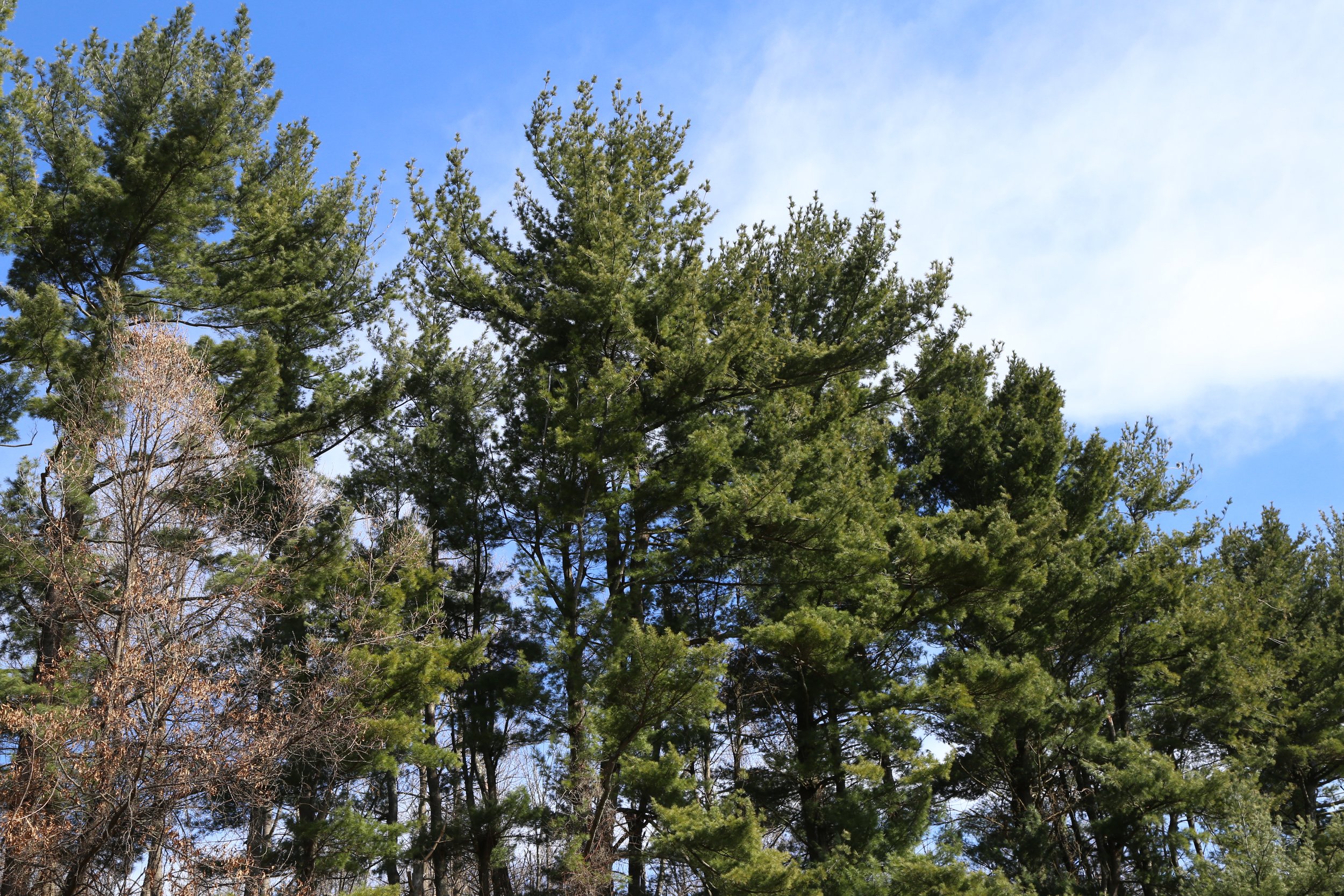
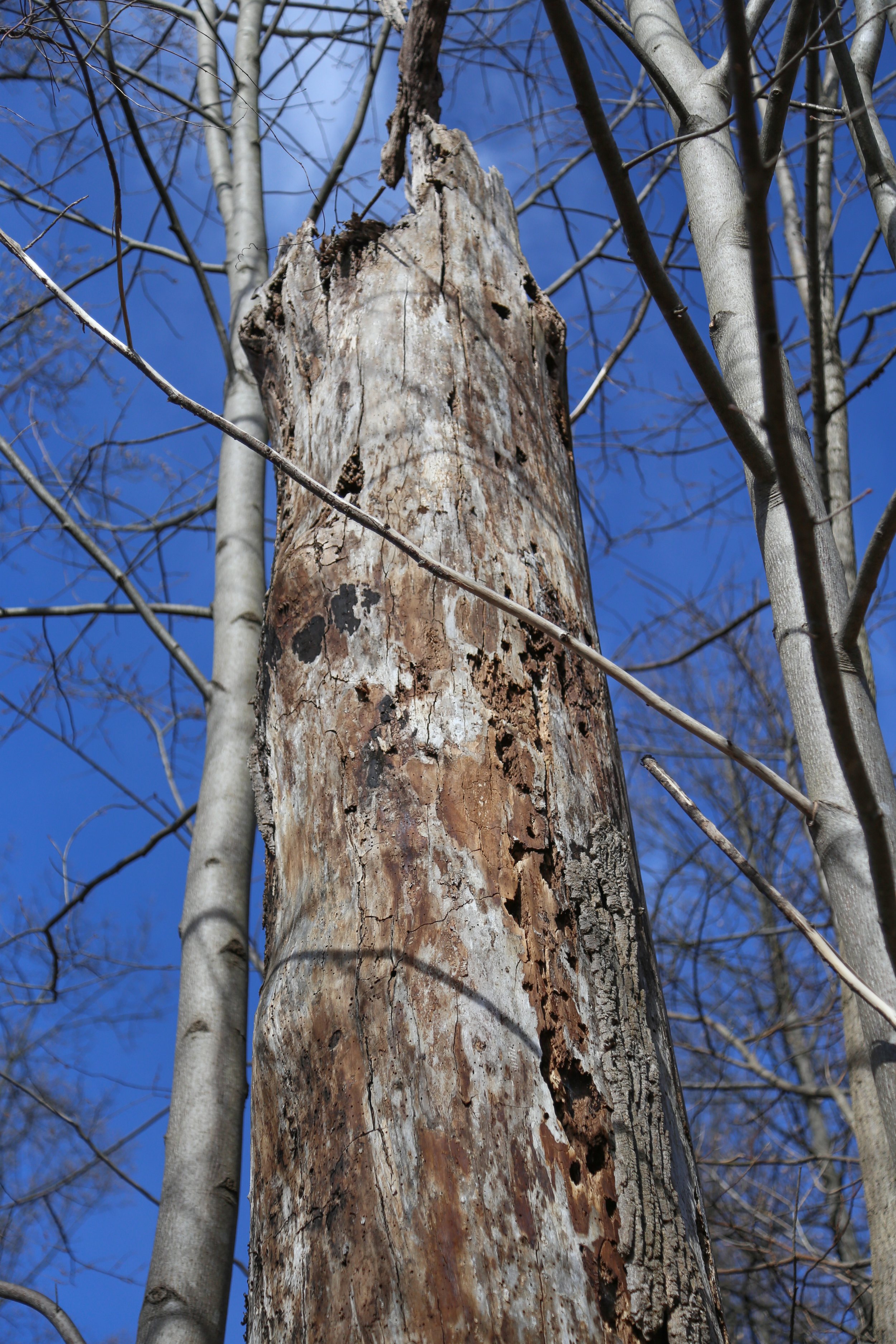
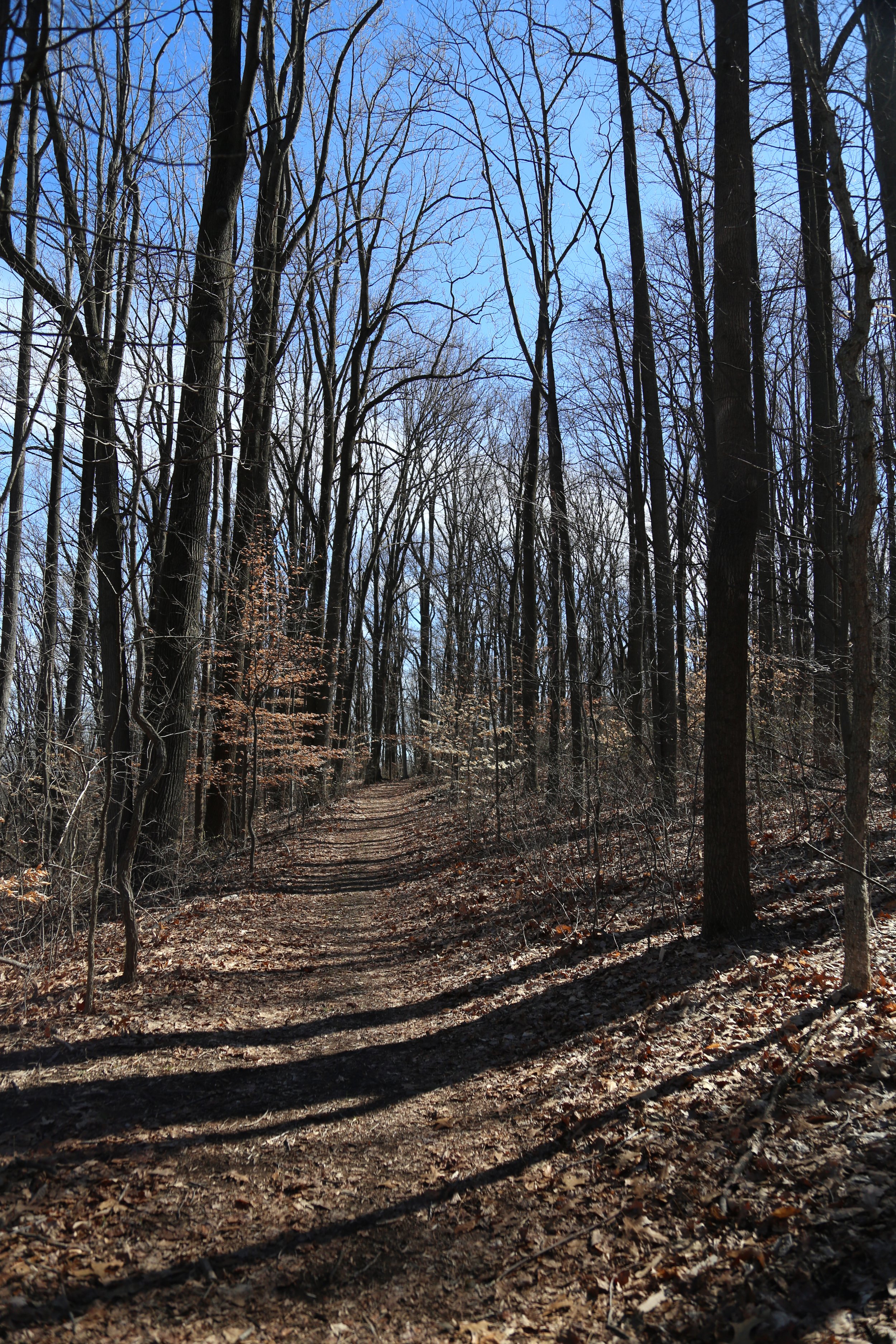
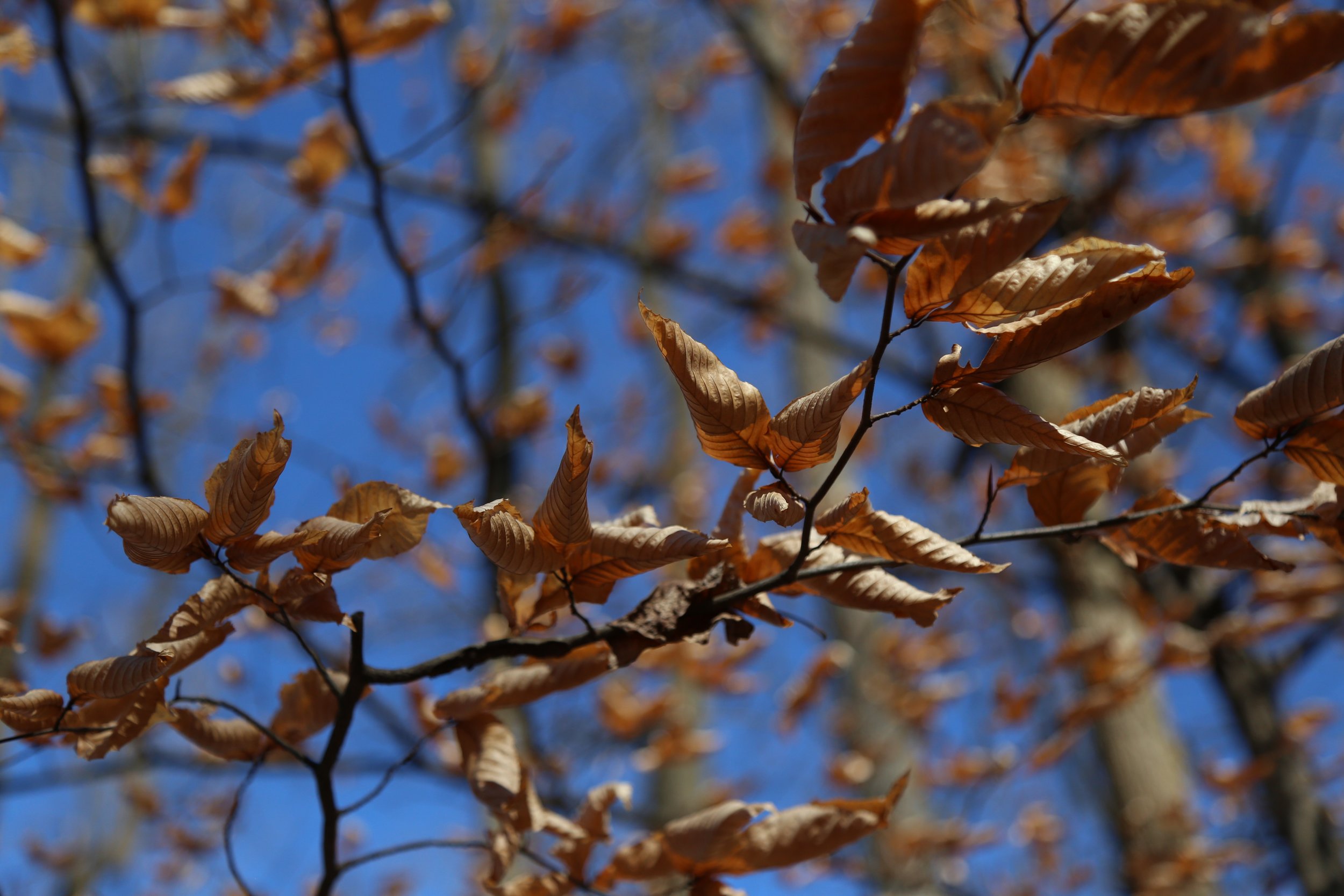
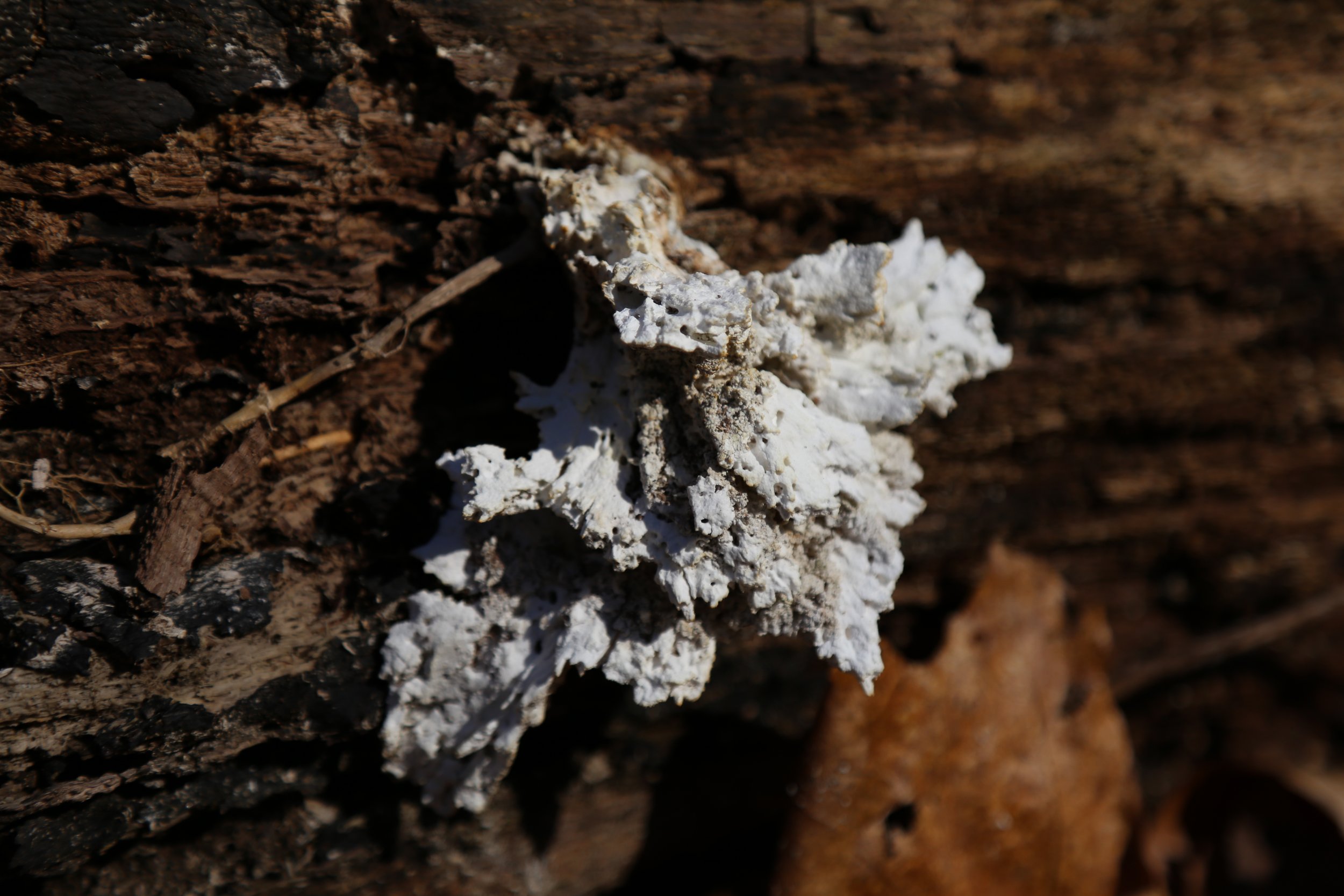
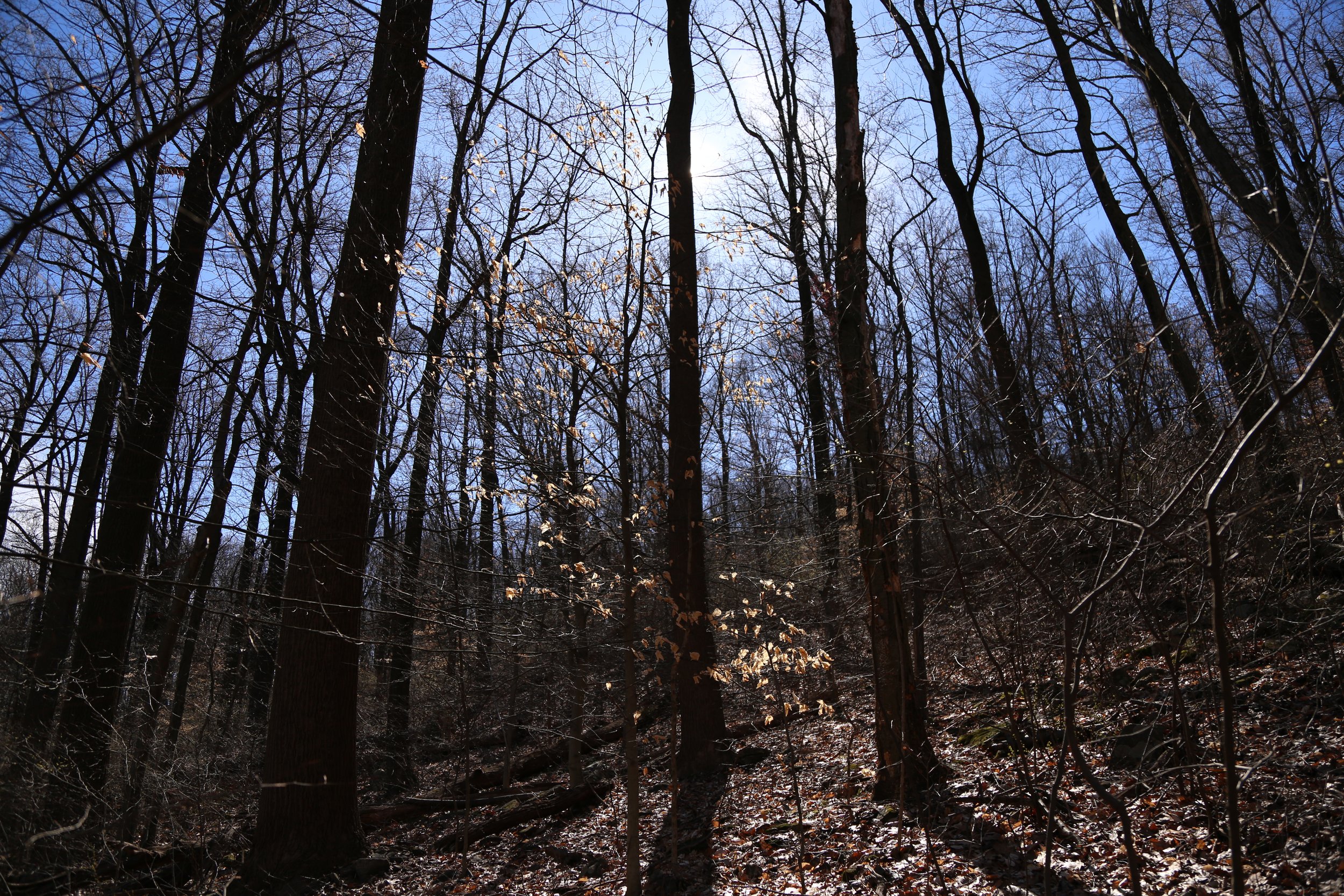

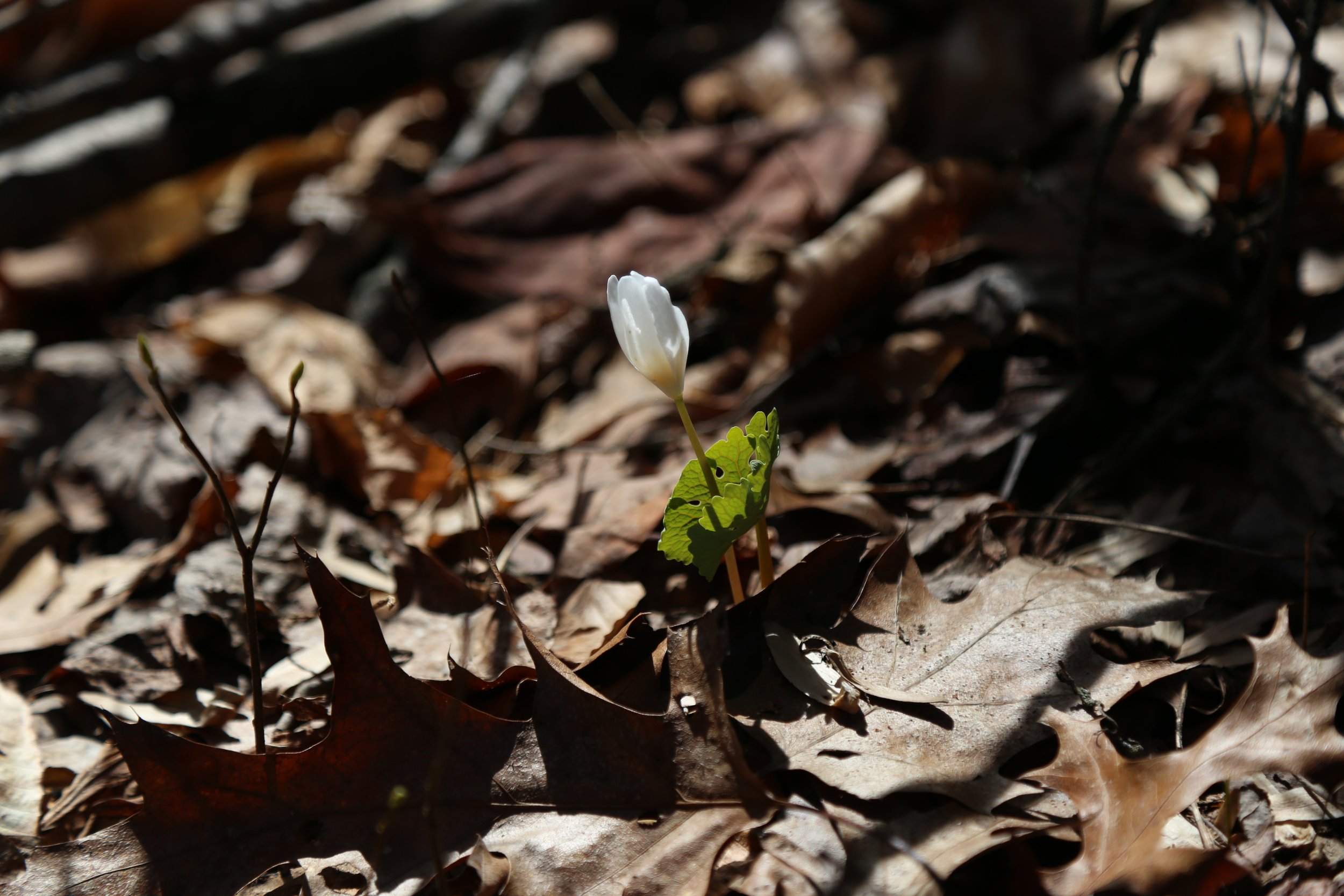
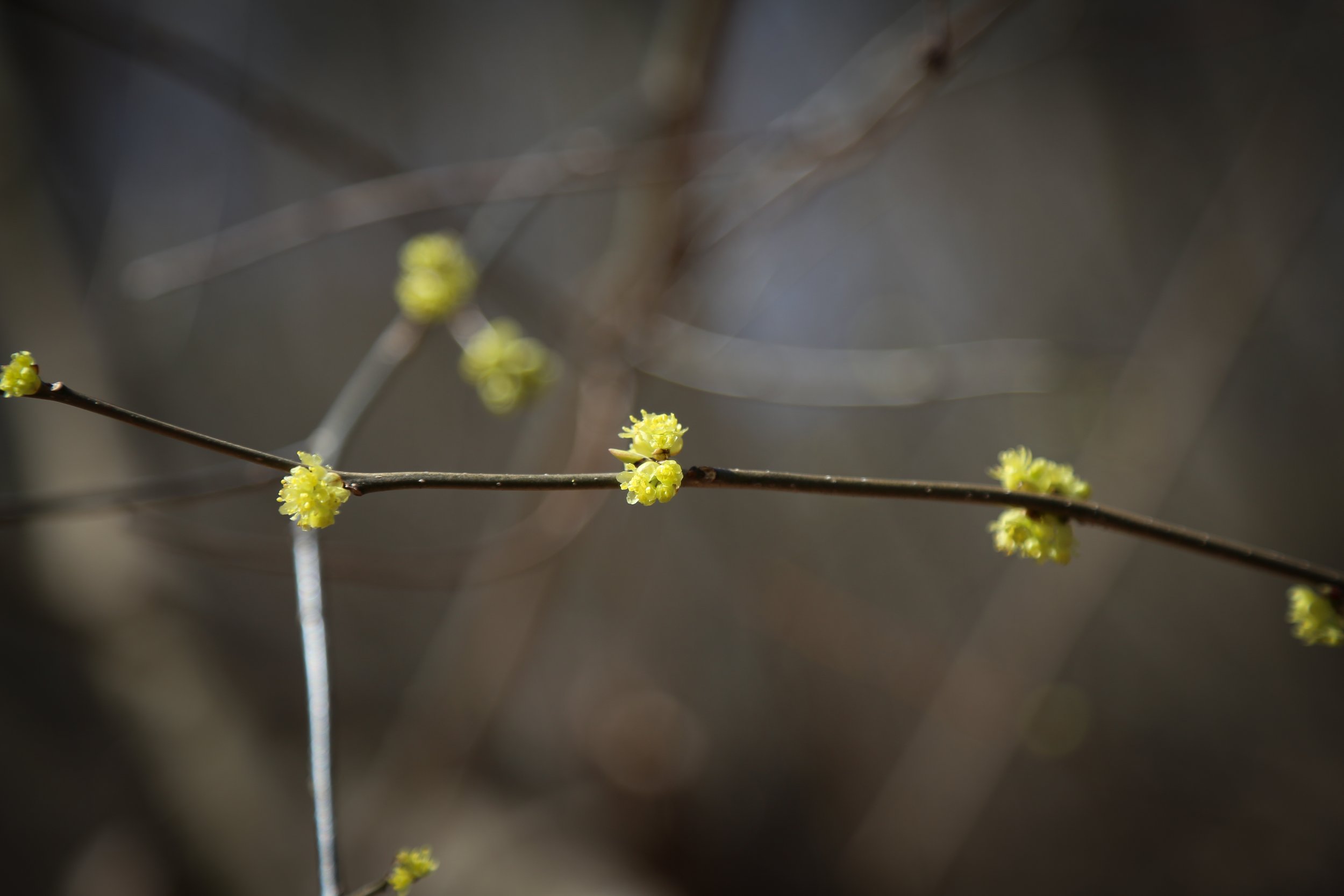
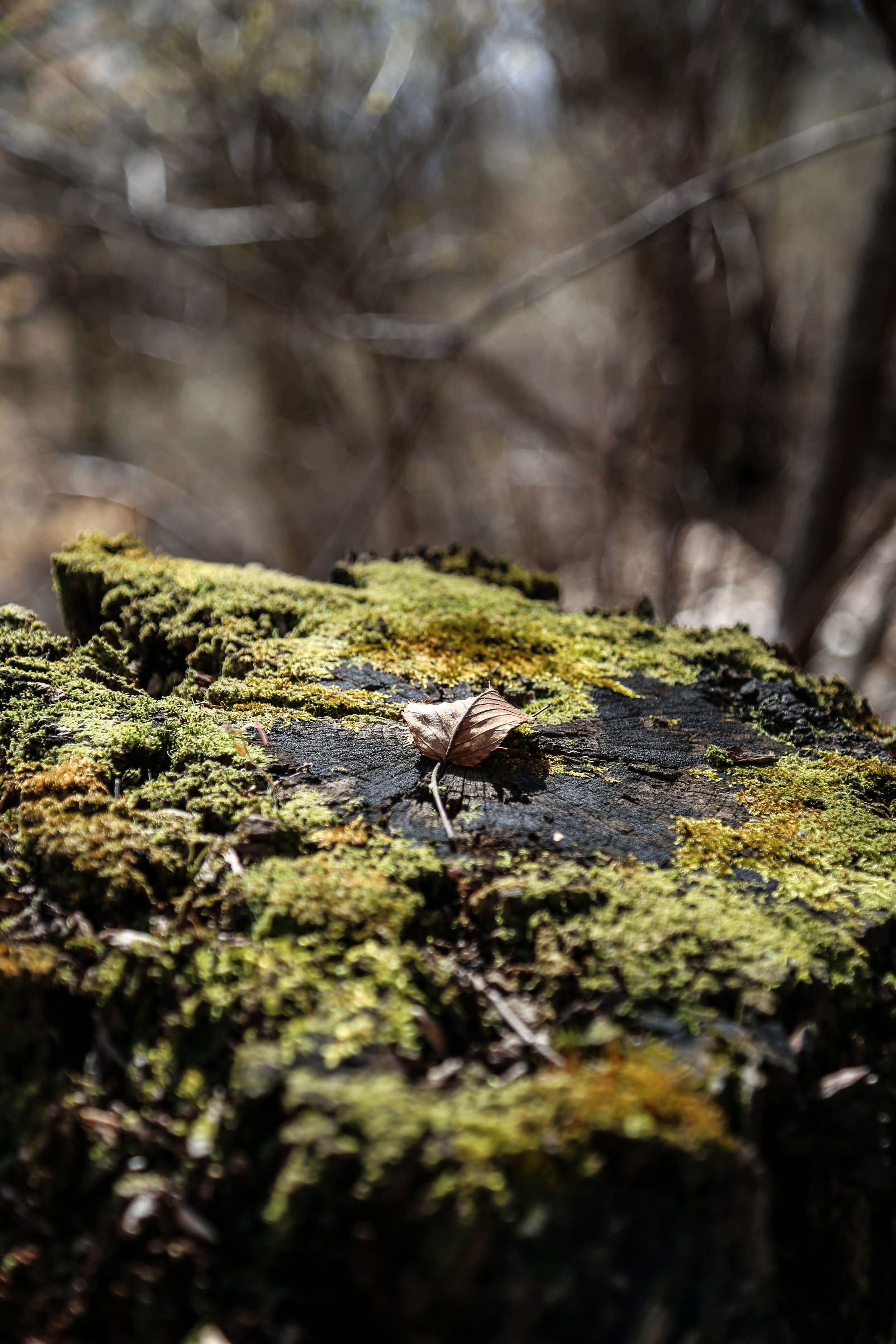
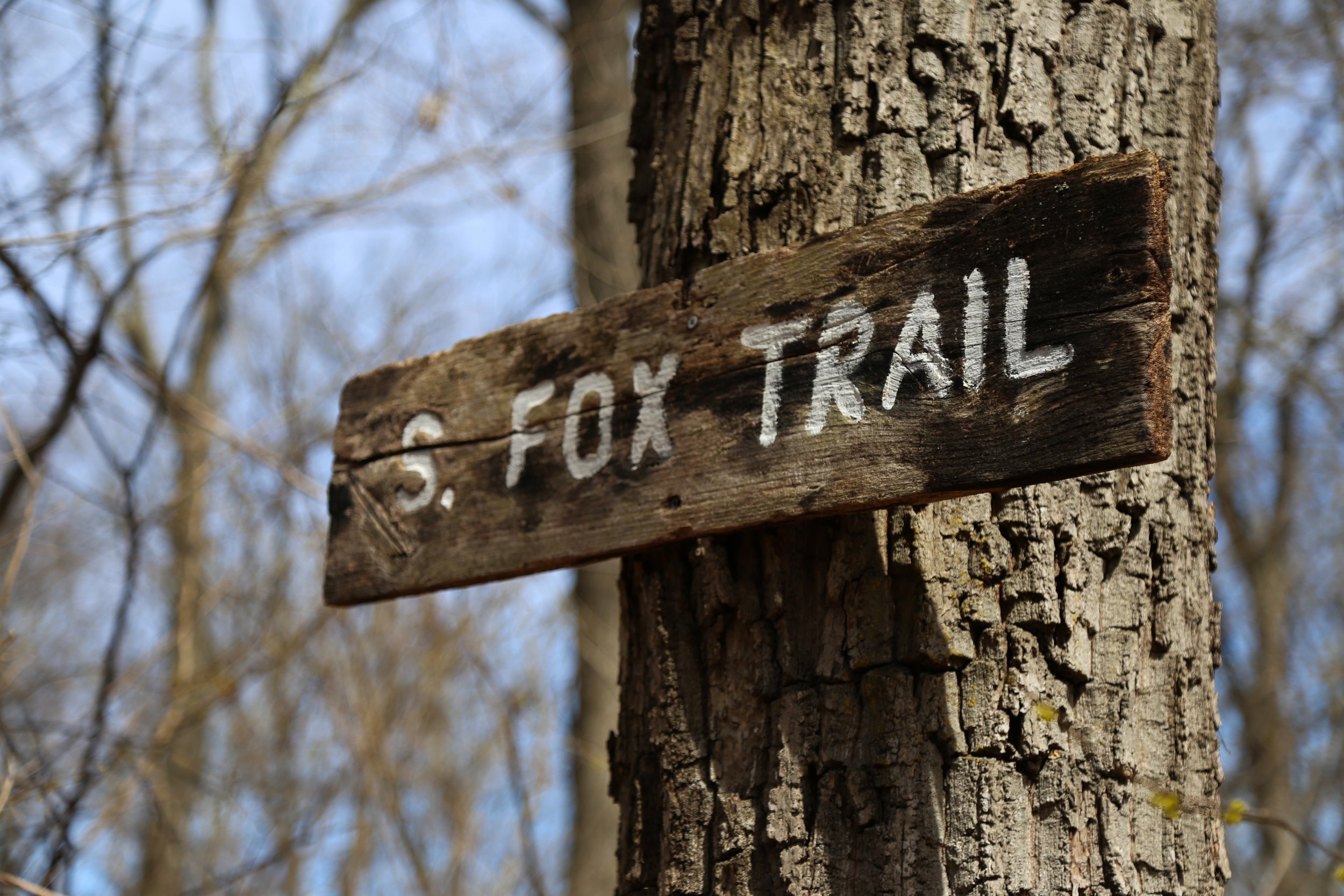
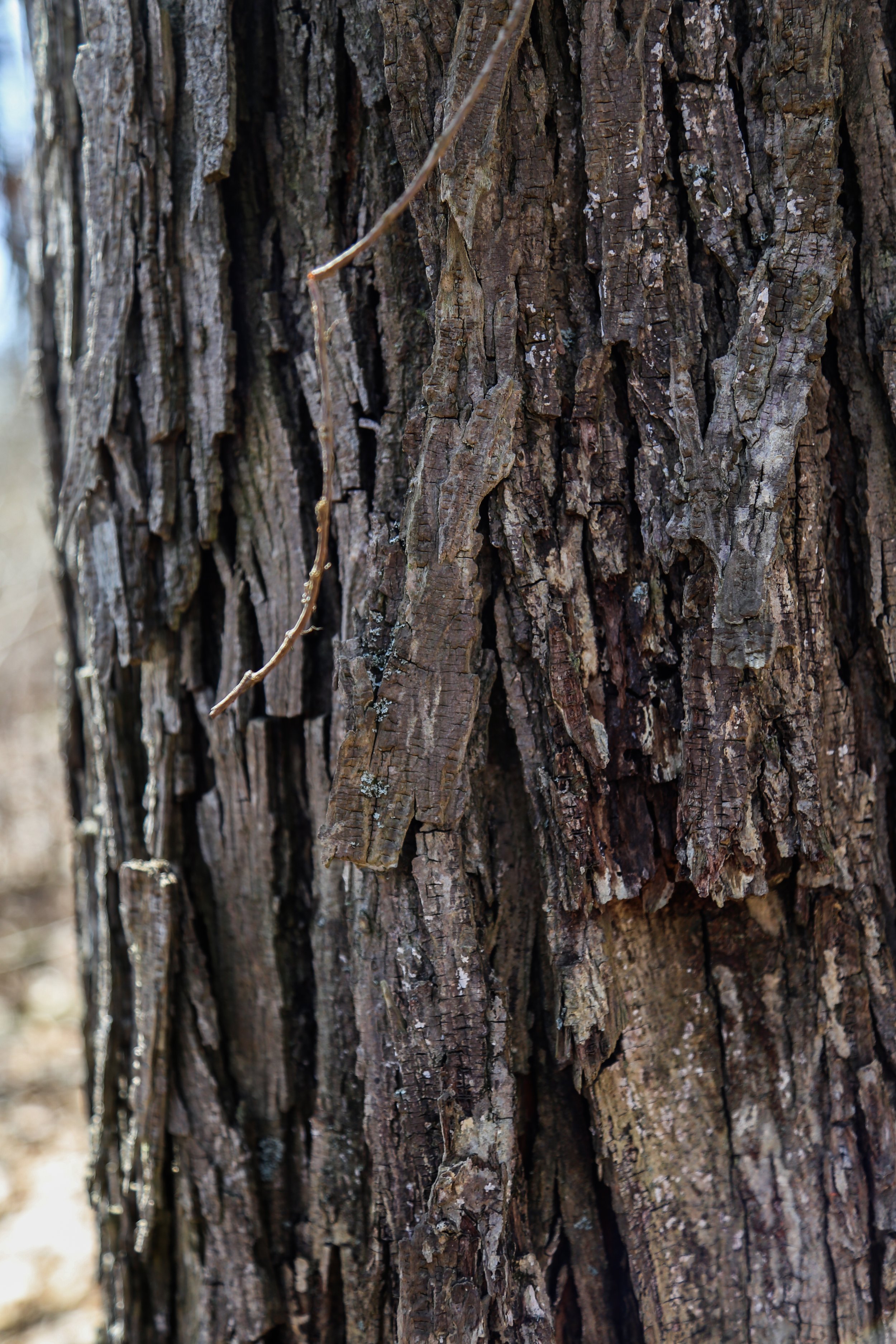
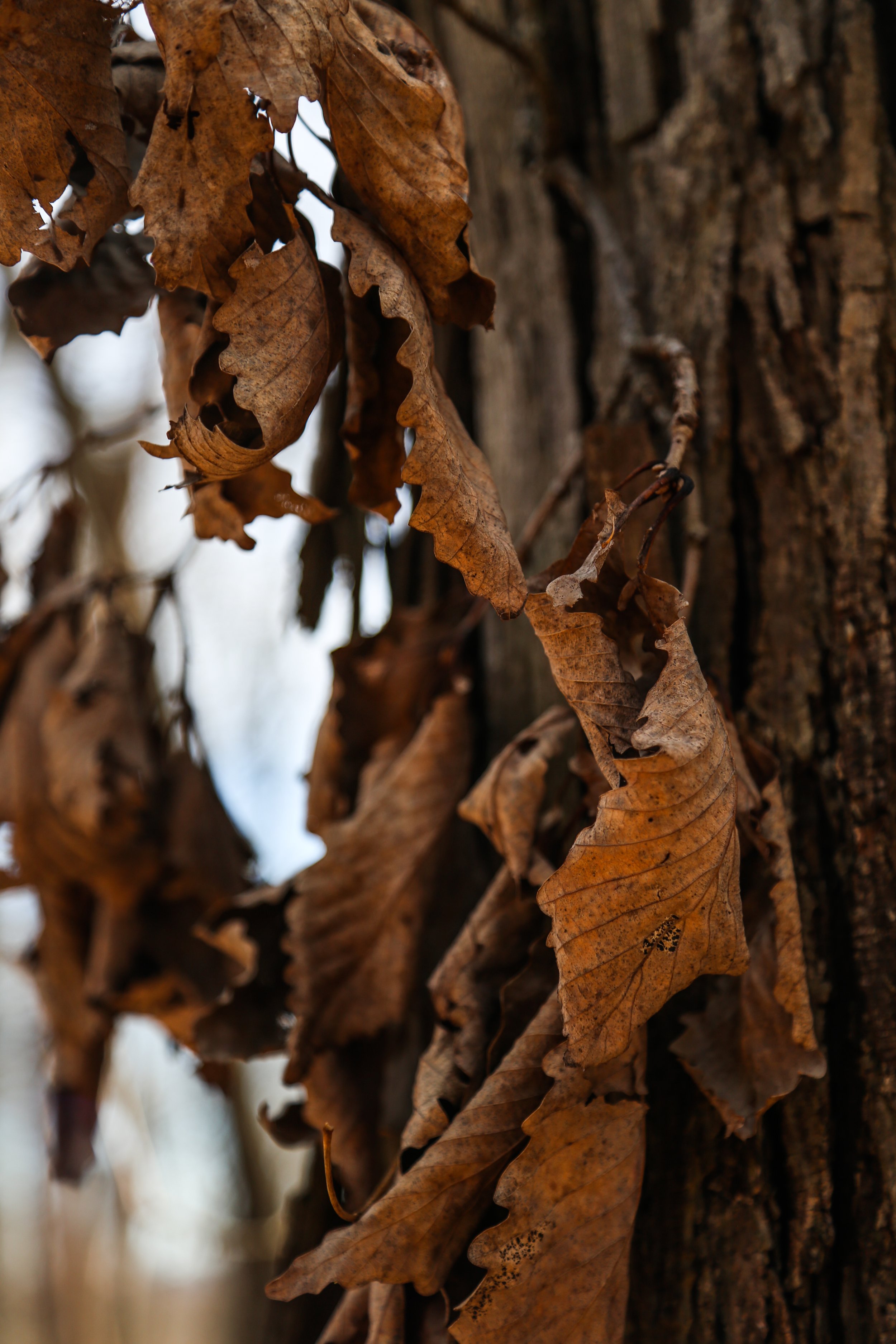
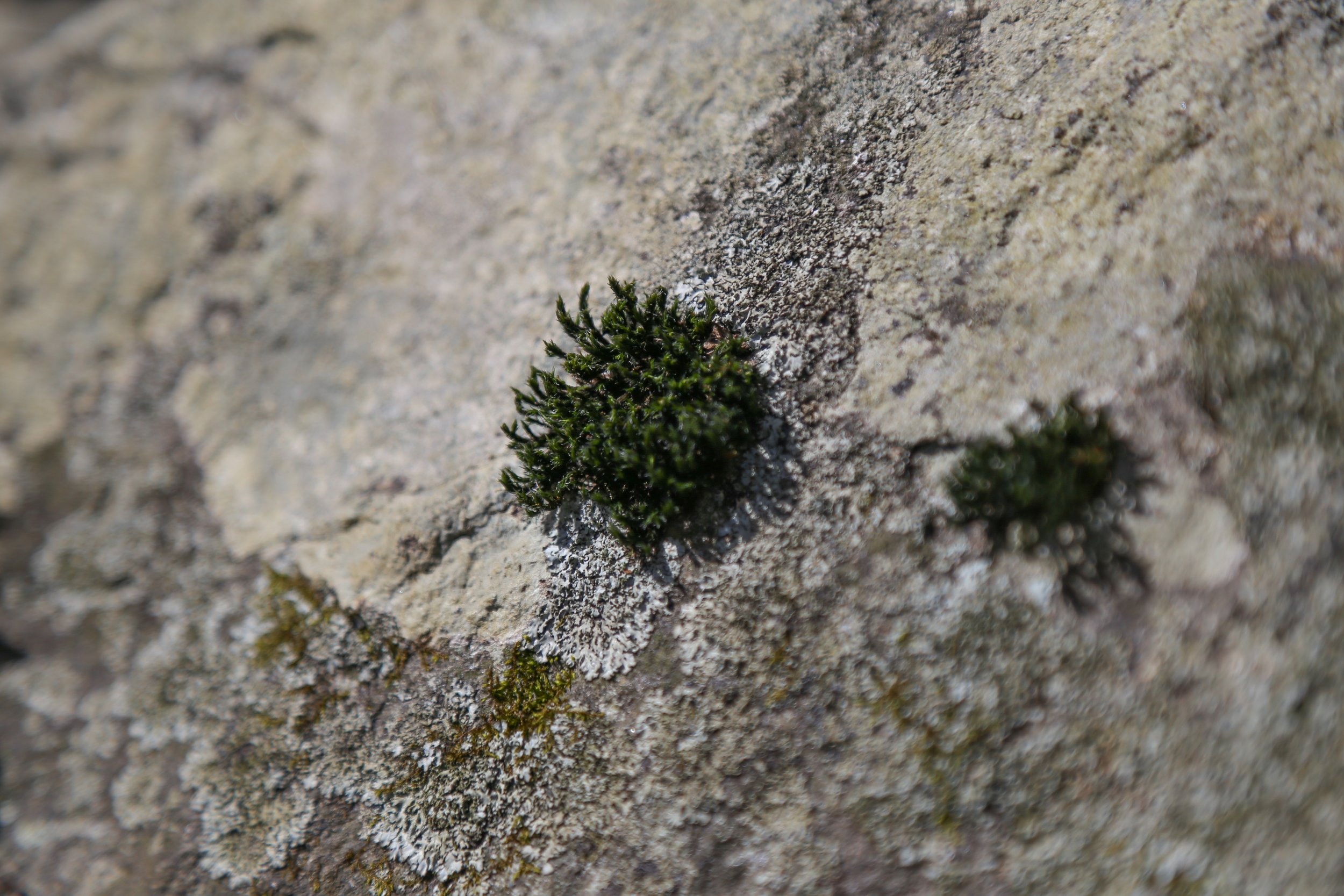
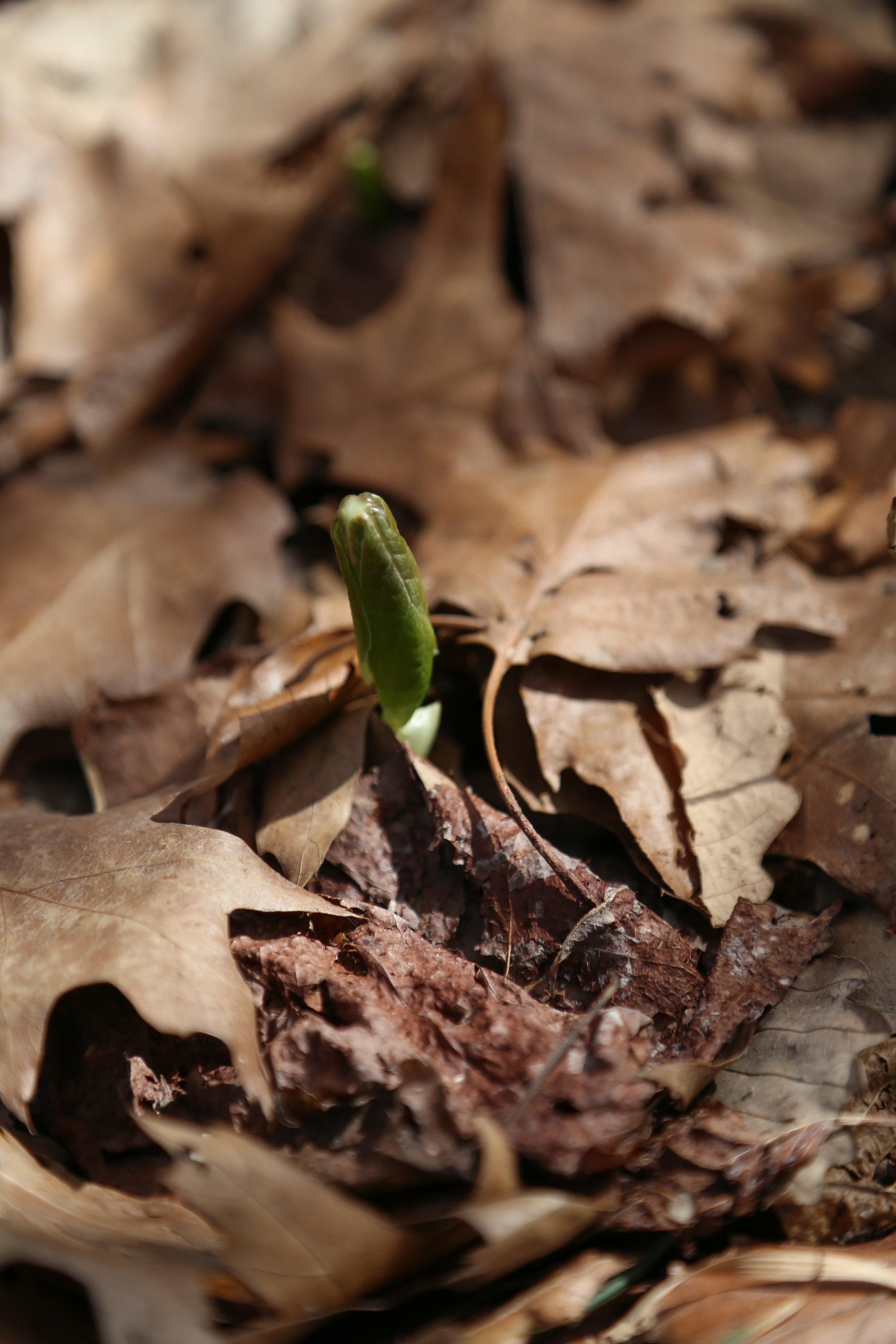
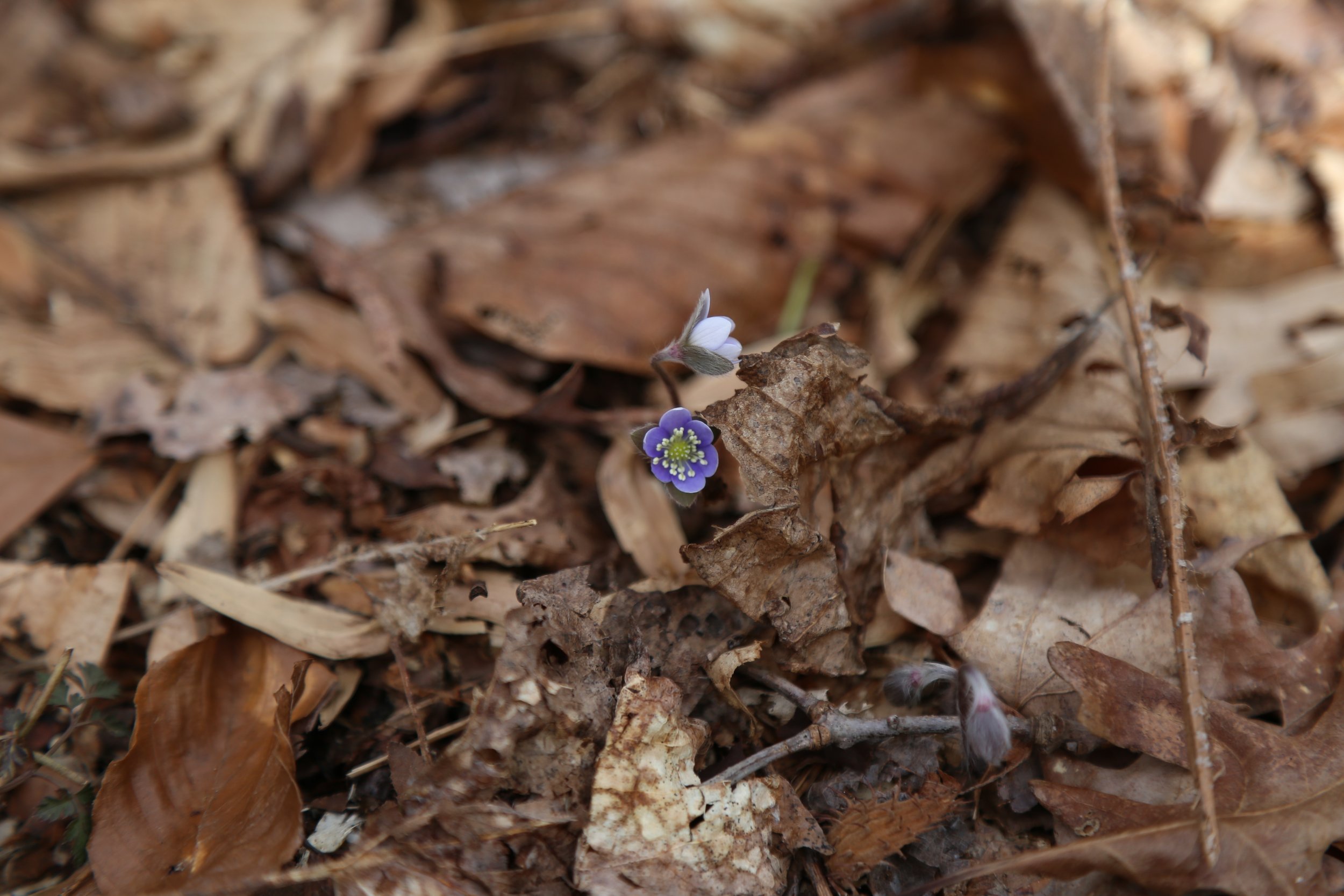
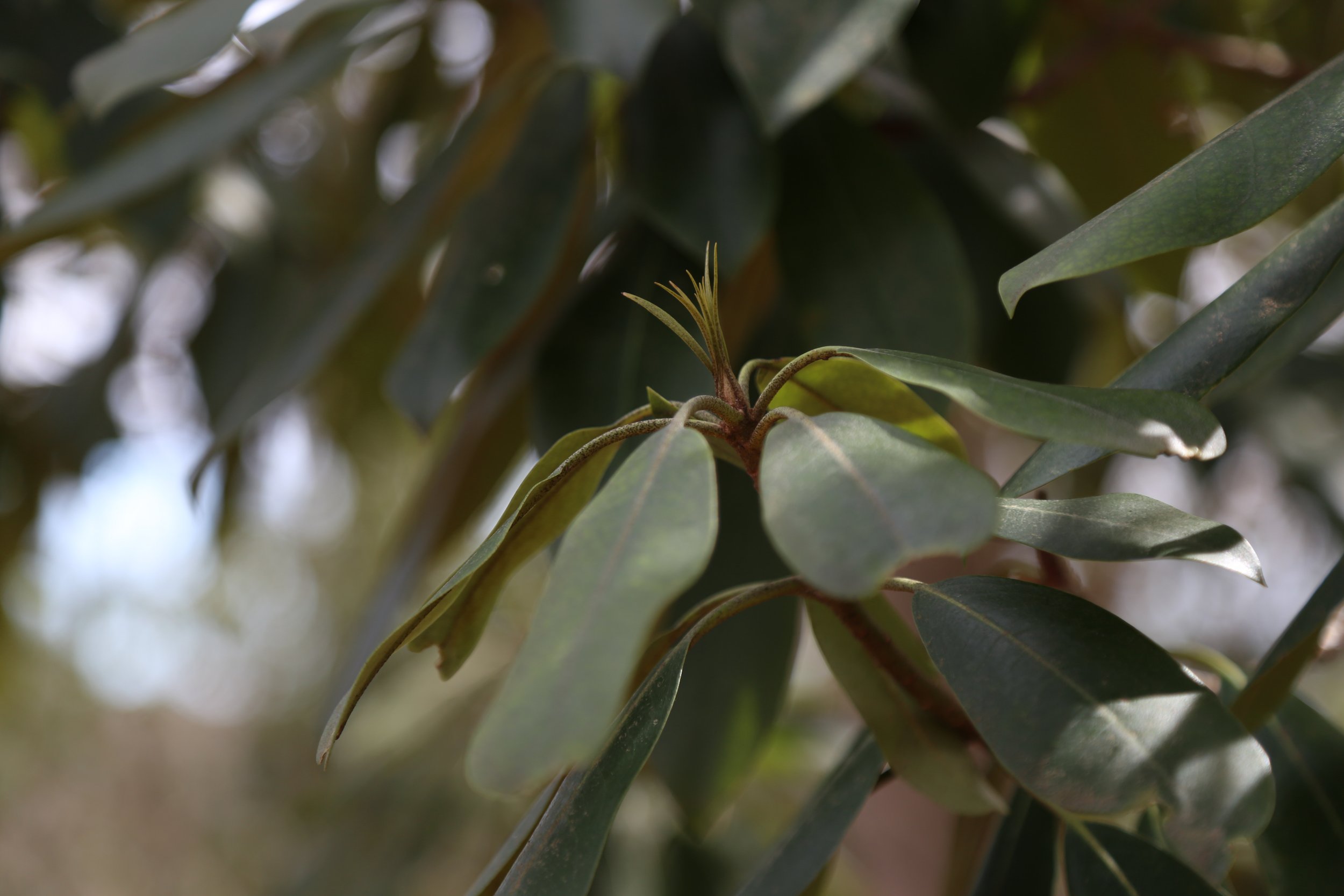
Finally a day of at least partial sunshine! 36 degrees at approximately 11:00 am. I walked around Woodland Hills Preserve, a golf course that has been transformed into a wildlife habitat with plenty of wetland. I enjoy coming here and taking note of all the different seed pods that create interest and attract wildlife over the winter months..
Eastern Blue Bird
Northern Mockingbird
Song Sparrow
Deciduous trees.
My husband walking on a paved section of the preserve.
Morning clouds creating contrast.
Seed pods attract so much wildlife and create interest in the winter.
Large white pine.
Mugwort.
Grass pathways leading in and out of wet marsh.
Pods of common milkweed.
Norway spruce.
Sumac.
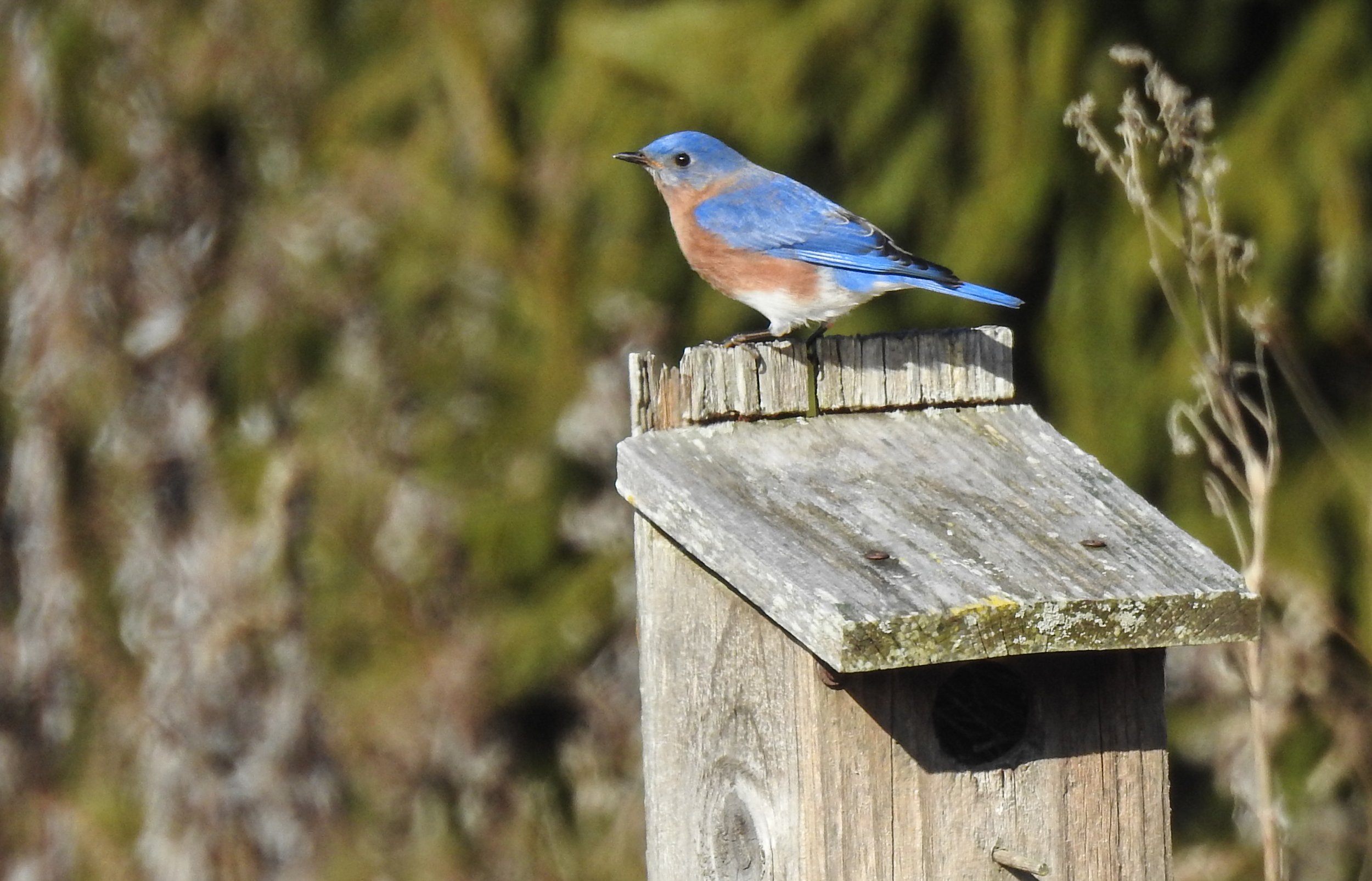
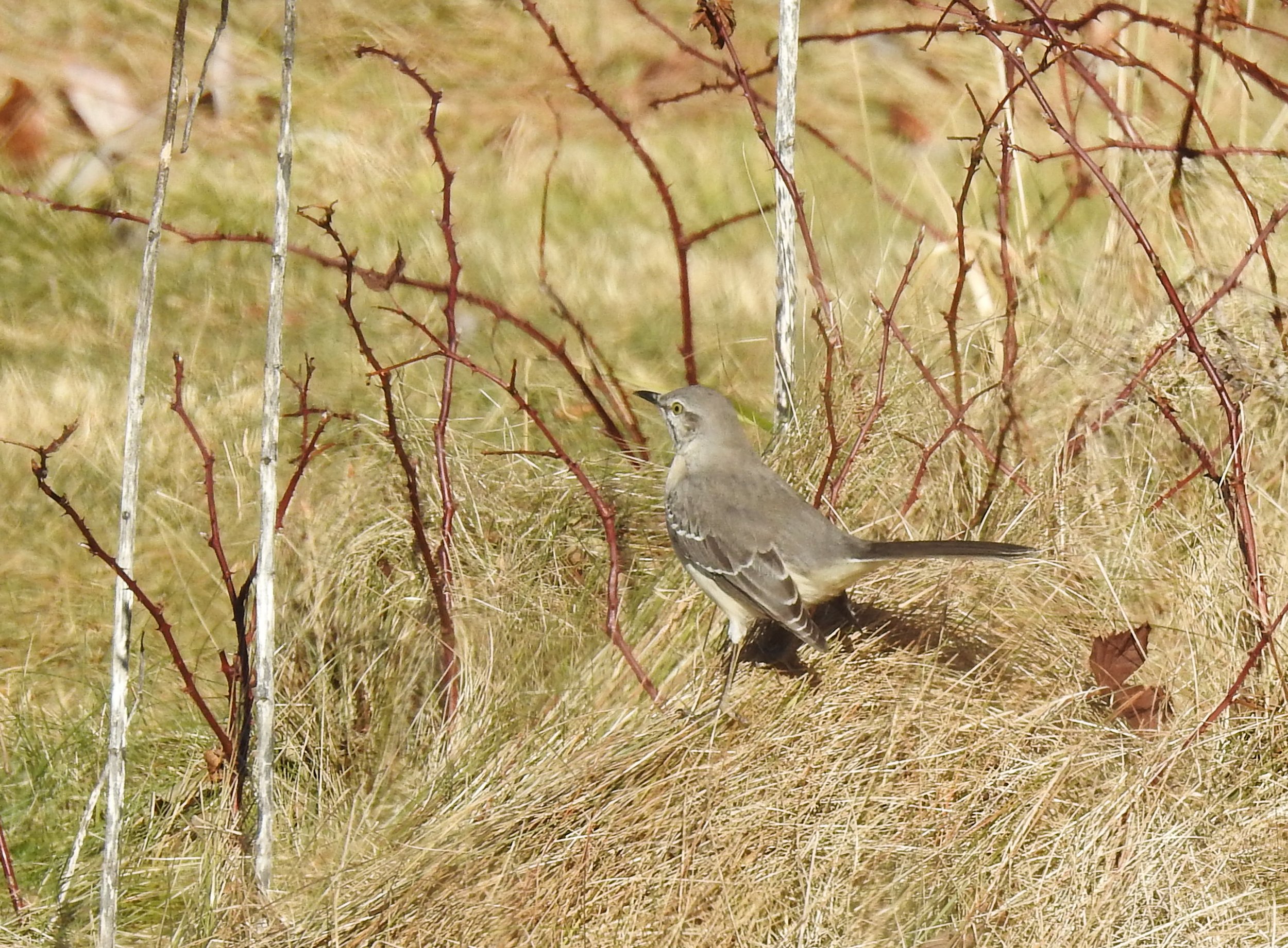
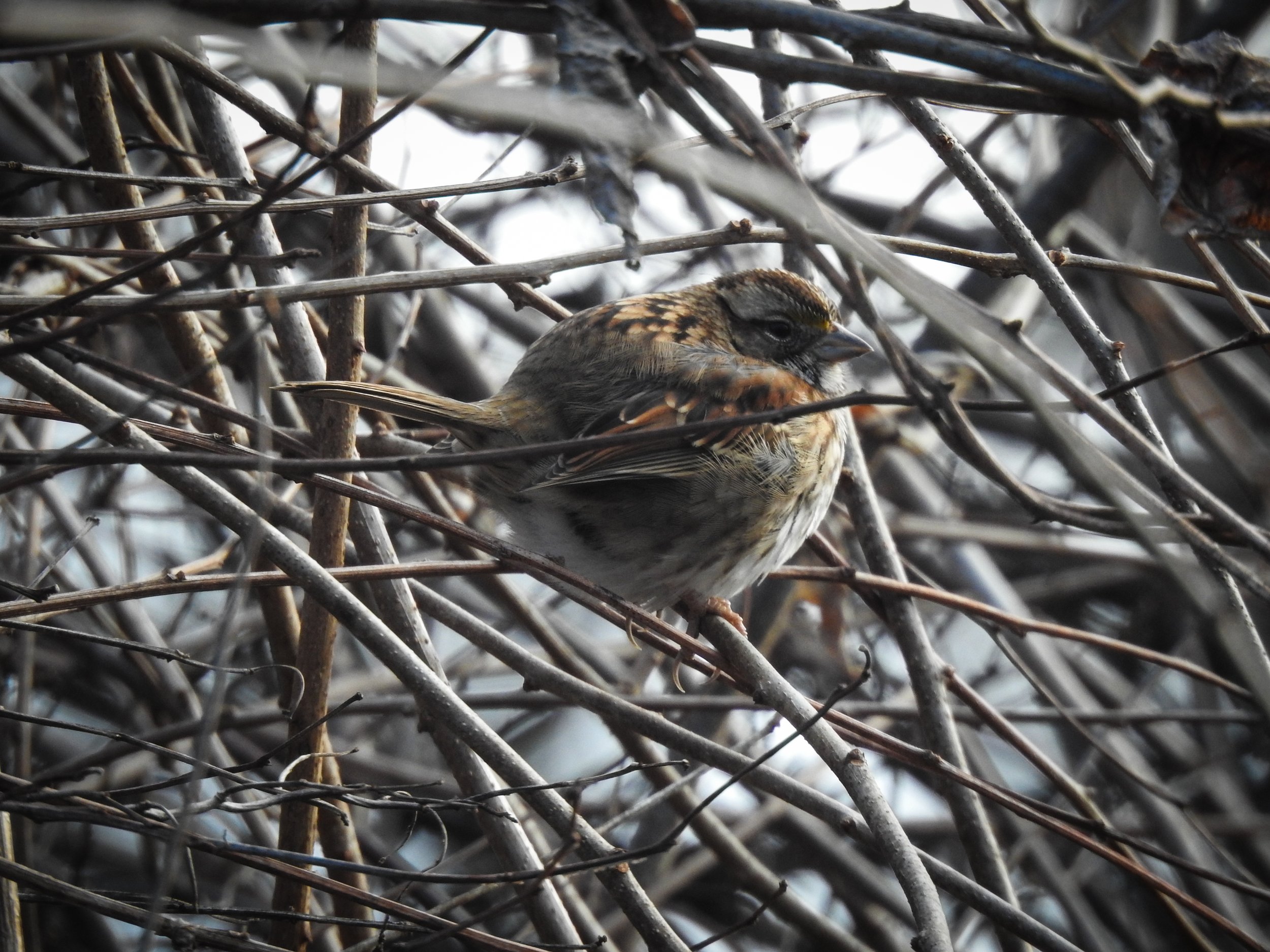

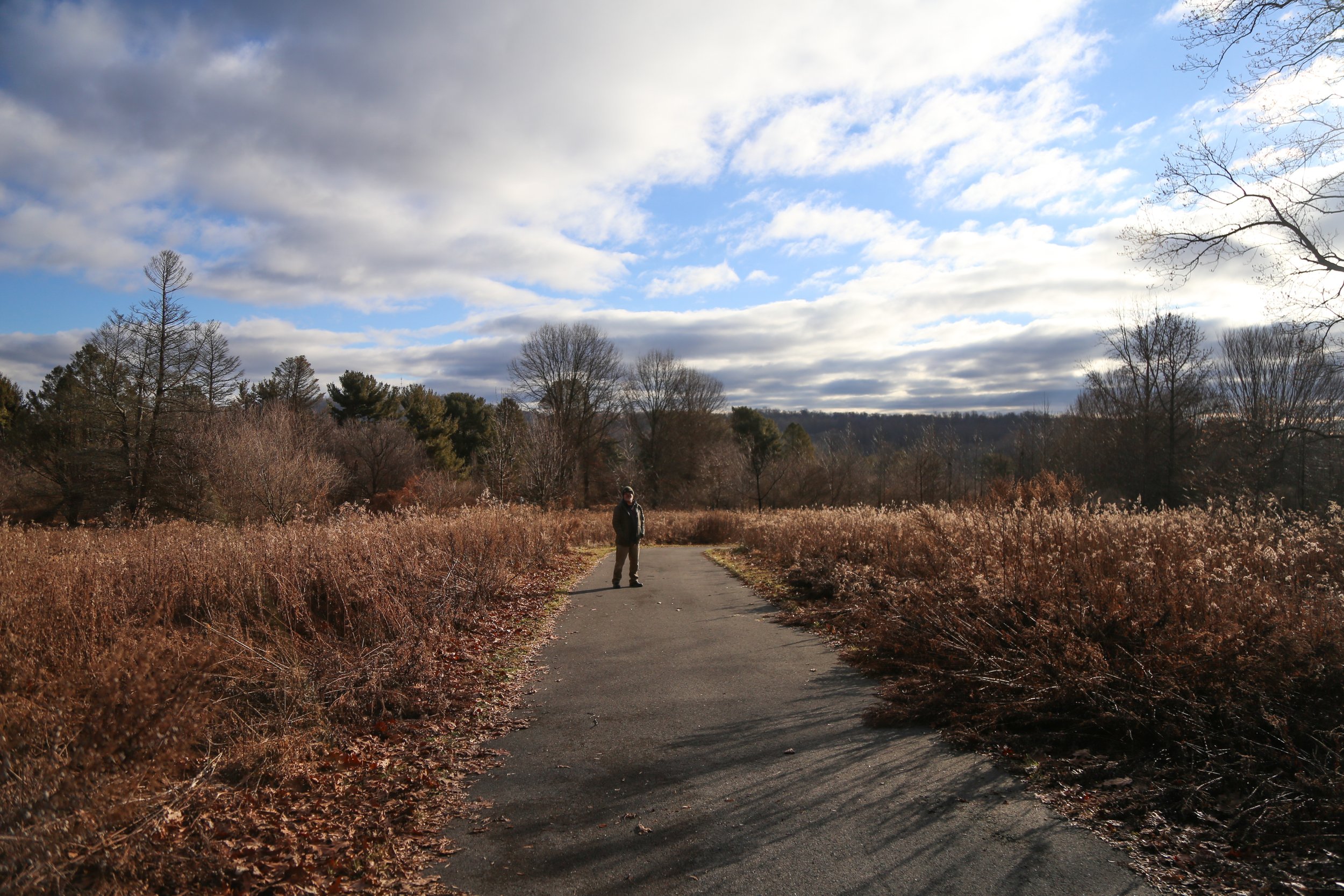
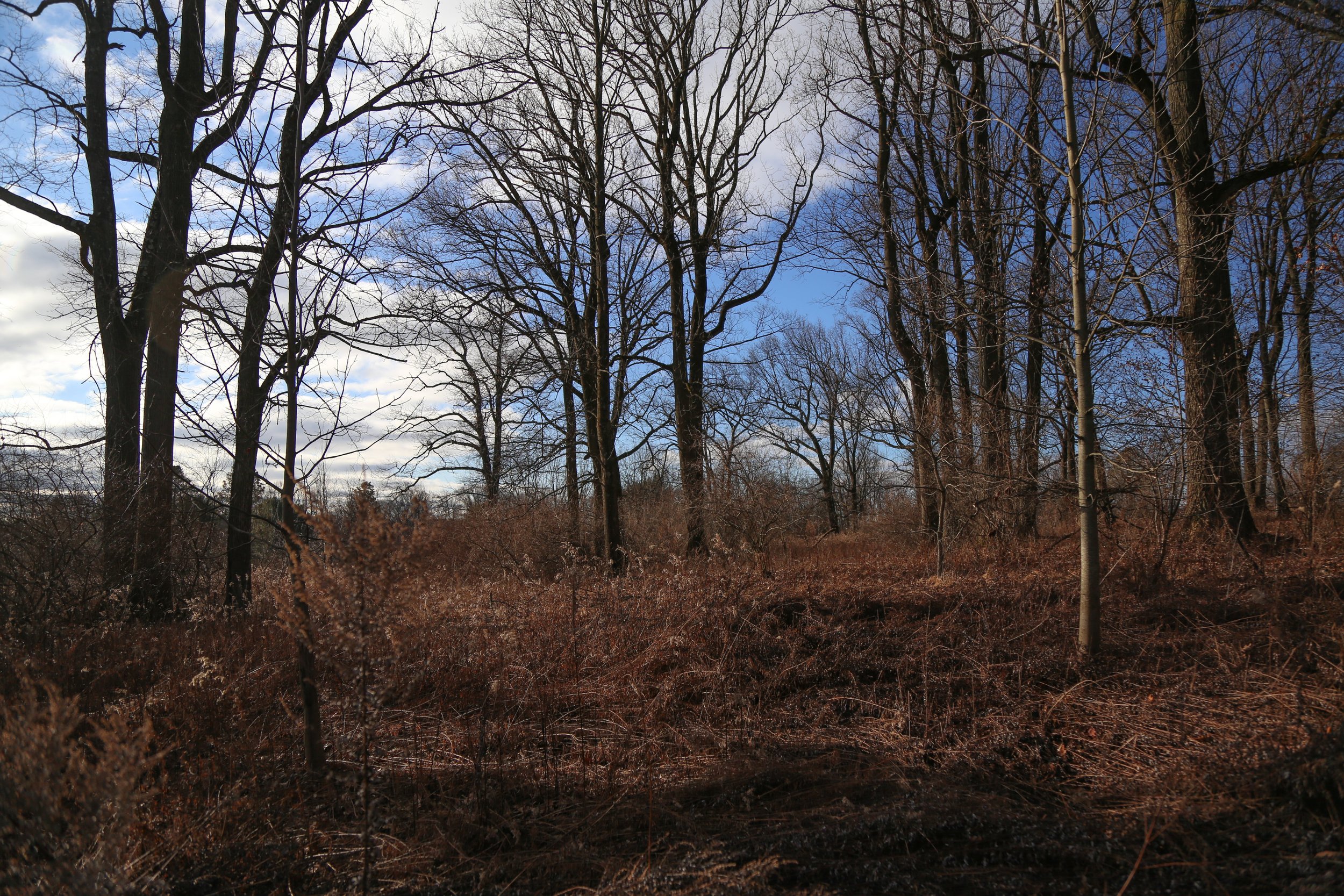
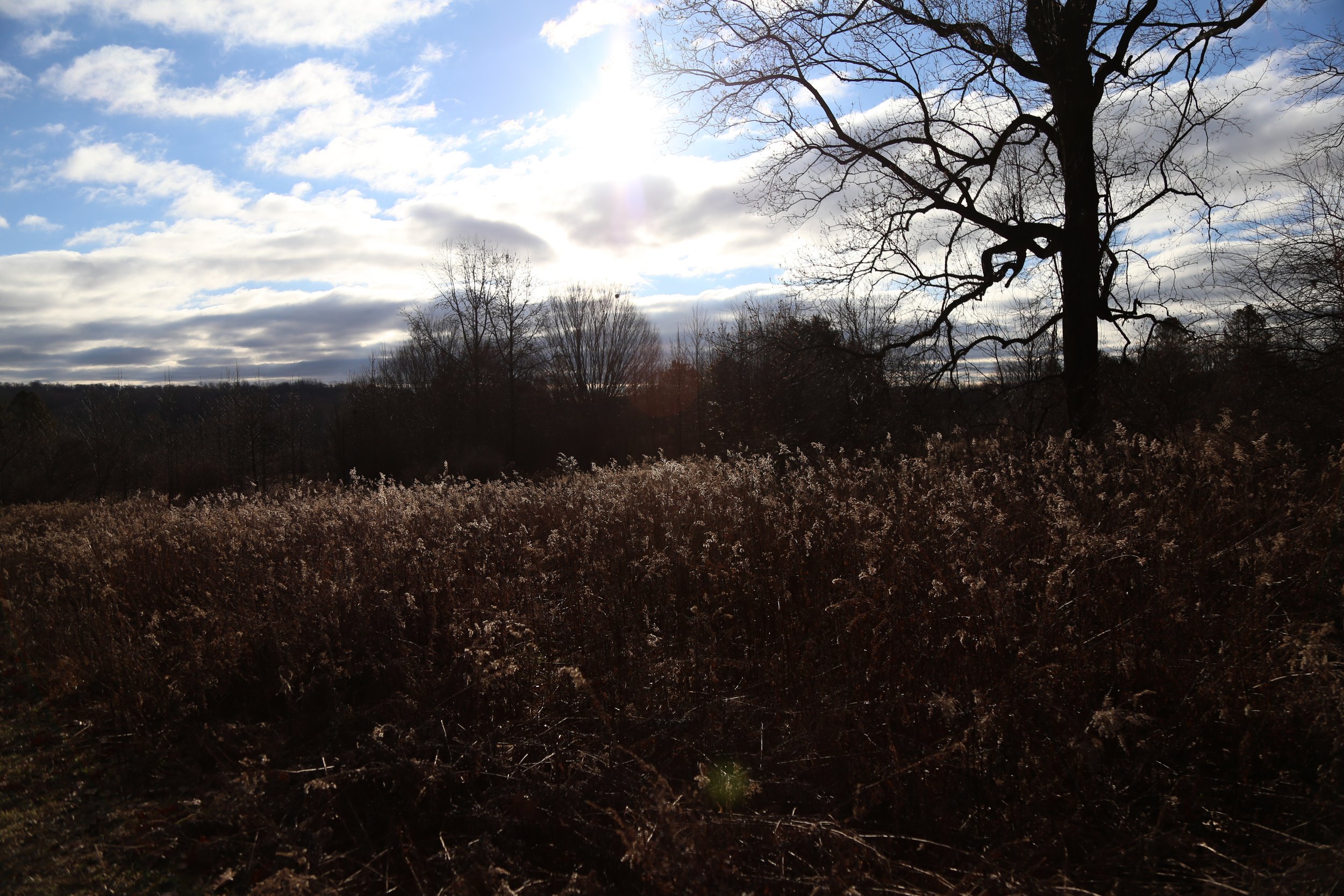
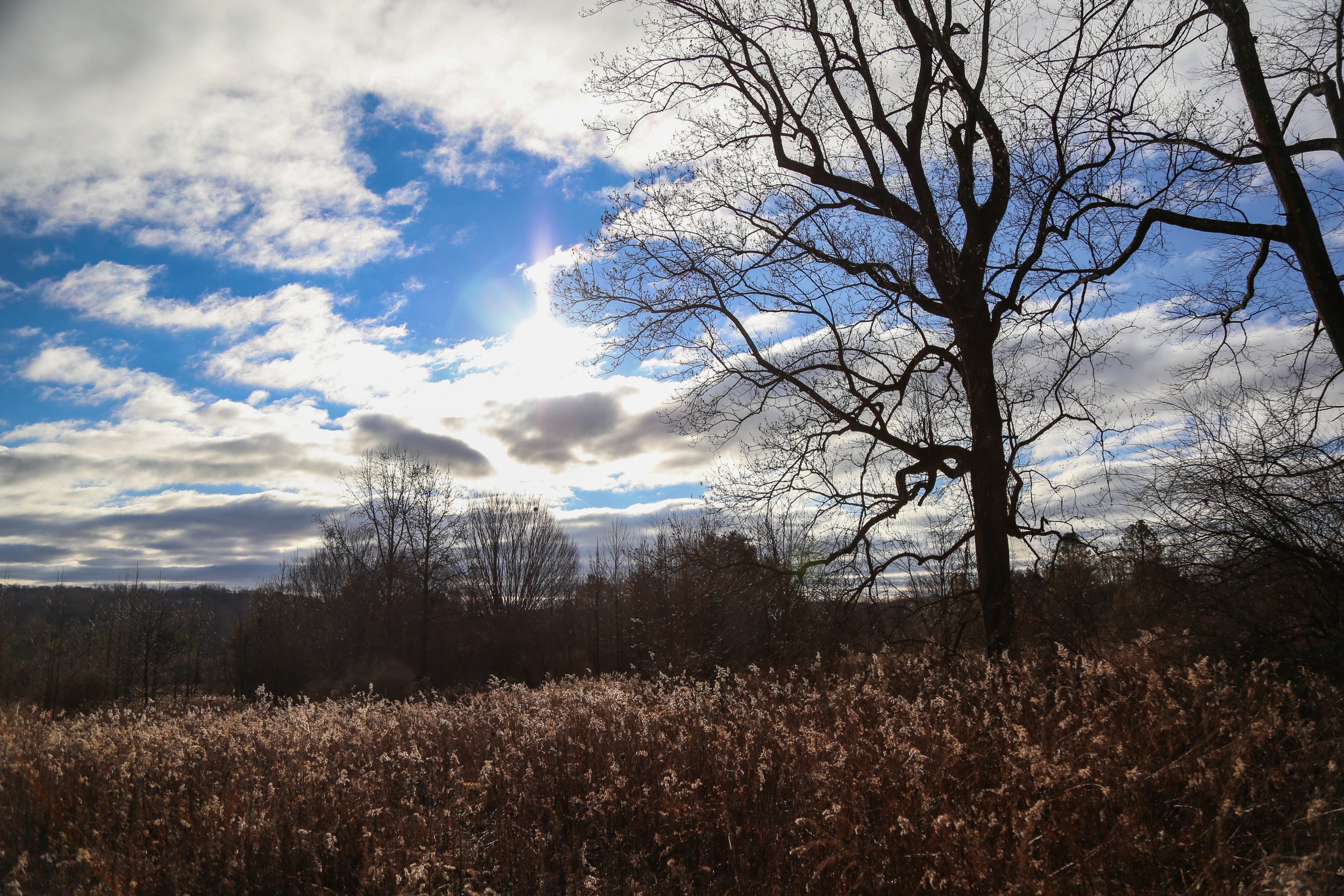
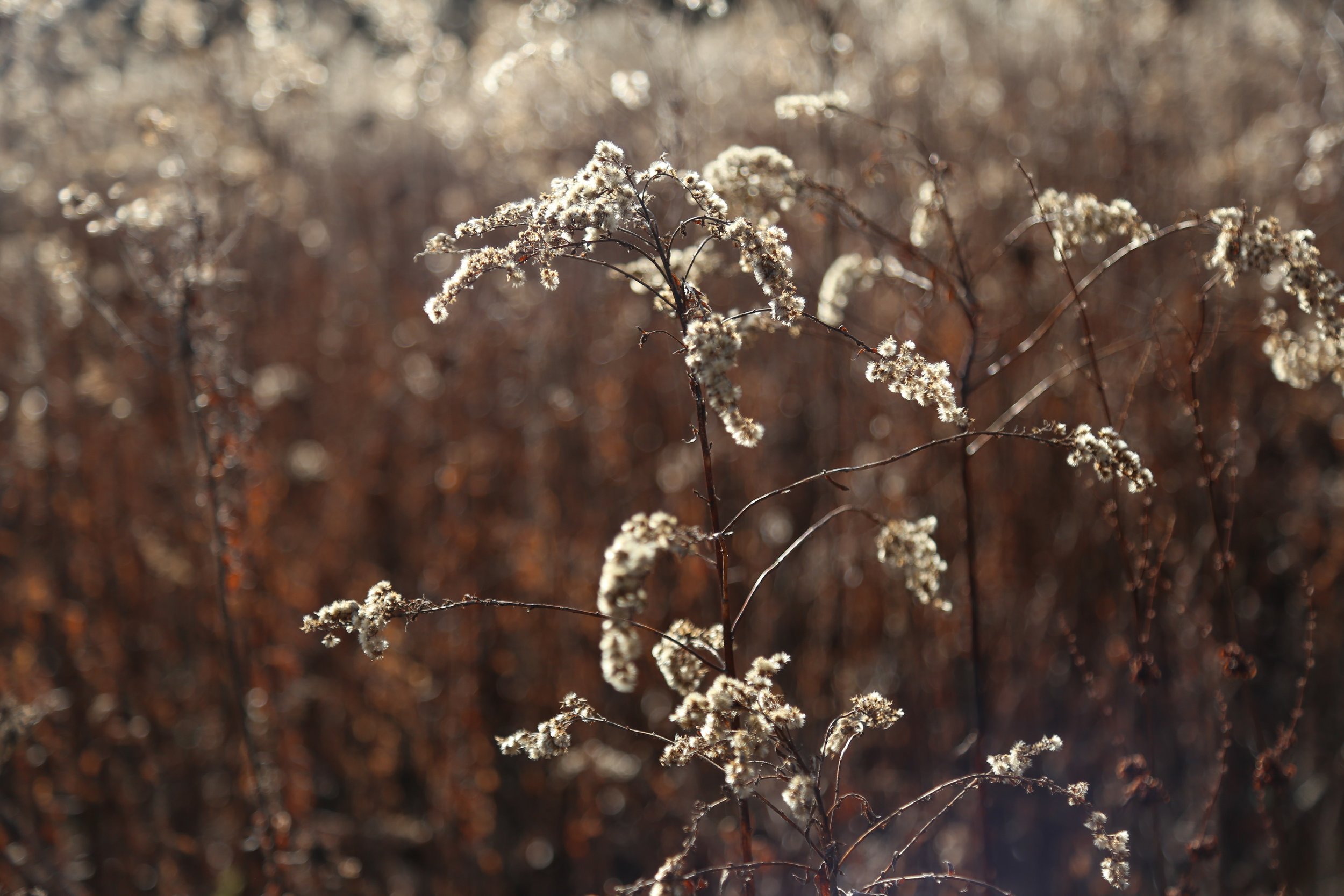
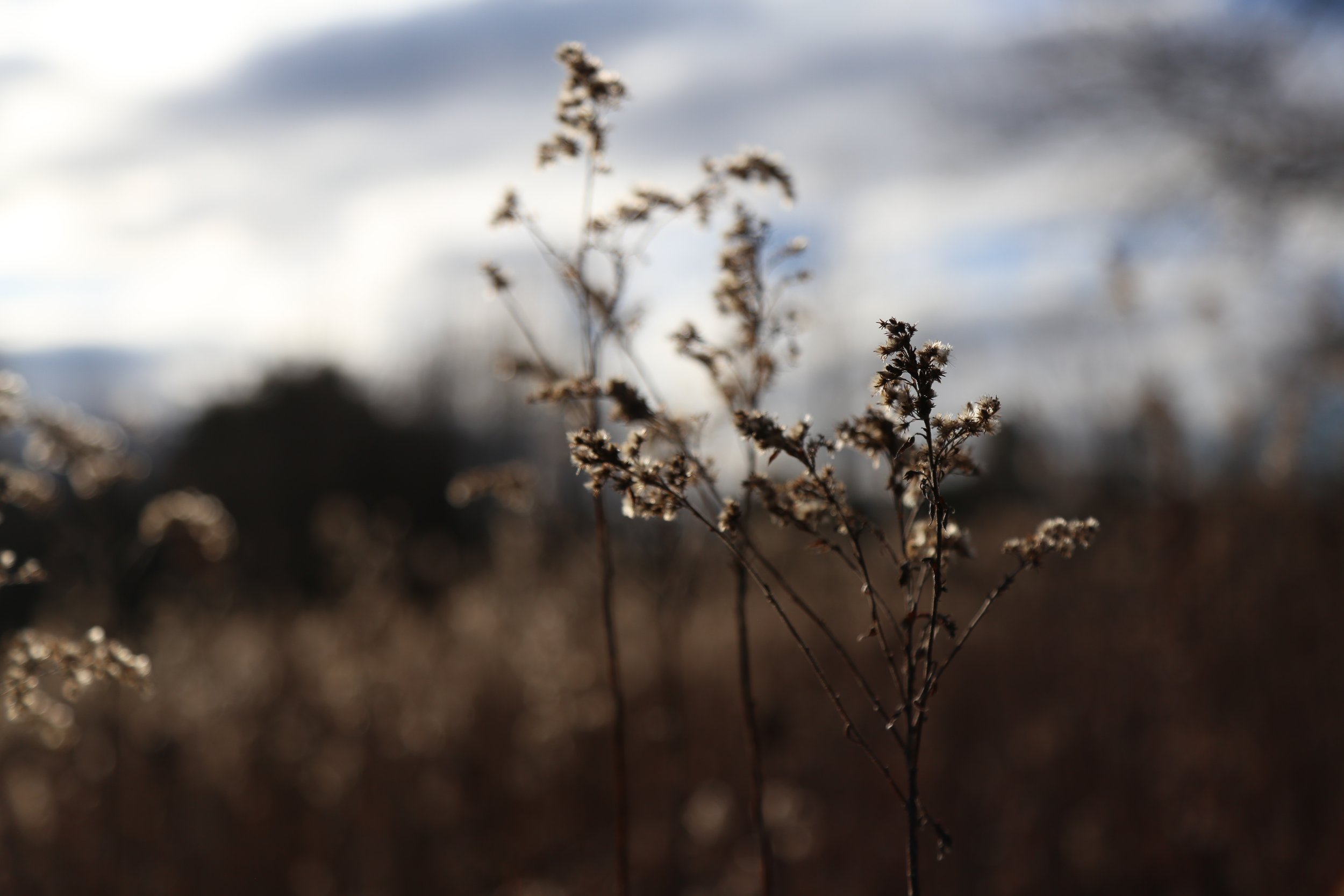
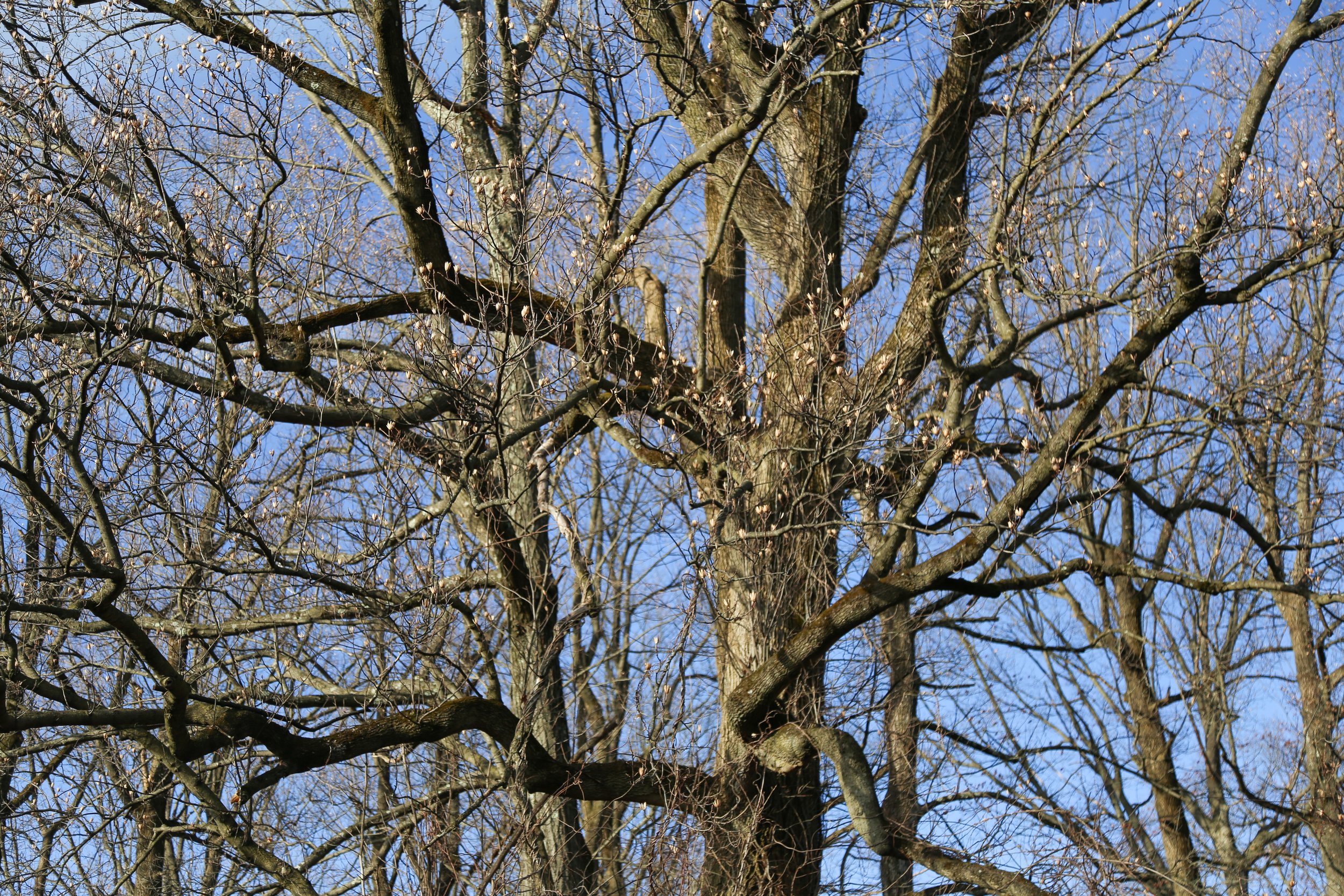
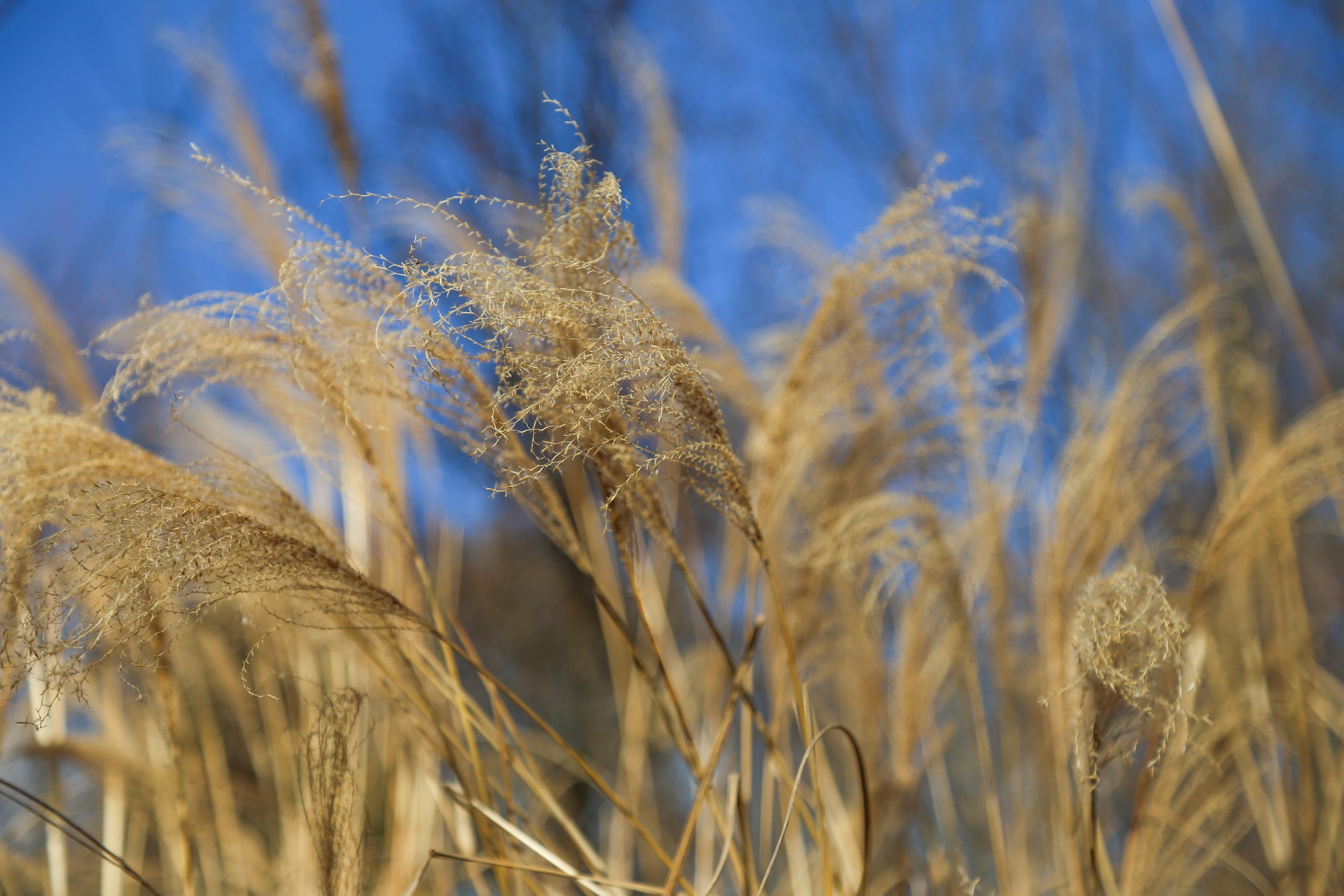
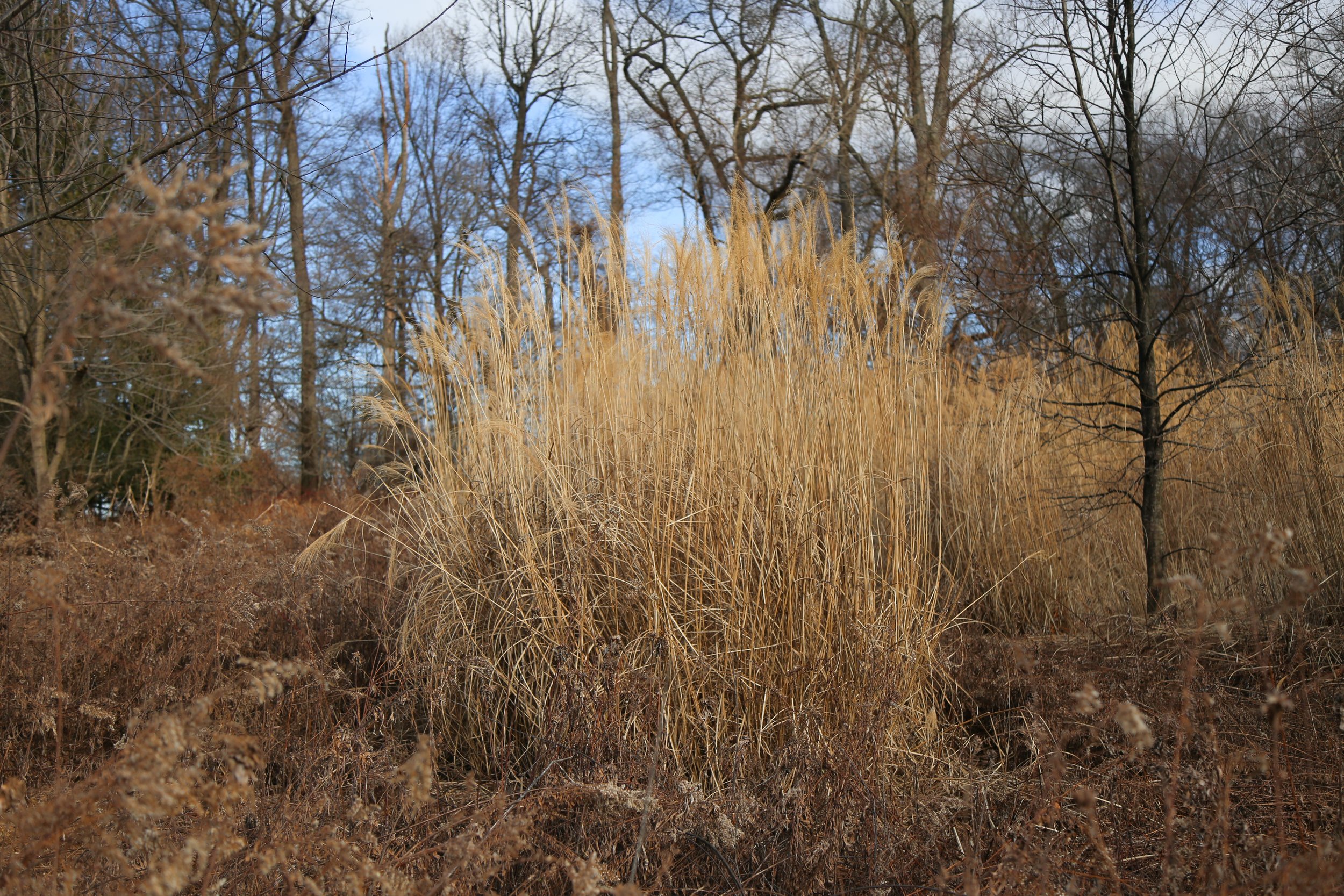
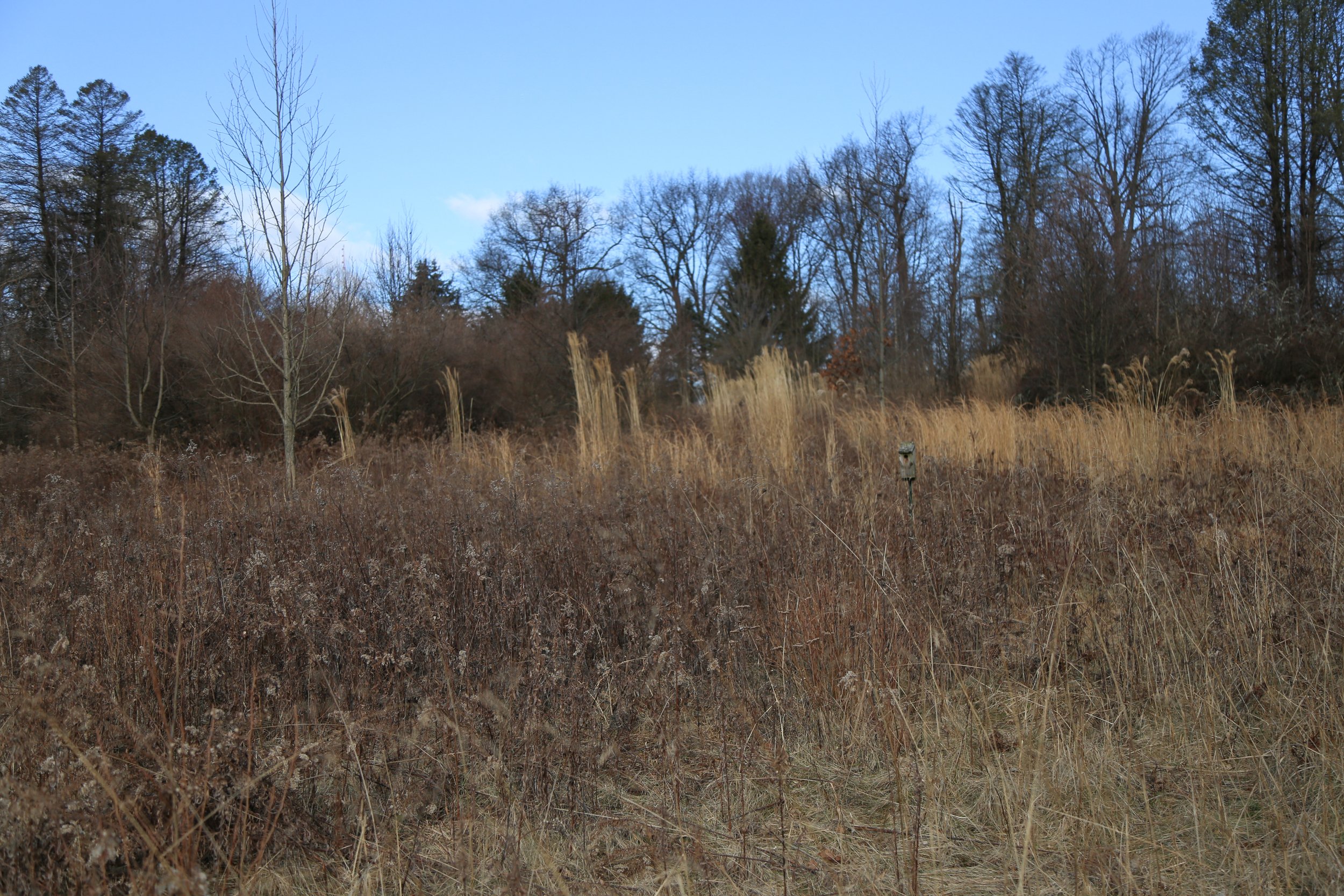
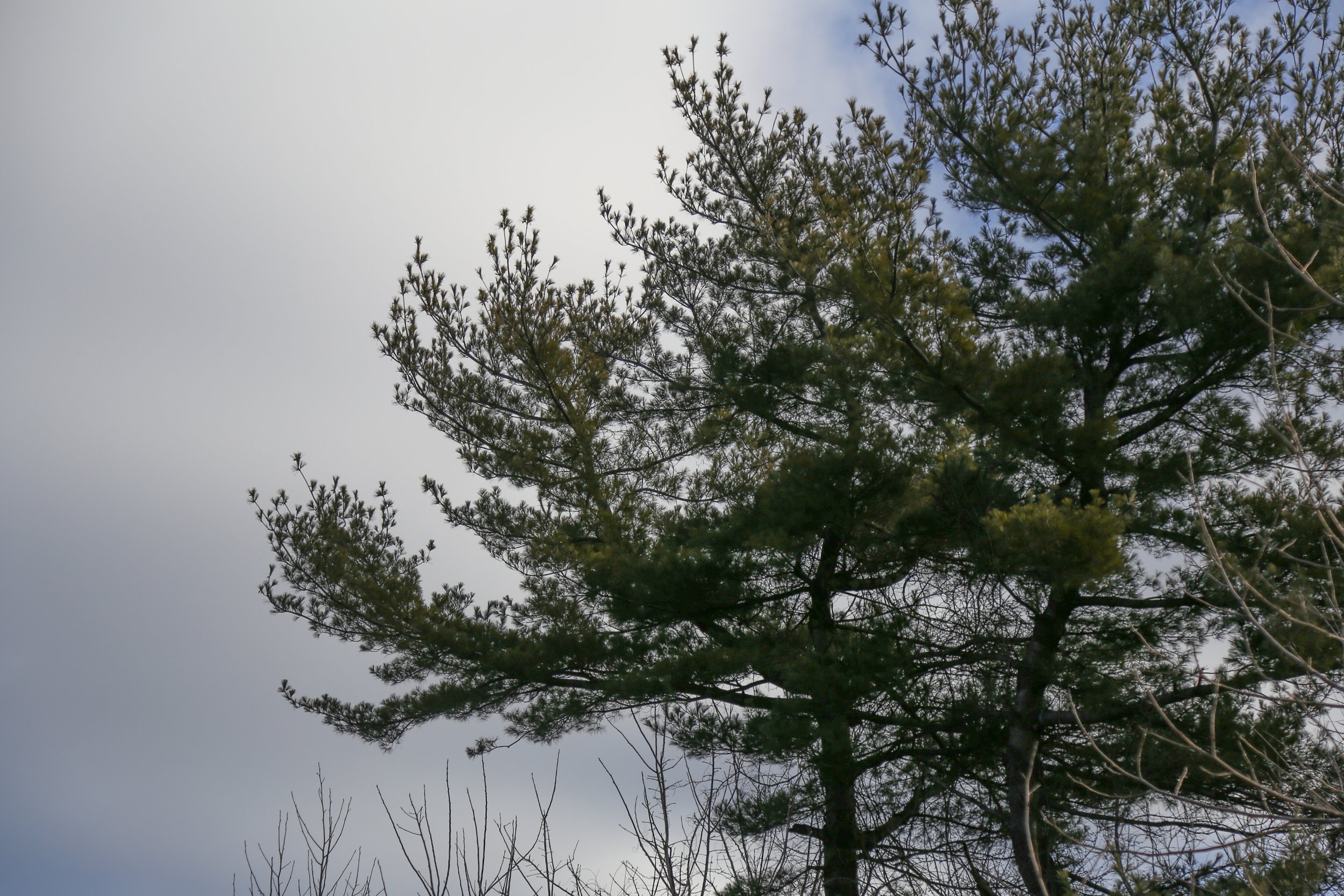
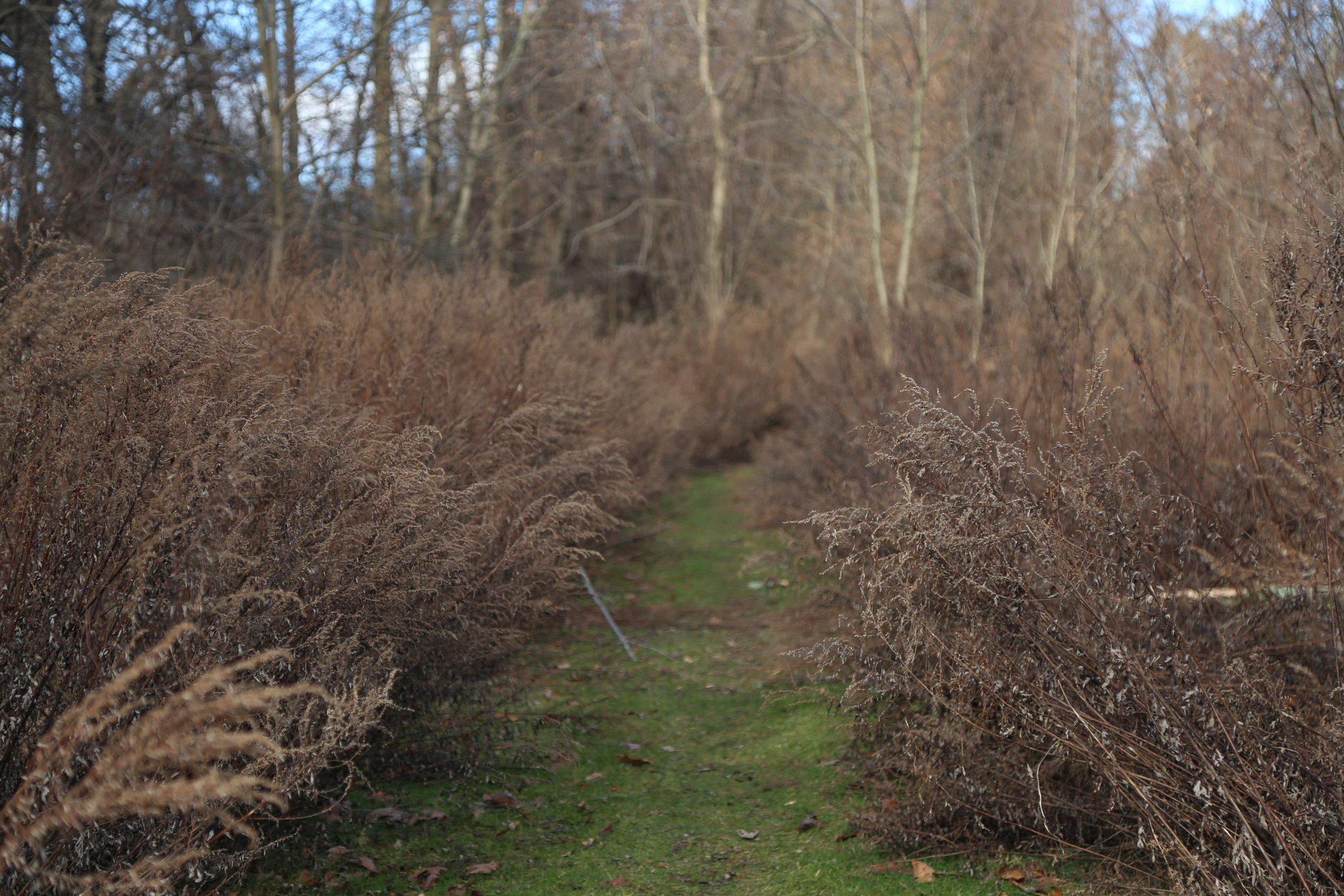

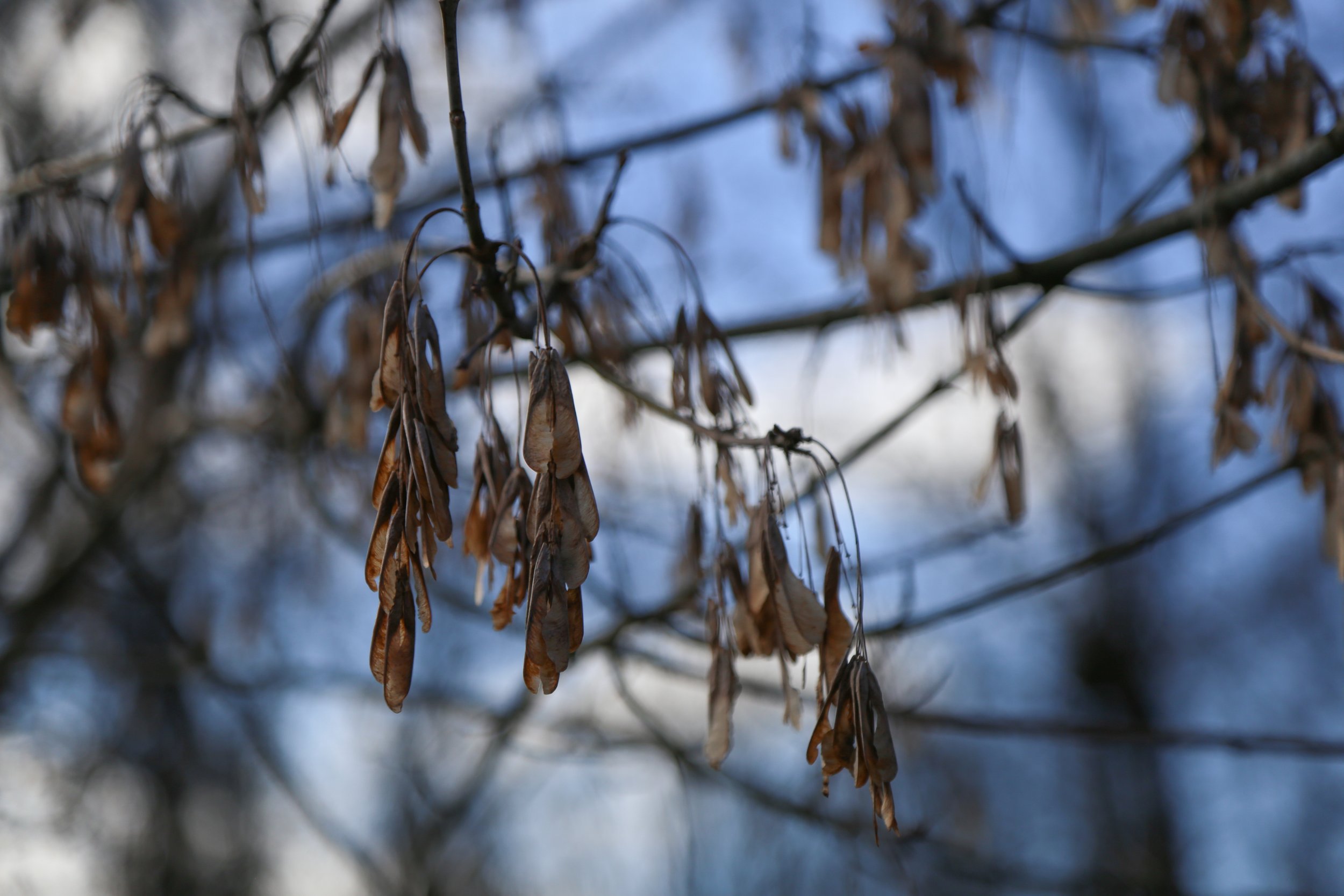
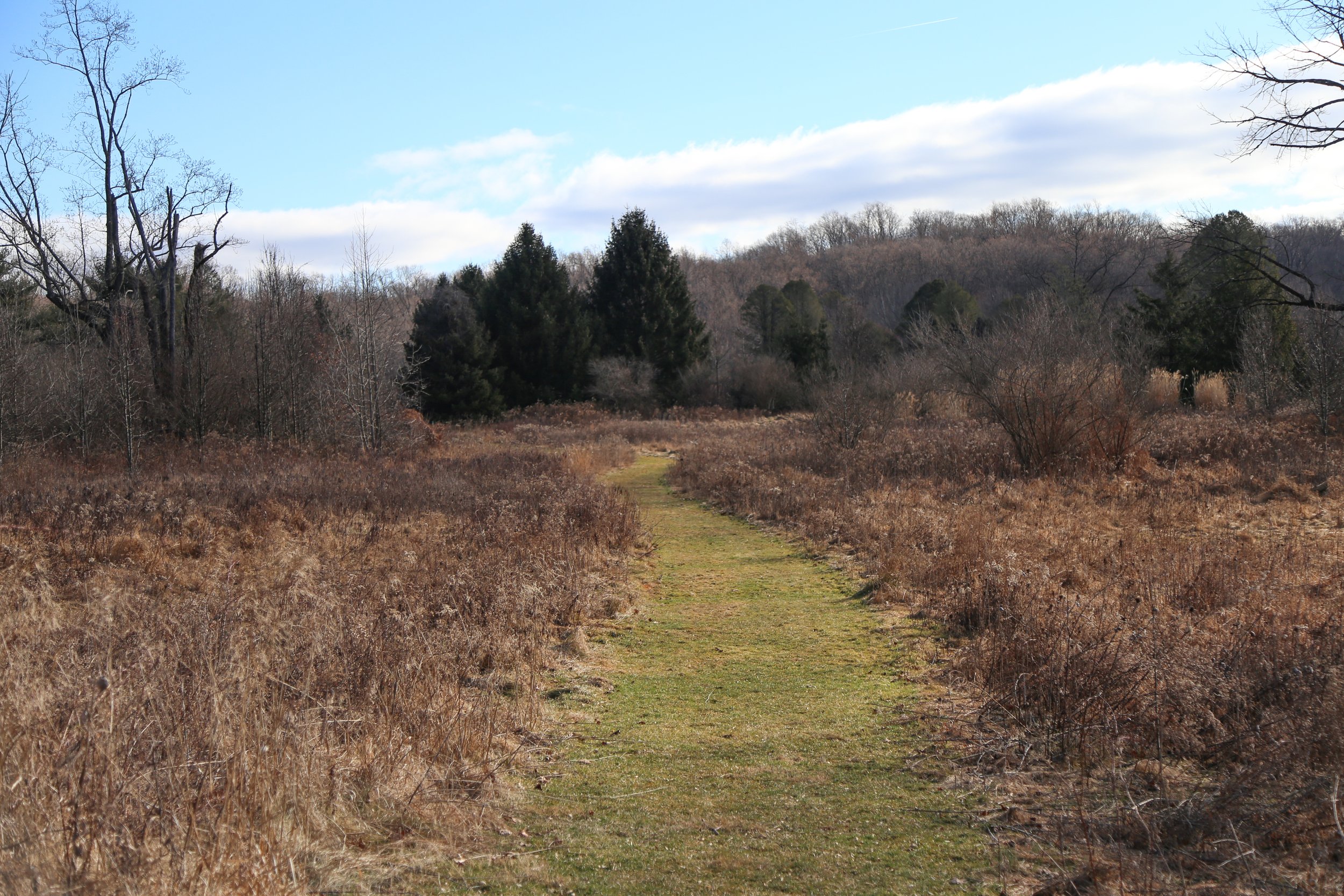
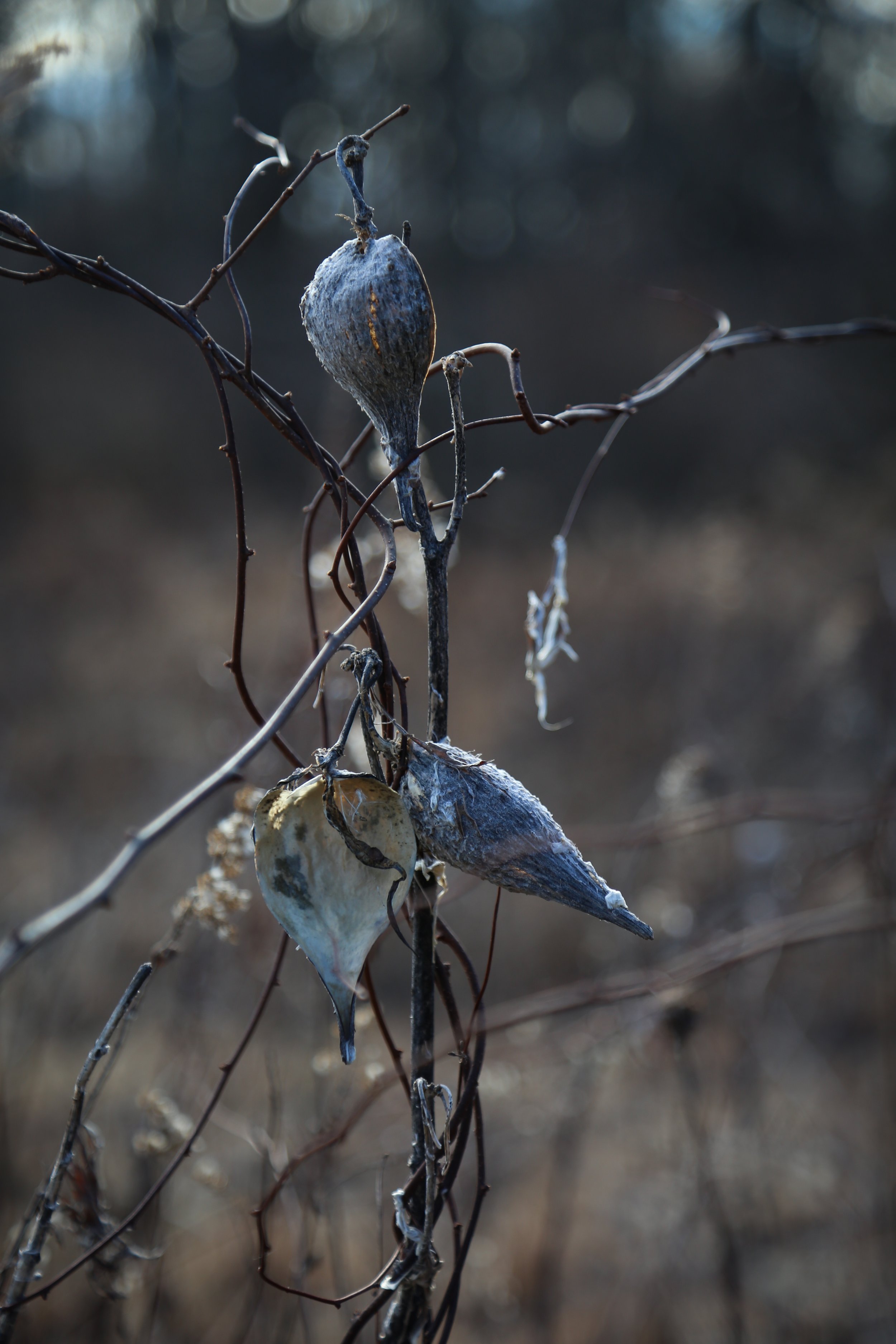
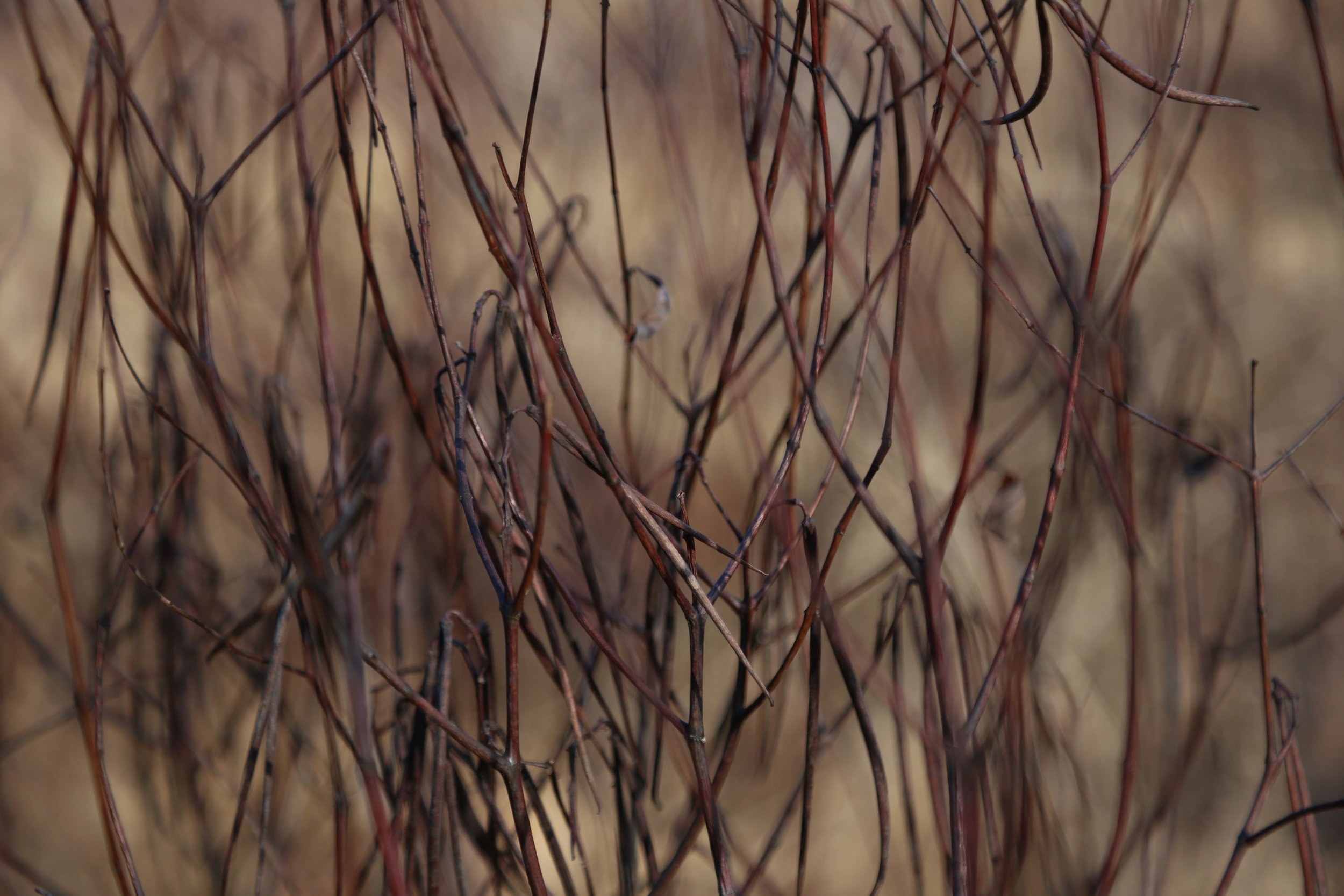

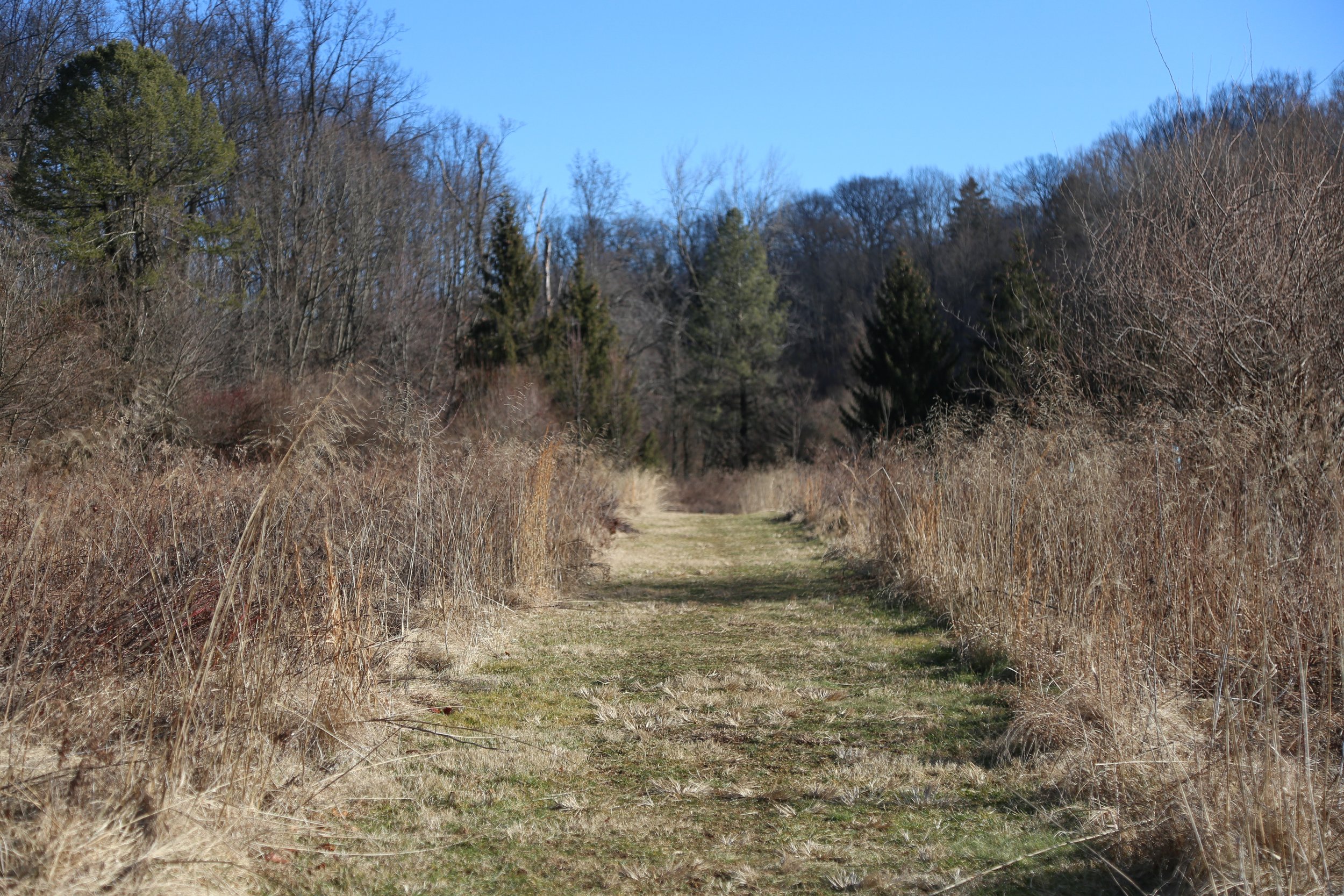
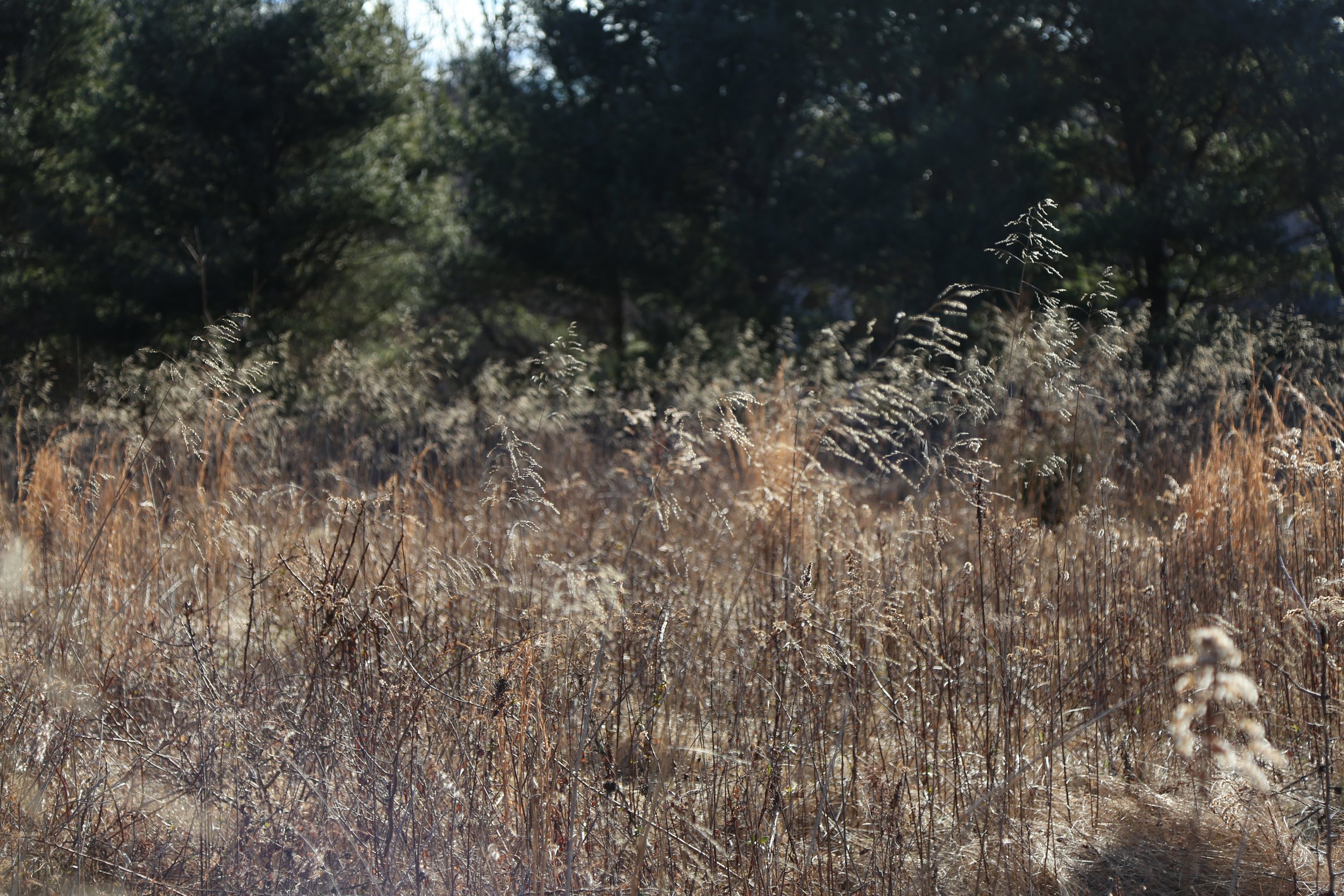

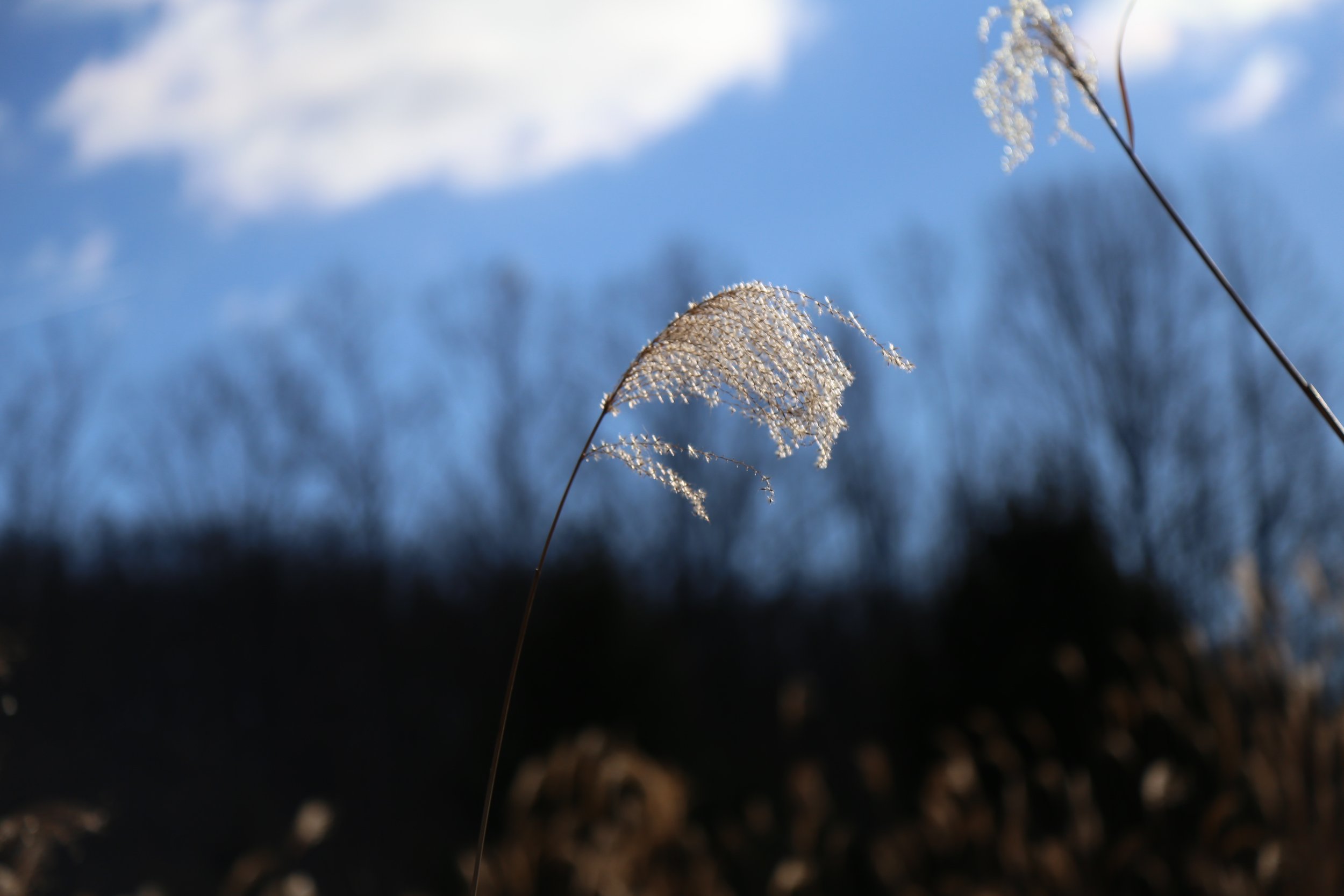

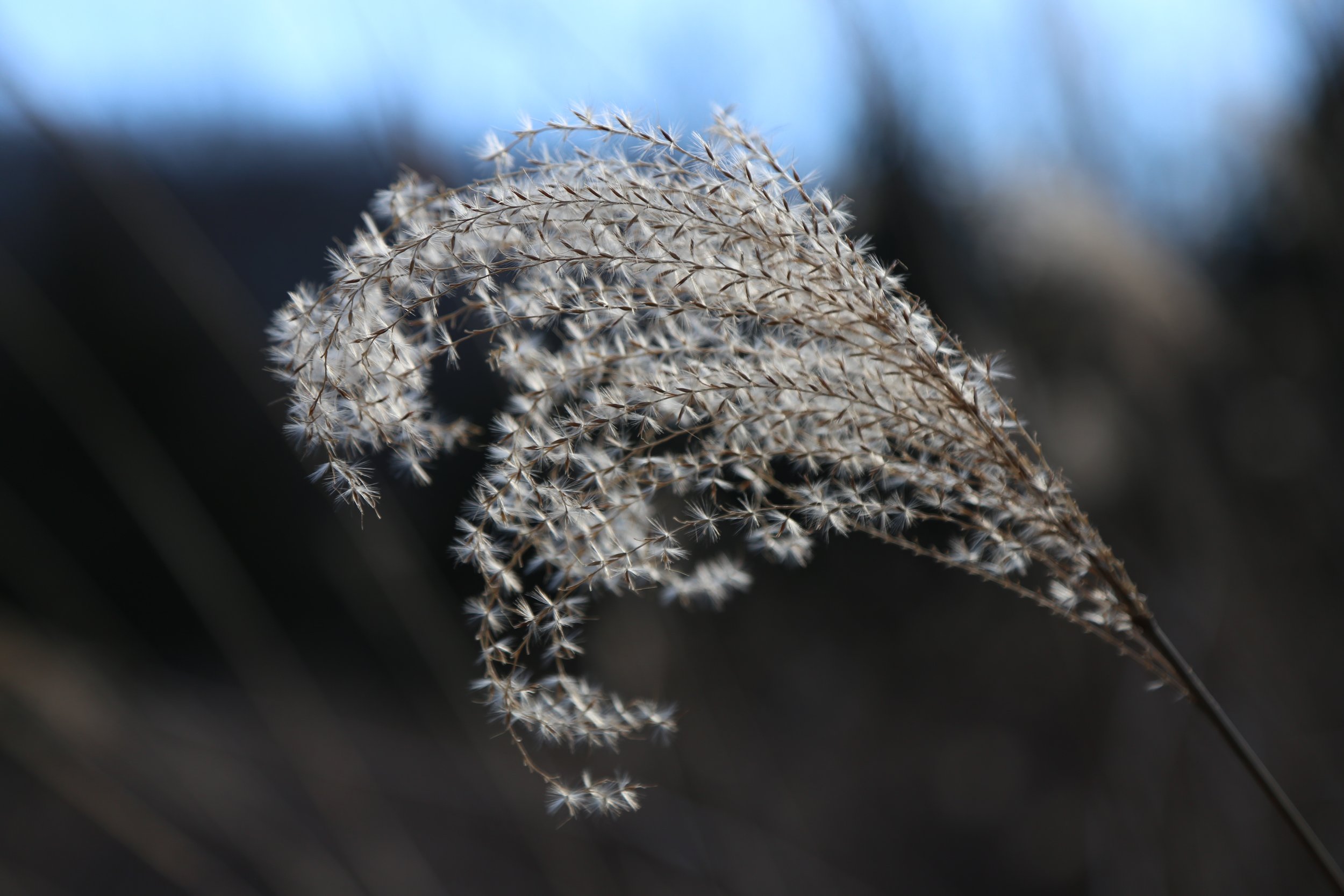
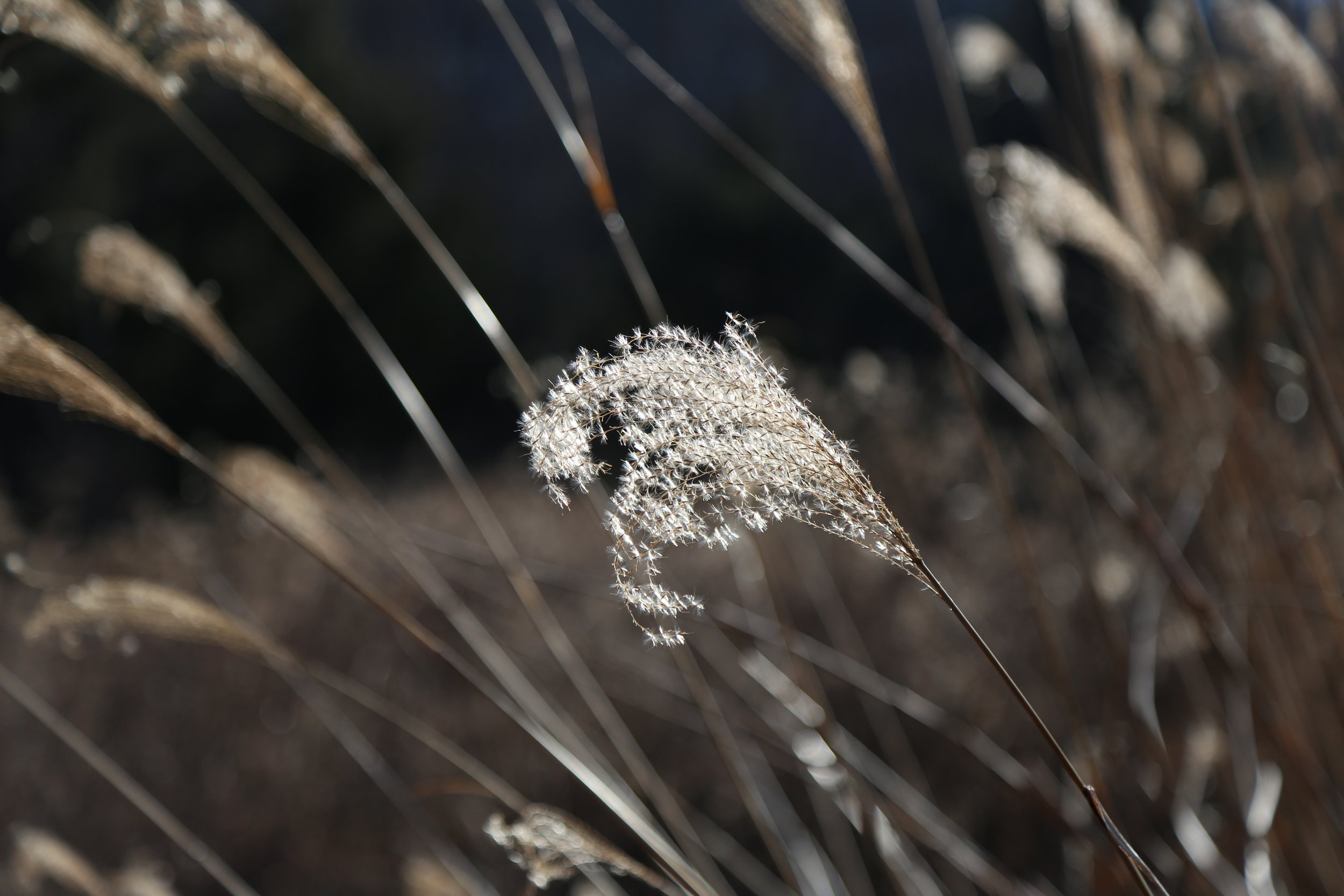
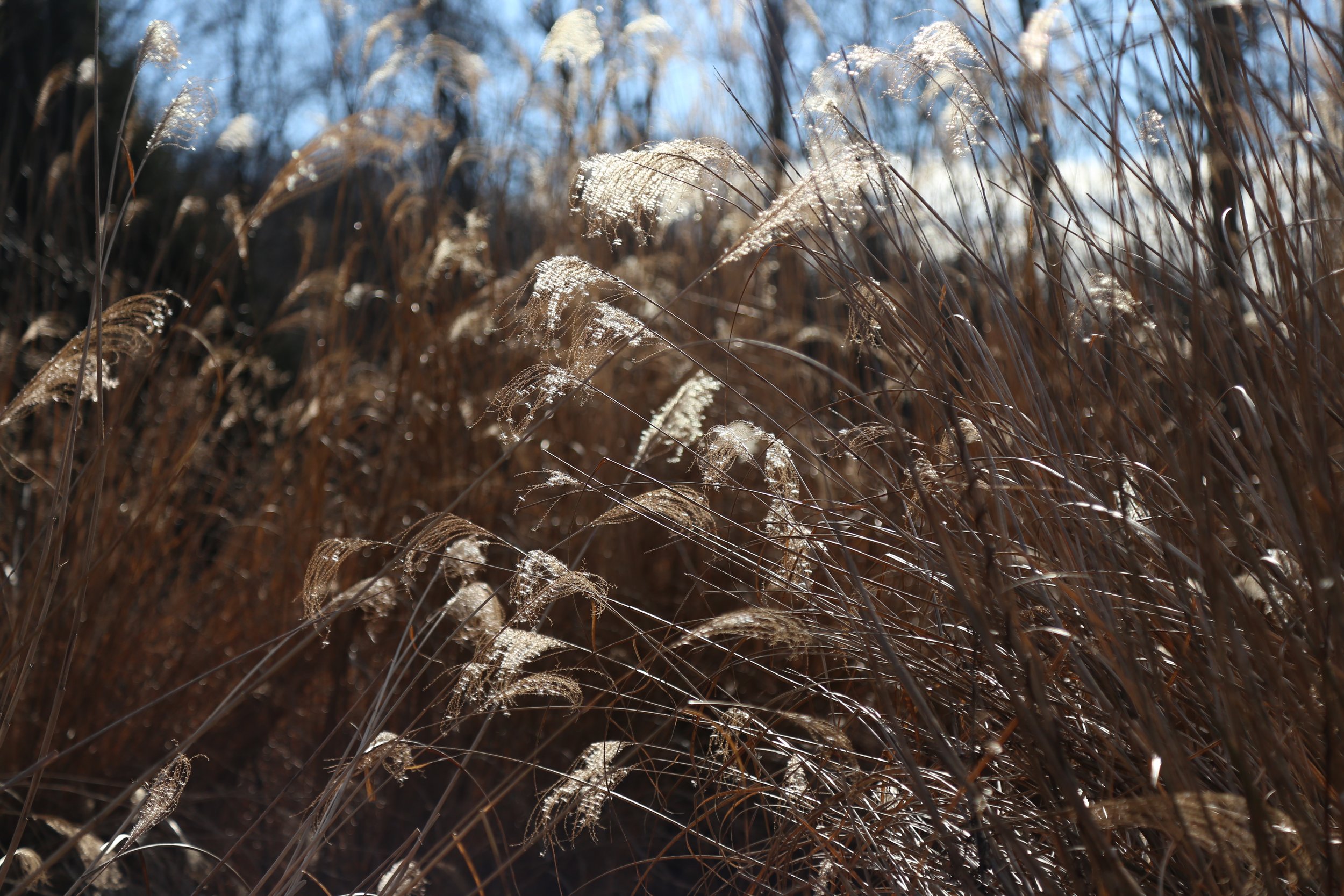
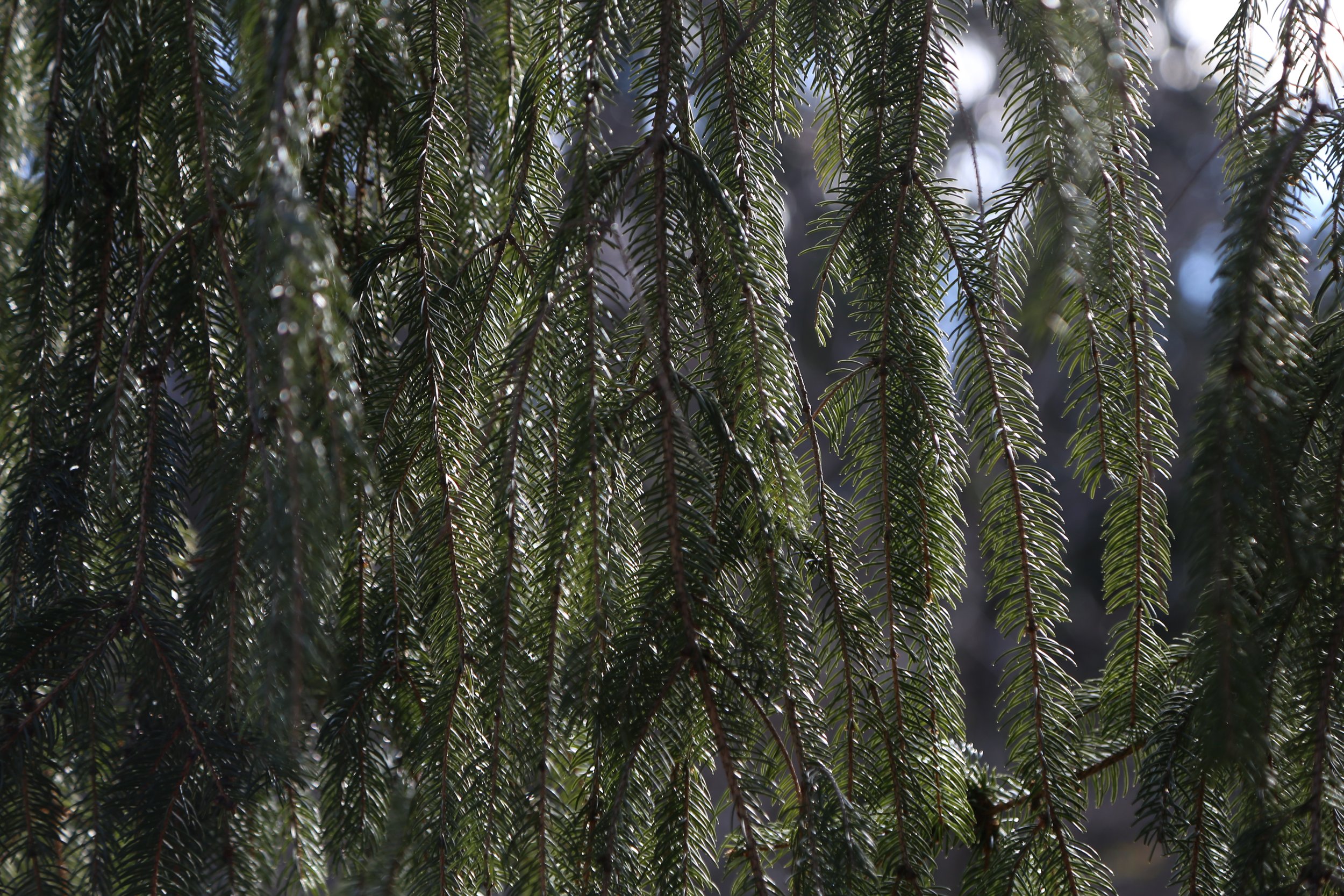
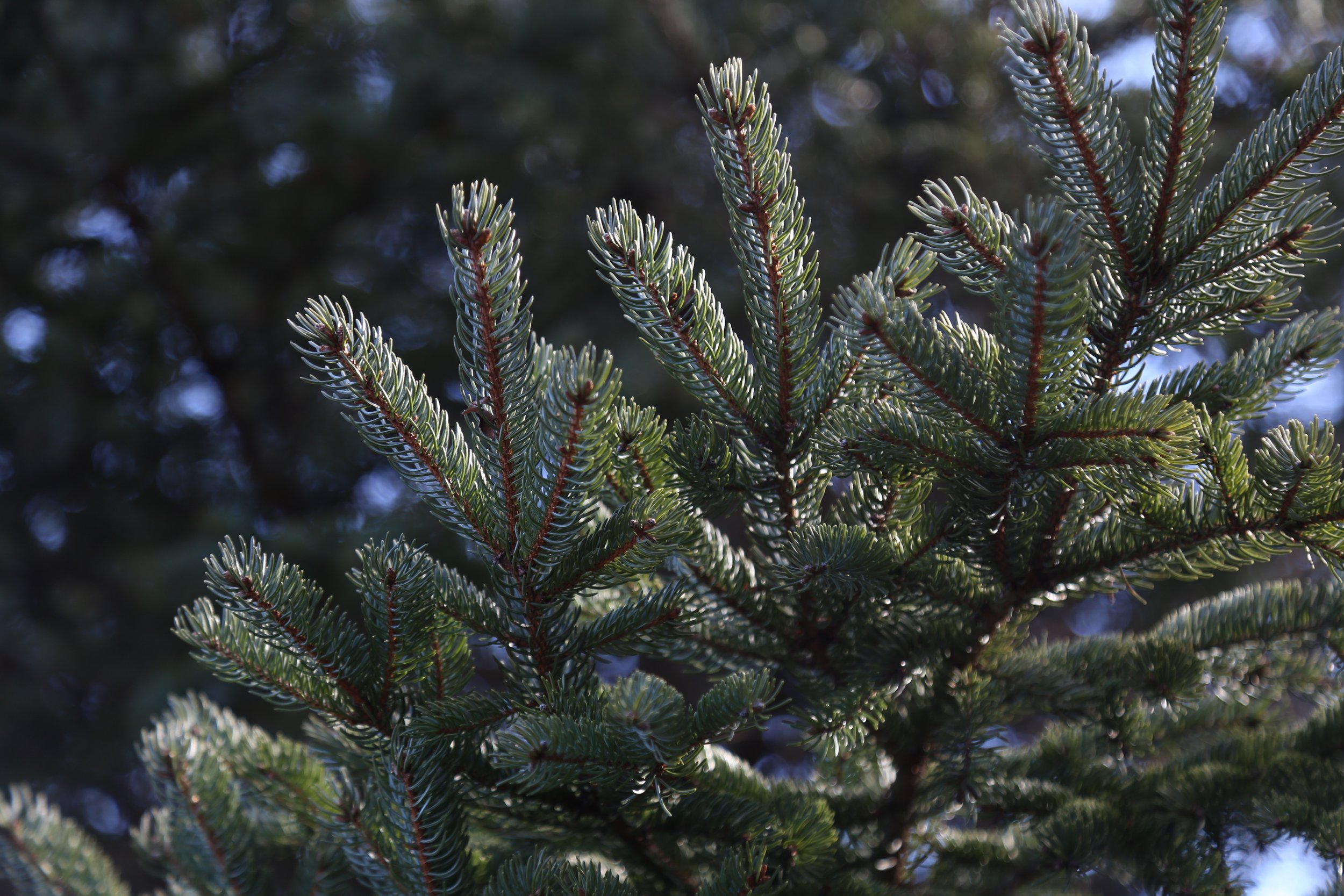
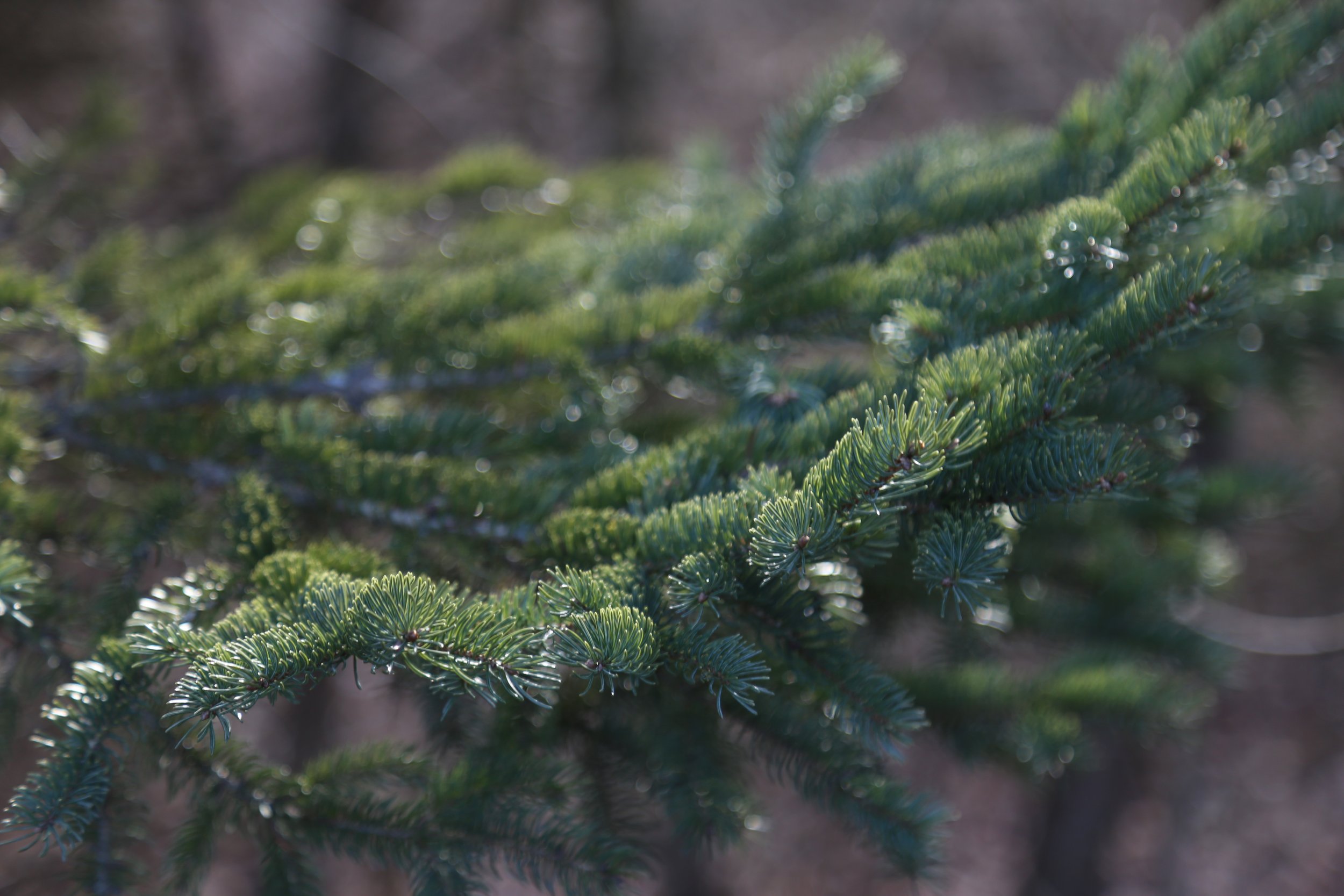
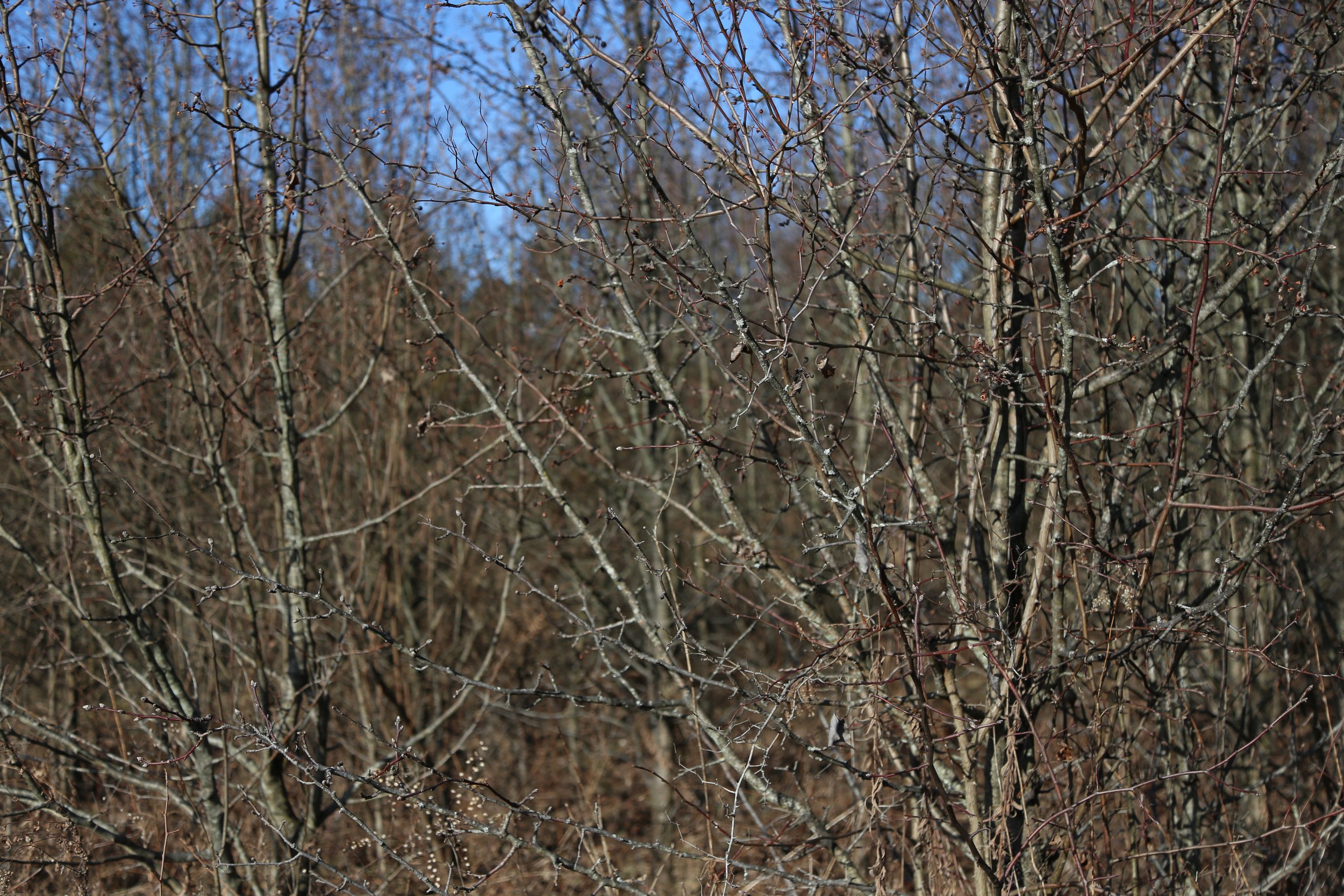

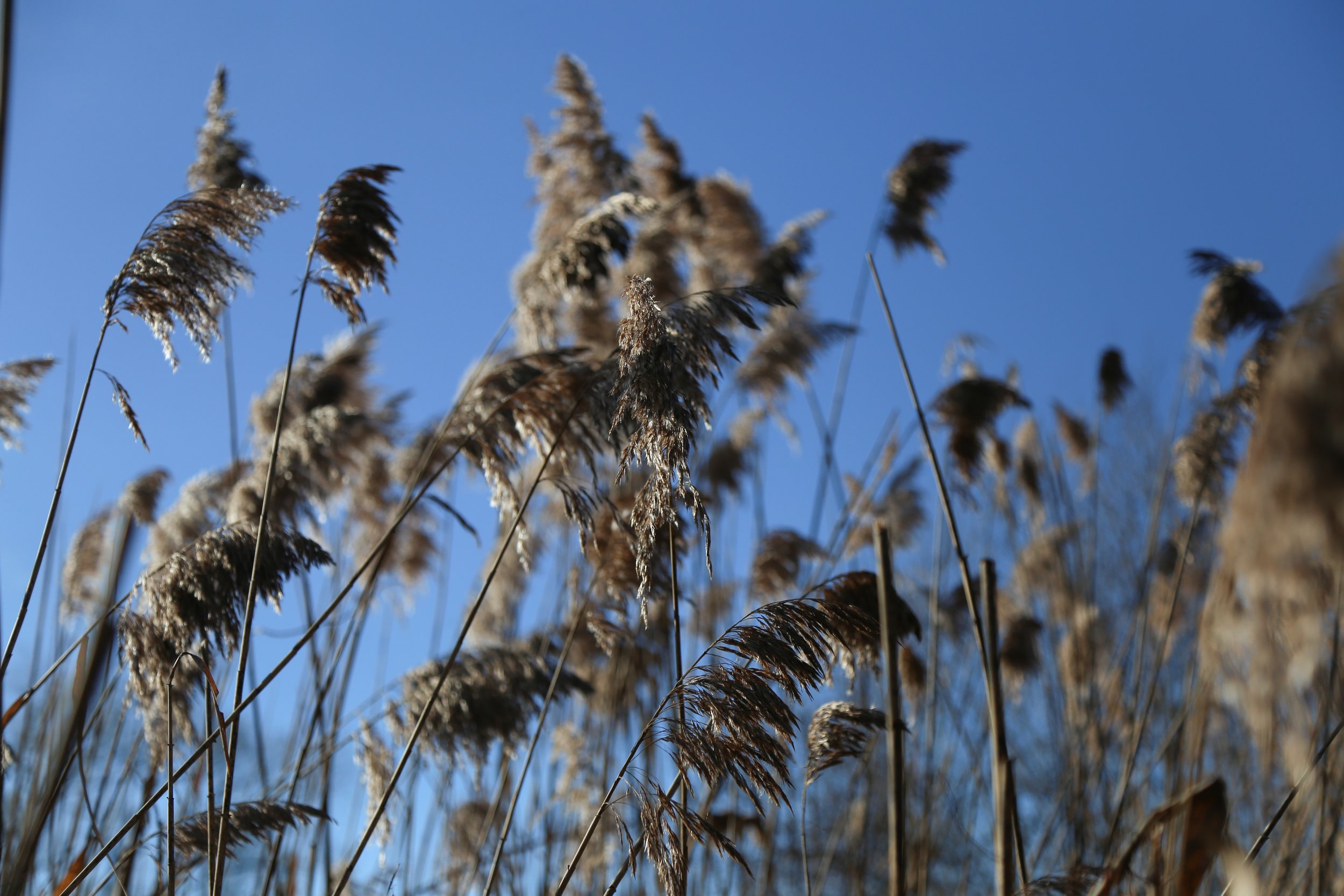
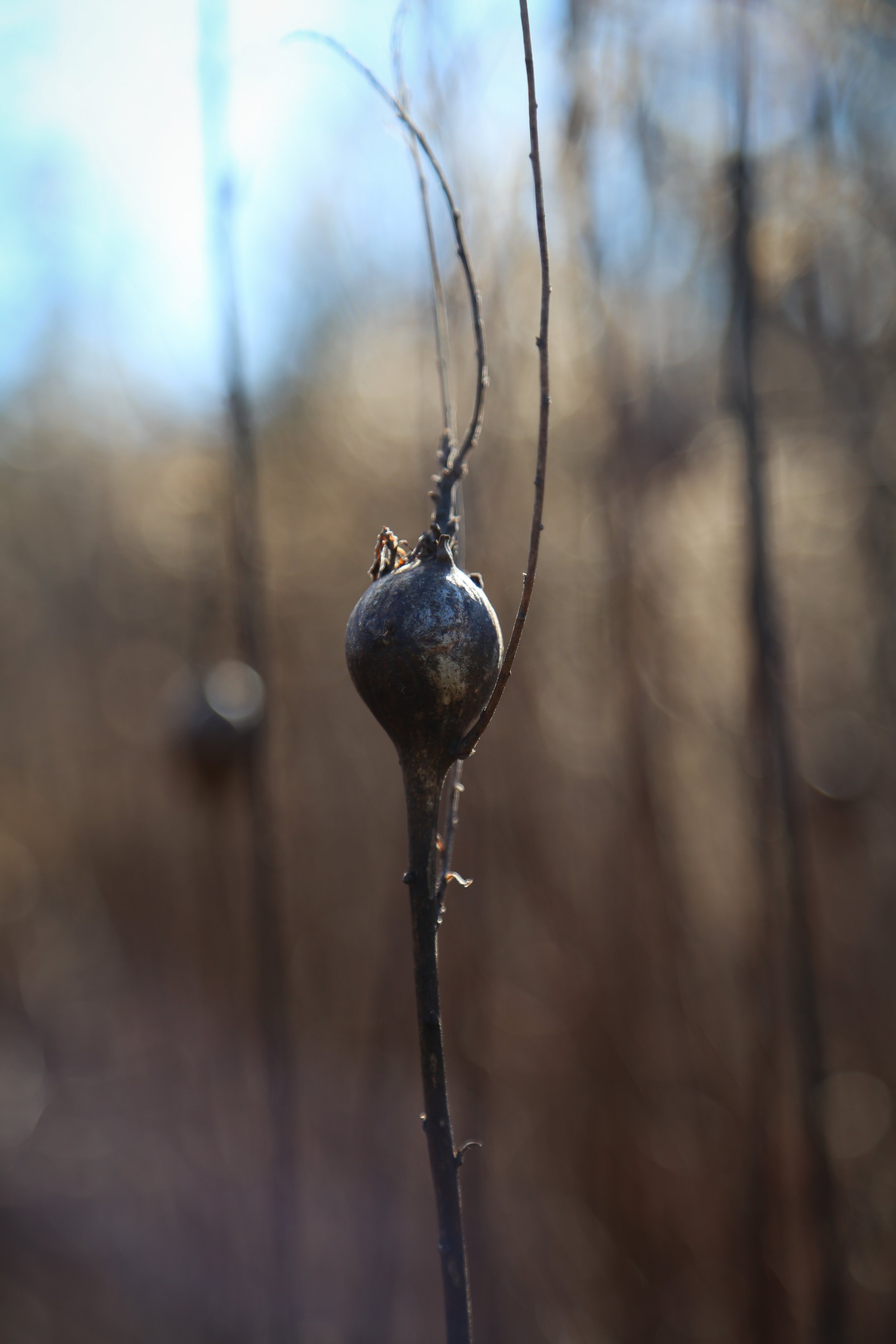
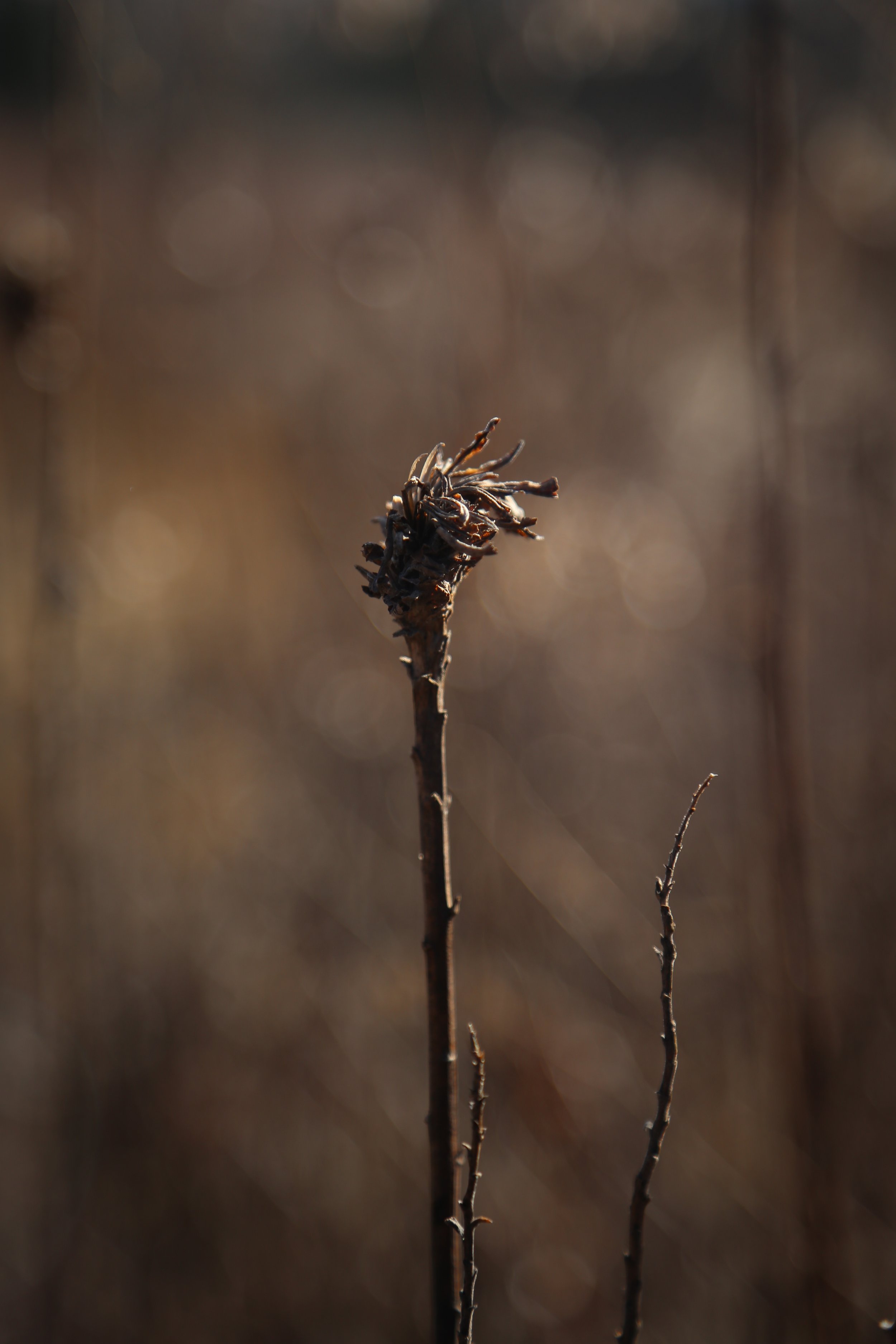
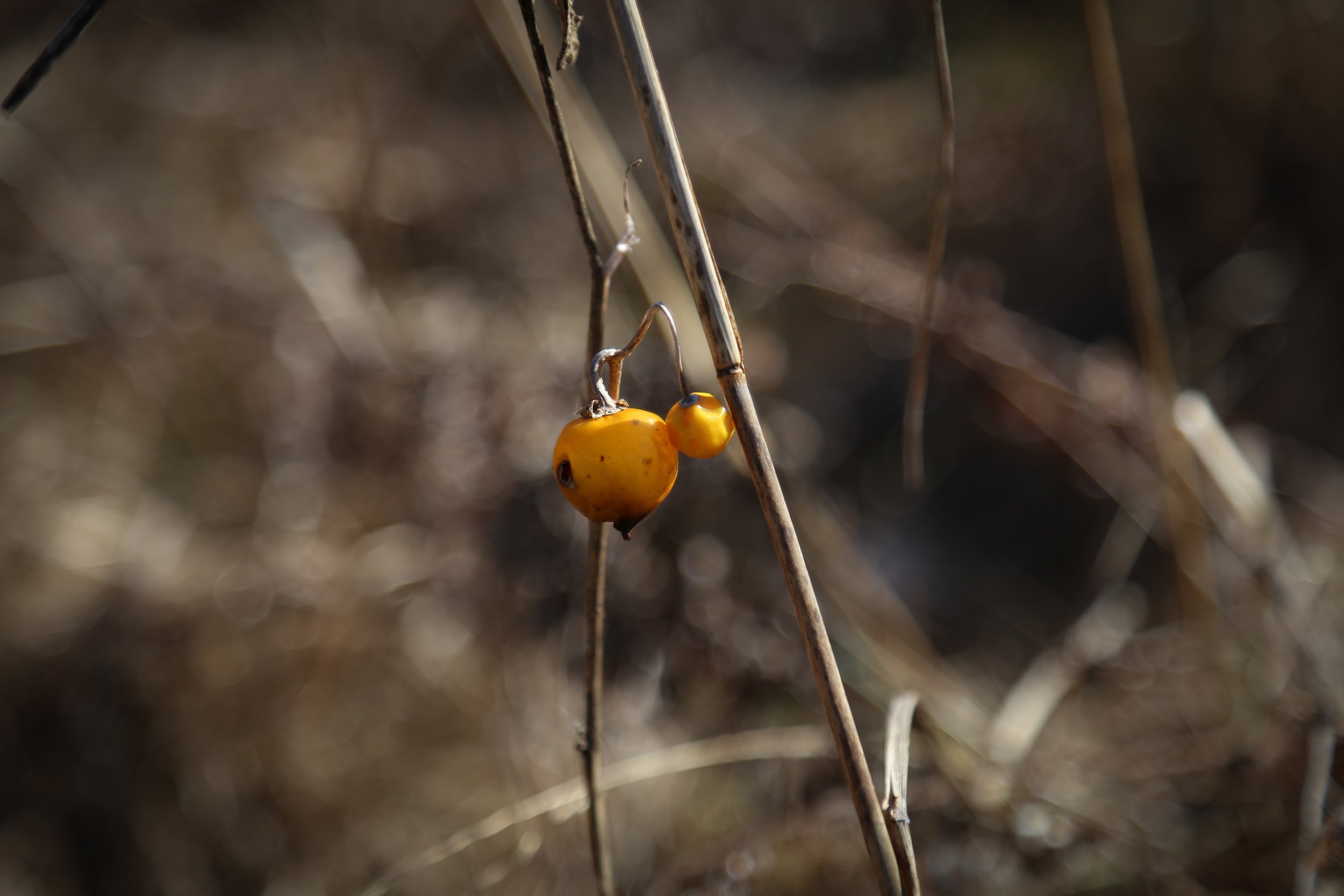

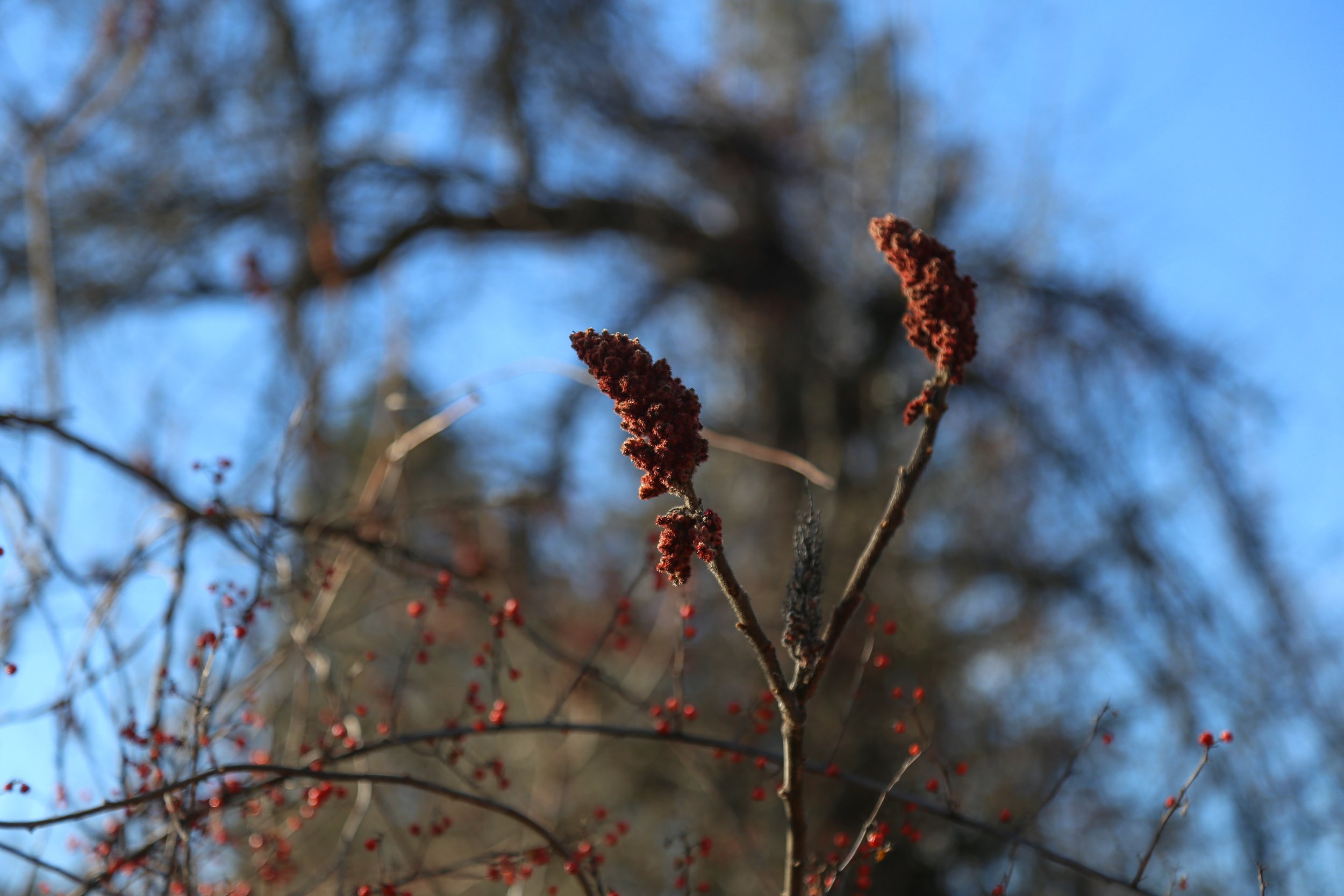
Another gray day in Northeastern Pennsylvania. It was about 5 pm, 50 degrees with overcast sky. Even though it wasn’t very cold today, the damp air made it feel colder then it was. I walked around the Graver Arboretum hoping to get some bird photos, but no luck today. Maybe the birds were staying warm in their nests. The wetlands were extra muddy from the melting snow and recent rain.
Wetlands.
Somewhat frozen pool.
Trees holding onto their leaves. I believe this is Beech.
Knees of the Bald Cypress.
Pitch Pine.
Pitch Pine.
Pitch Pine.
Pitch Pine.
Pitch Pine.
Pitch or resin on Norway Spruce.
The unique China Fir.
The unique China Fir.
Black Spruce.
Black Spruce.
Cattail fluff.
Cattail fluff.
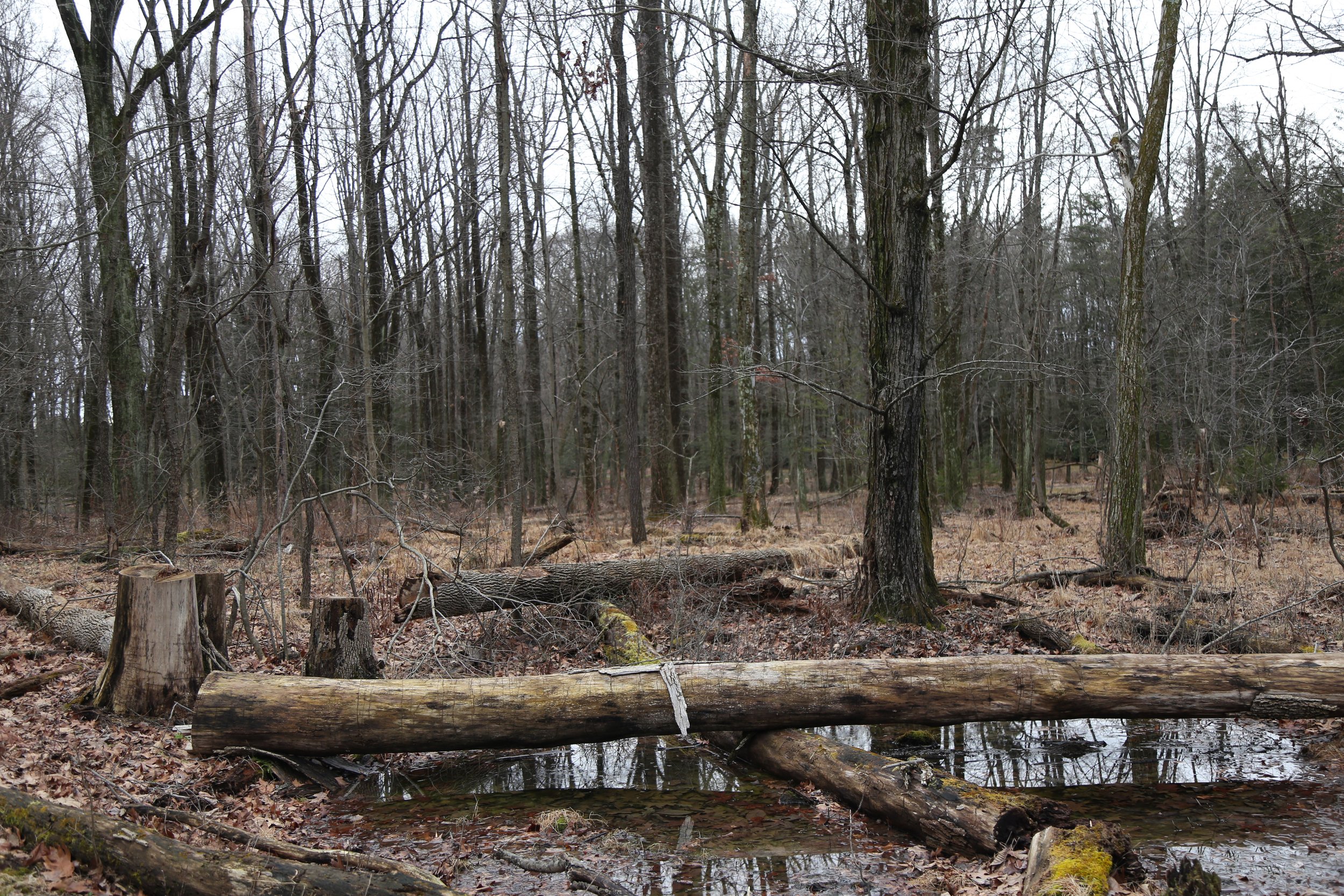
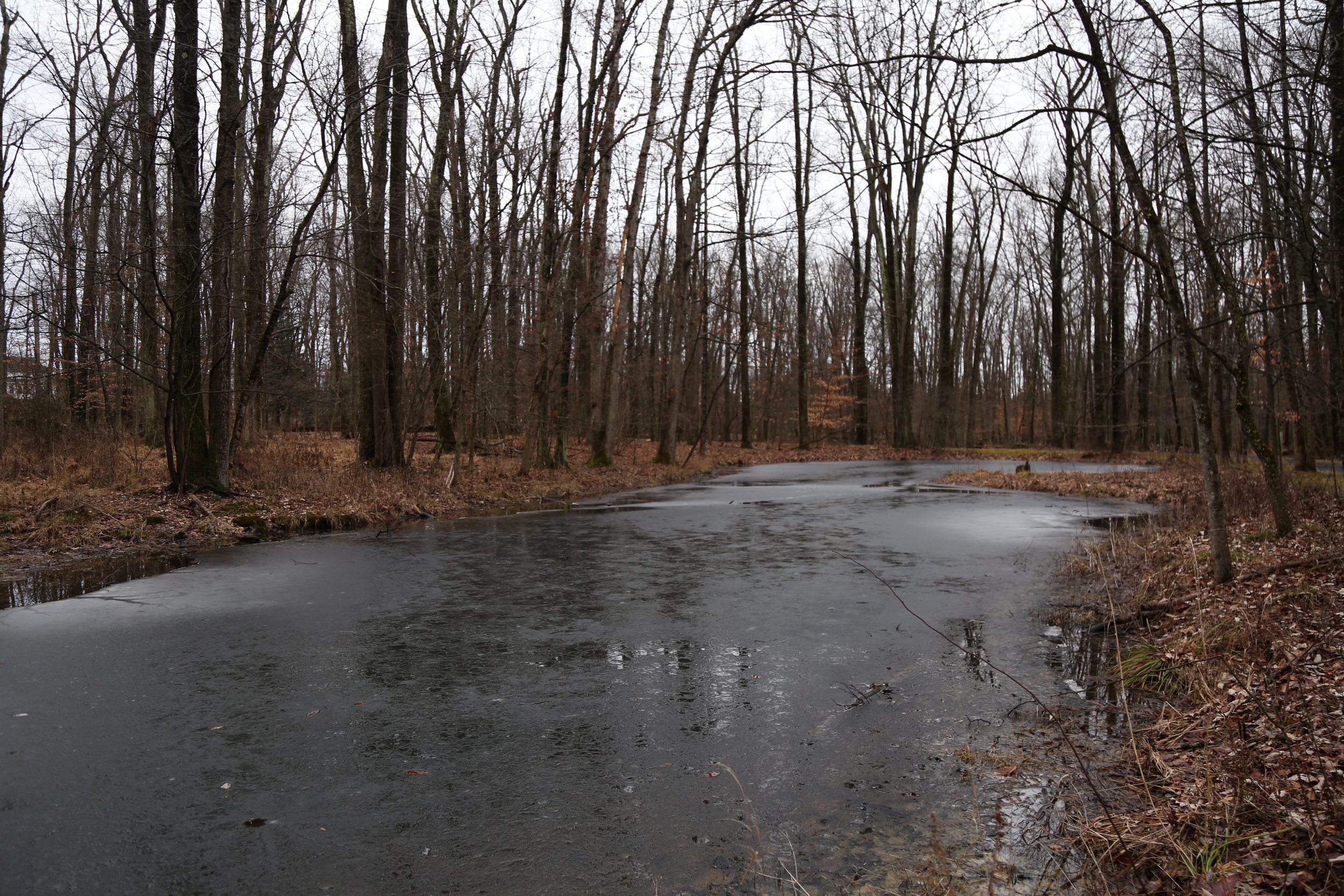
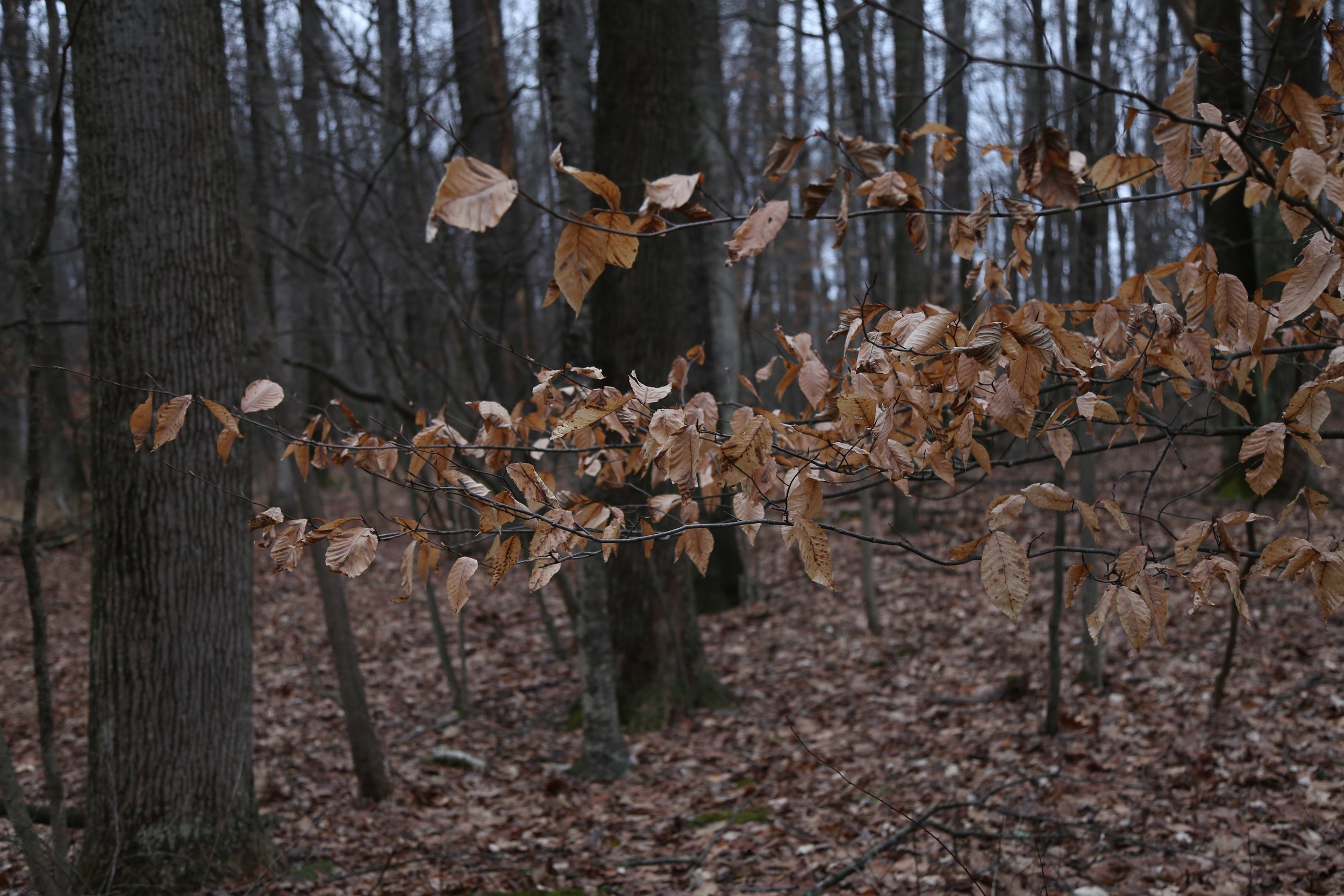
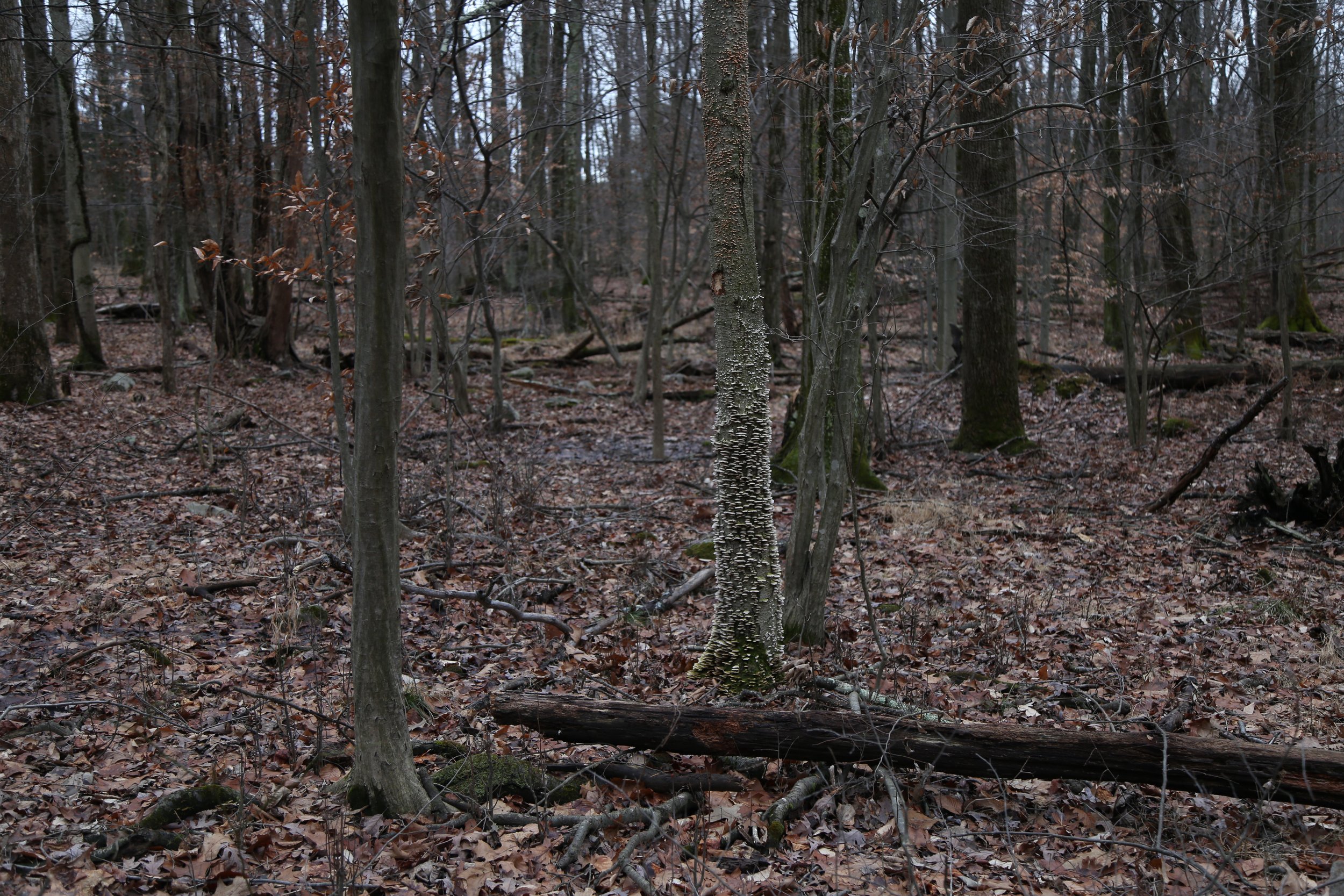
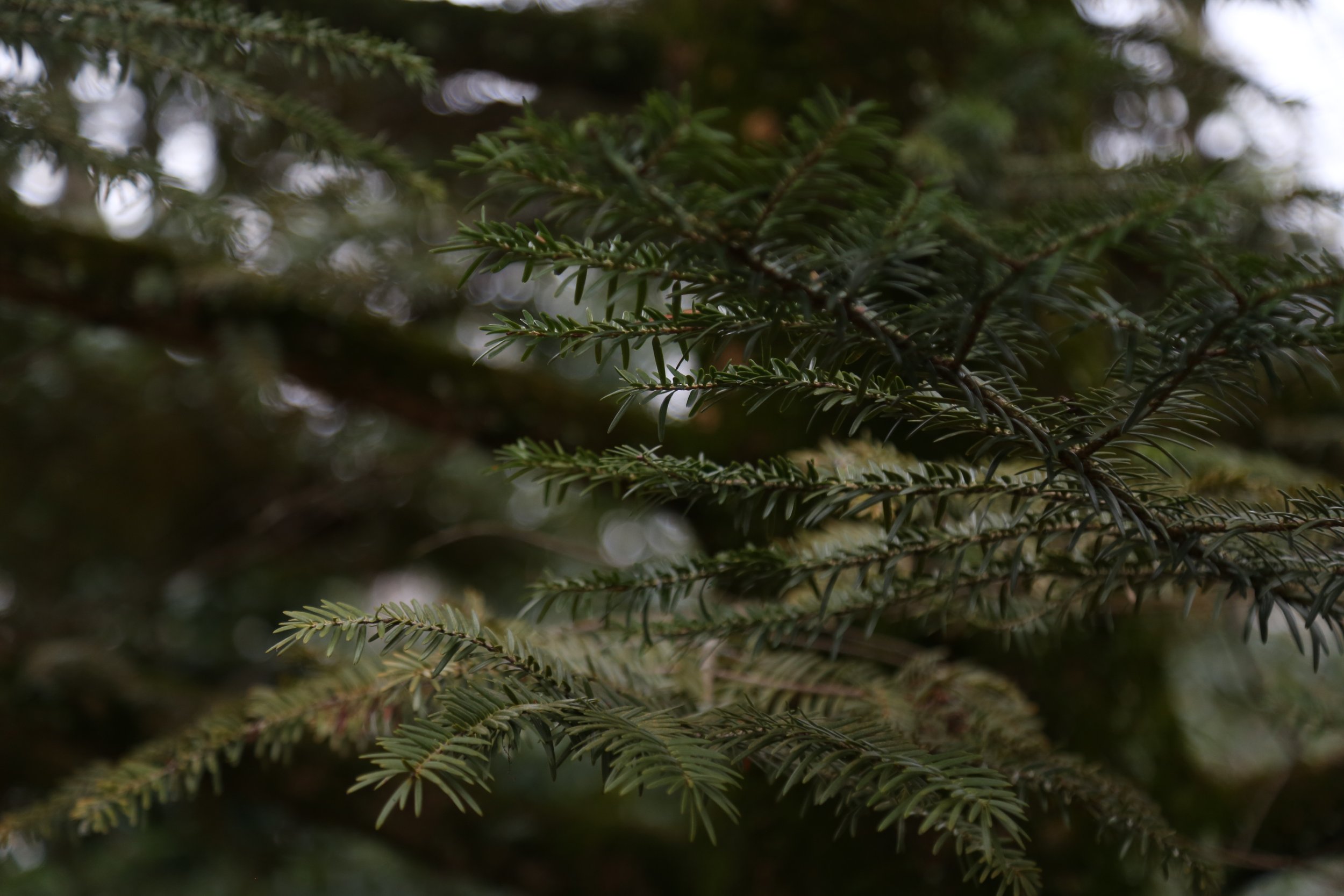
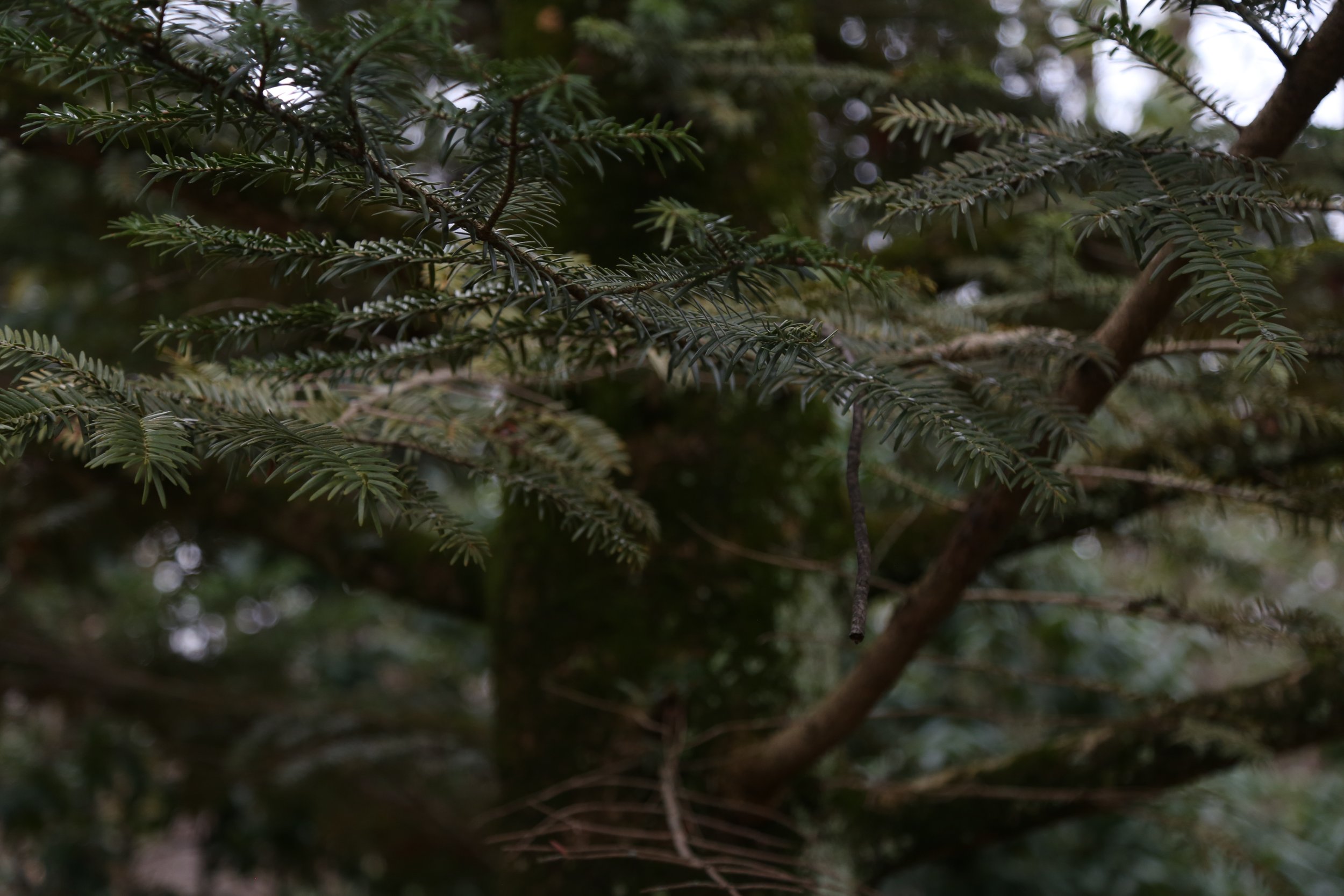

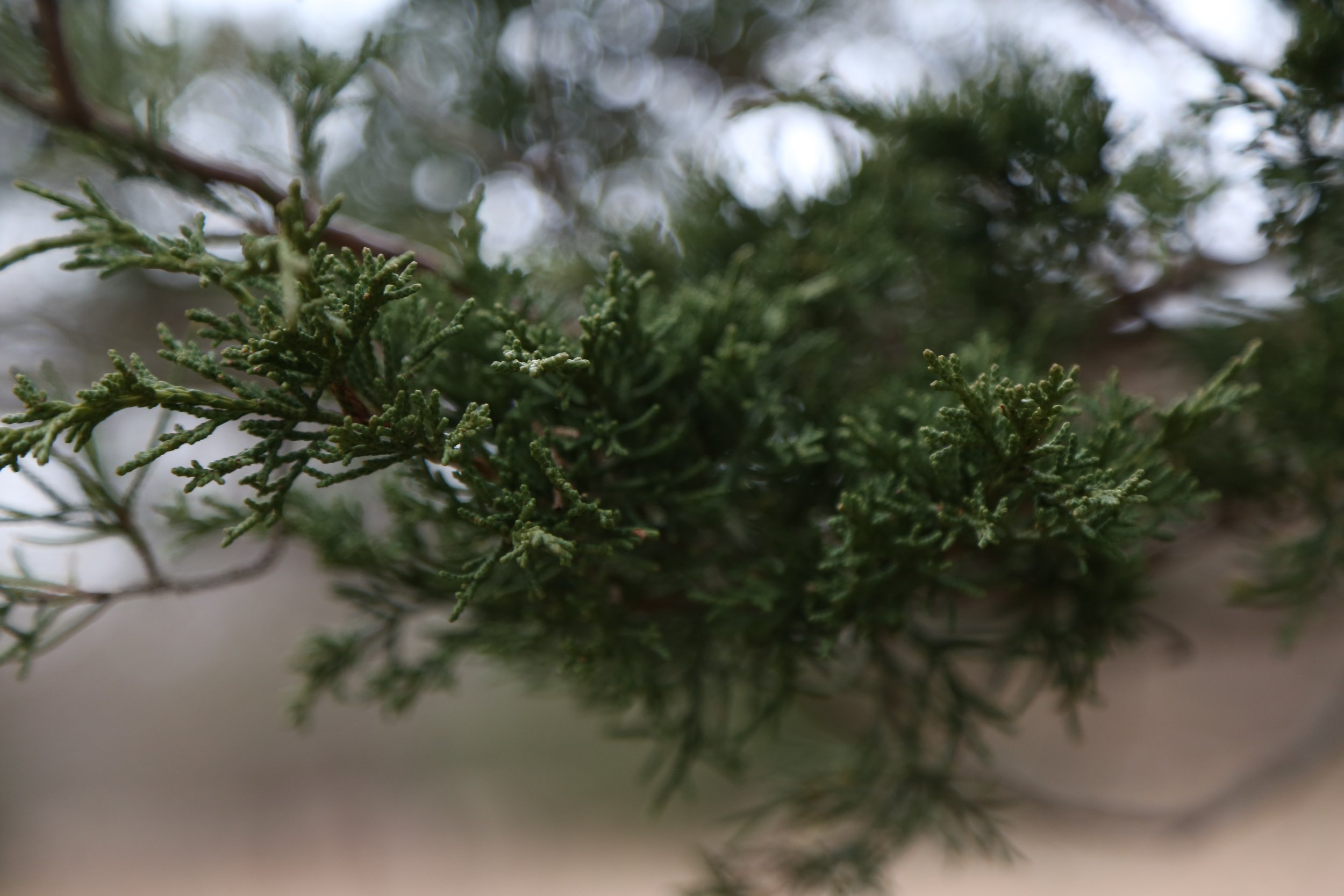
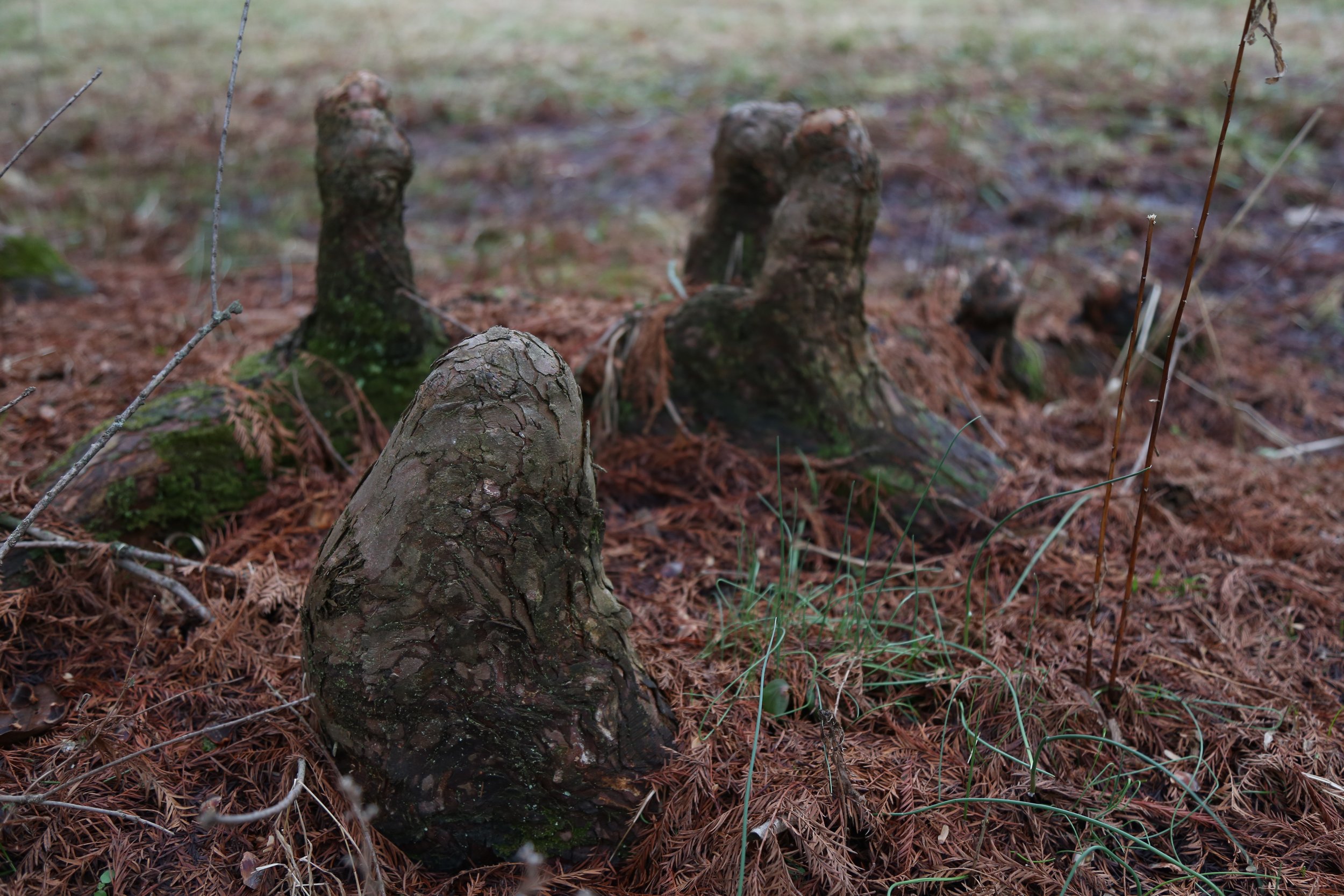
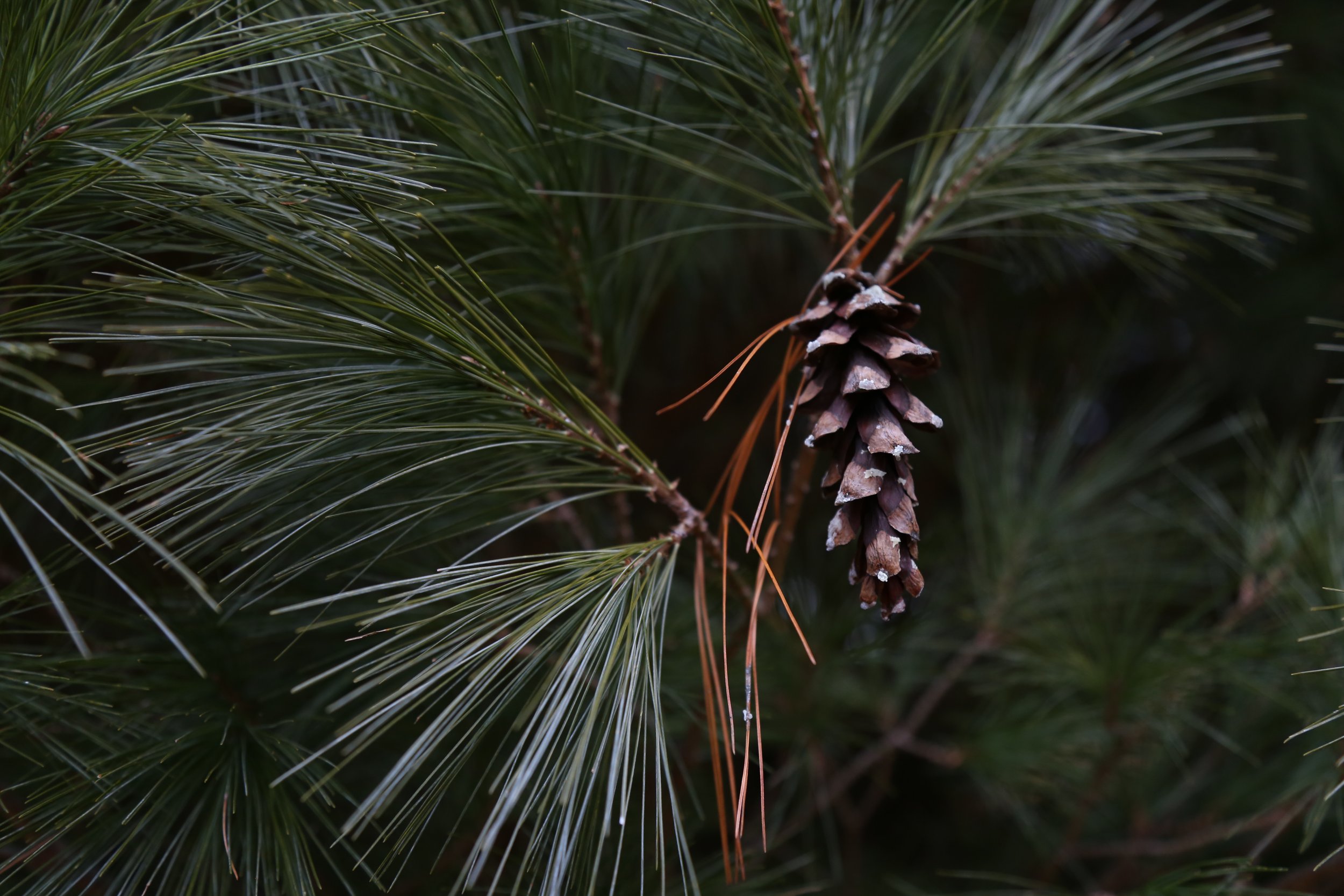
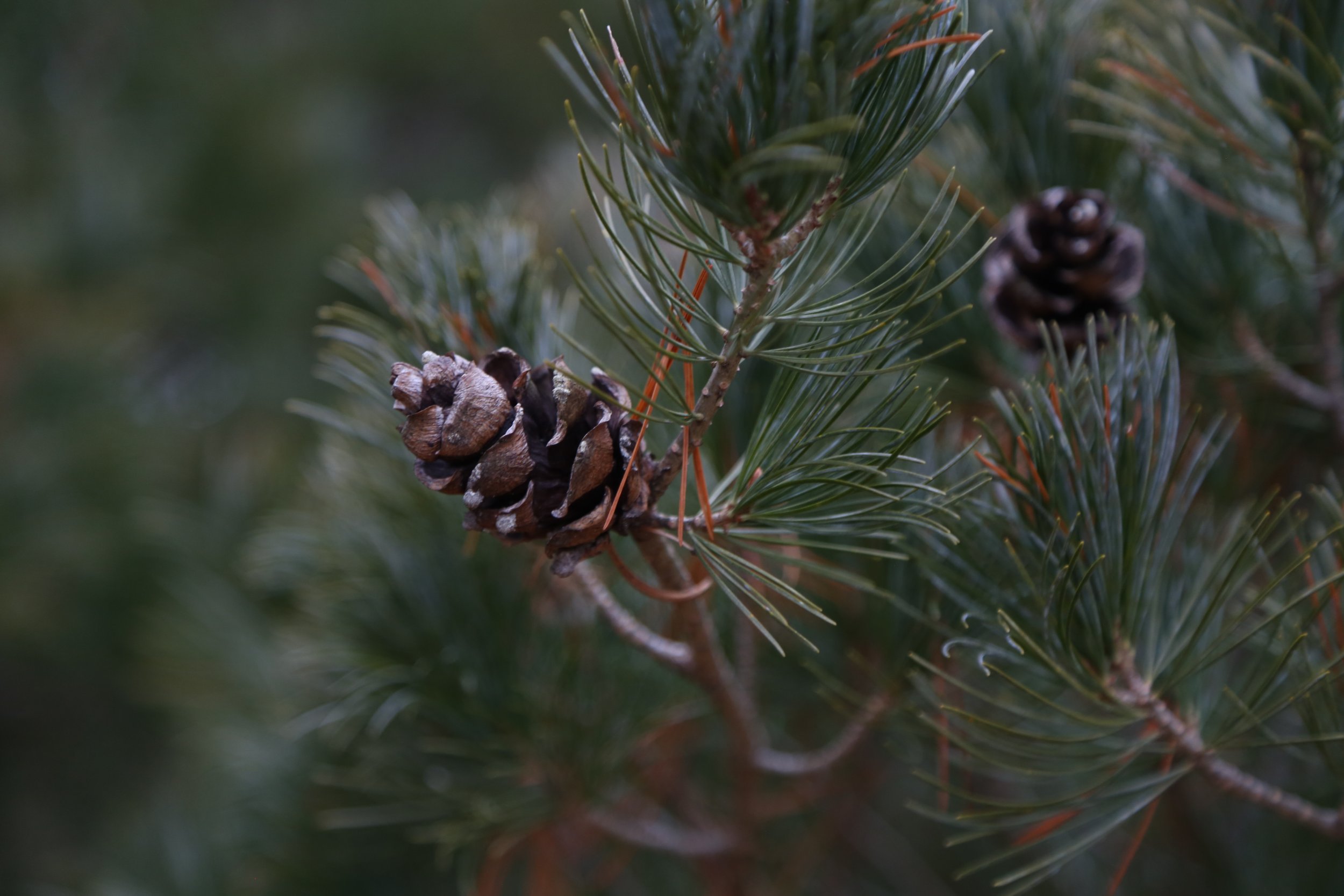
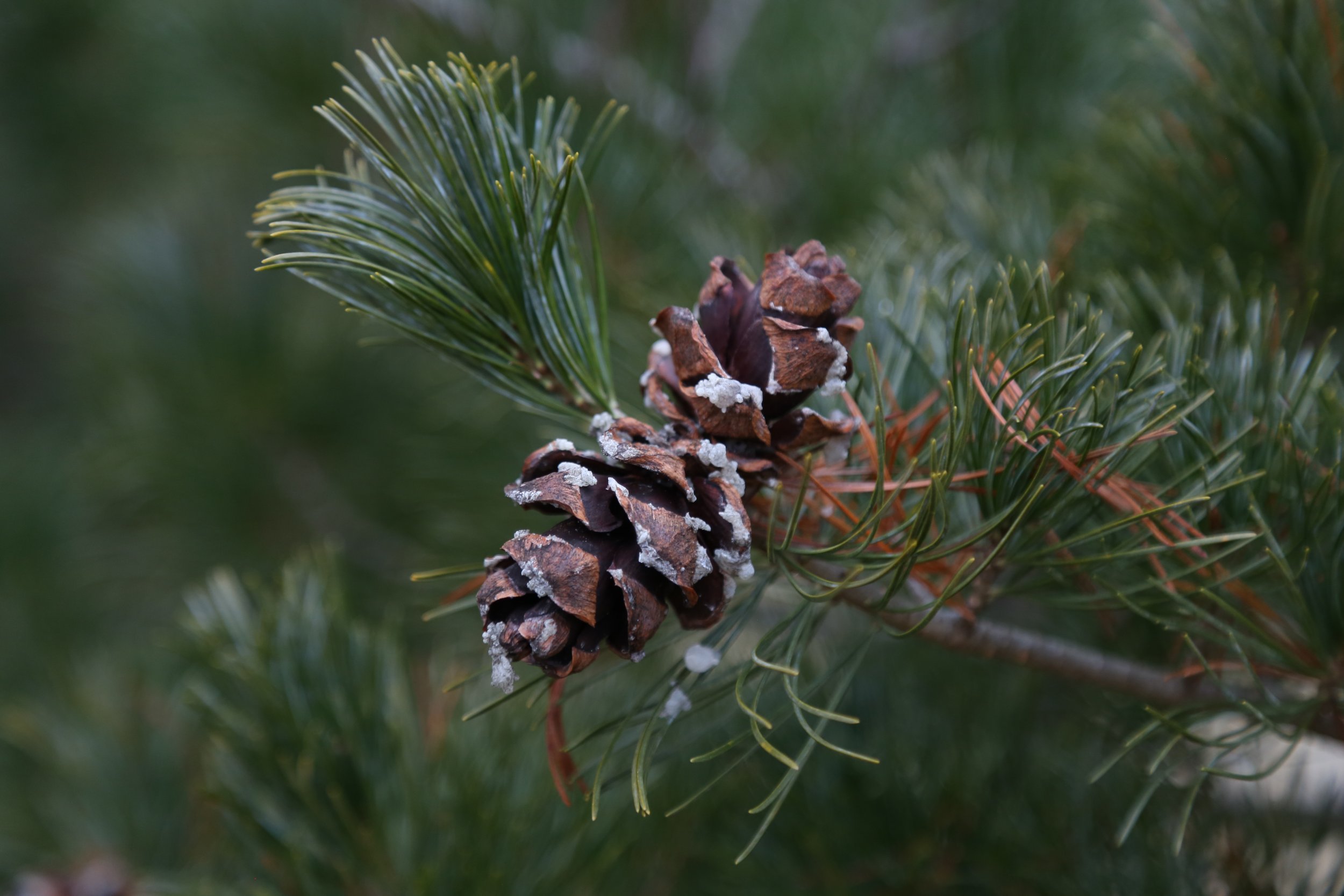
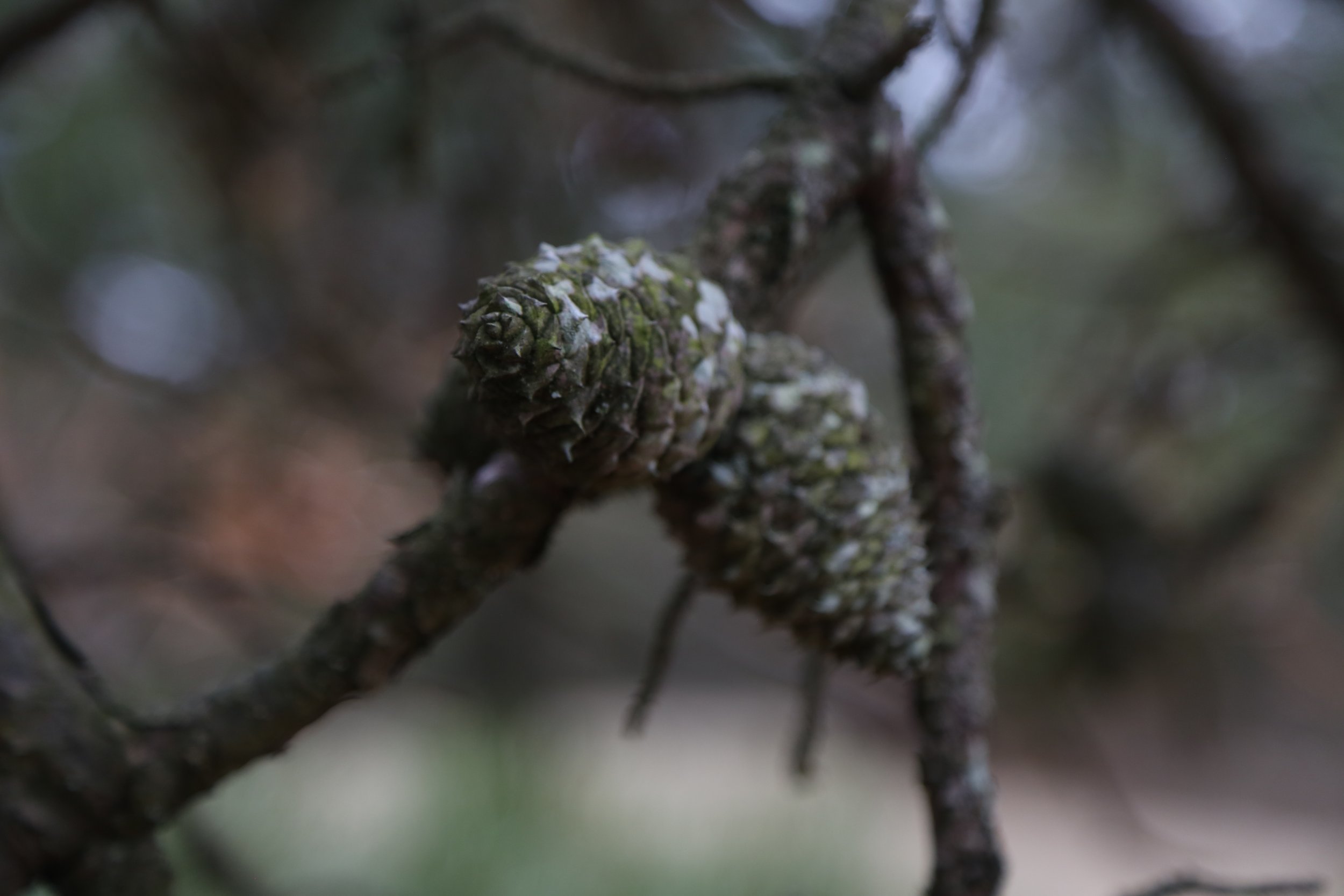

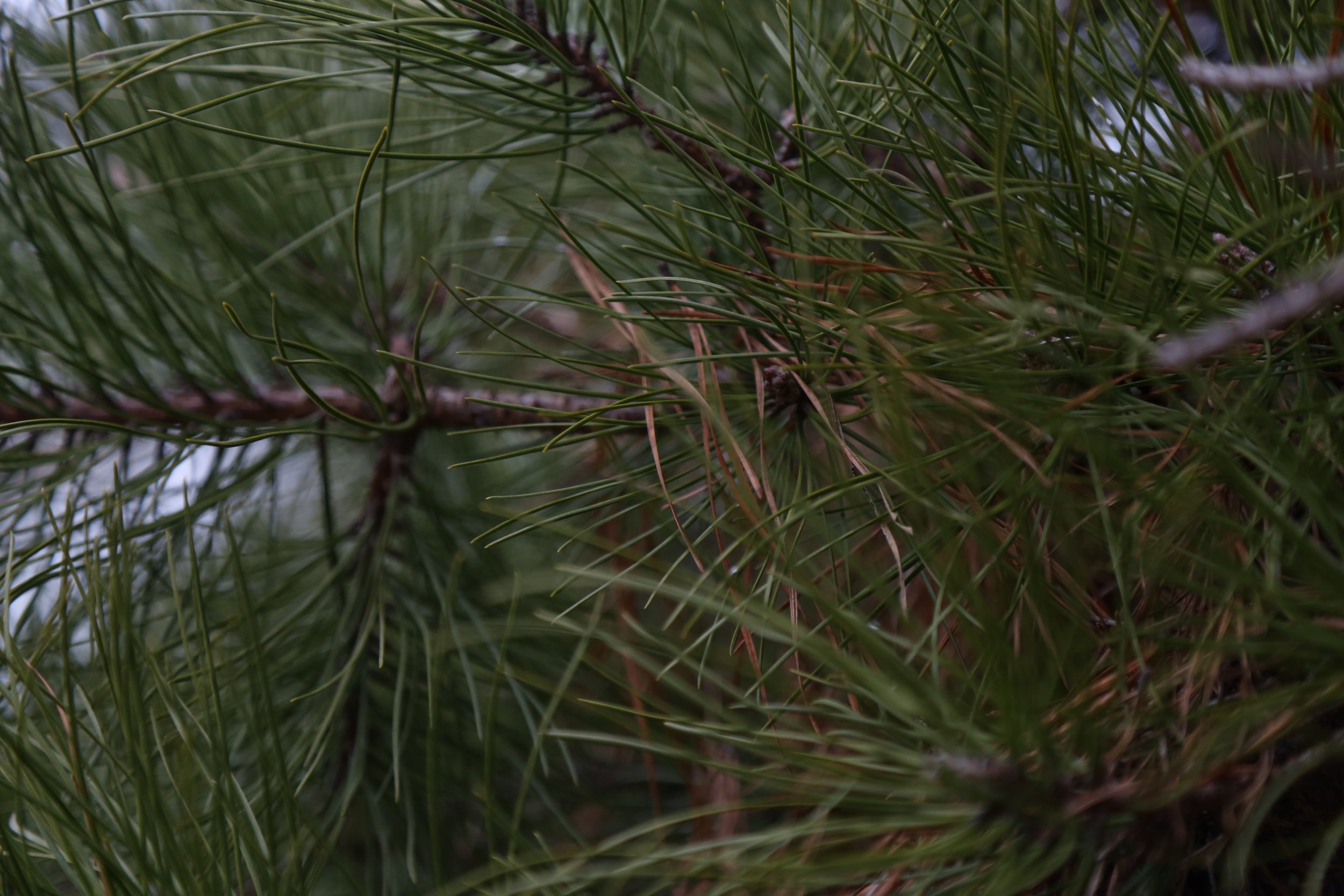

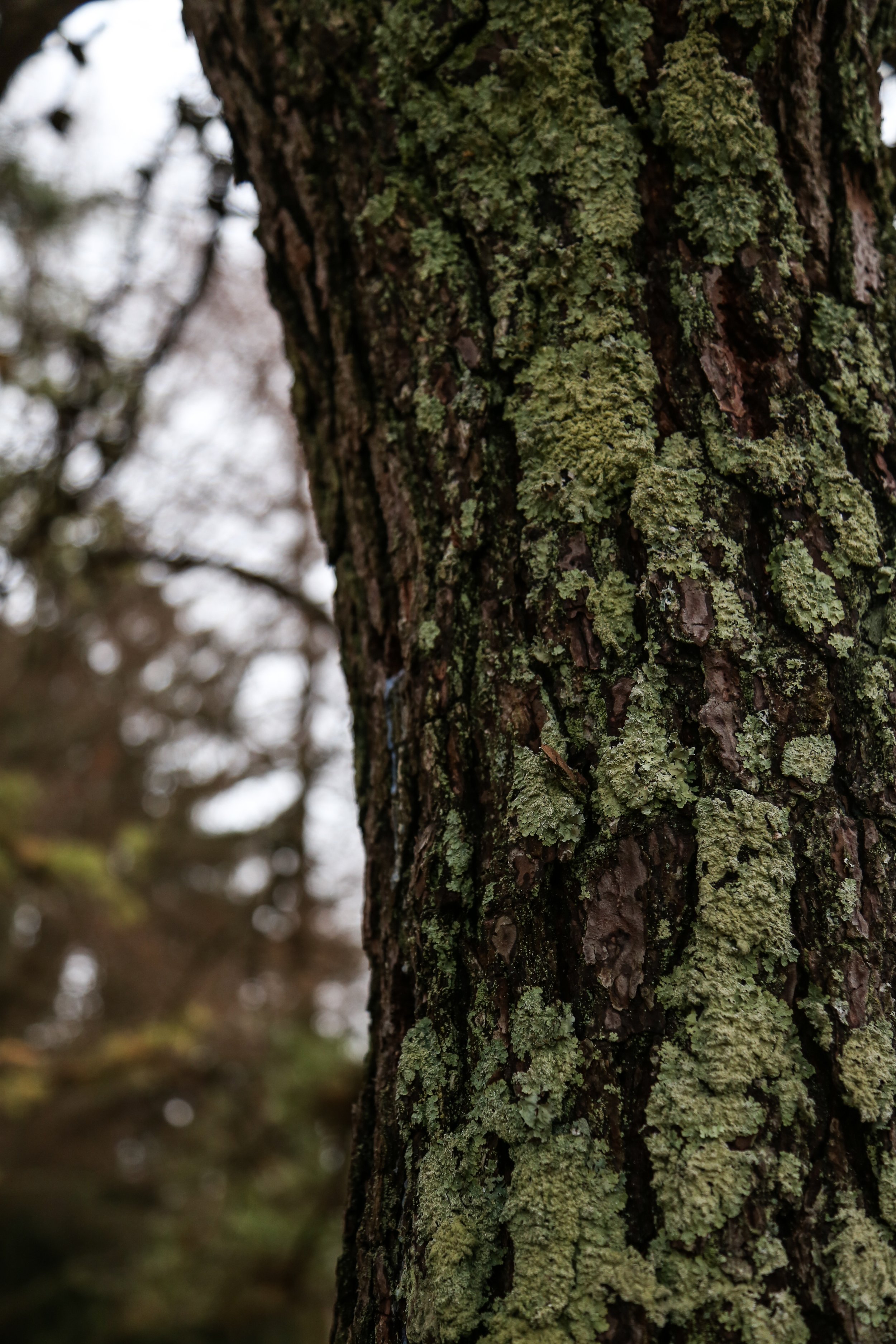
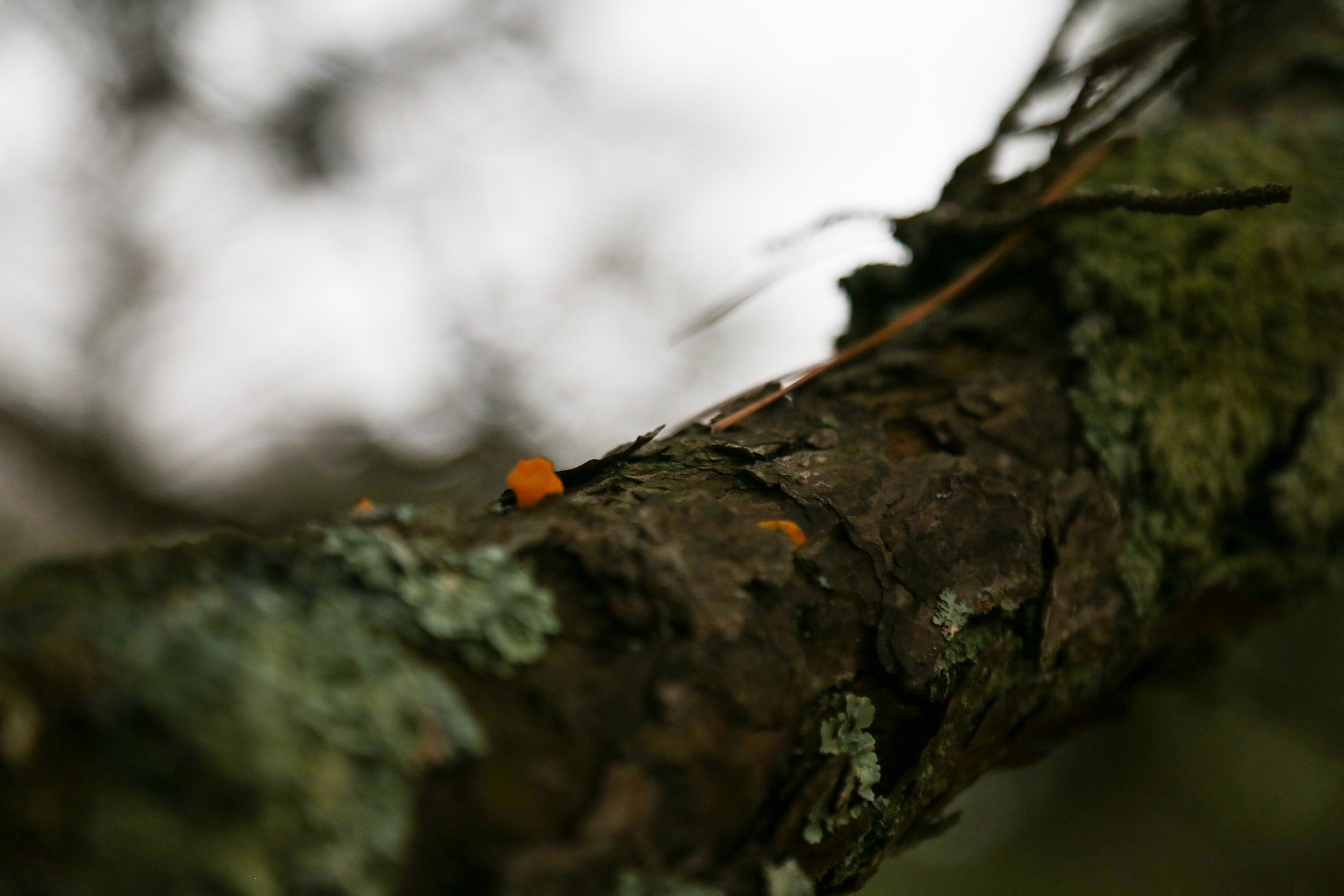
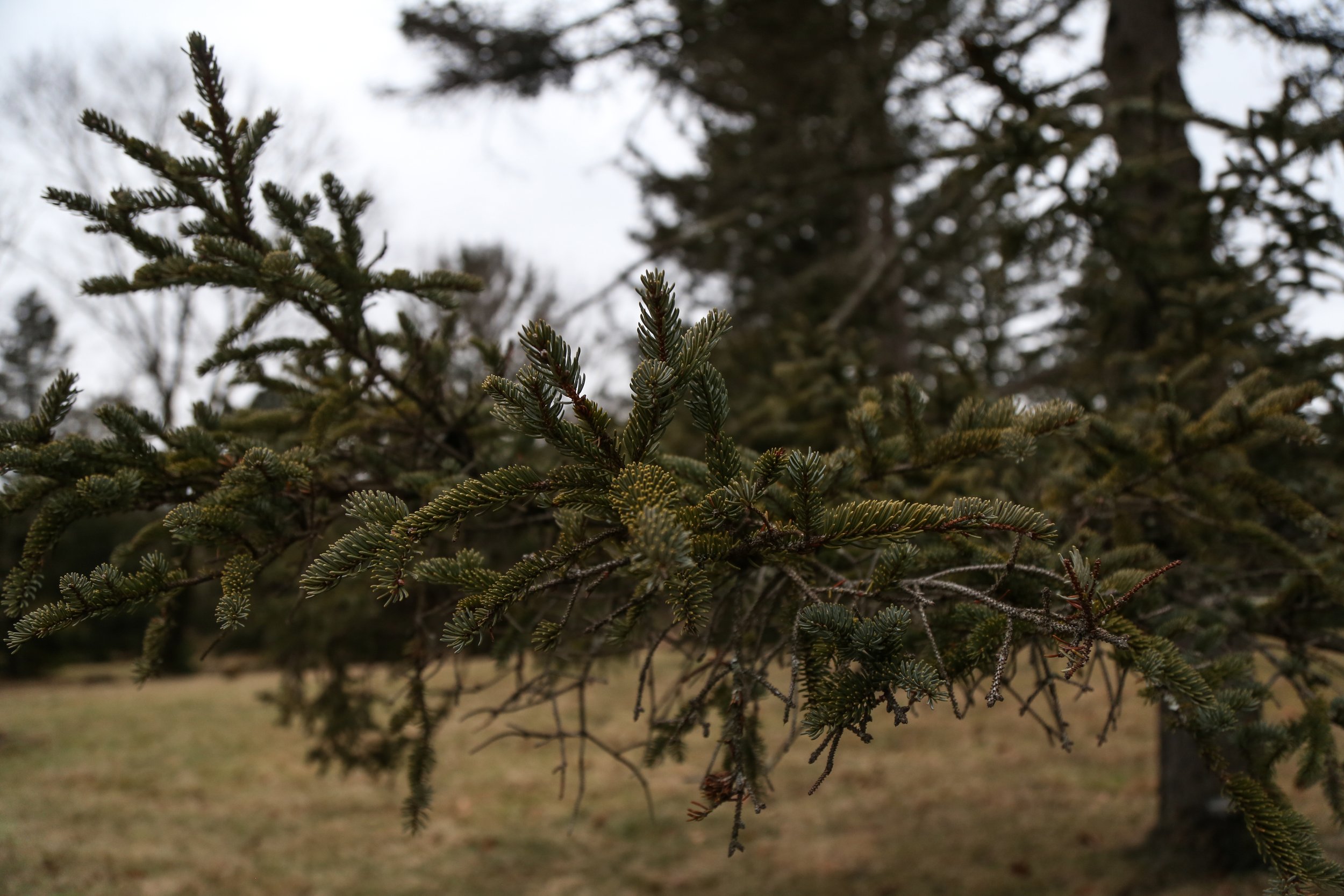
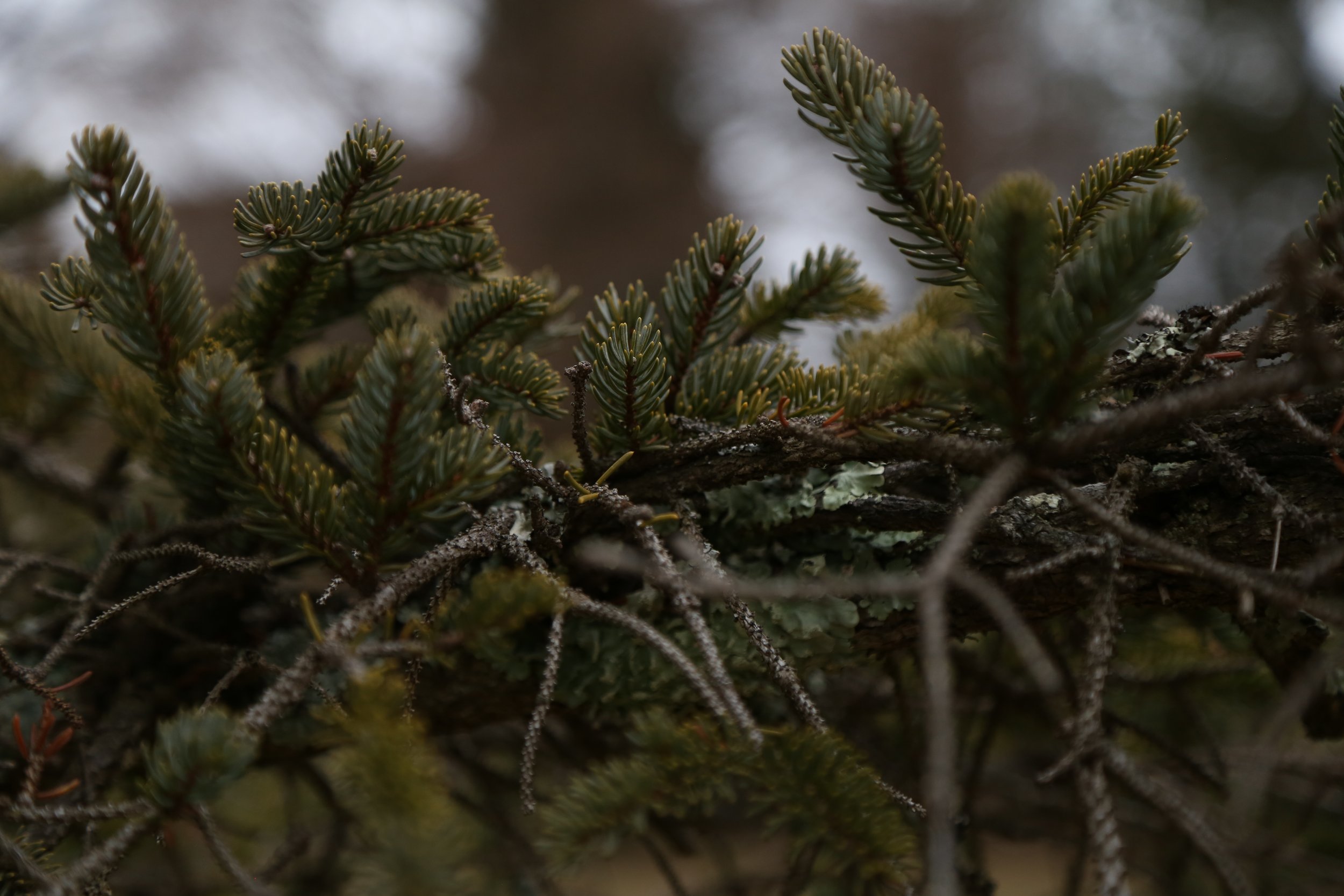


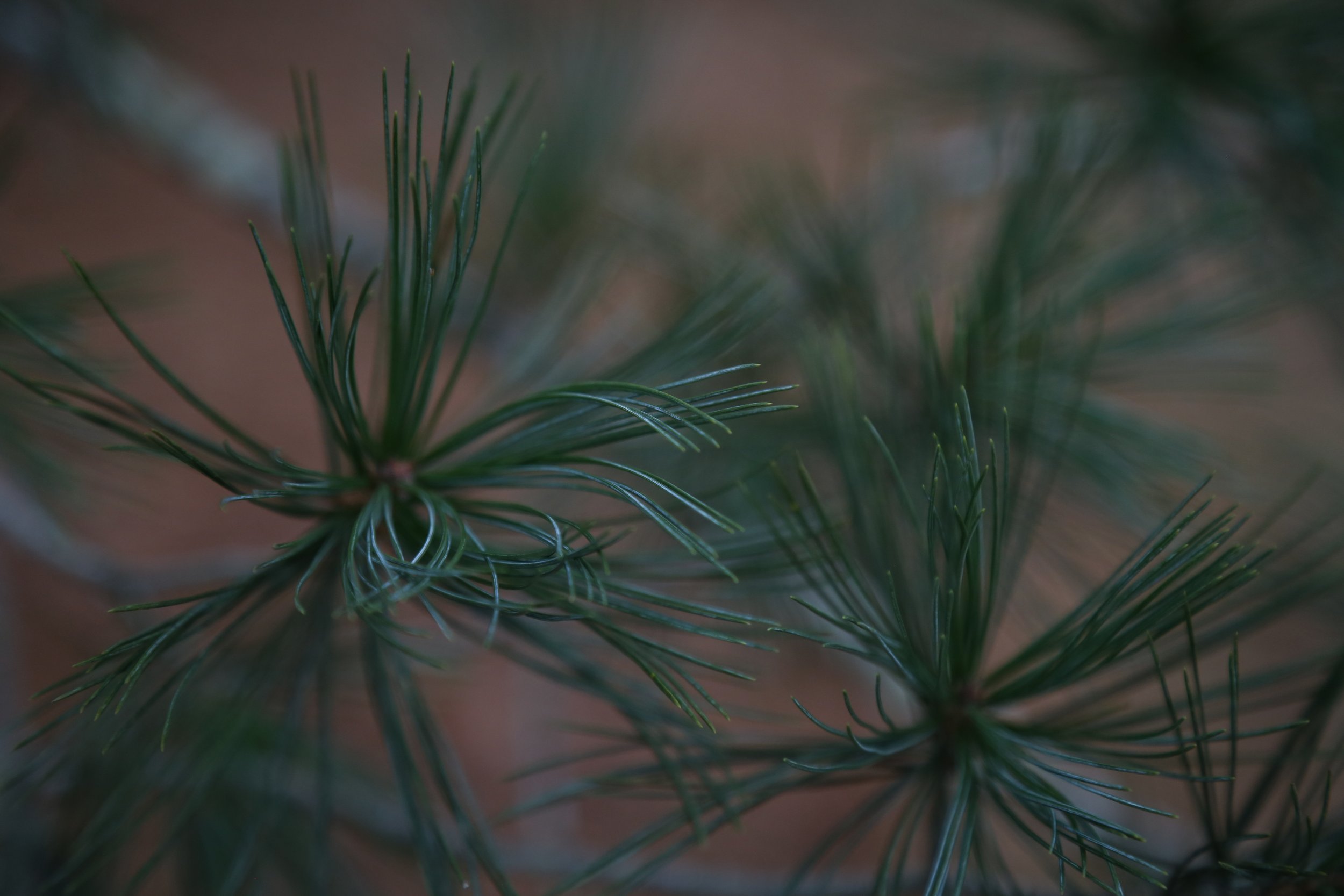
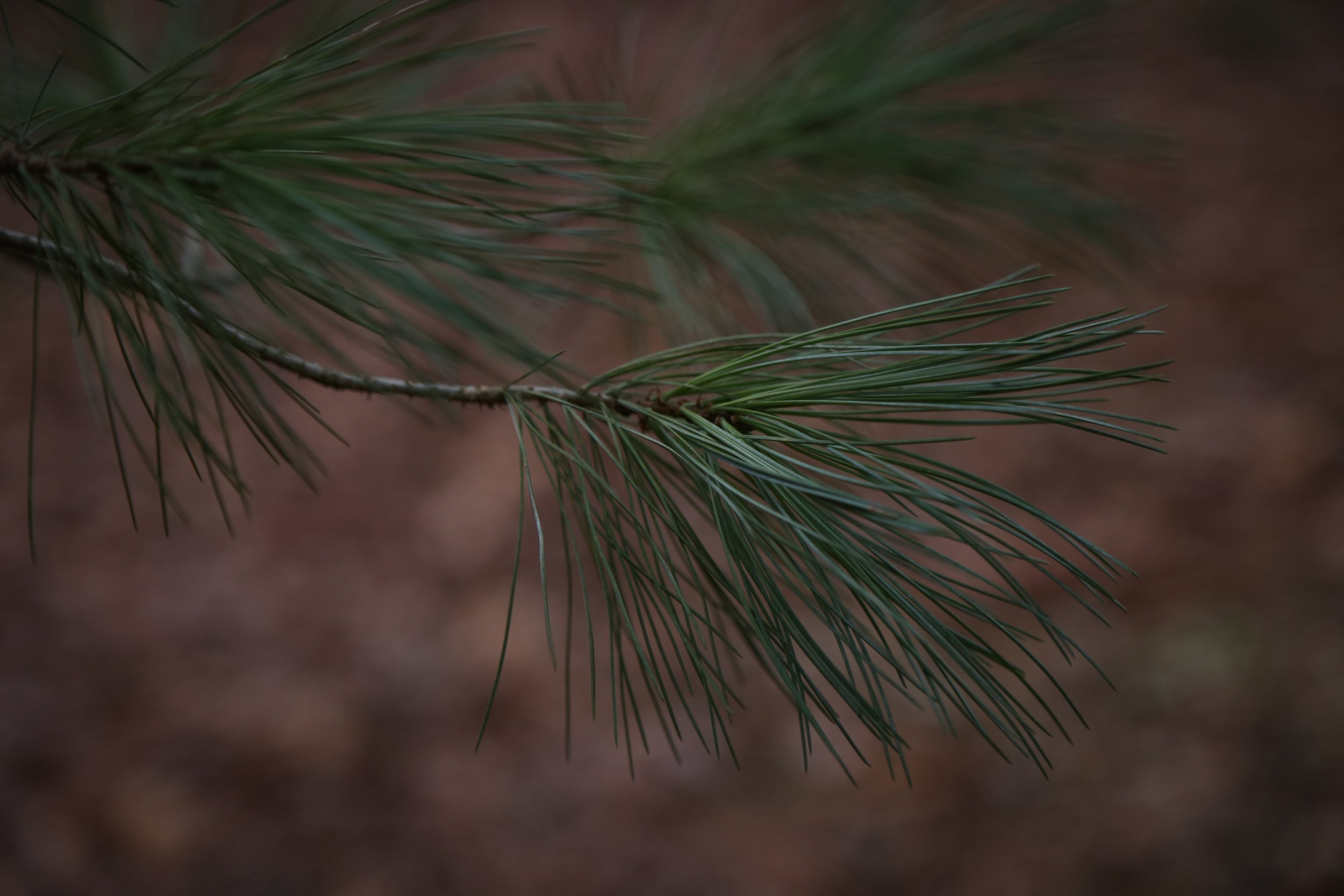

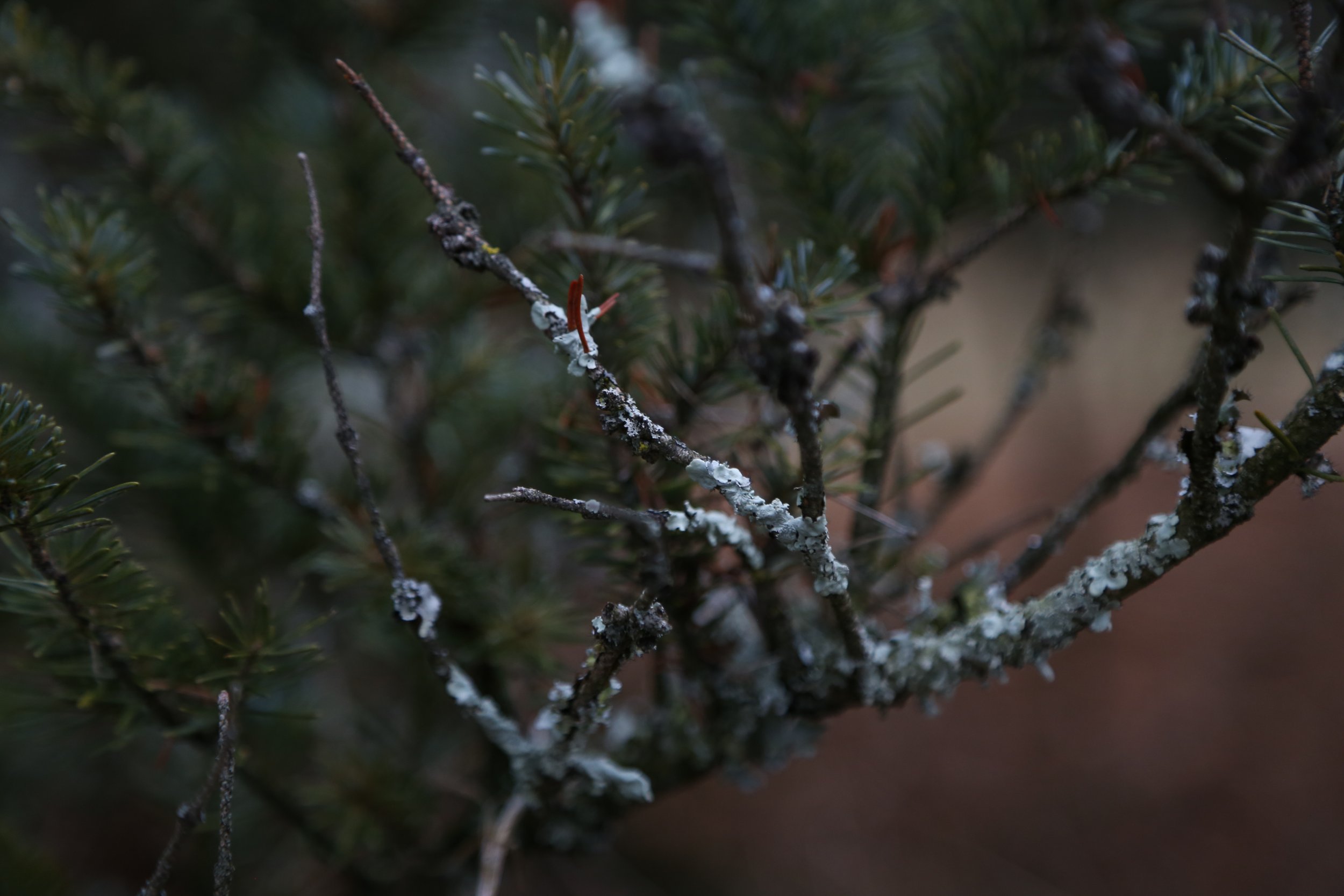
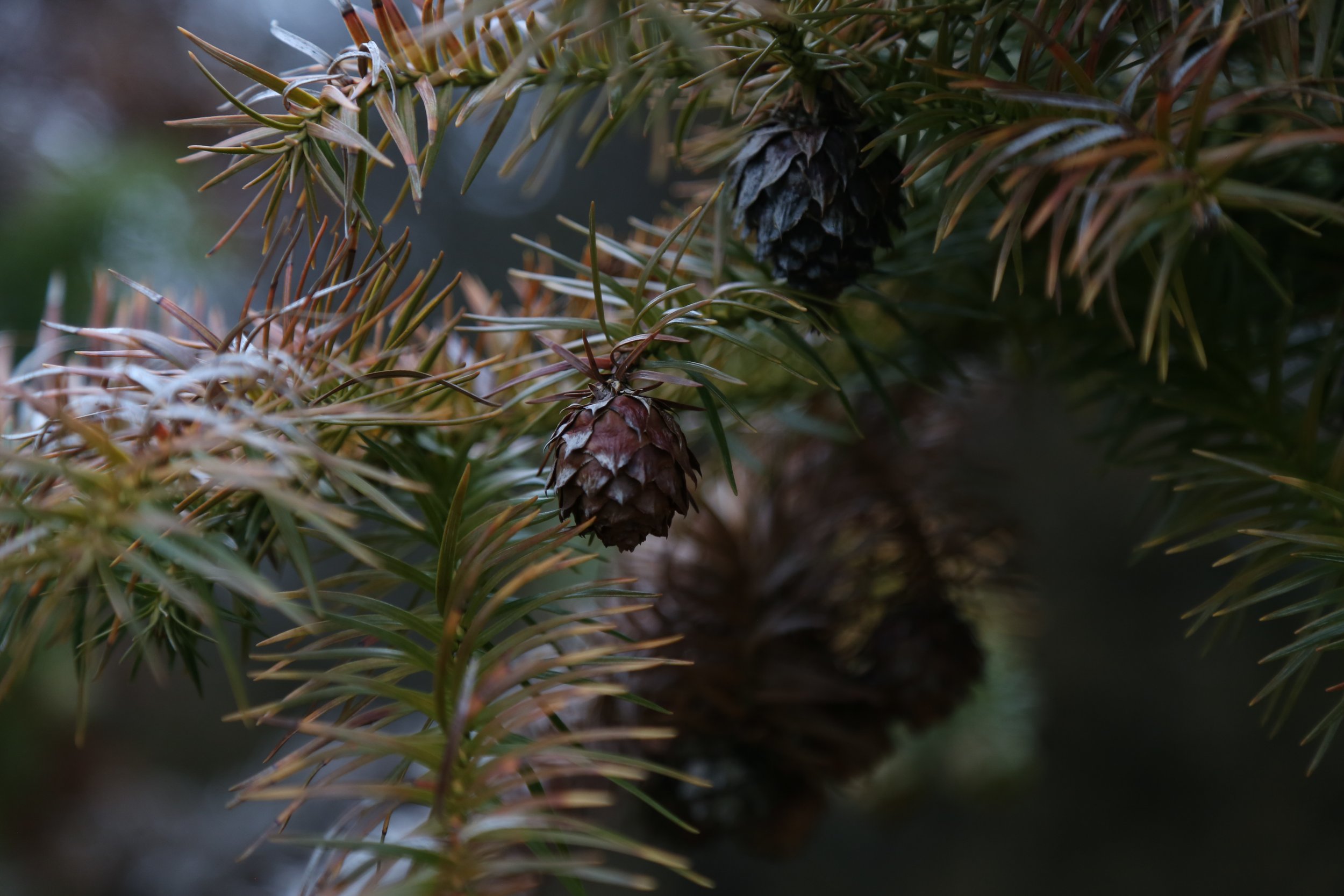
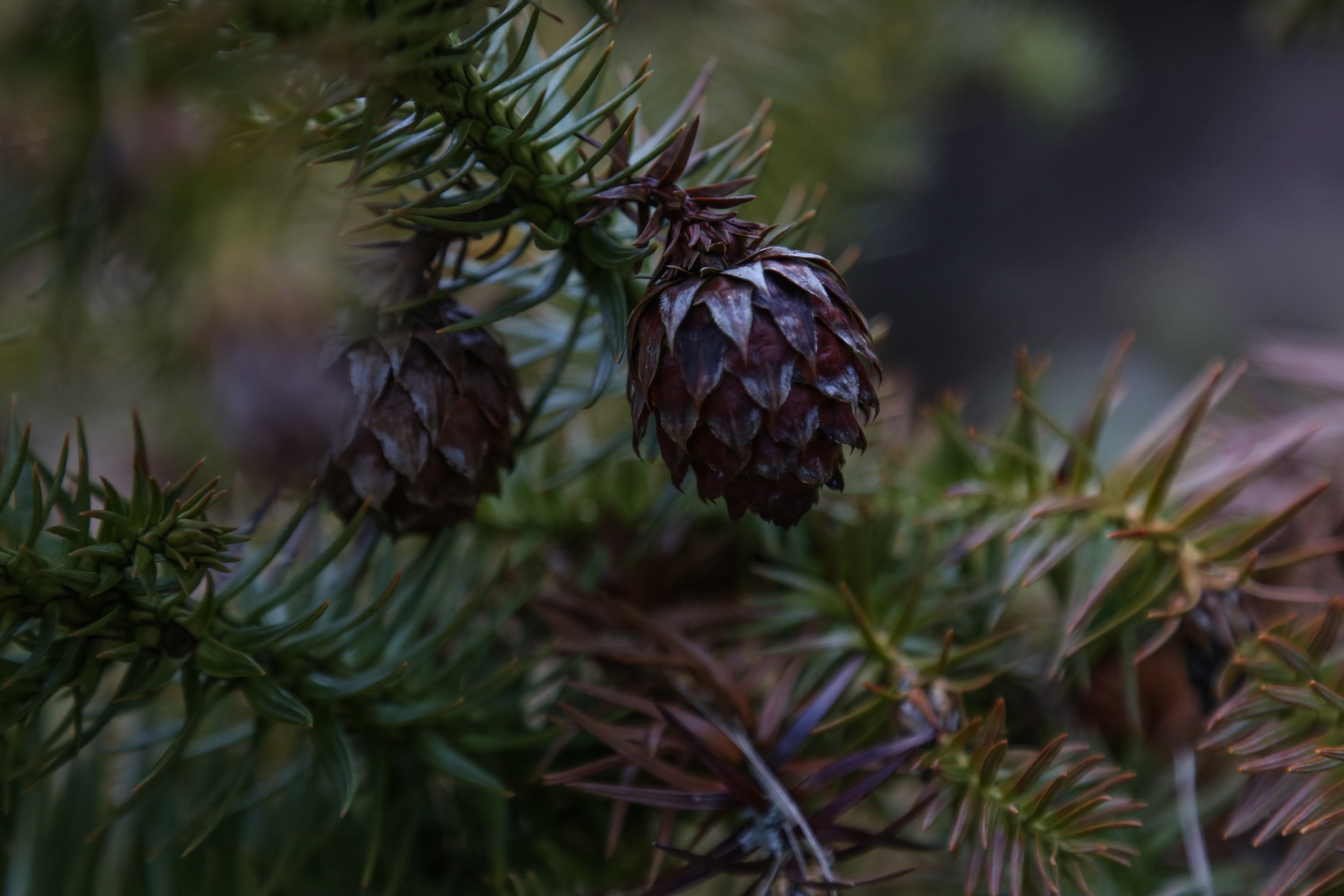
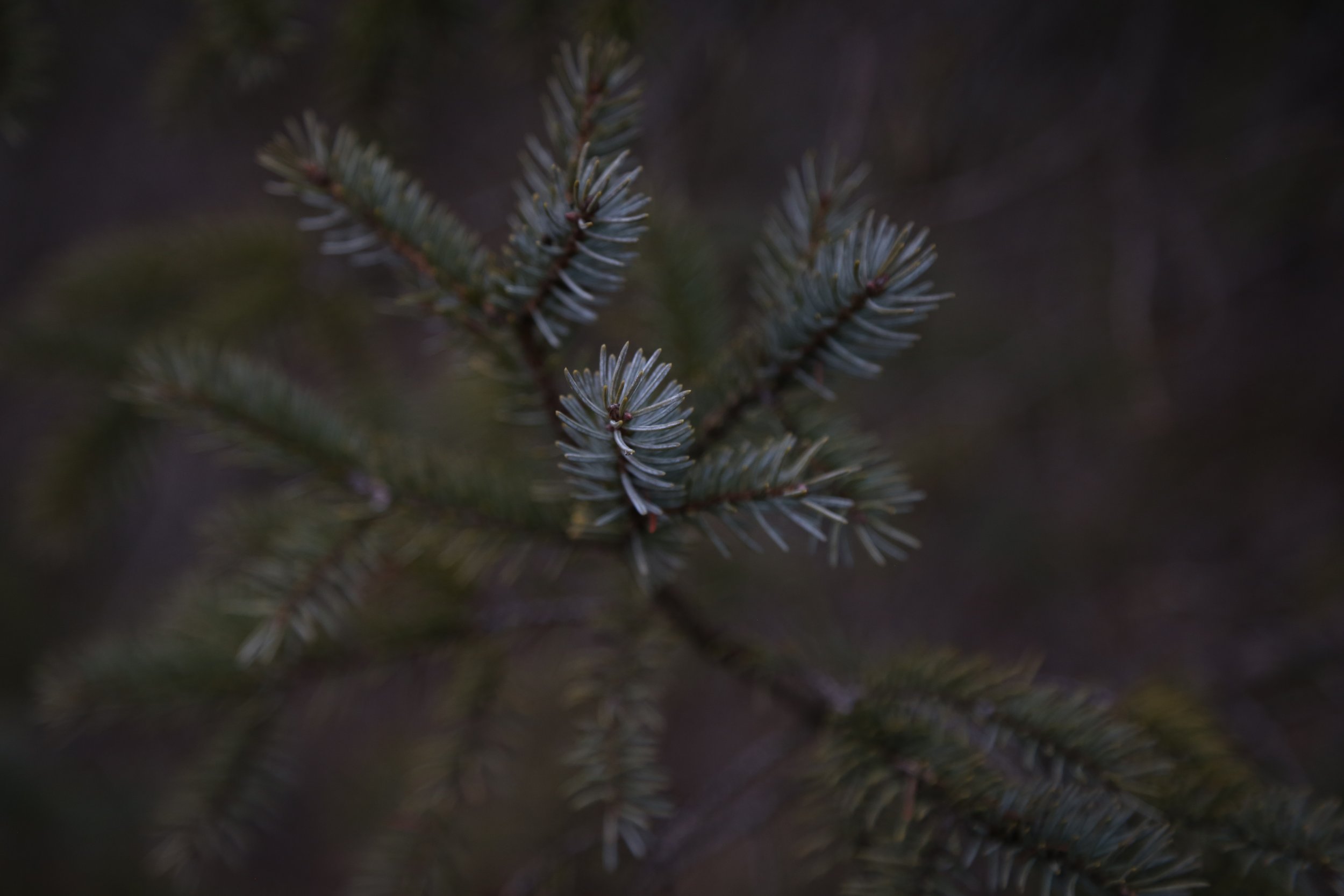

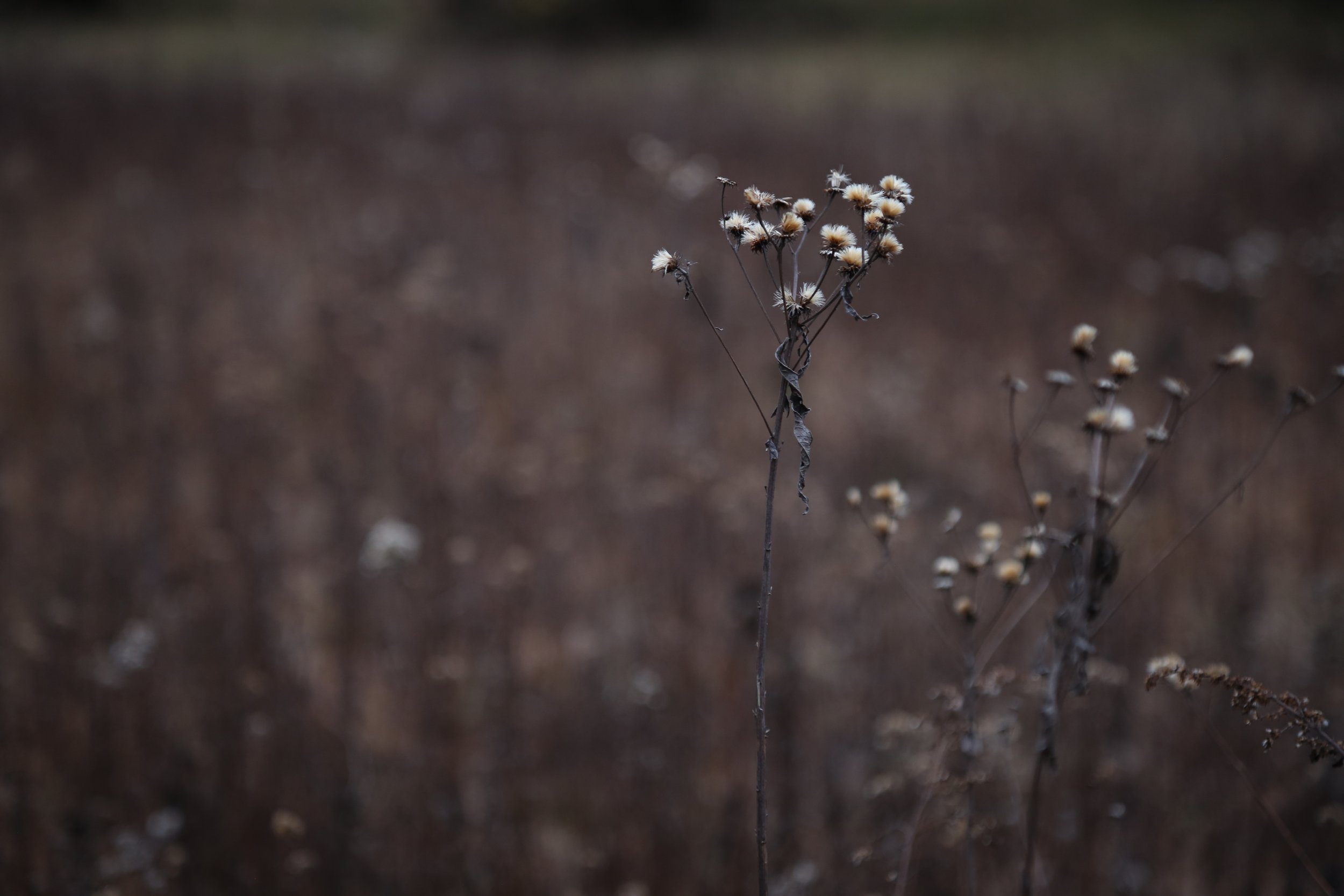
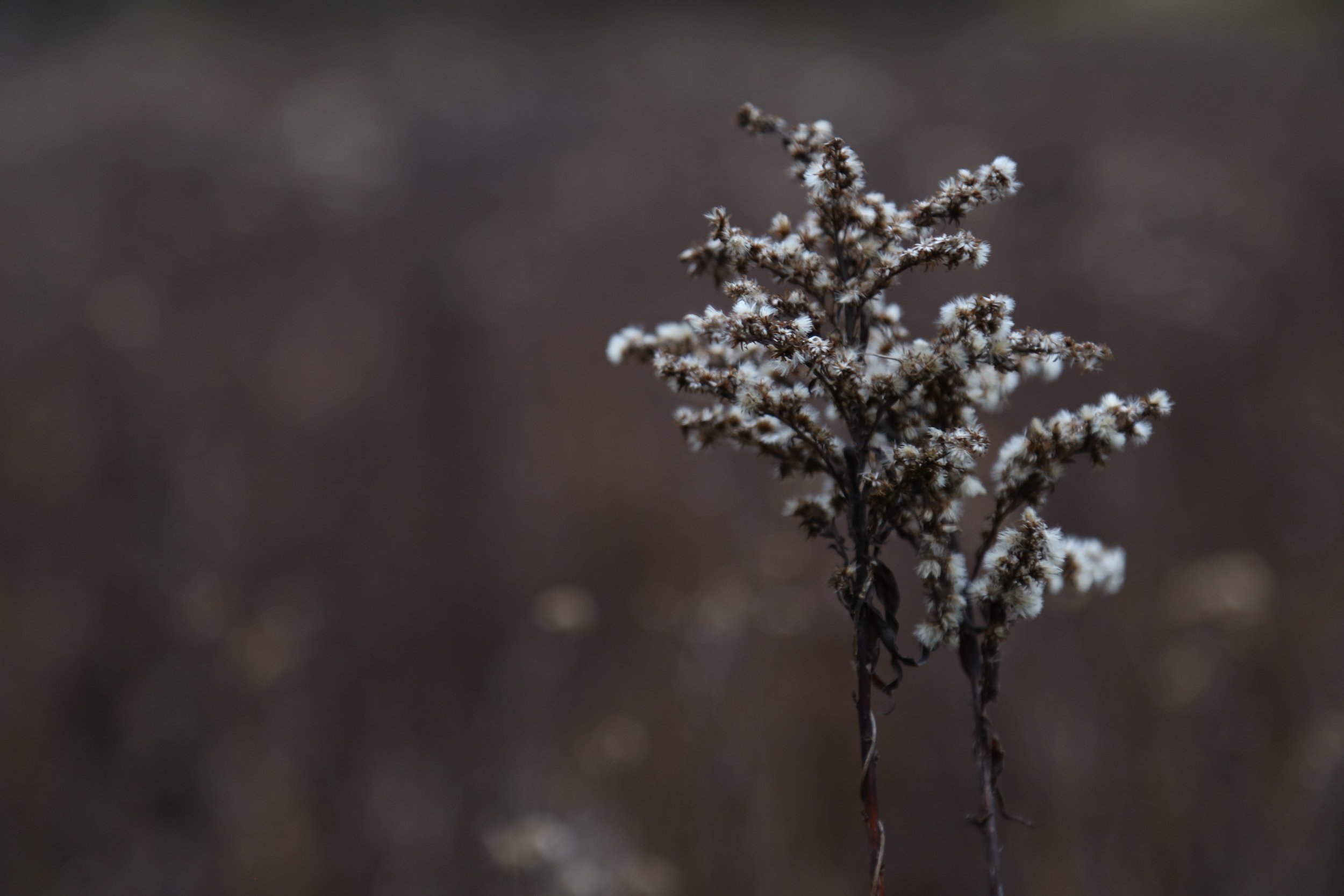
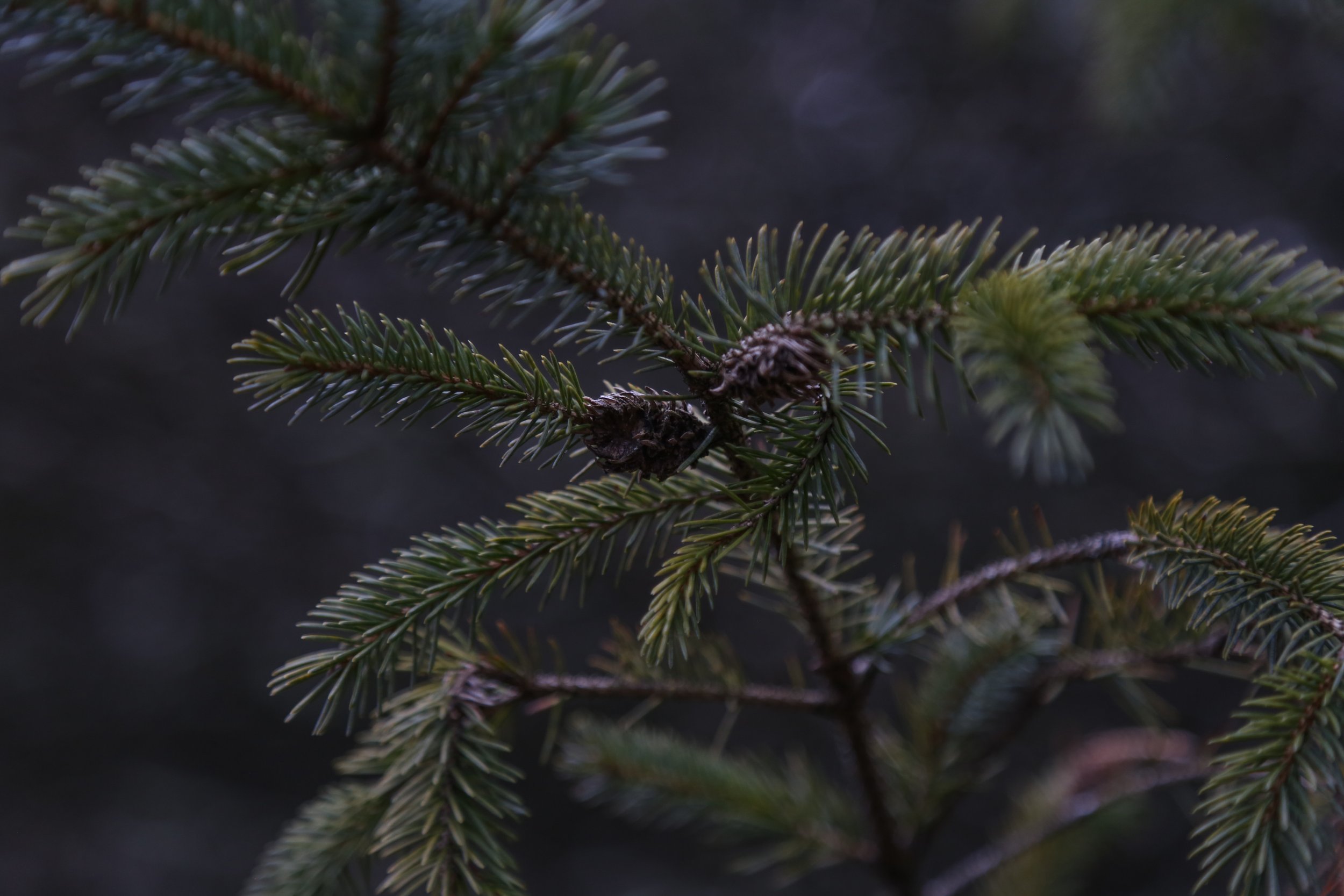

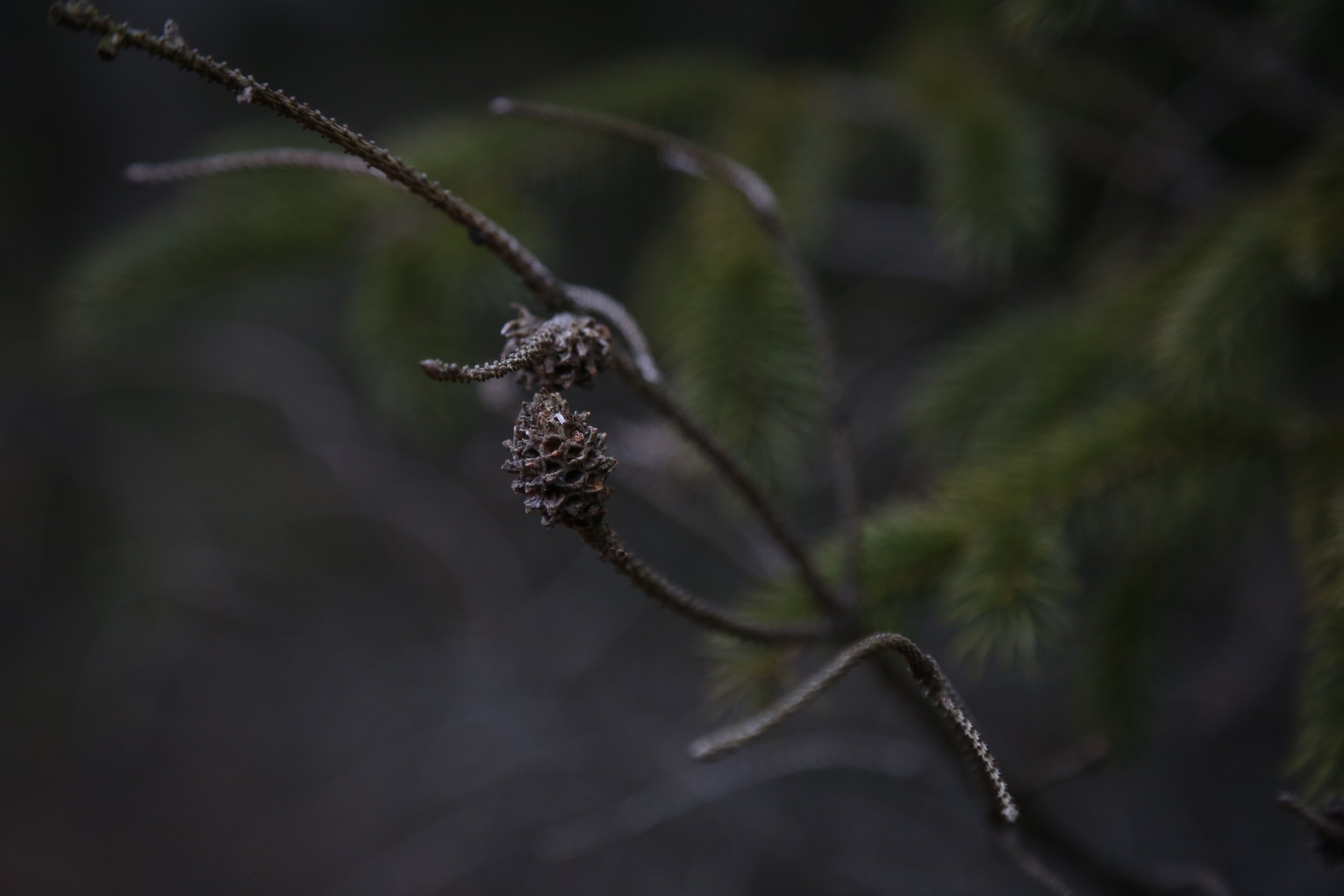
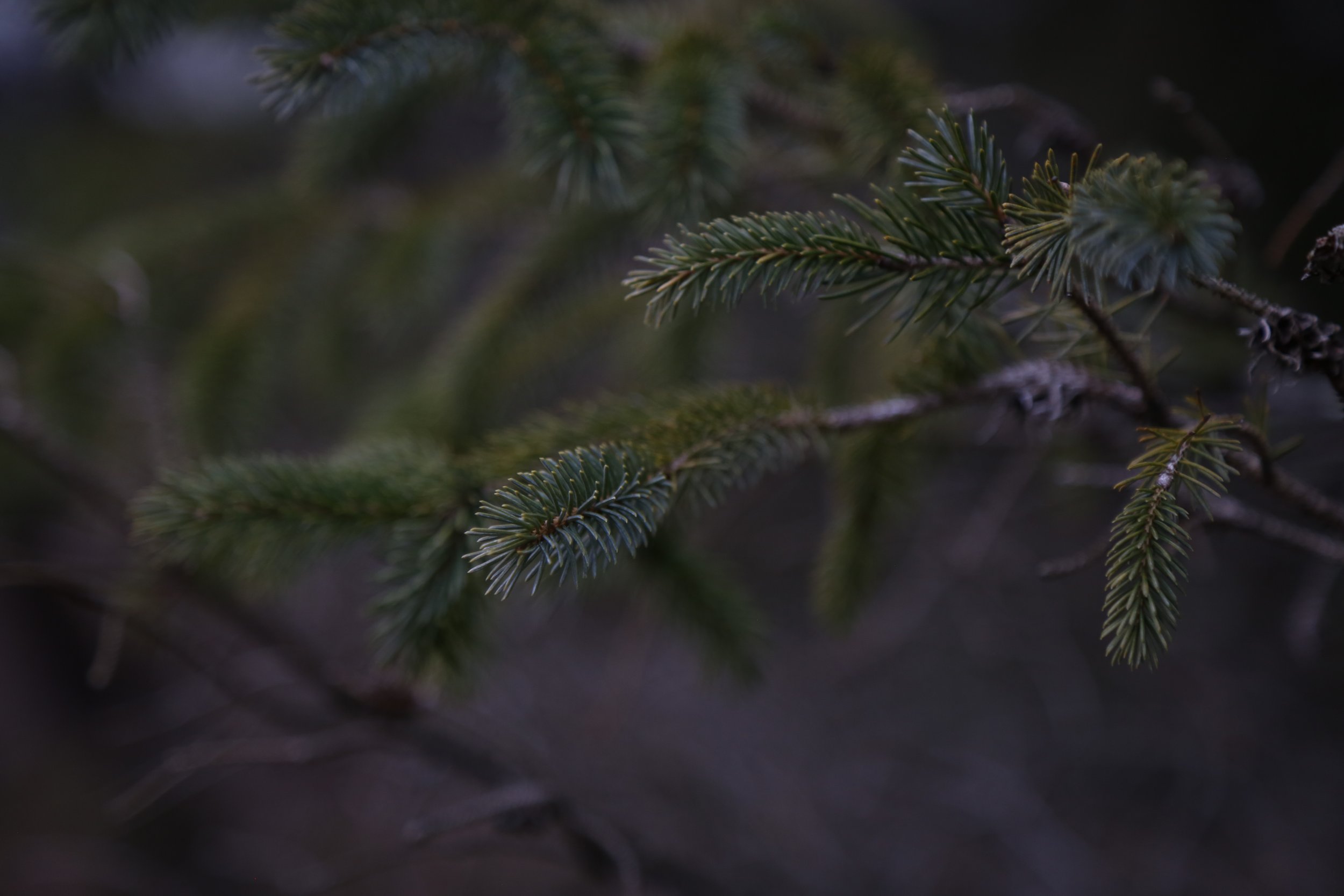


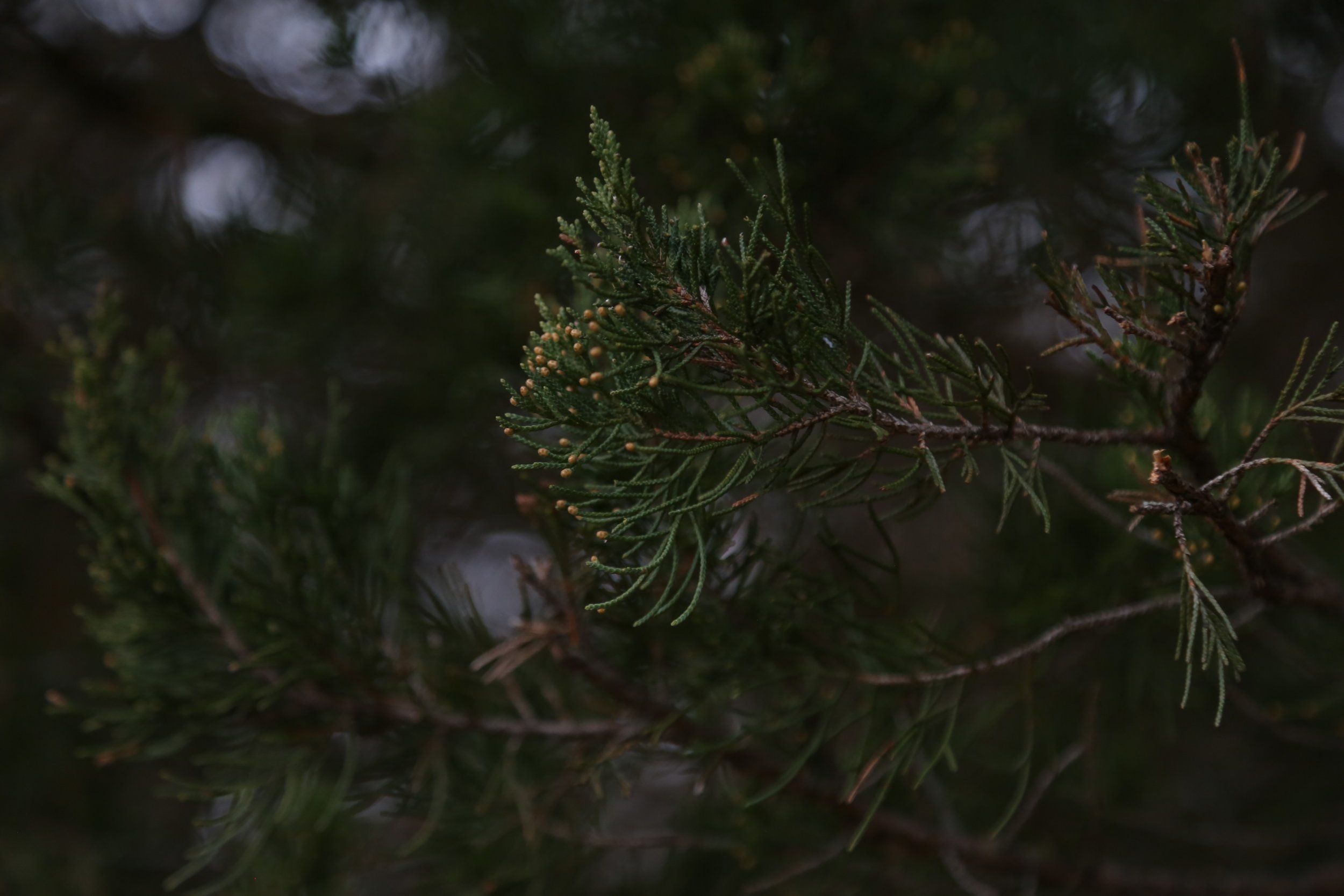
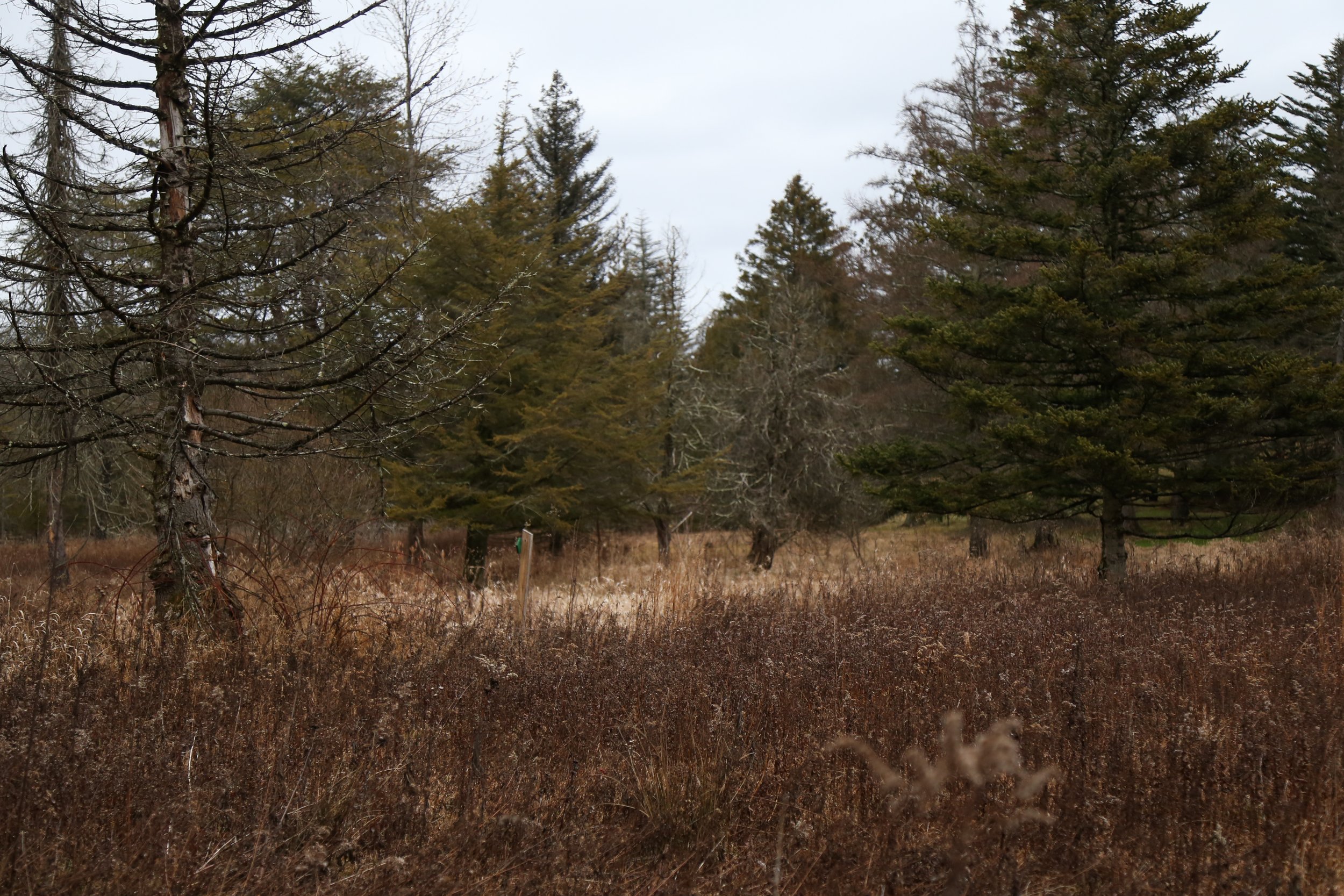
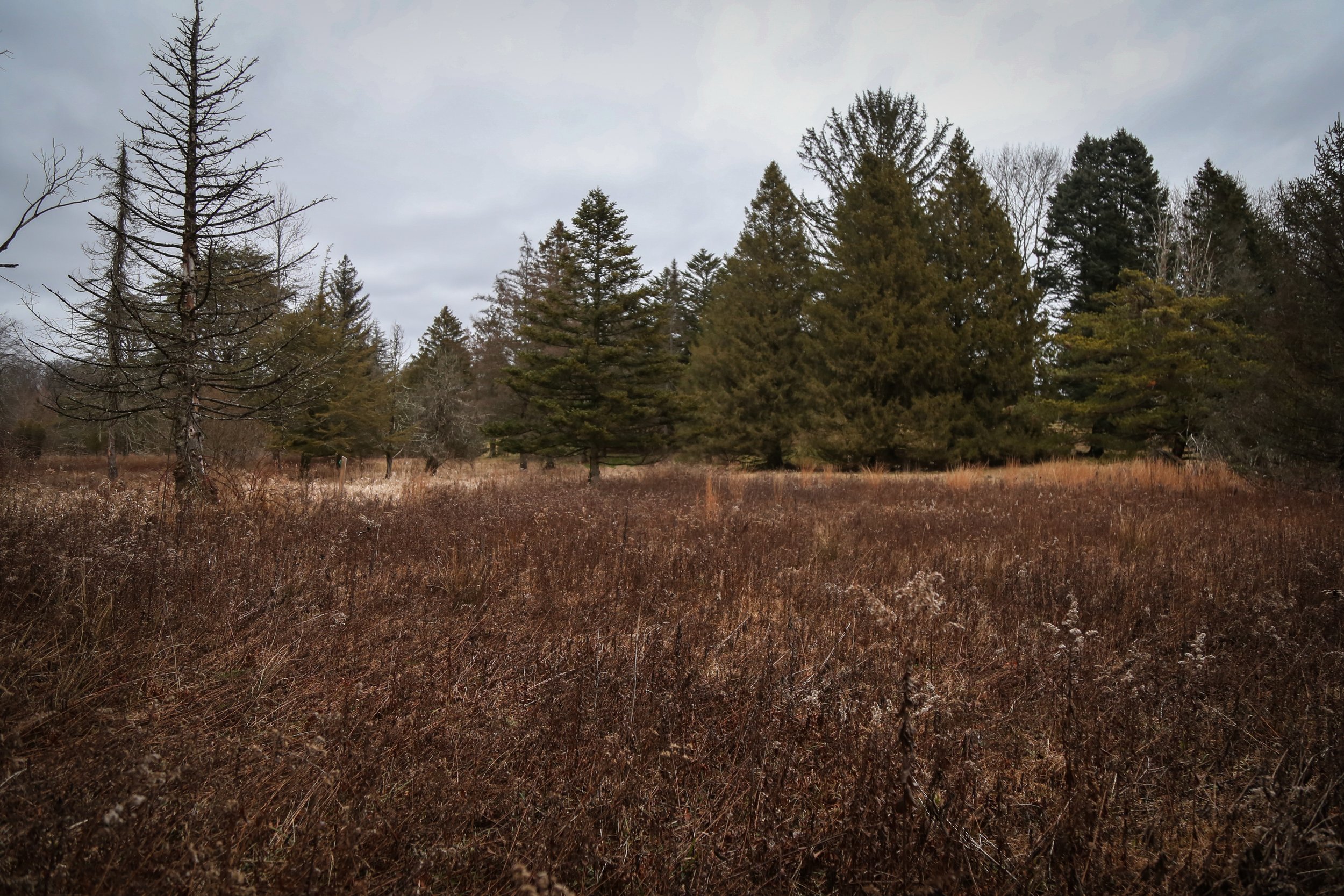
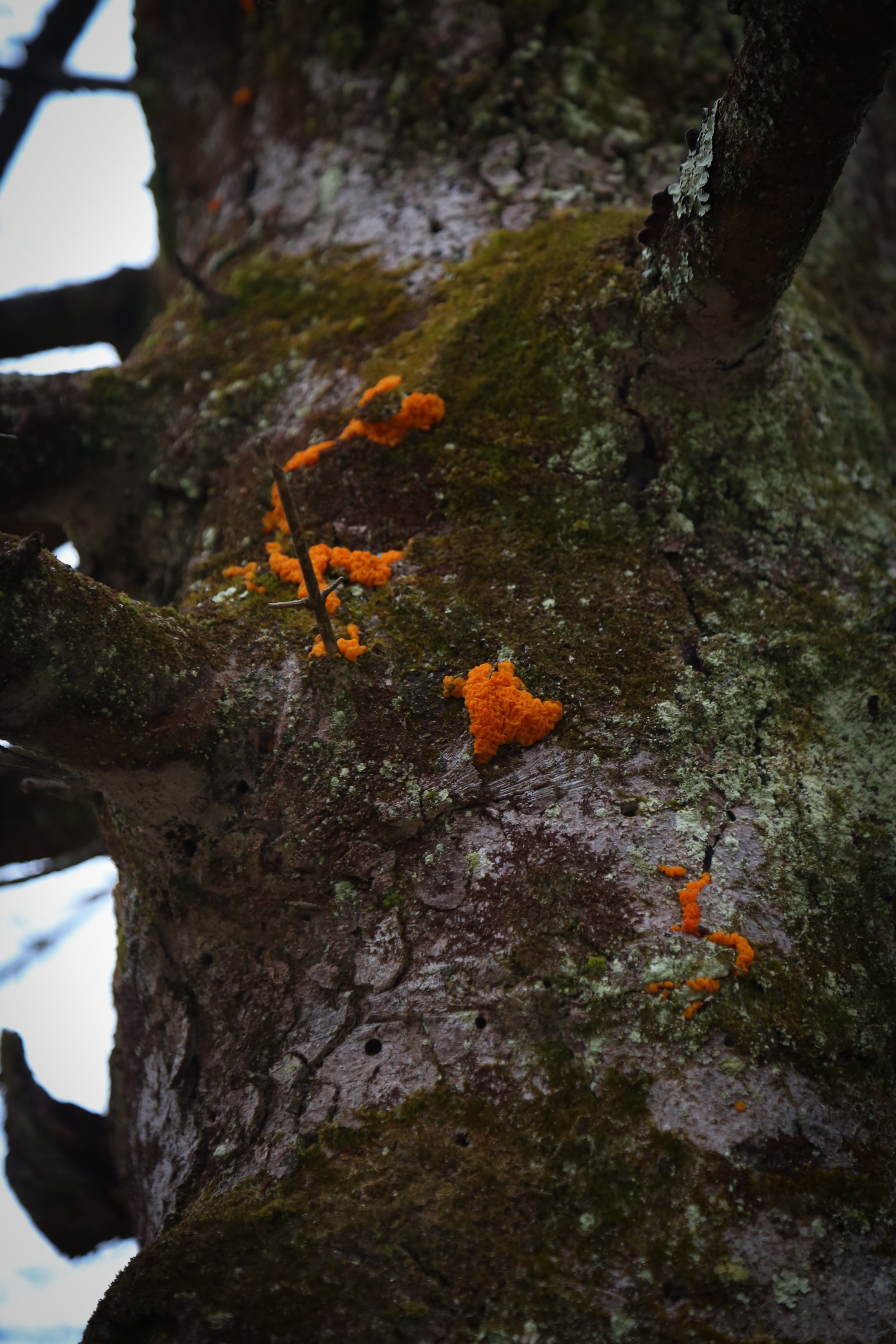
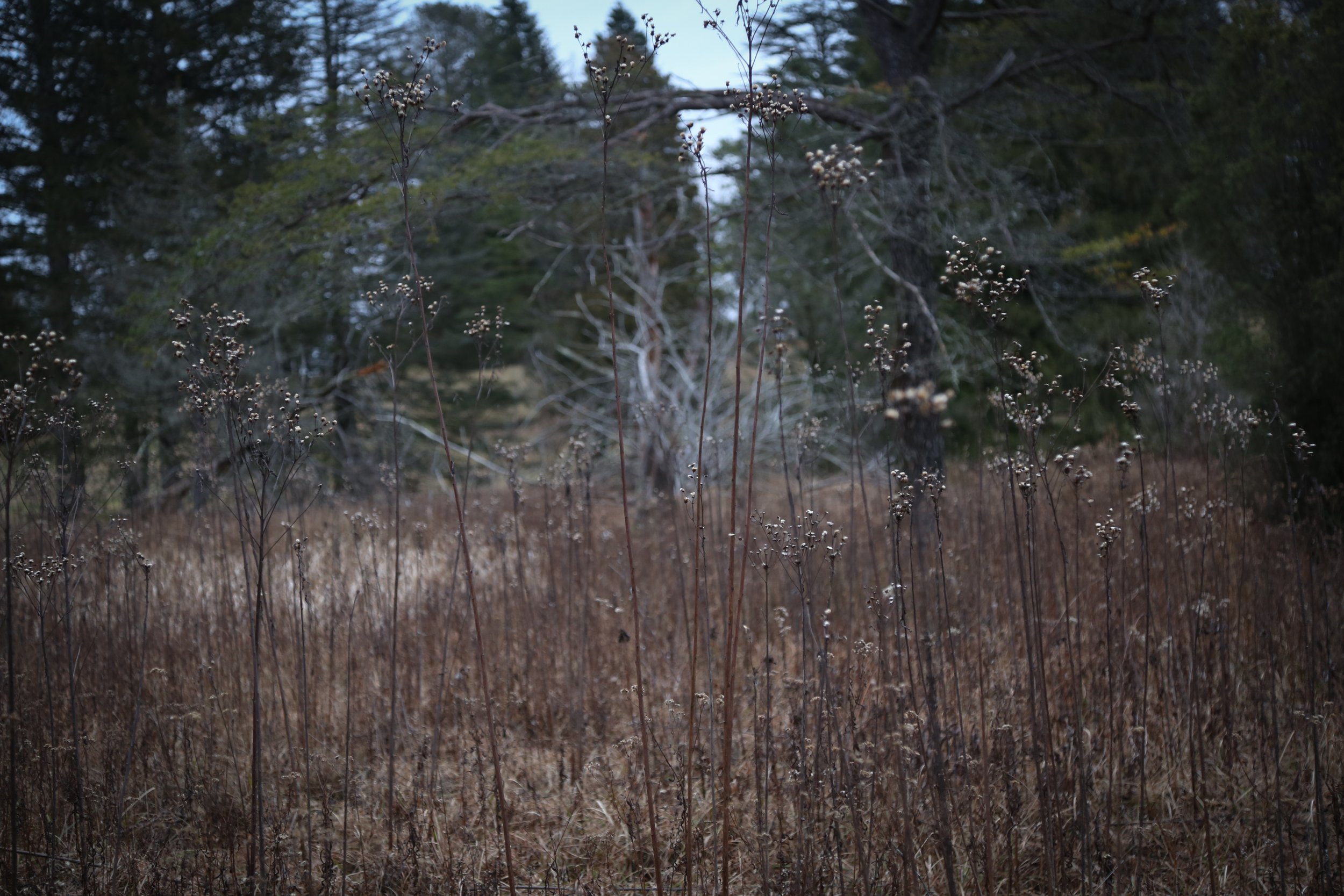
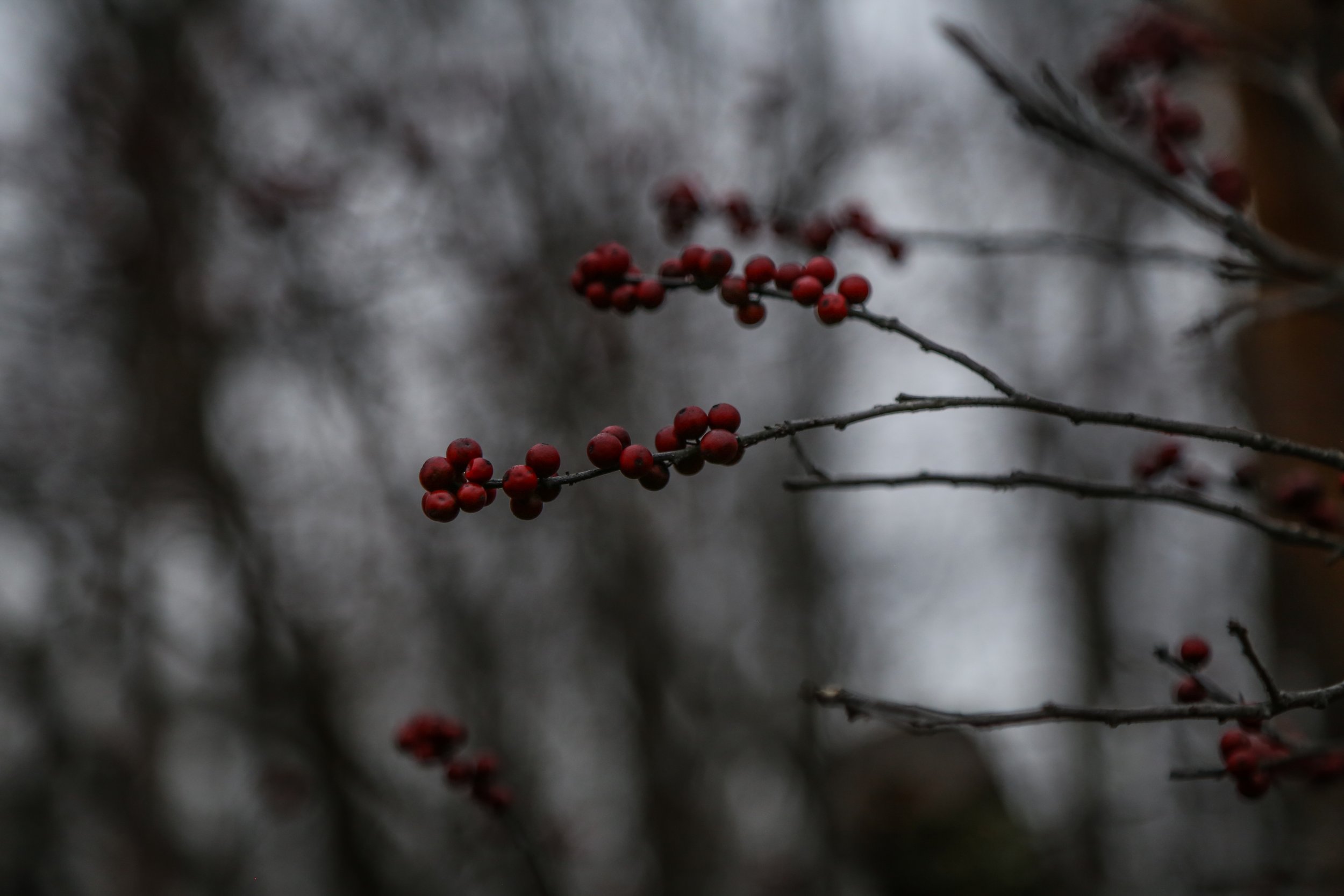
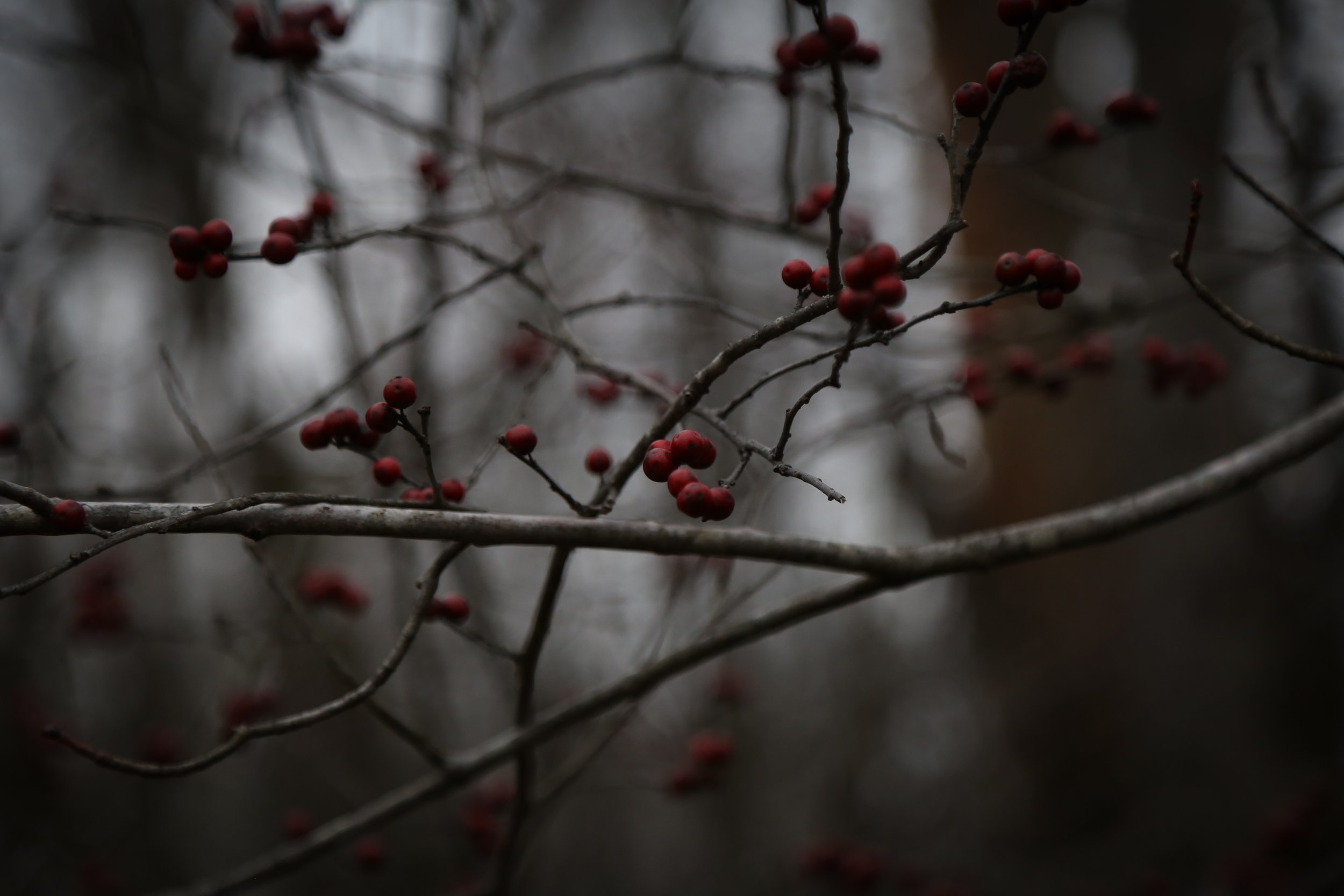
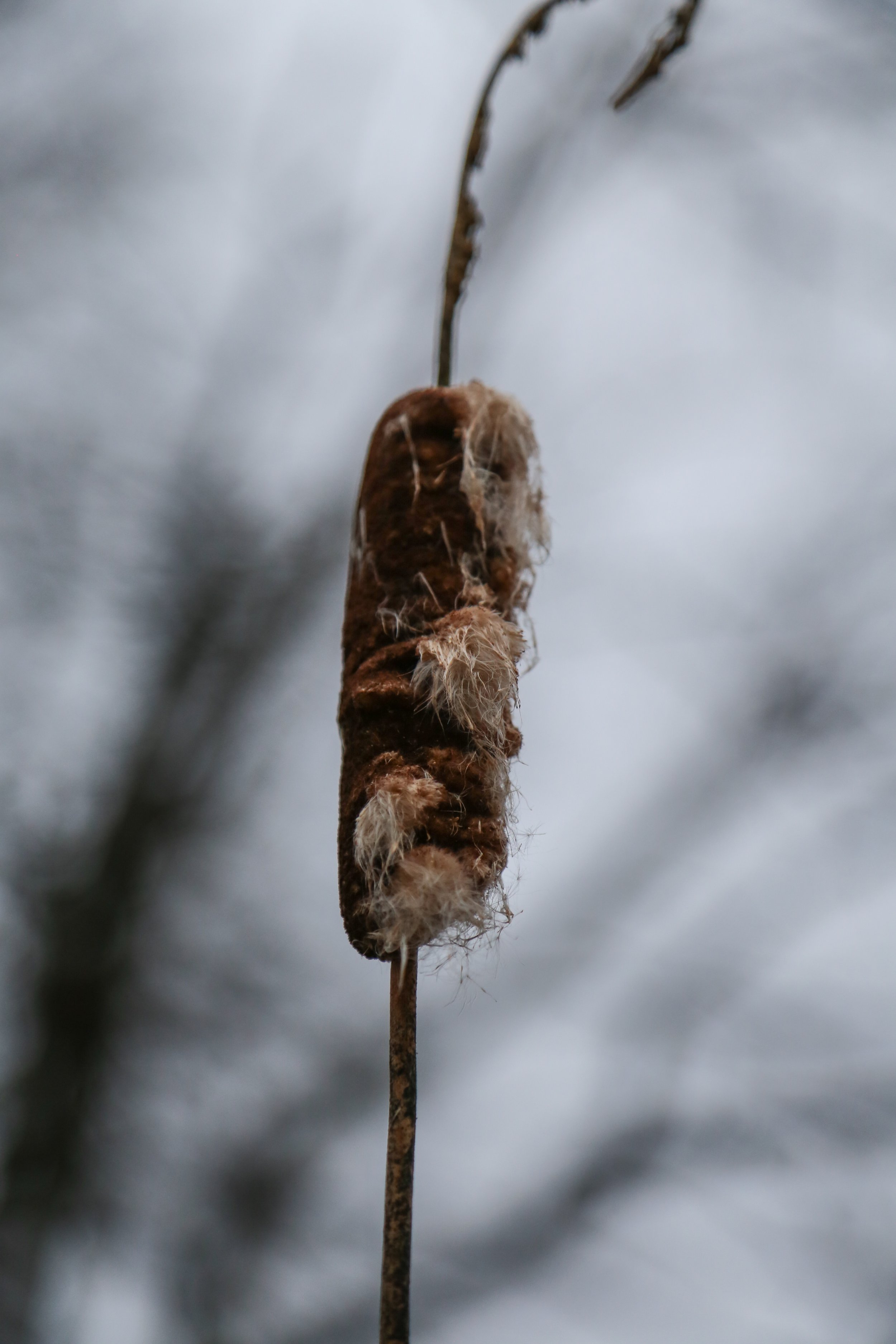
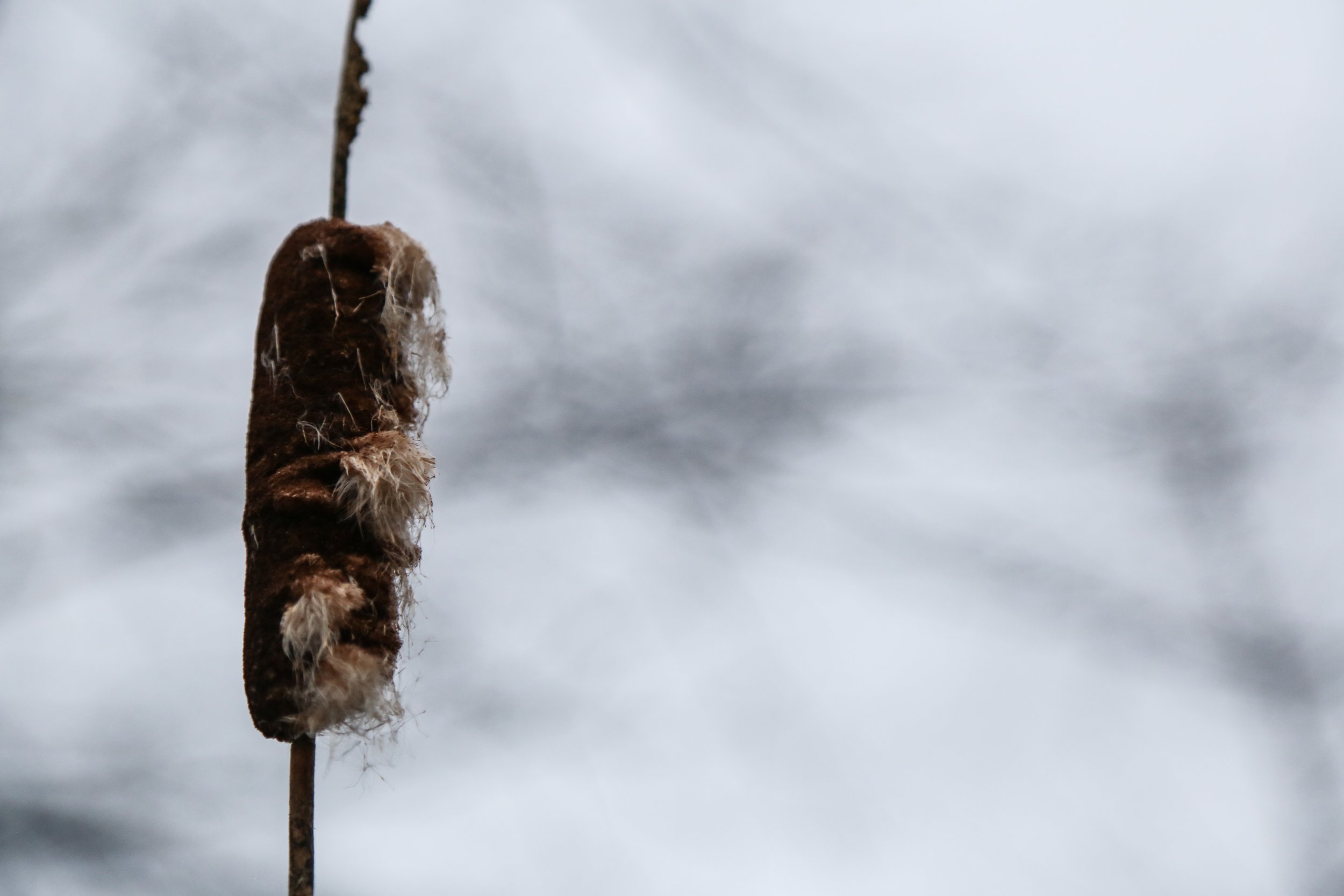
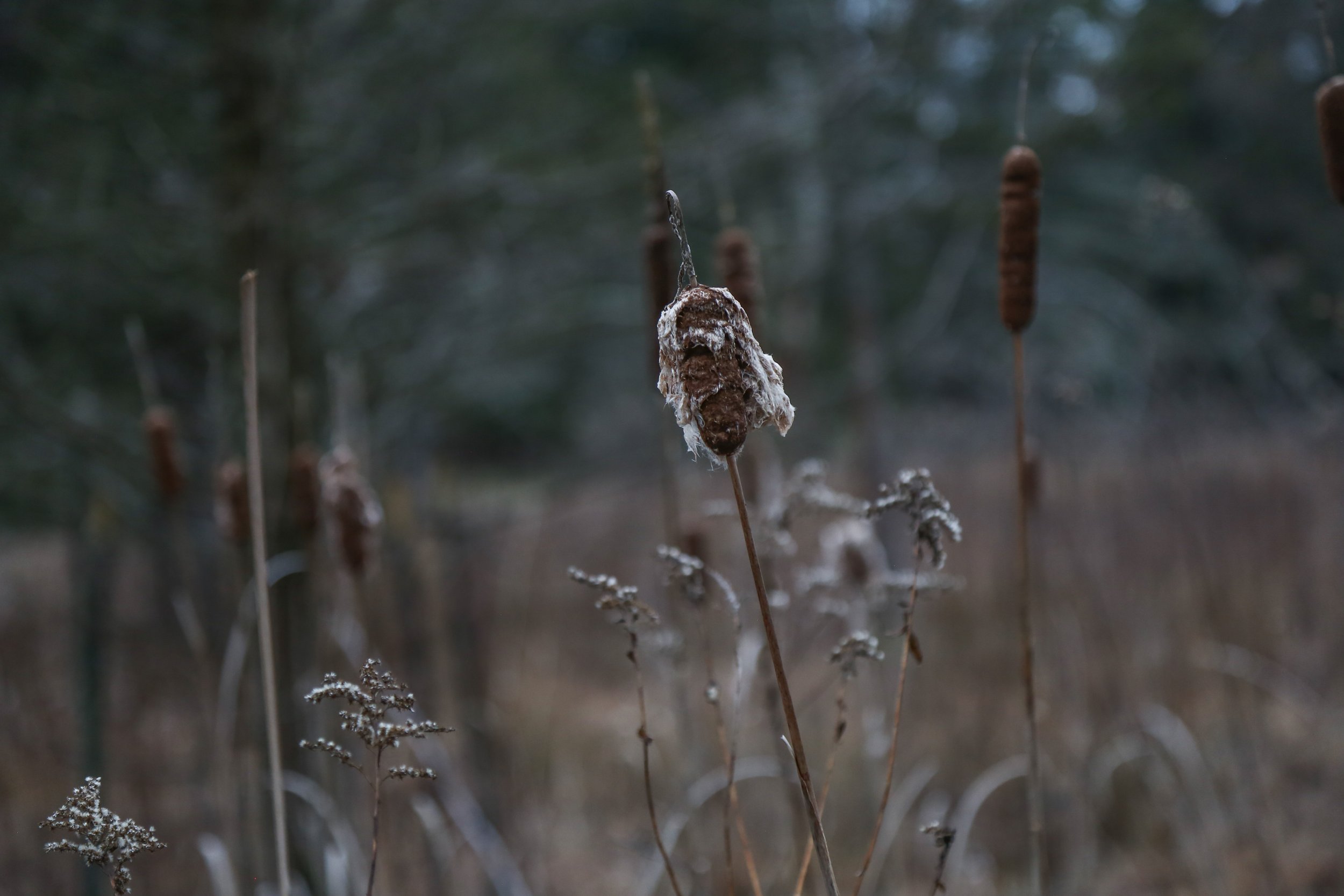

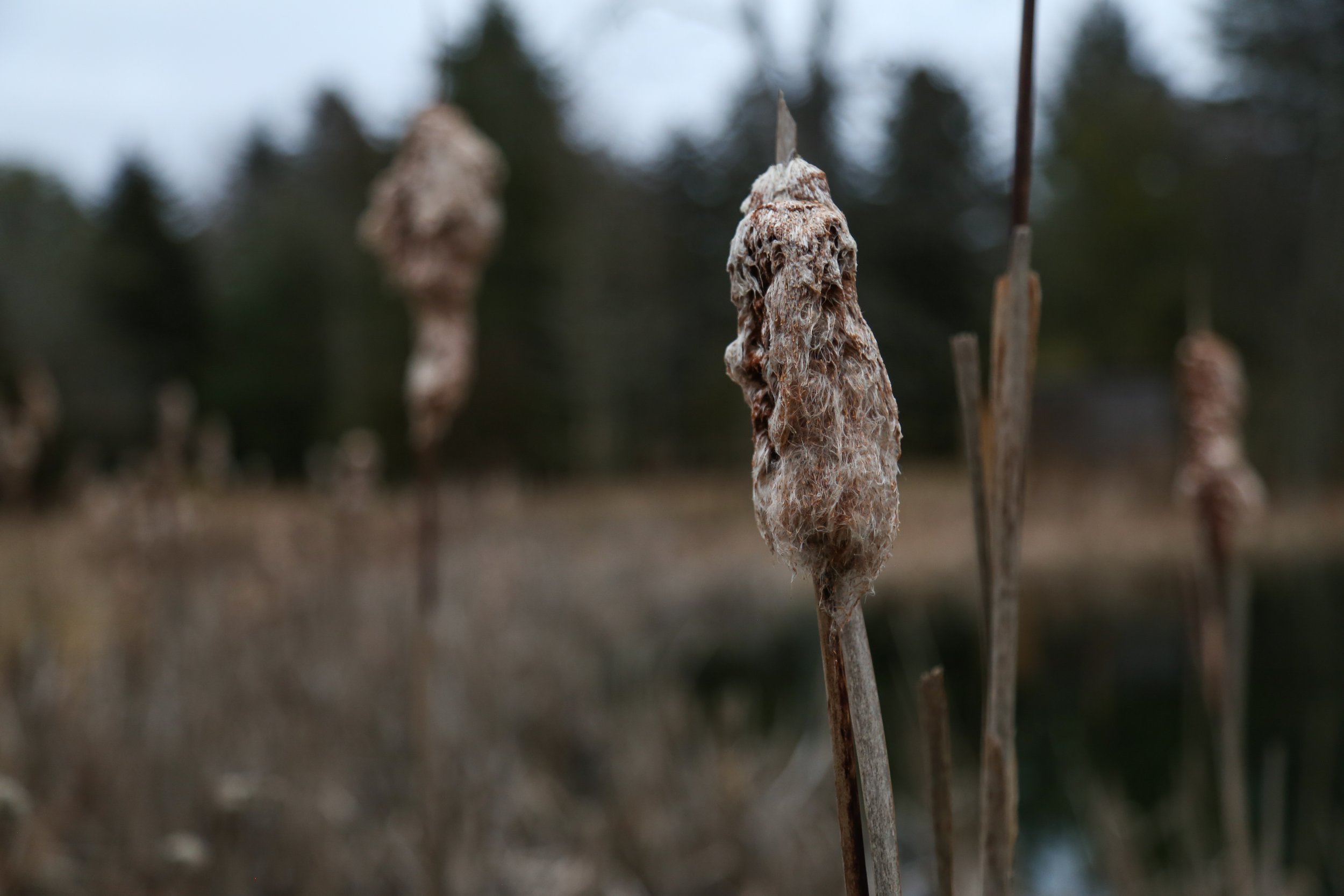
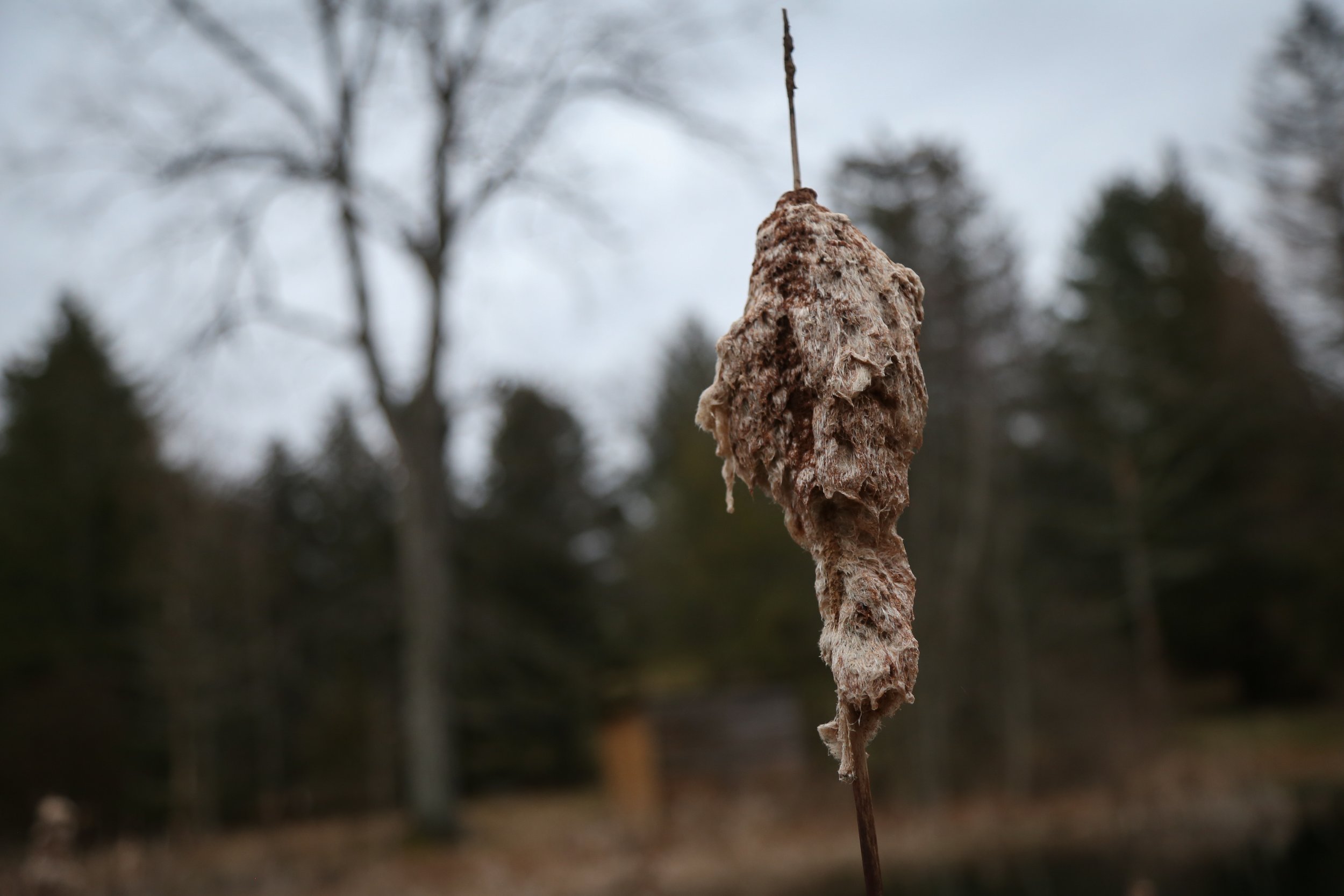
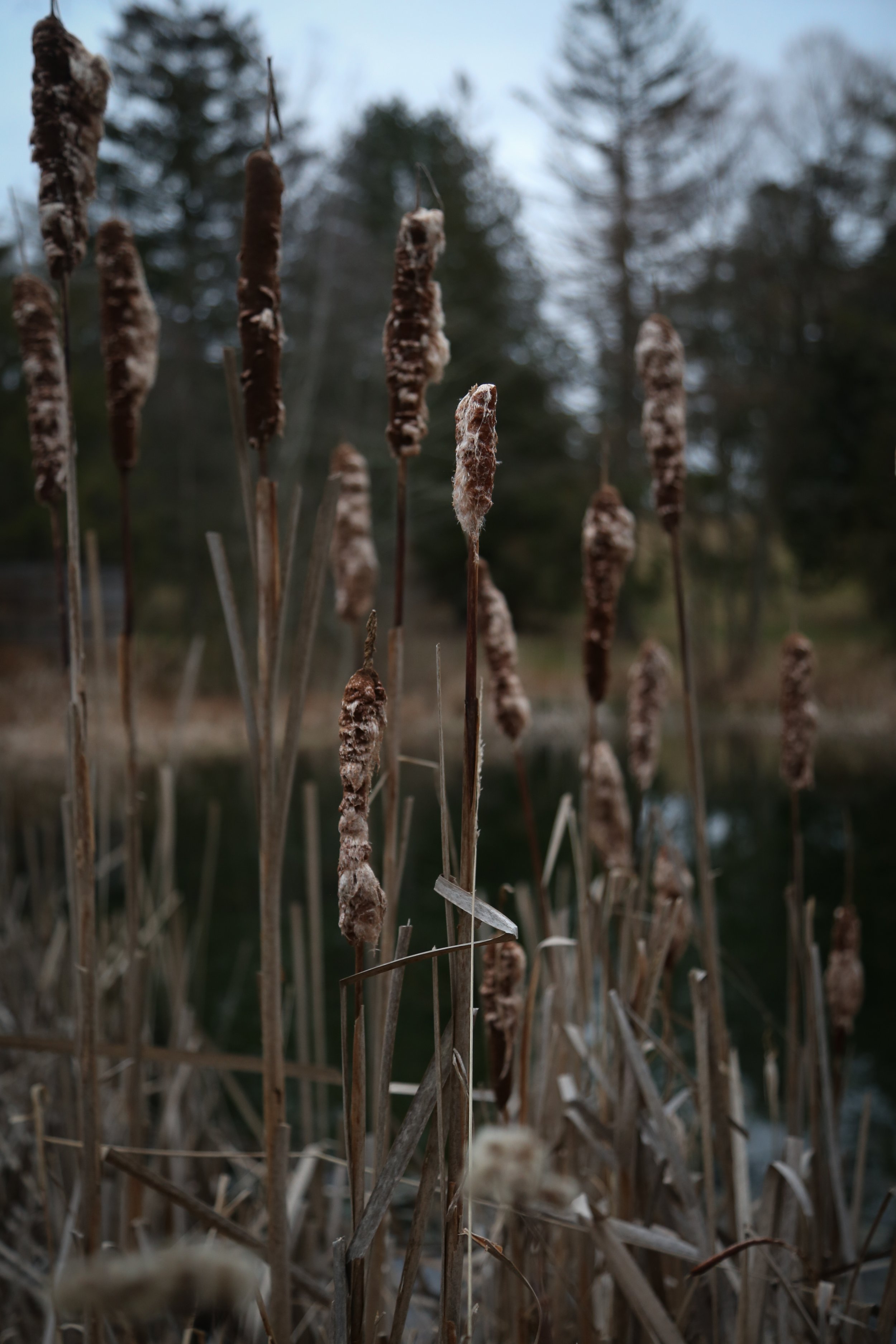
Late afternoon observations at the Janet Johnston Housenick and William D. Housenick Memorial Park. The time was approximately 5 pm, 27 degrees with overcast skies. The park was quiet. I only saw one other person out in the snow walking their dog. The air was cold and damp; the kind that chills you to the bone. It’s been a while since I’ve seen the sun. The east coast seems to be very stingy with its sunshine this time of year. A layer of snow blanketed the ground making it seem even colder. Brown tones of bark and decaying leaves stand out against the icy blue of early evening. Everything is quiet and still except for the sound of the distant traffic.
The intricate texture of bark on a fallen tree.
Eastern White Pine
I’m not positive, but I think this hairy vine may be poison ivy. The bark is white pine.
Nesting house for birds along the creek.
The creek was not frozen and still flowing.
Pine cone in the snow.
Fallen leaf.
Tree still holding on to its leaves.
Curling leaf.
The colors after sunset turned to icy blue making the brown leaves really stand out.
Icy blue and brown.
Maple. This tree turns a beautiful red in the fall.
